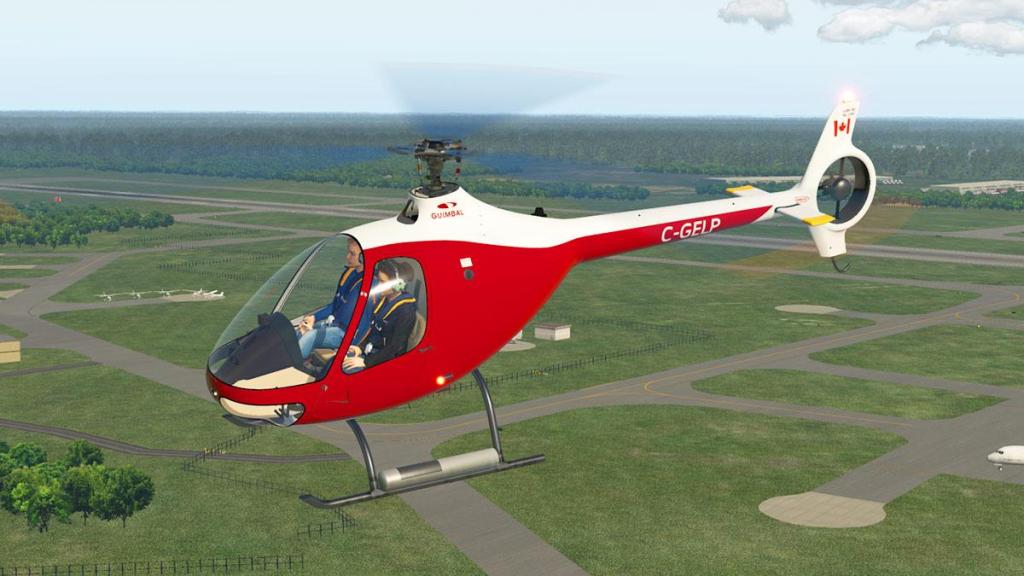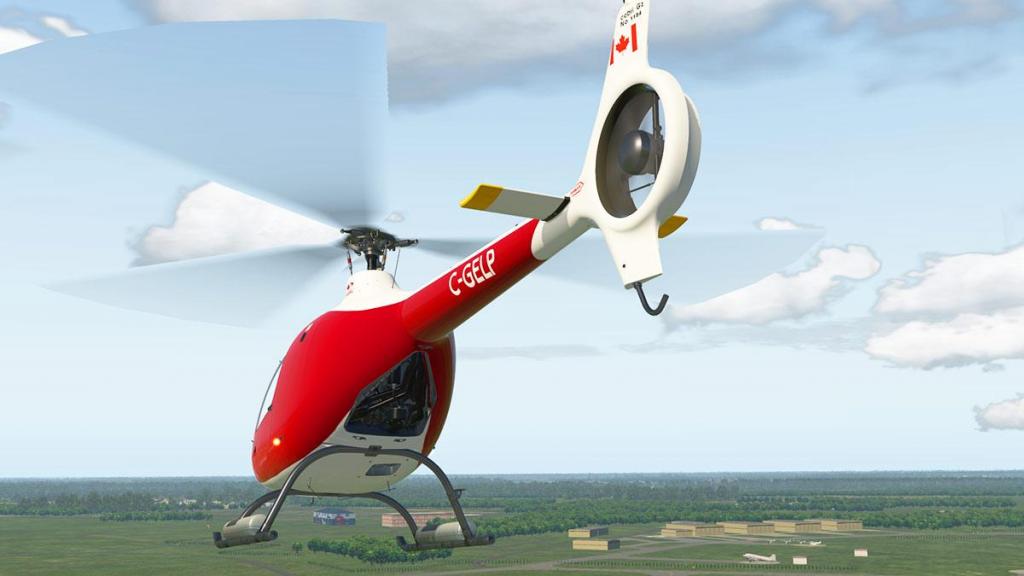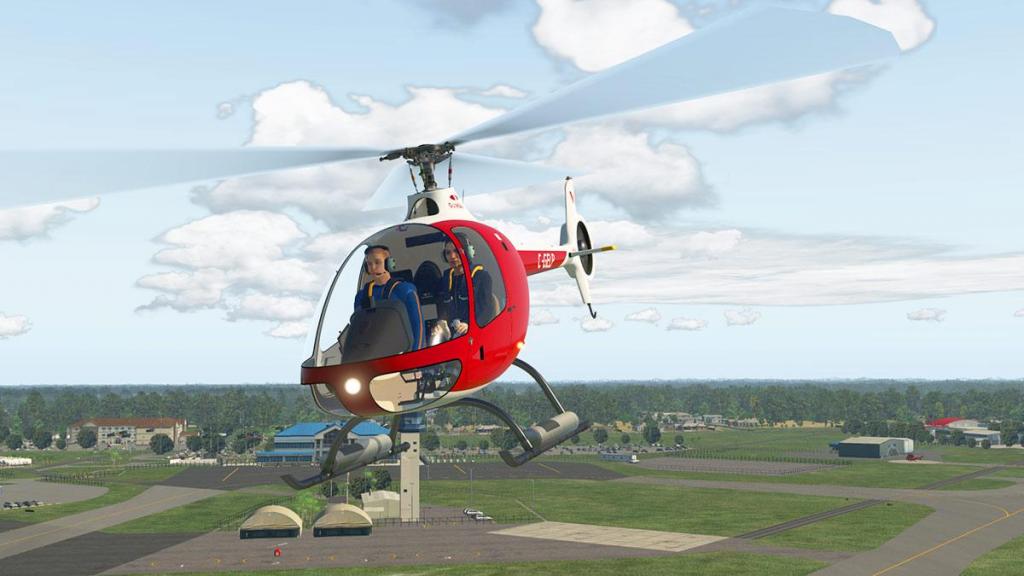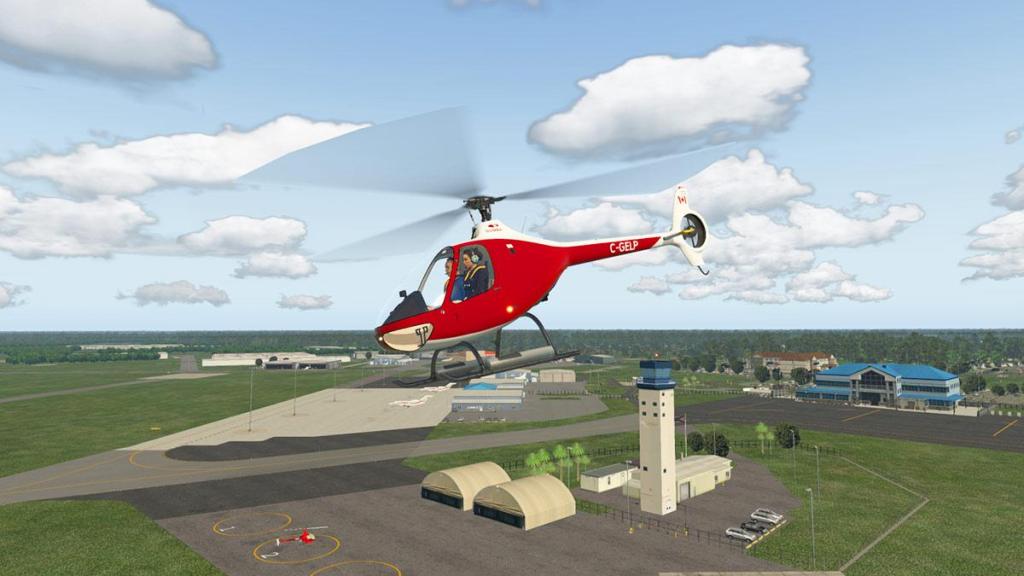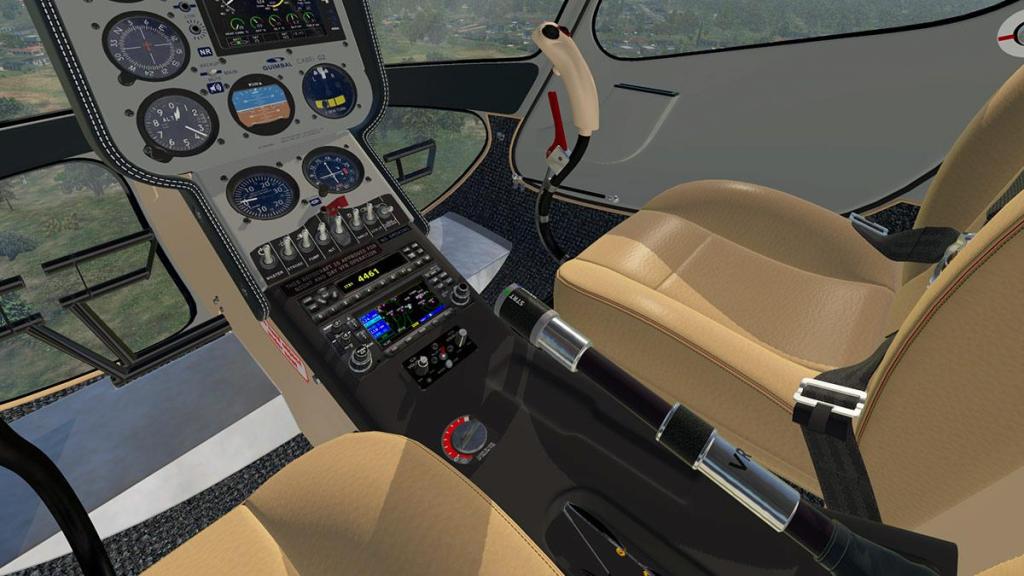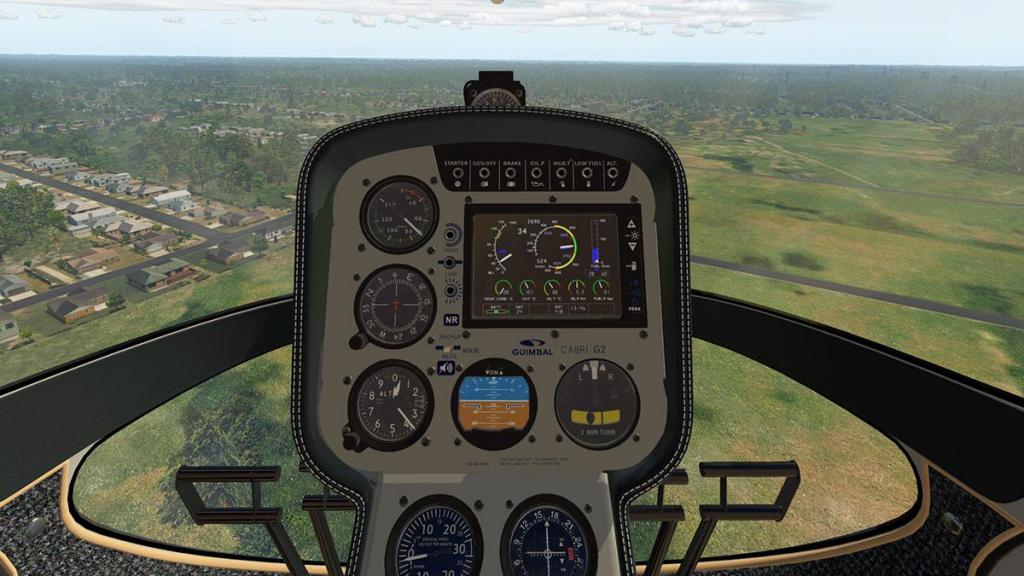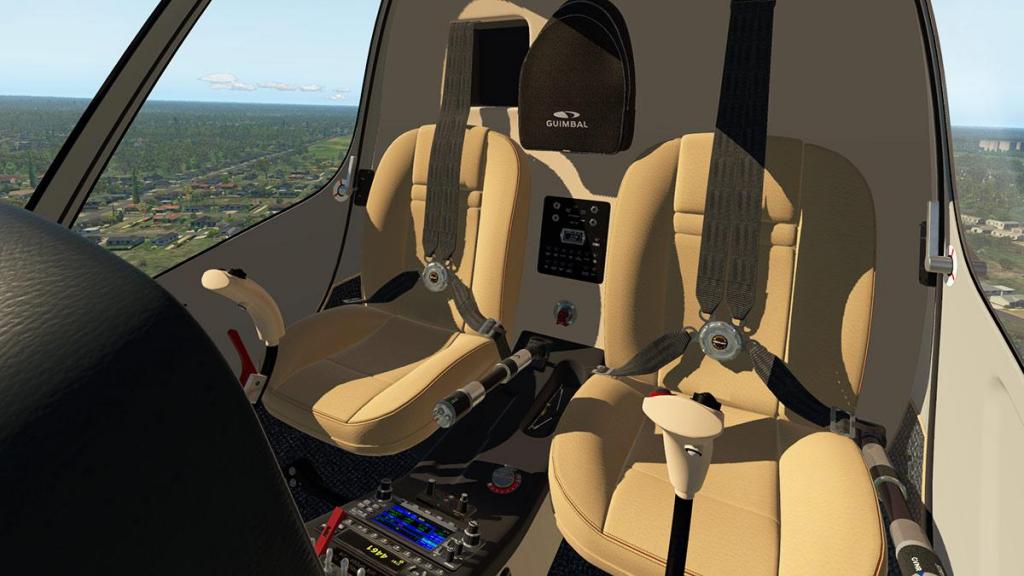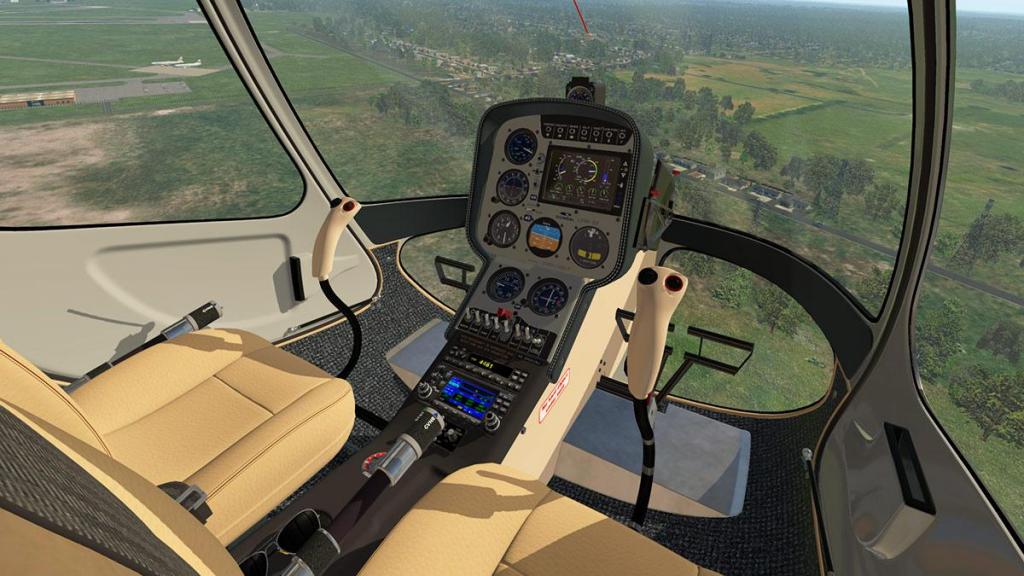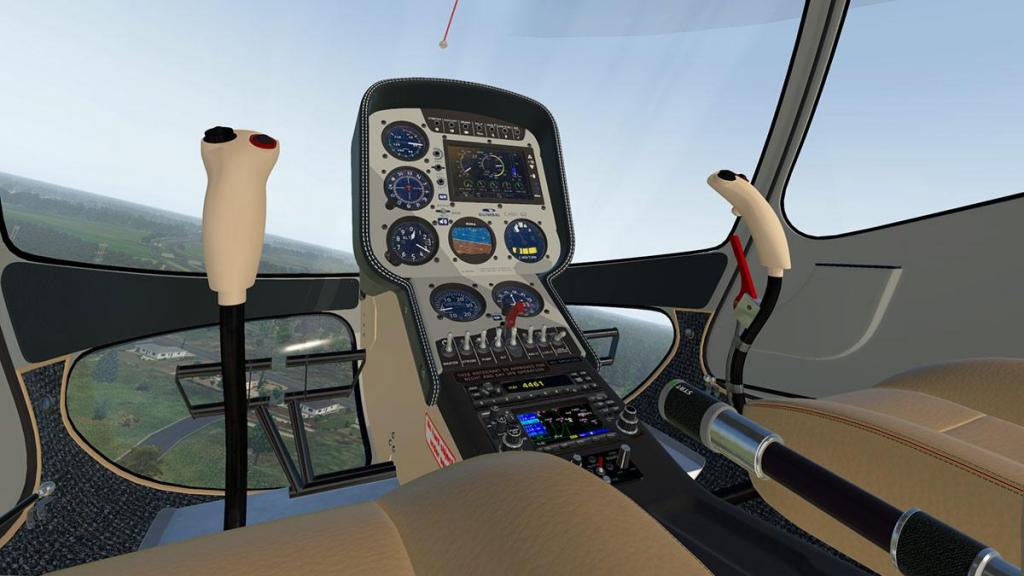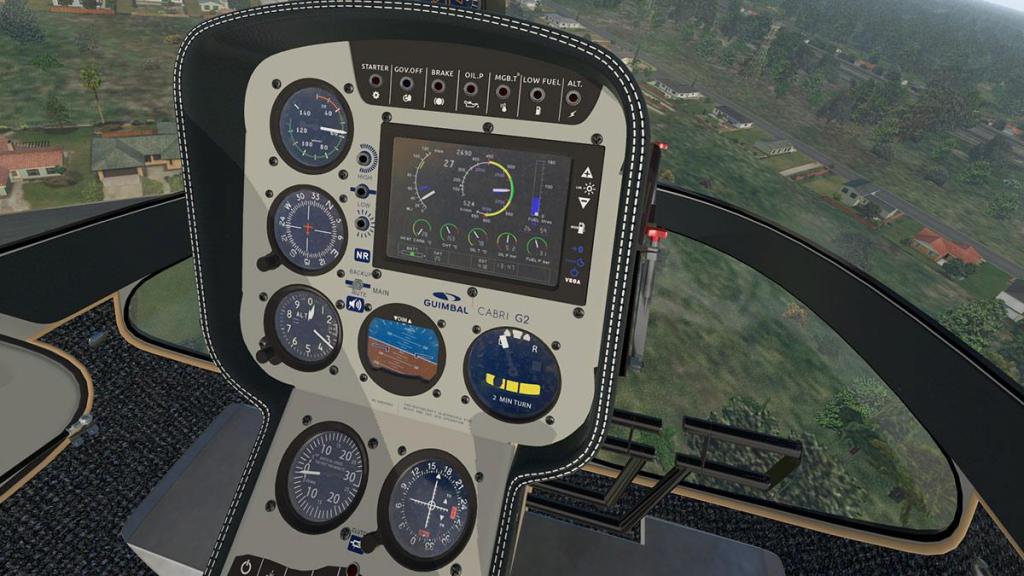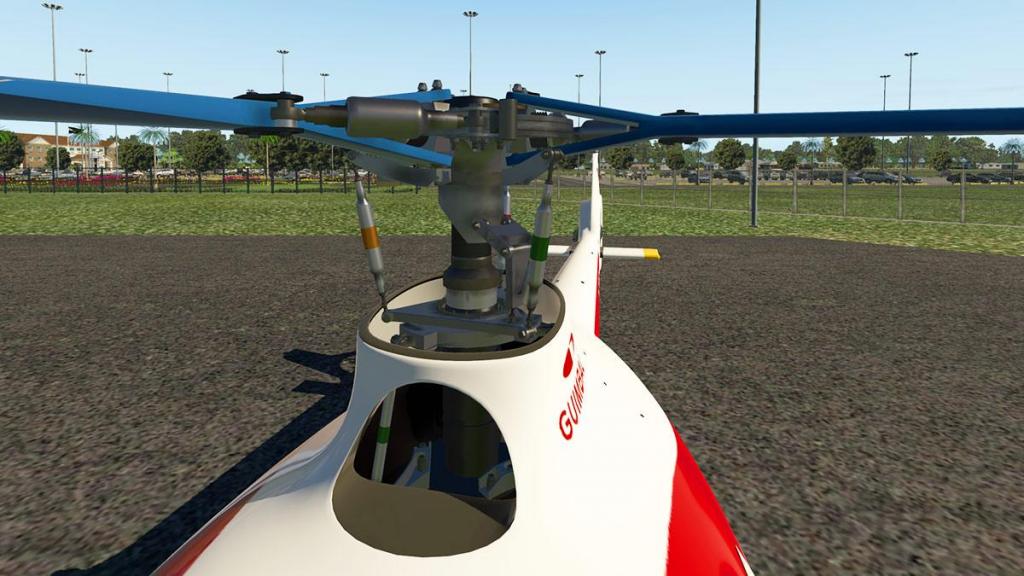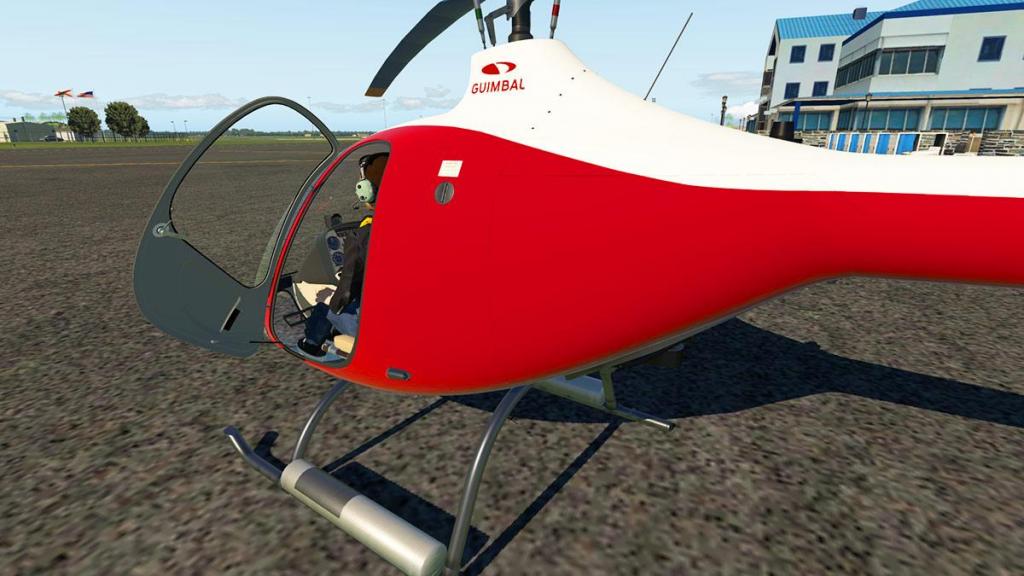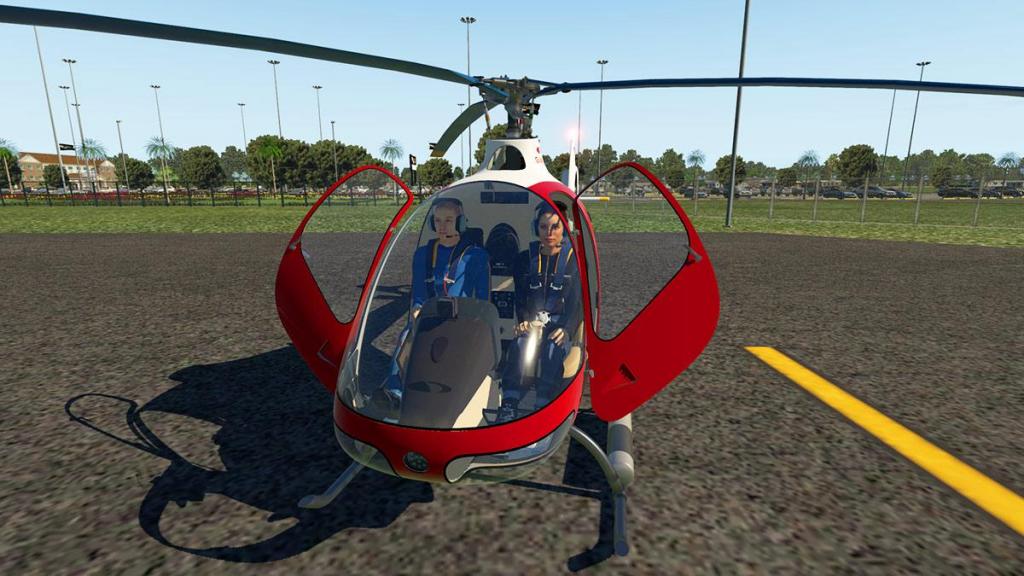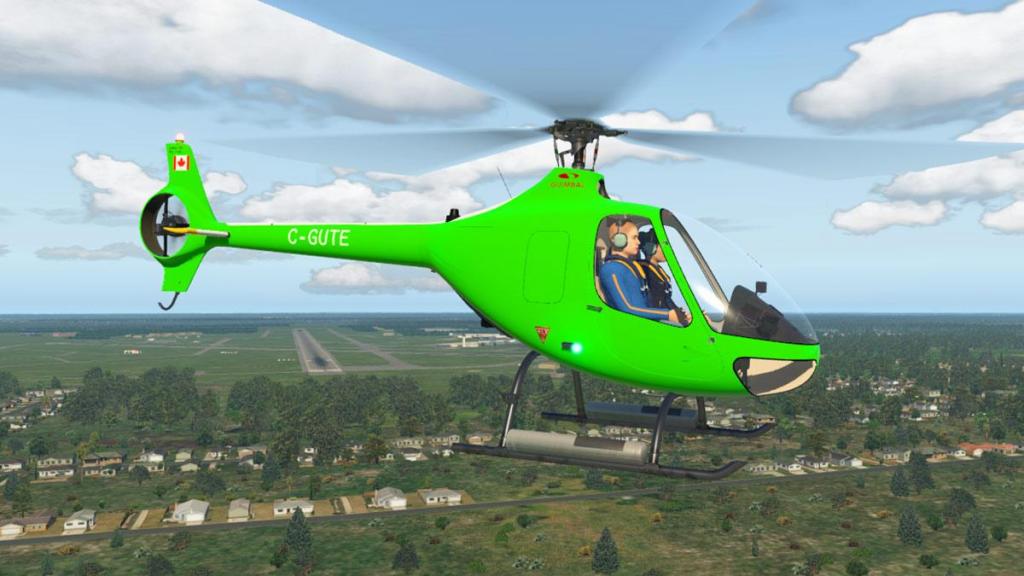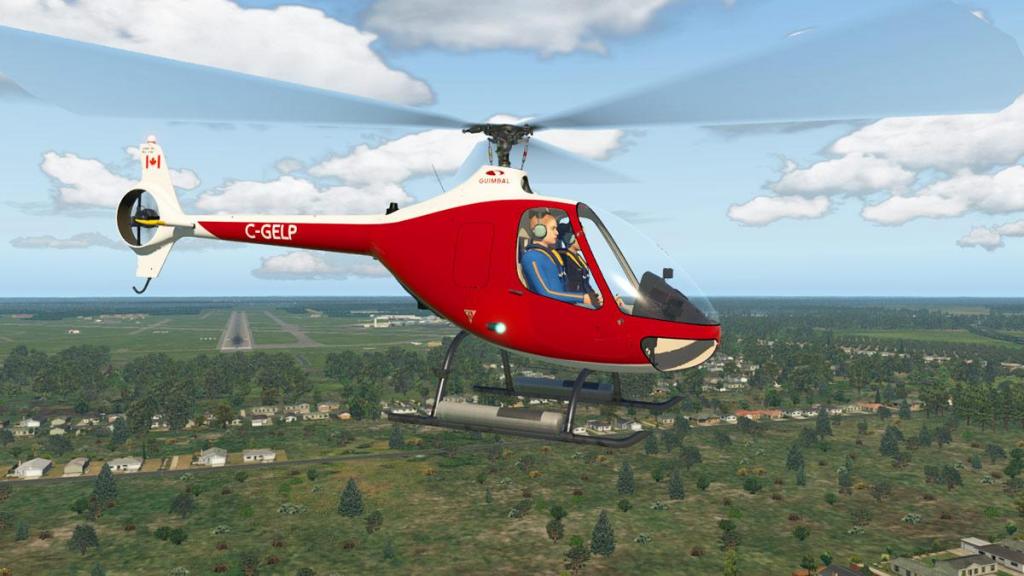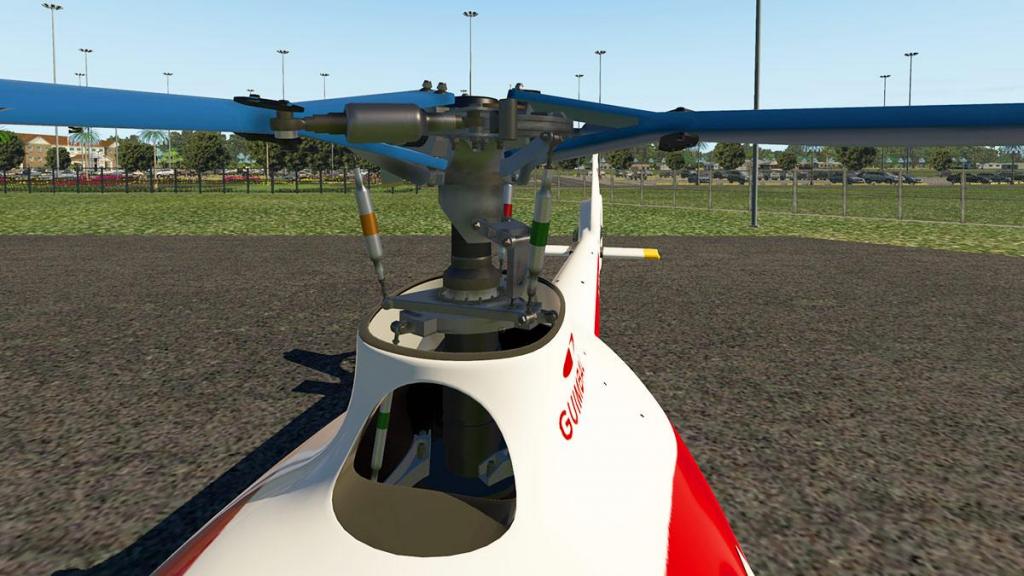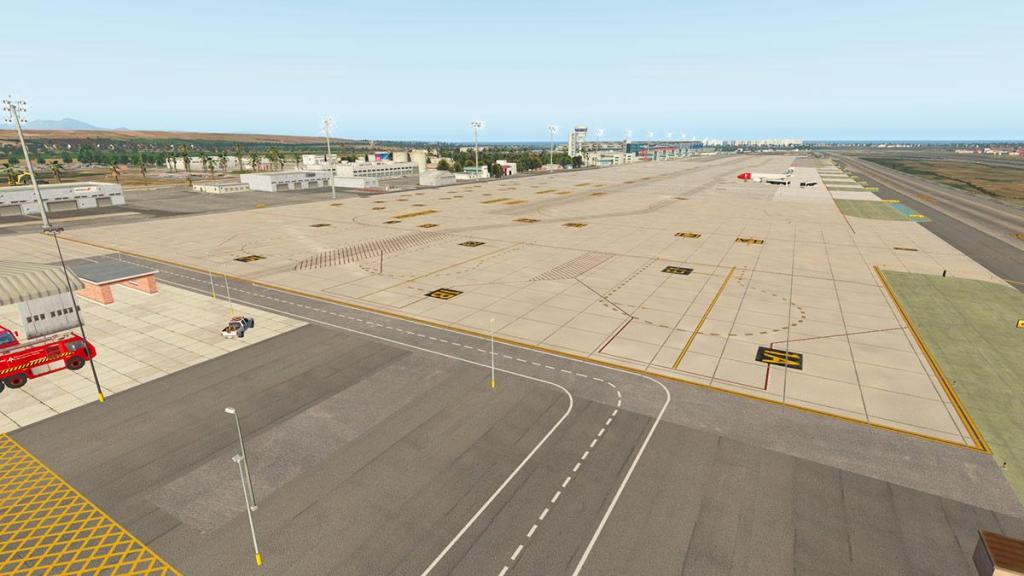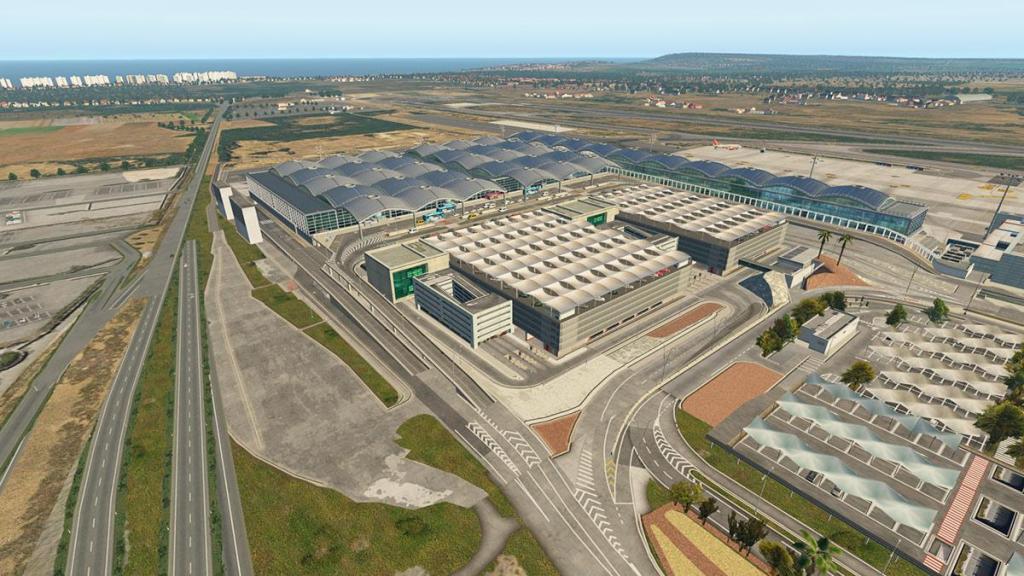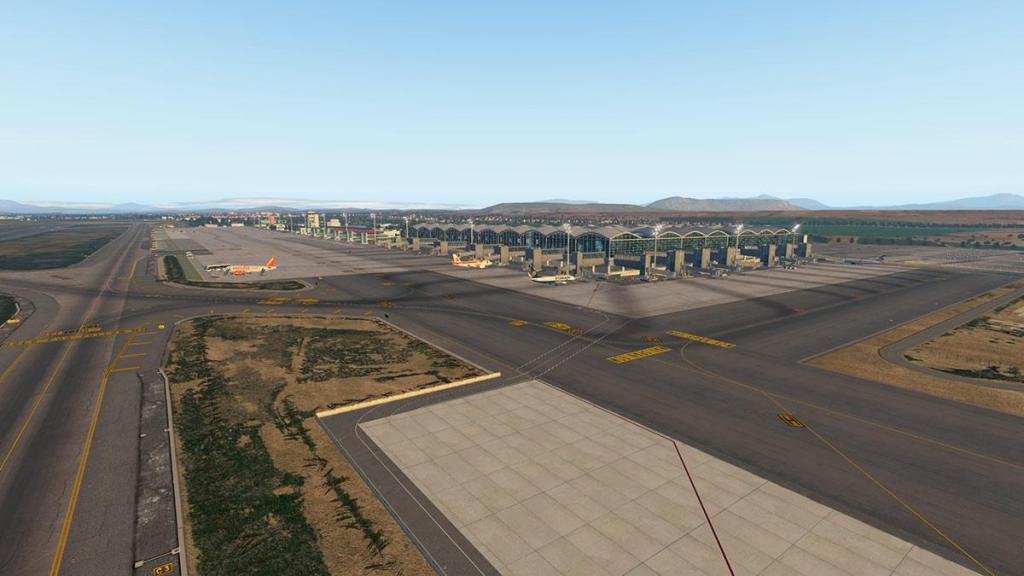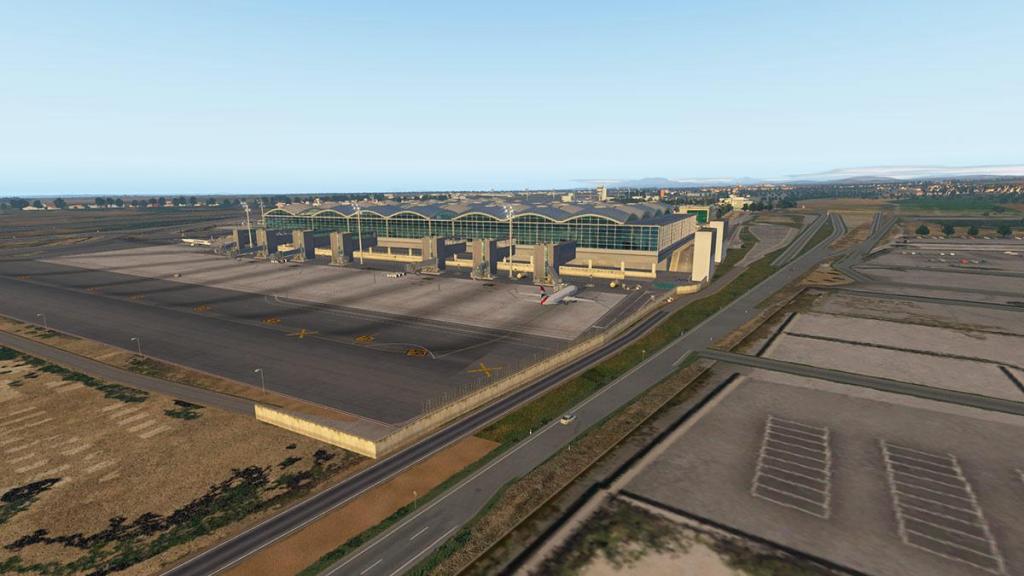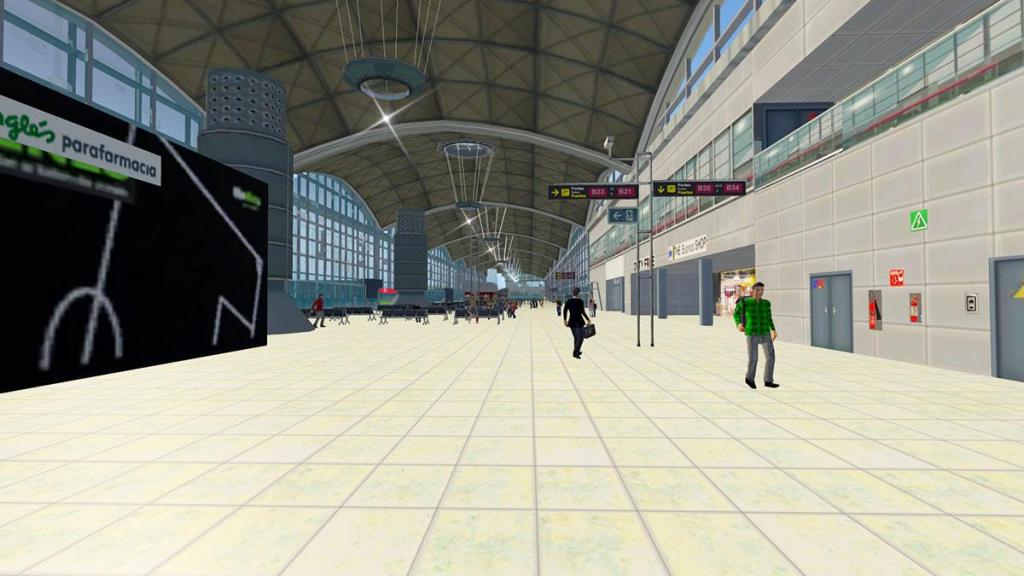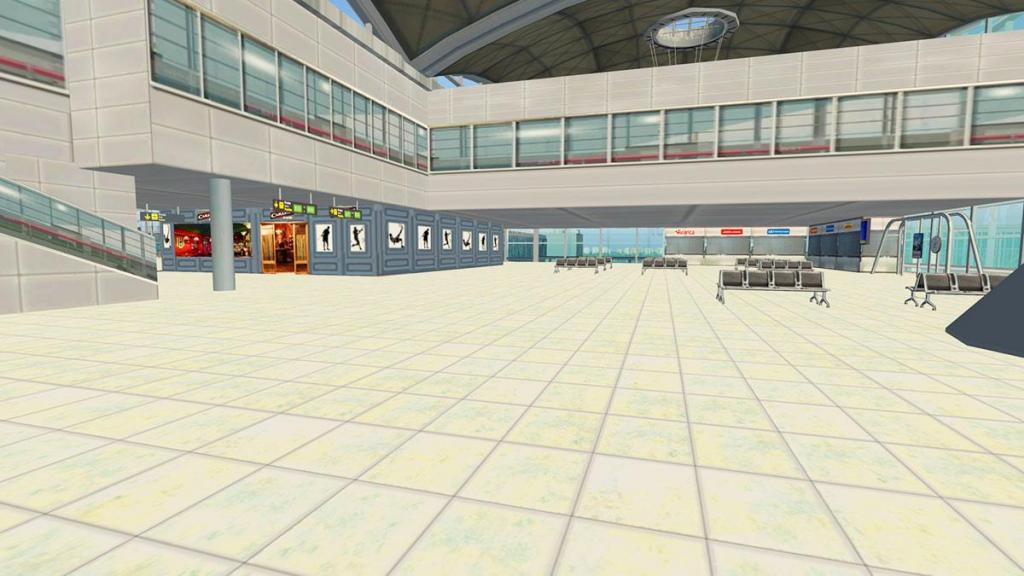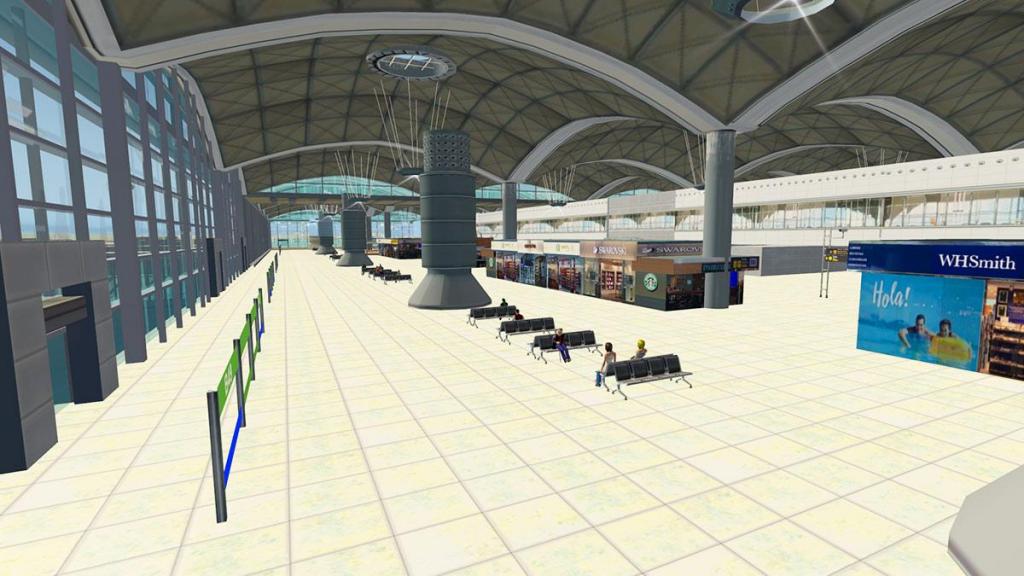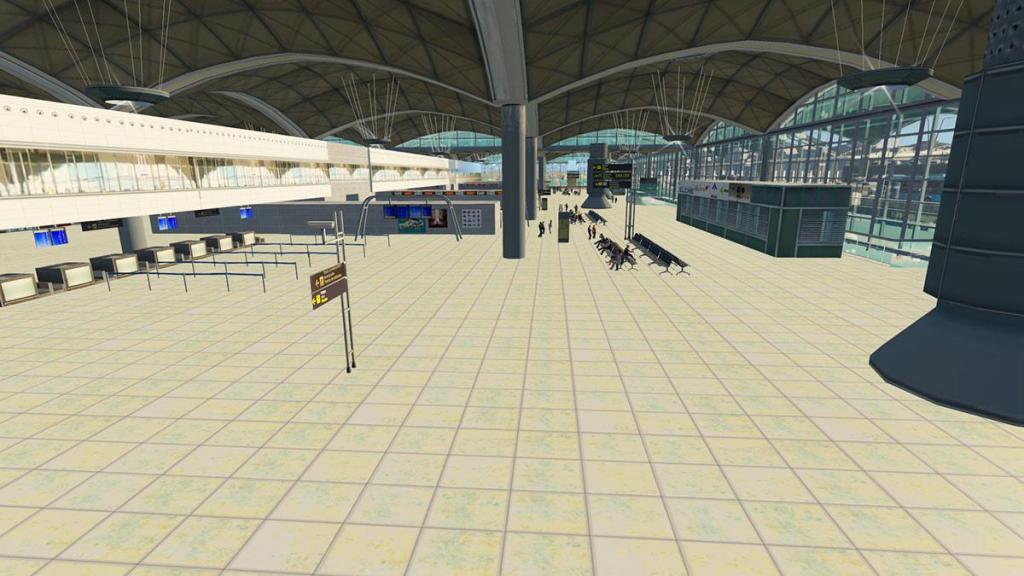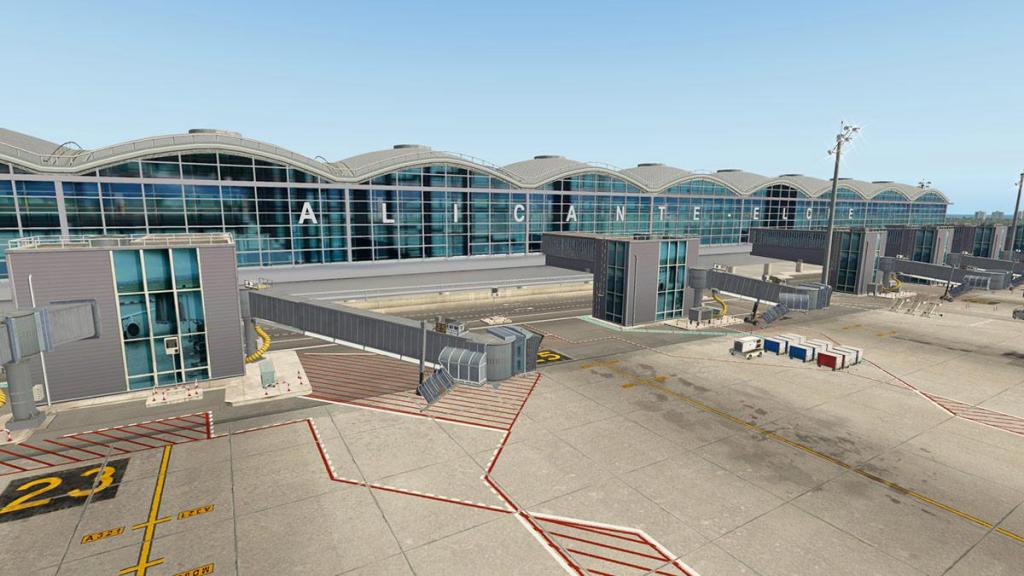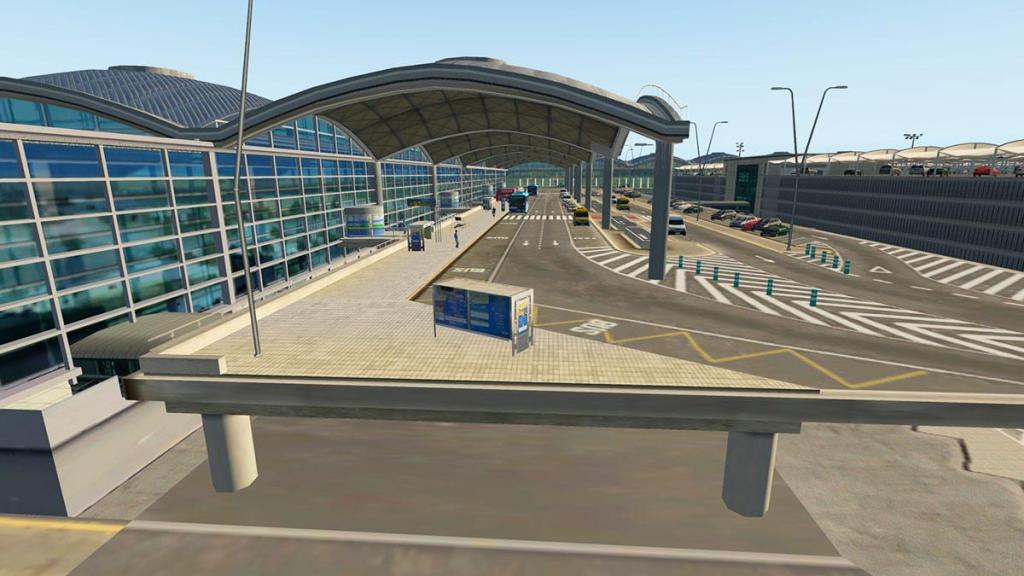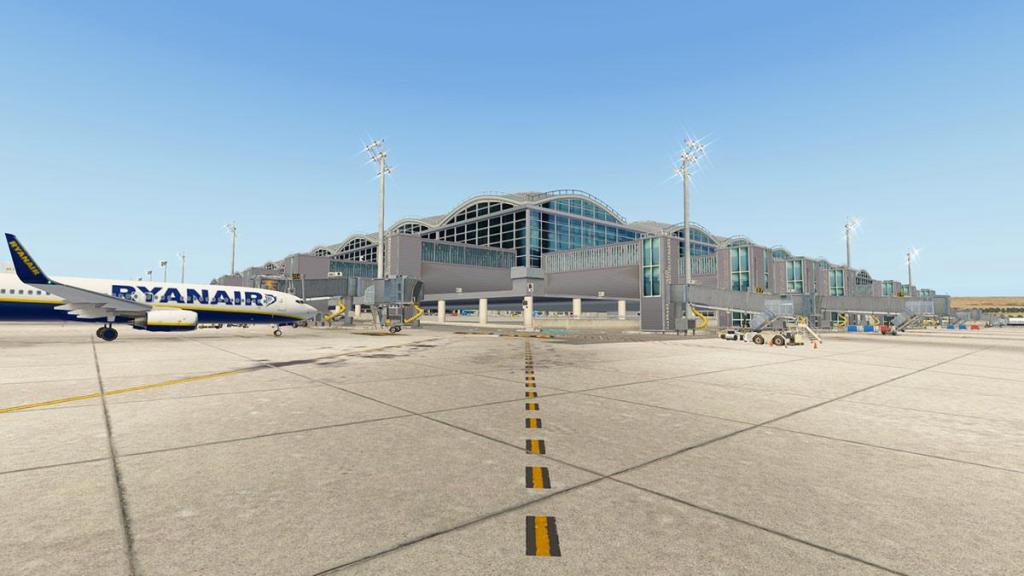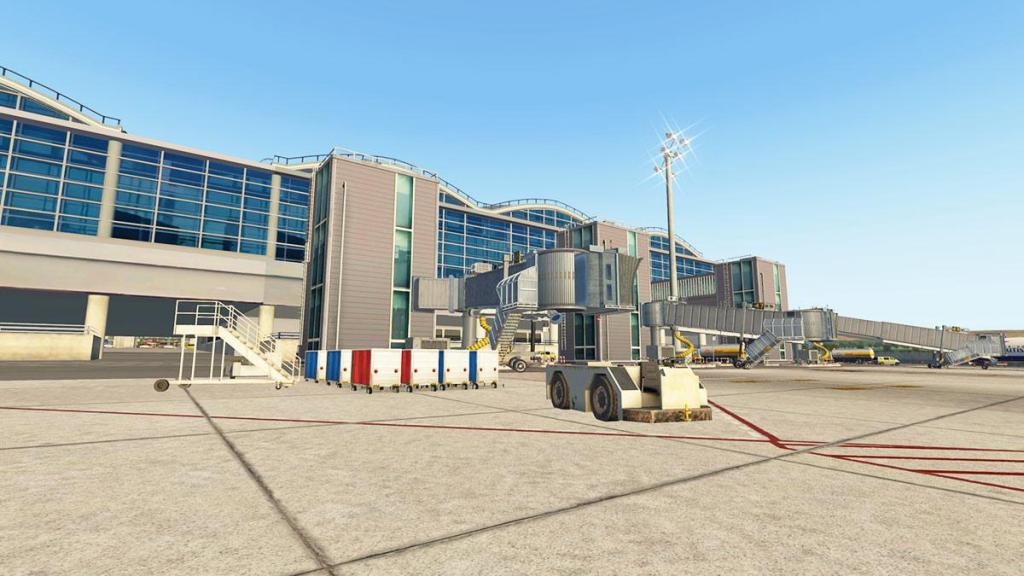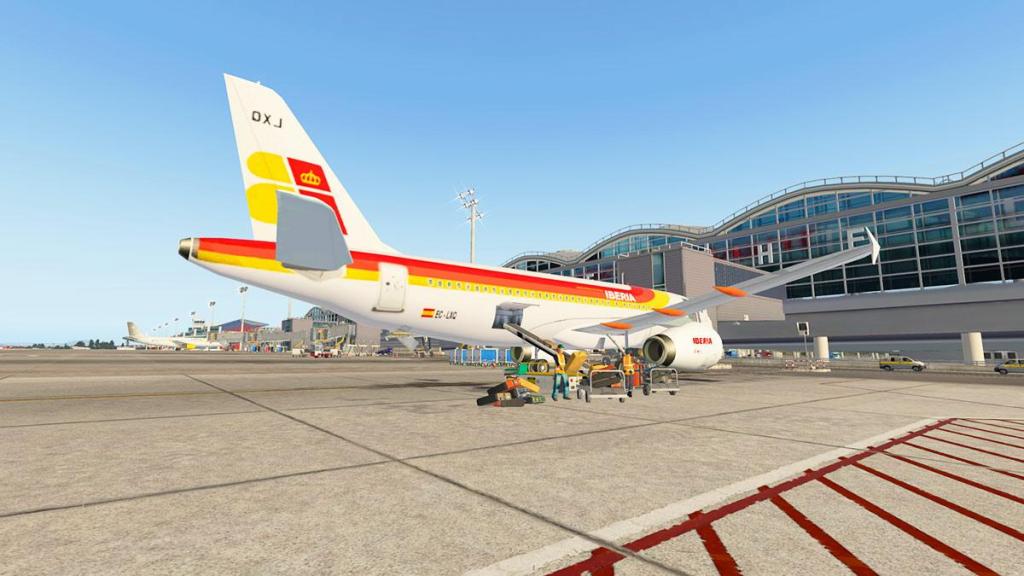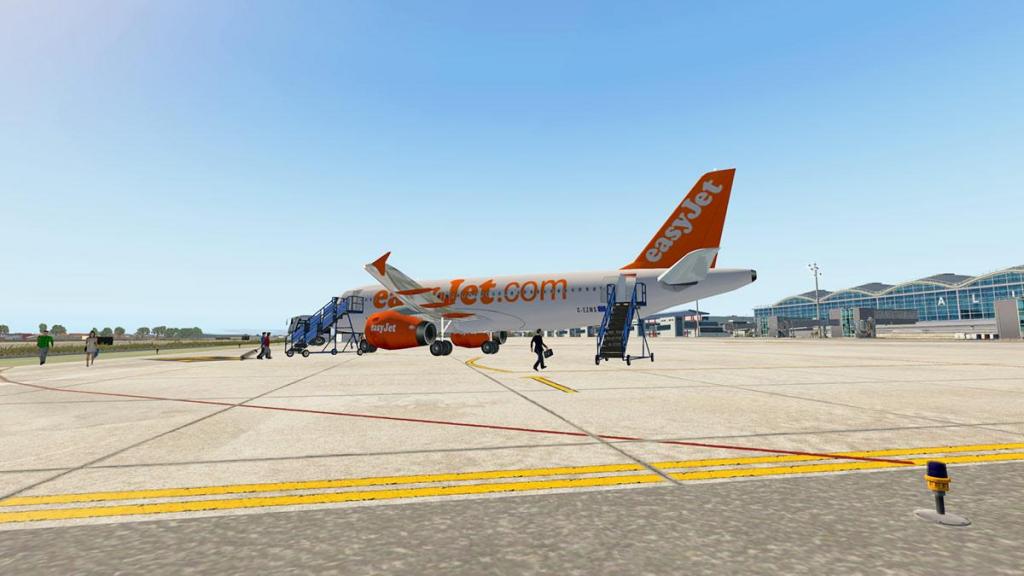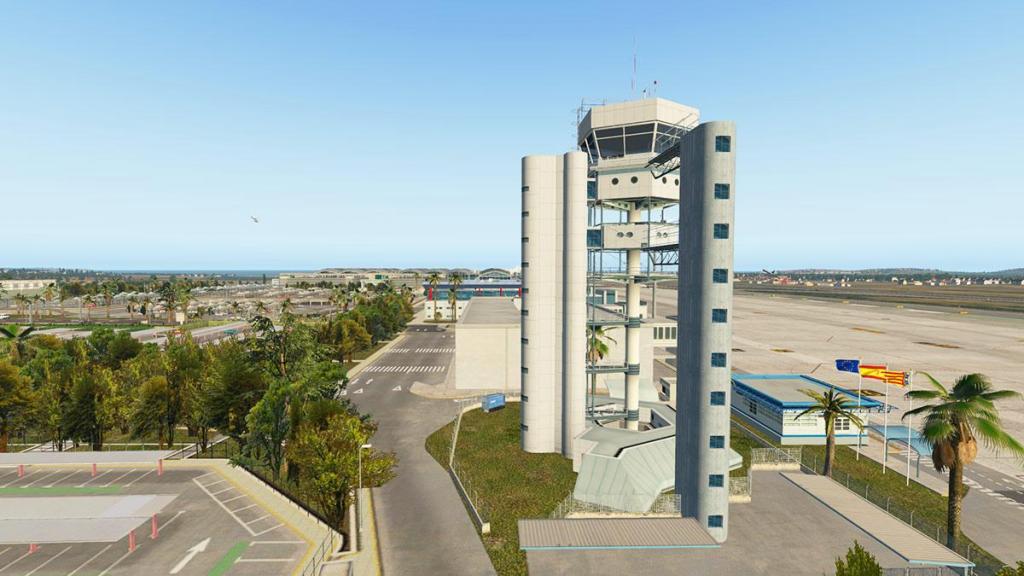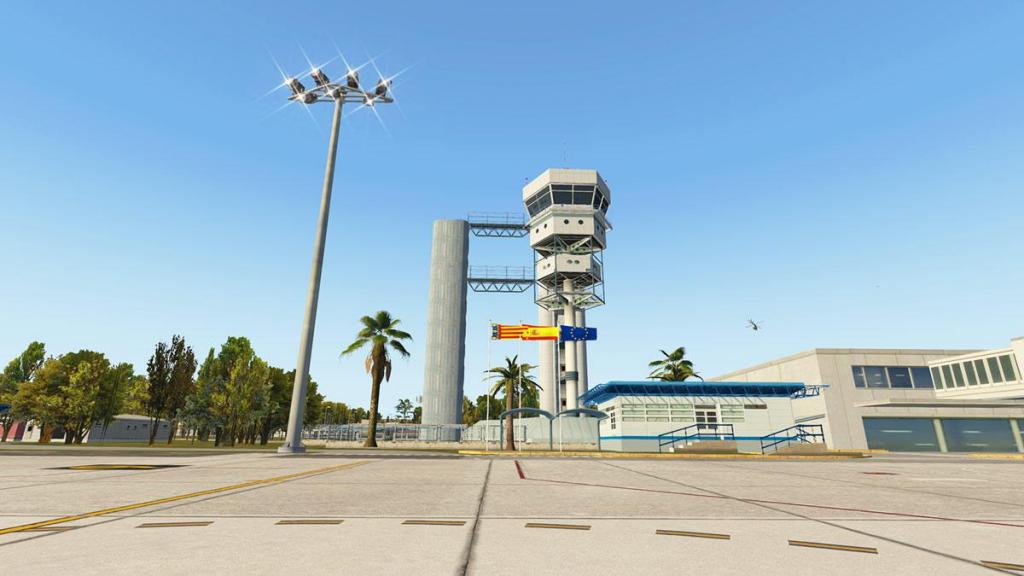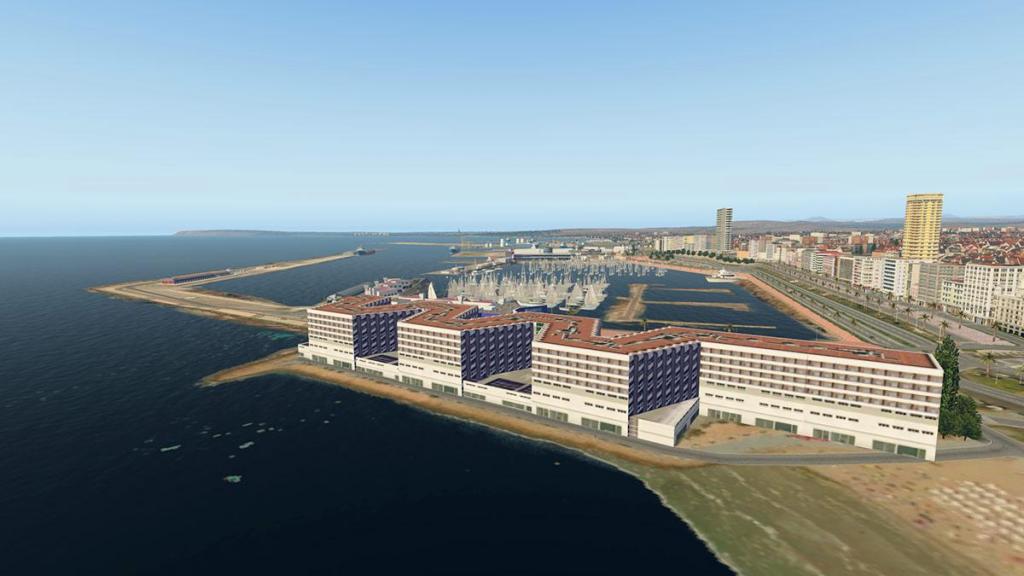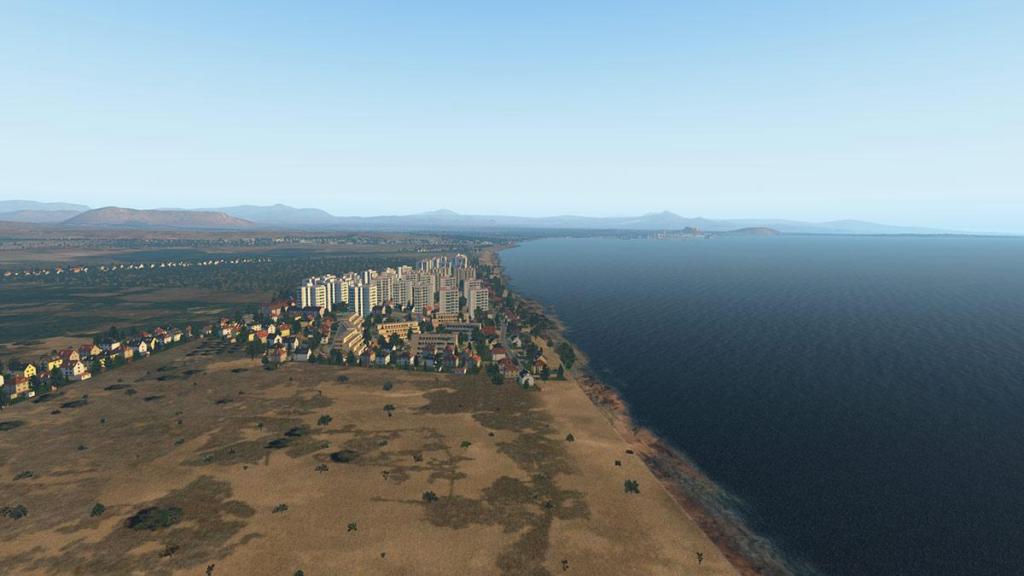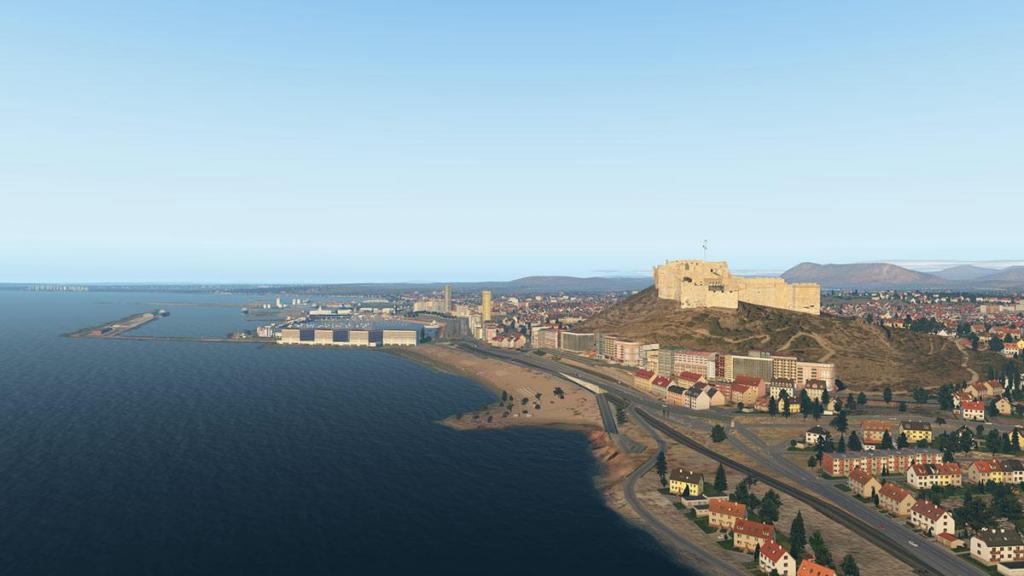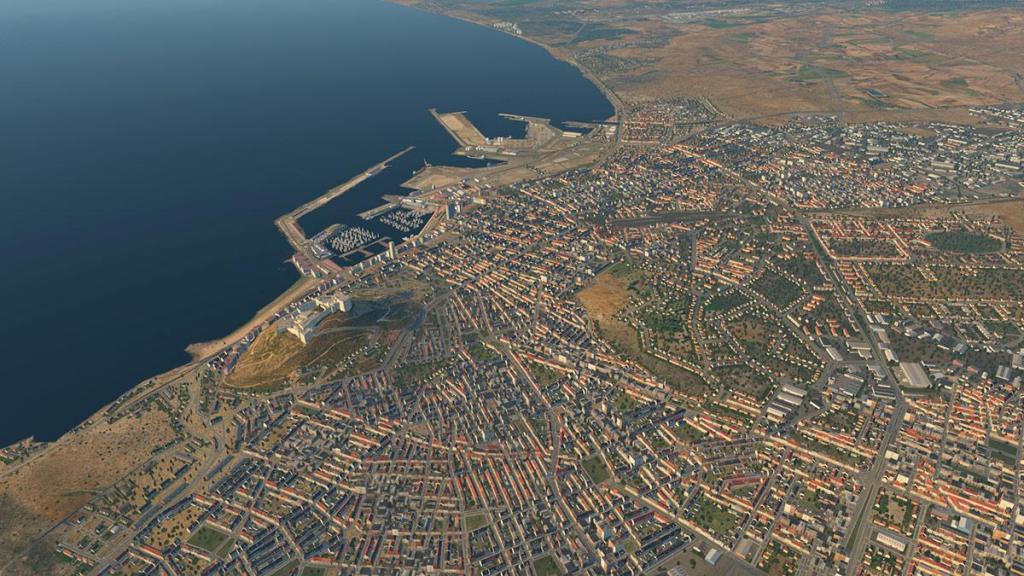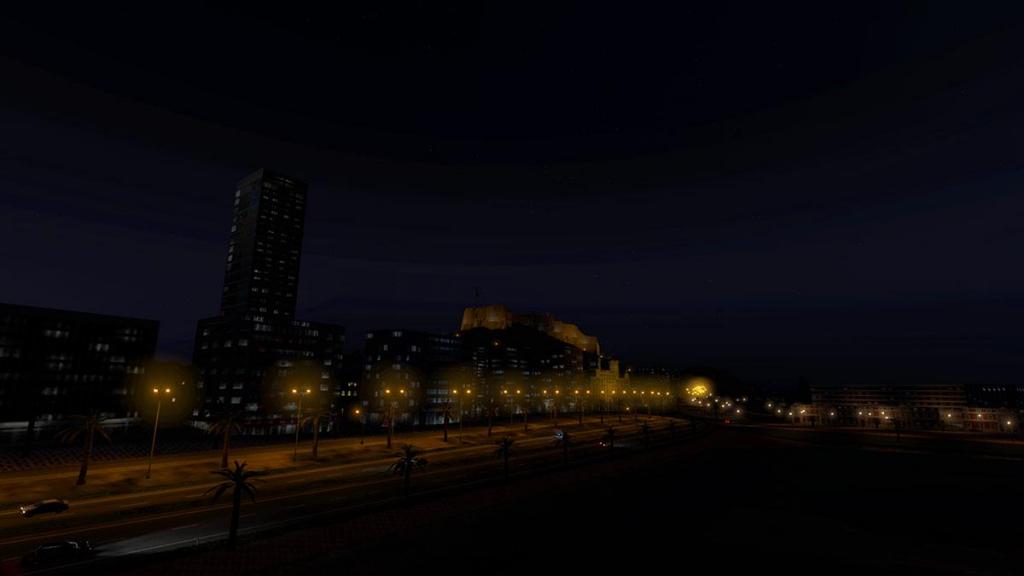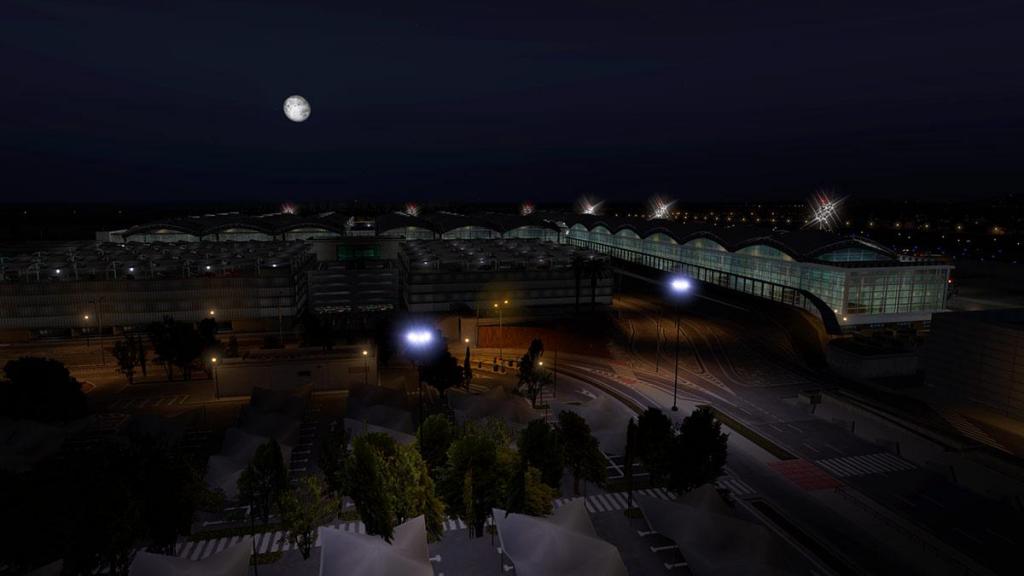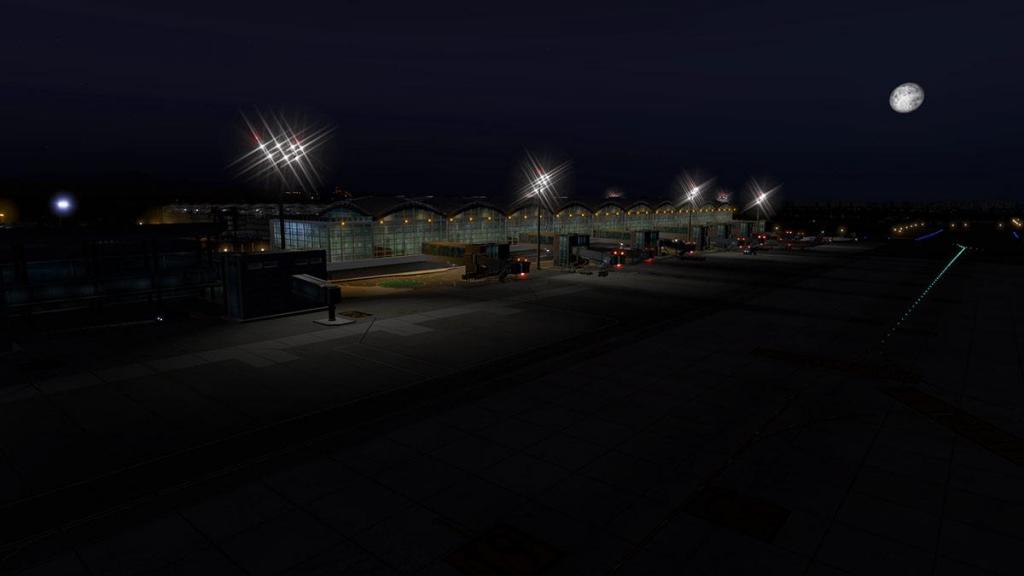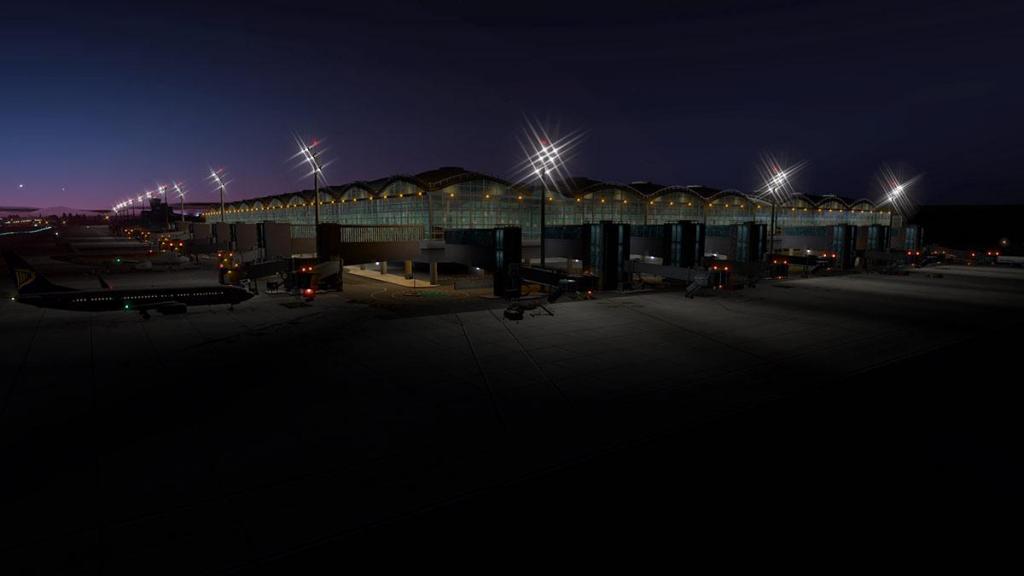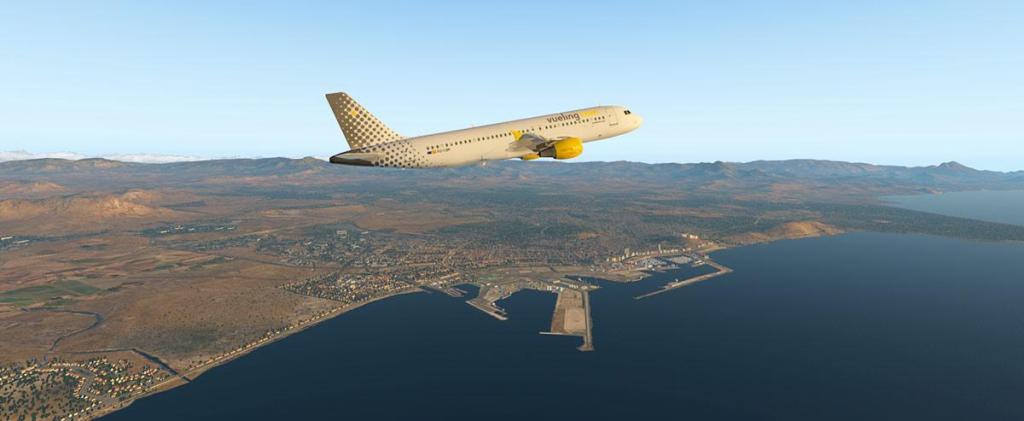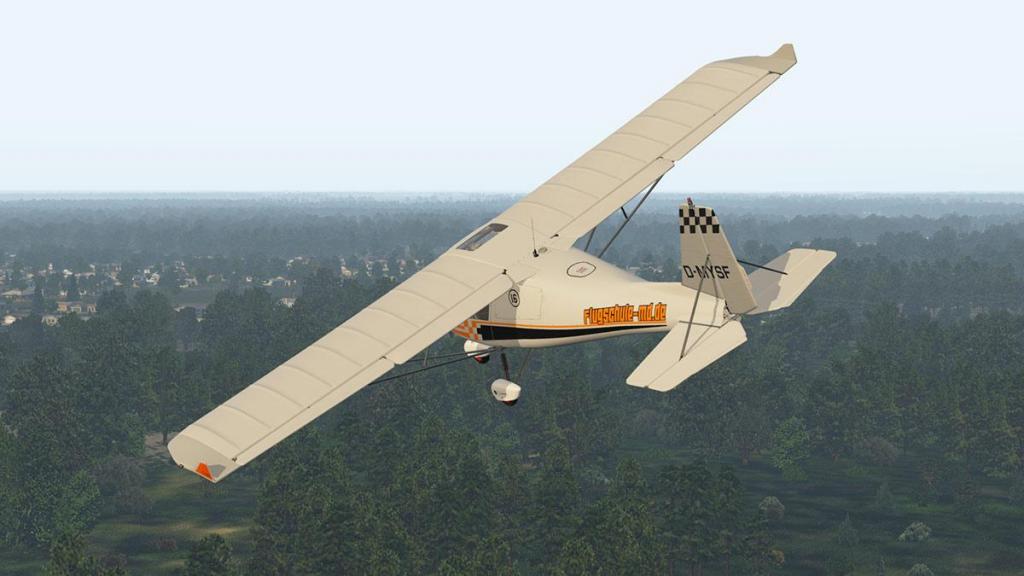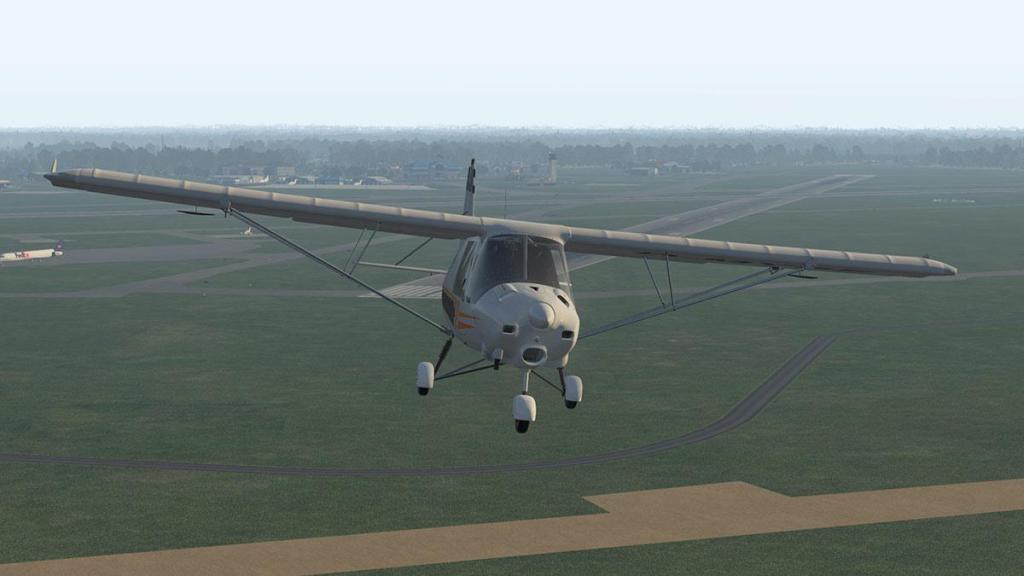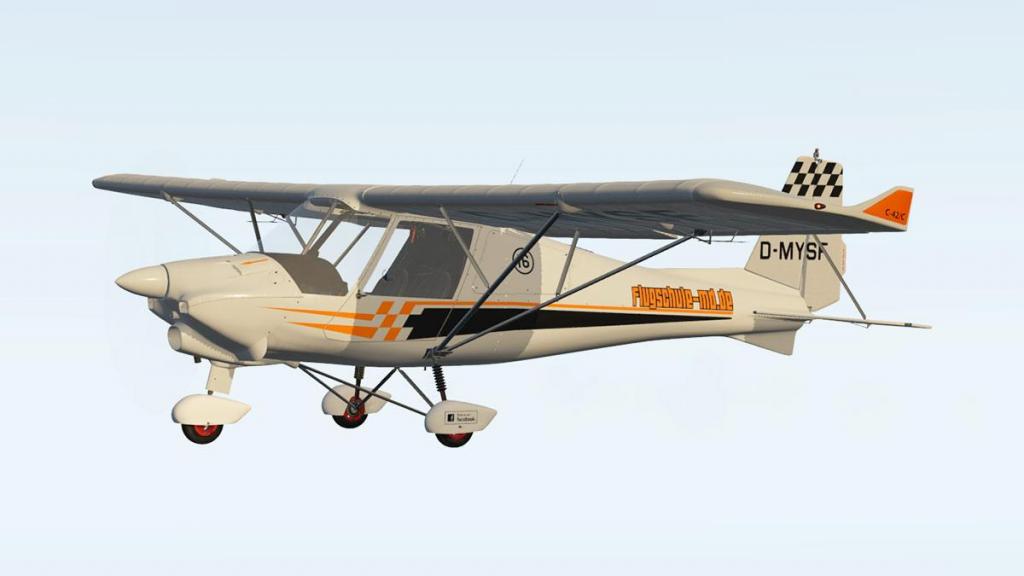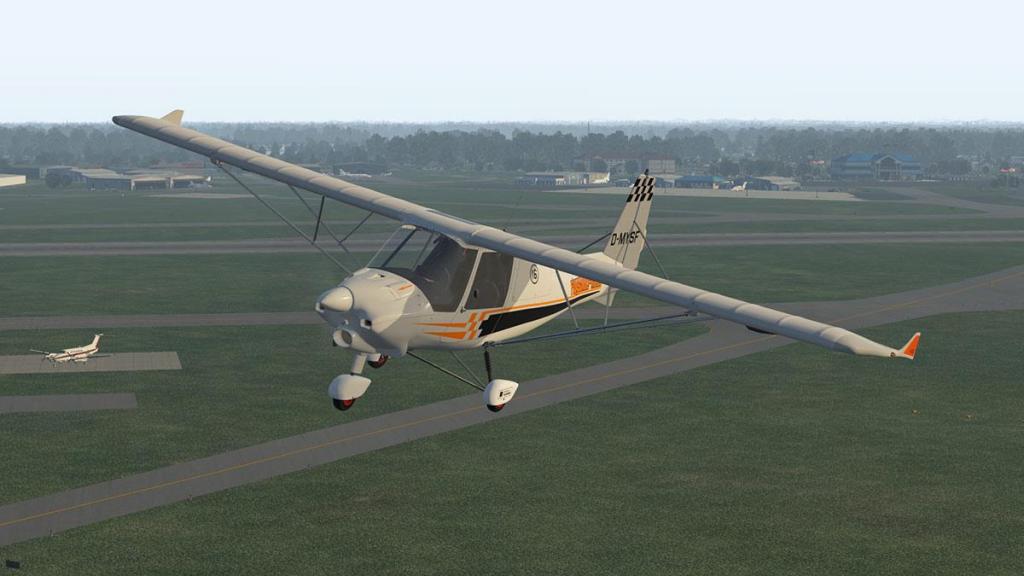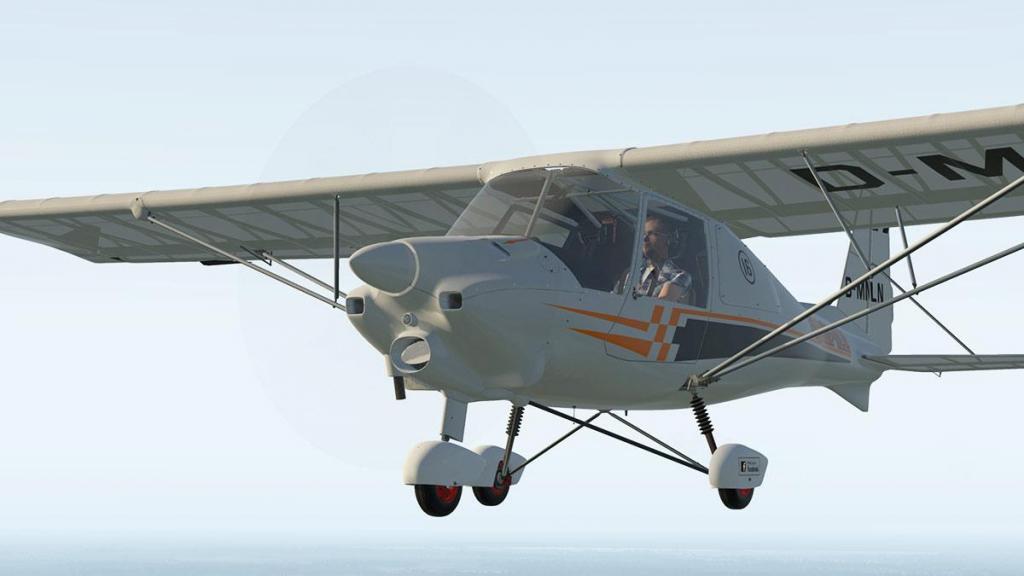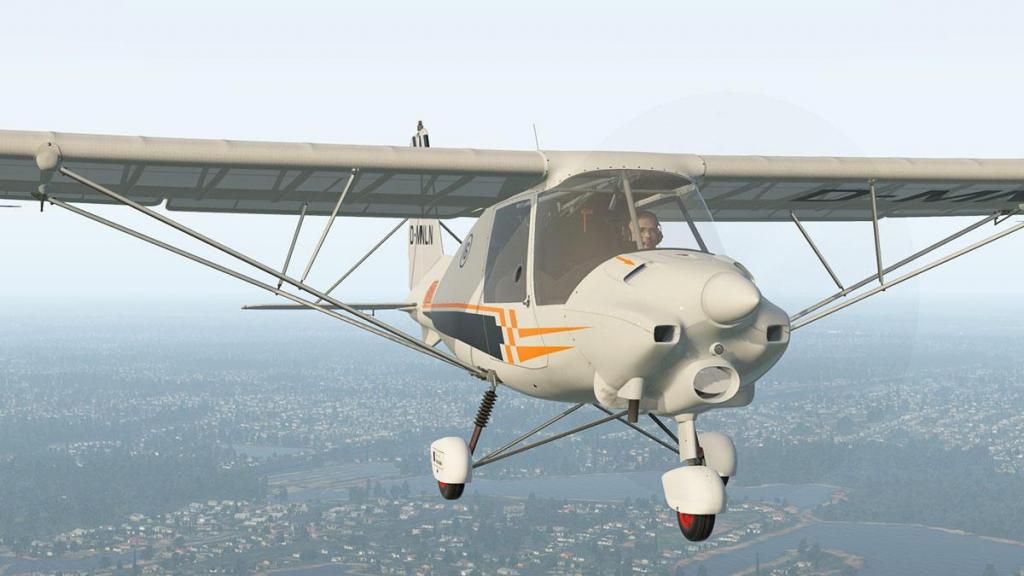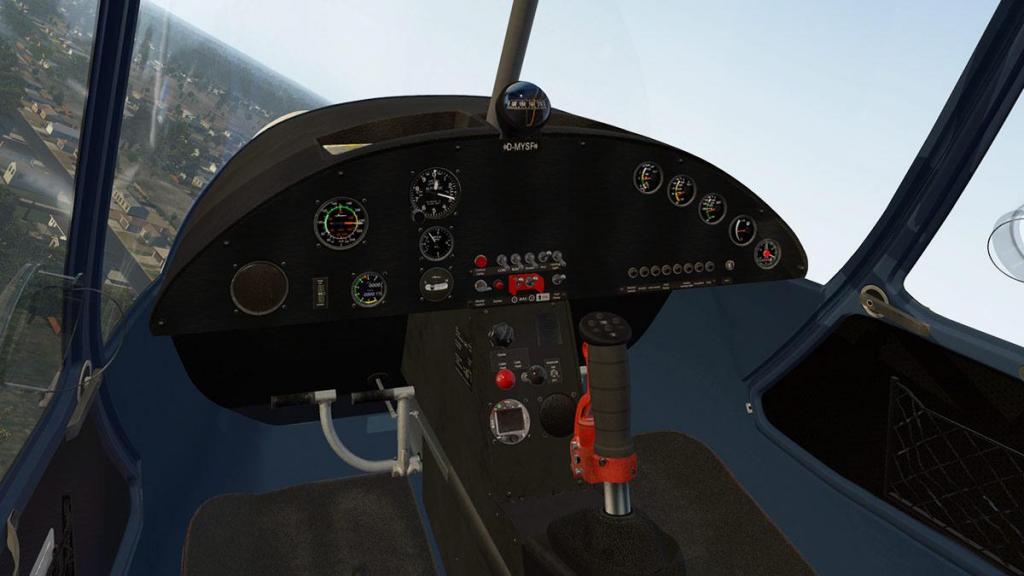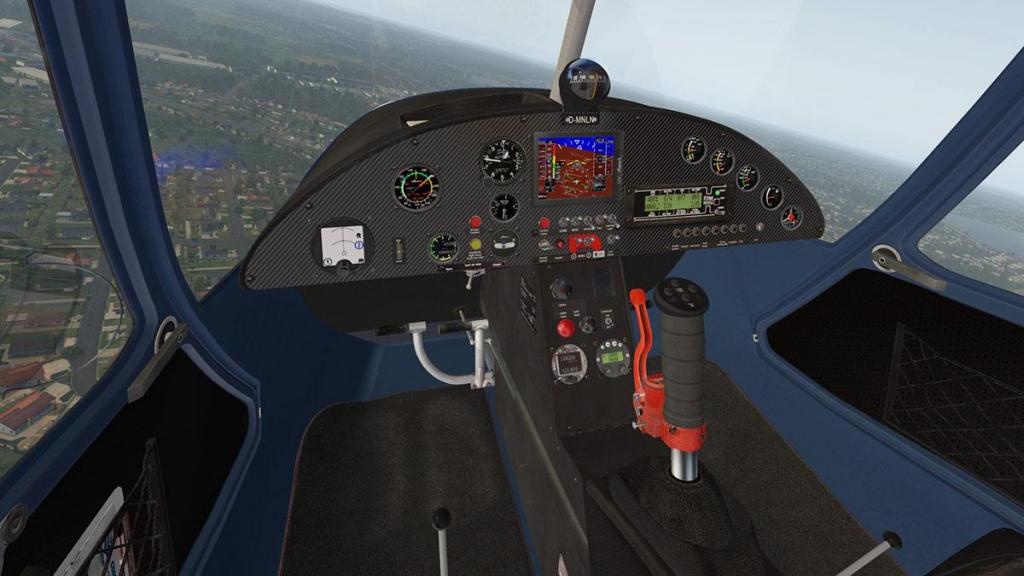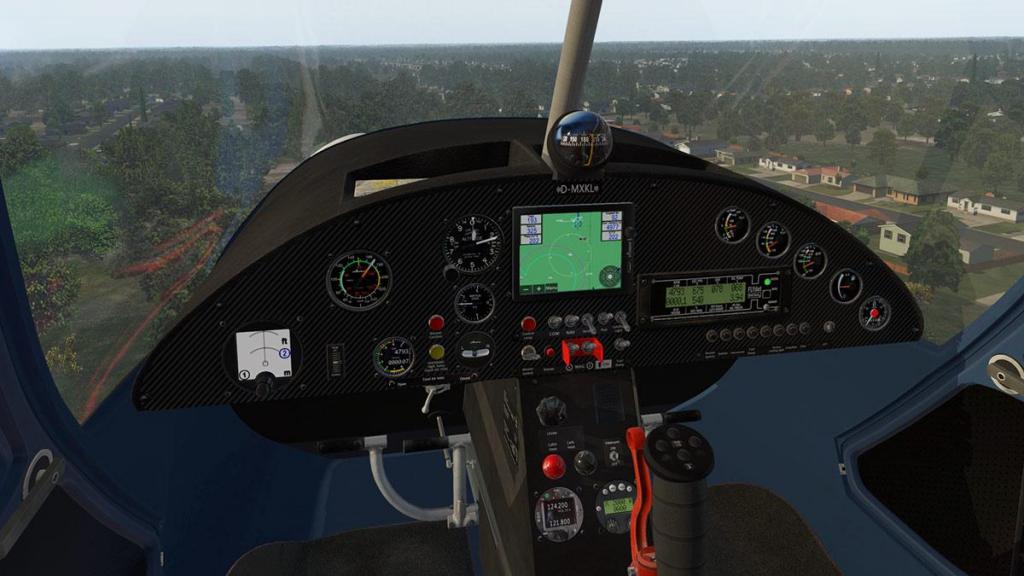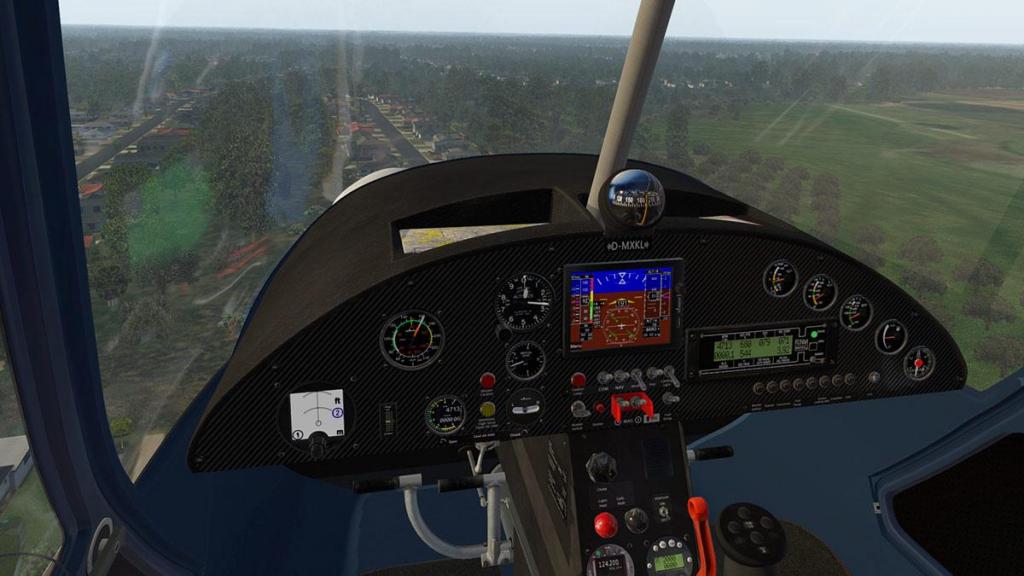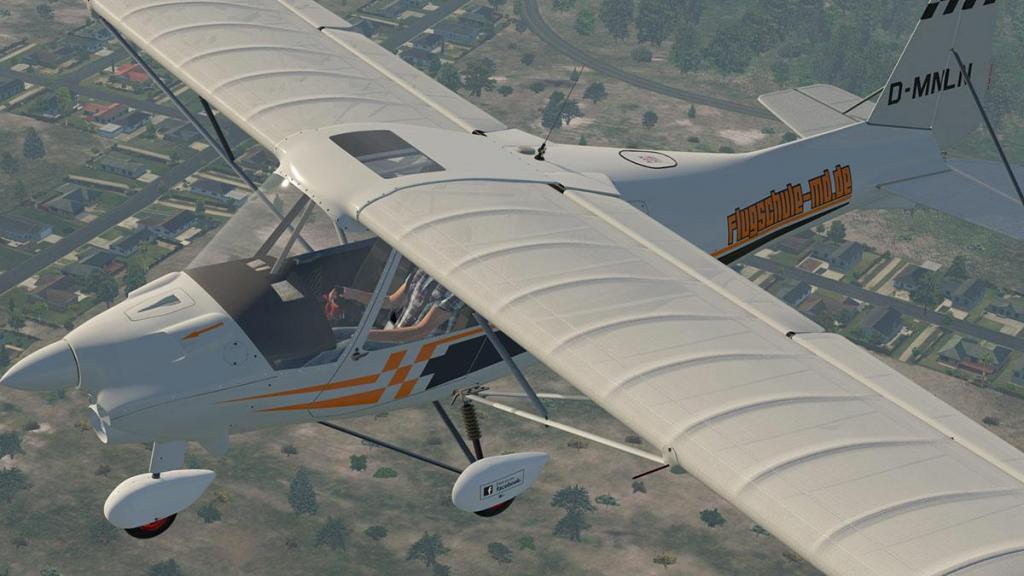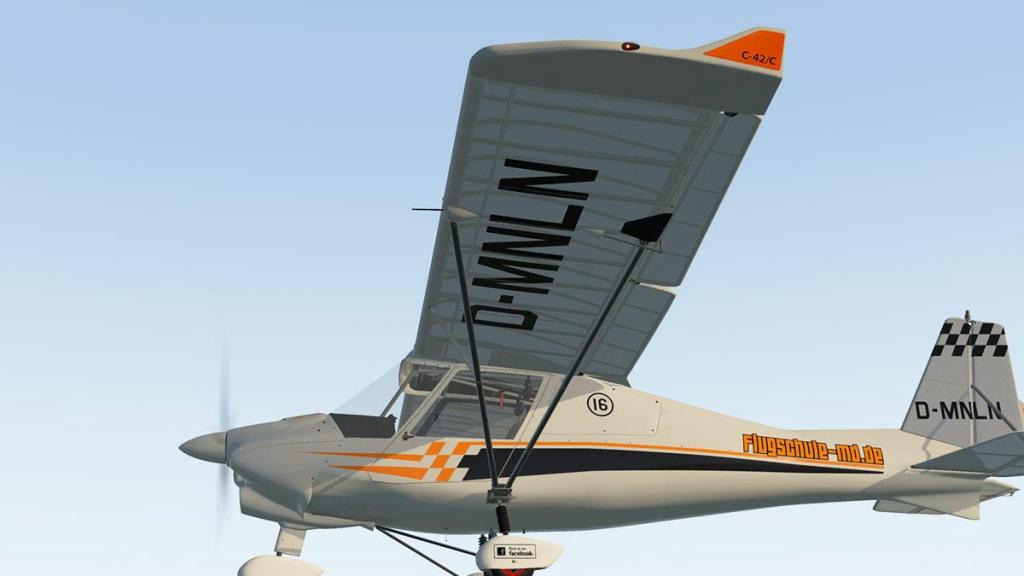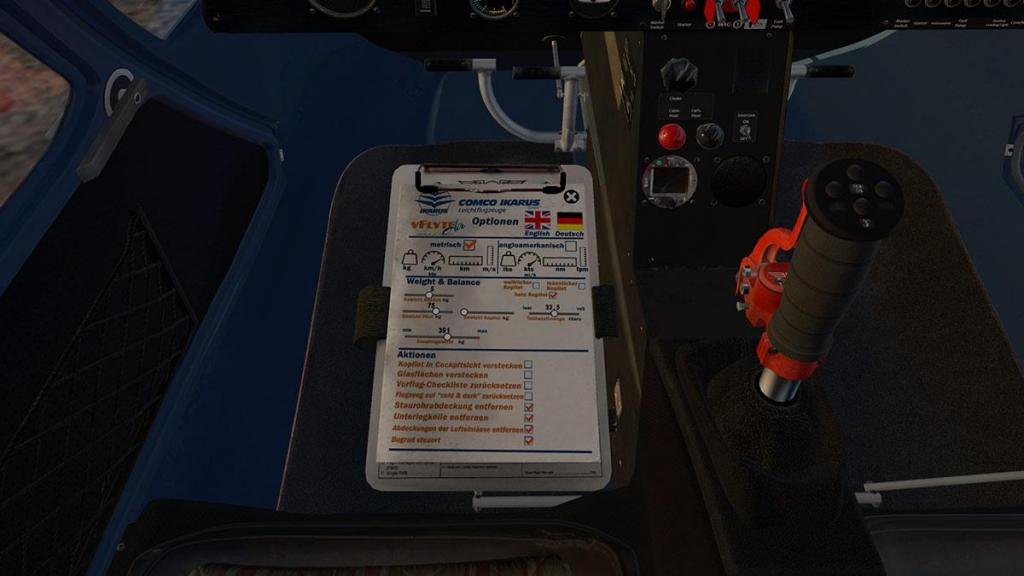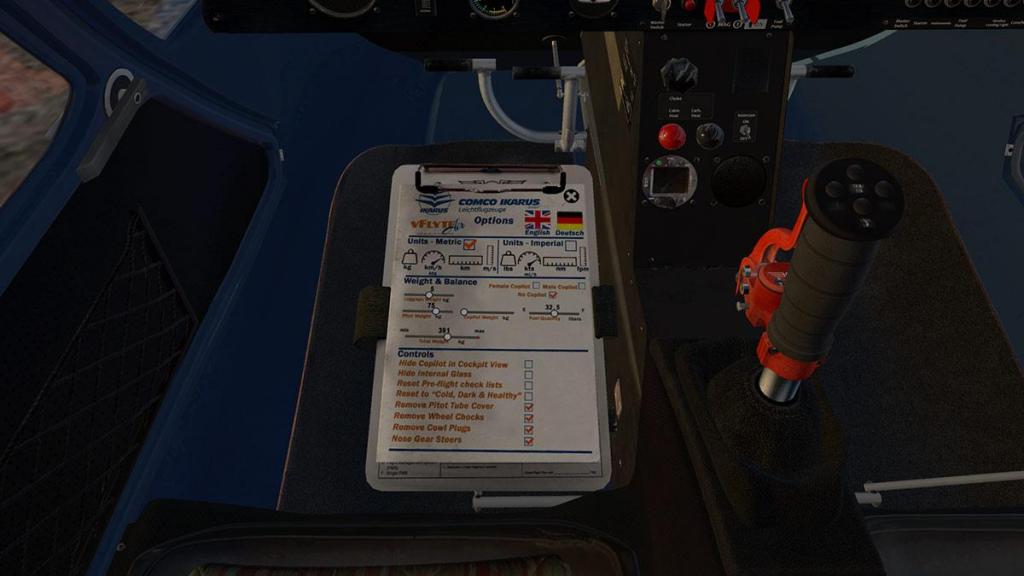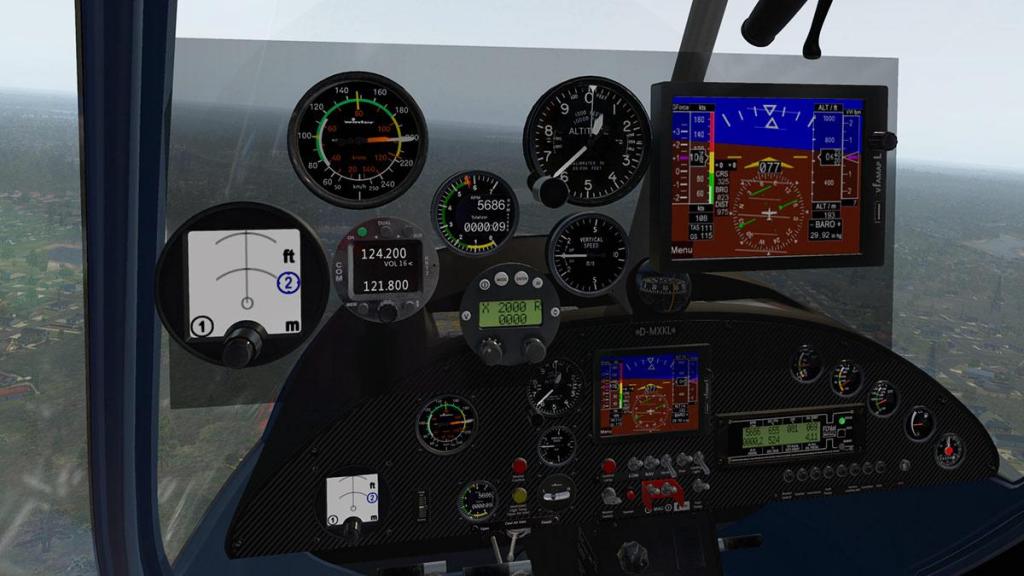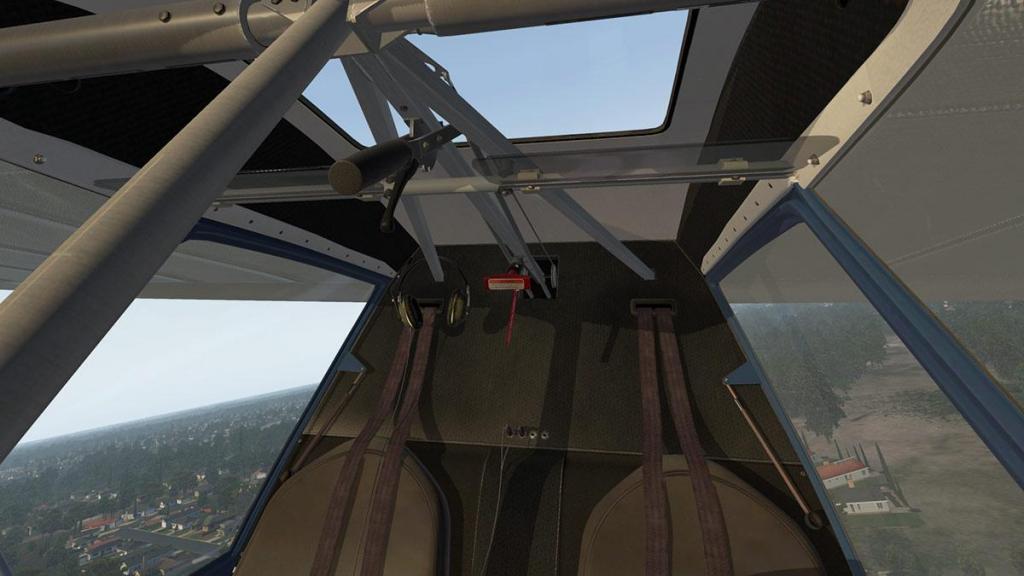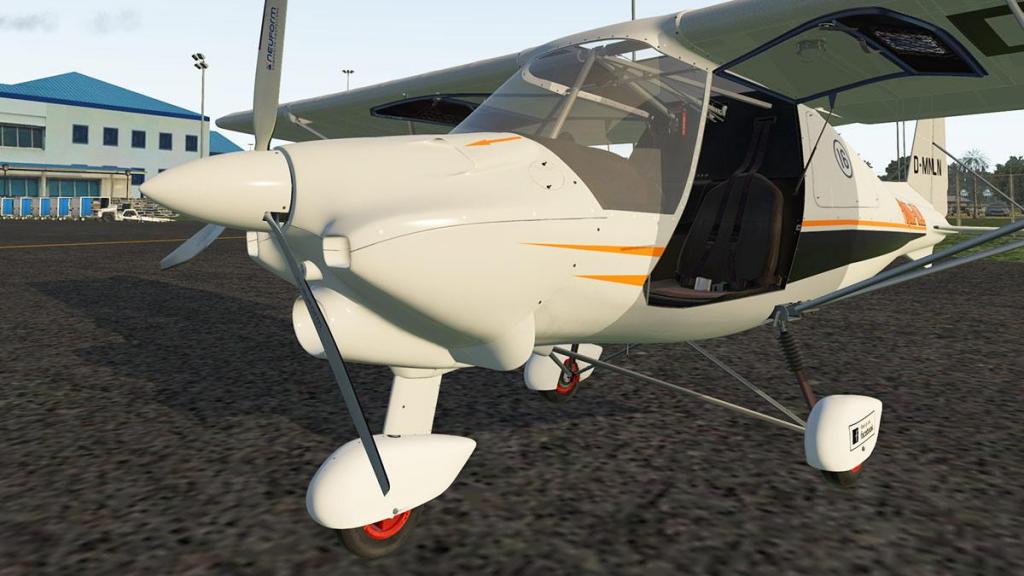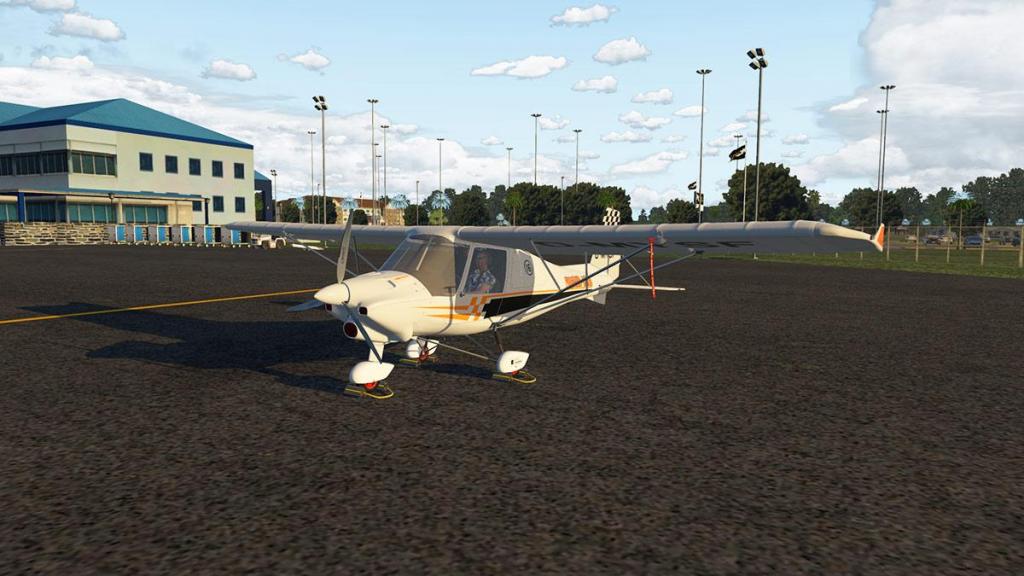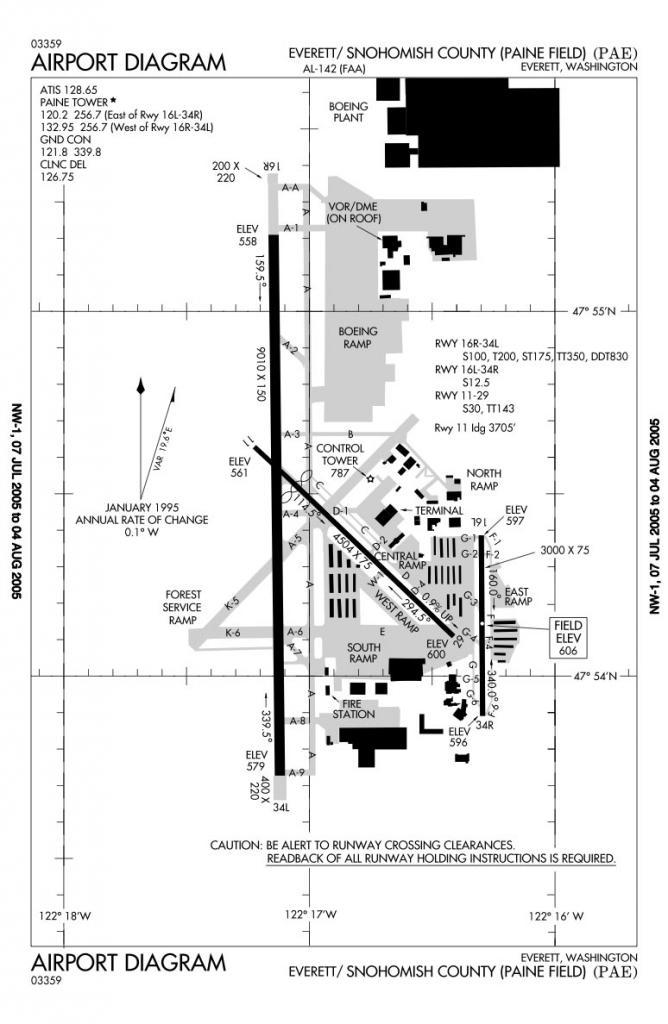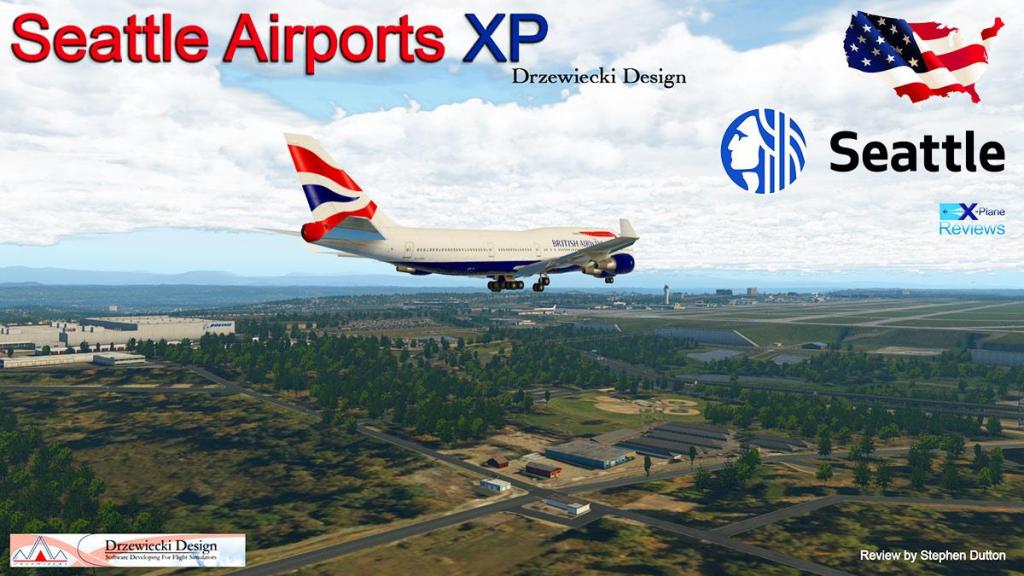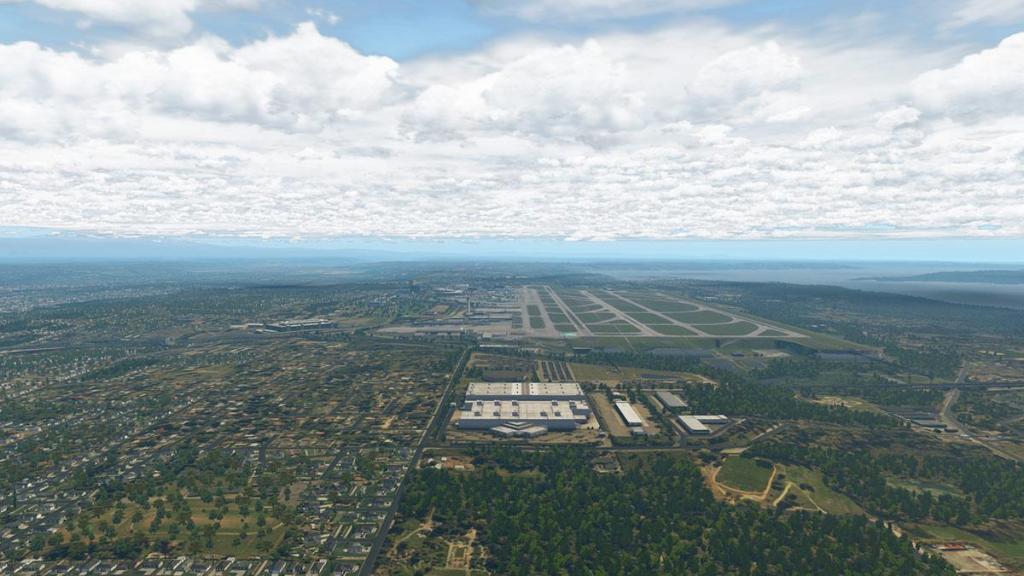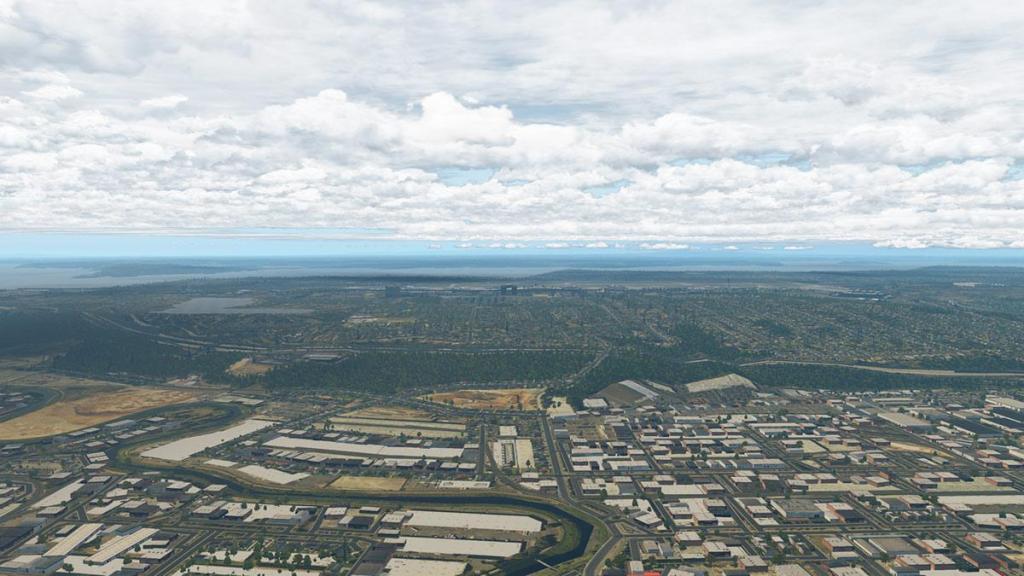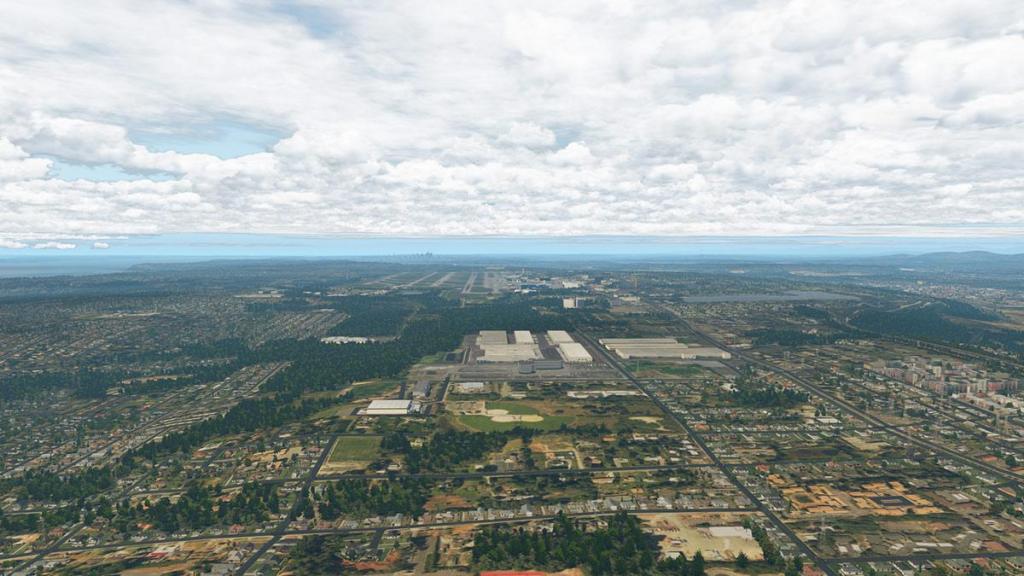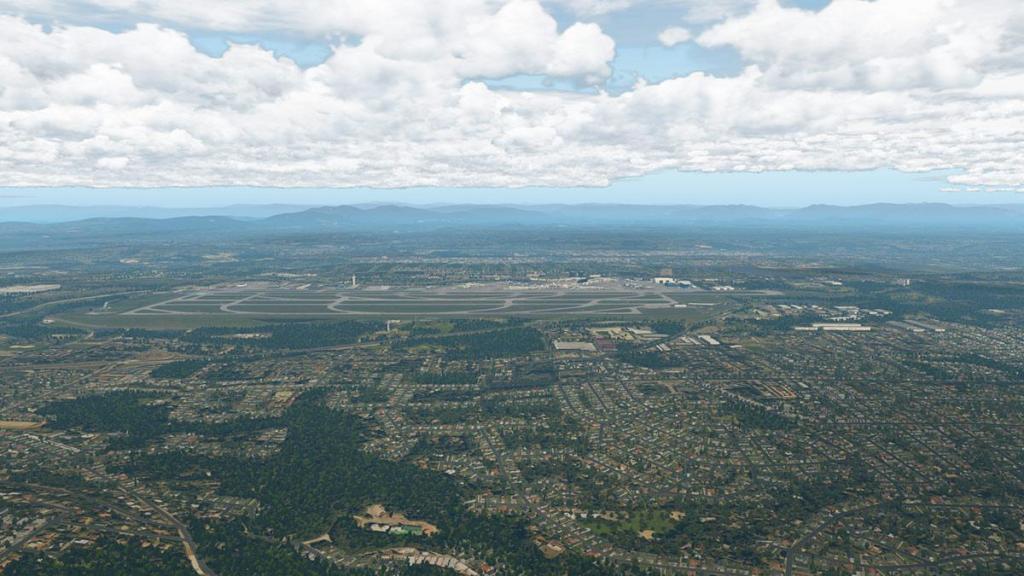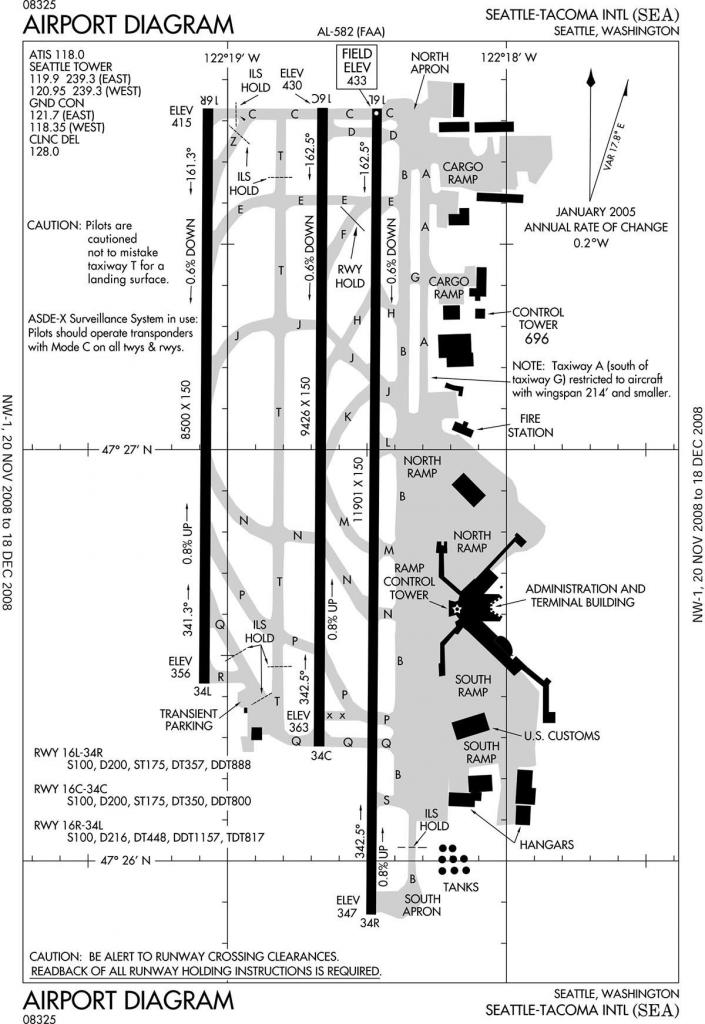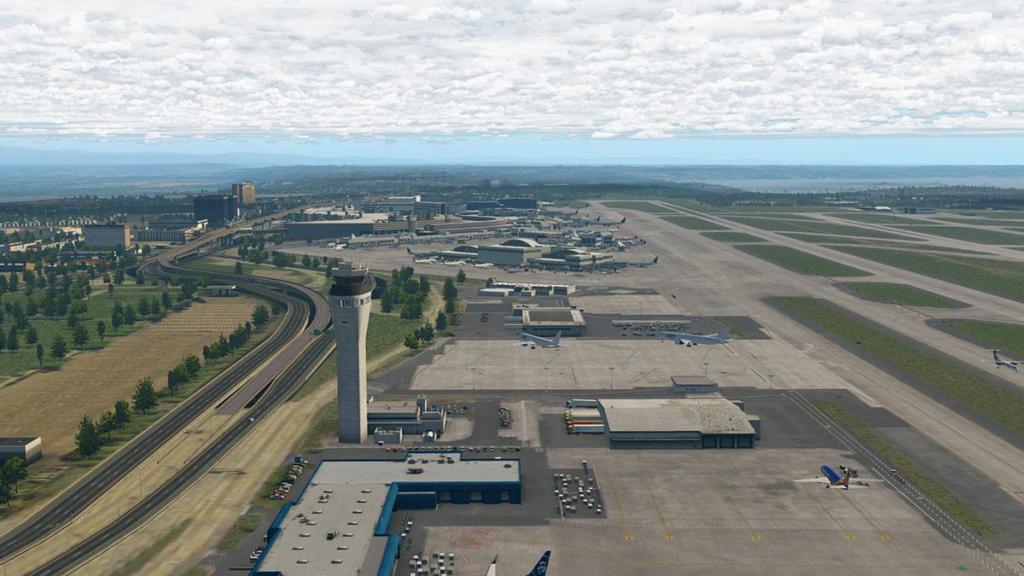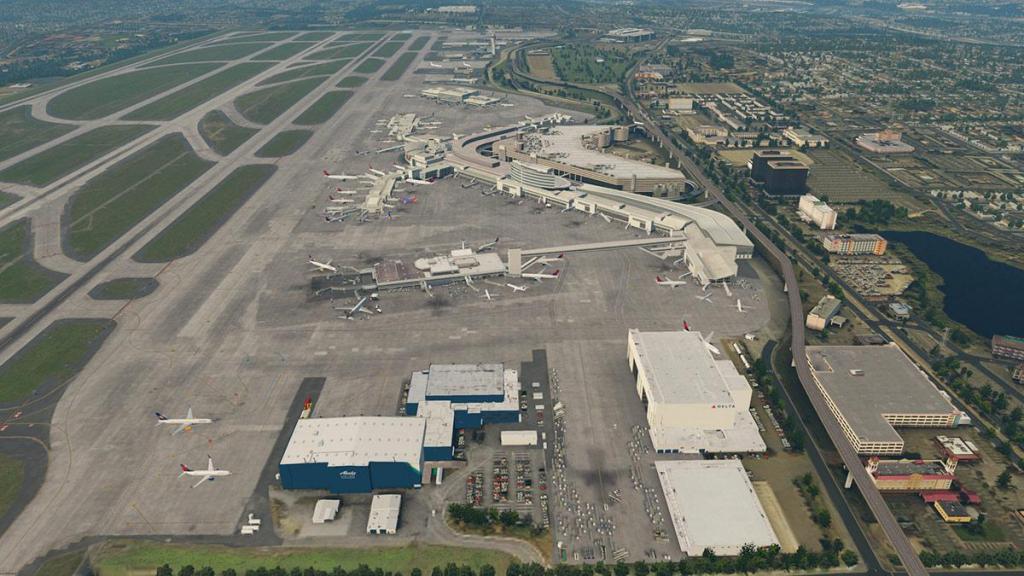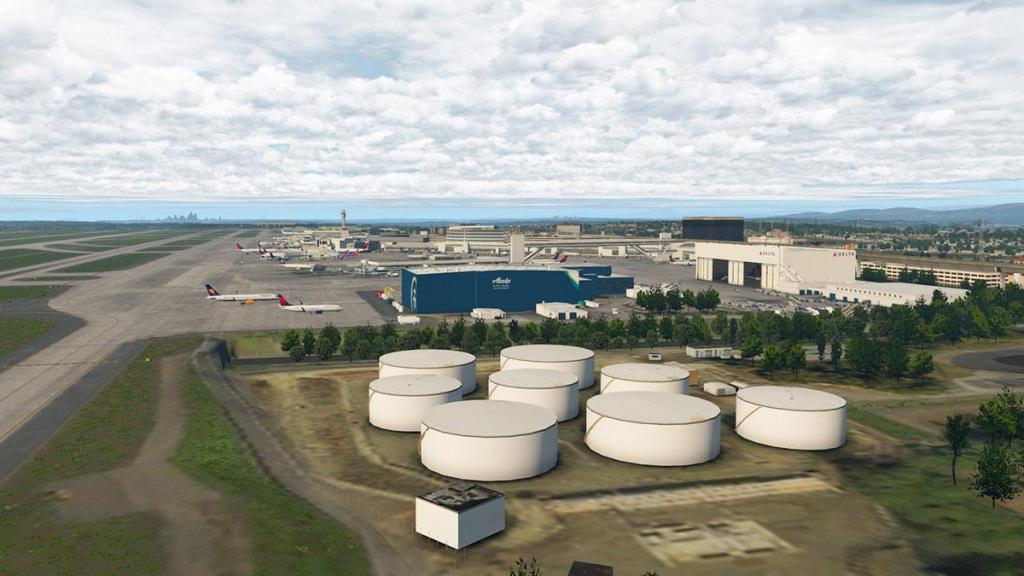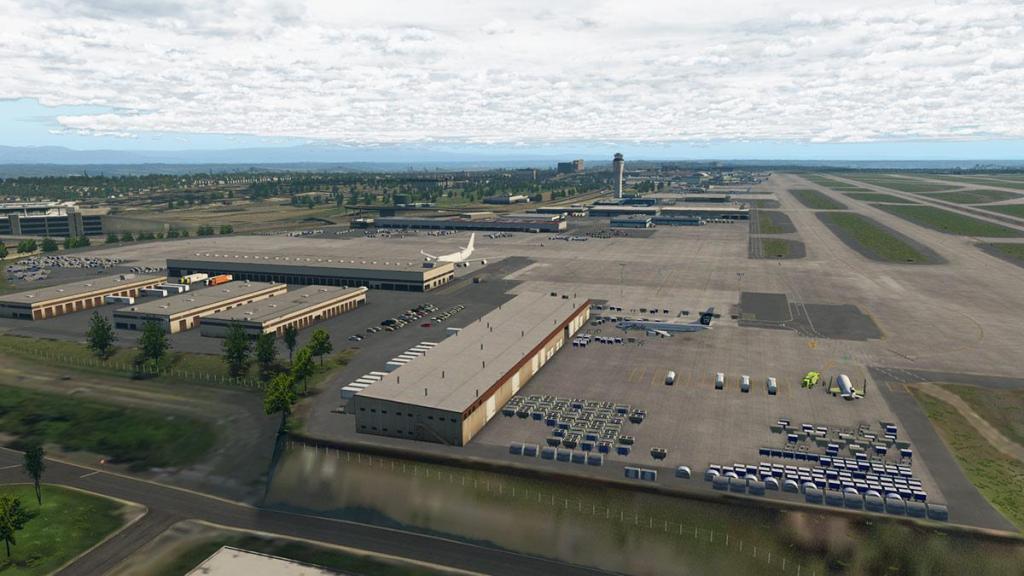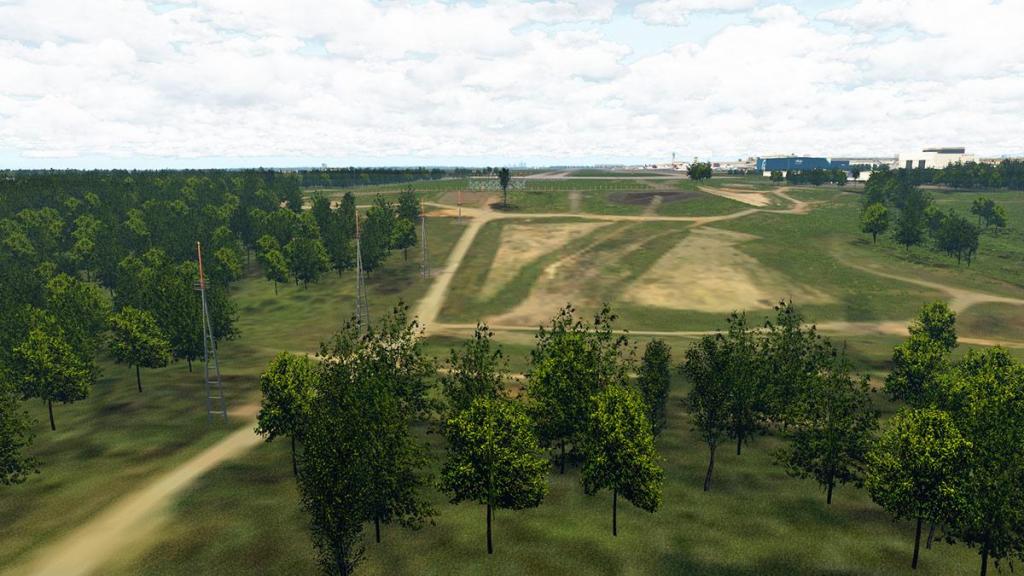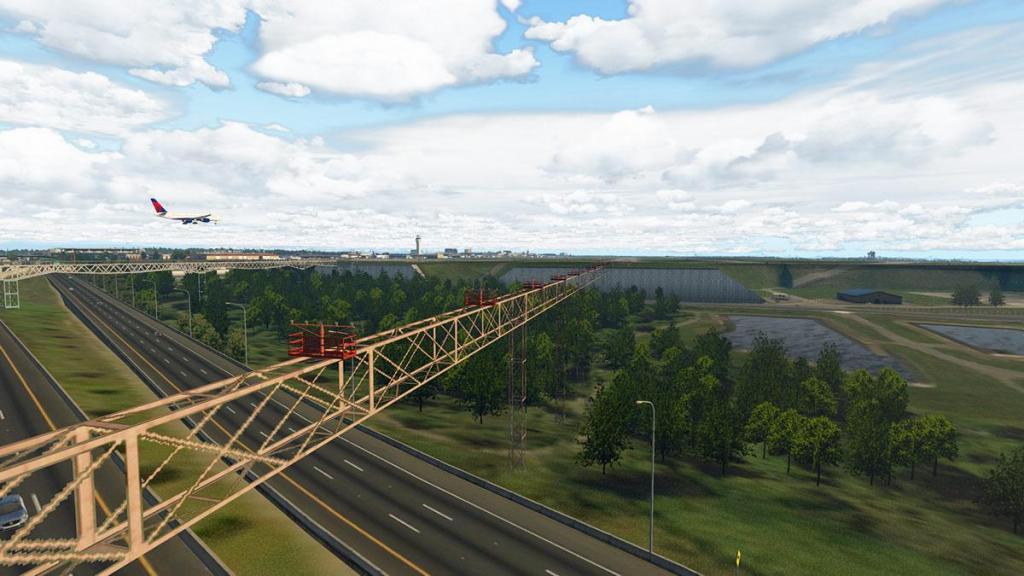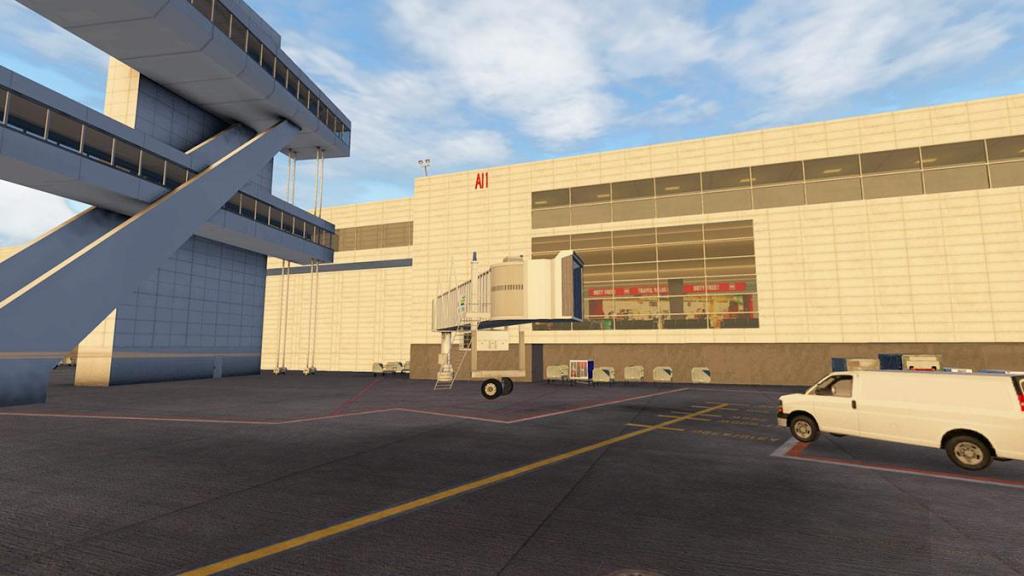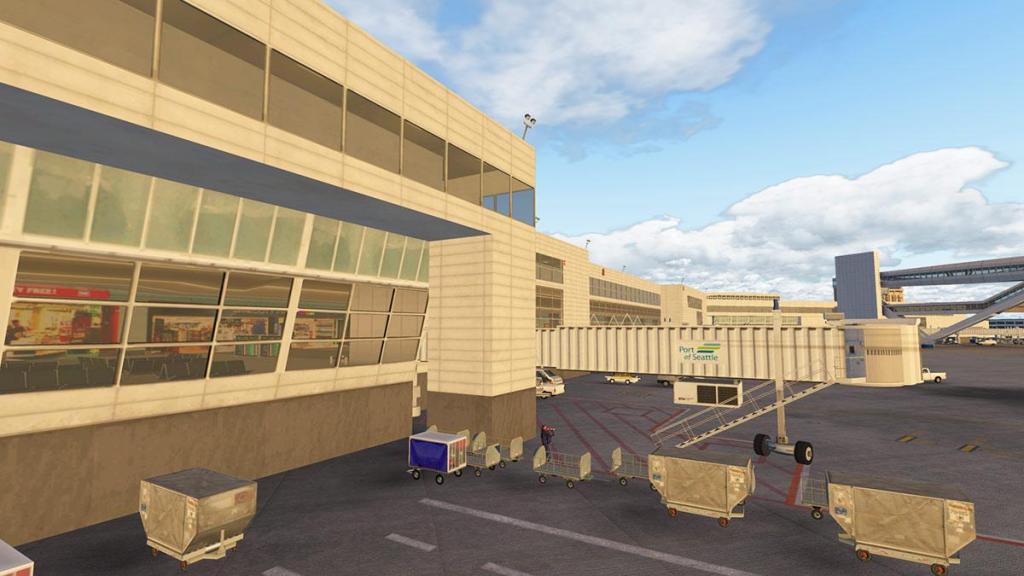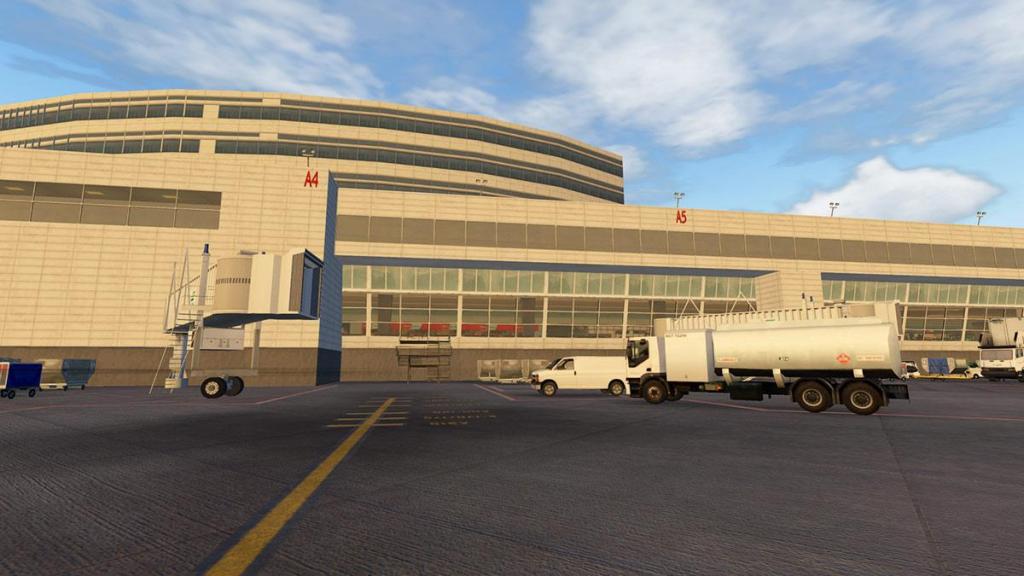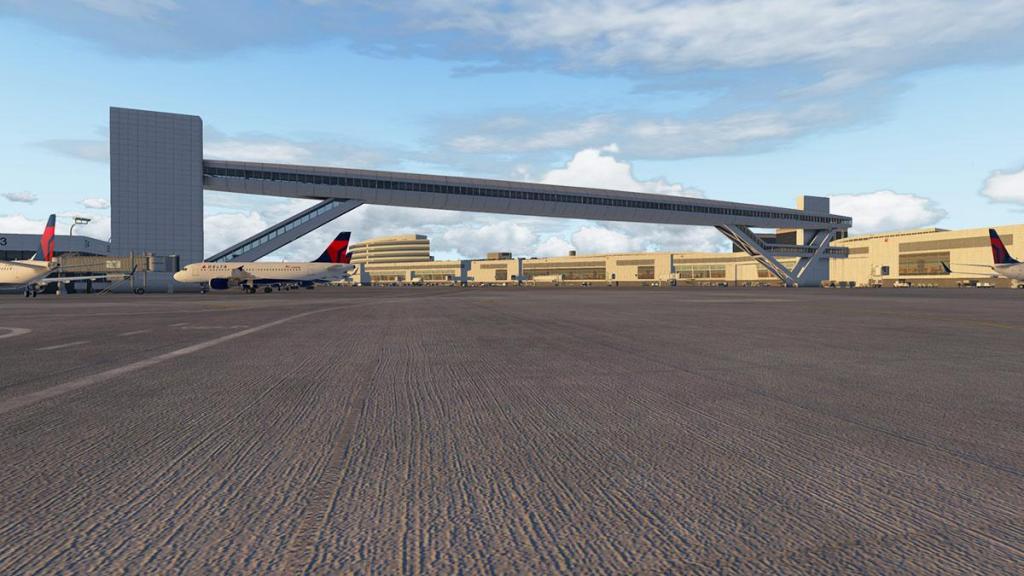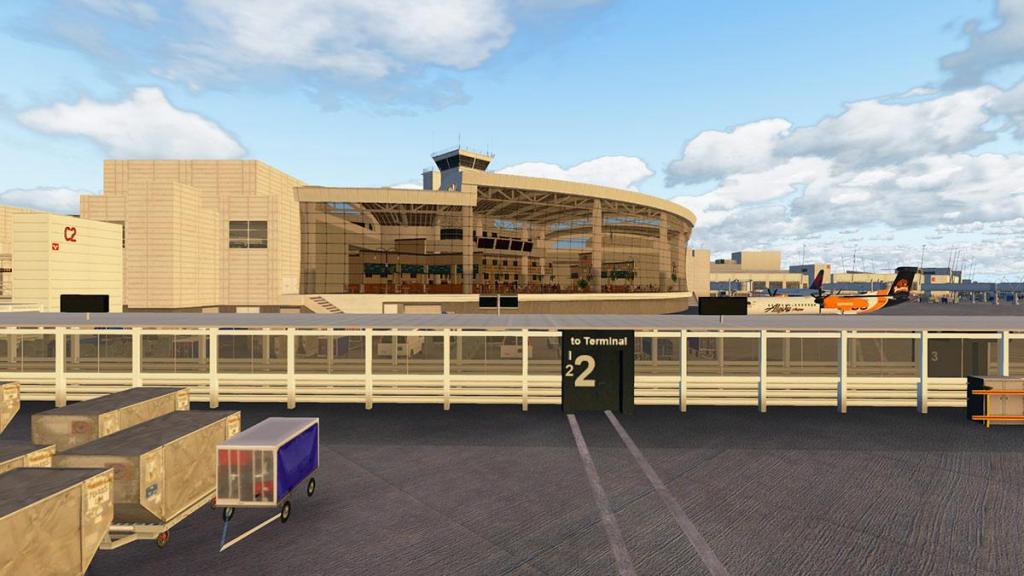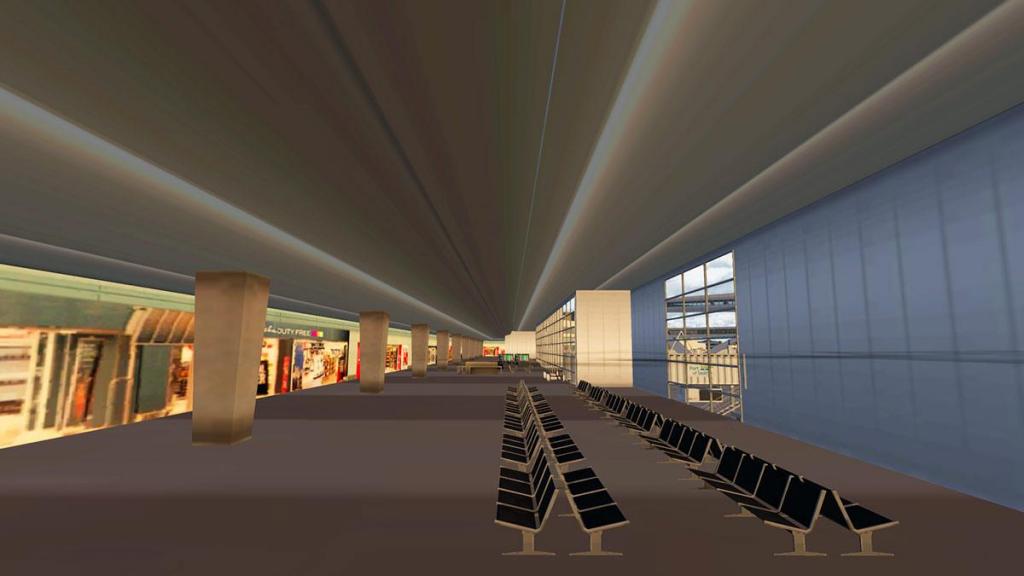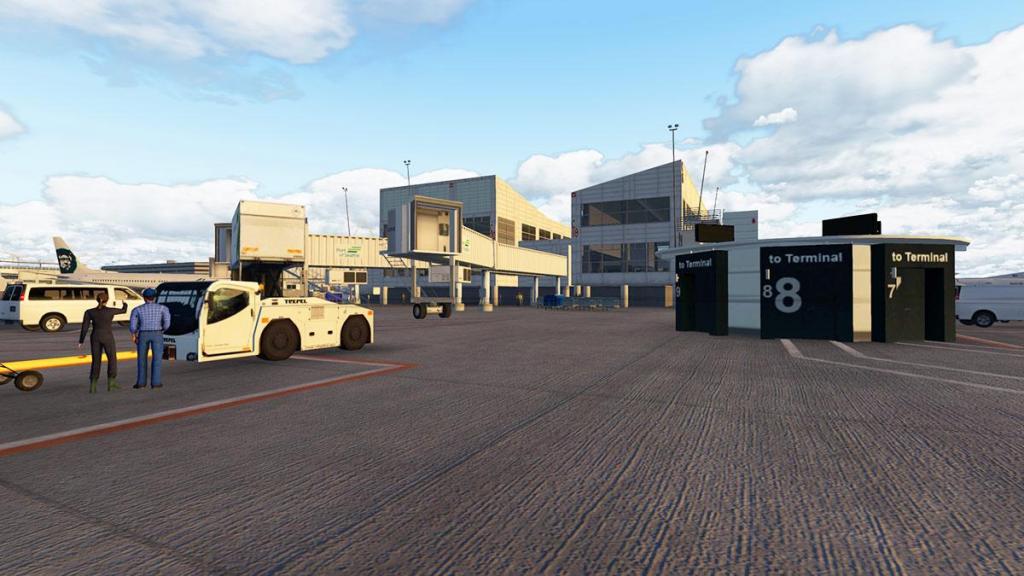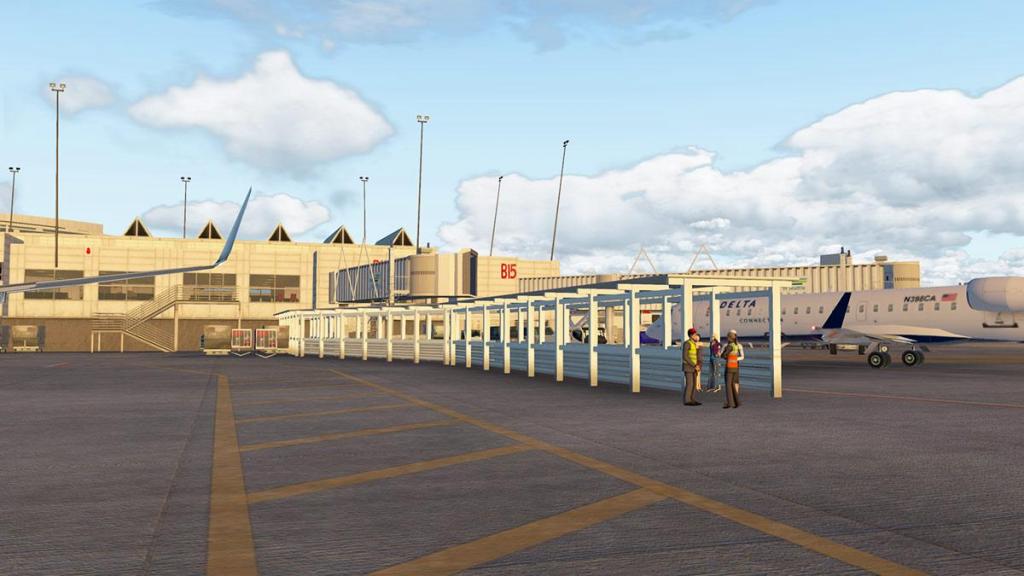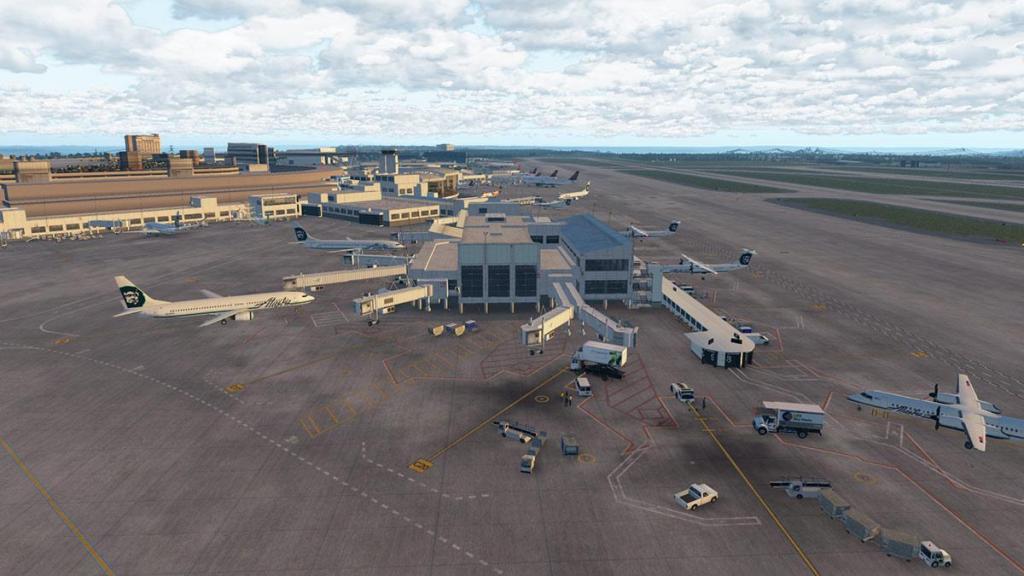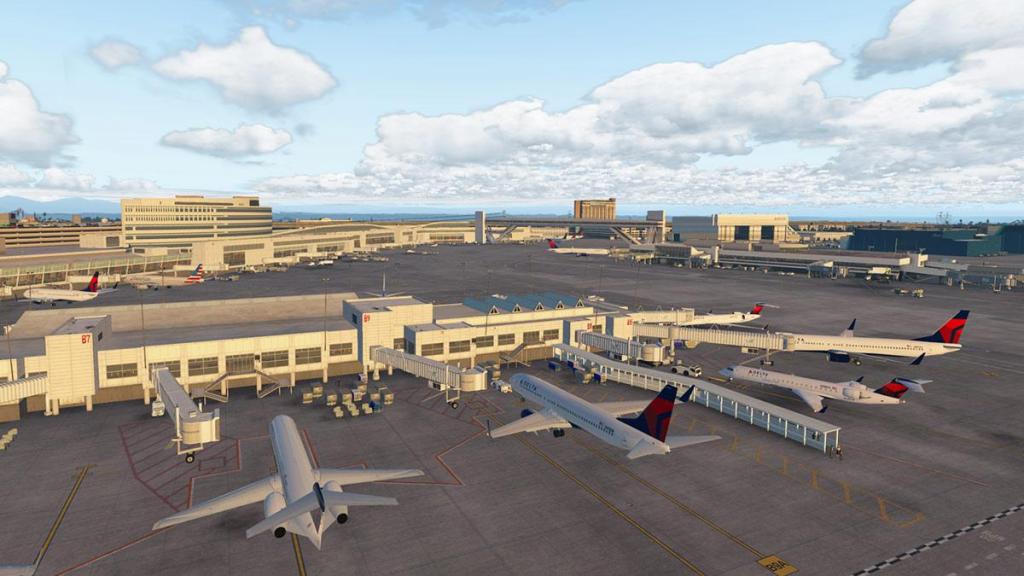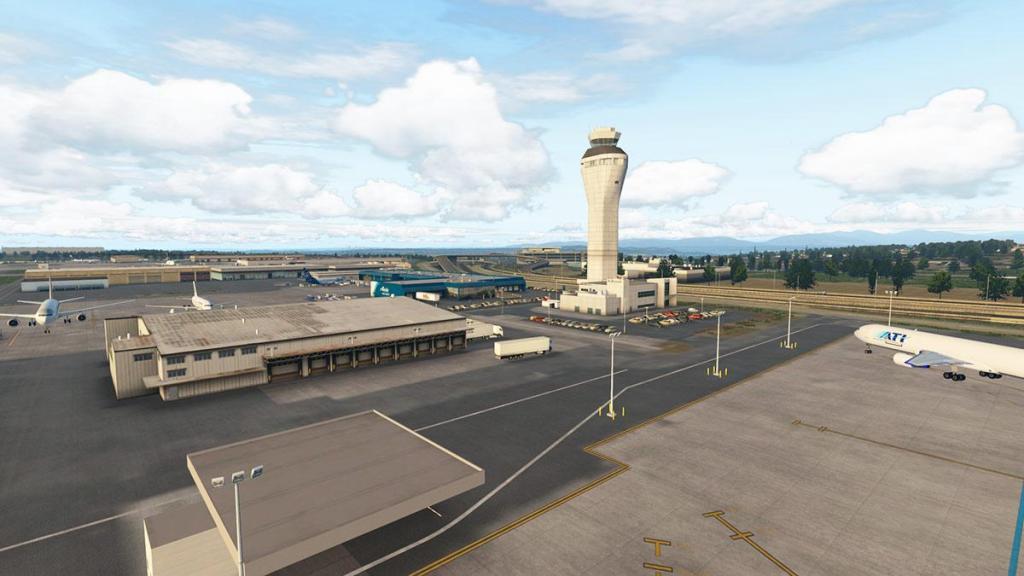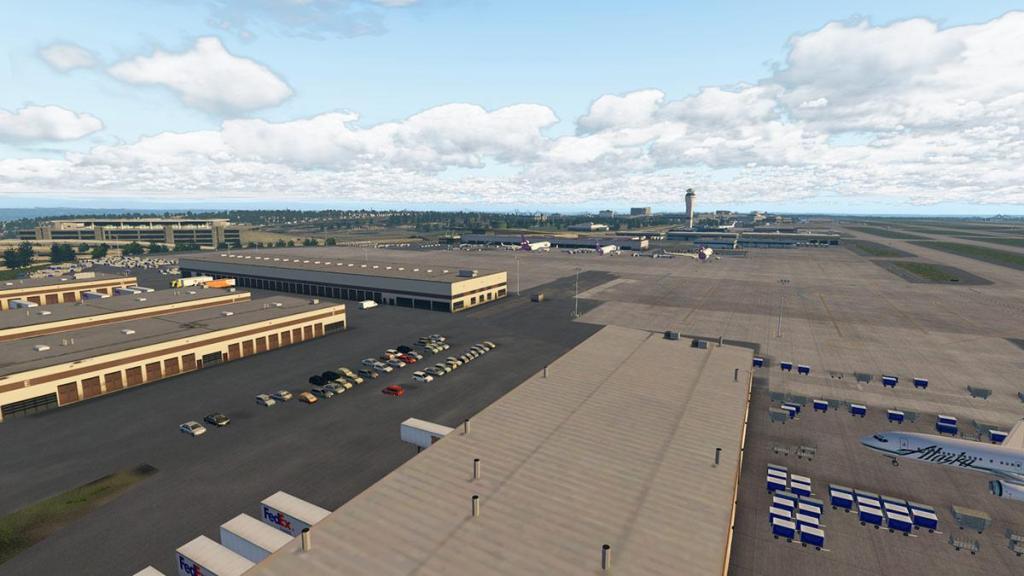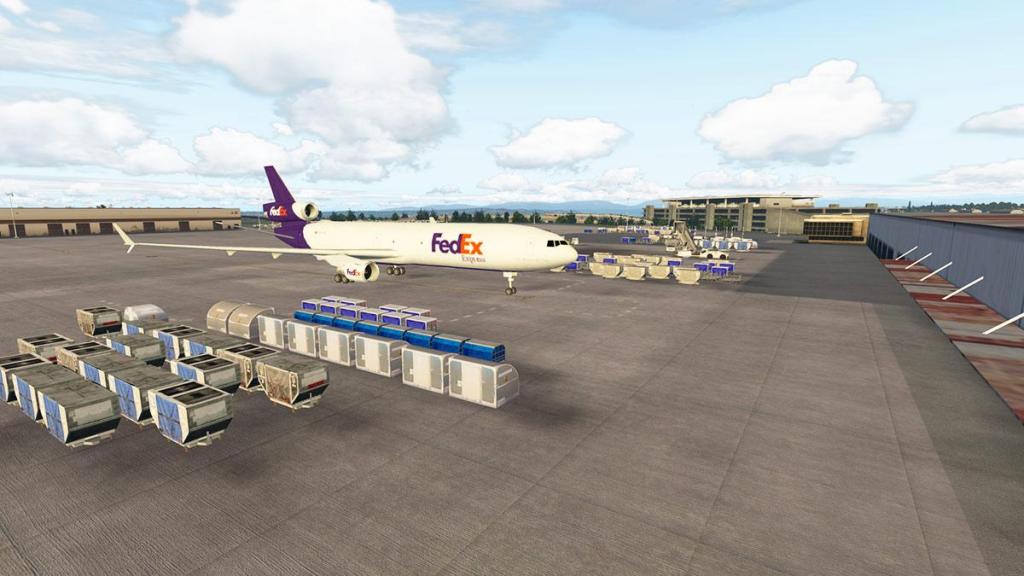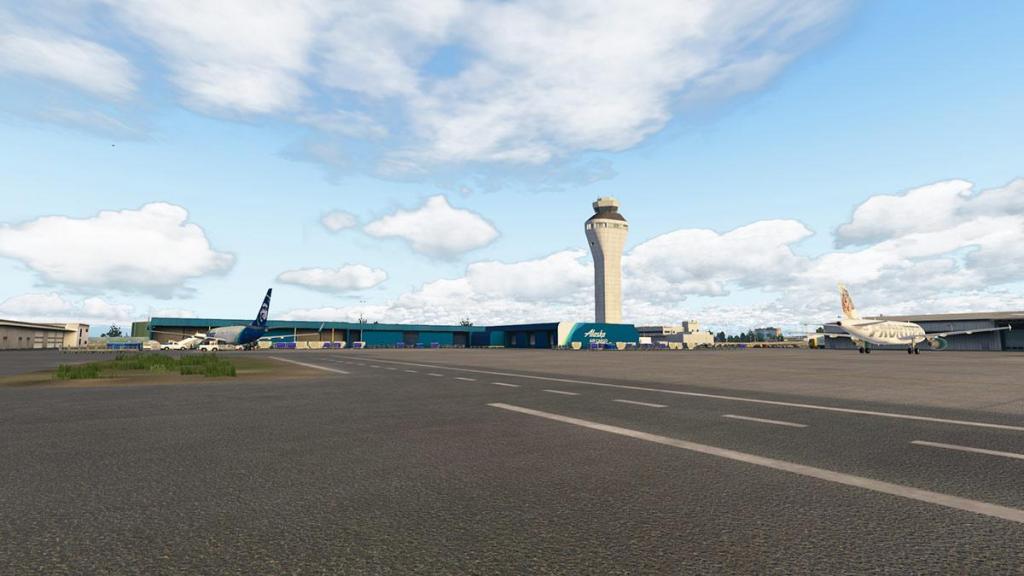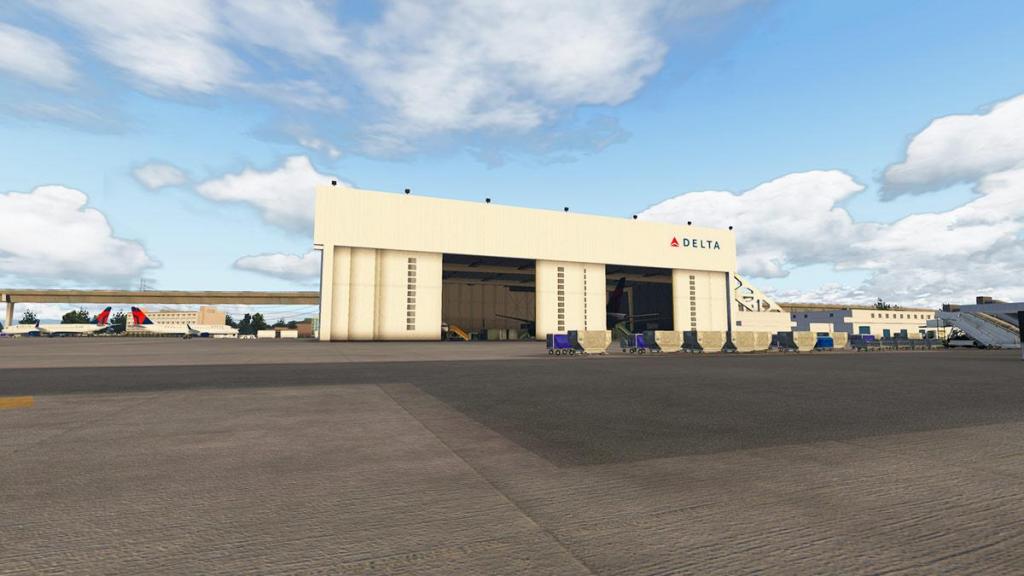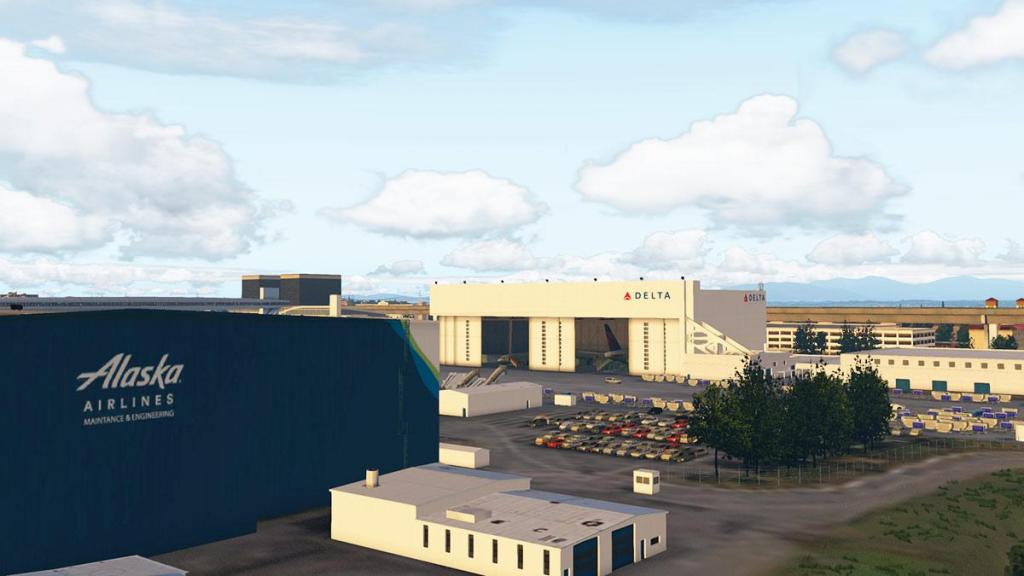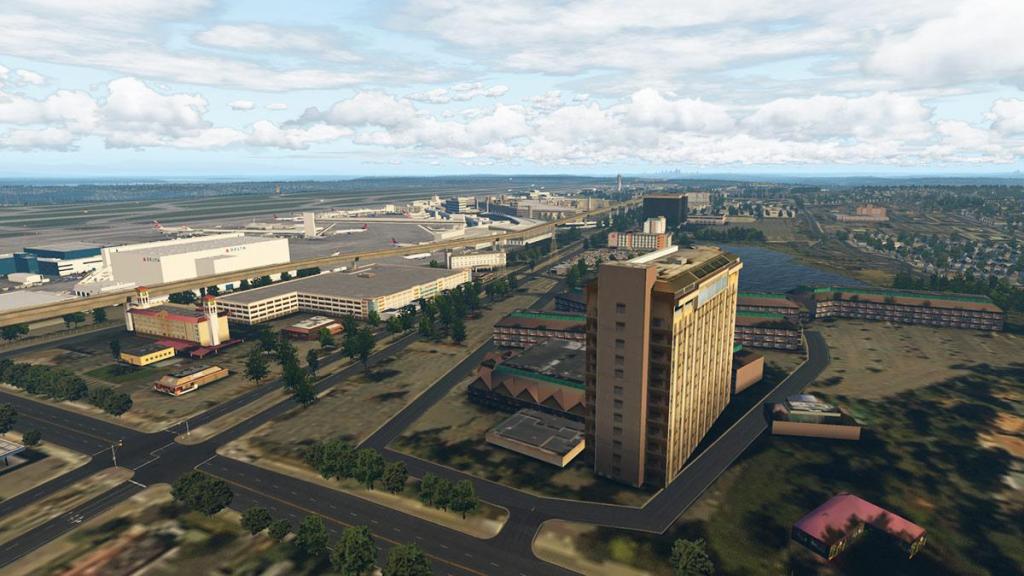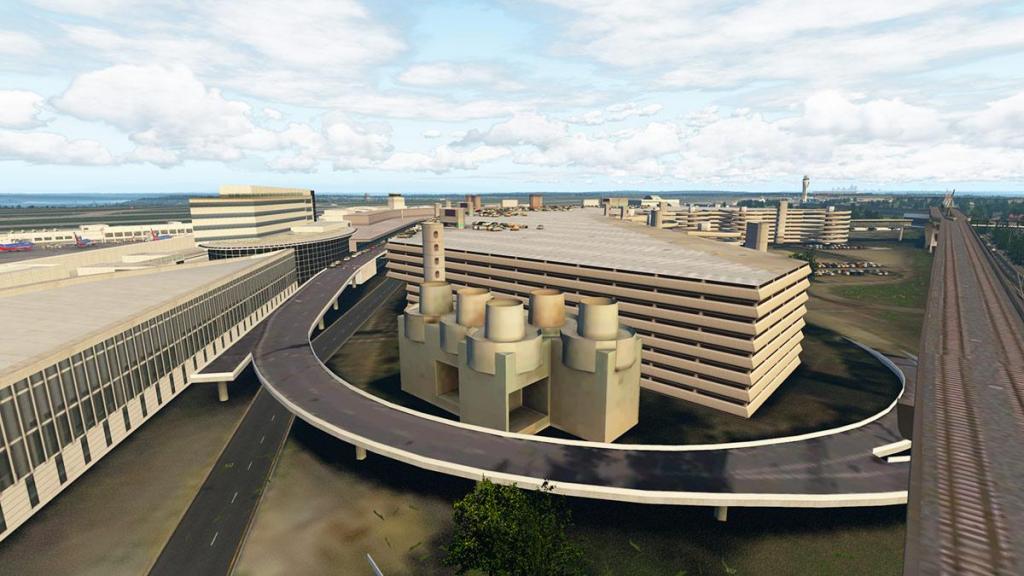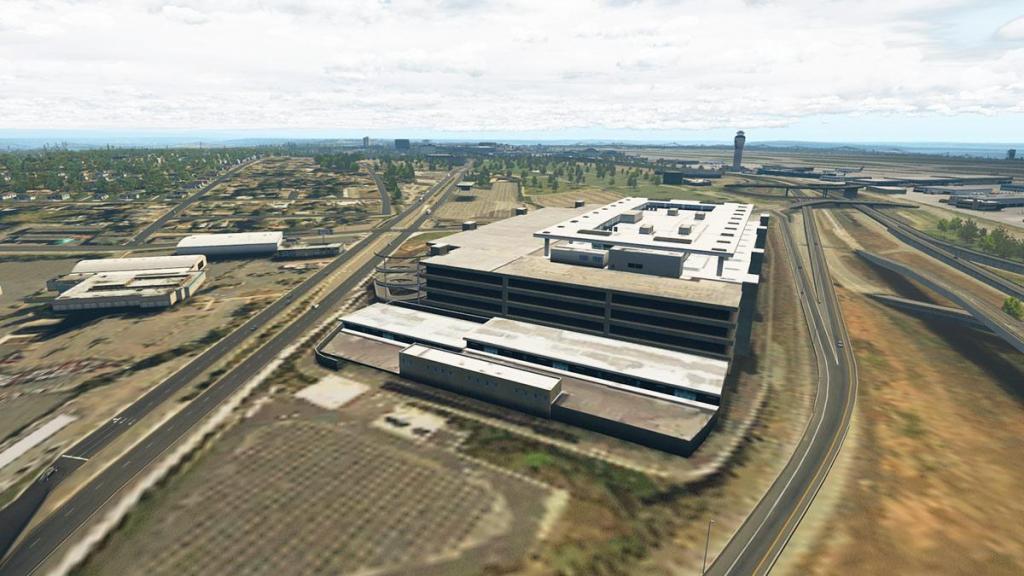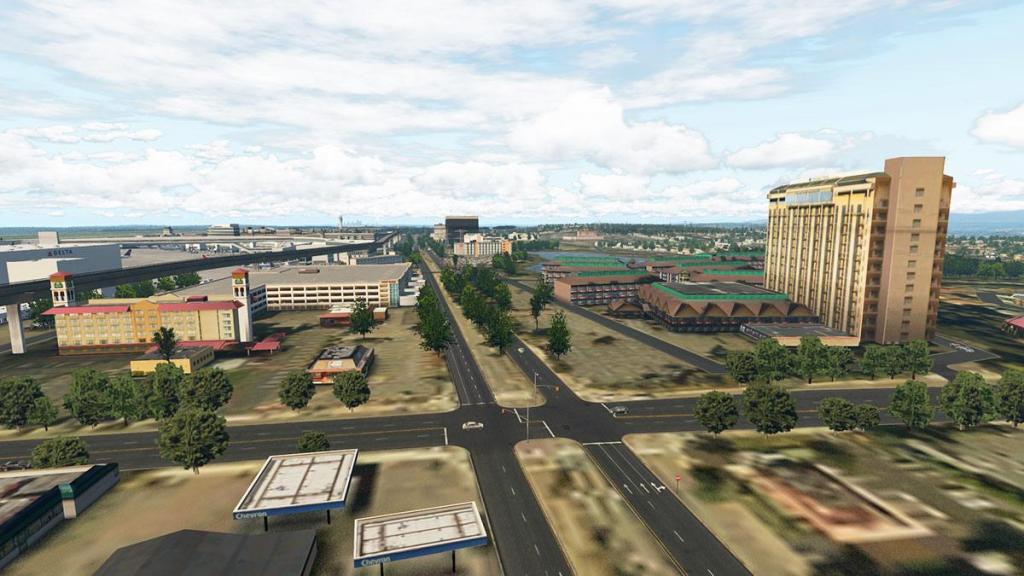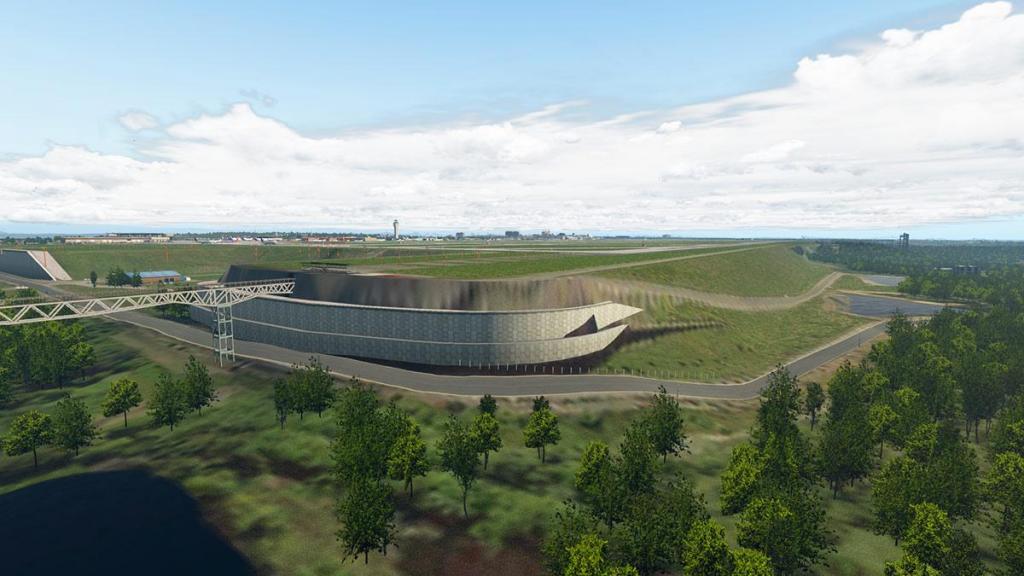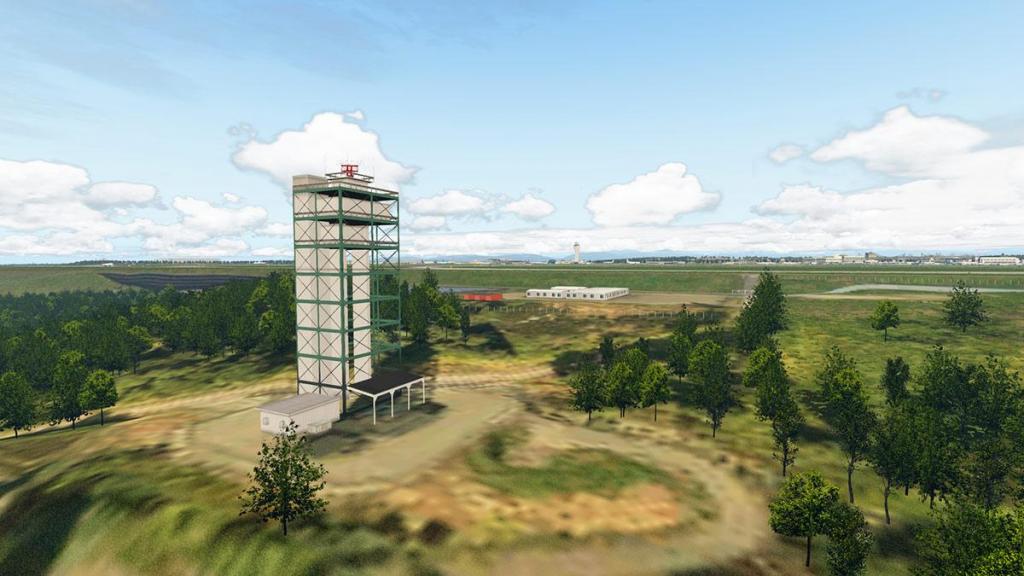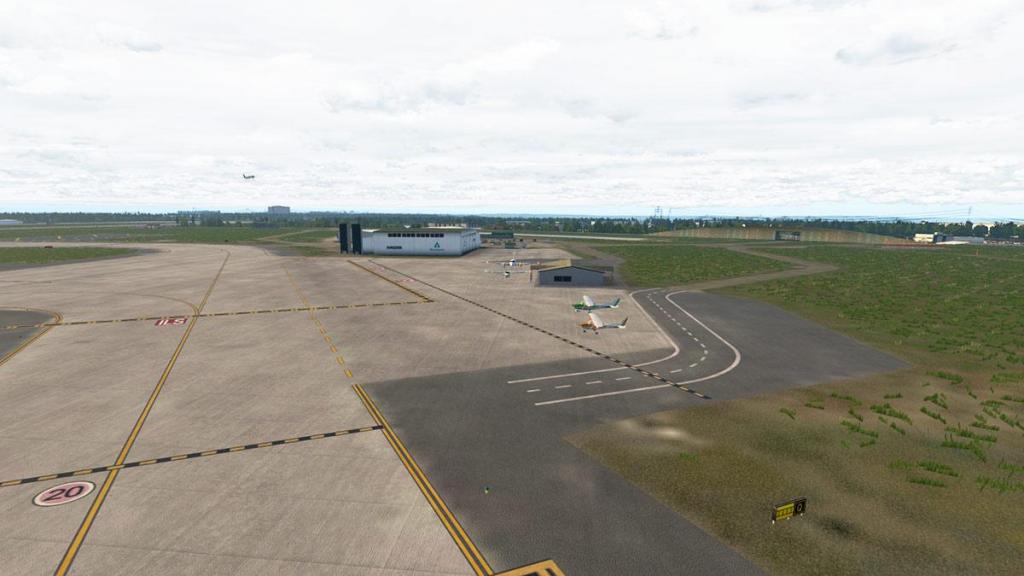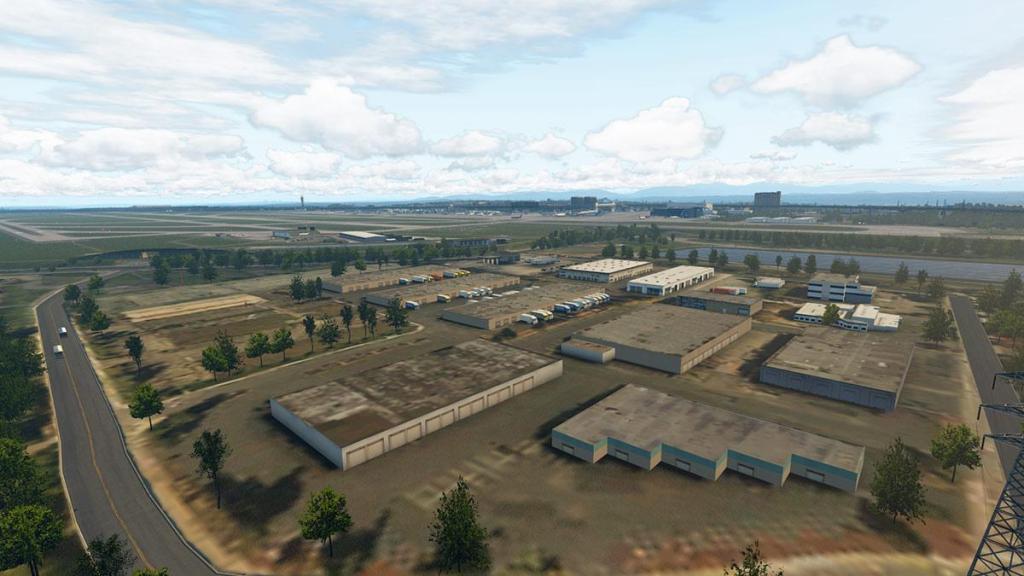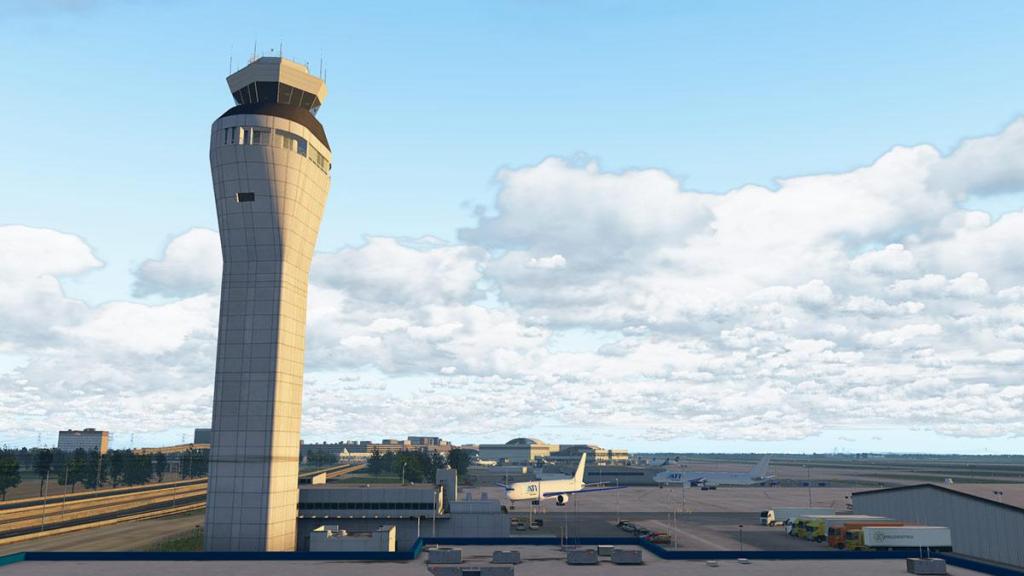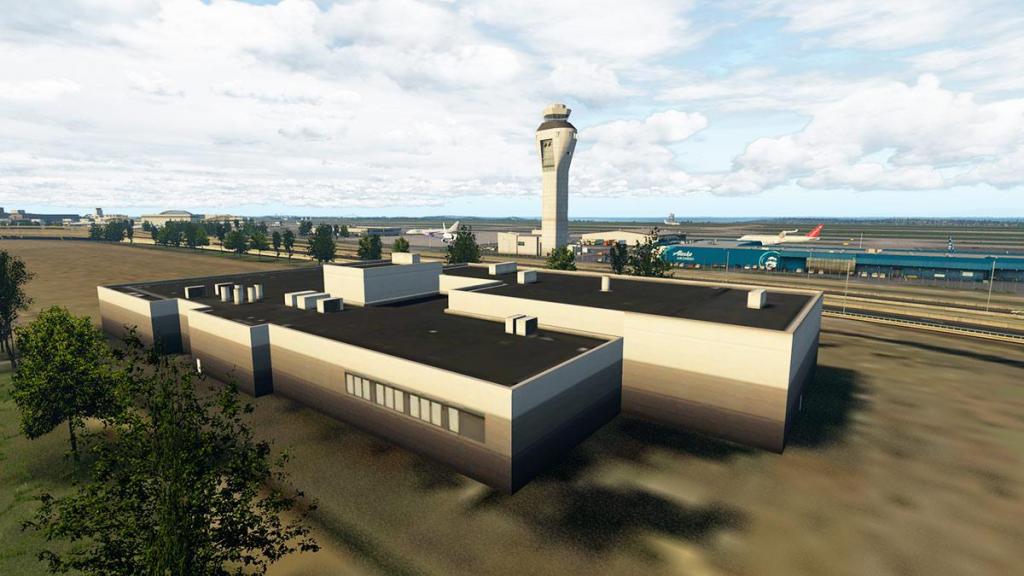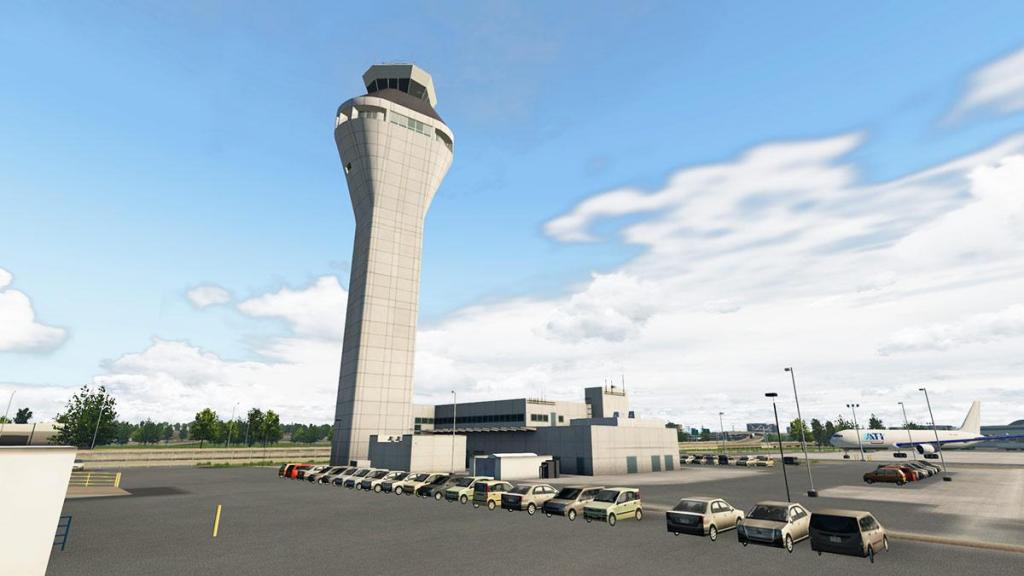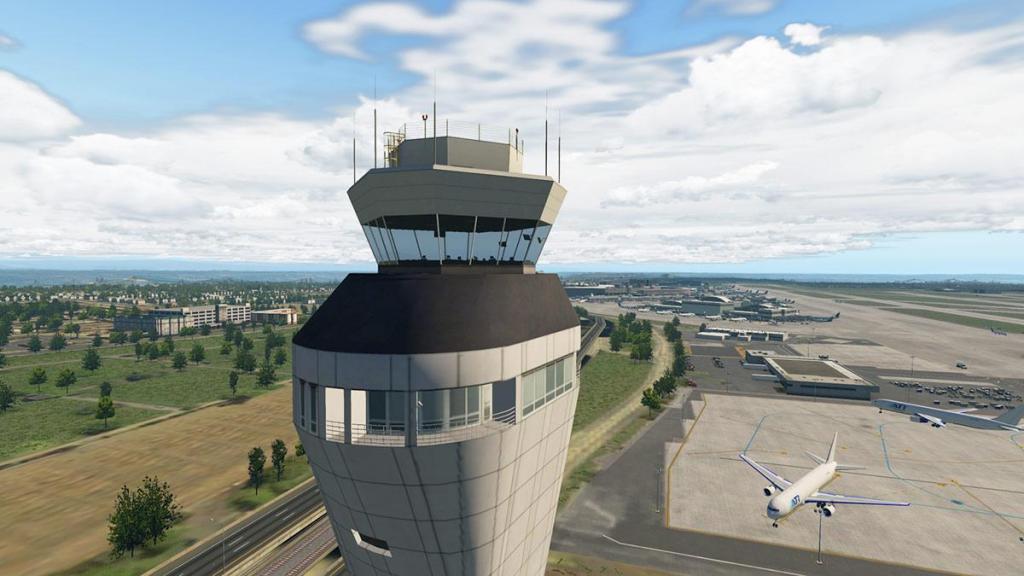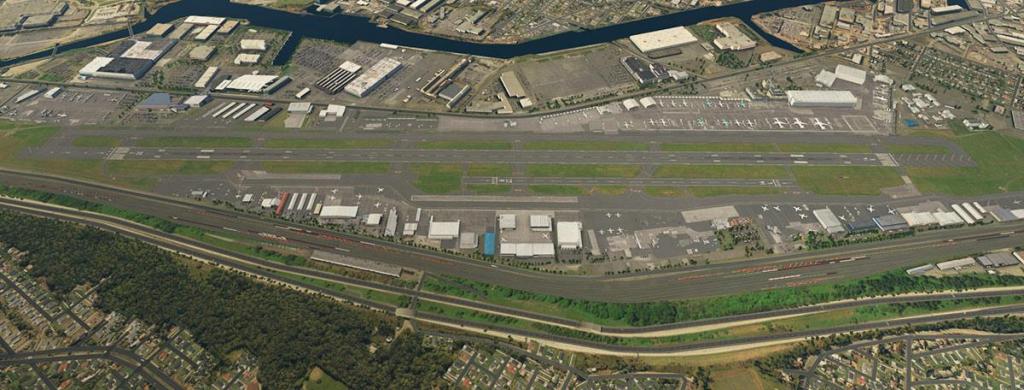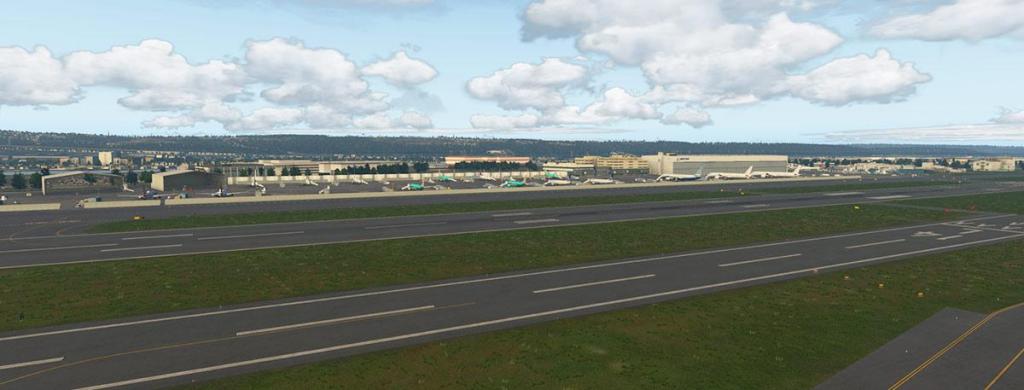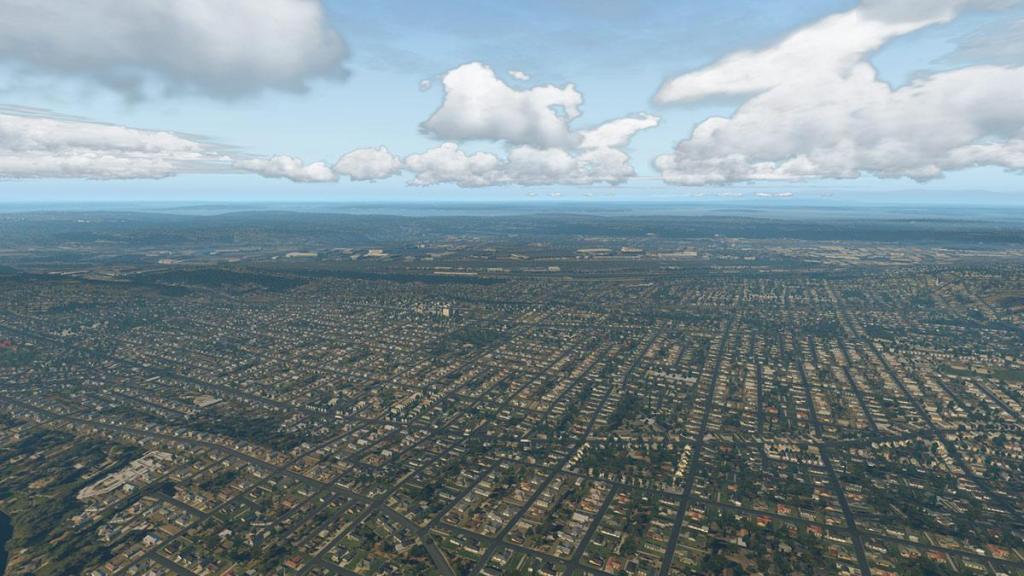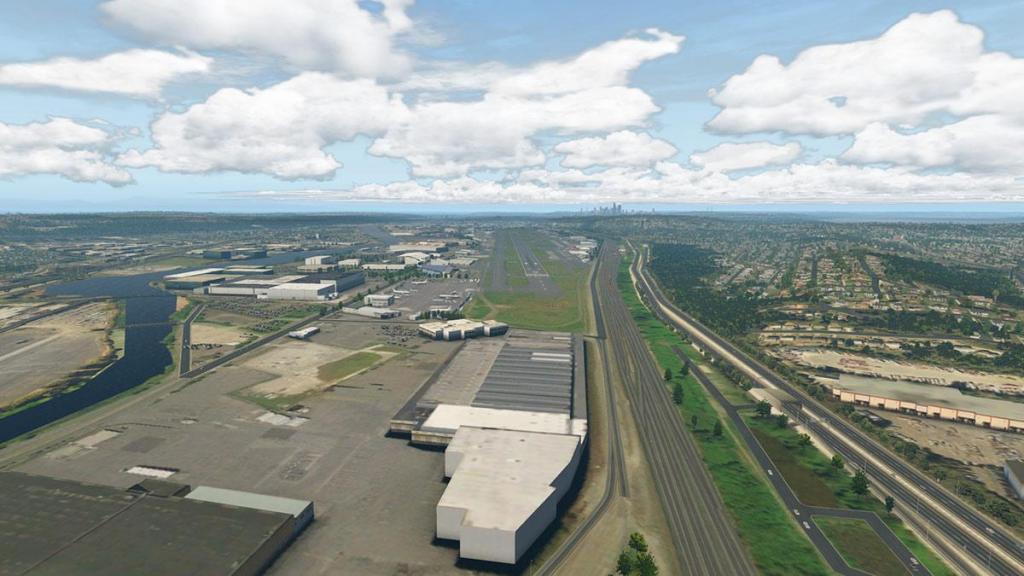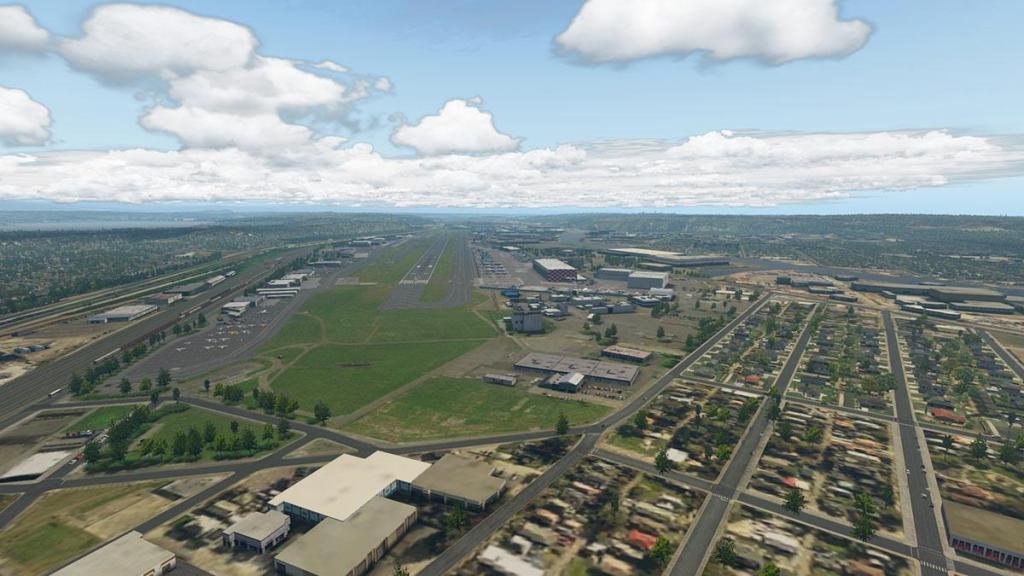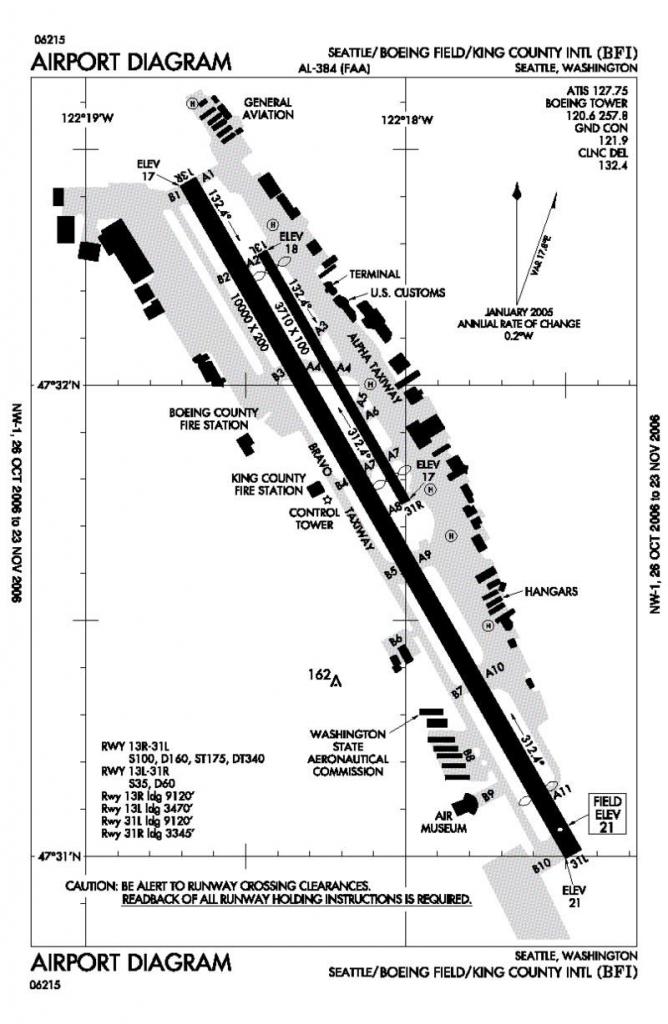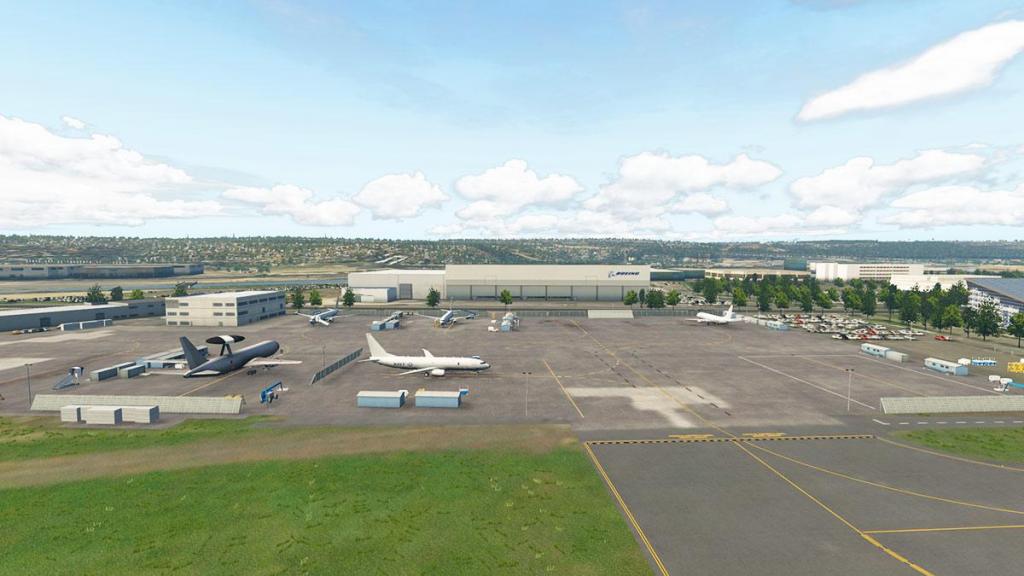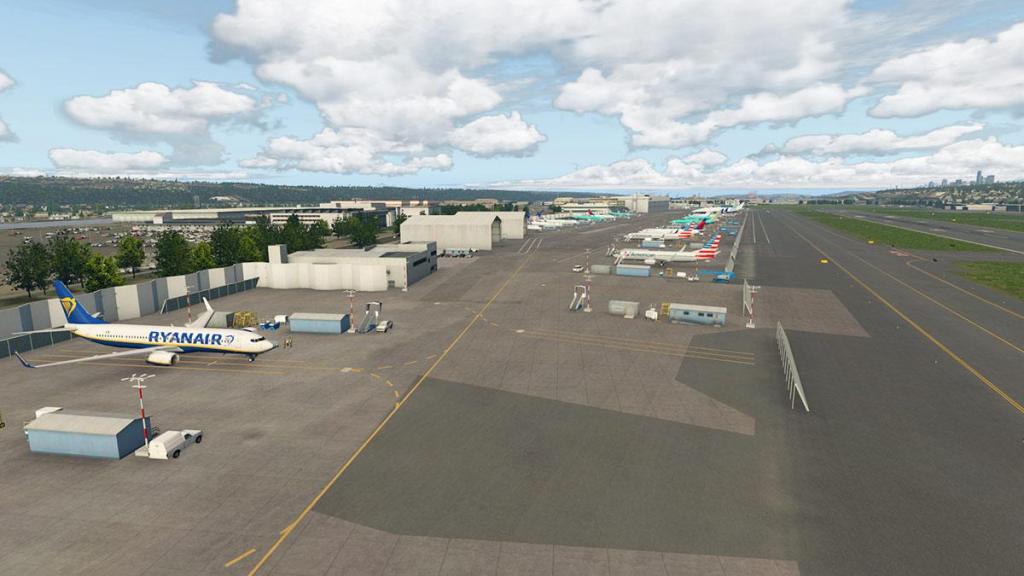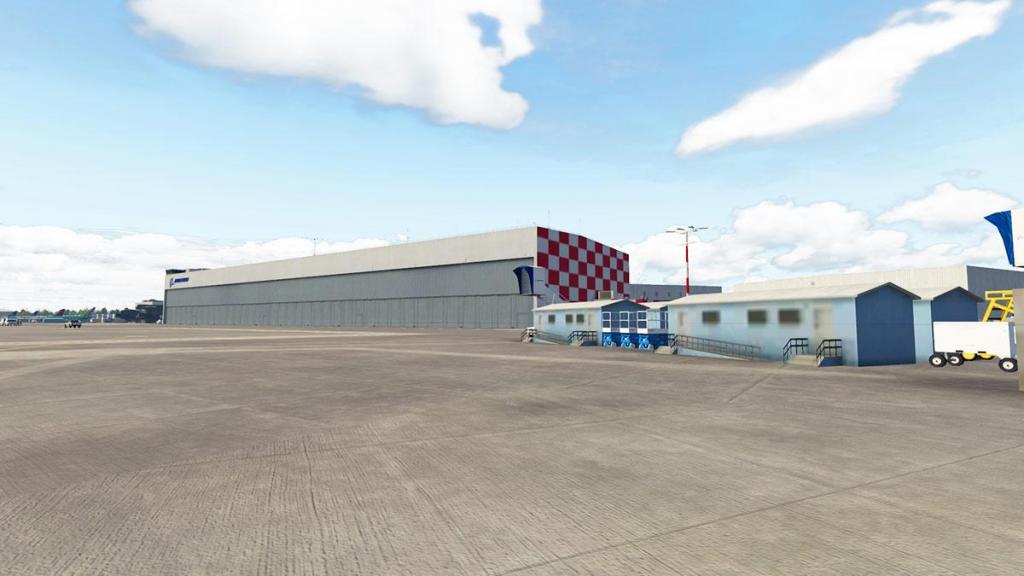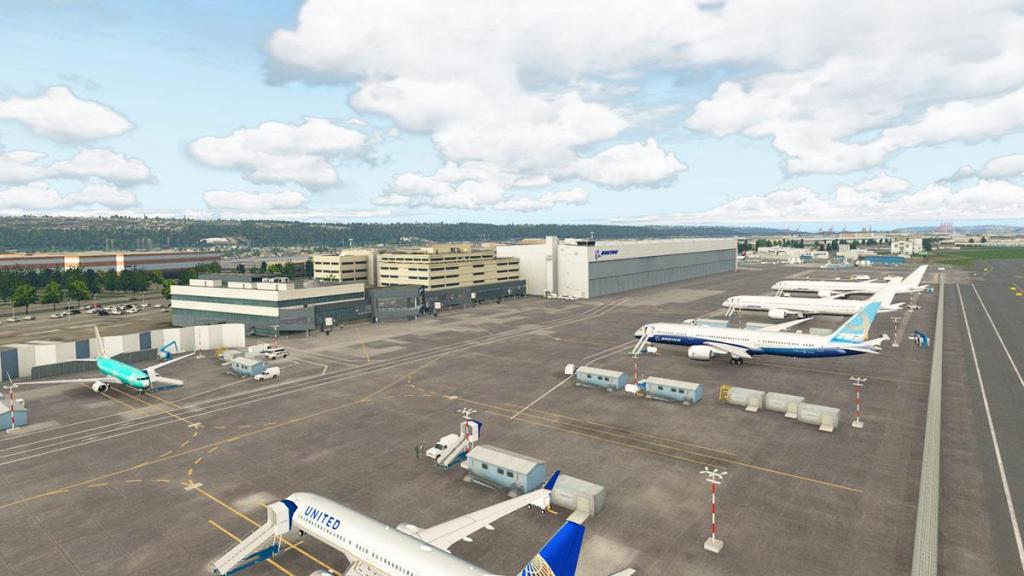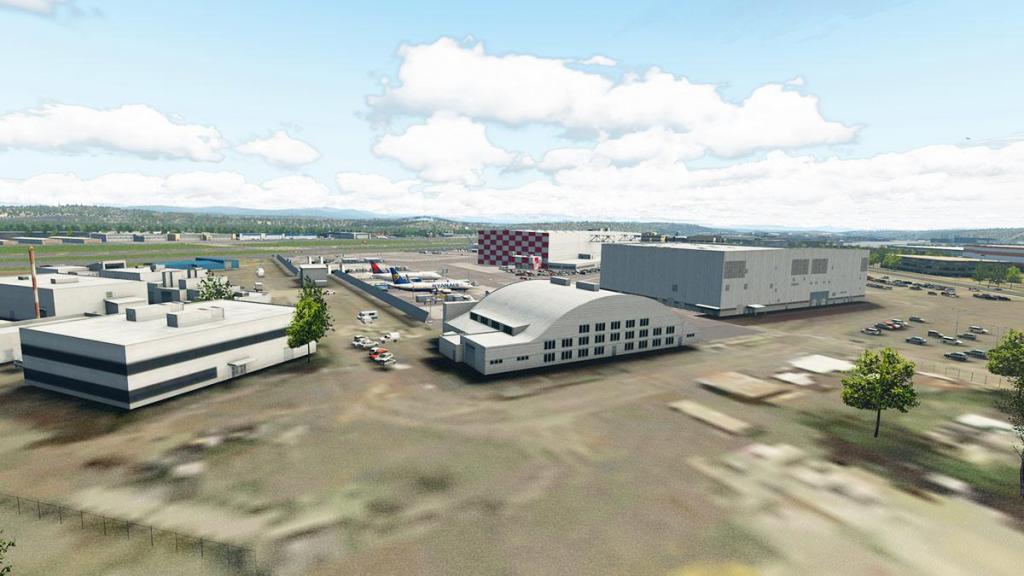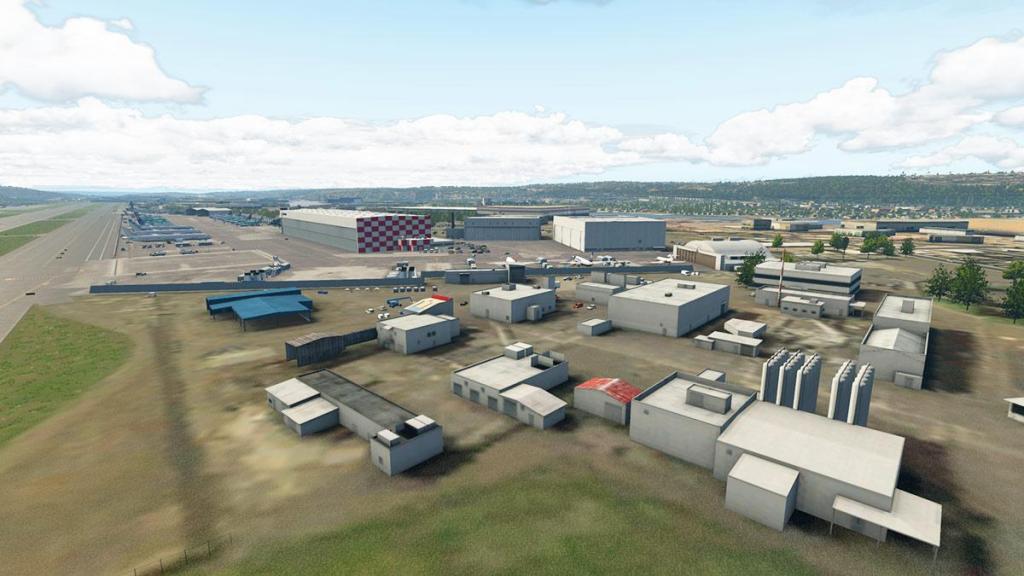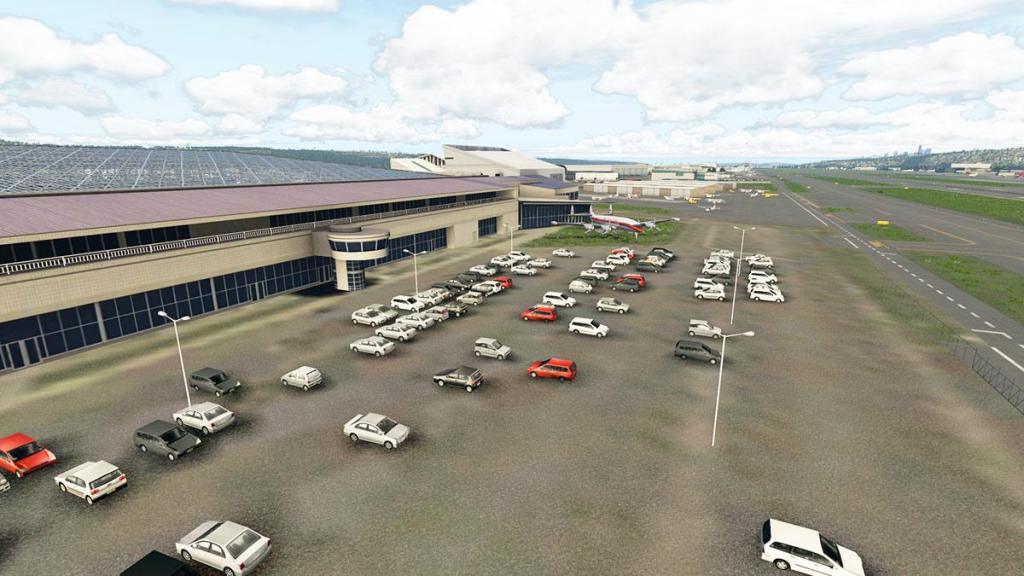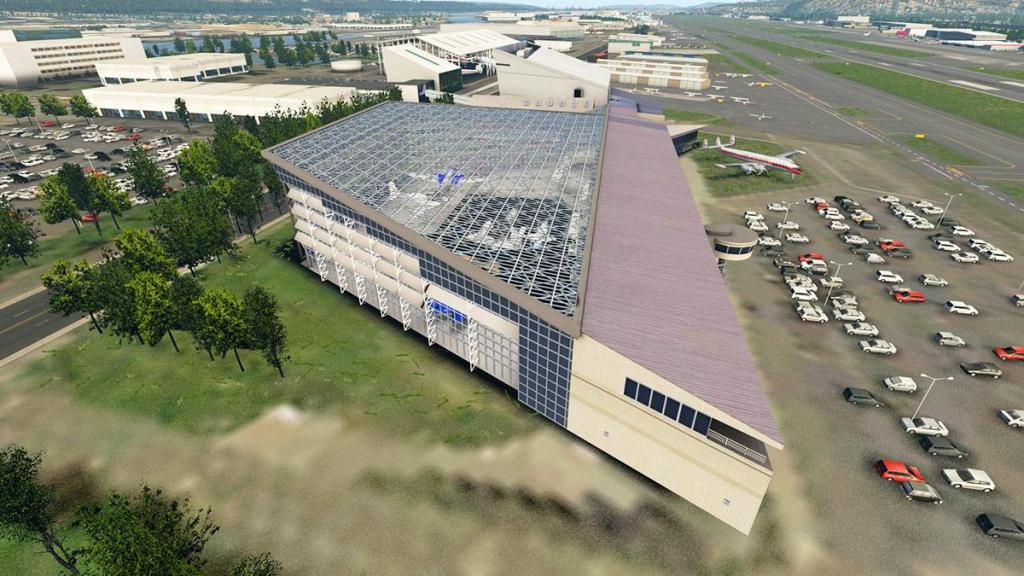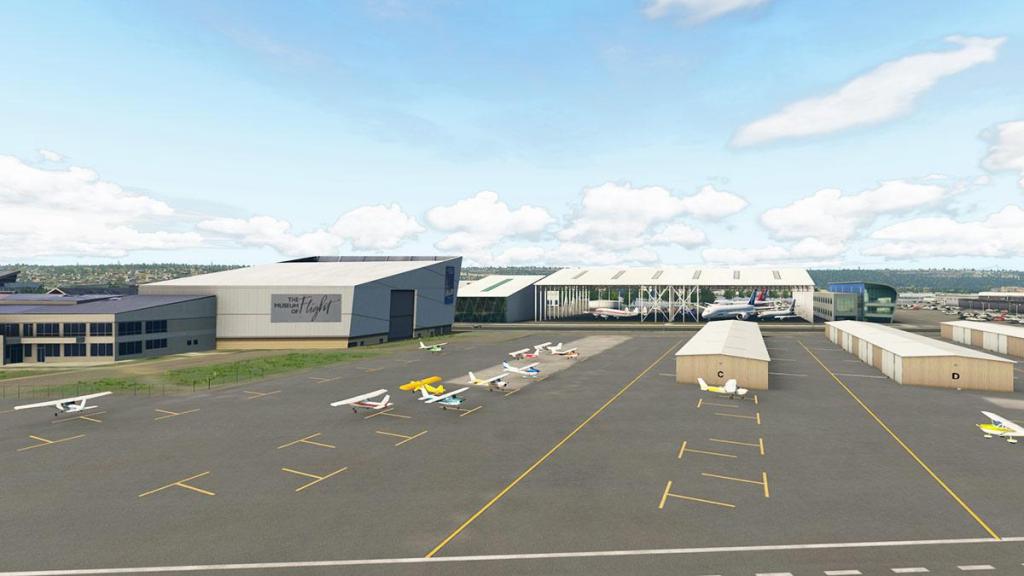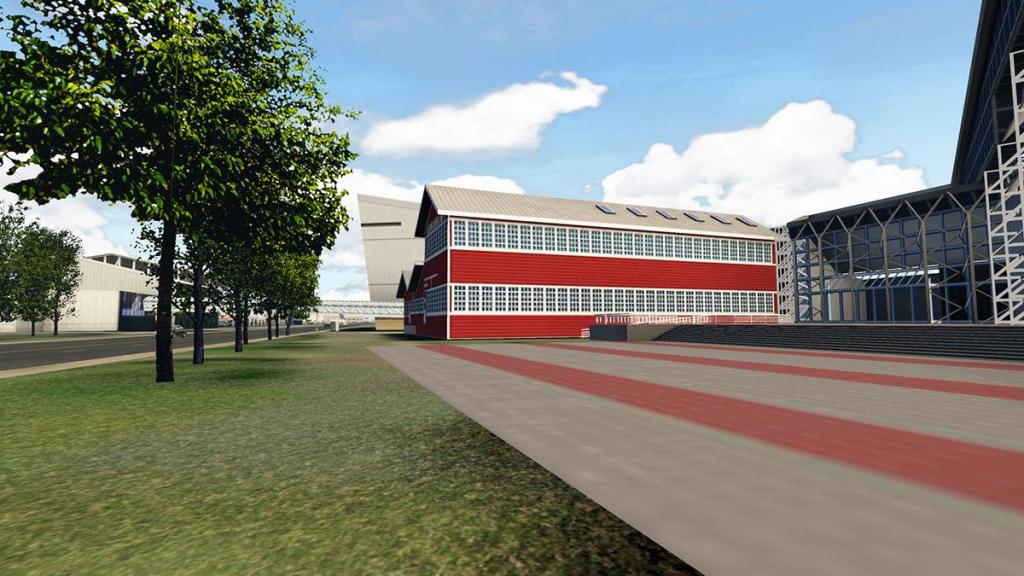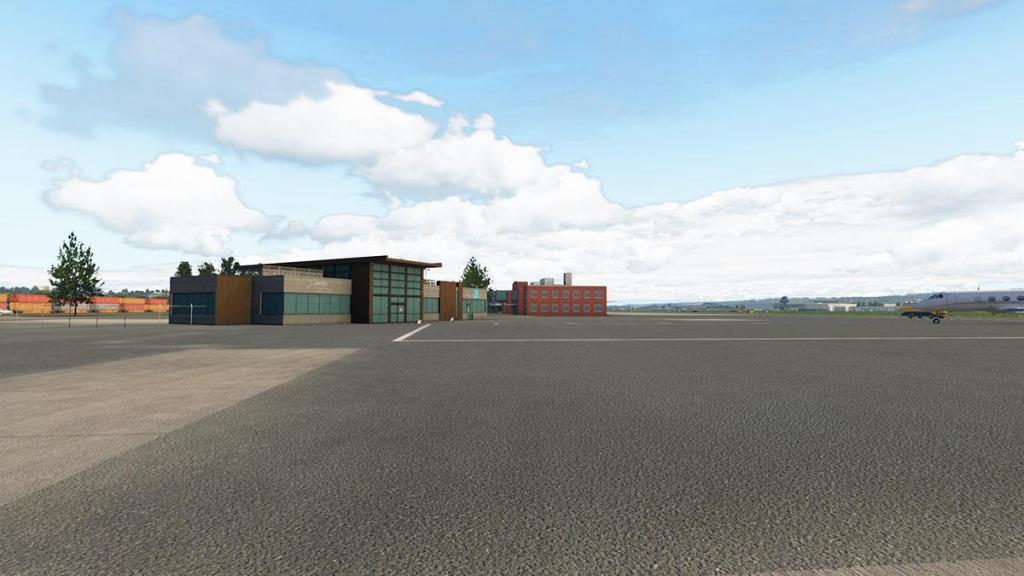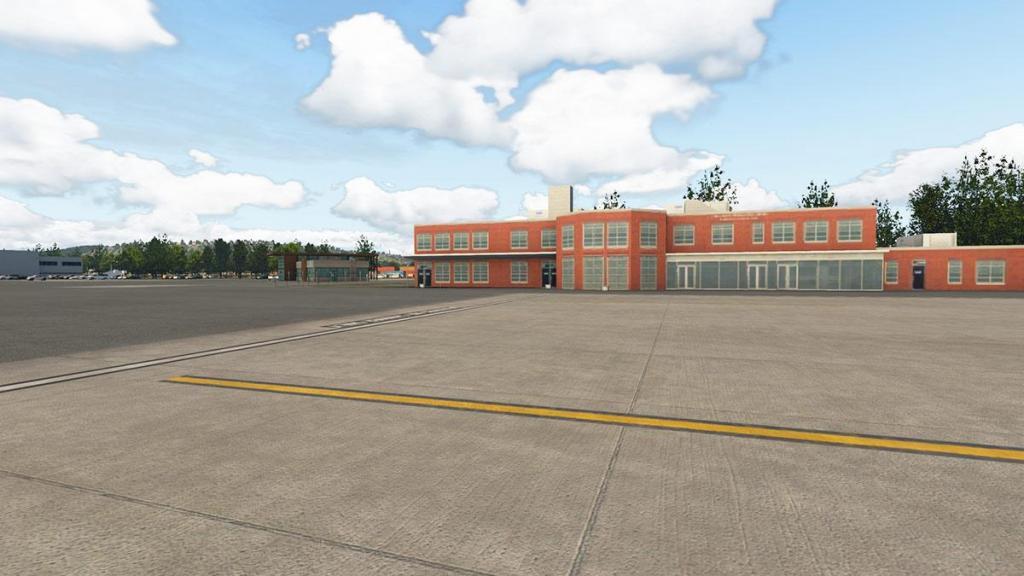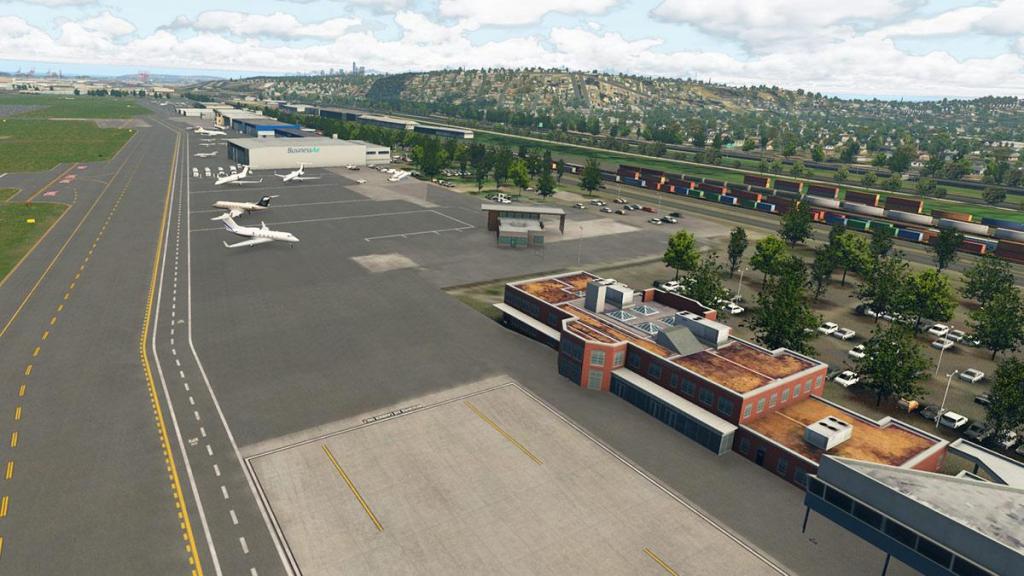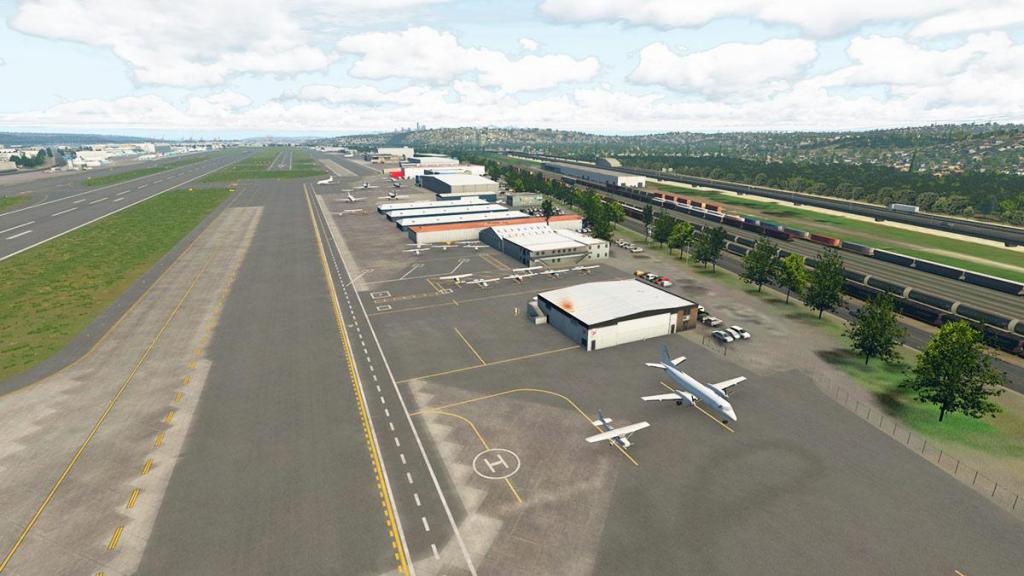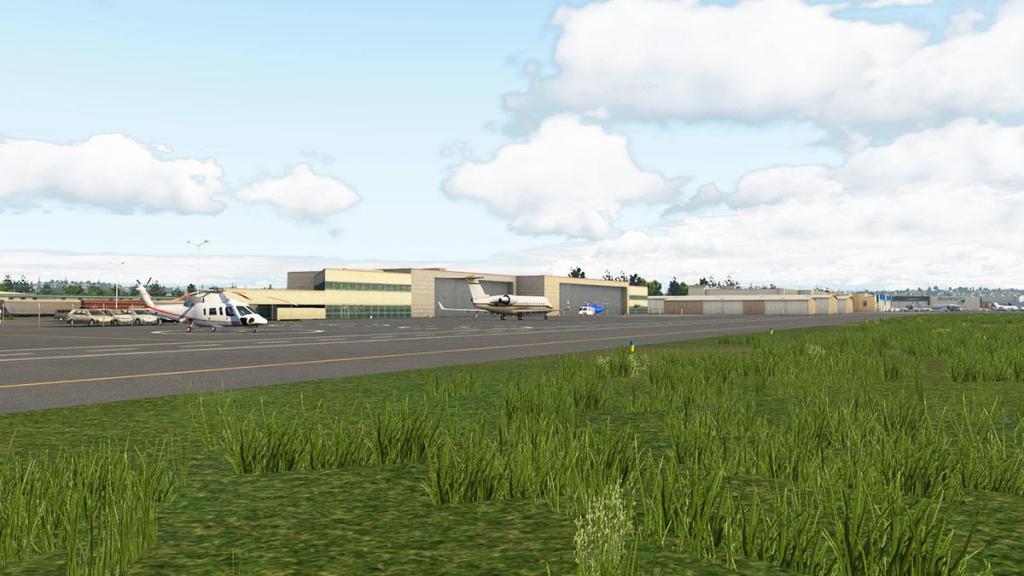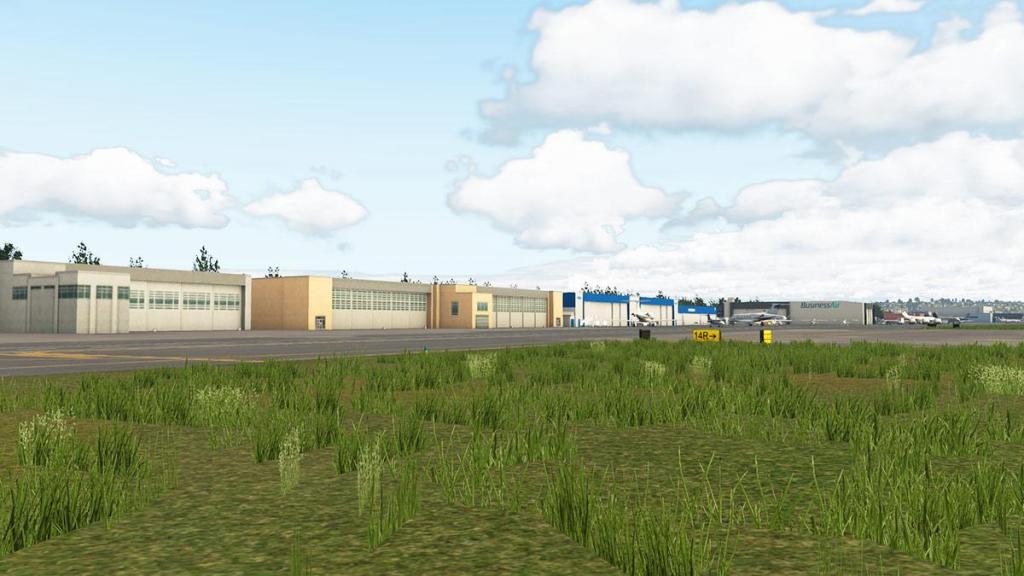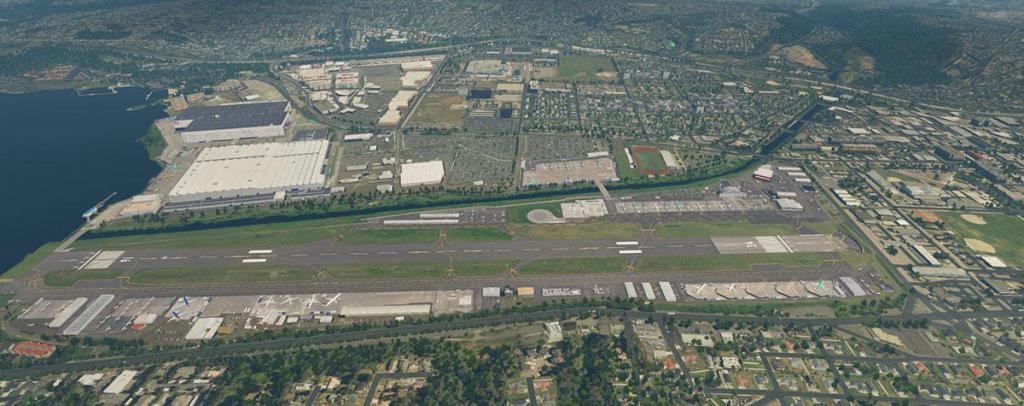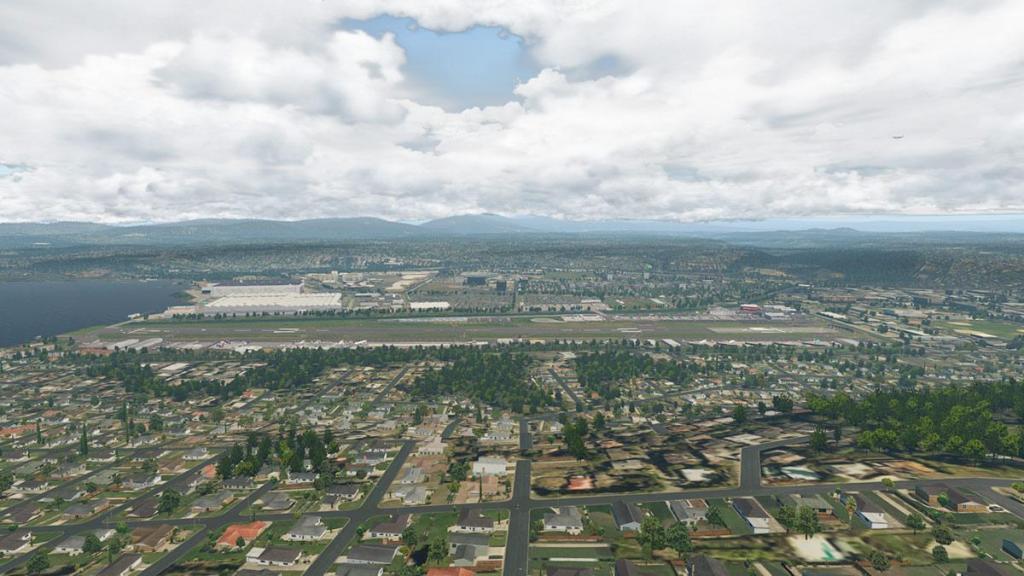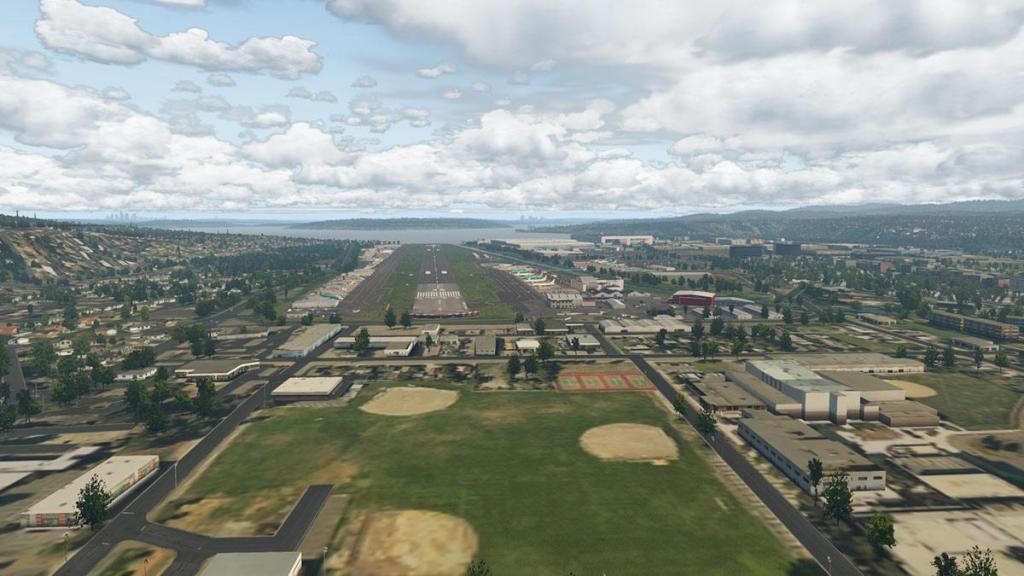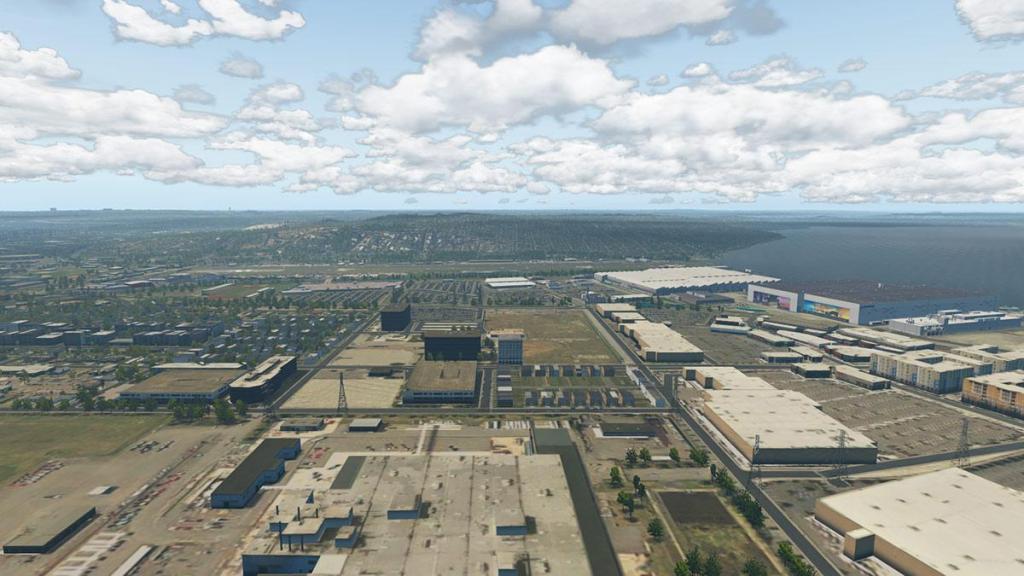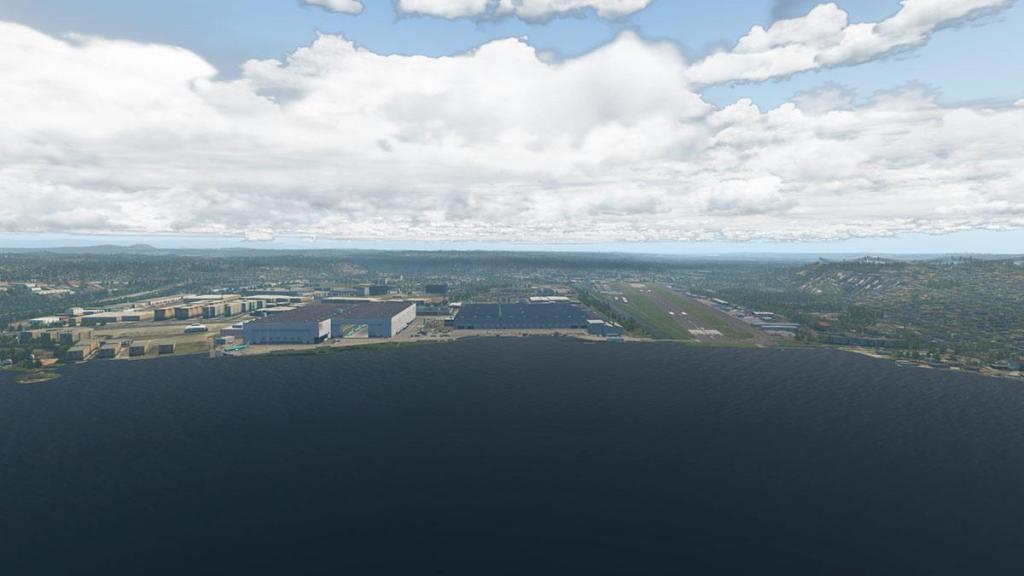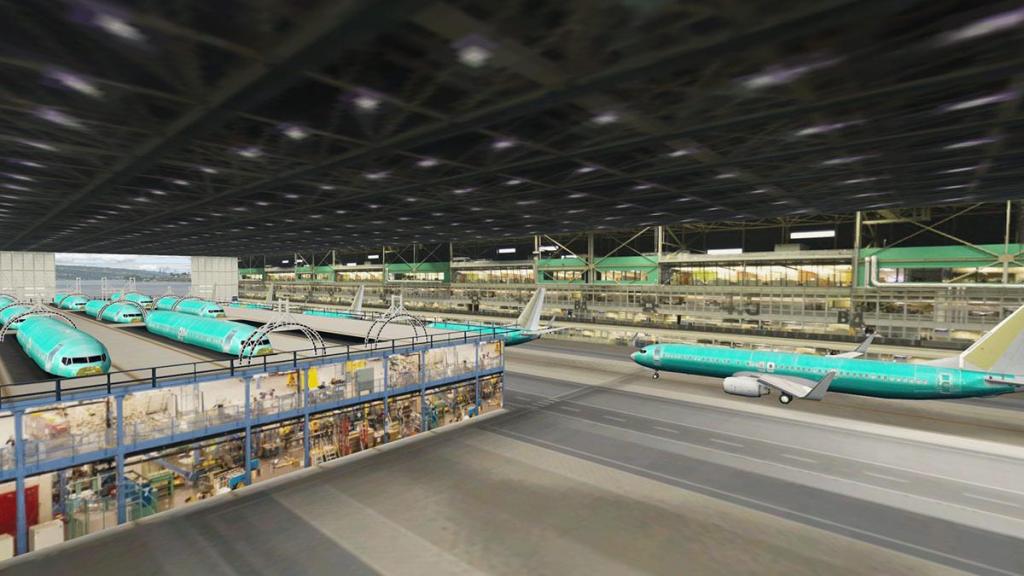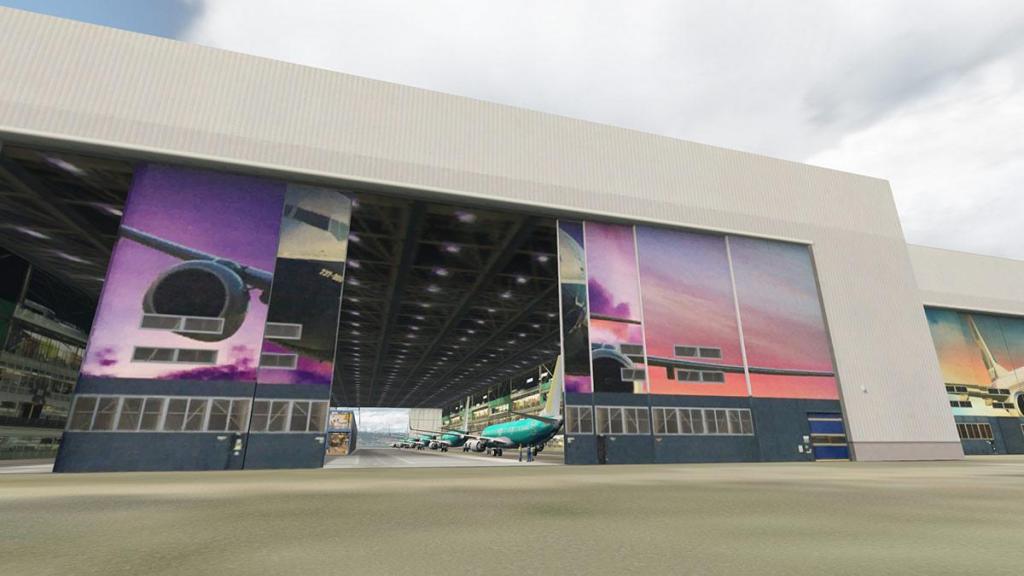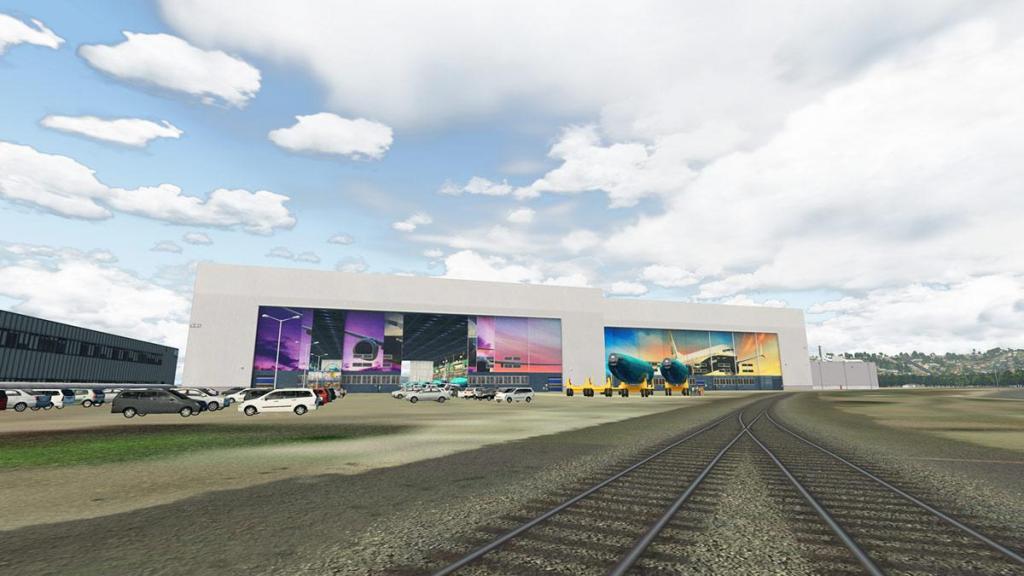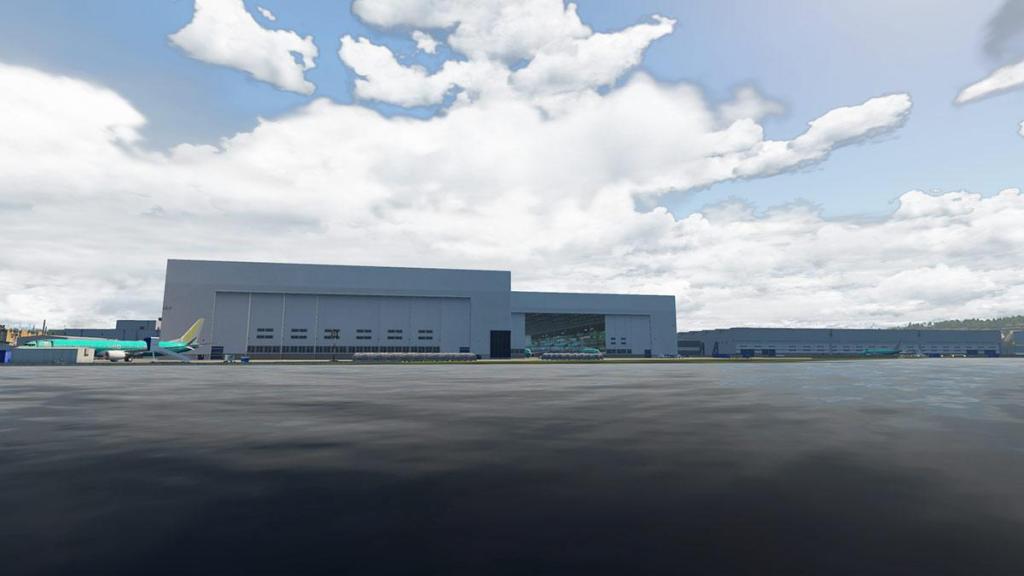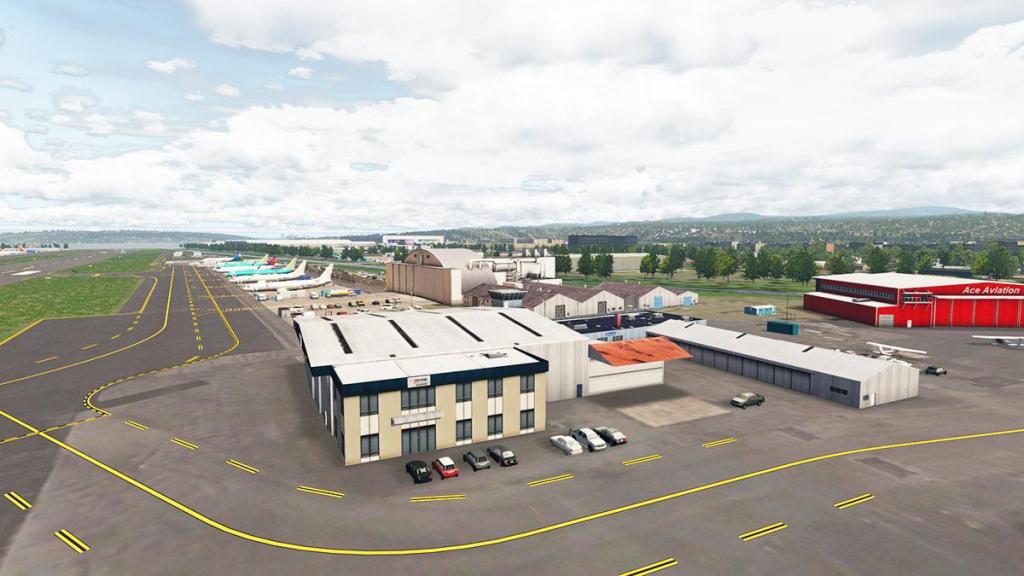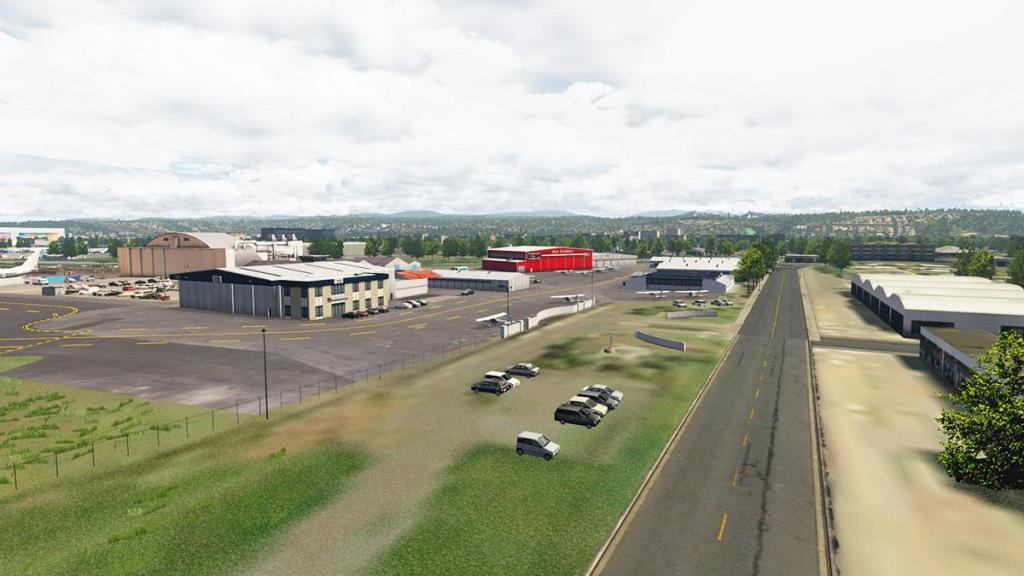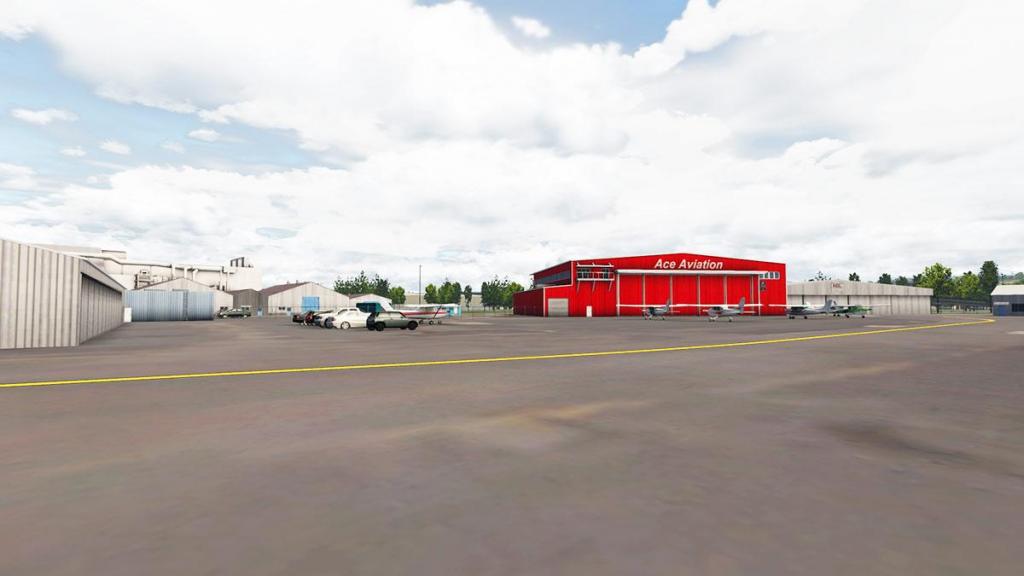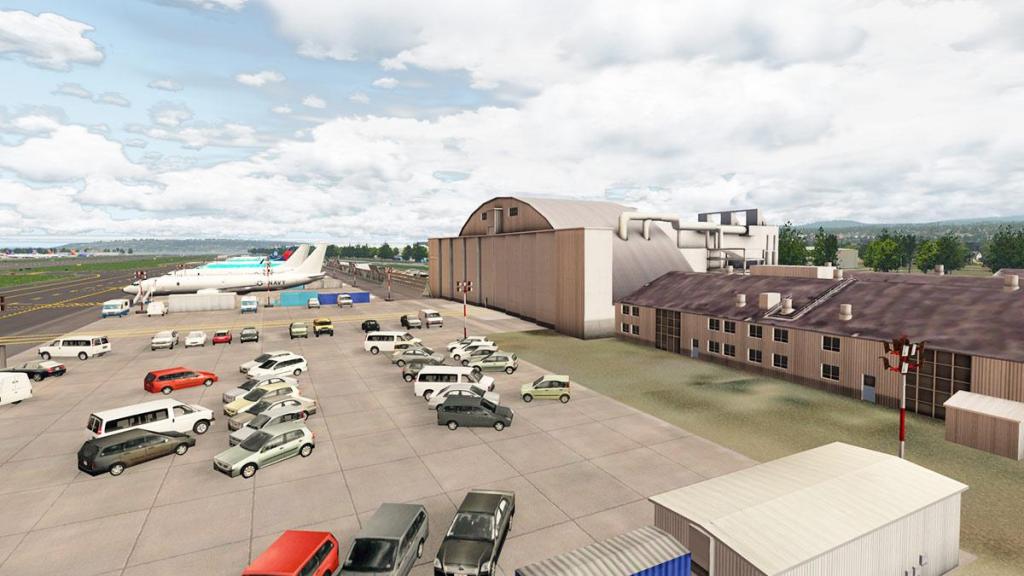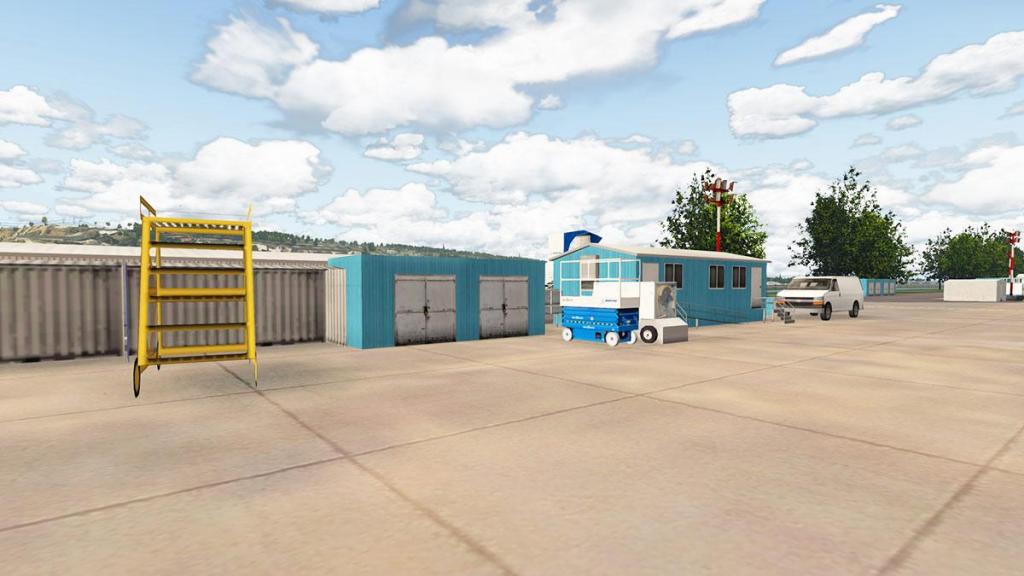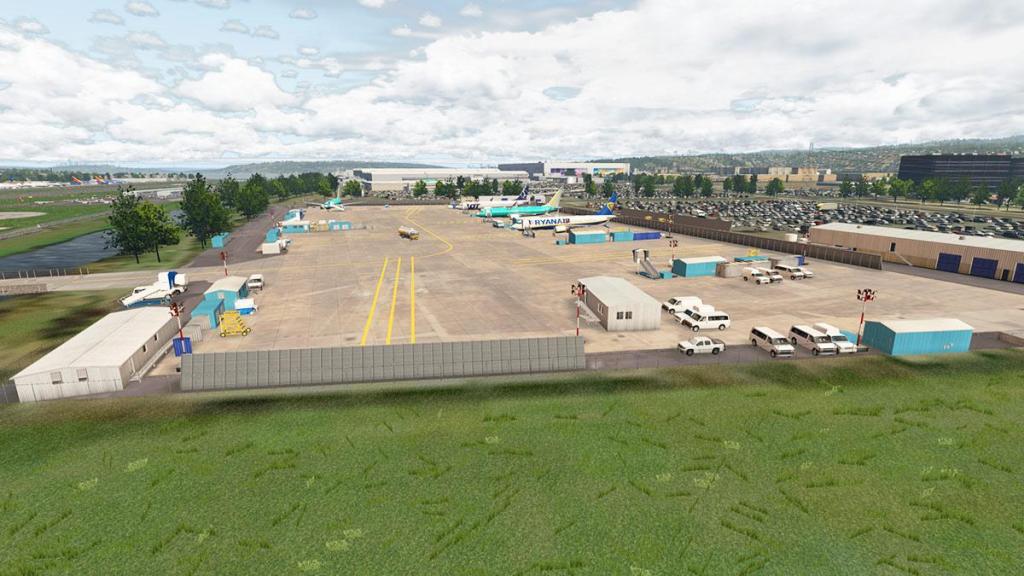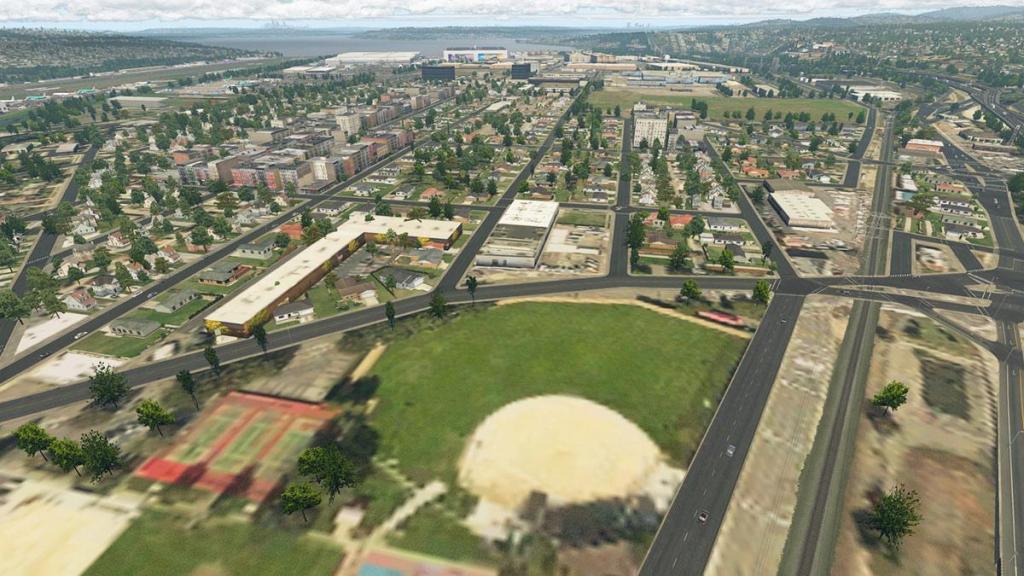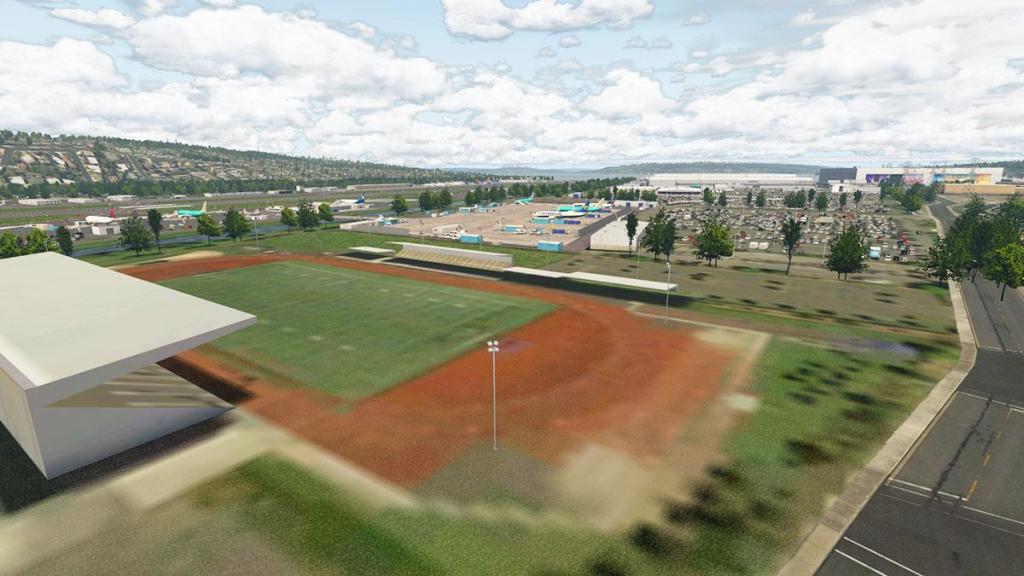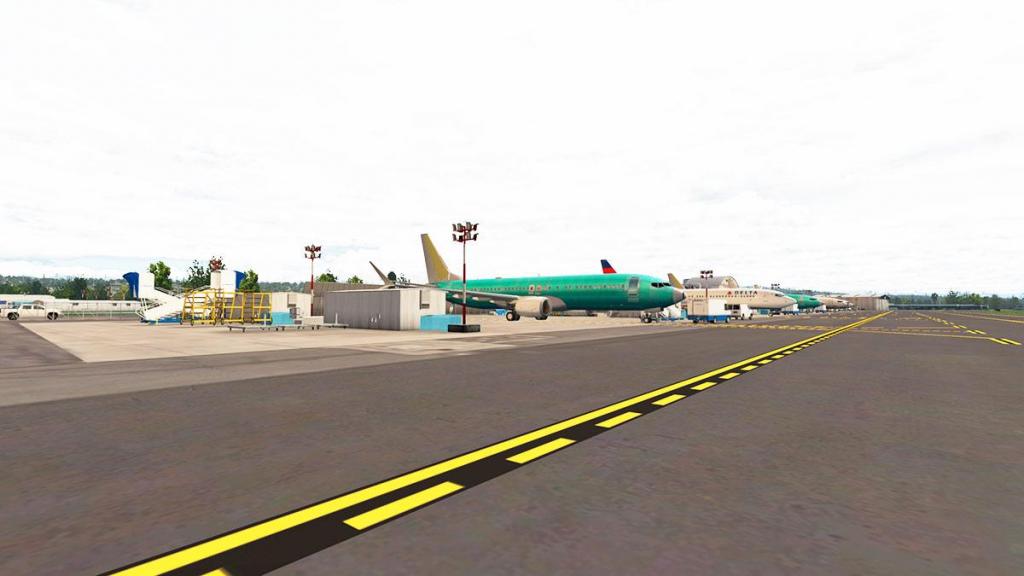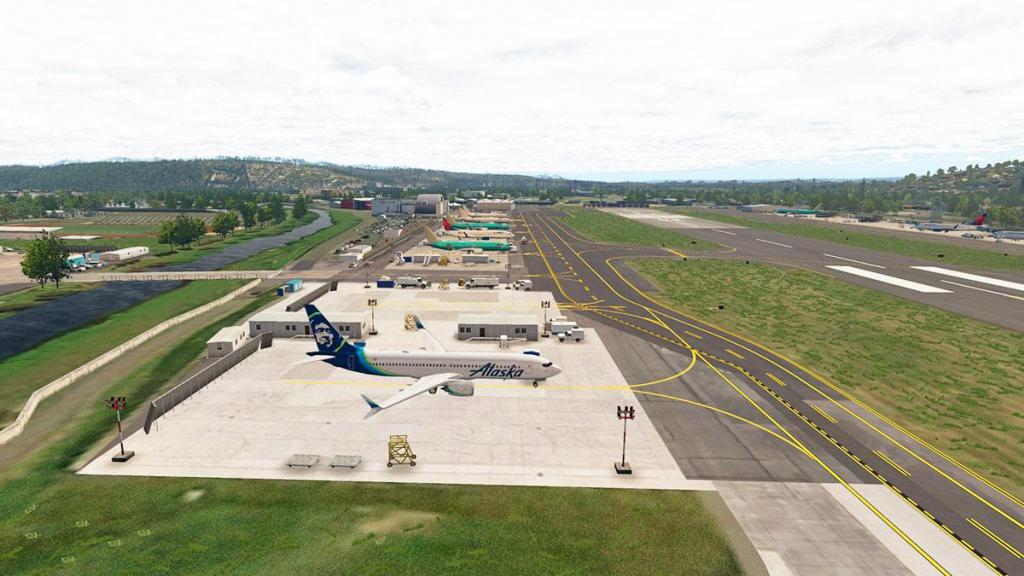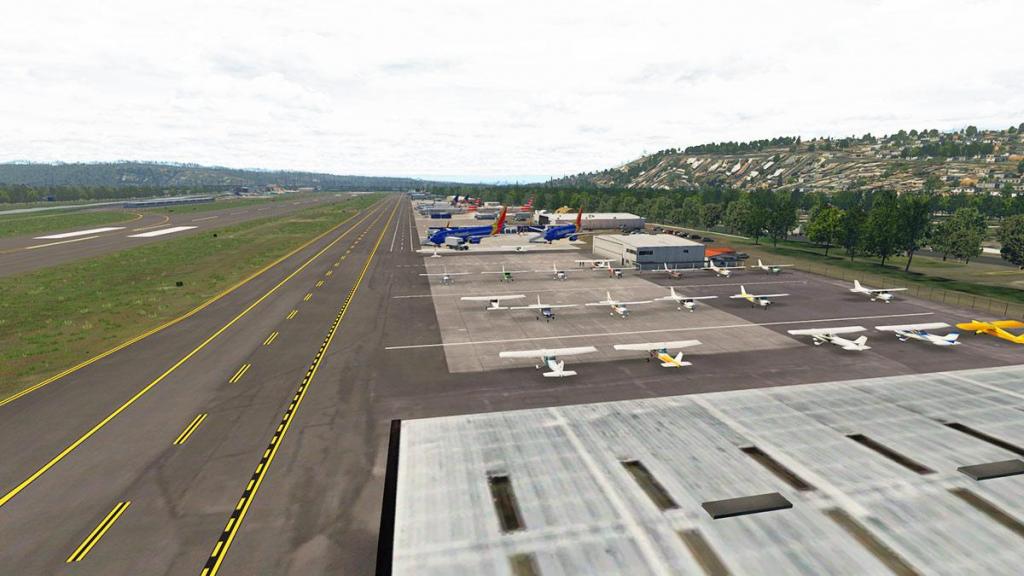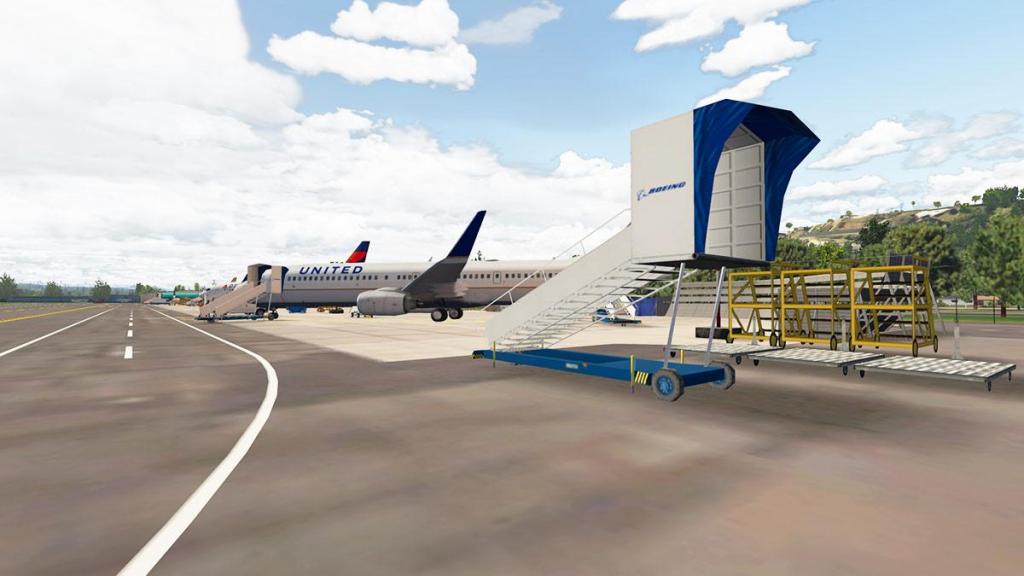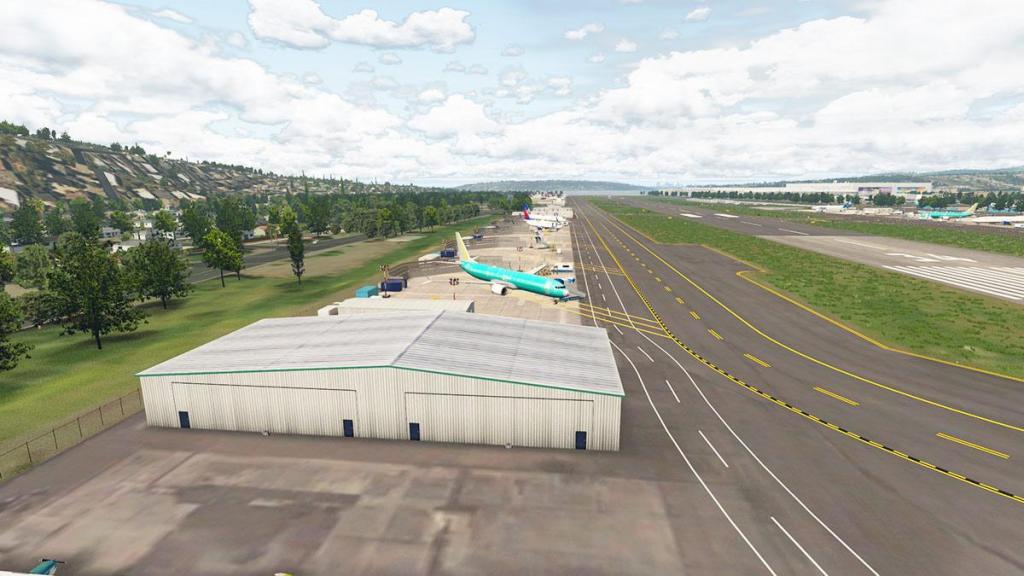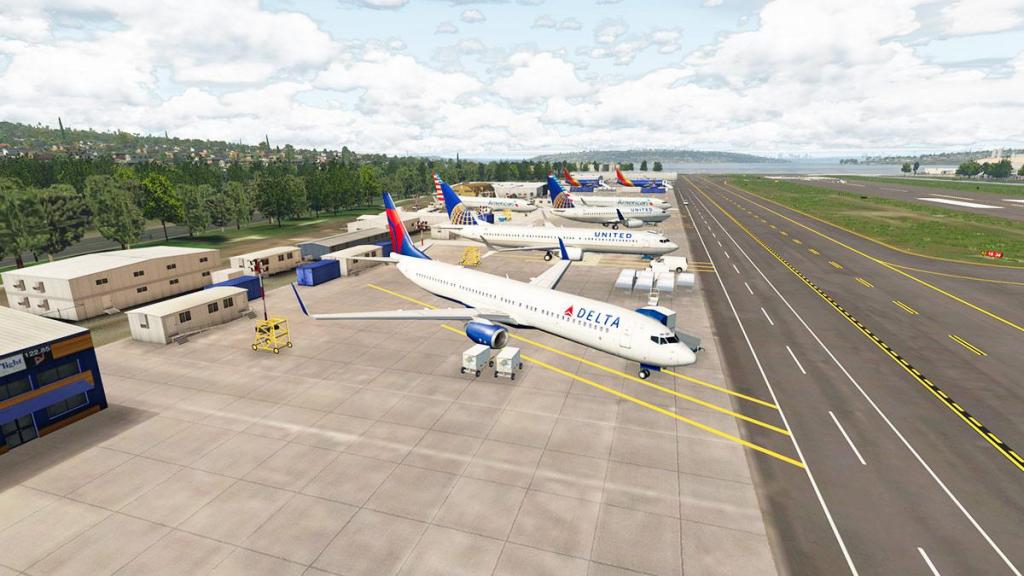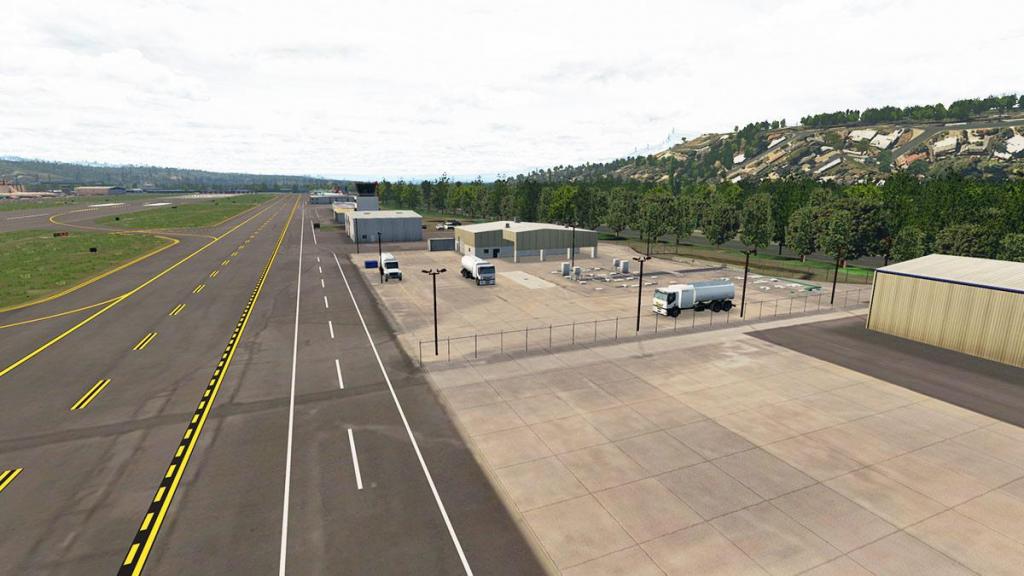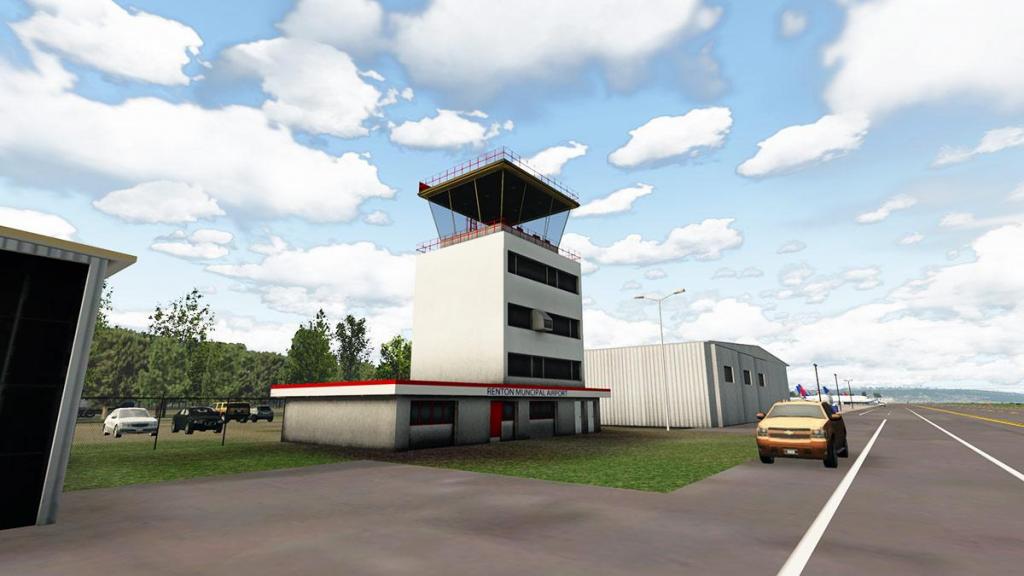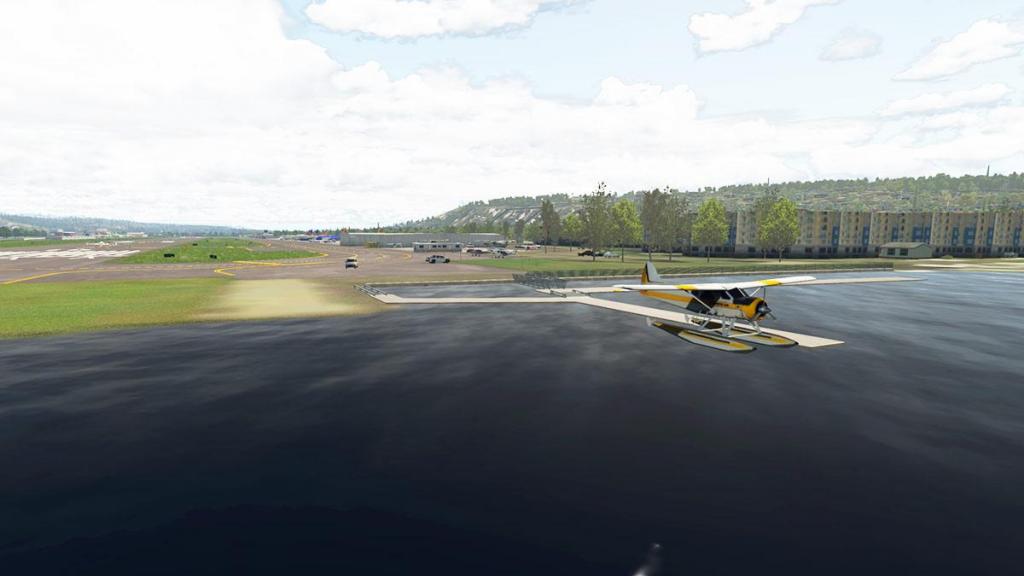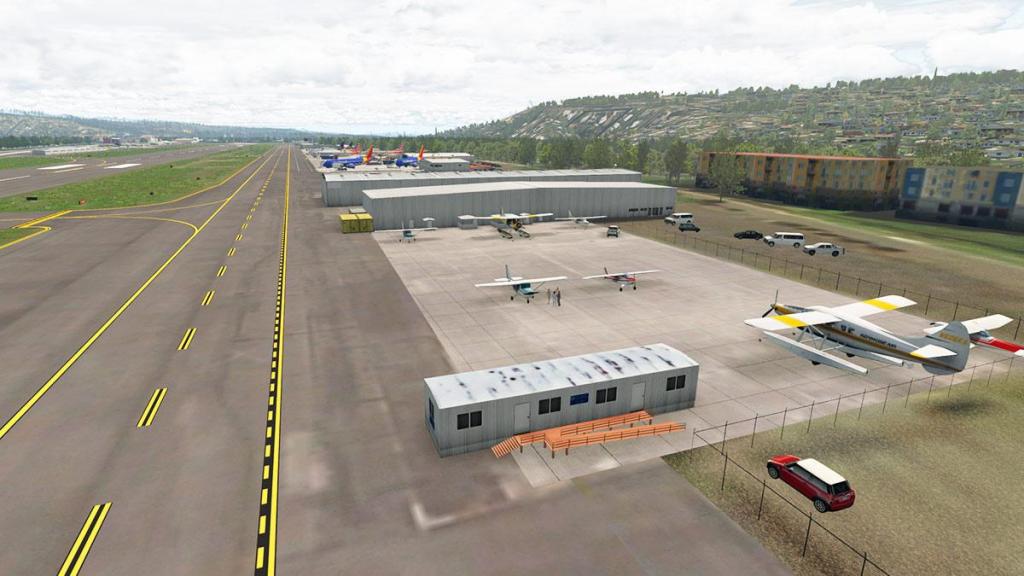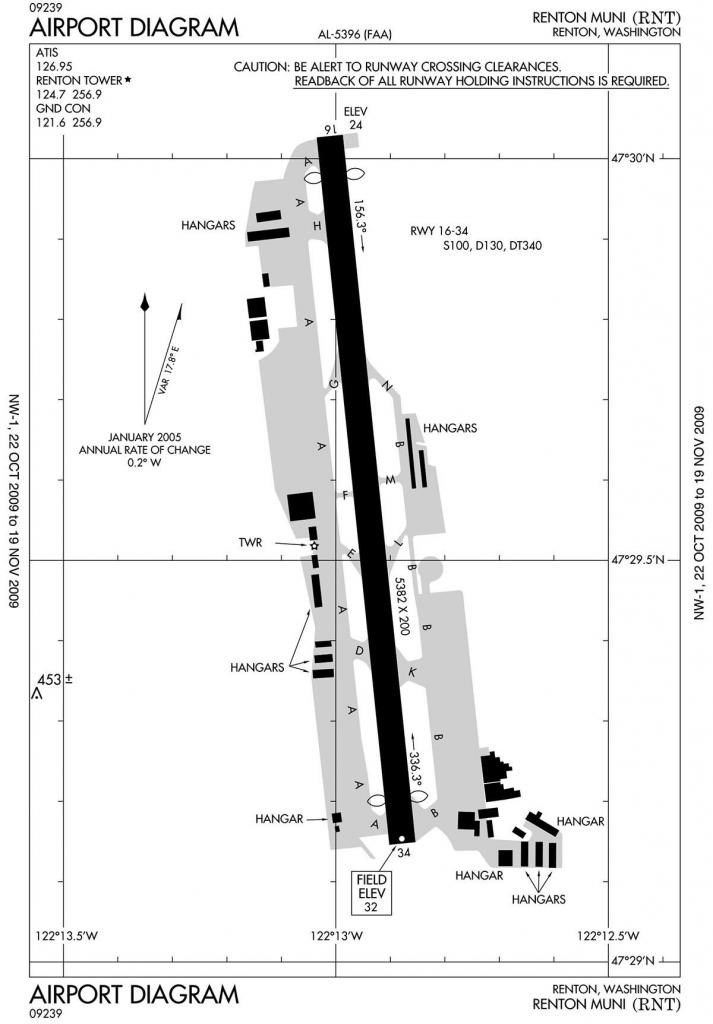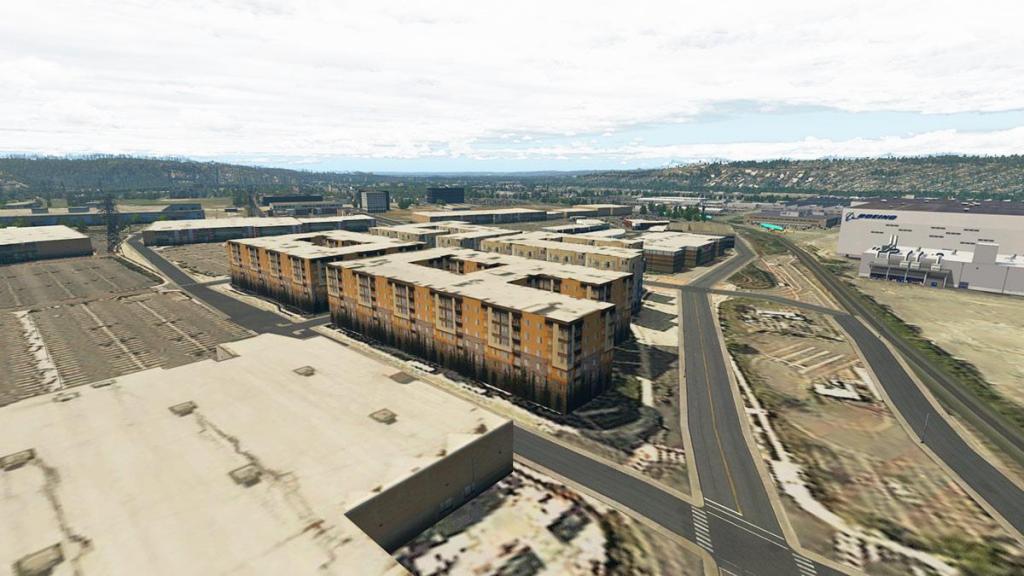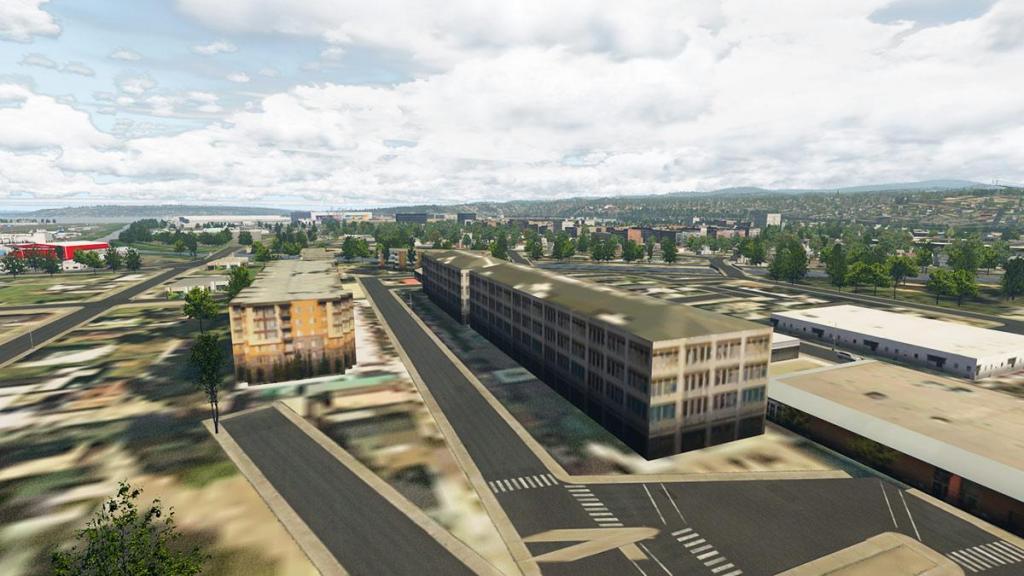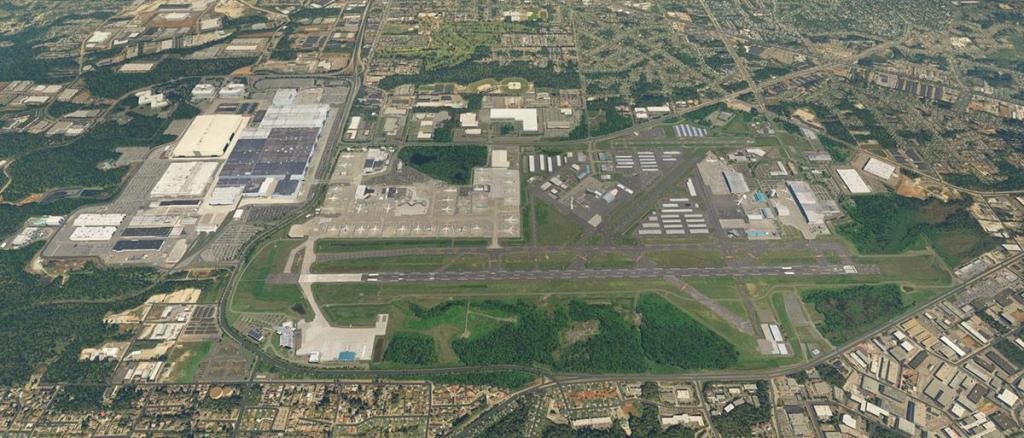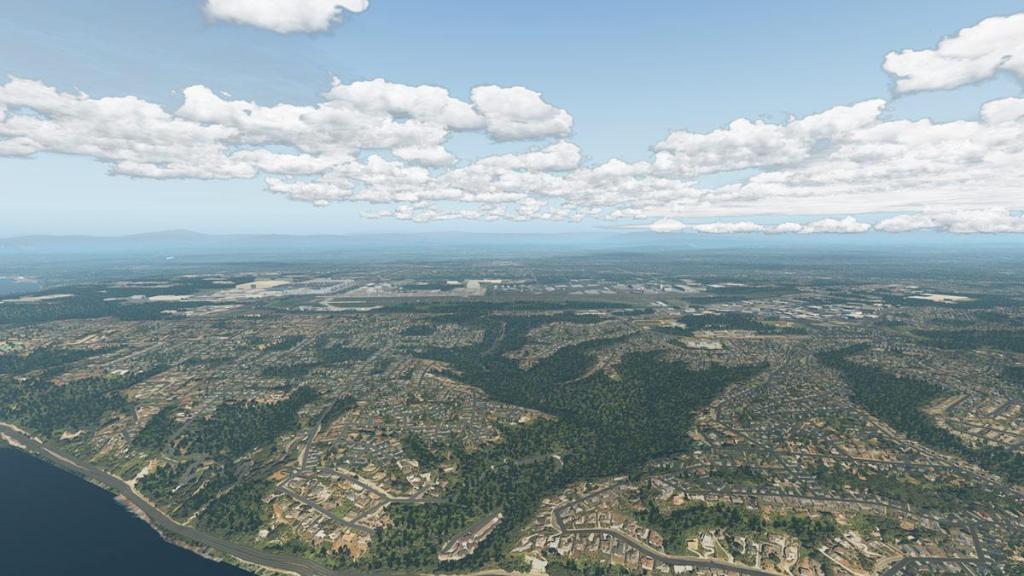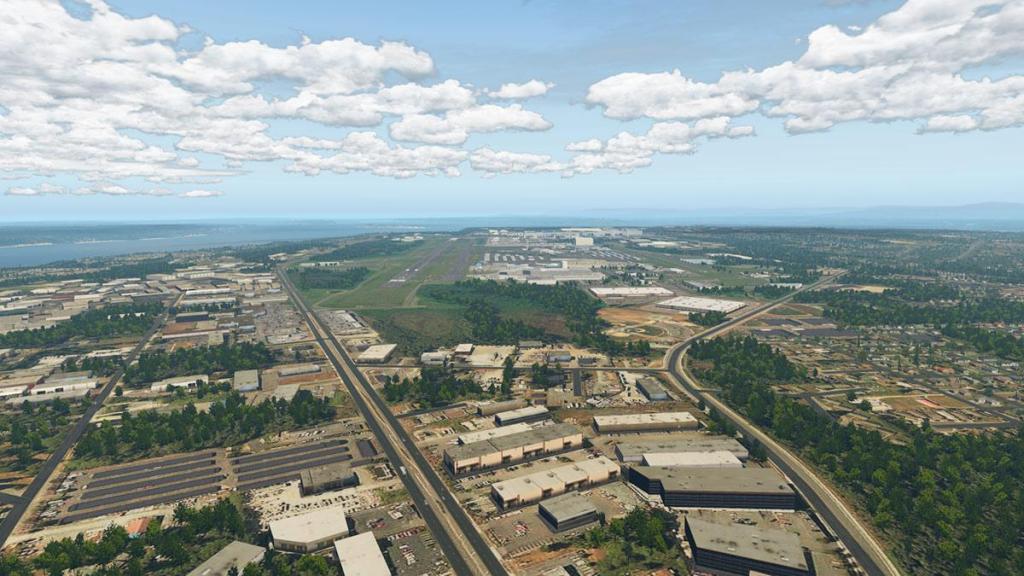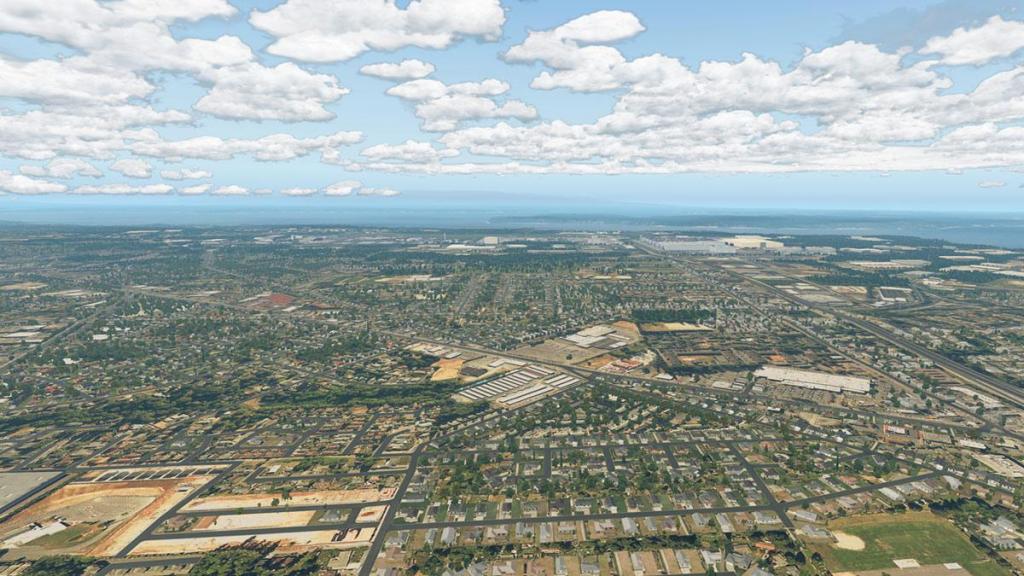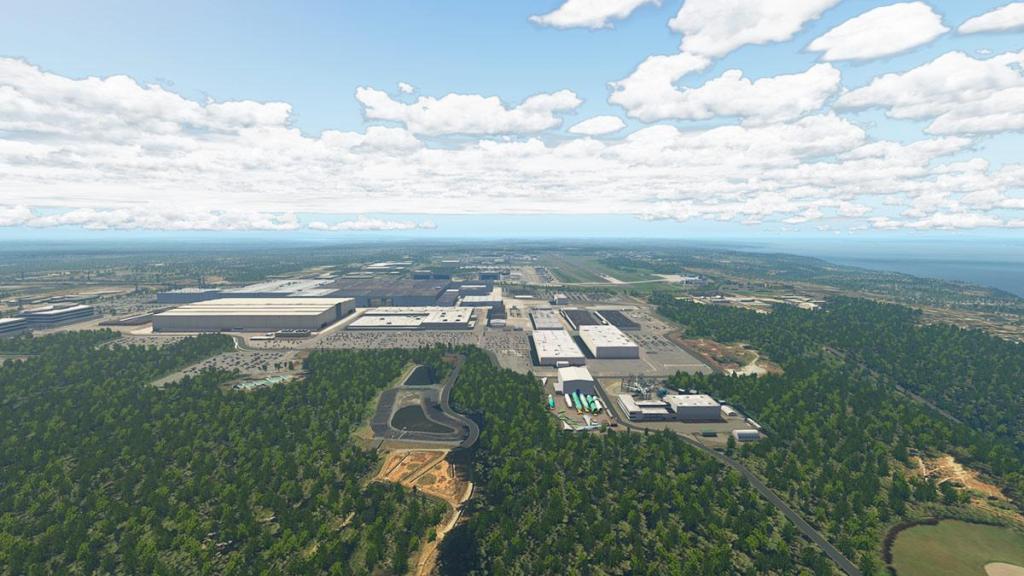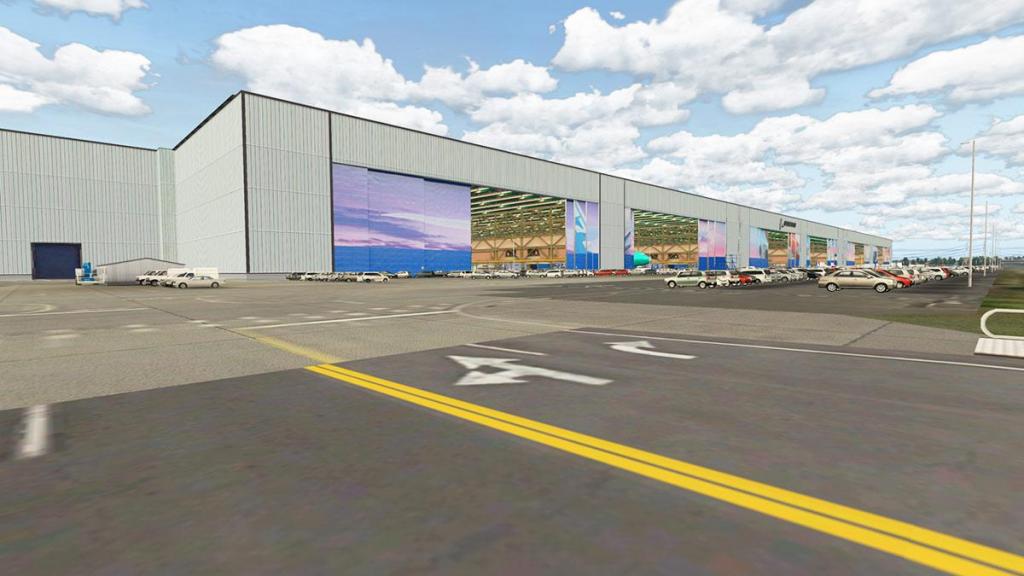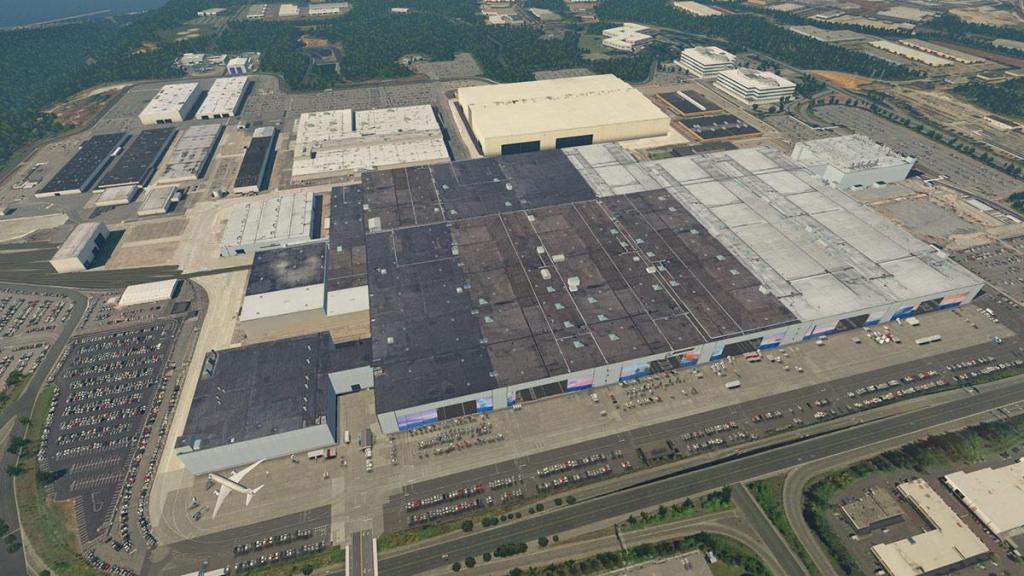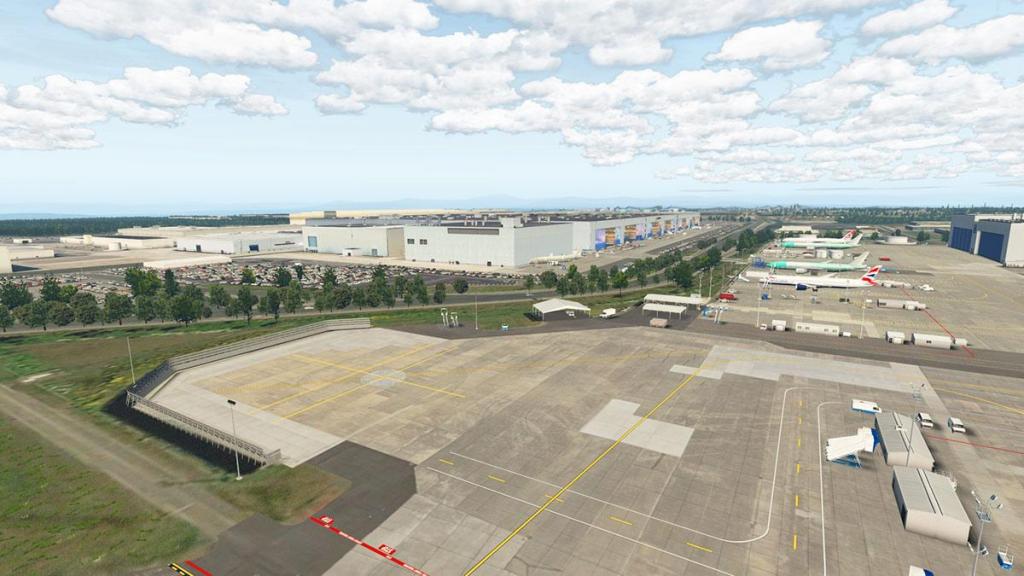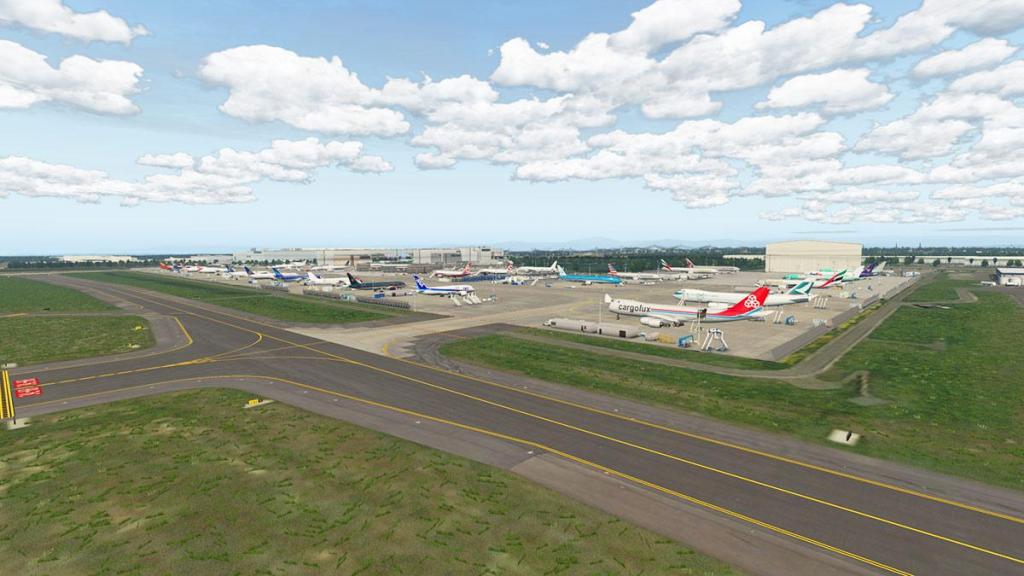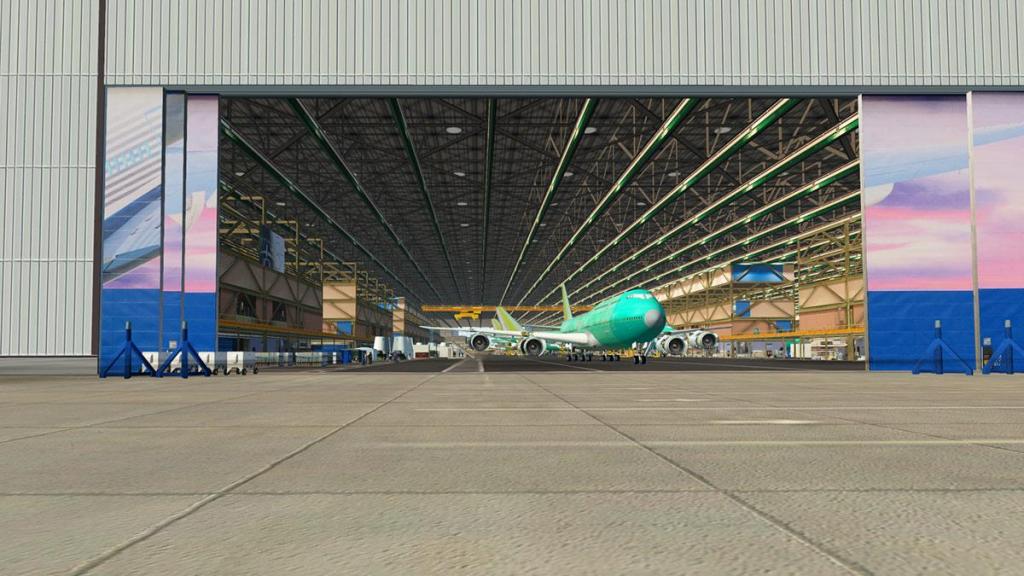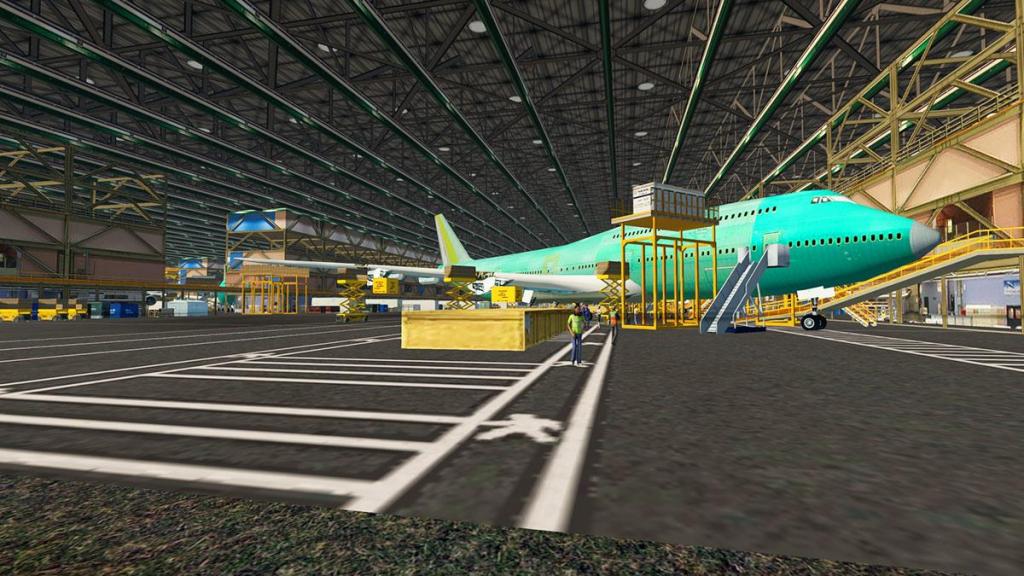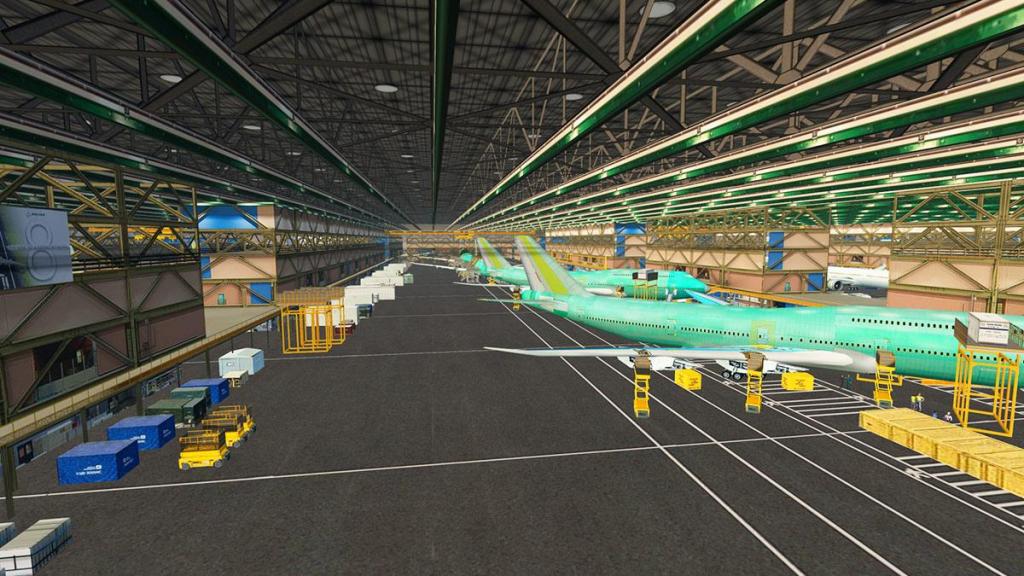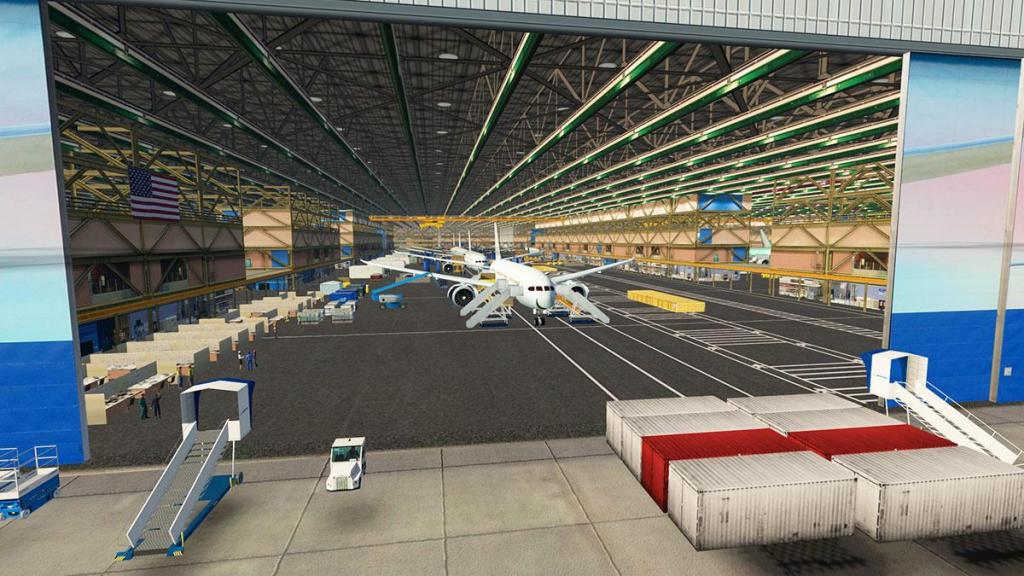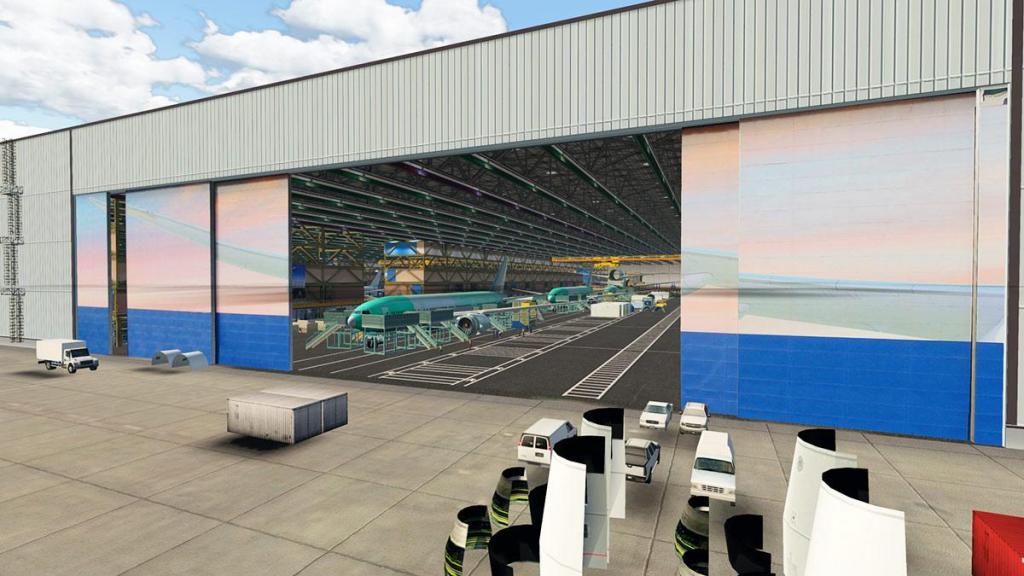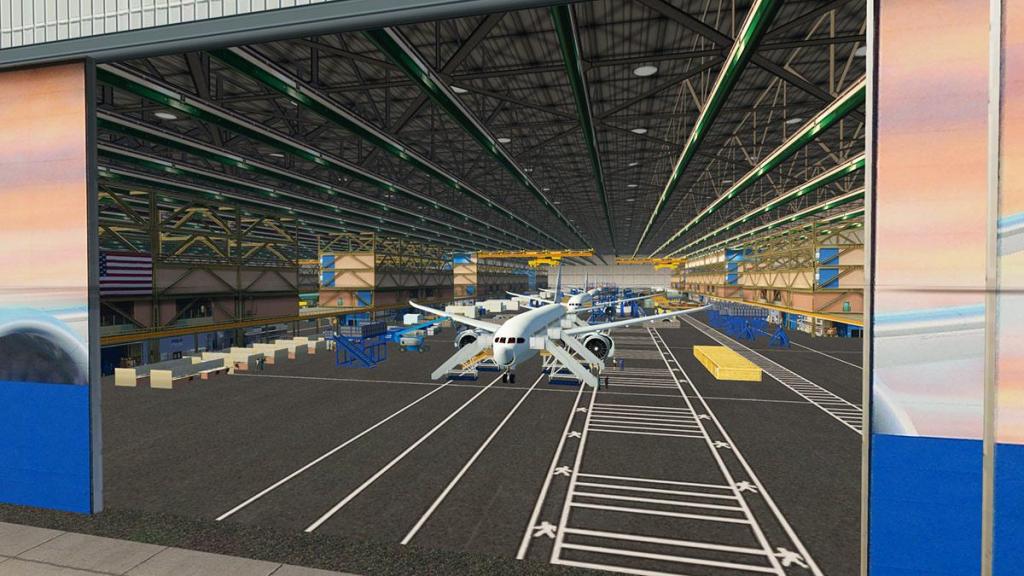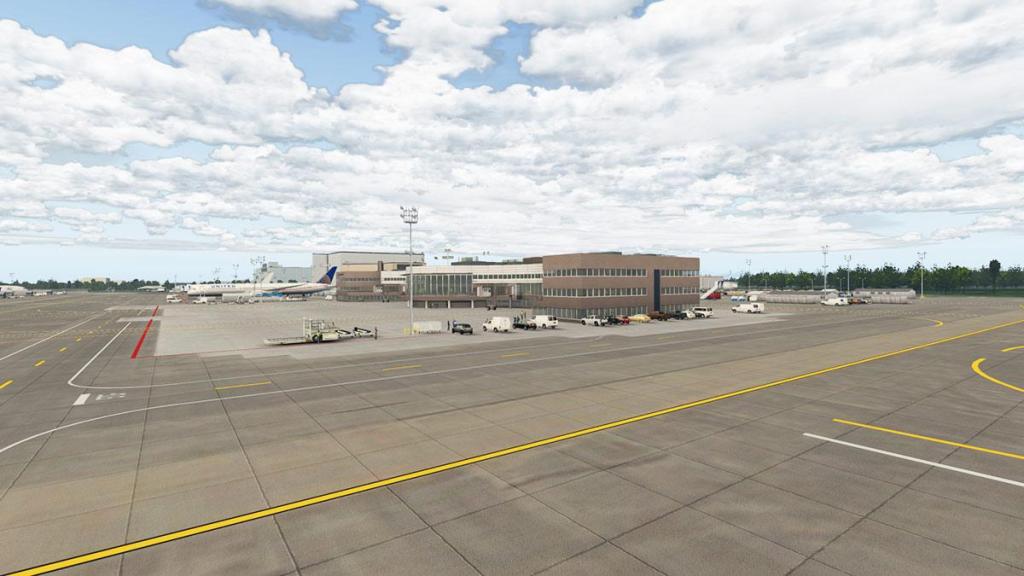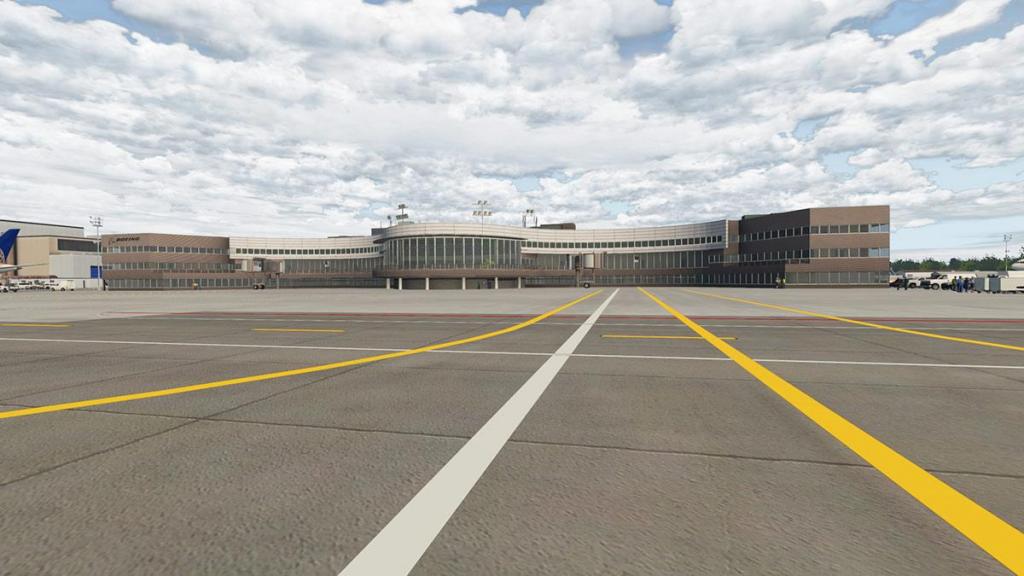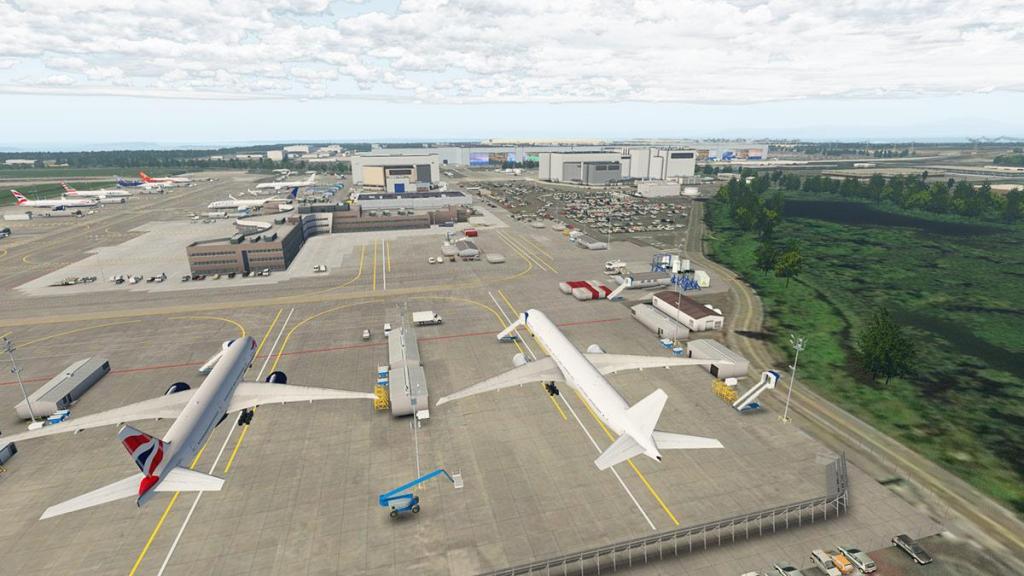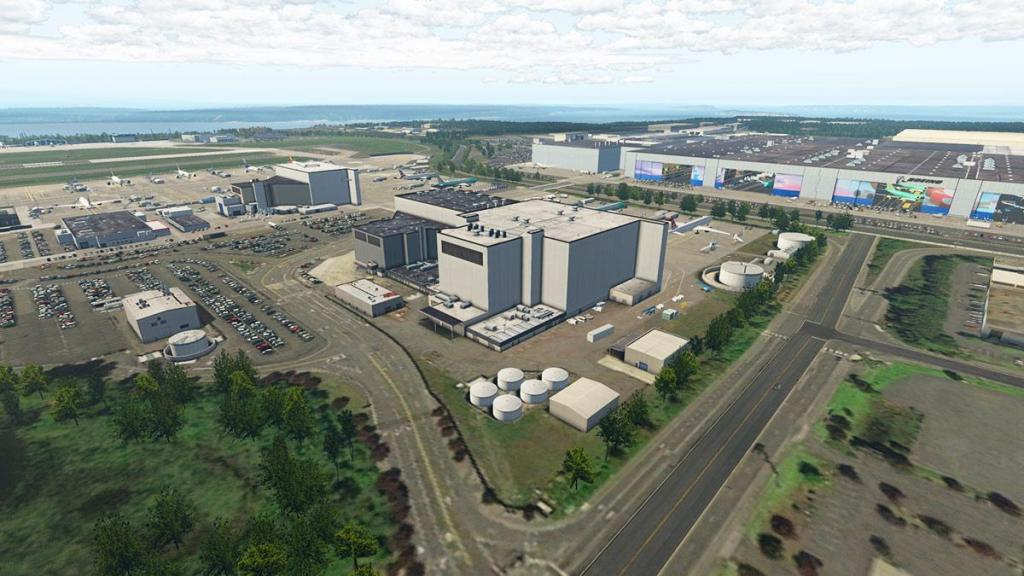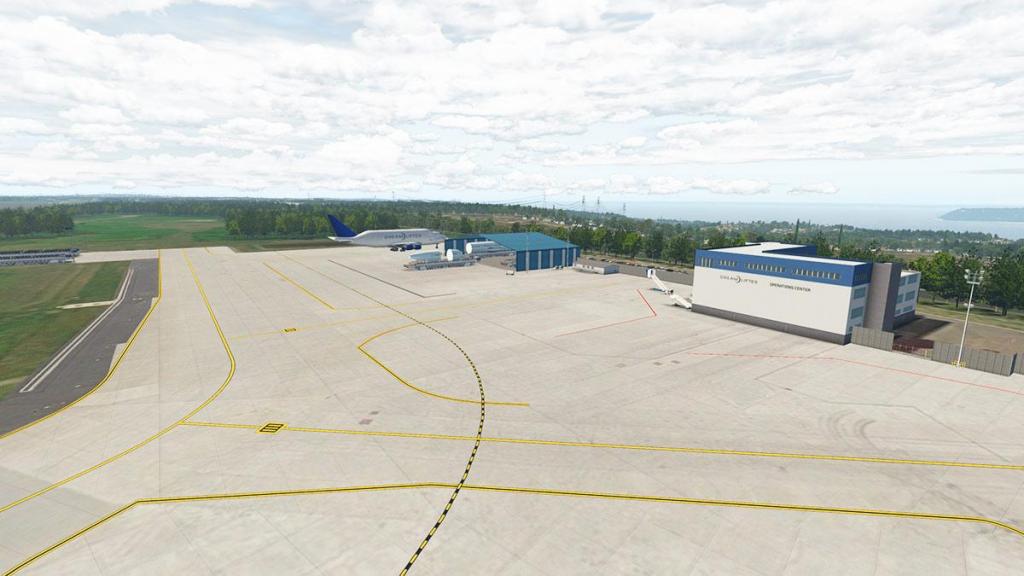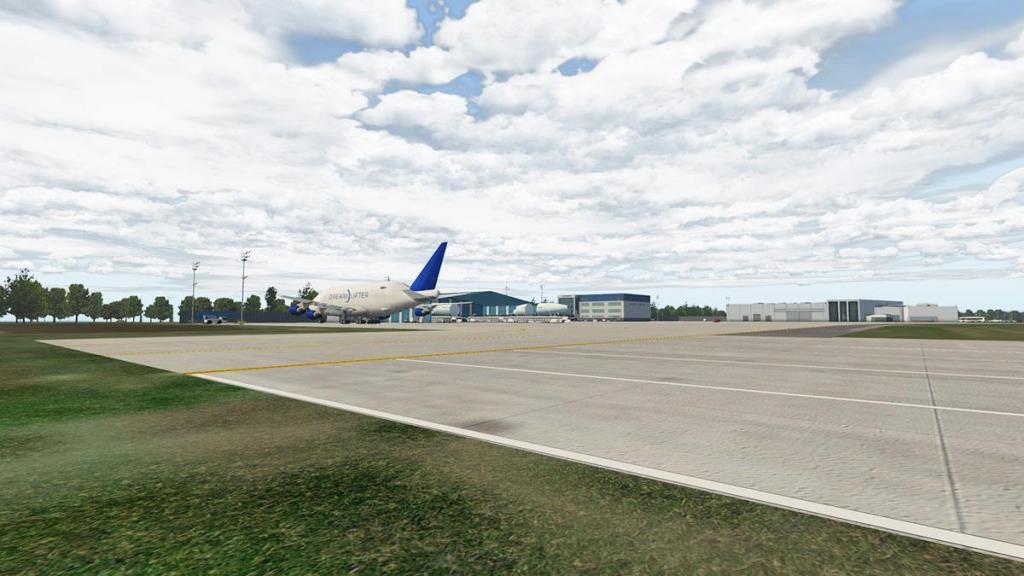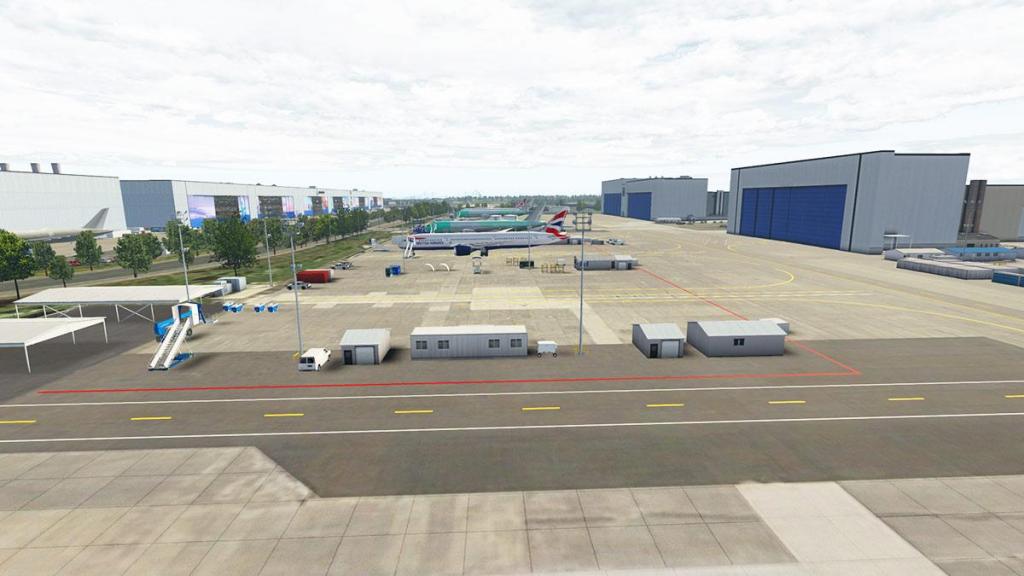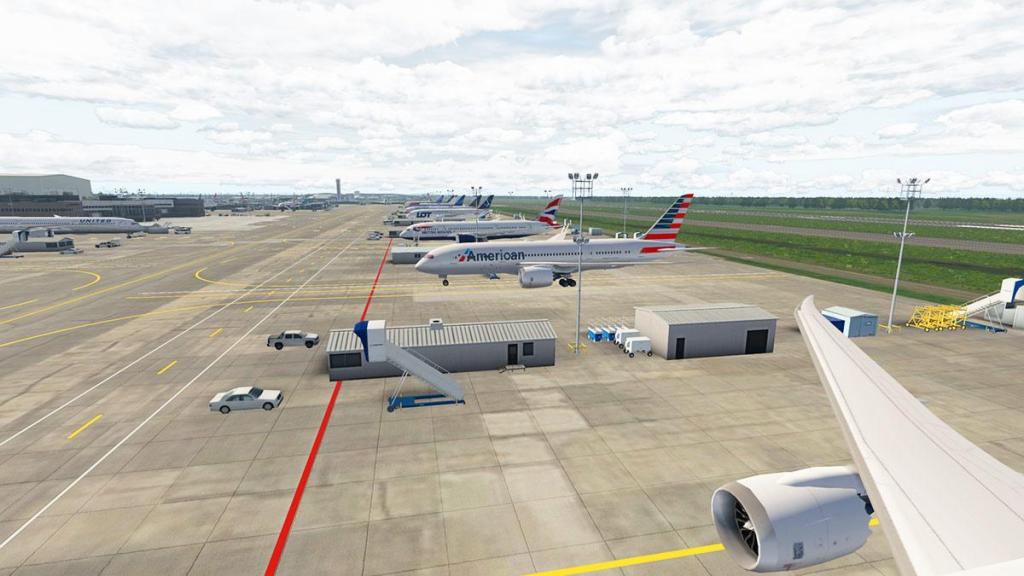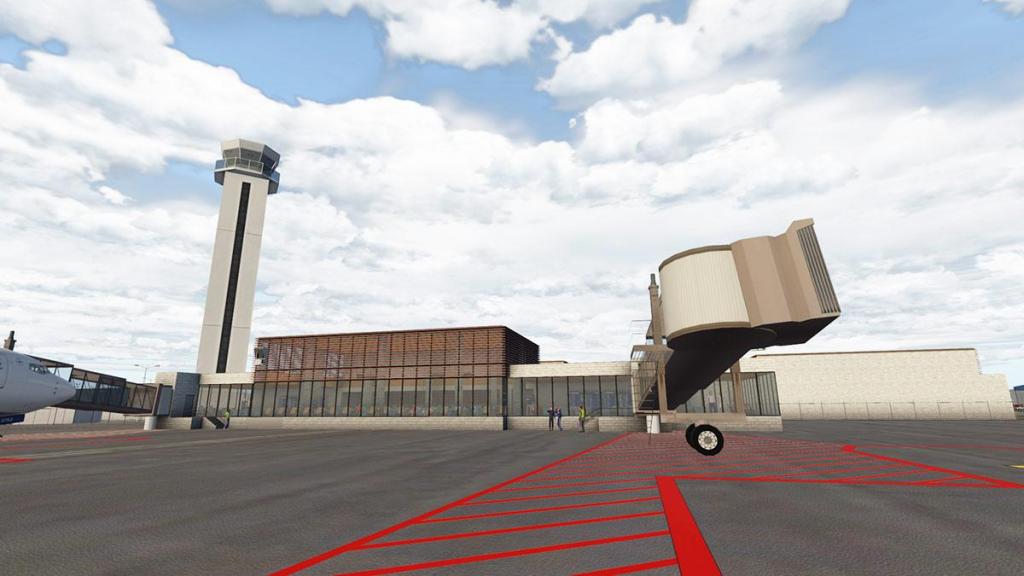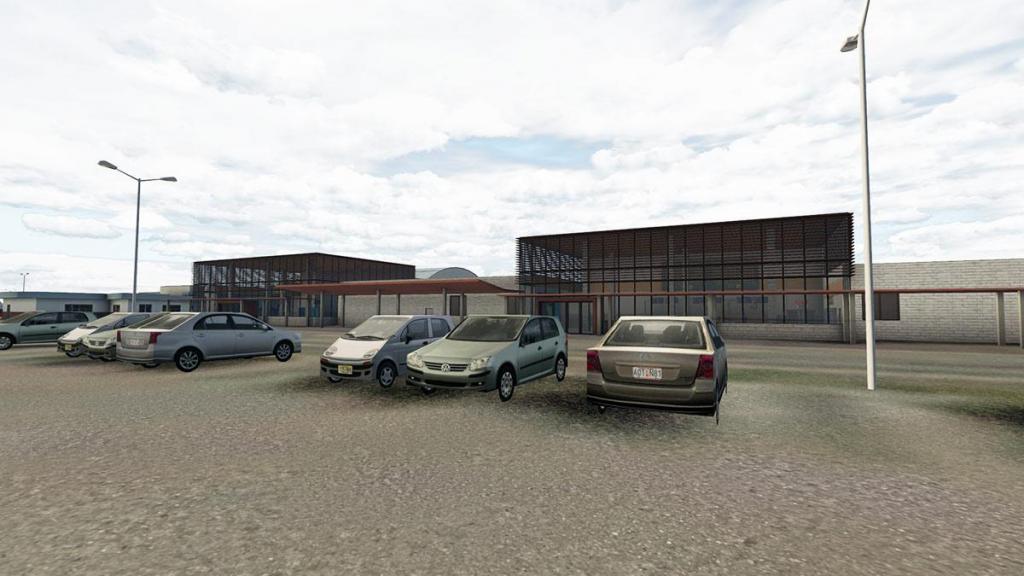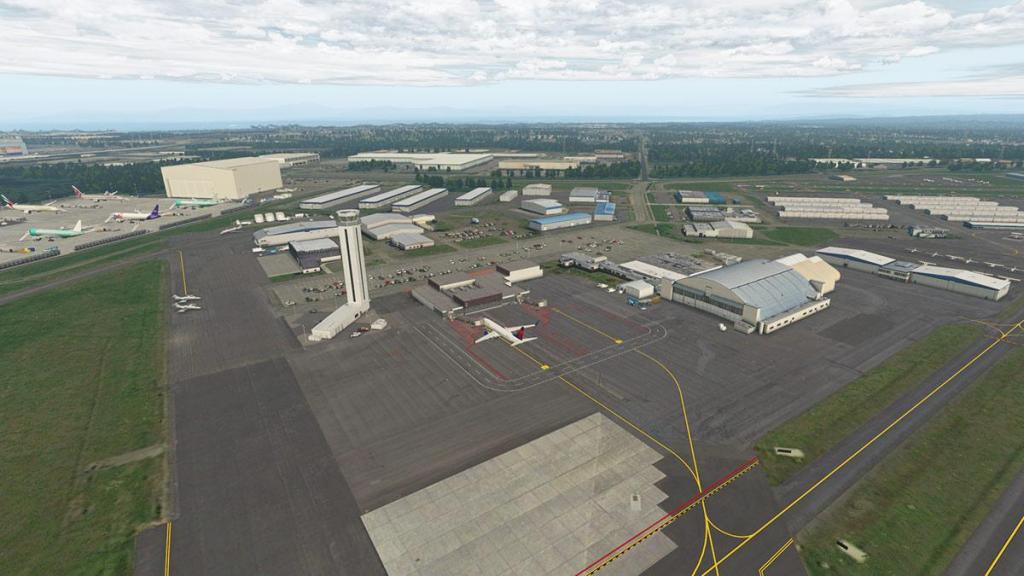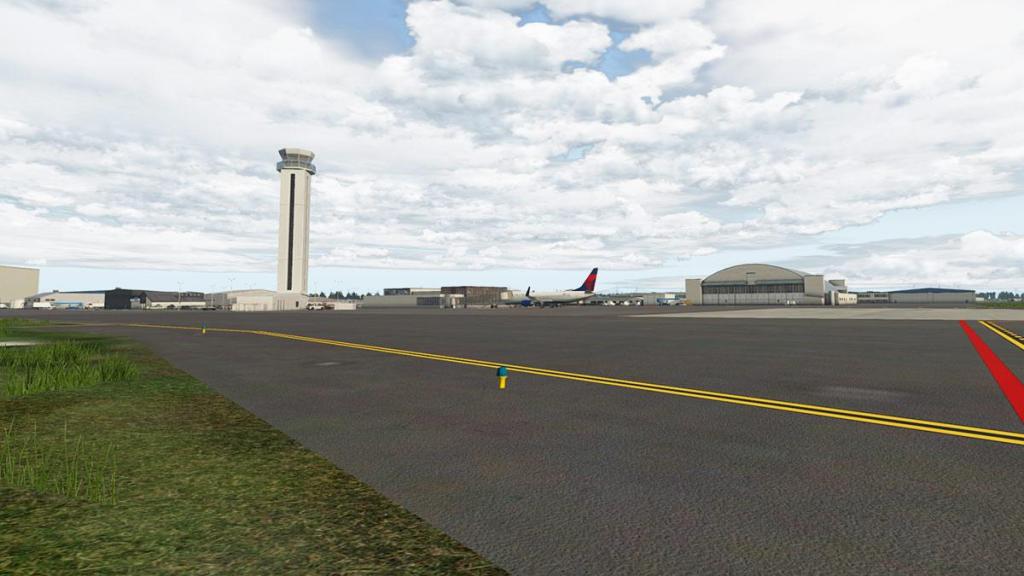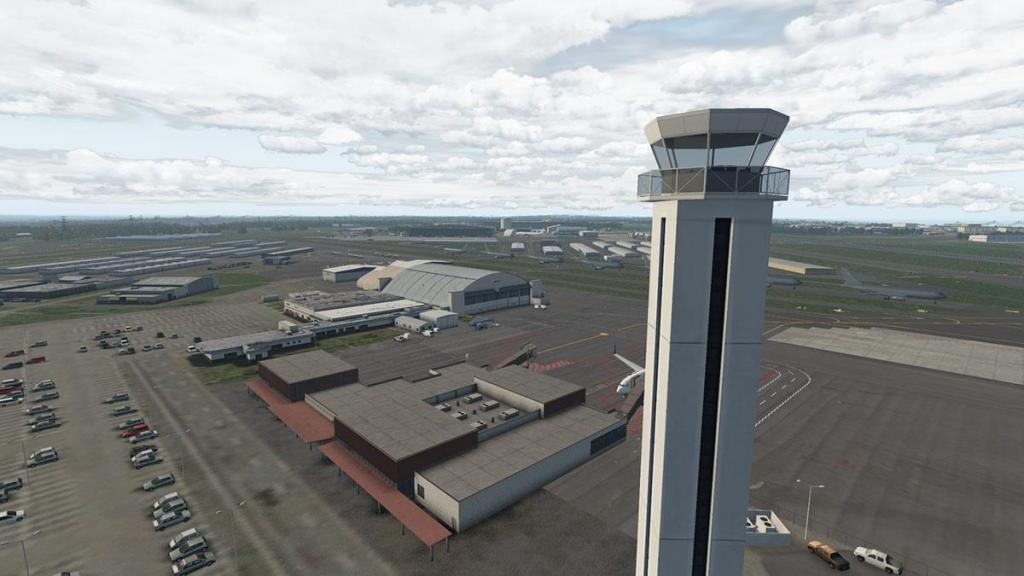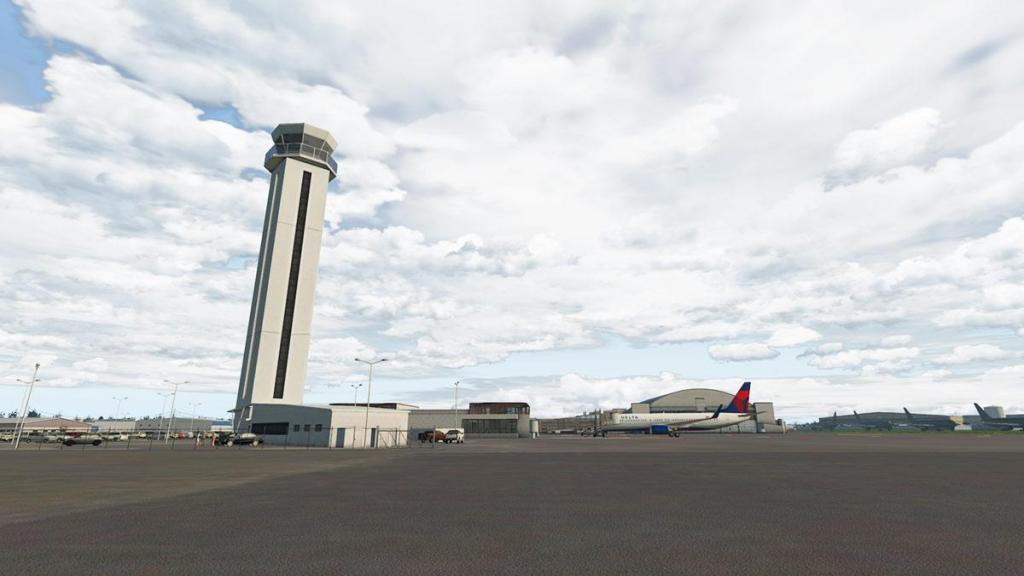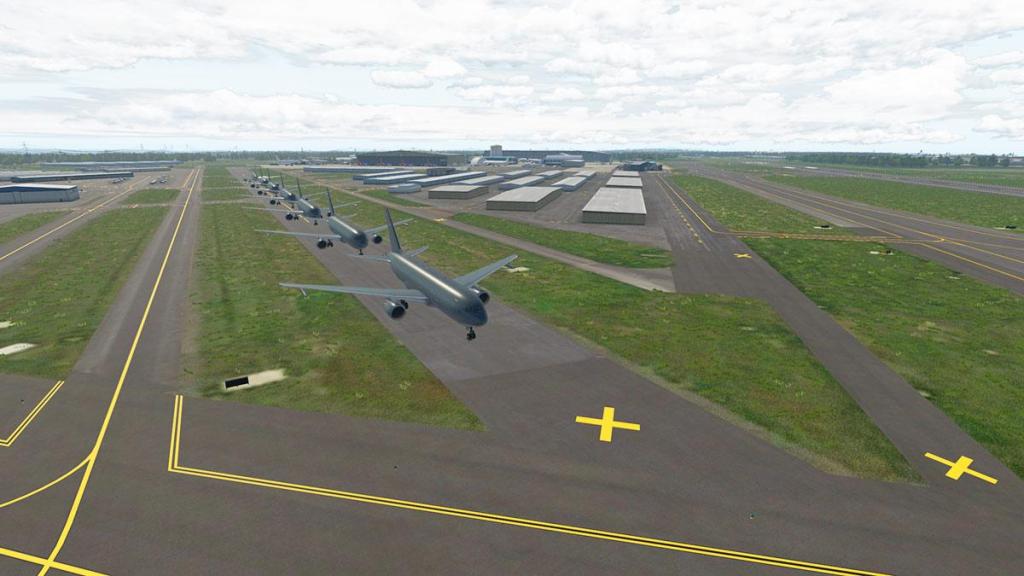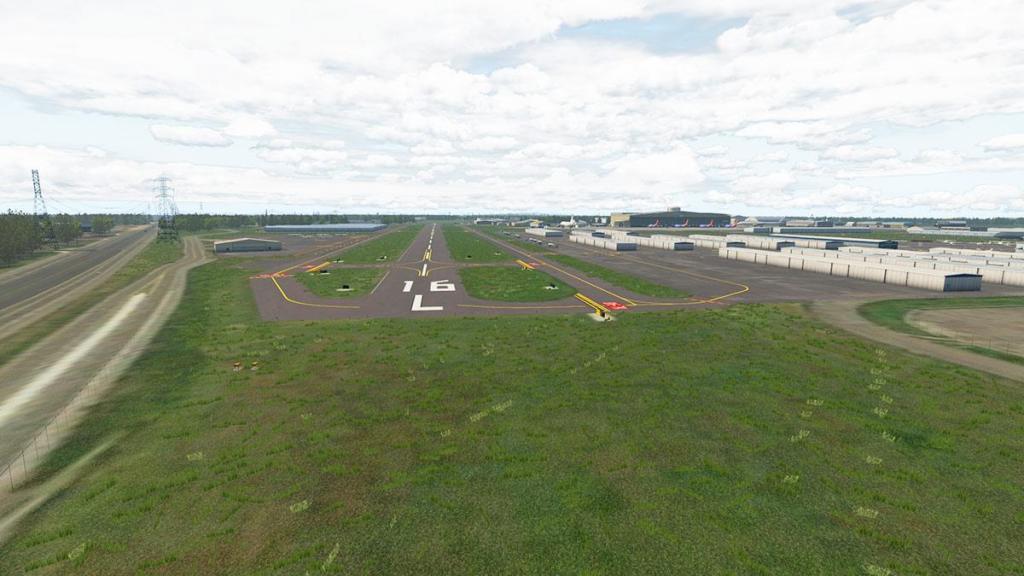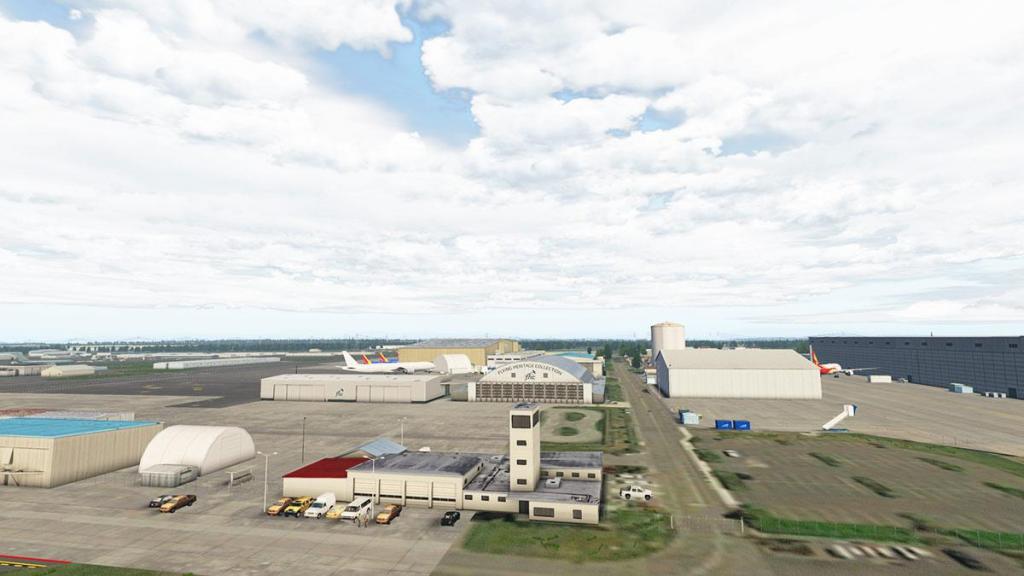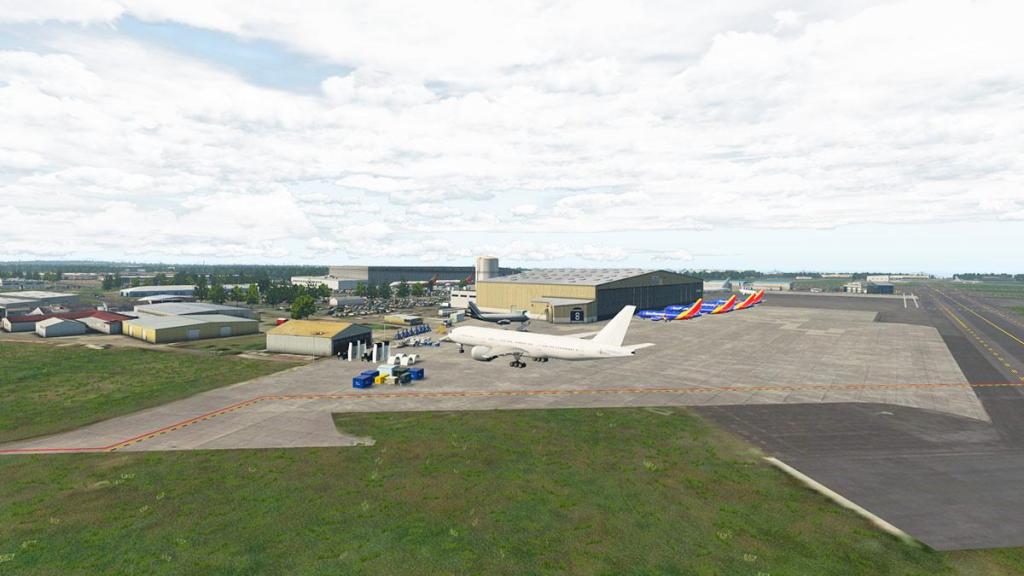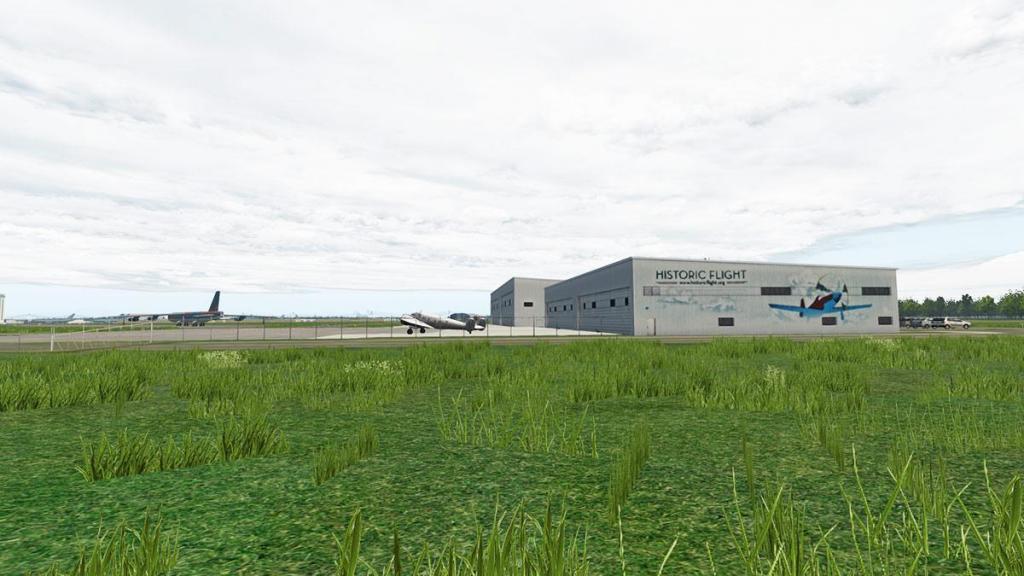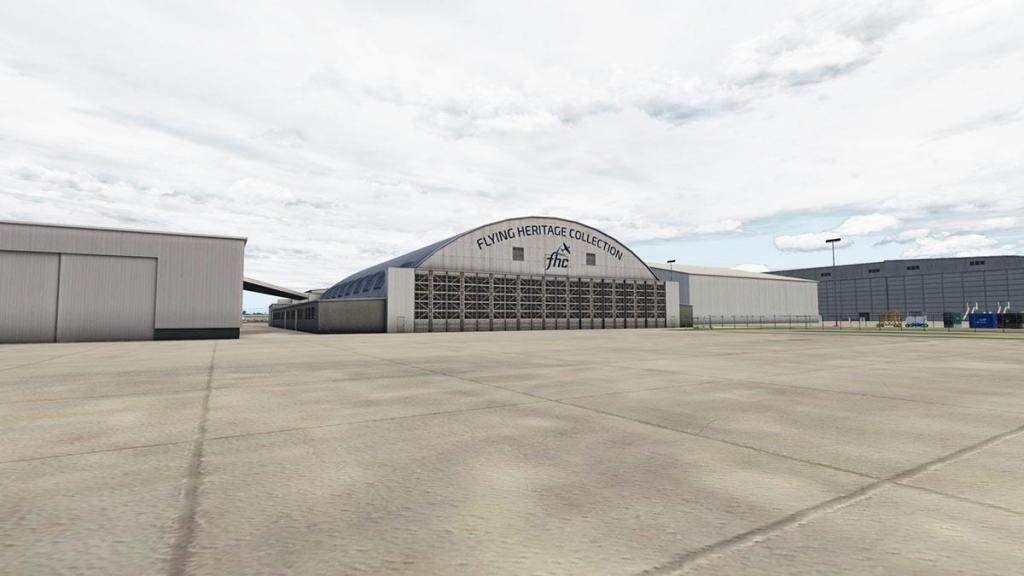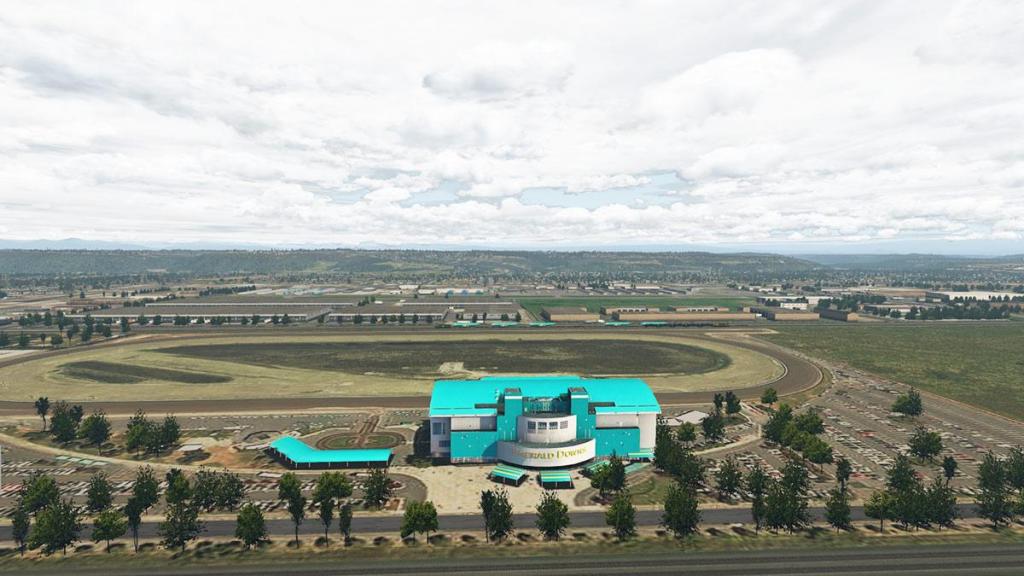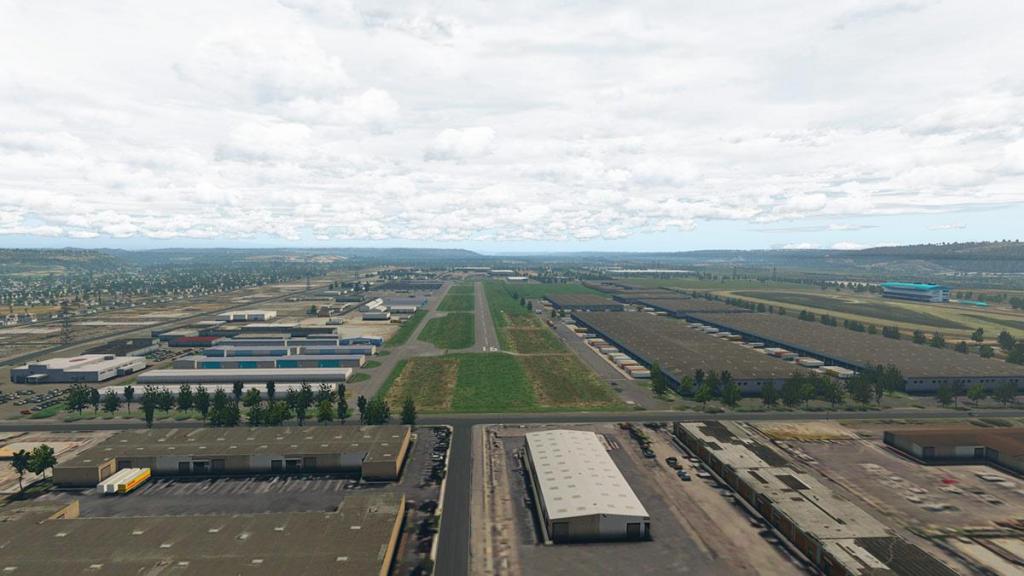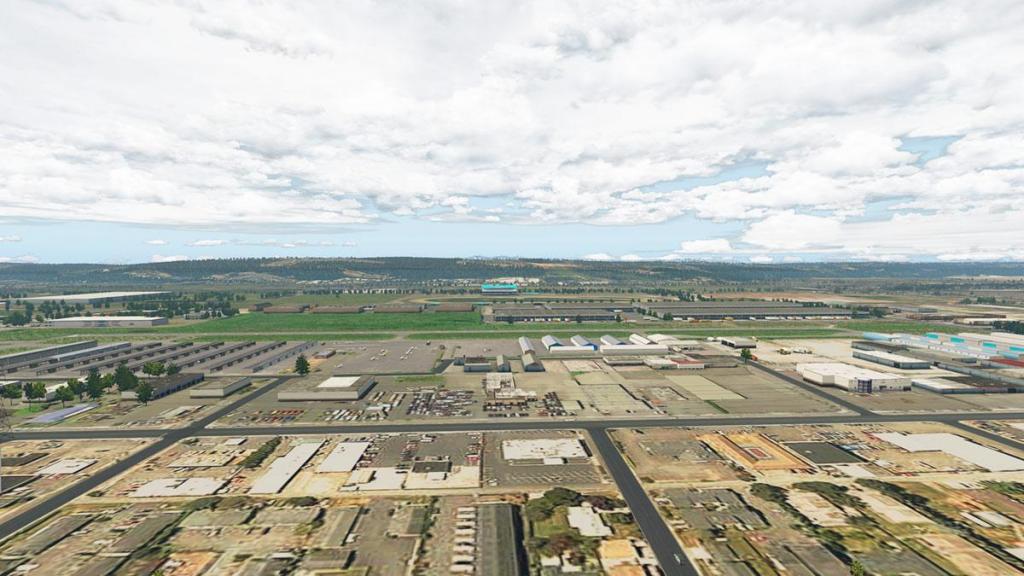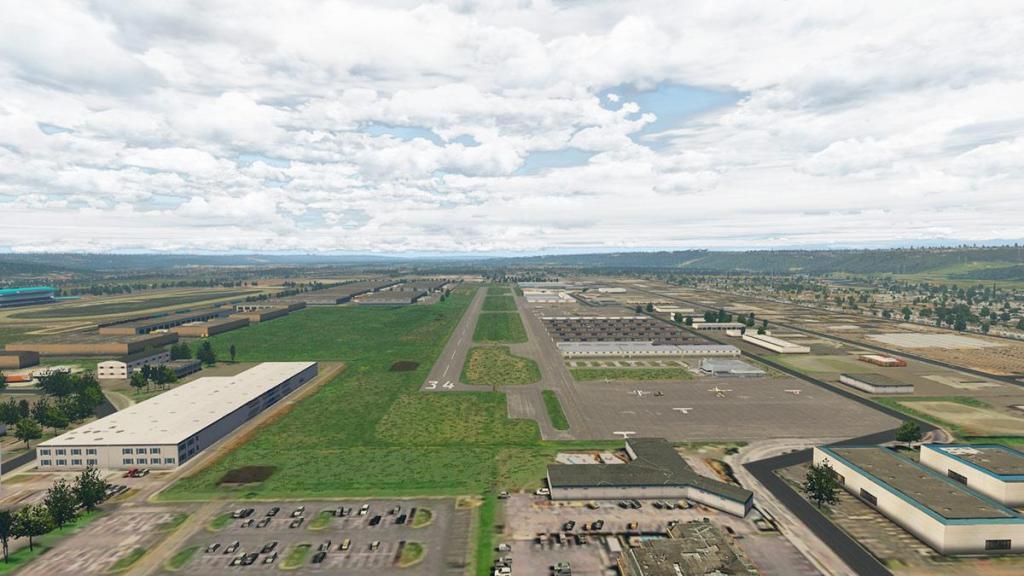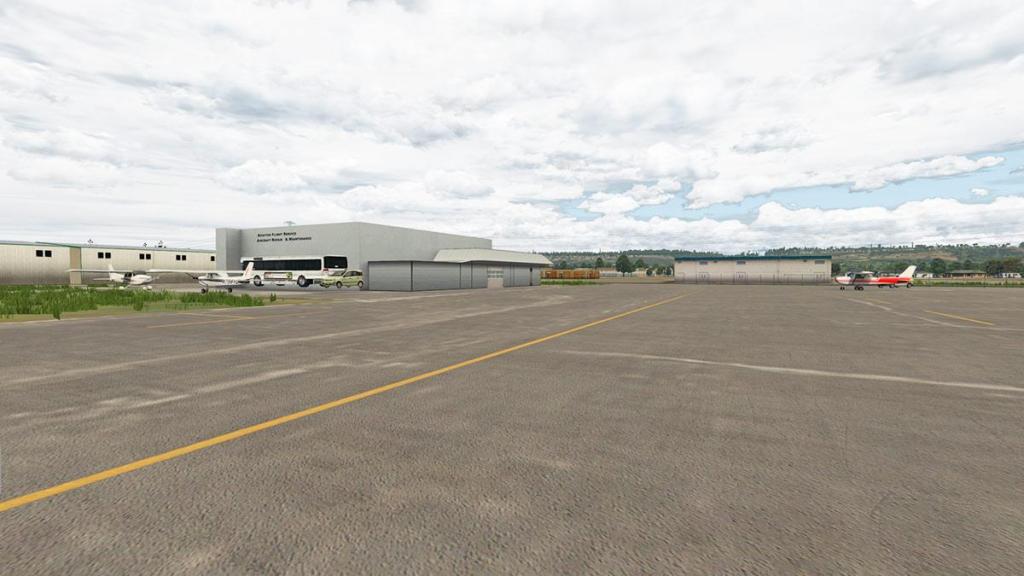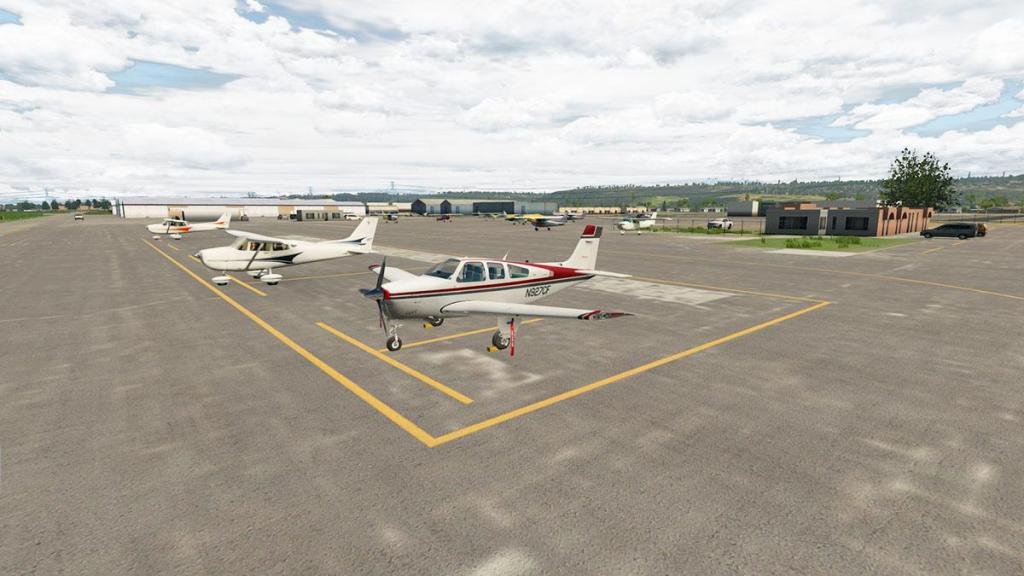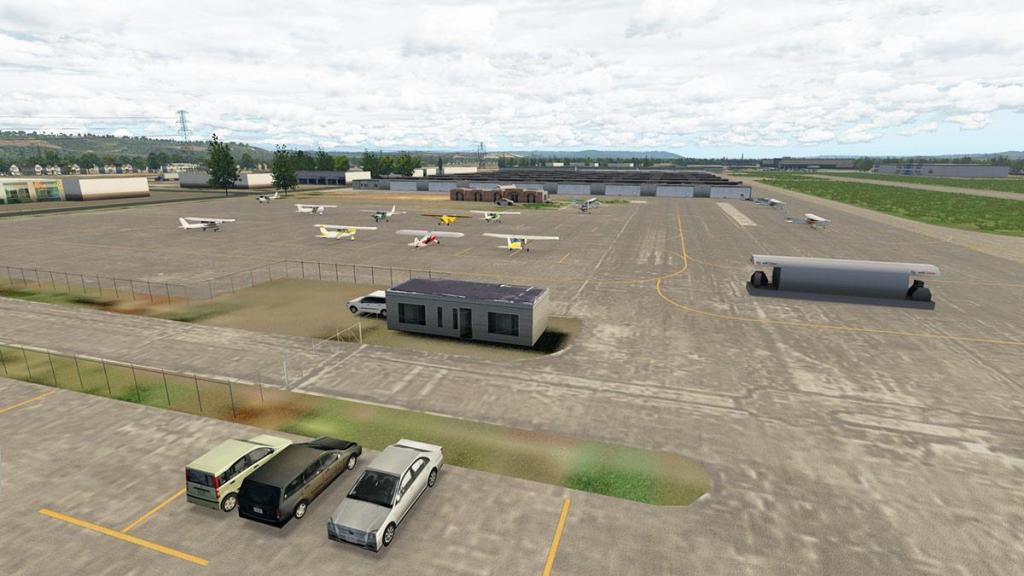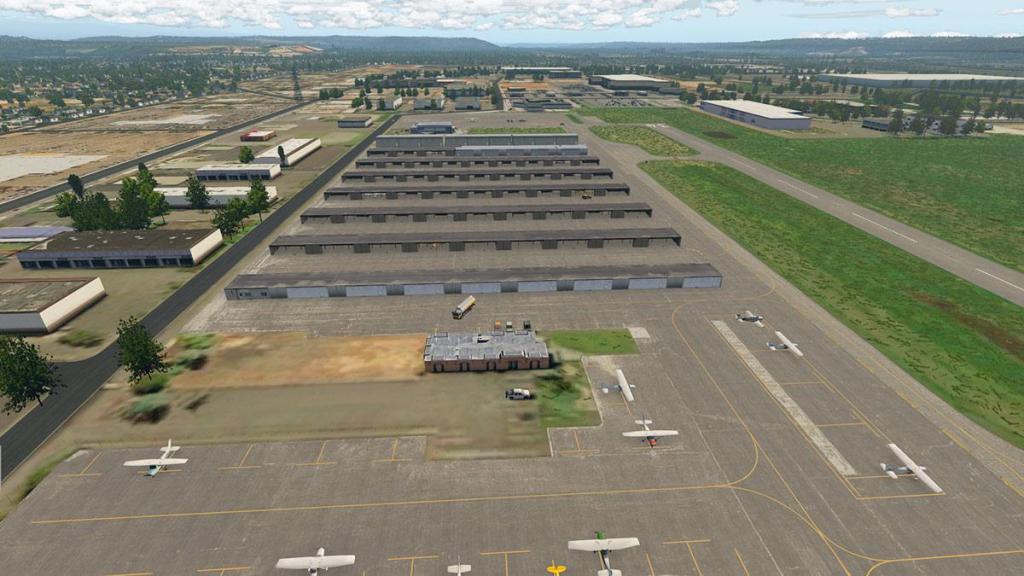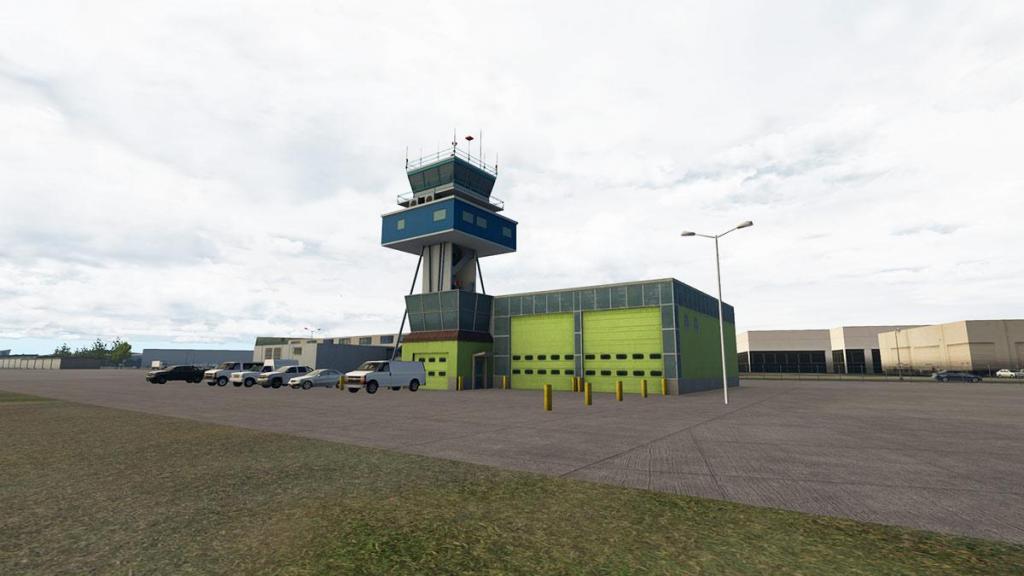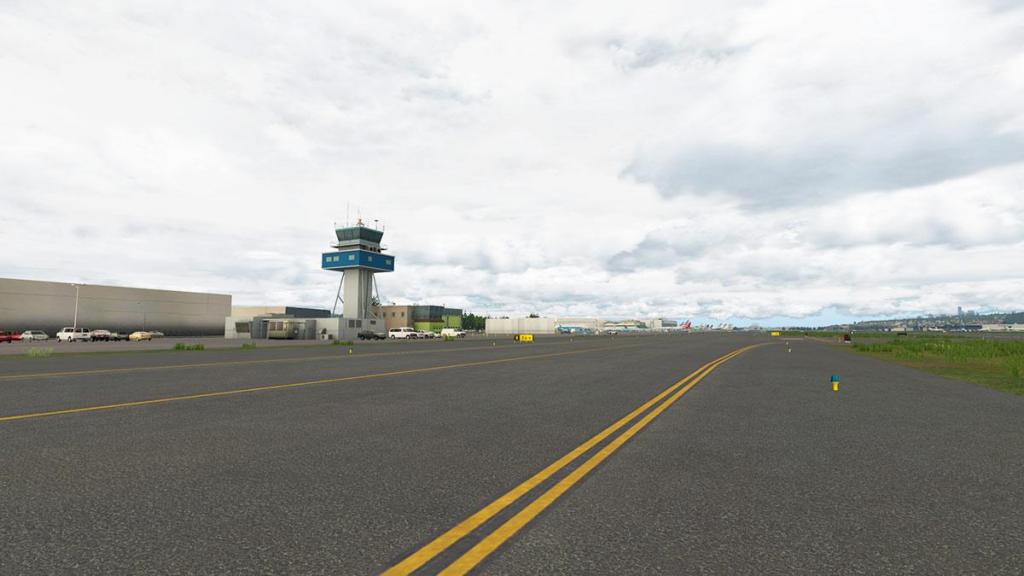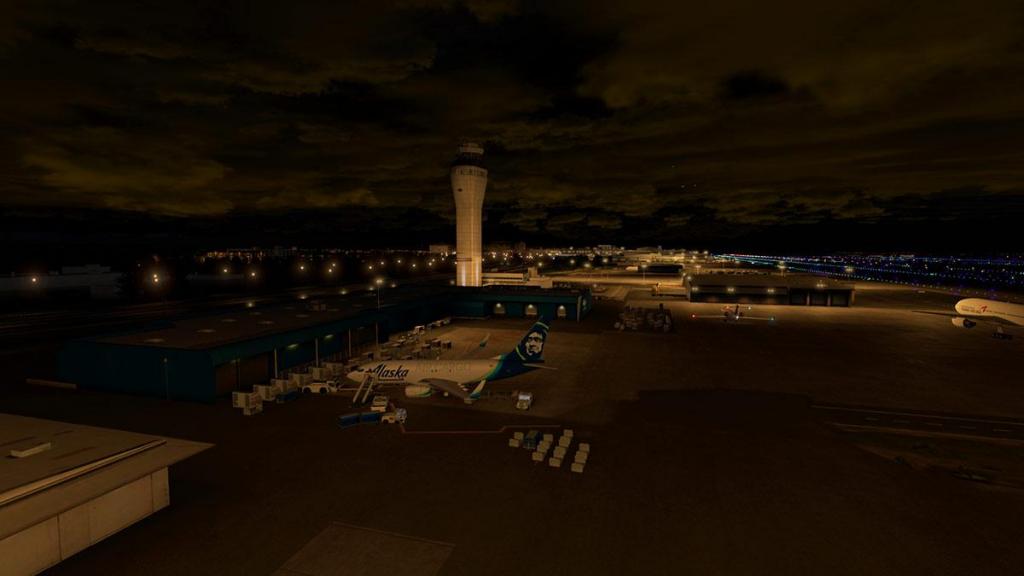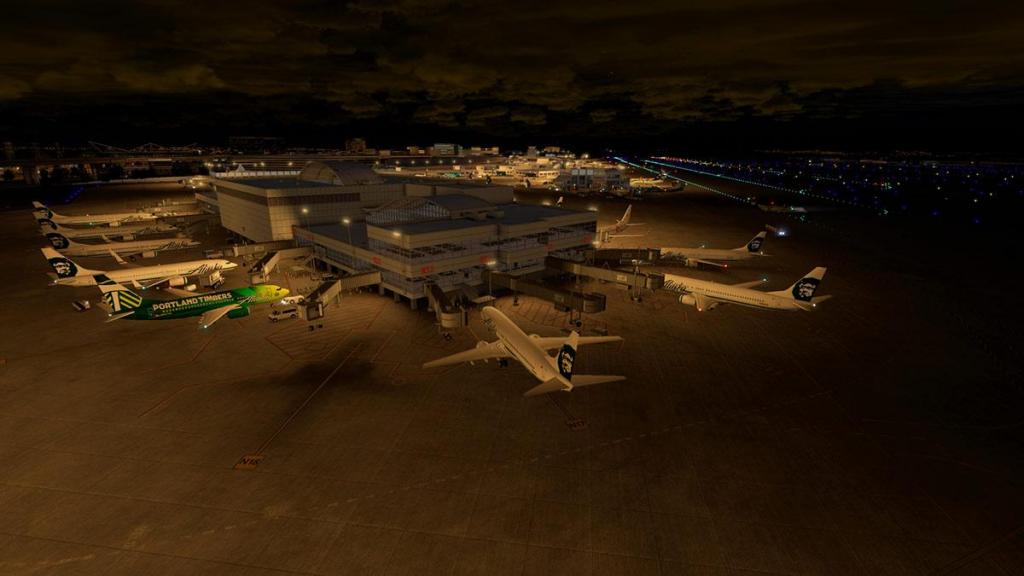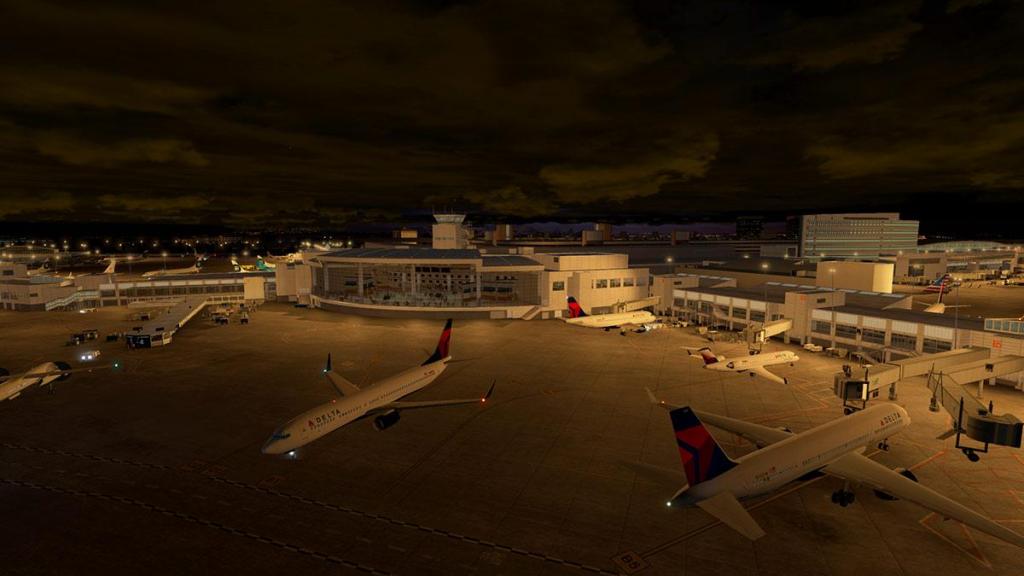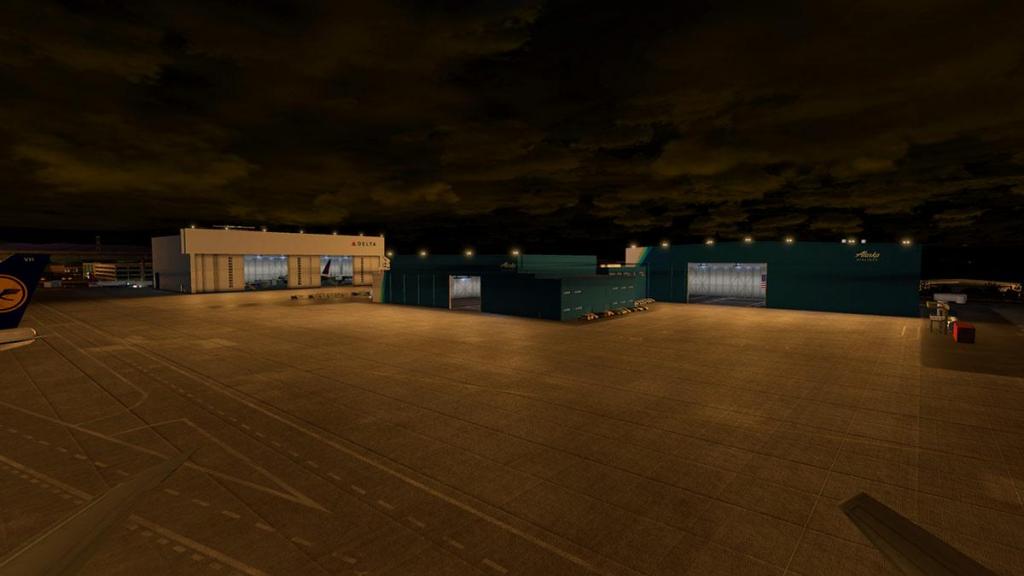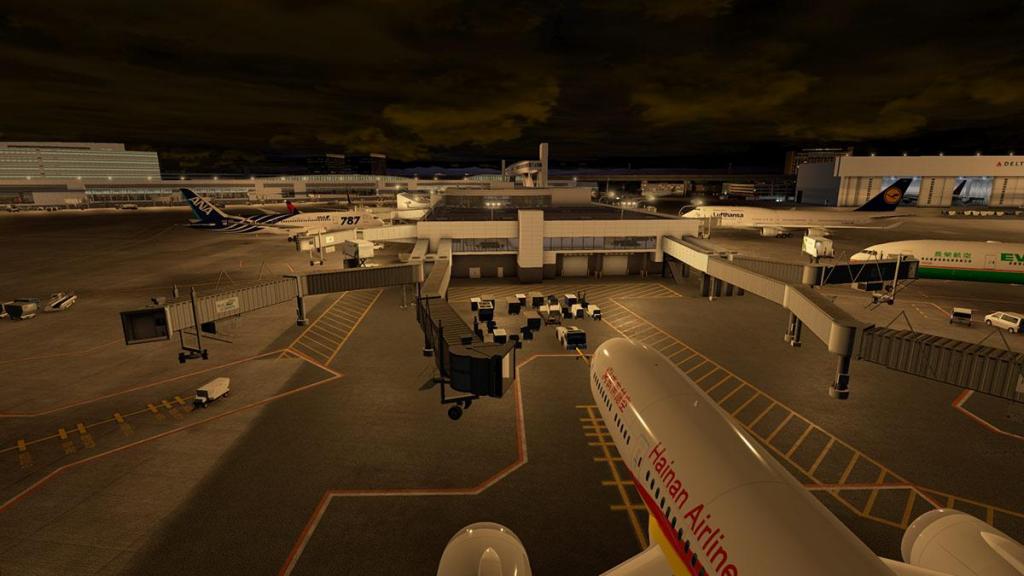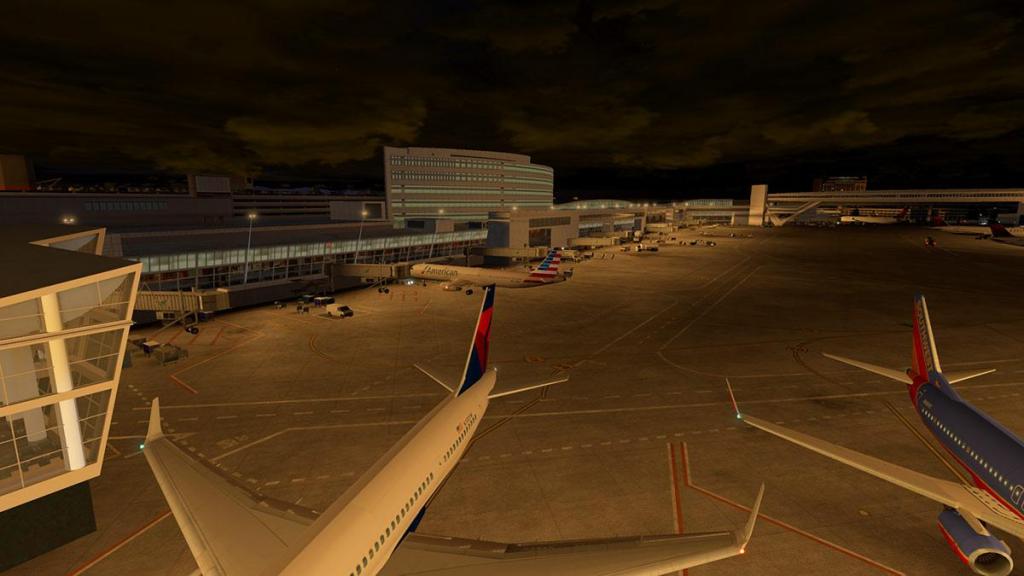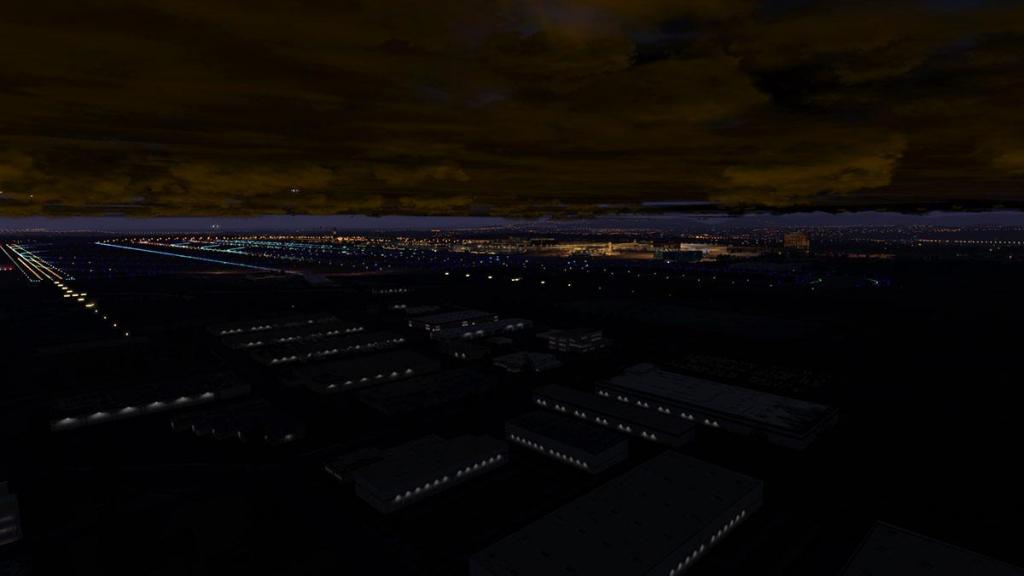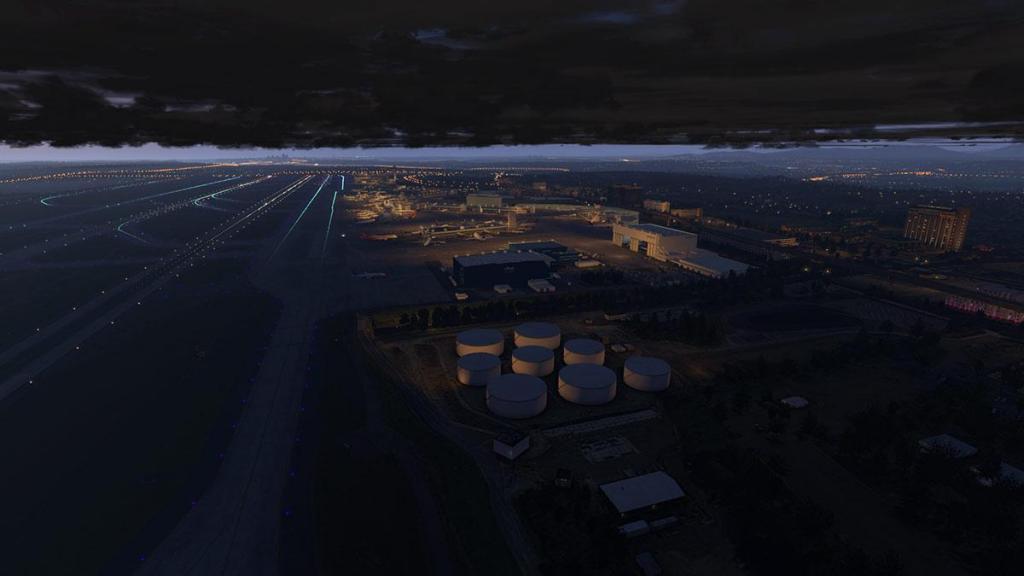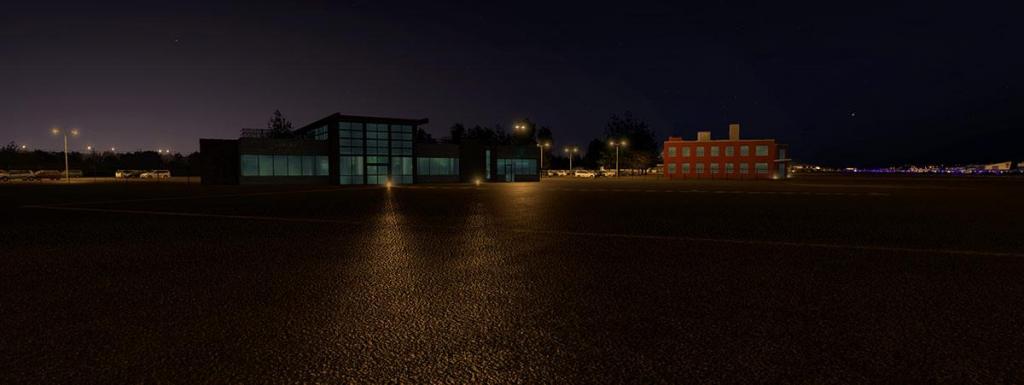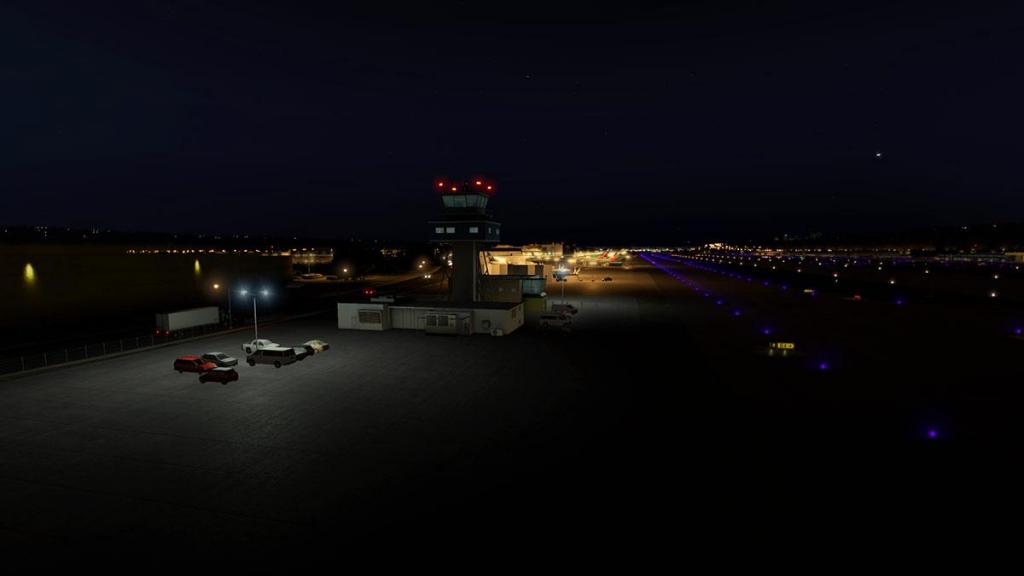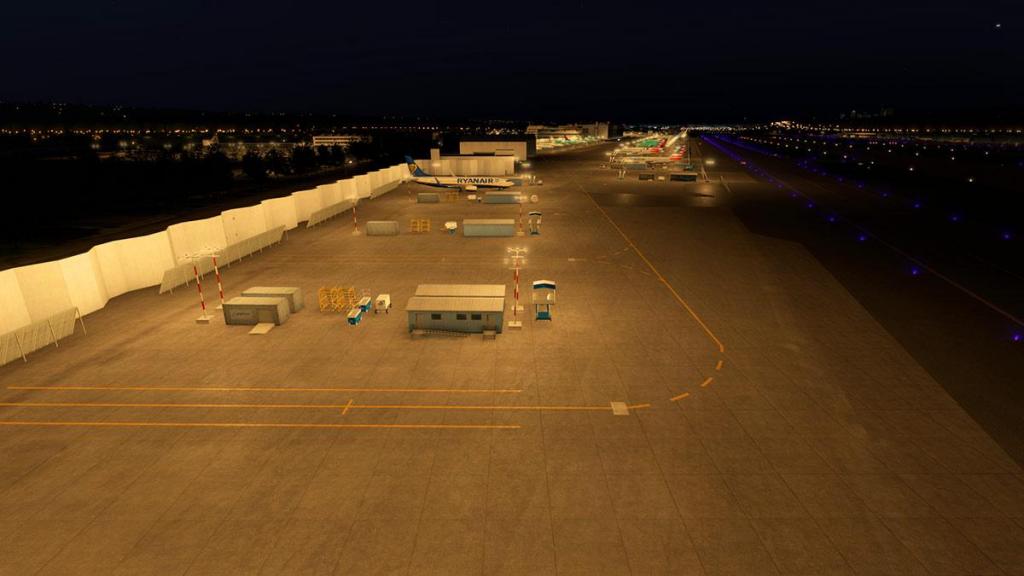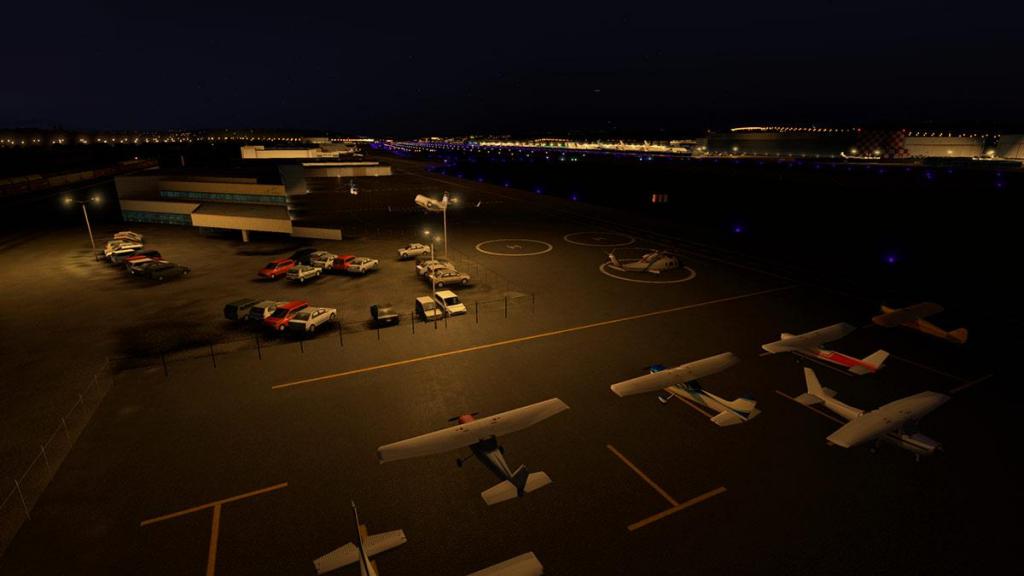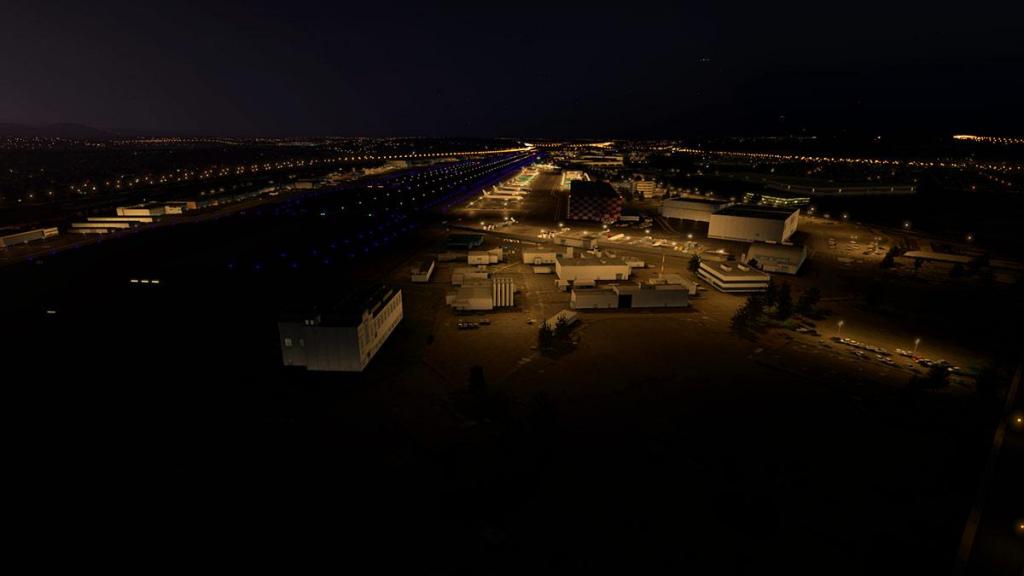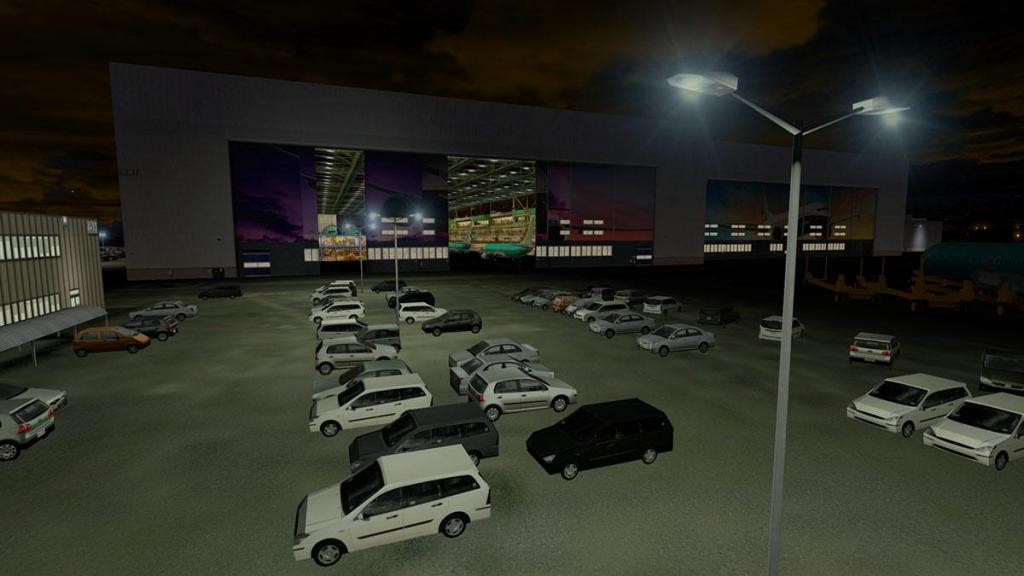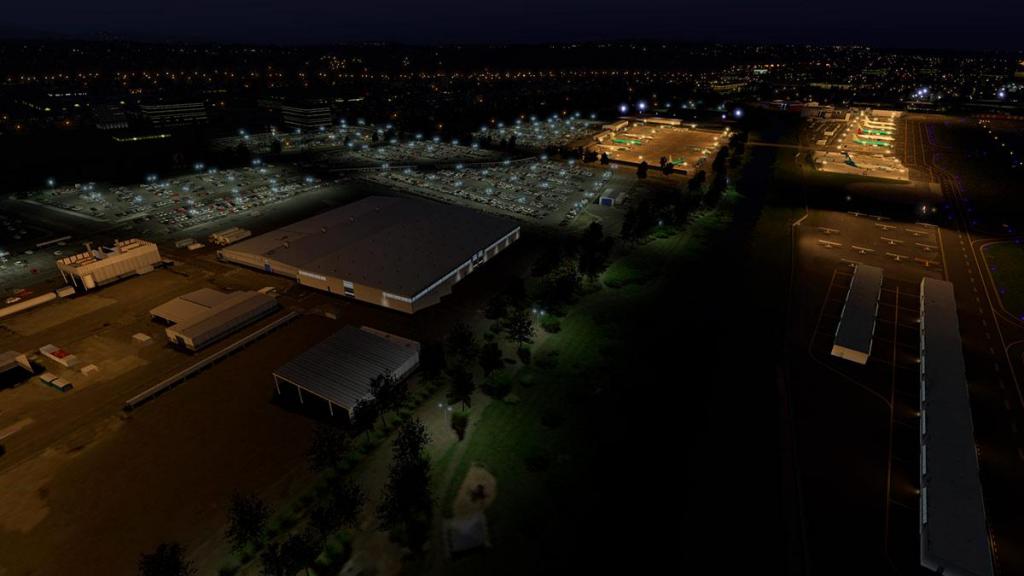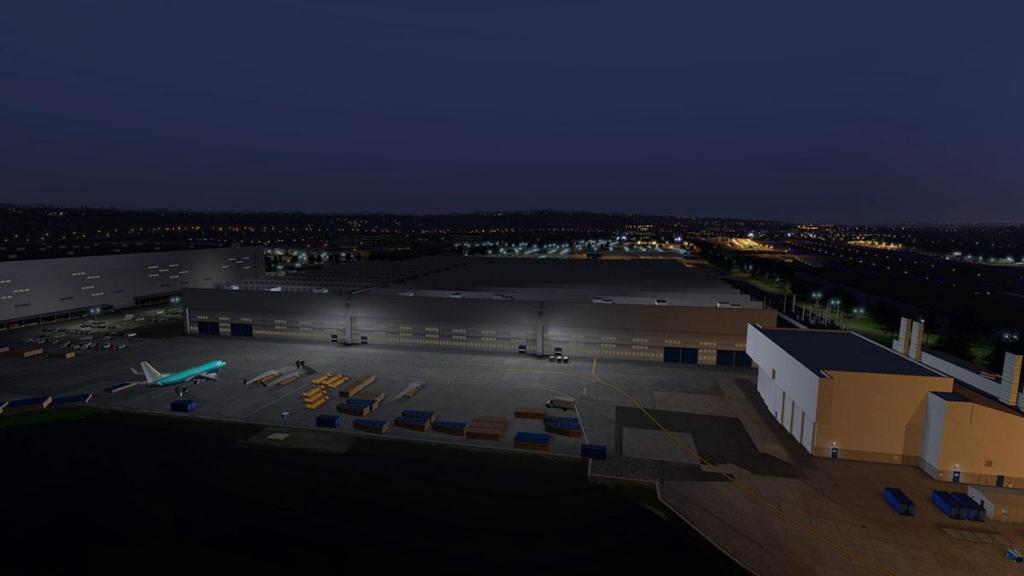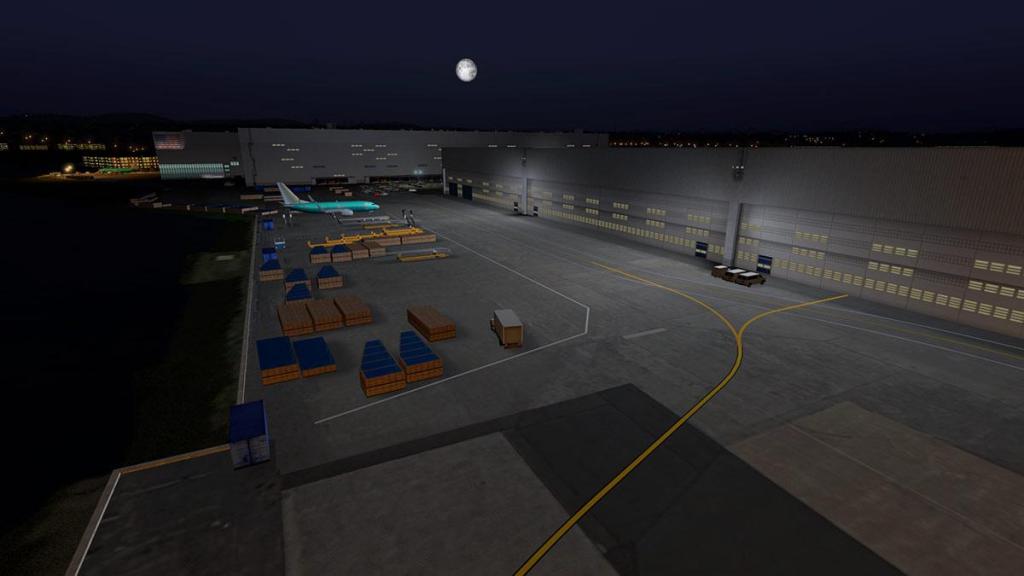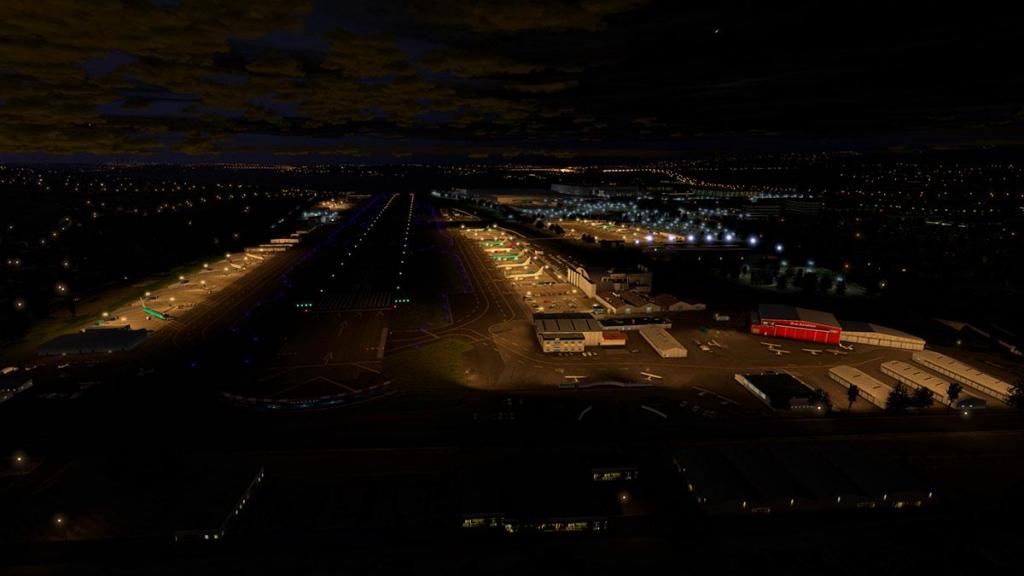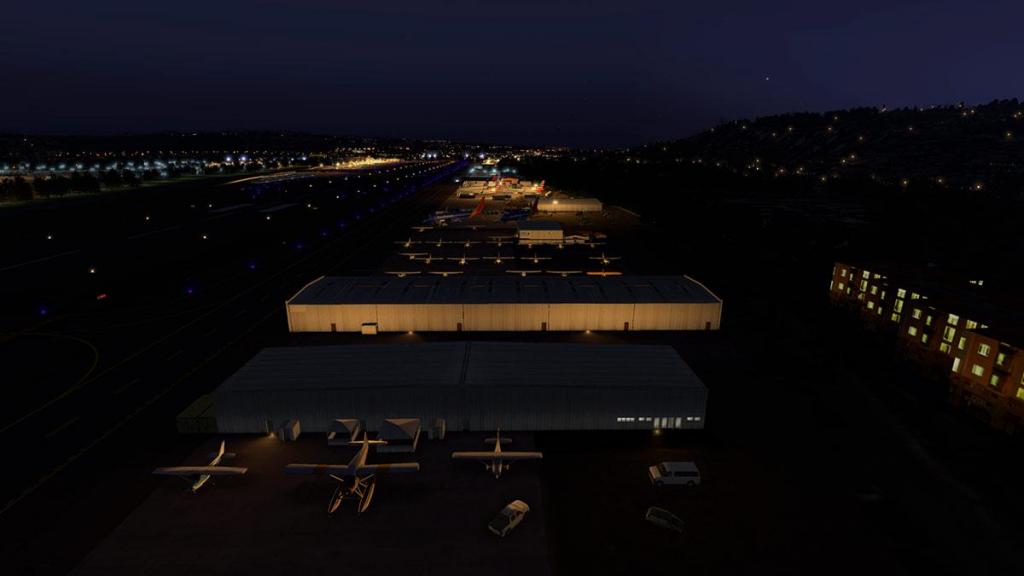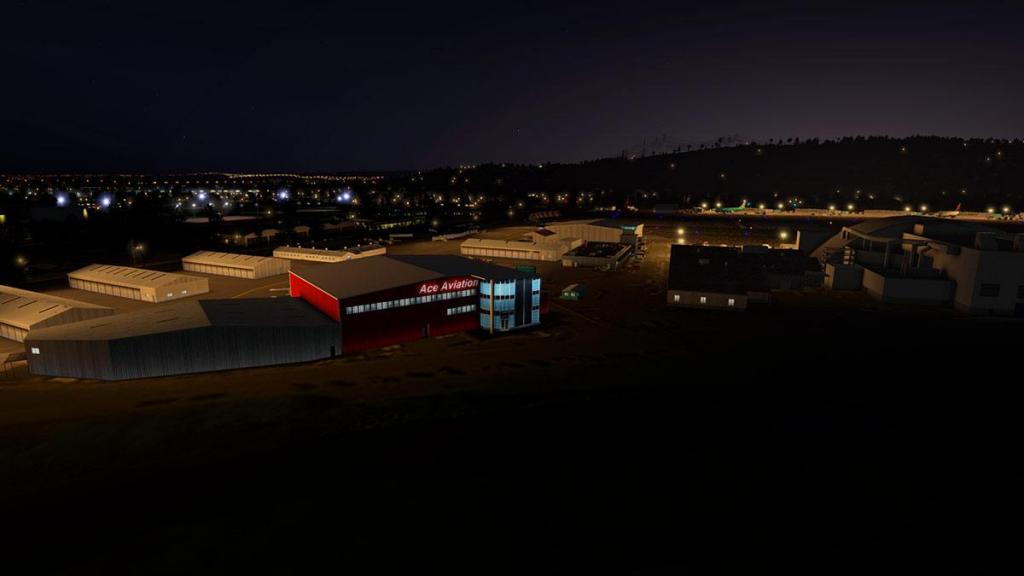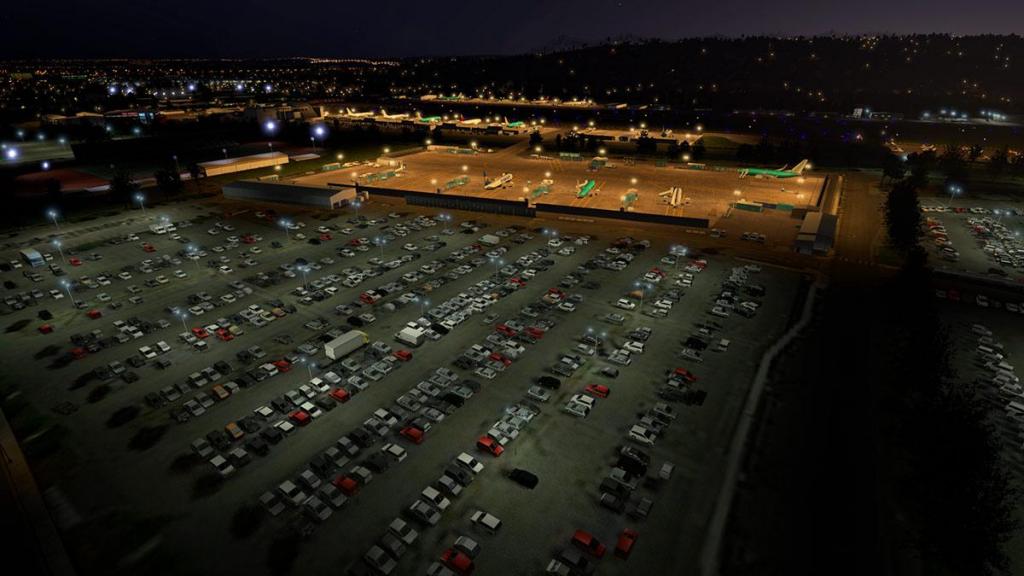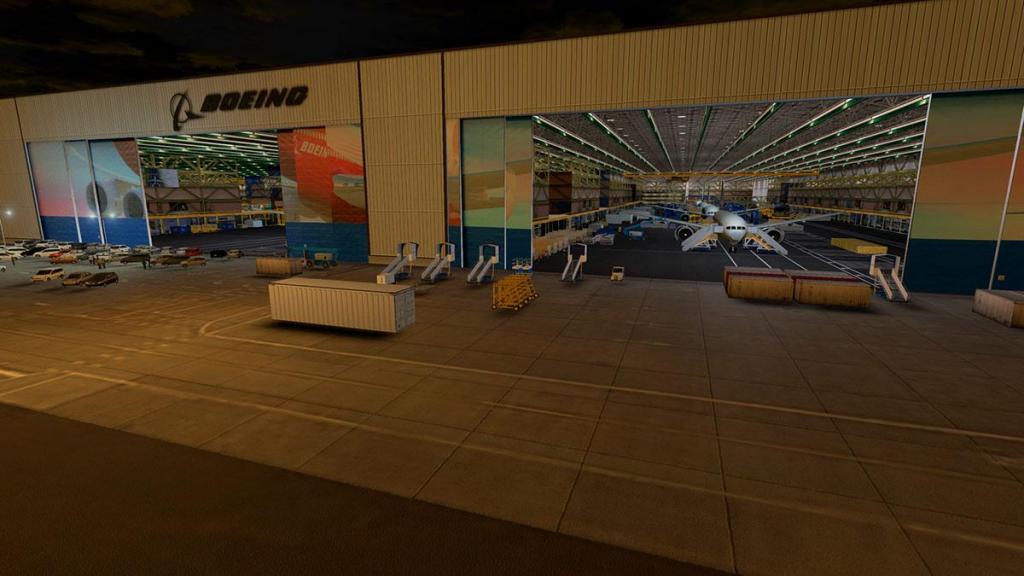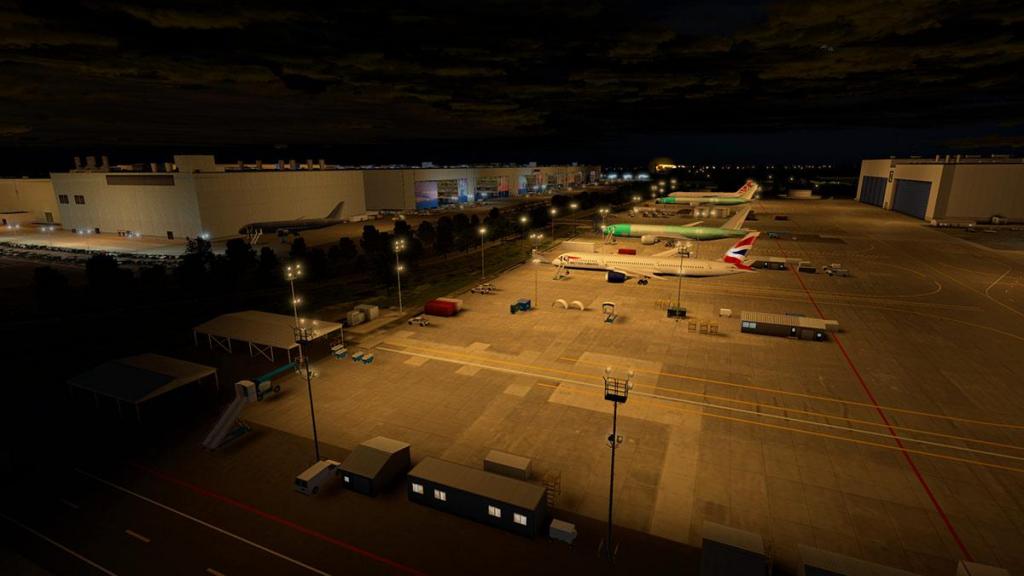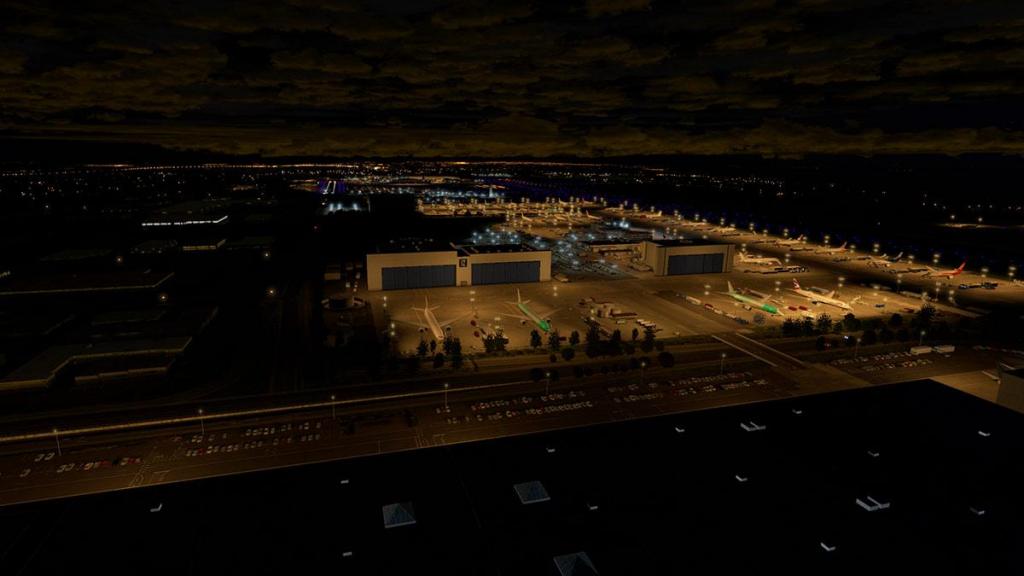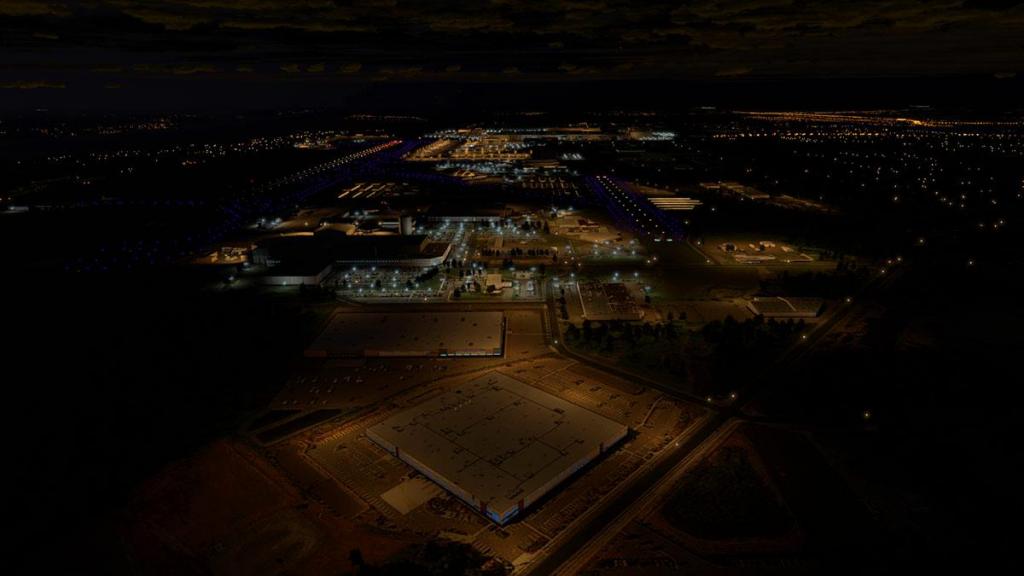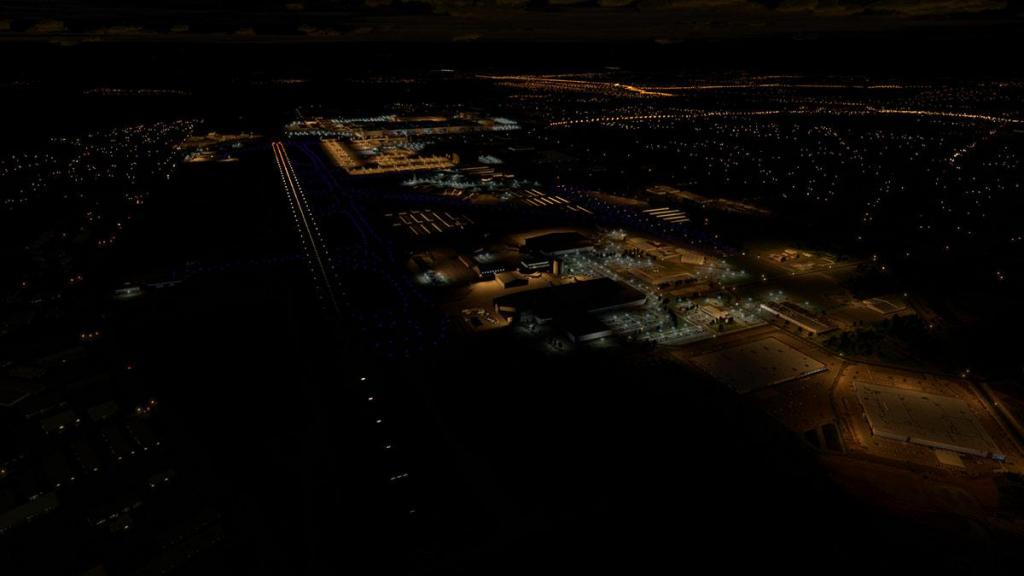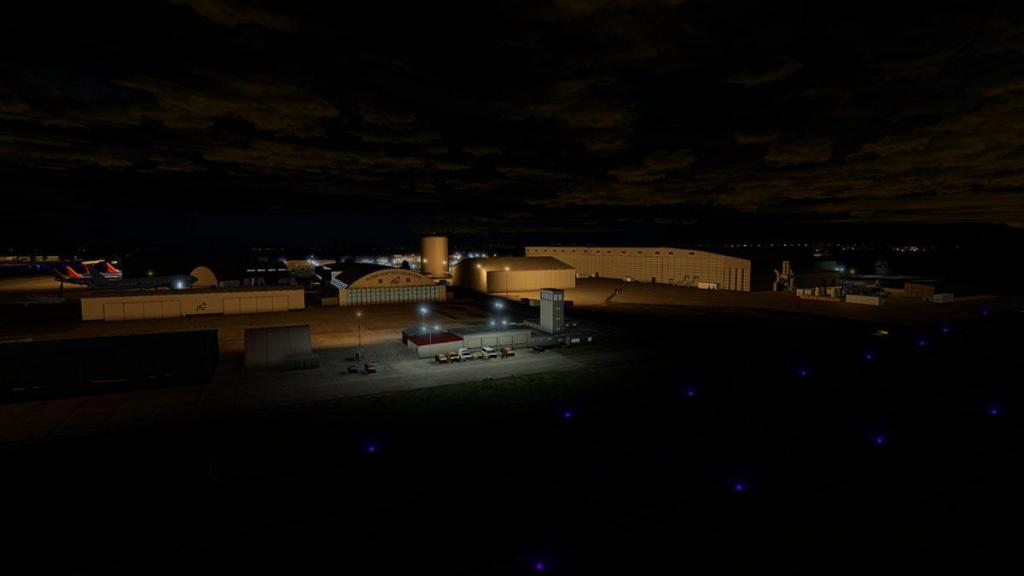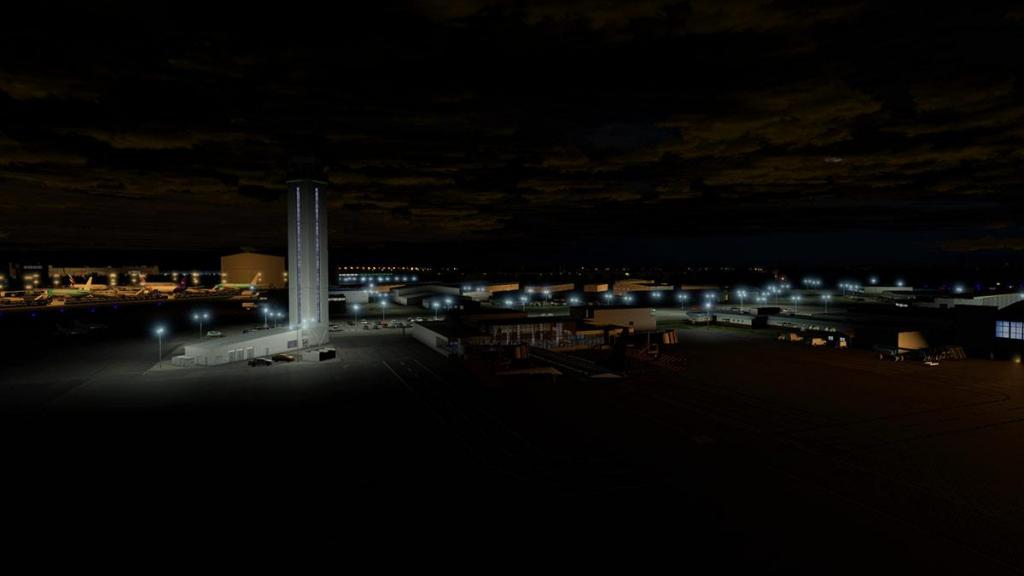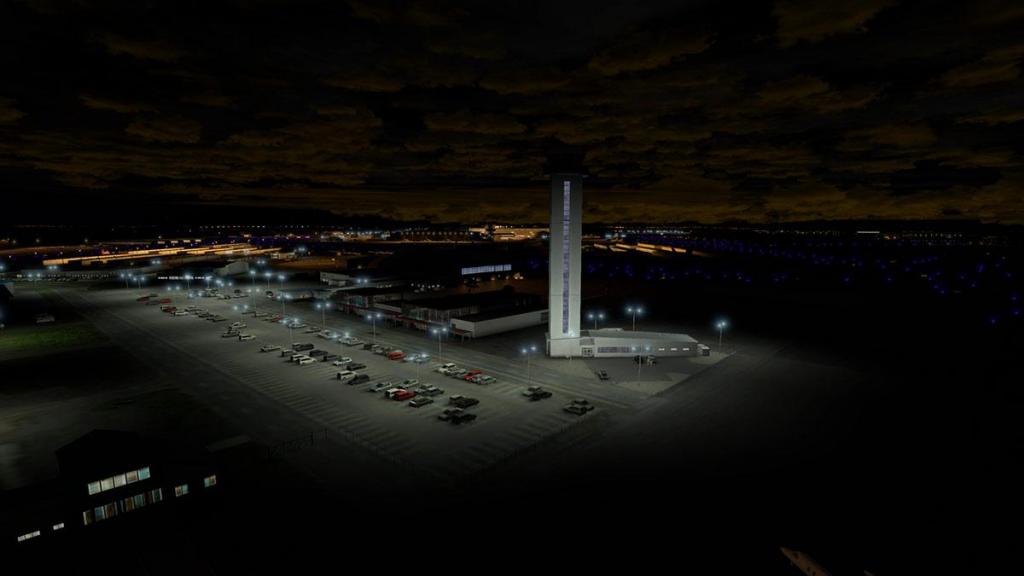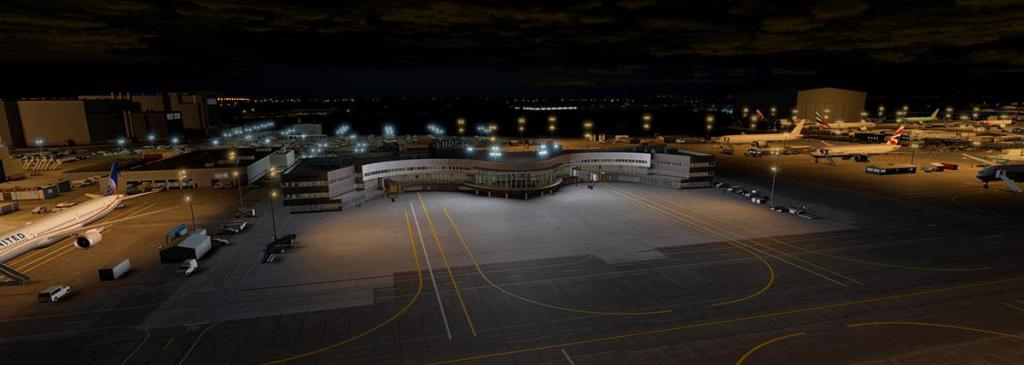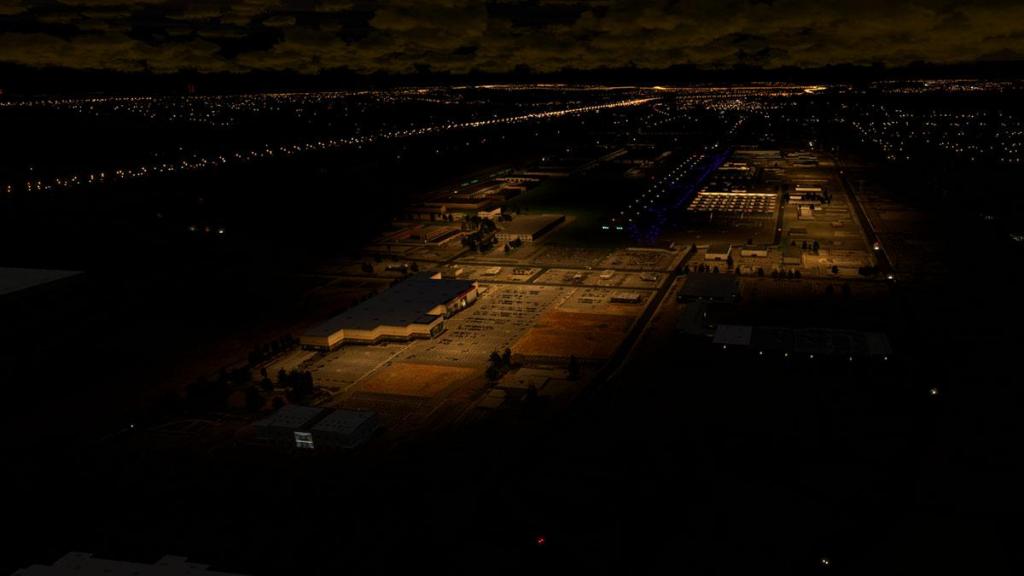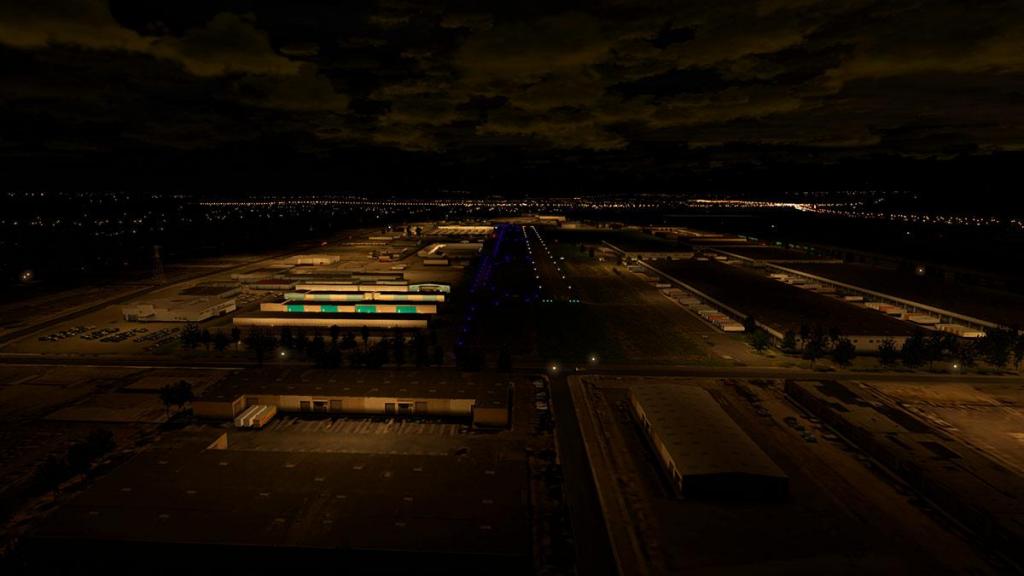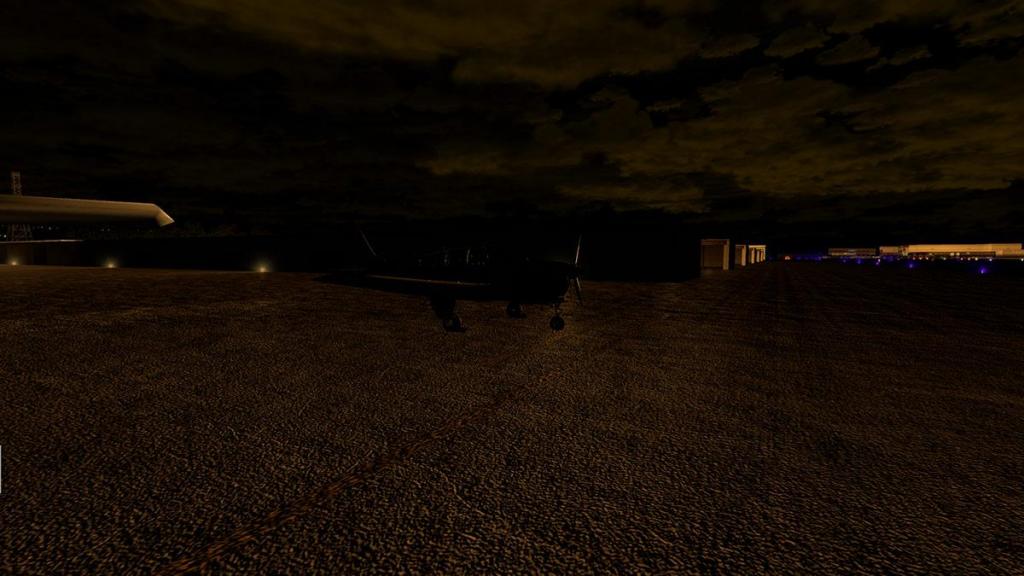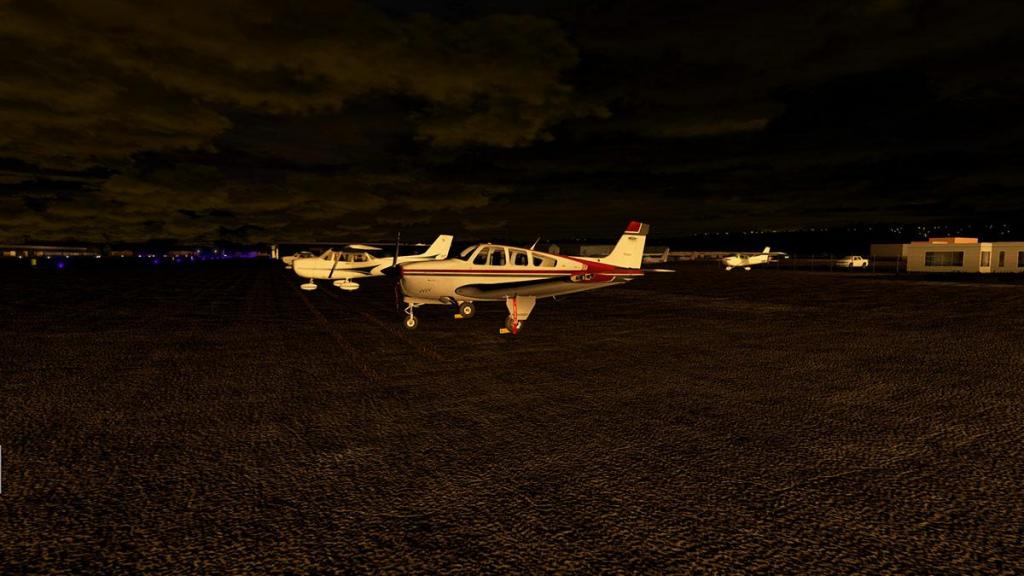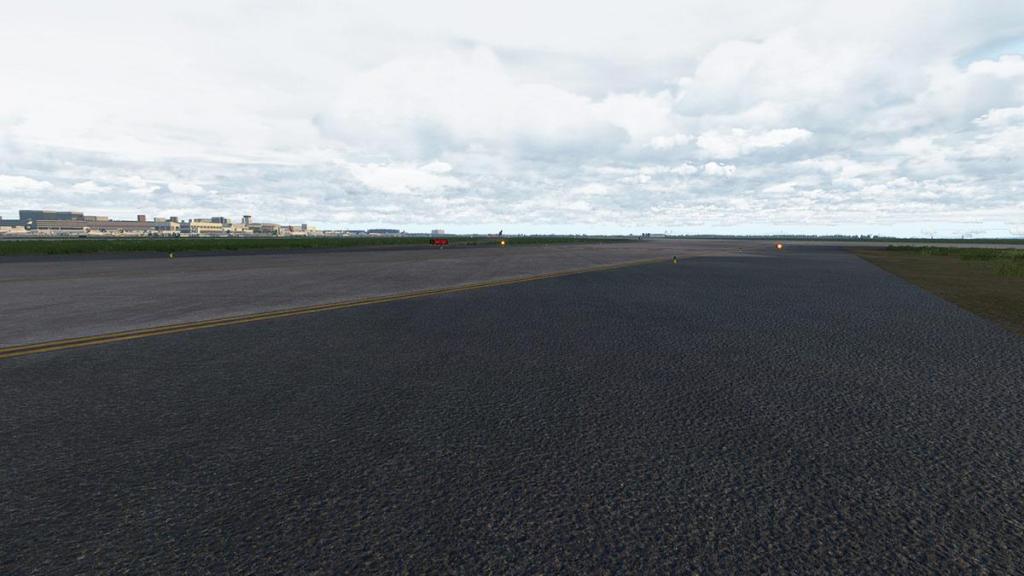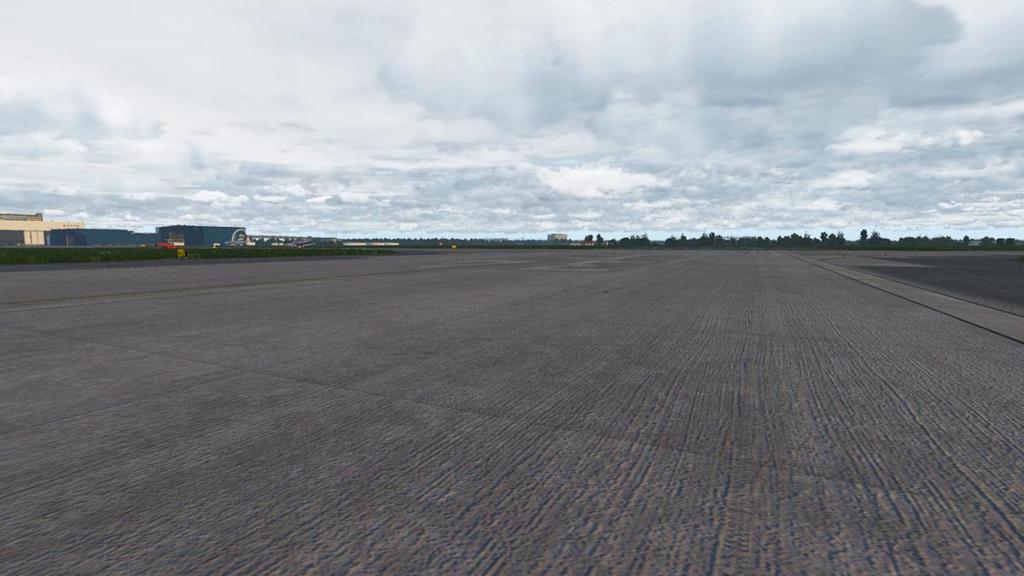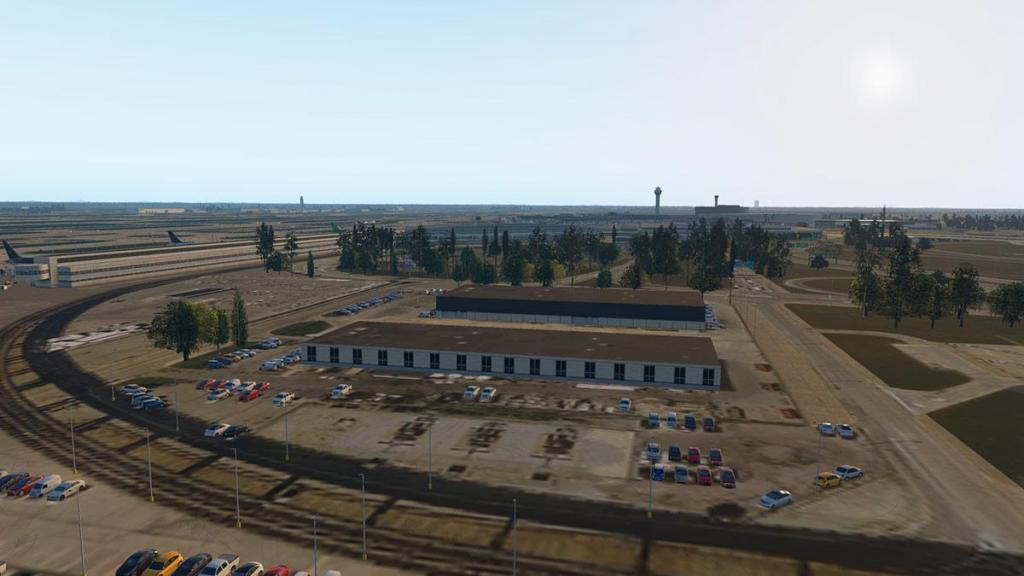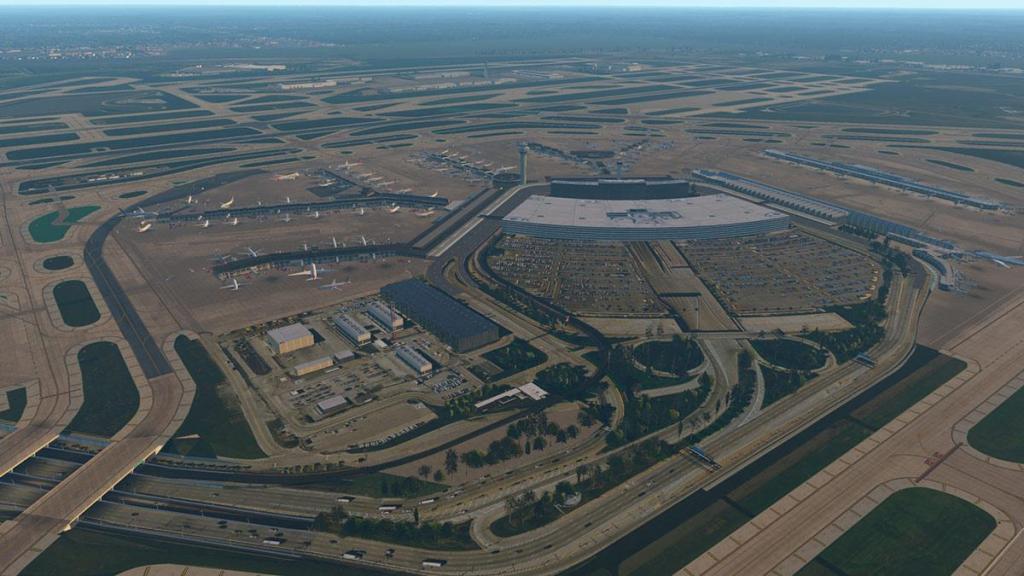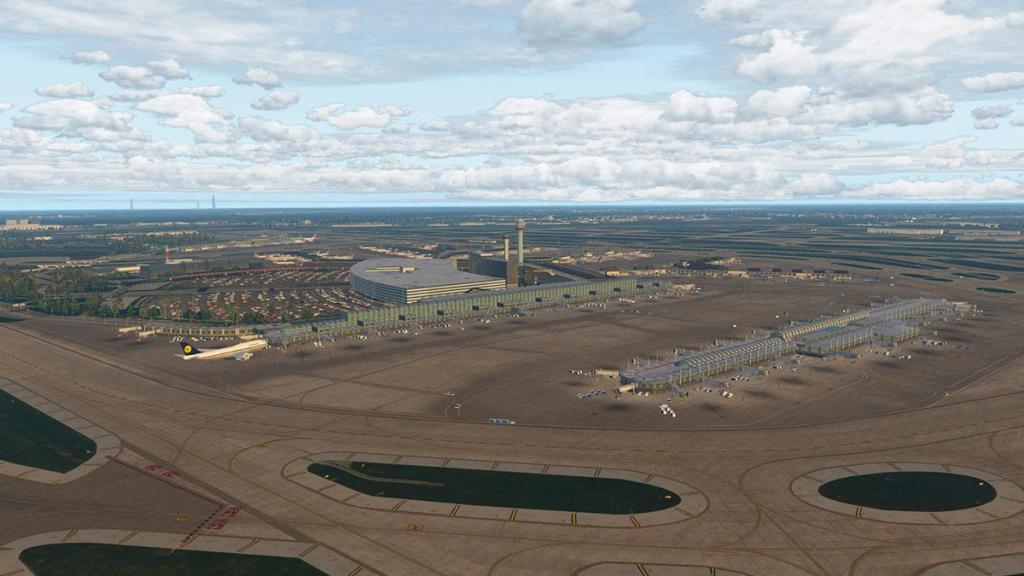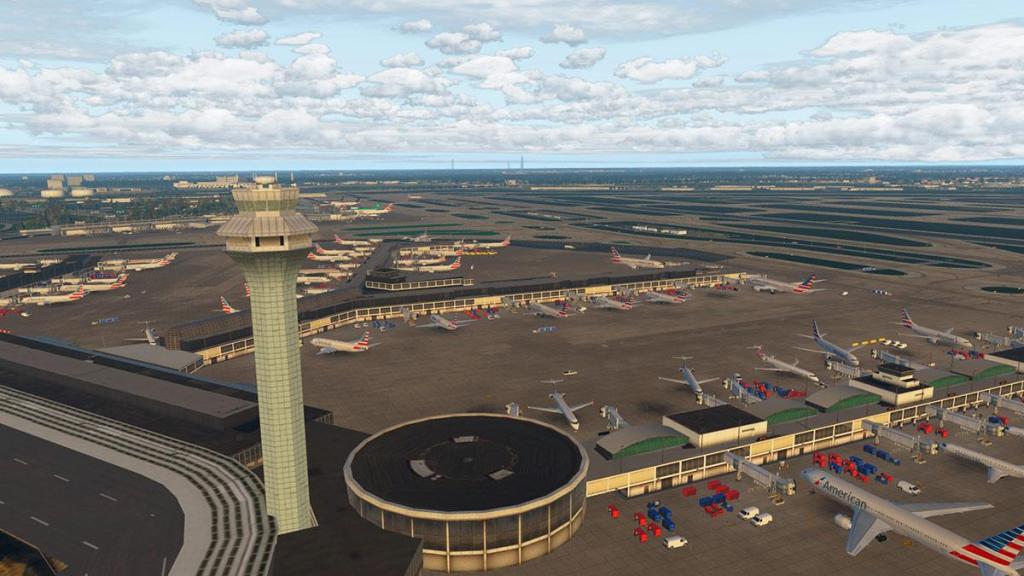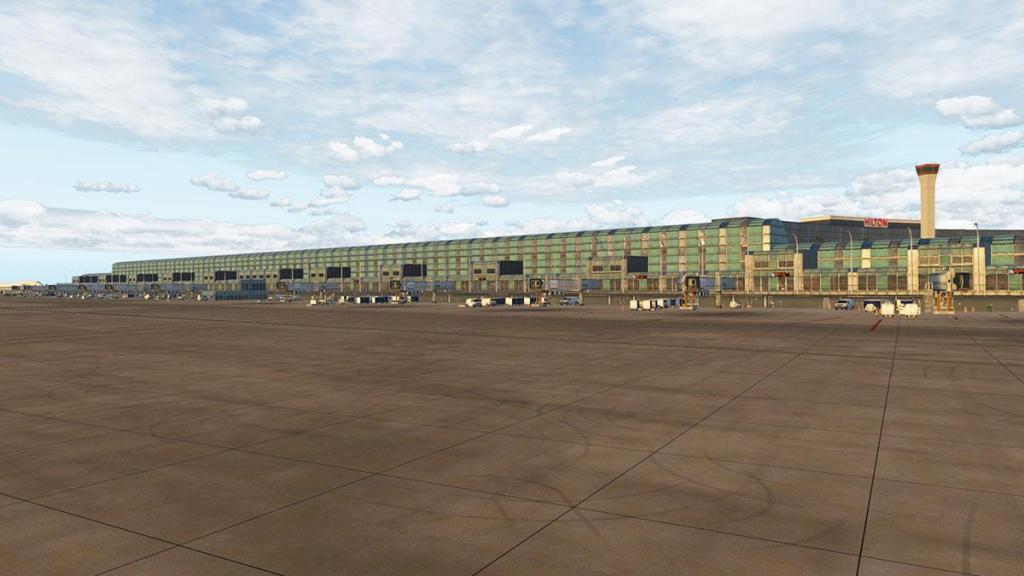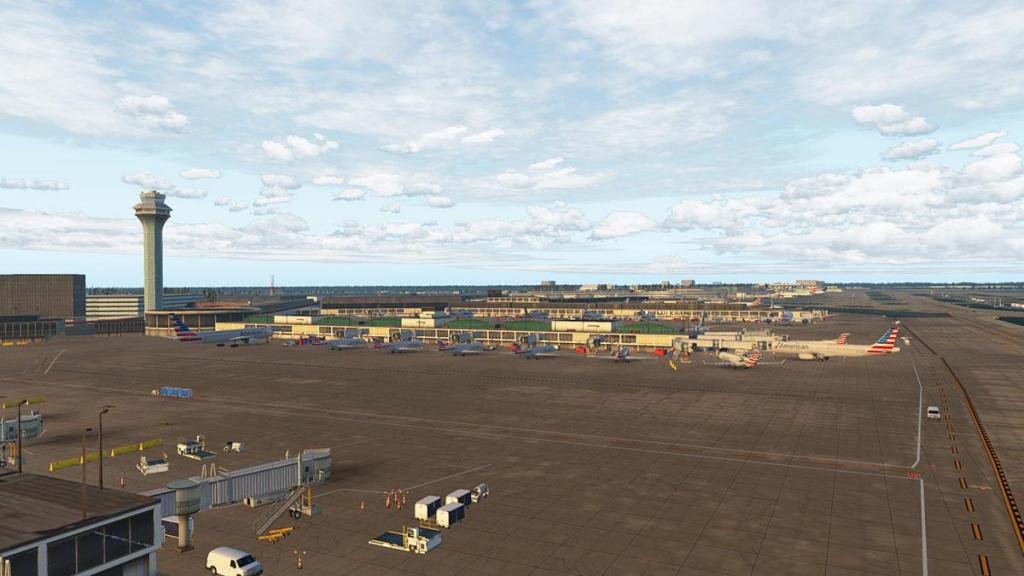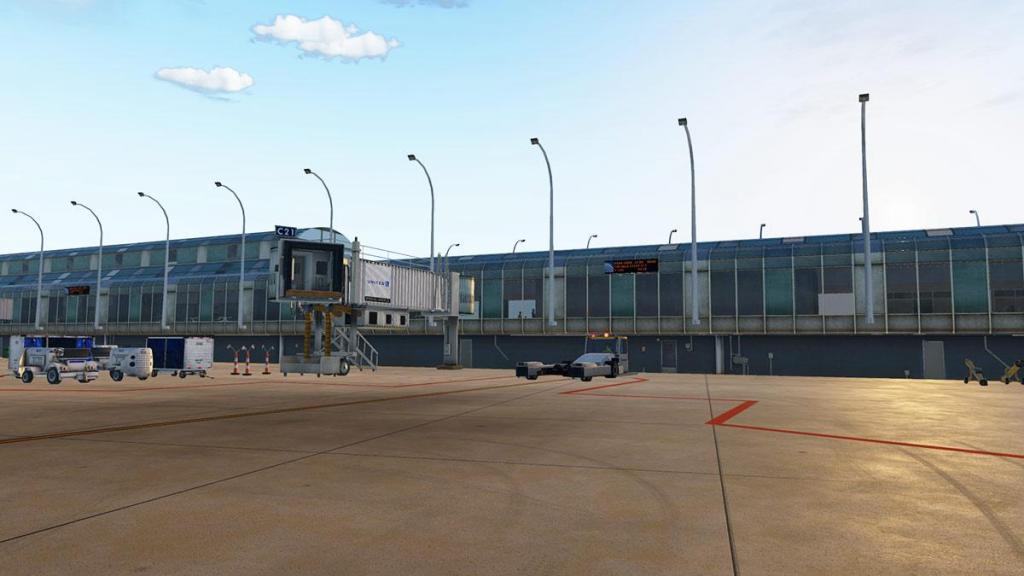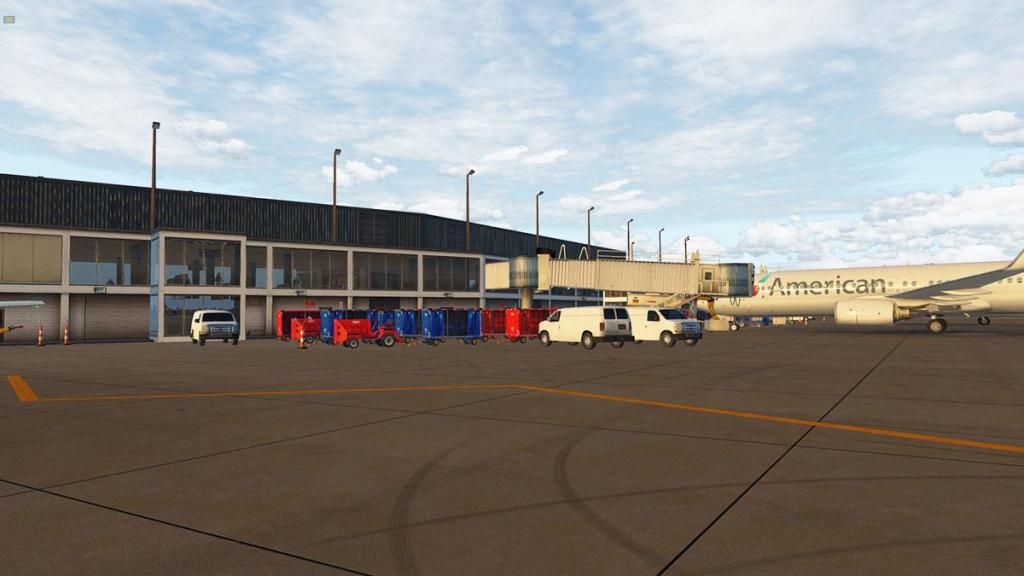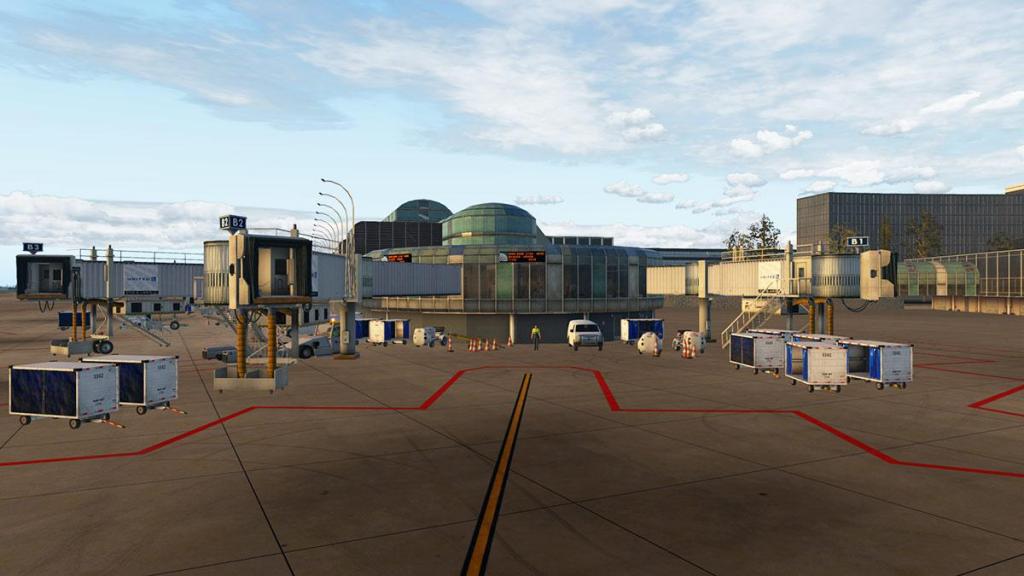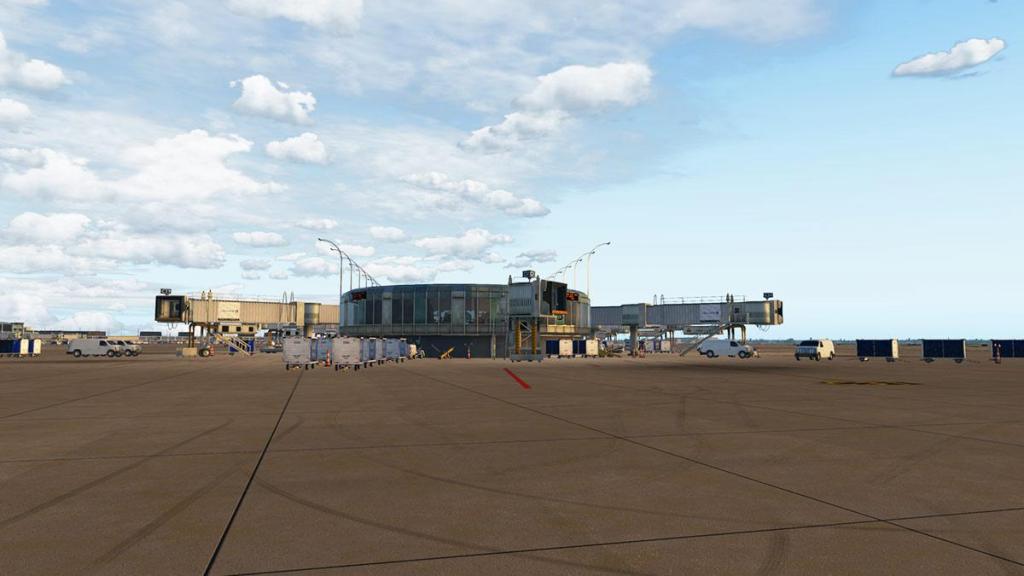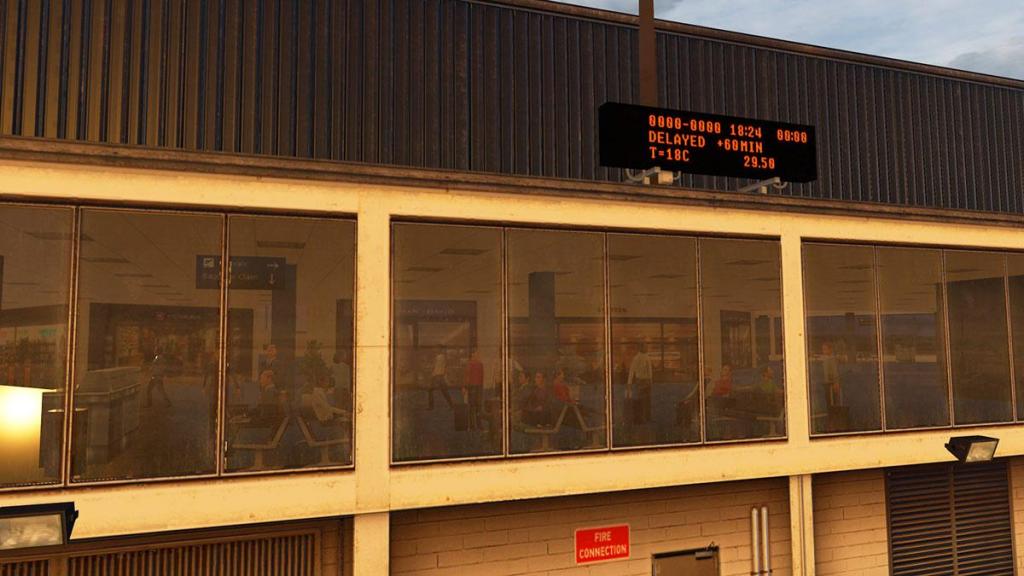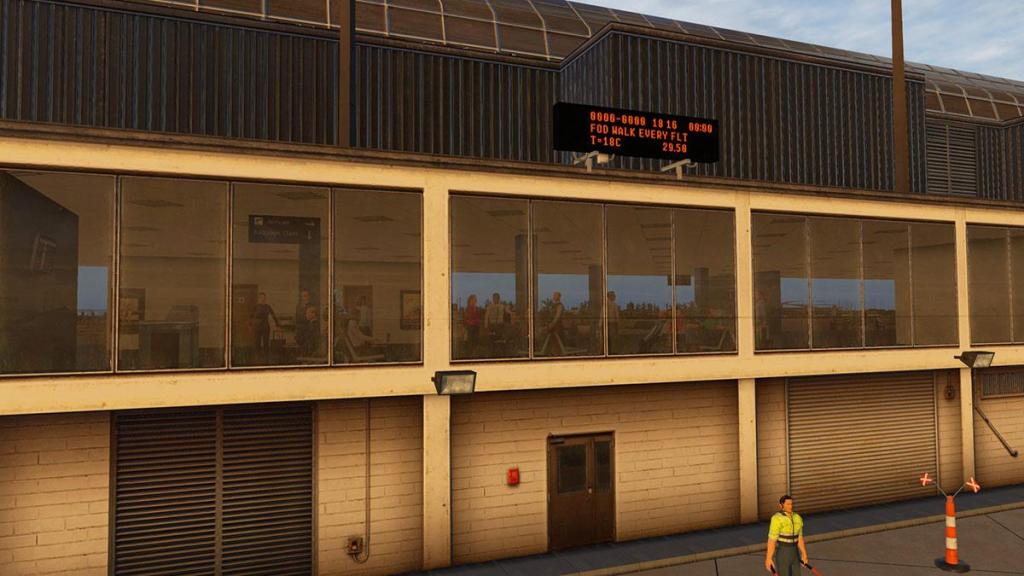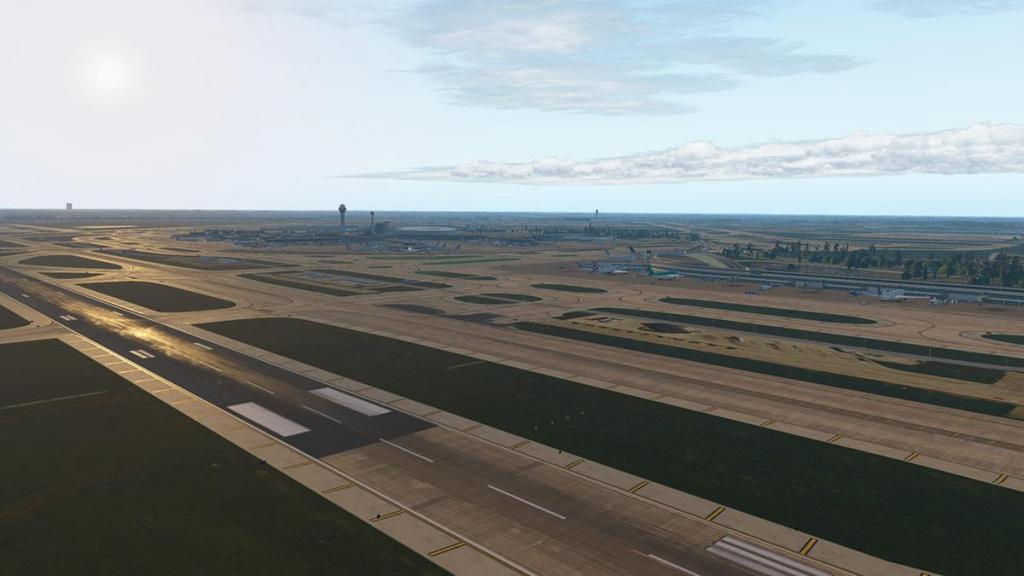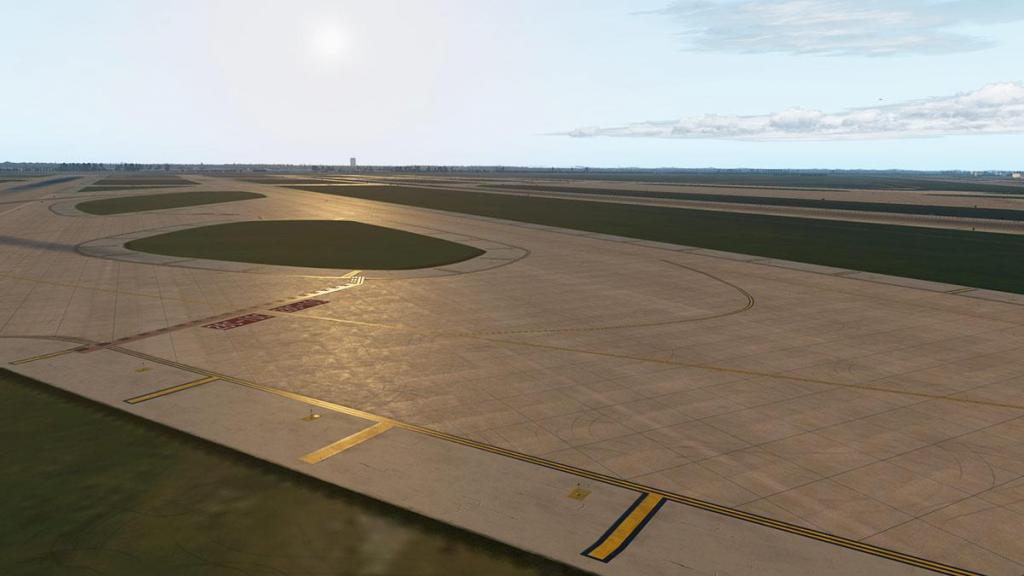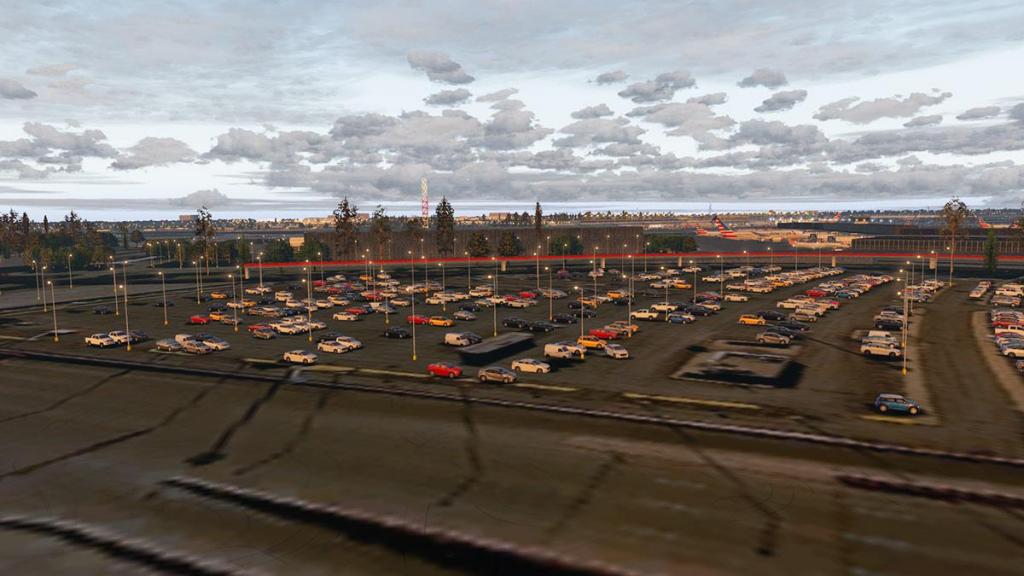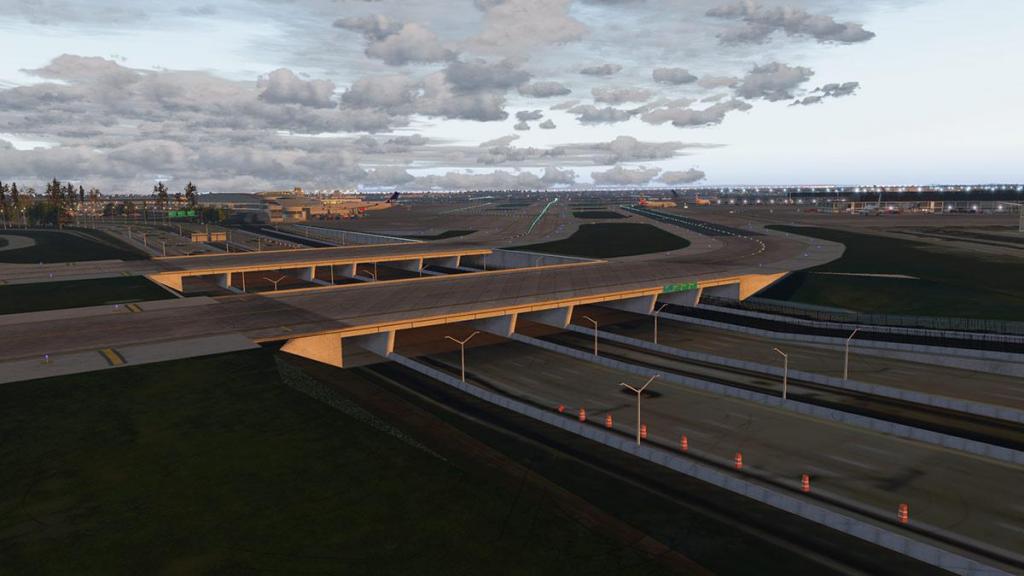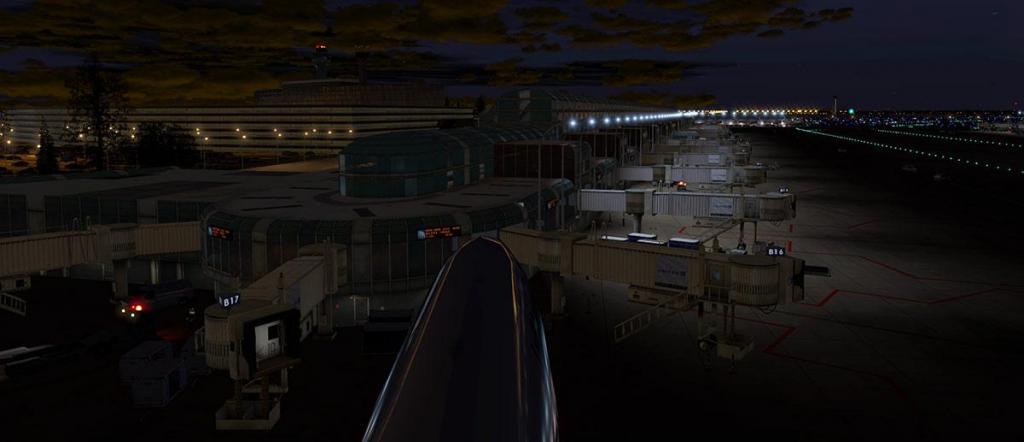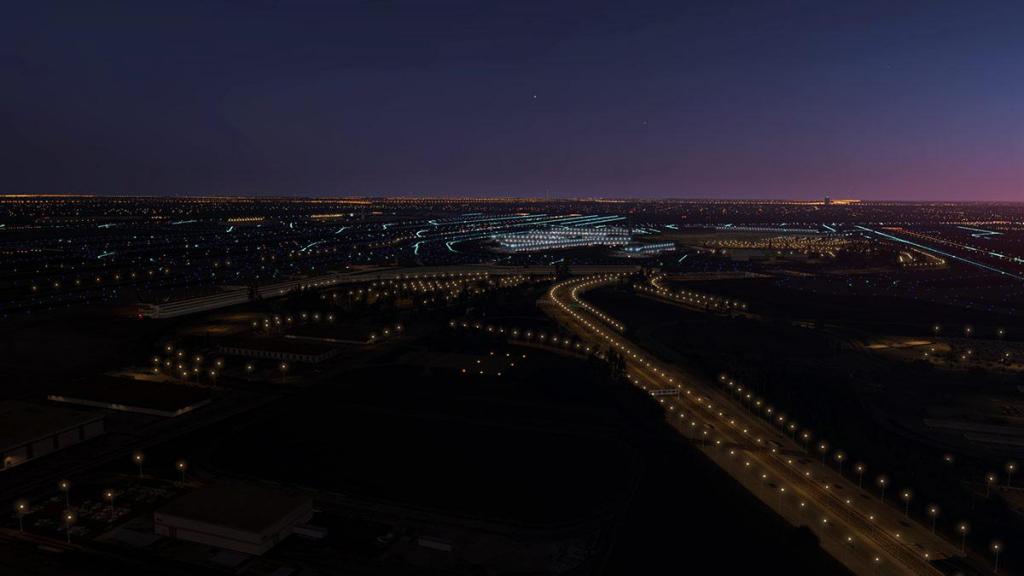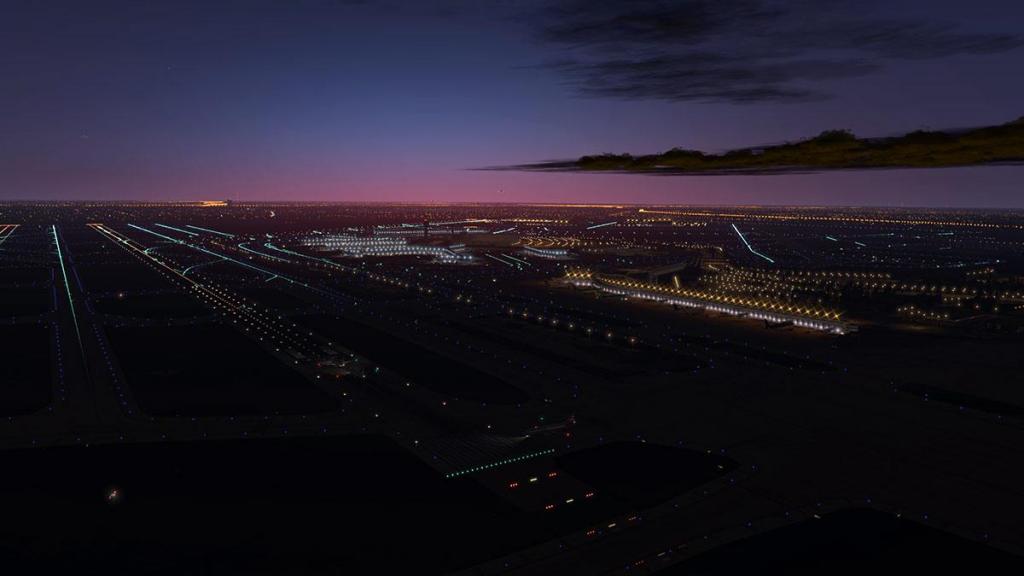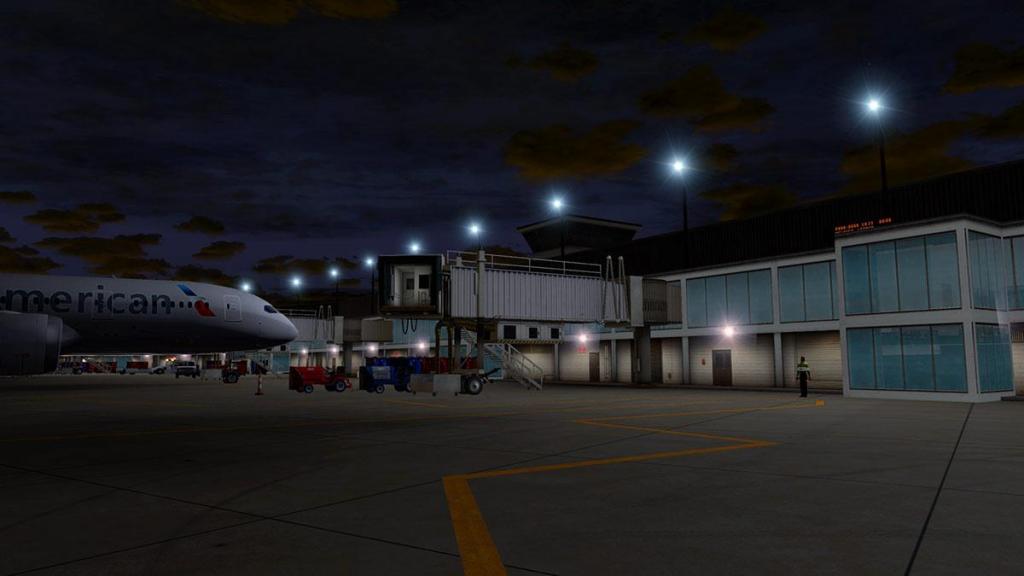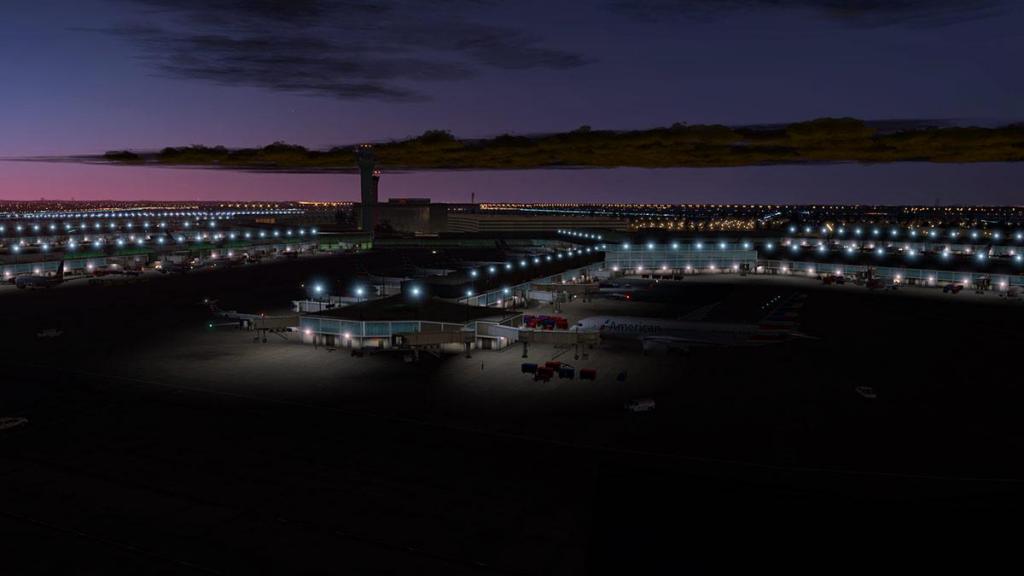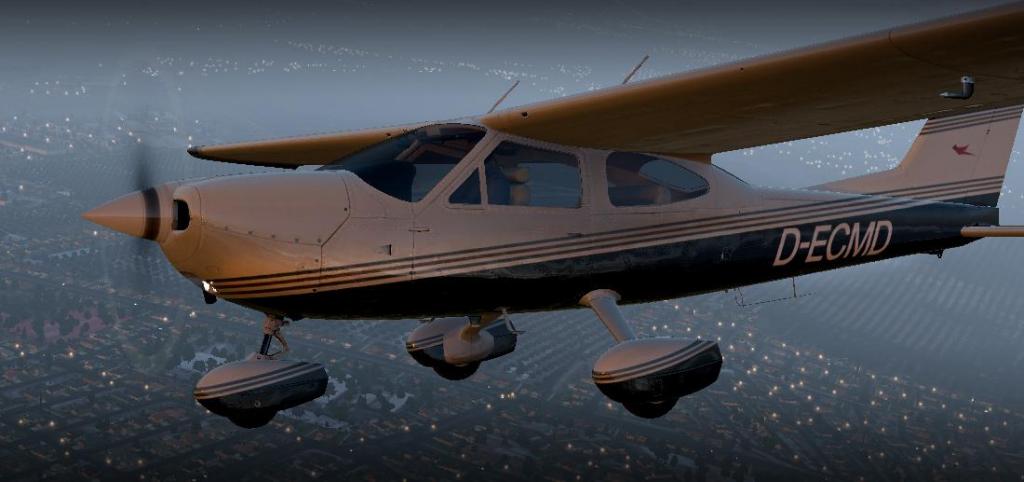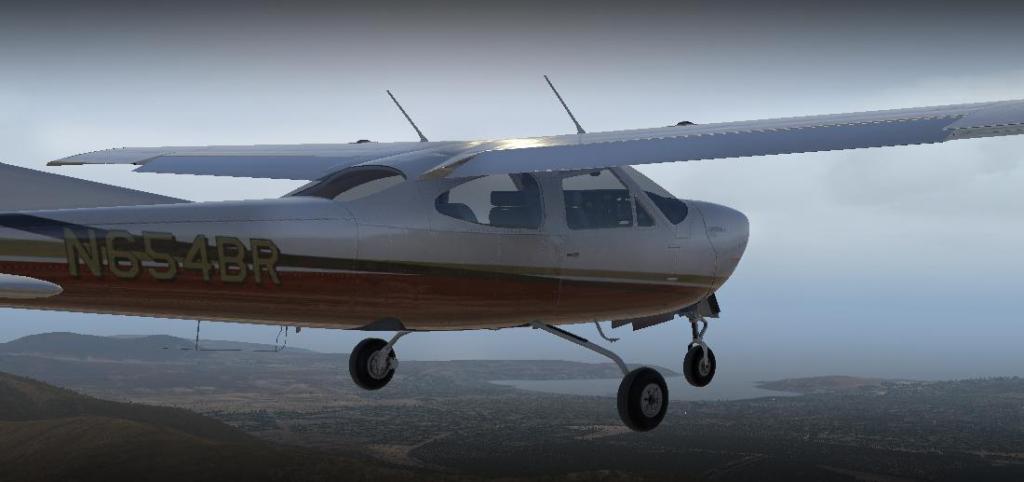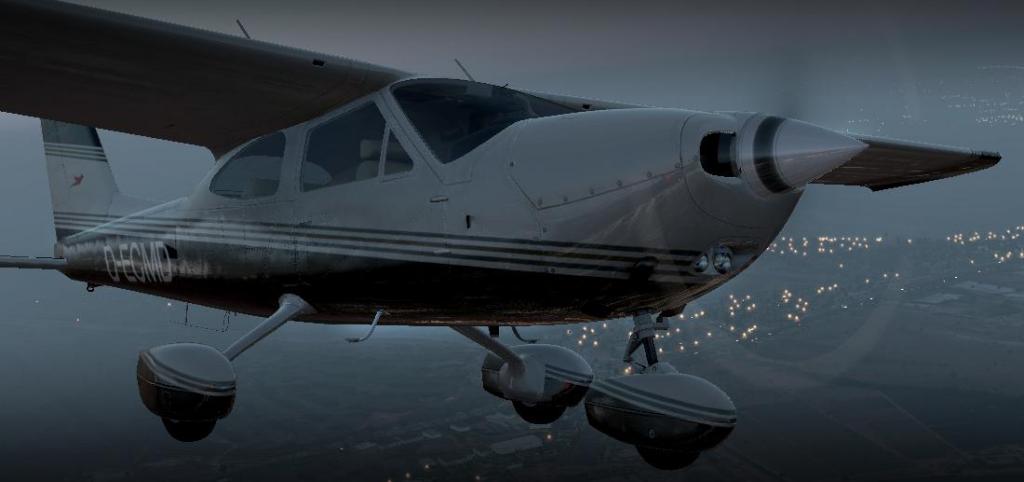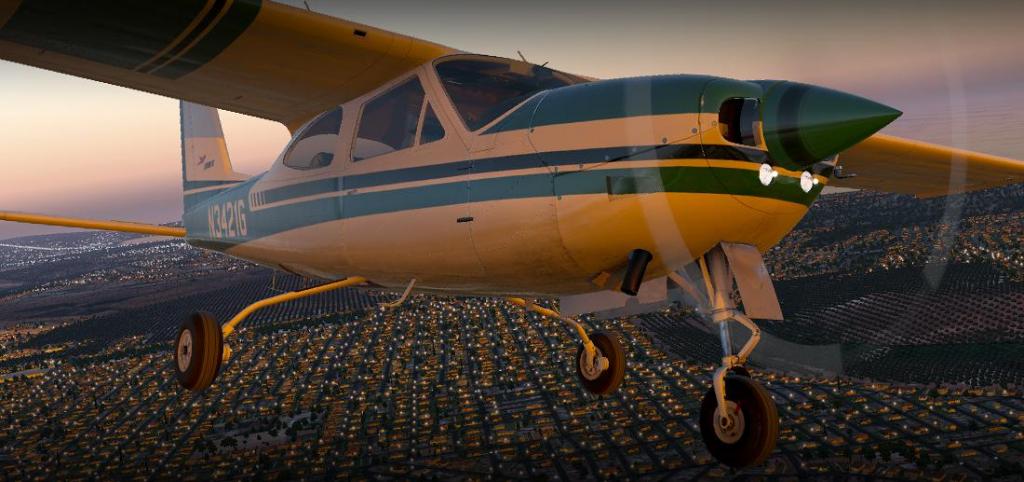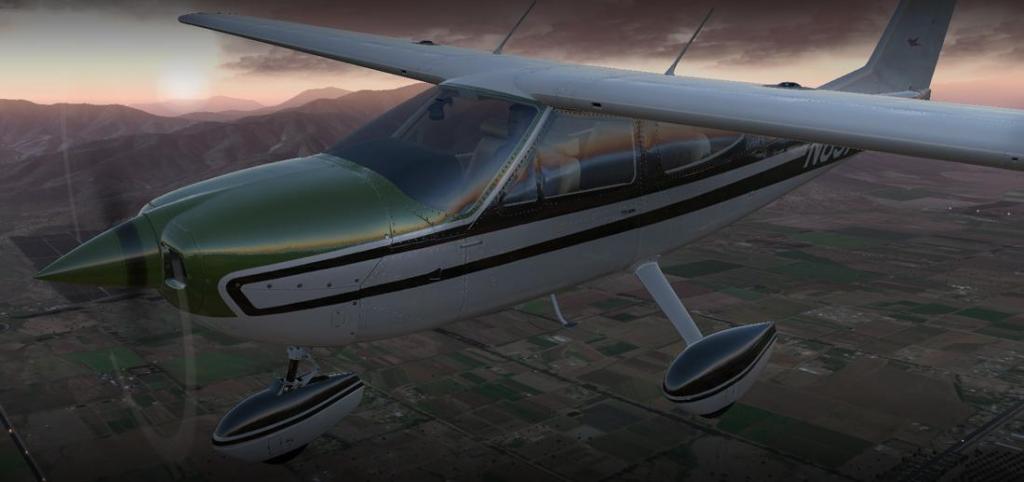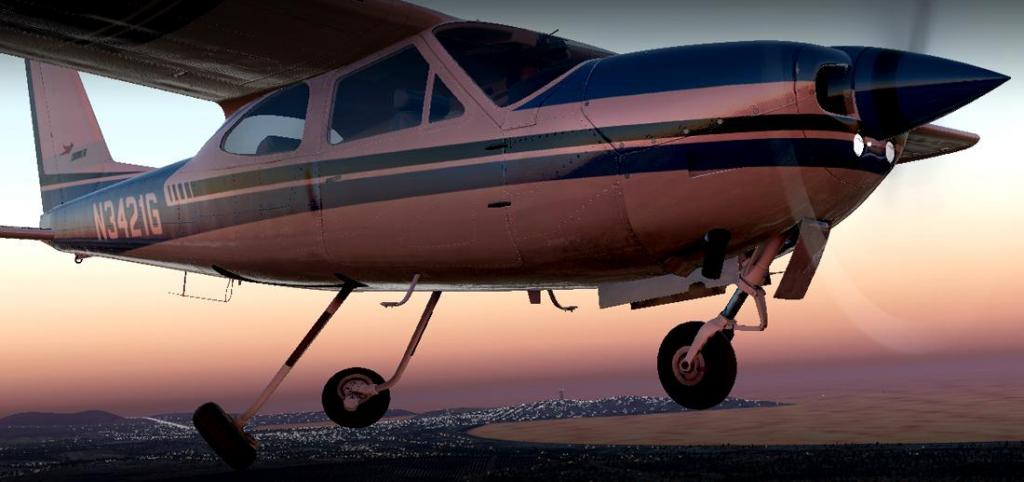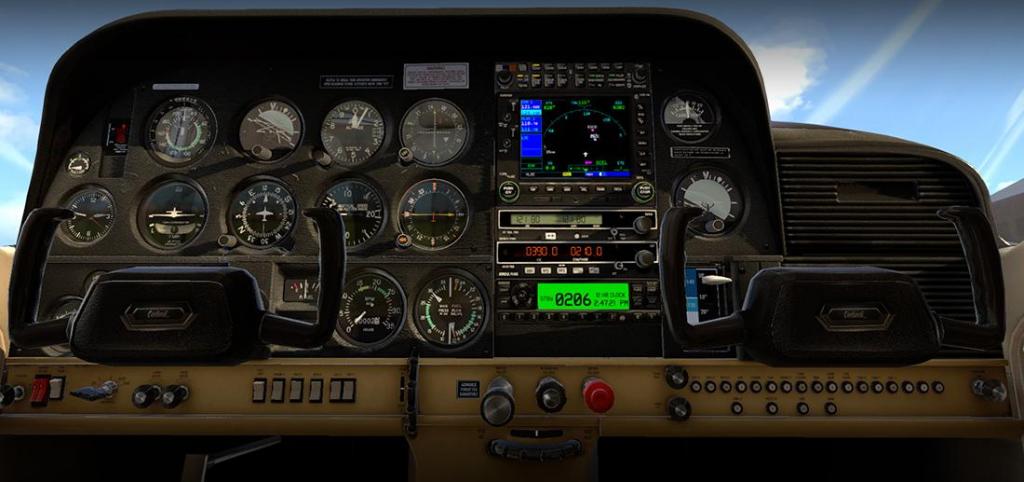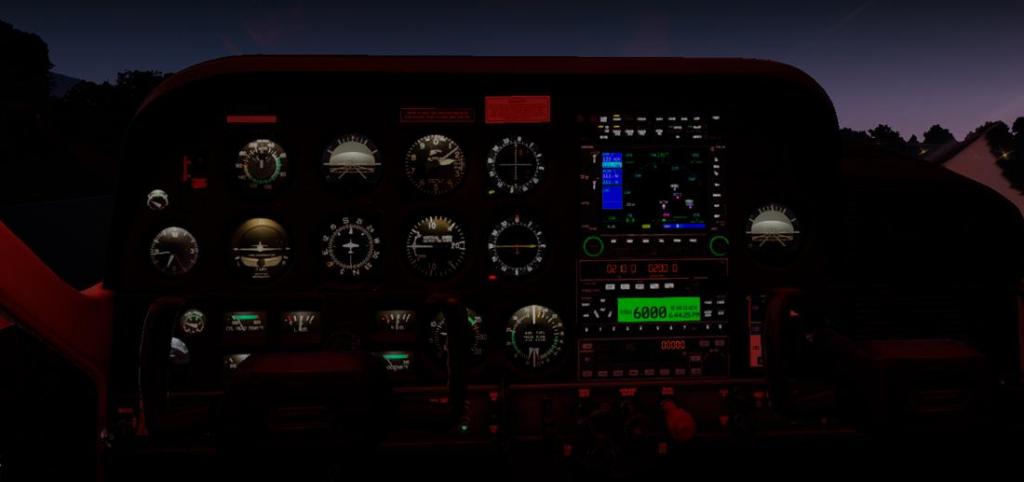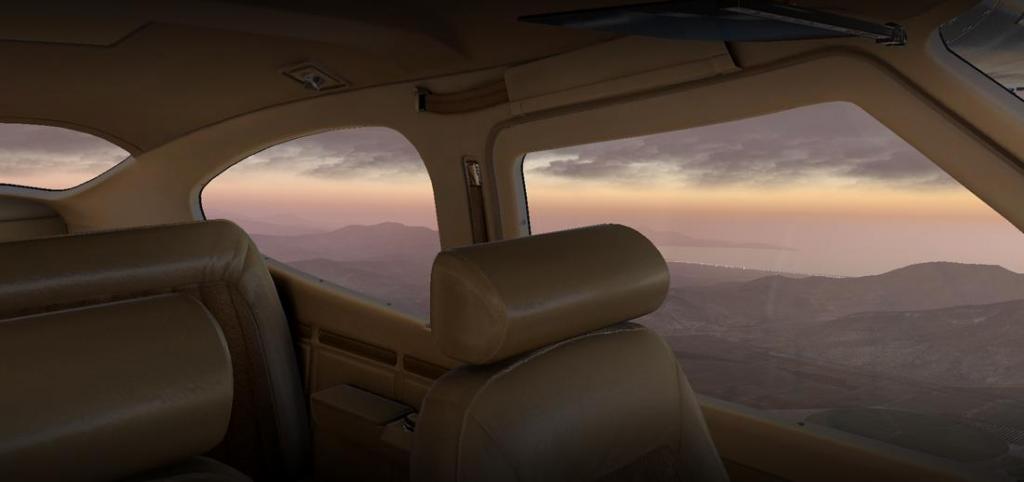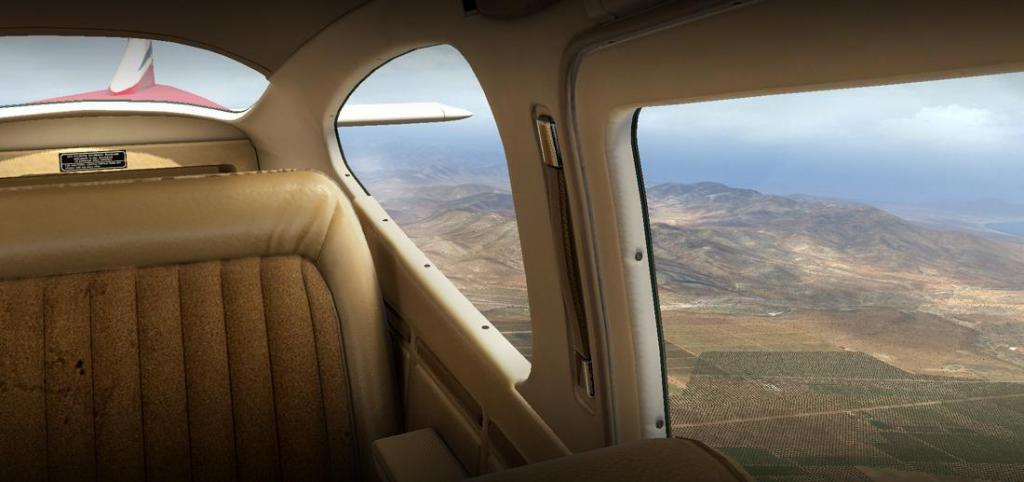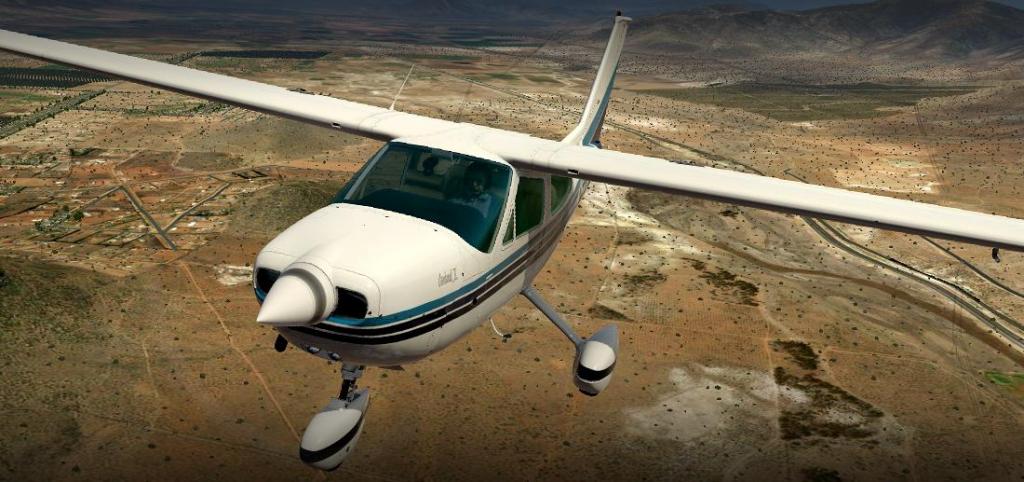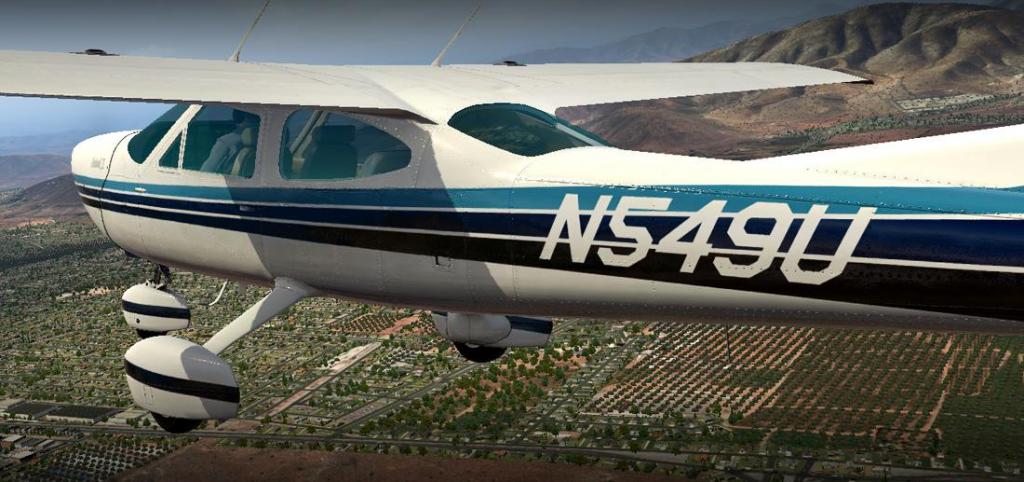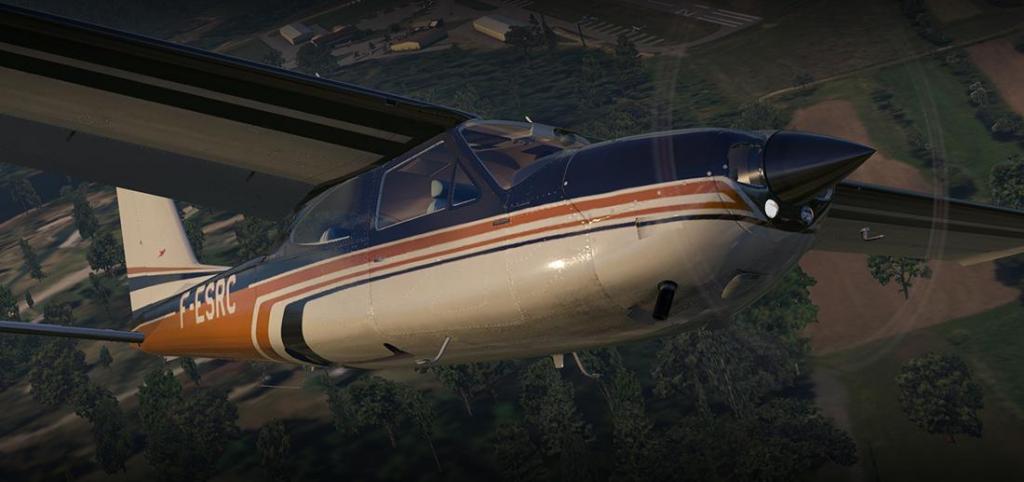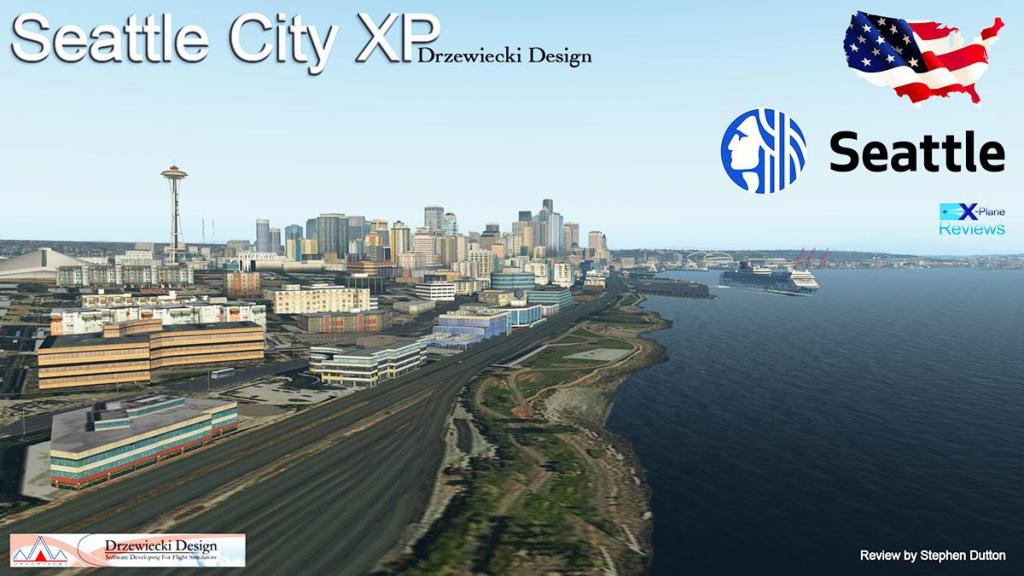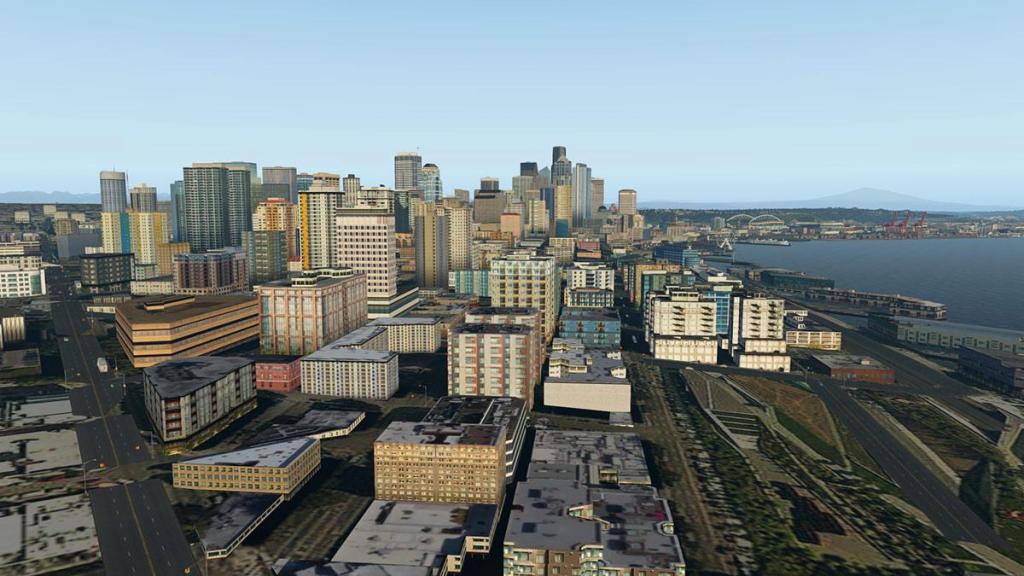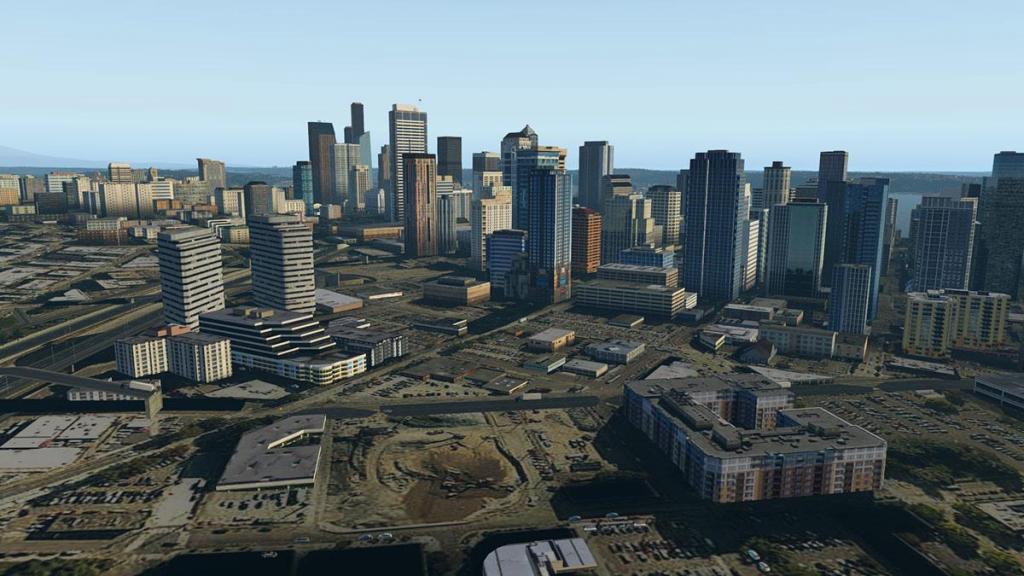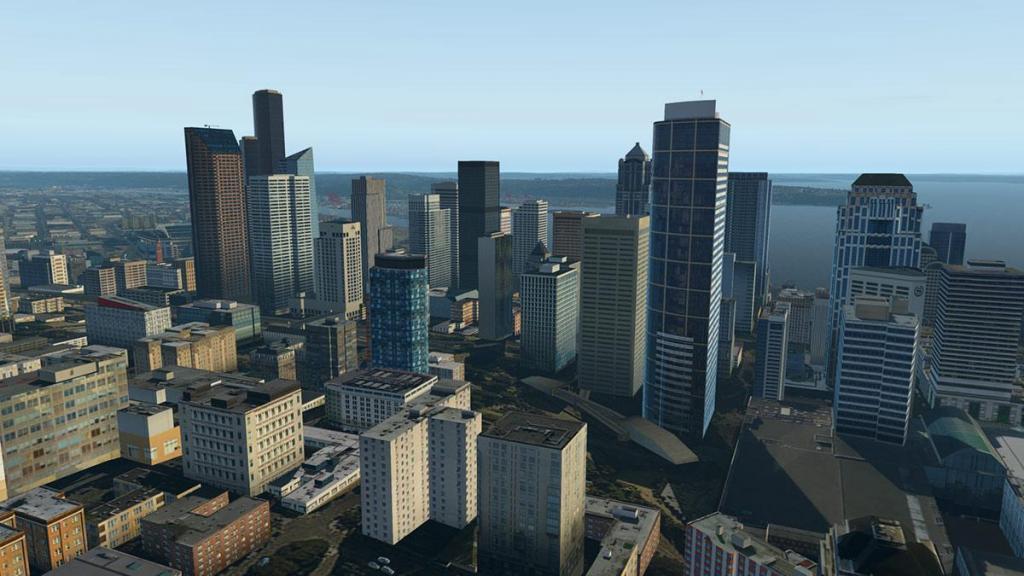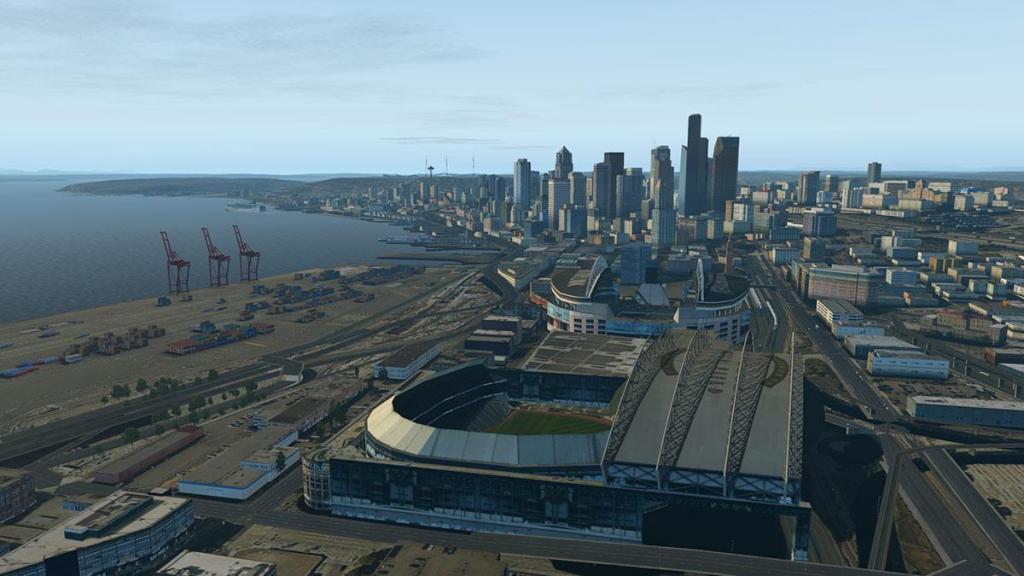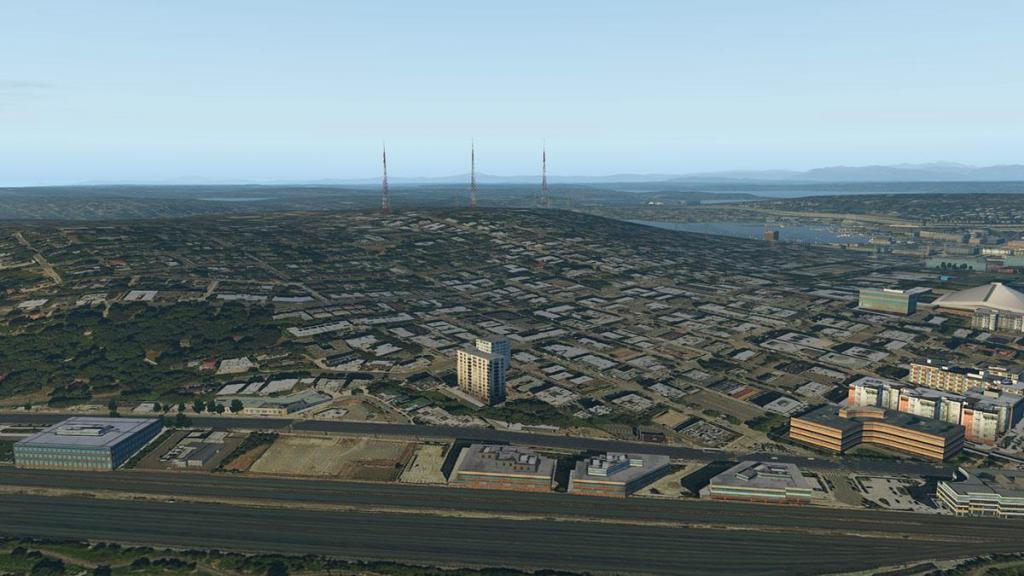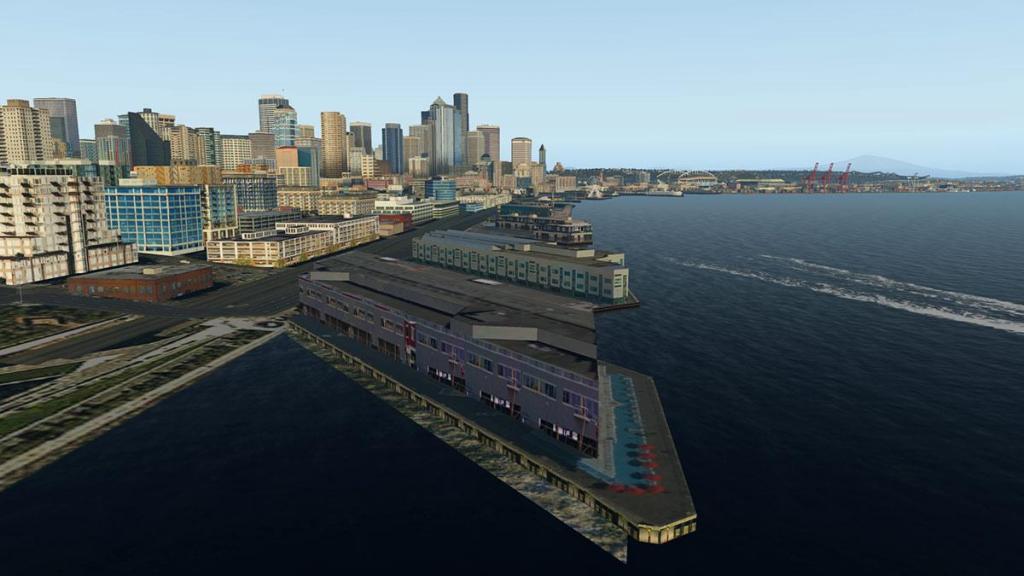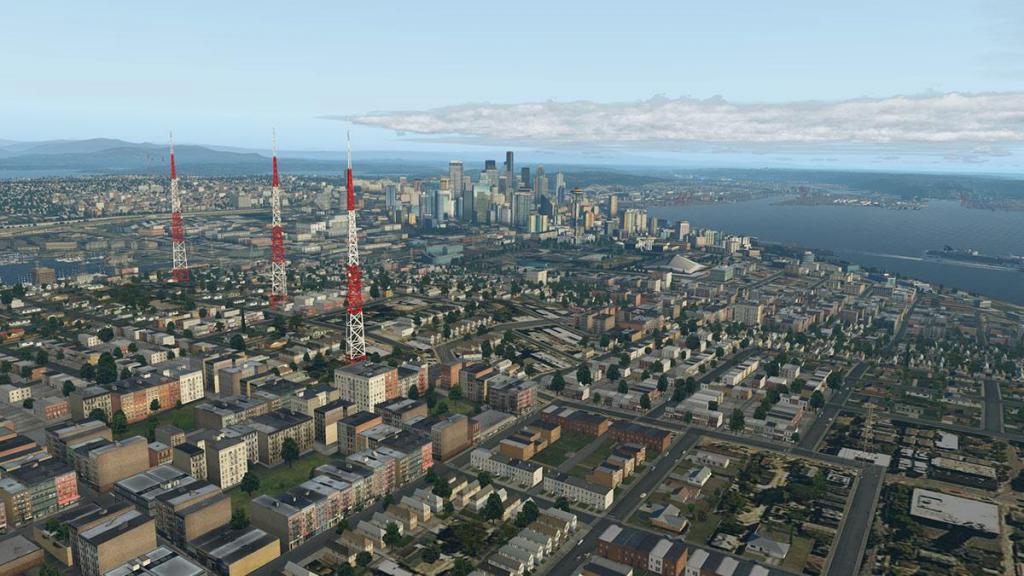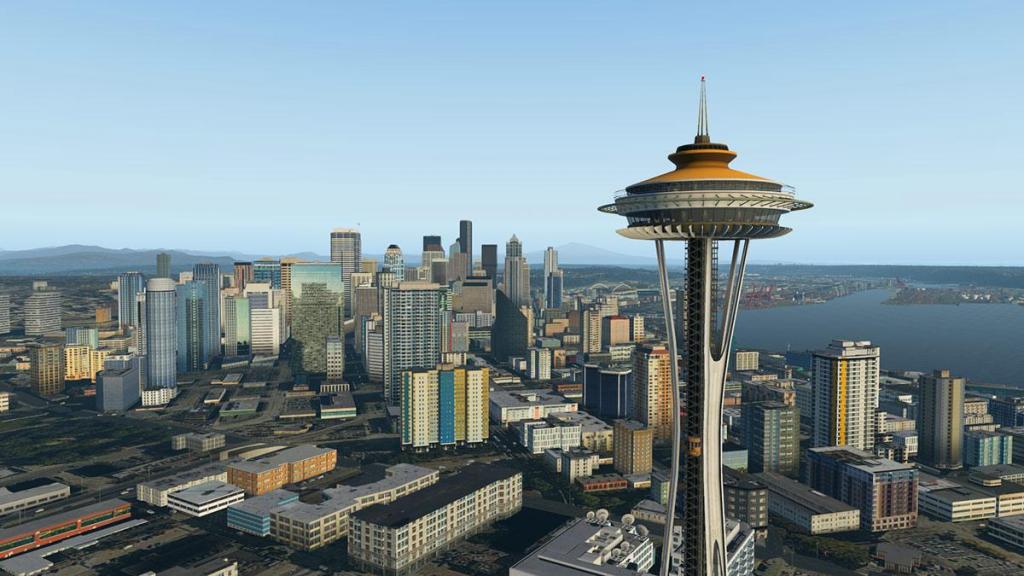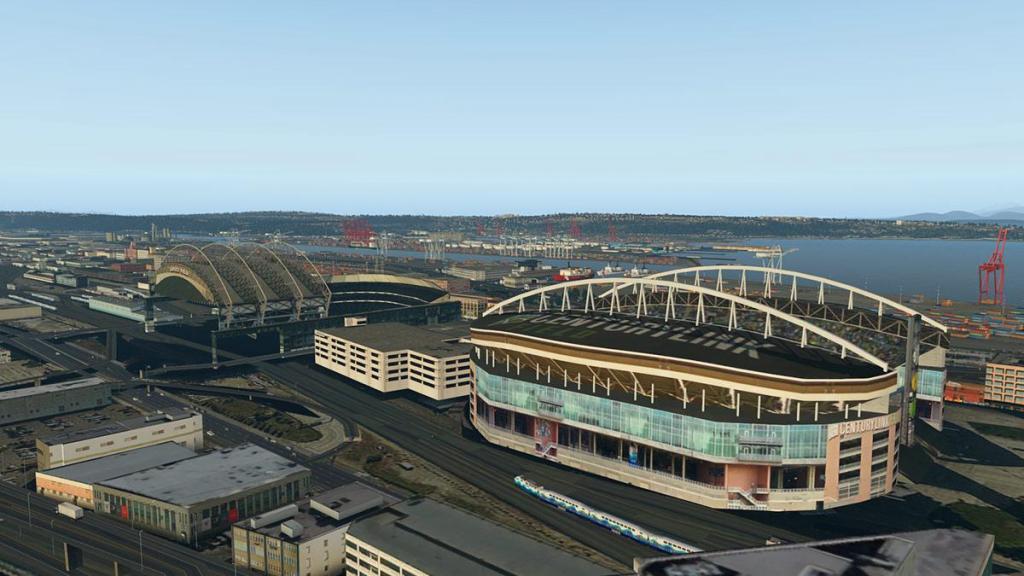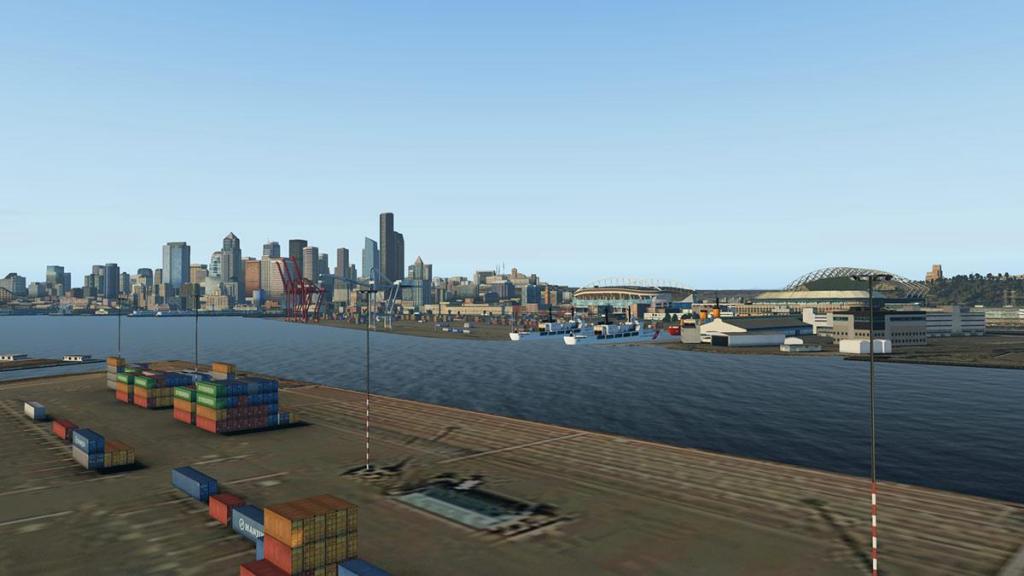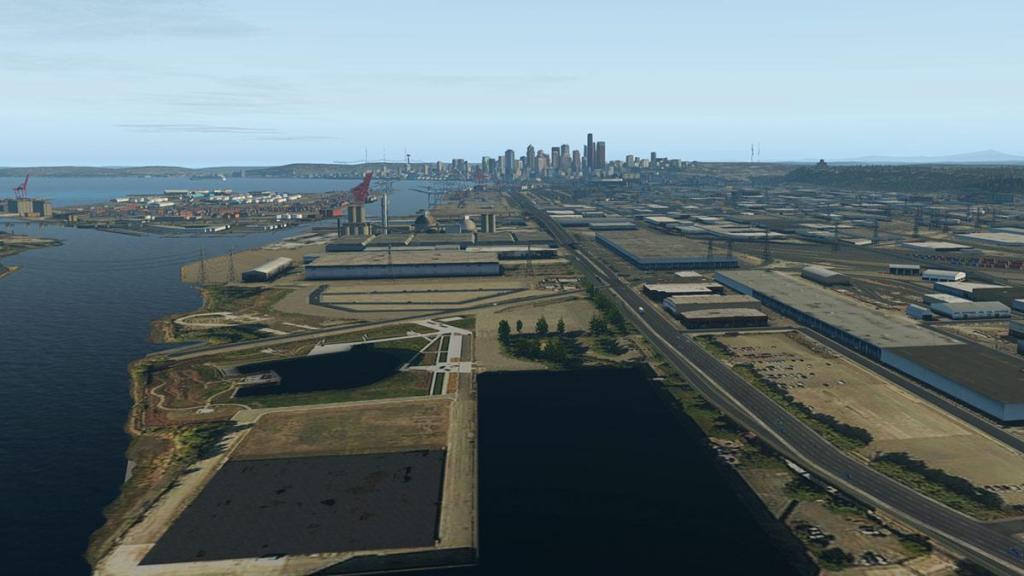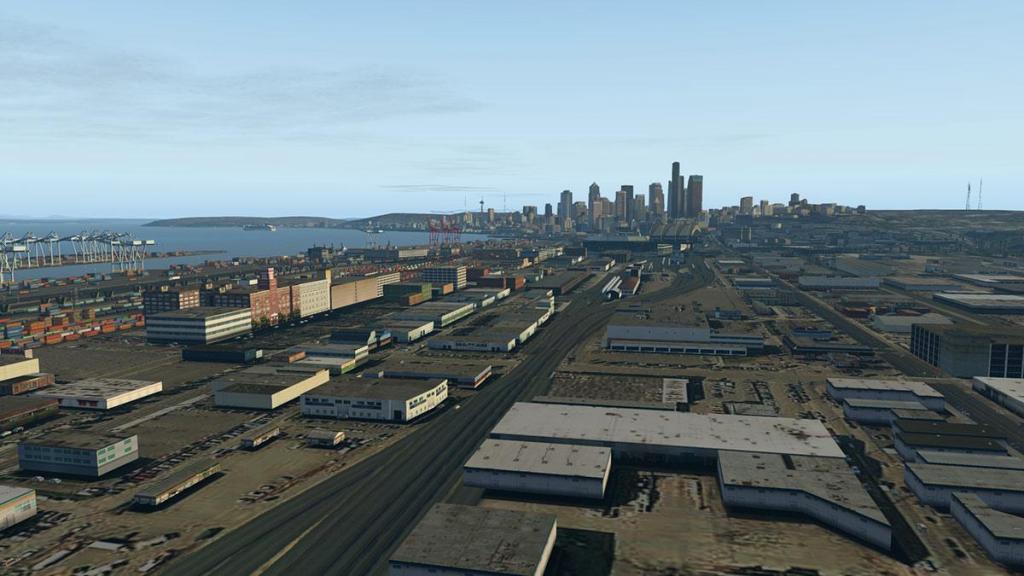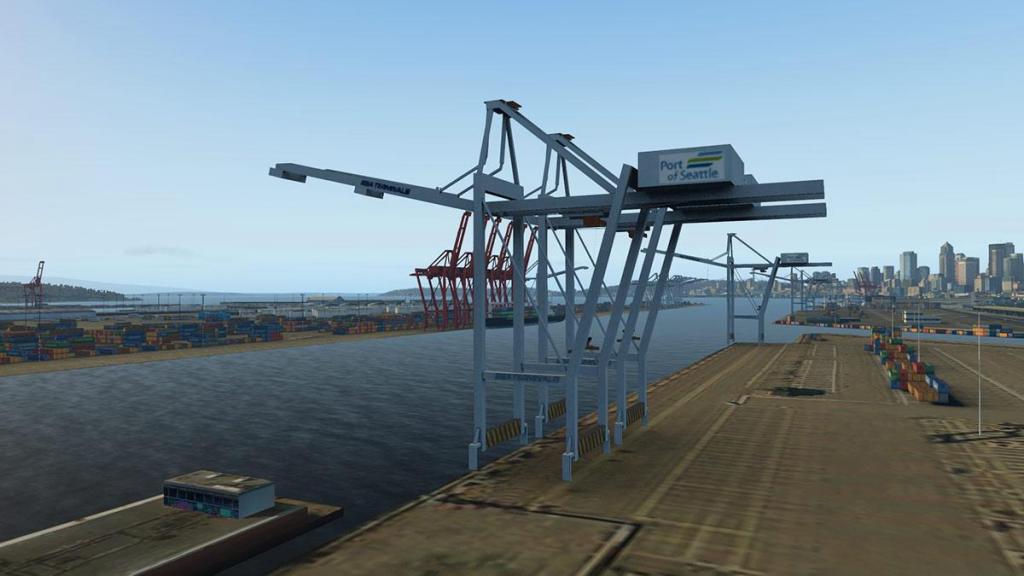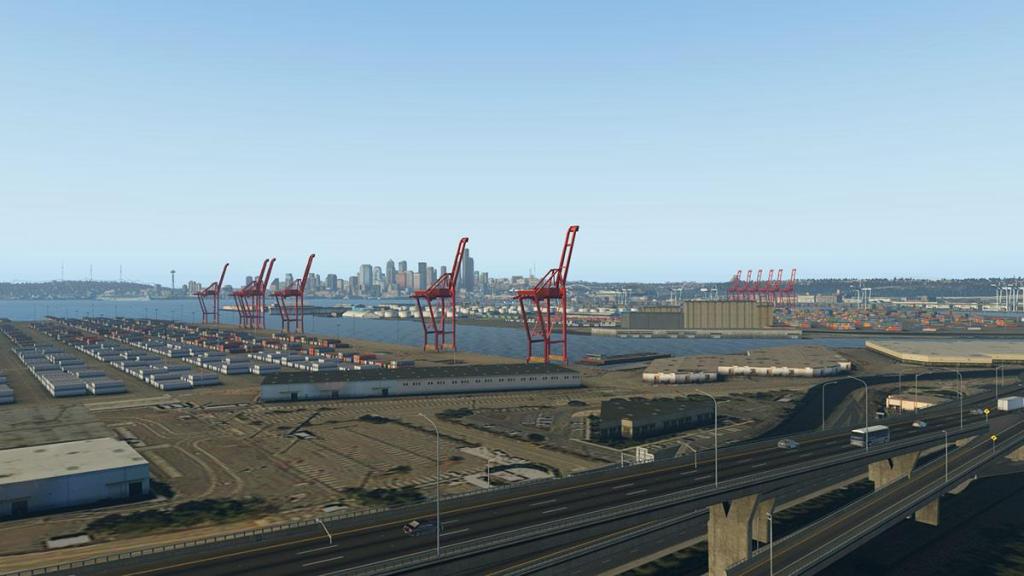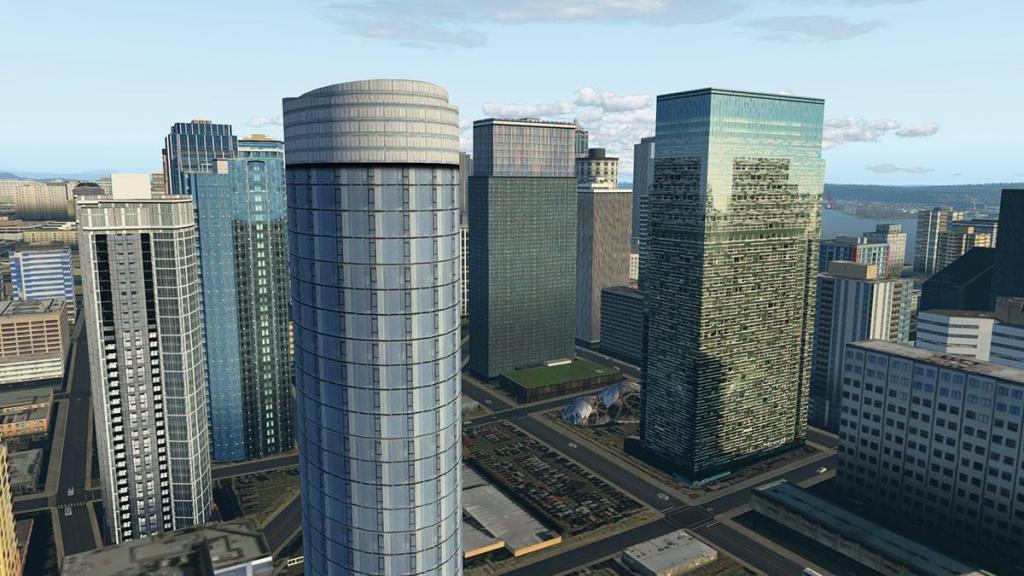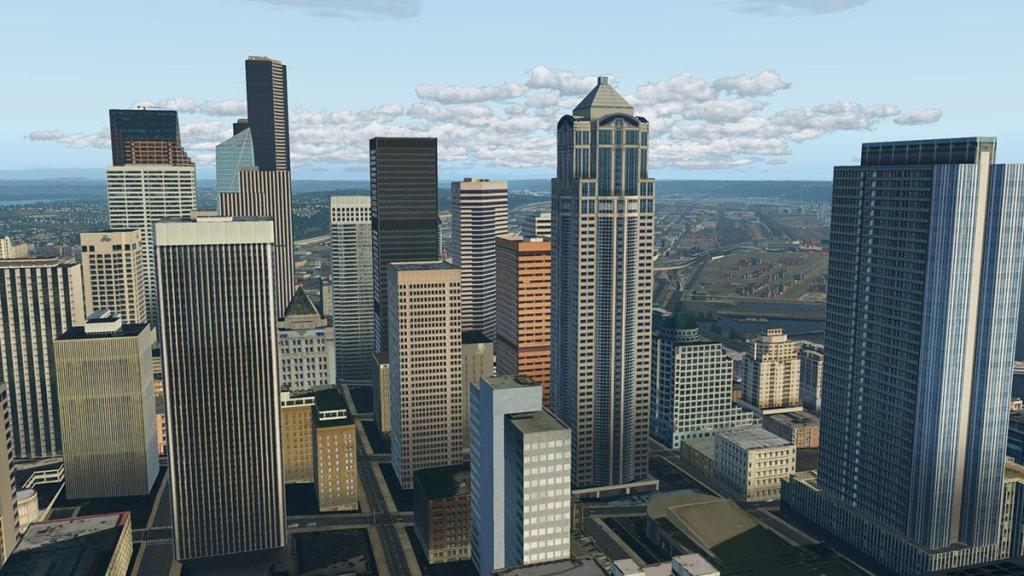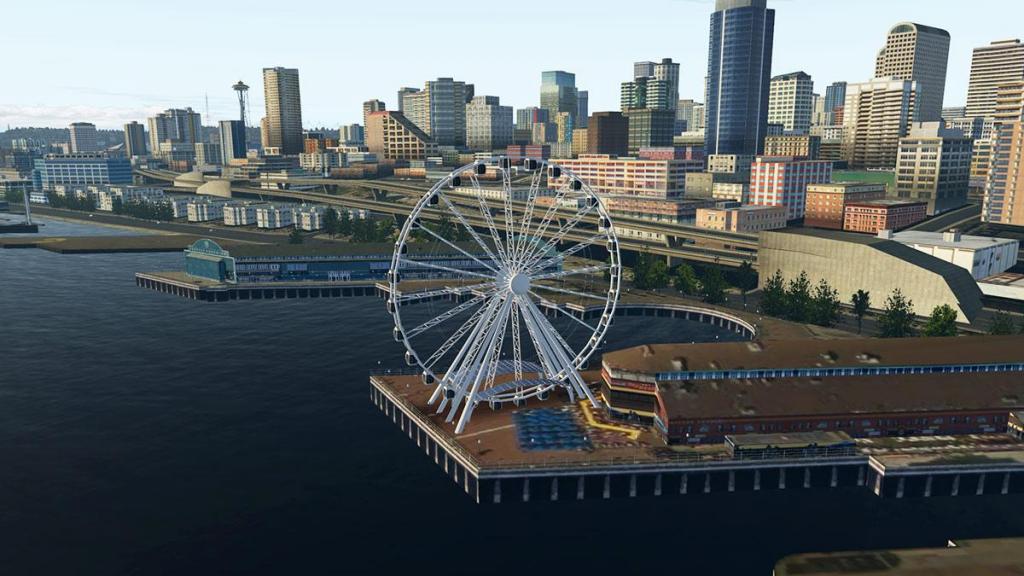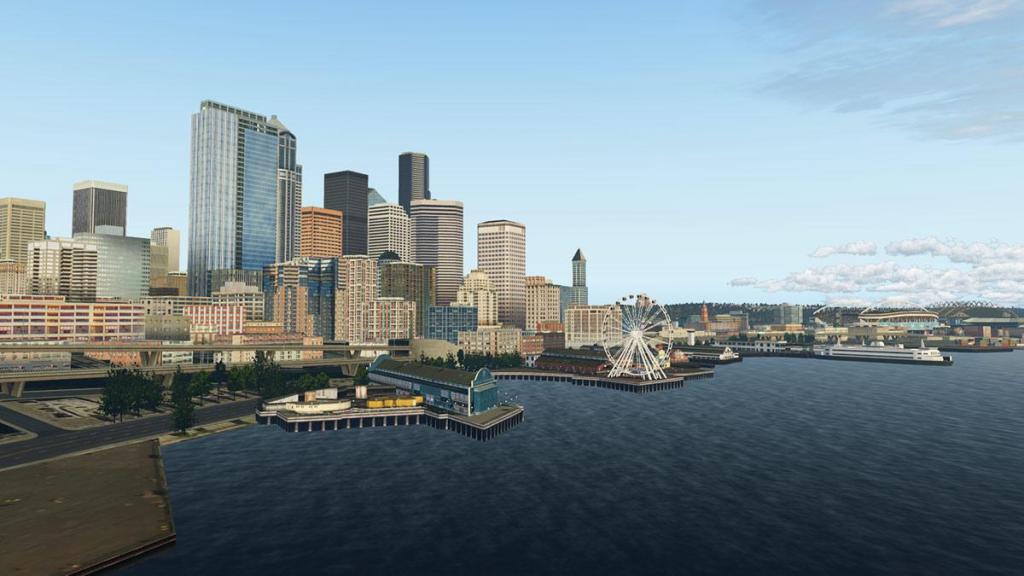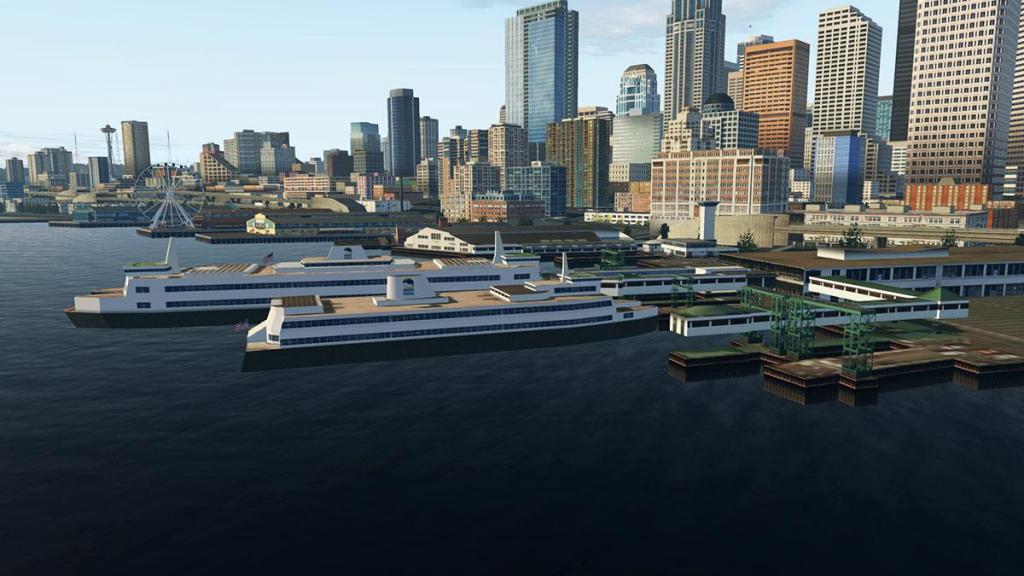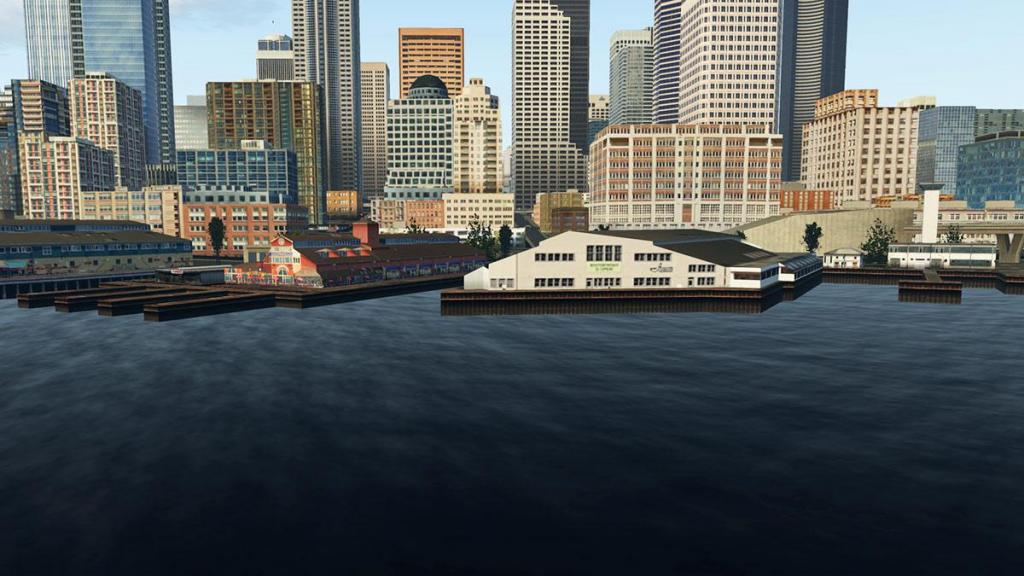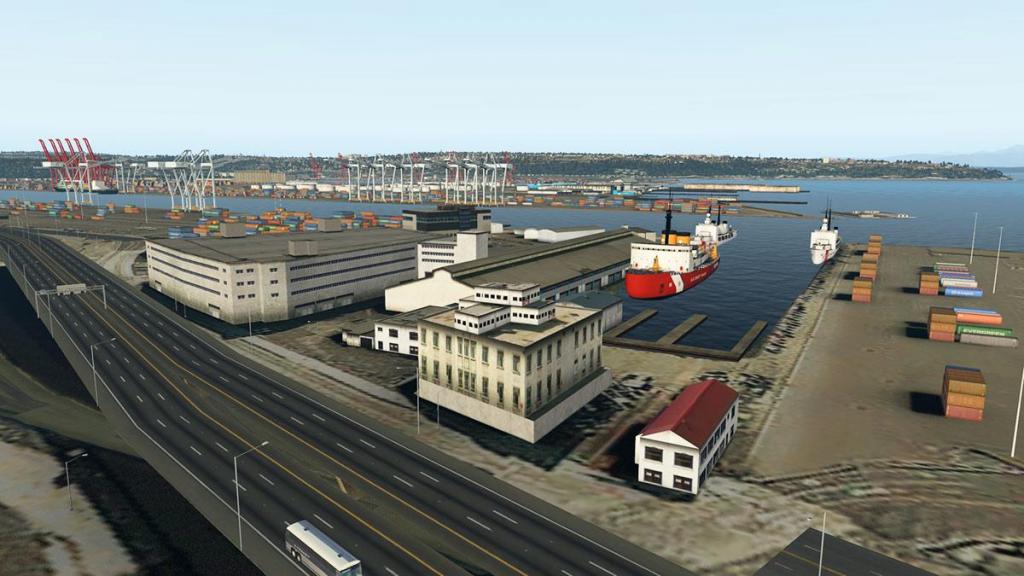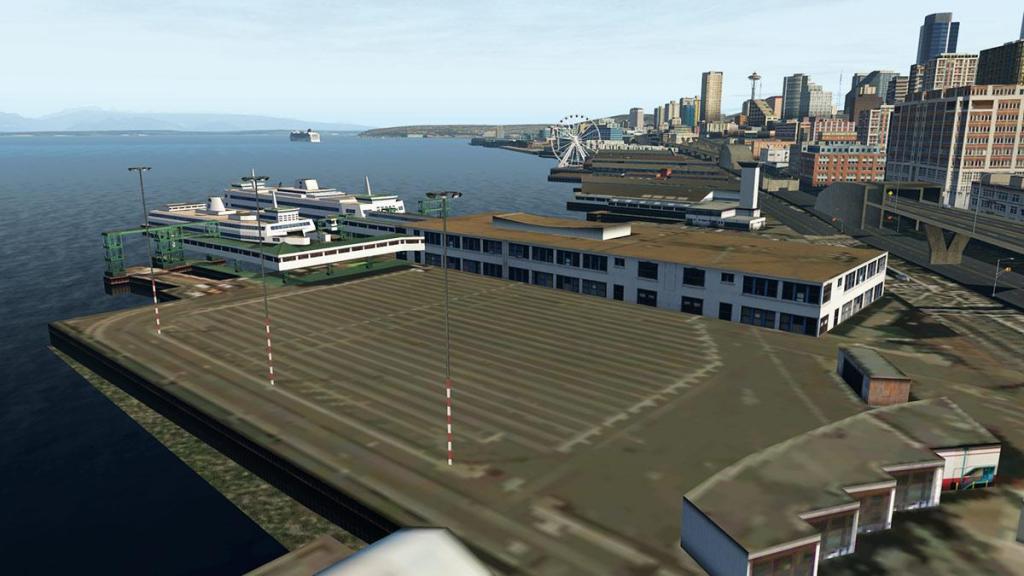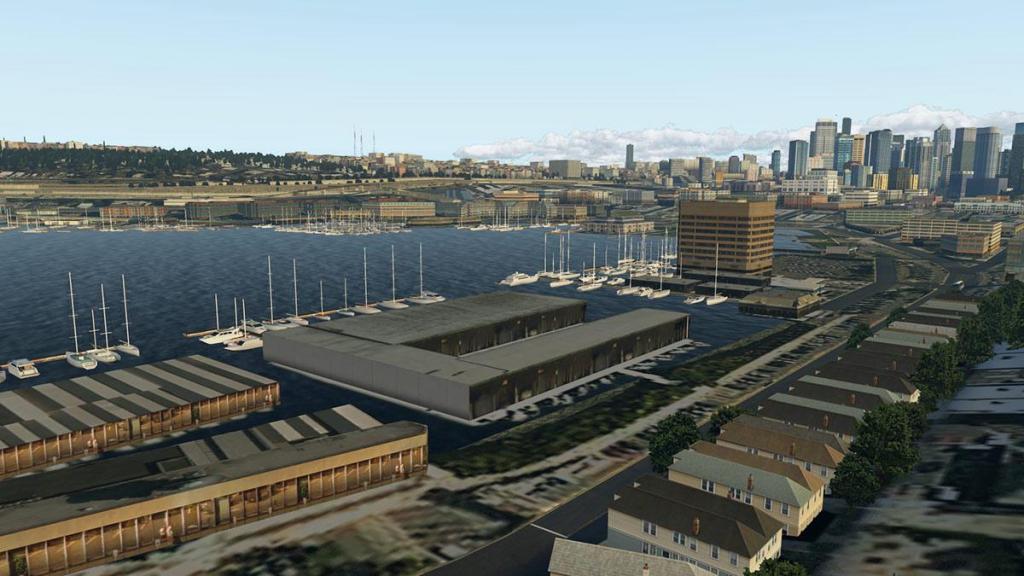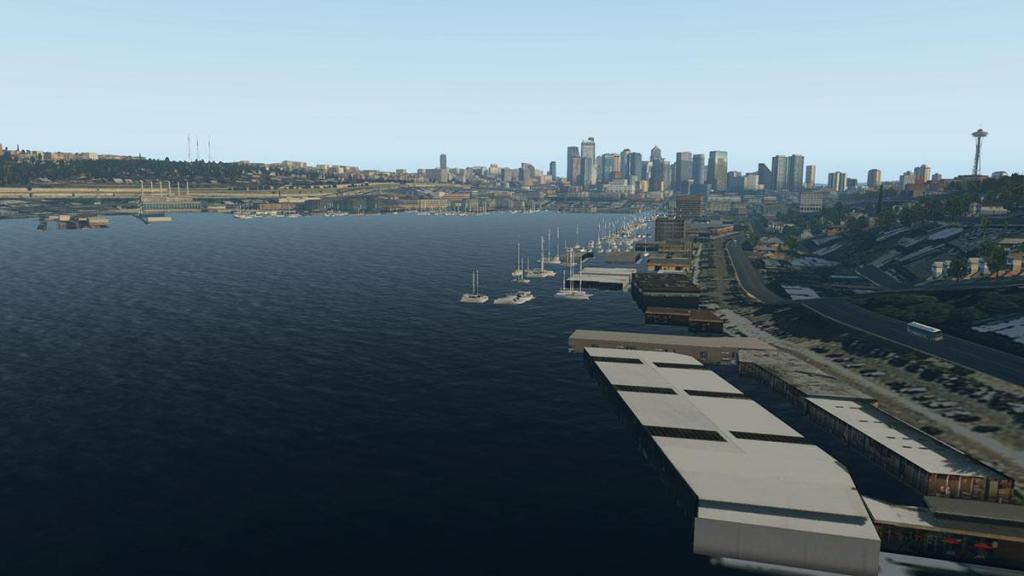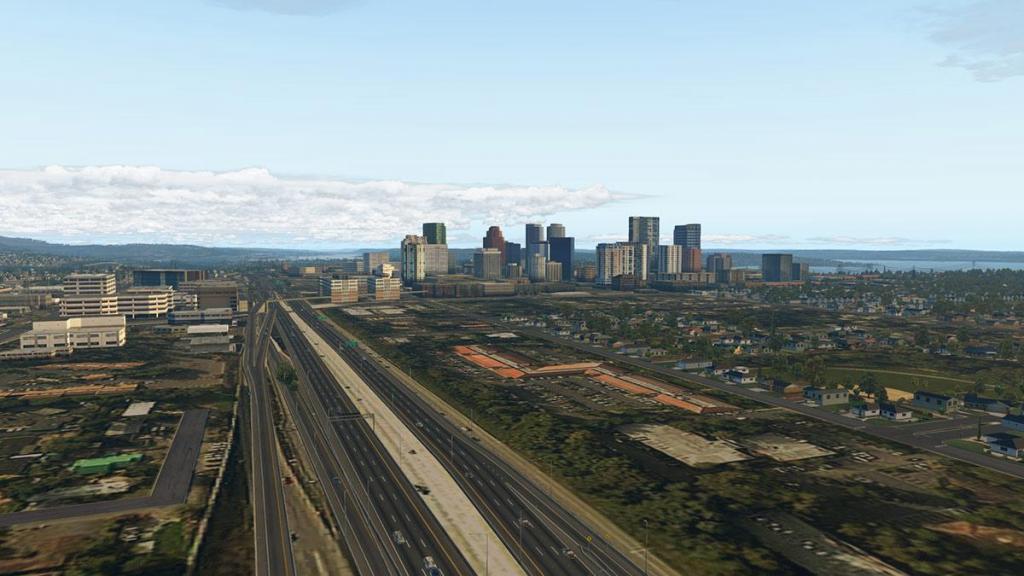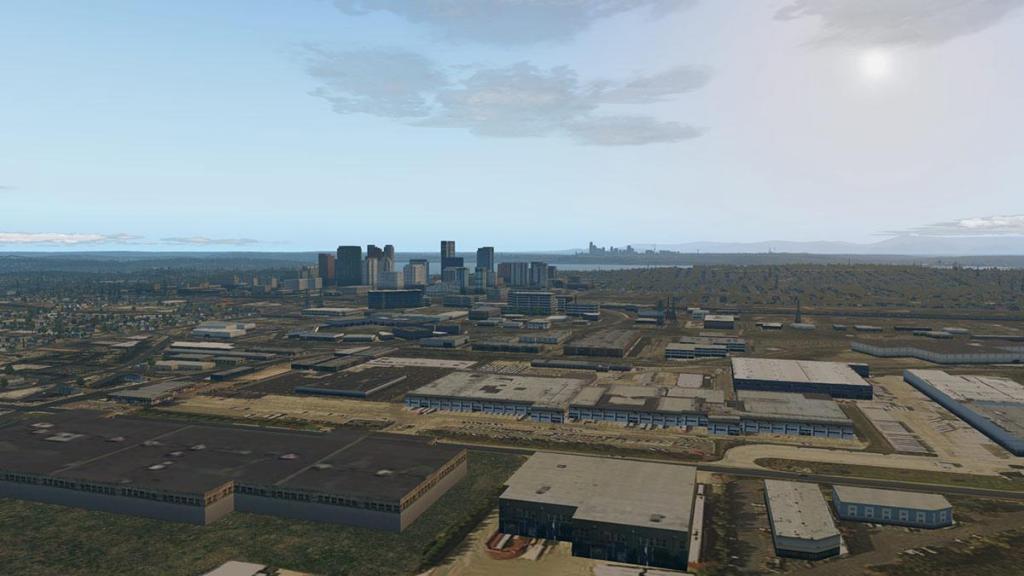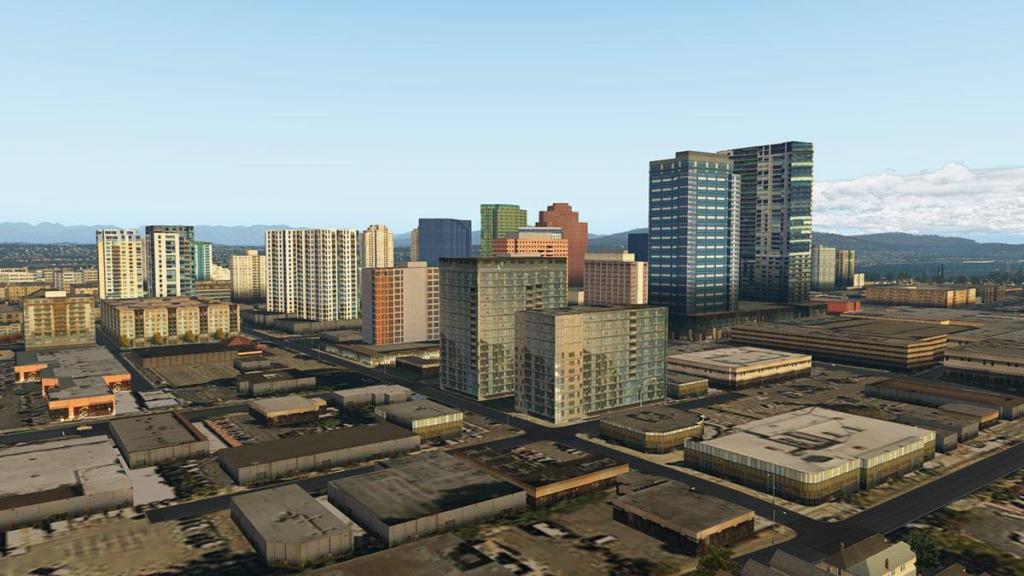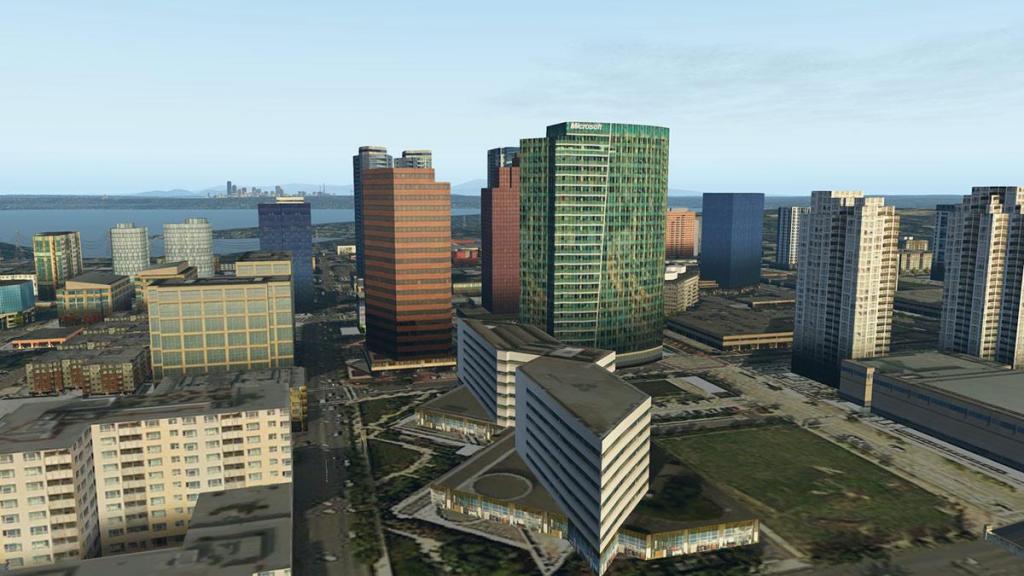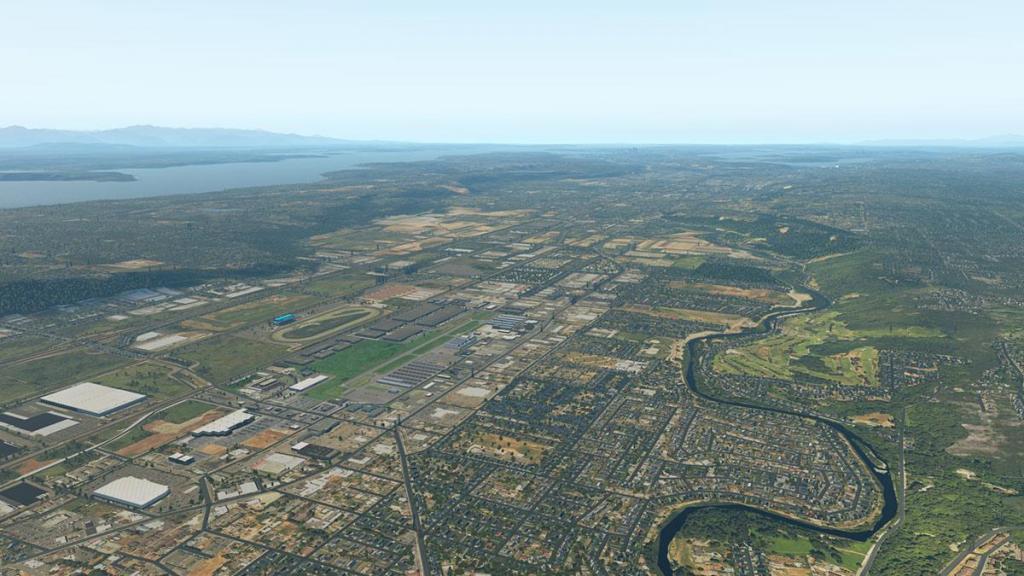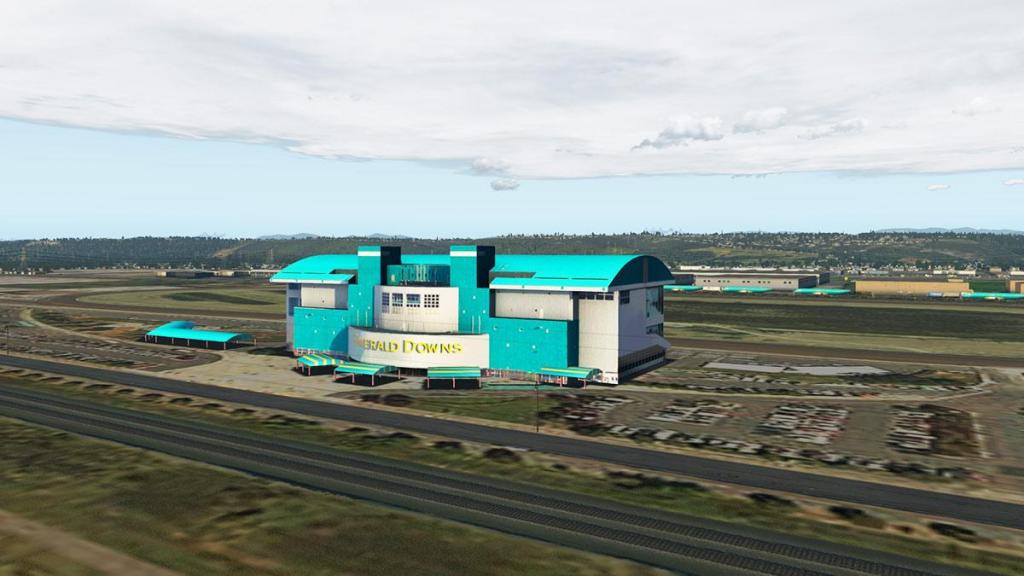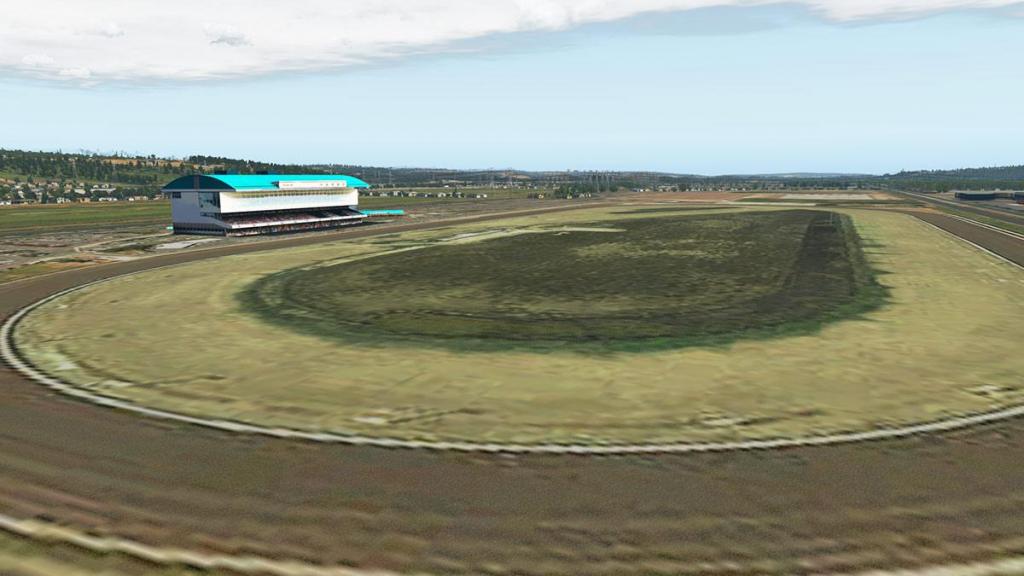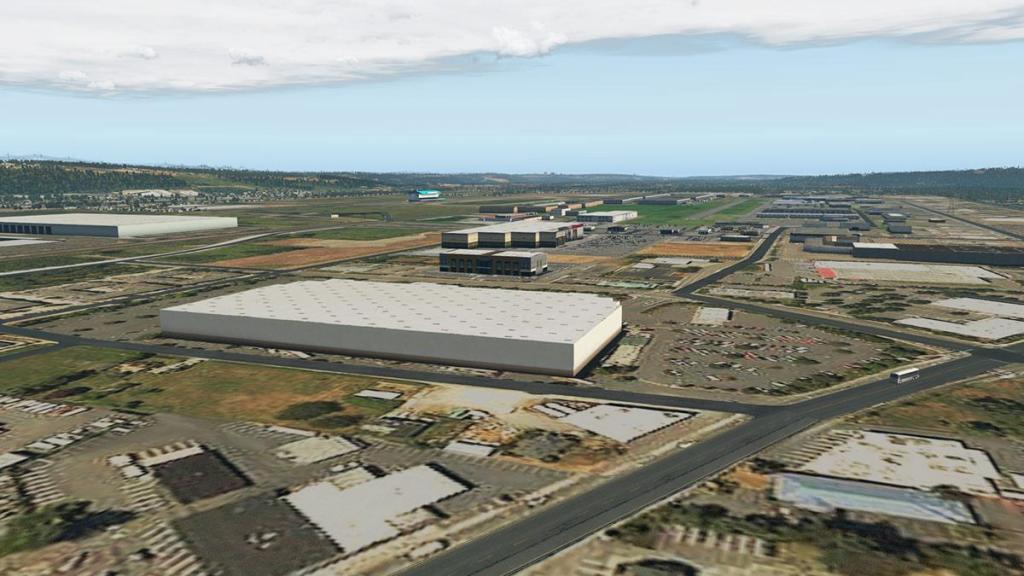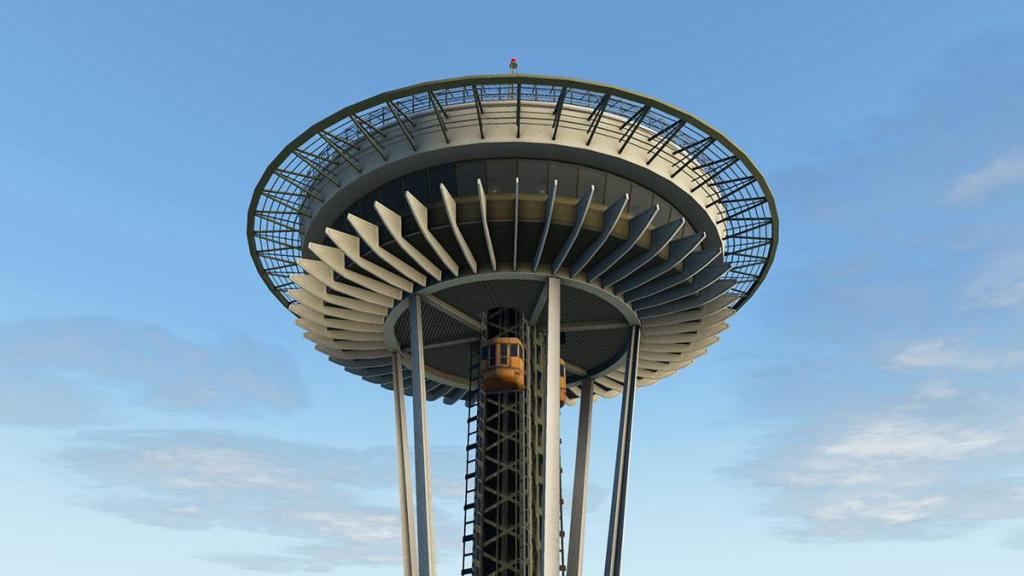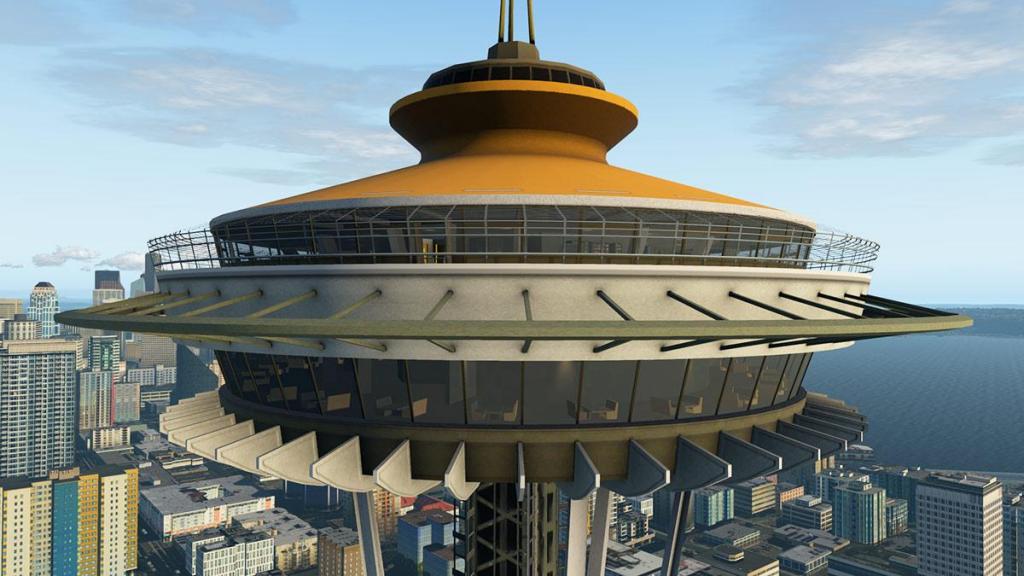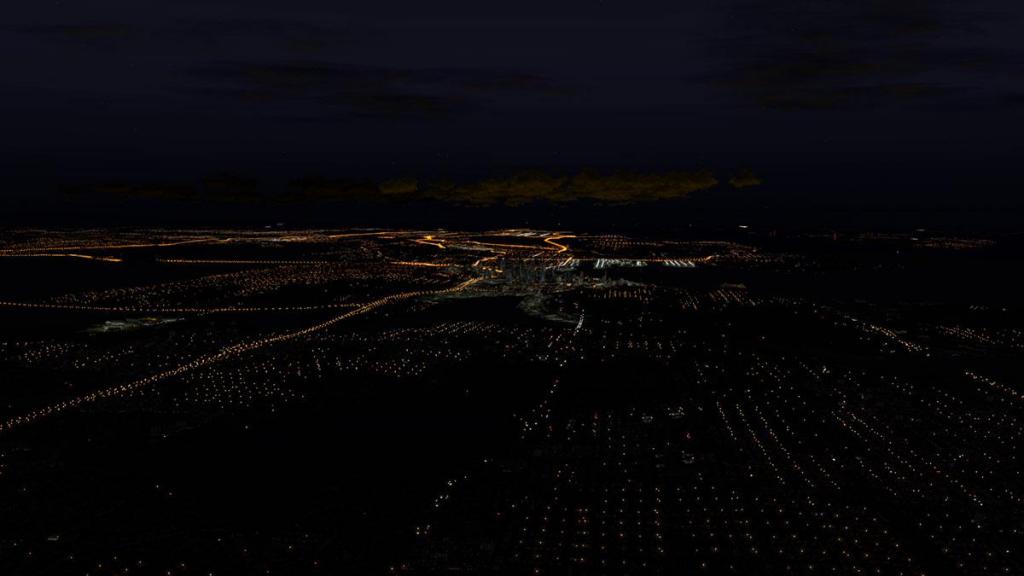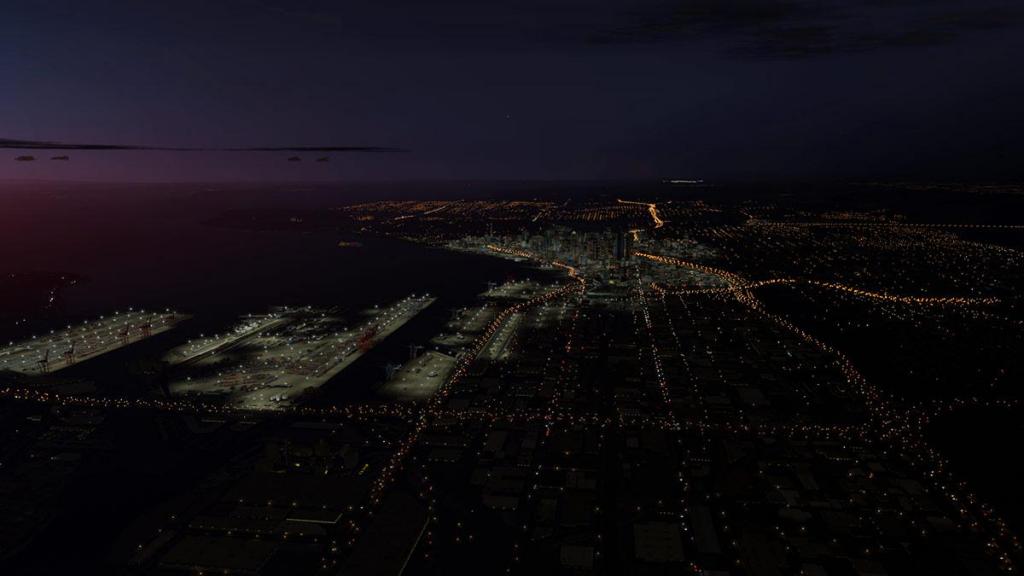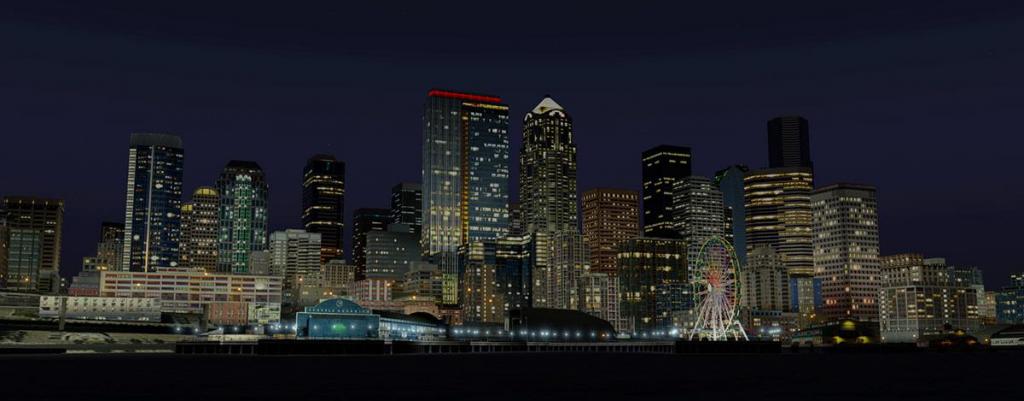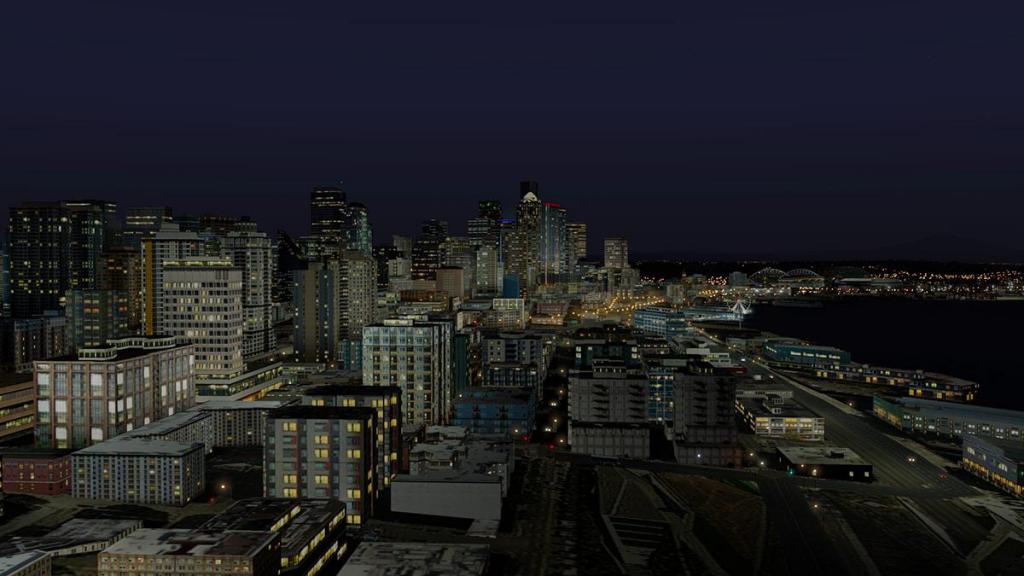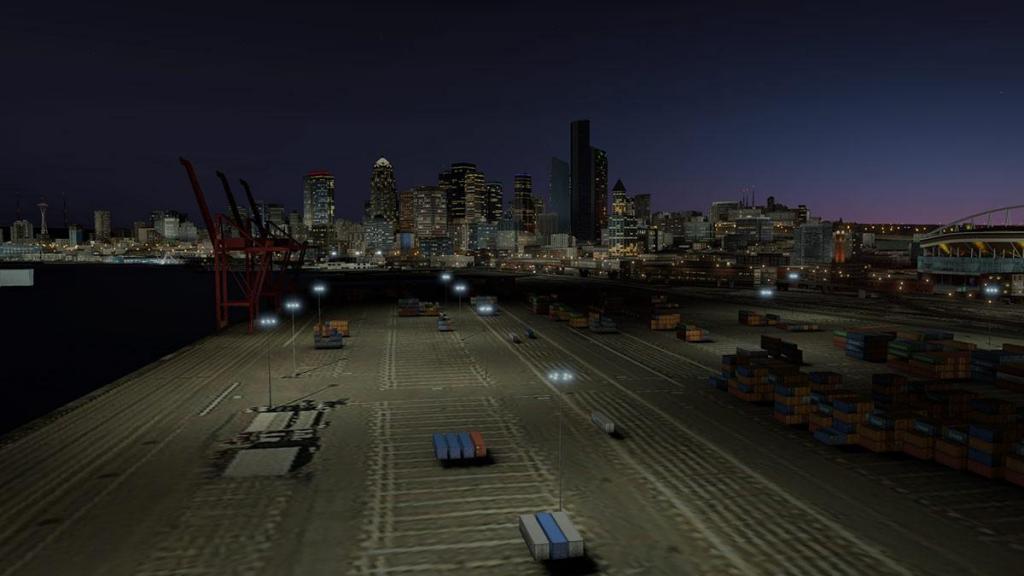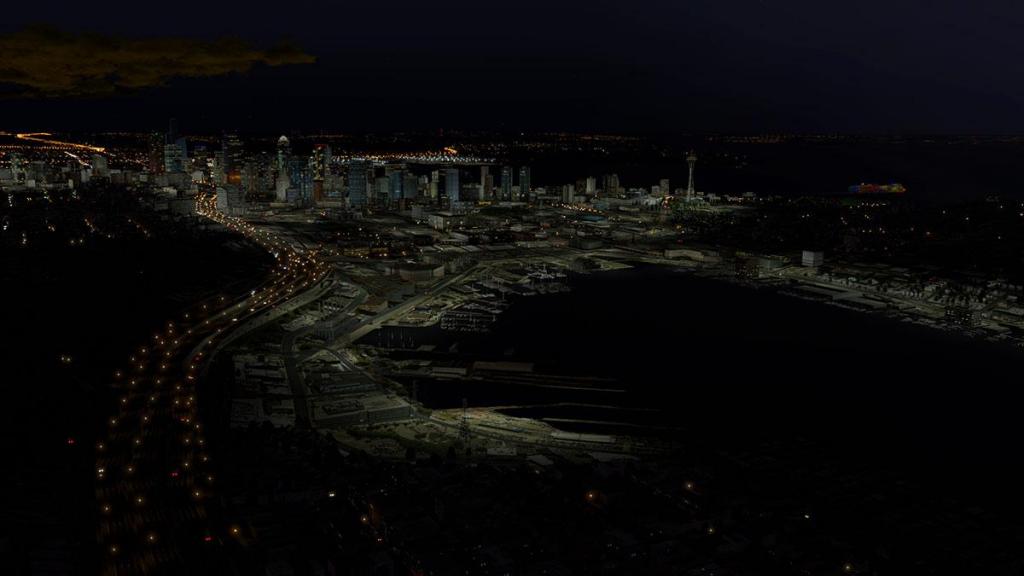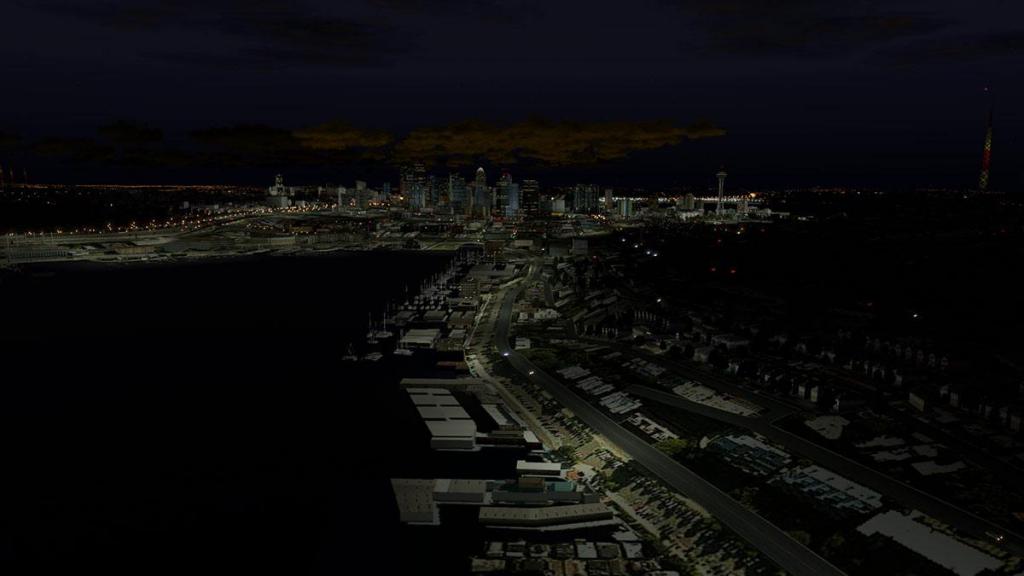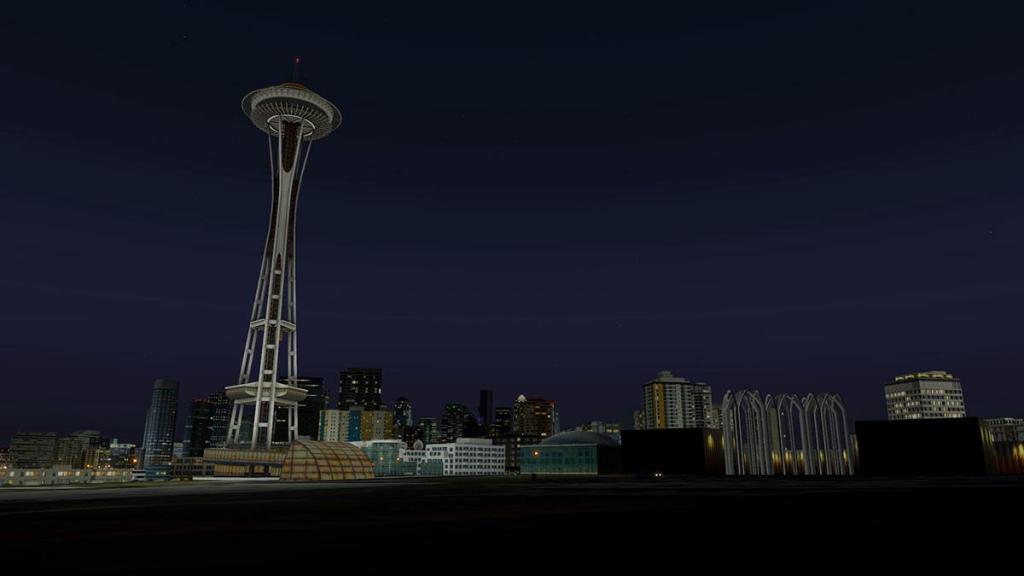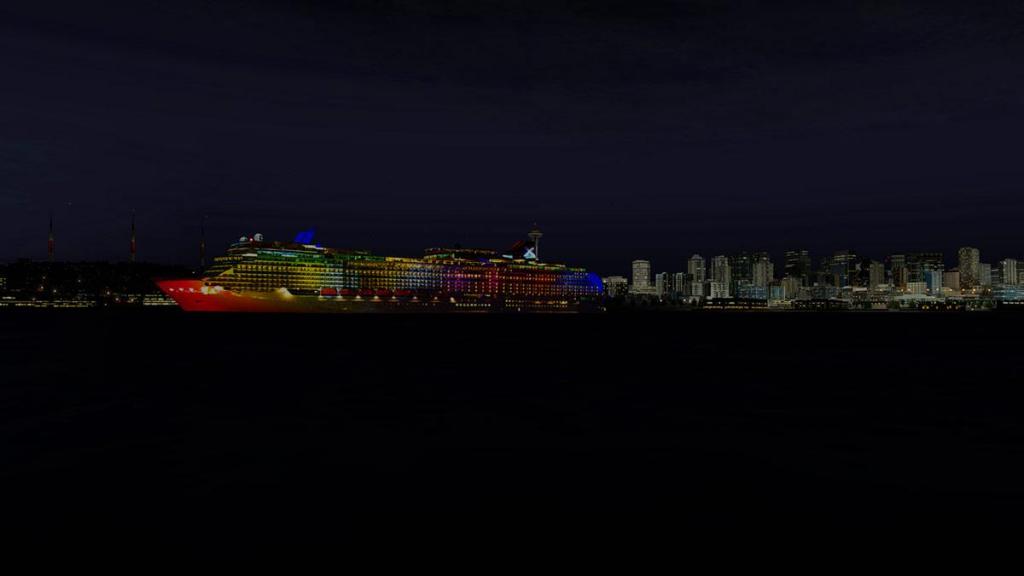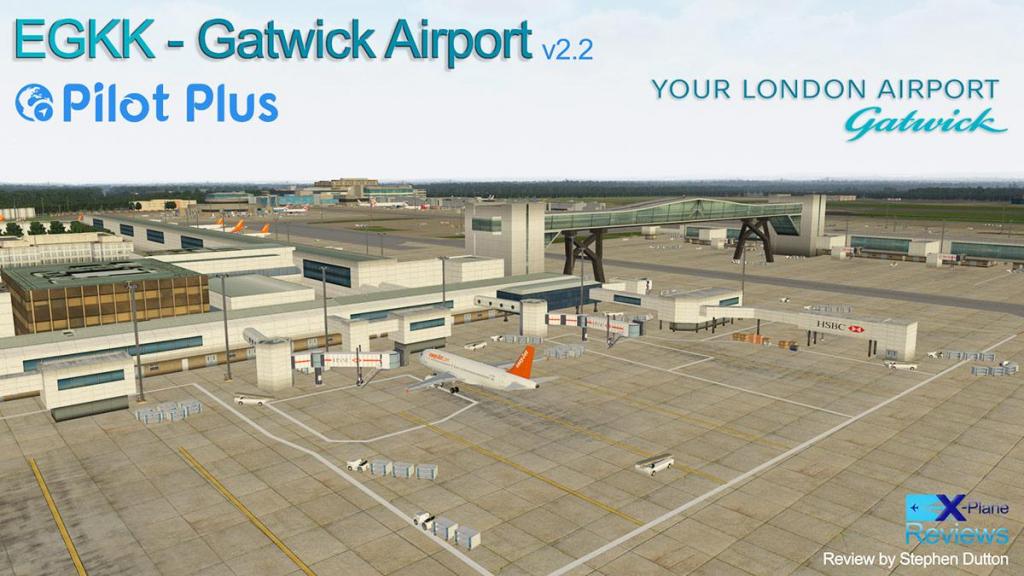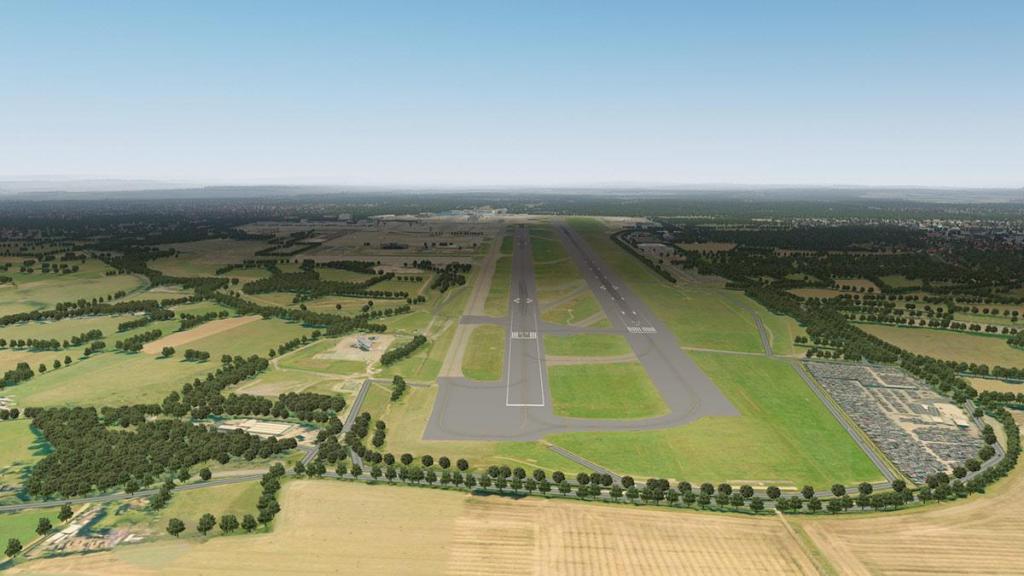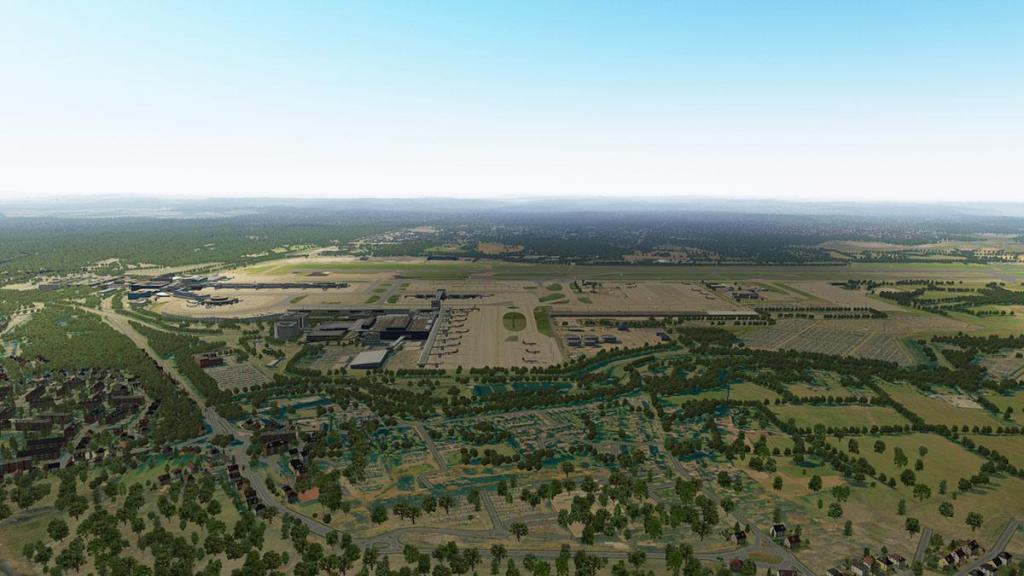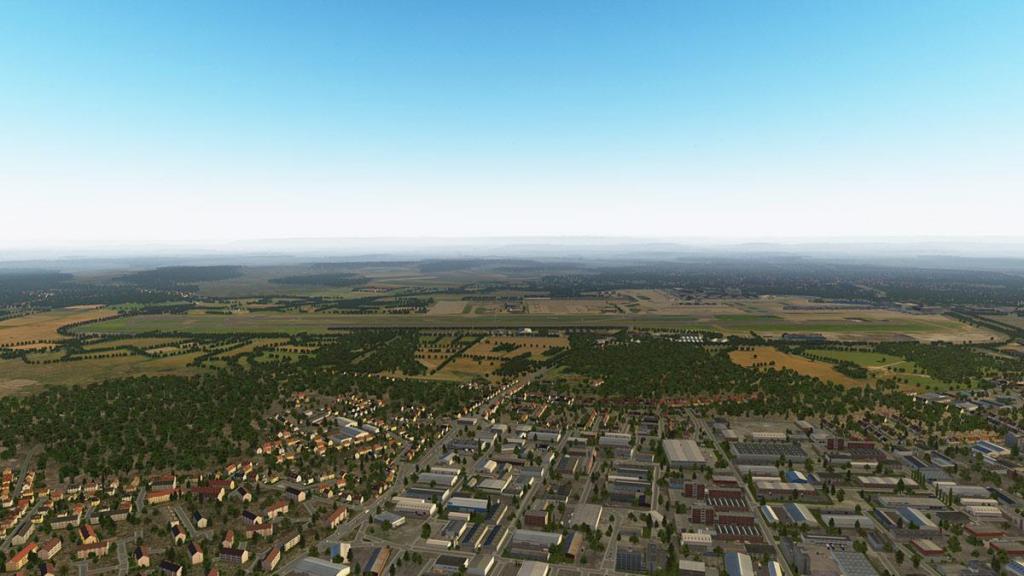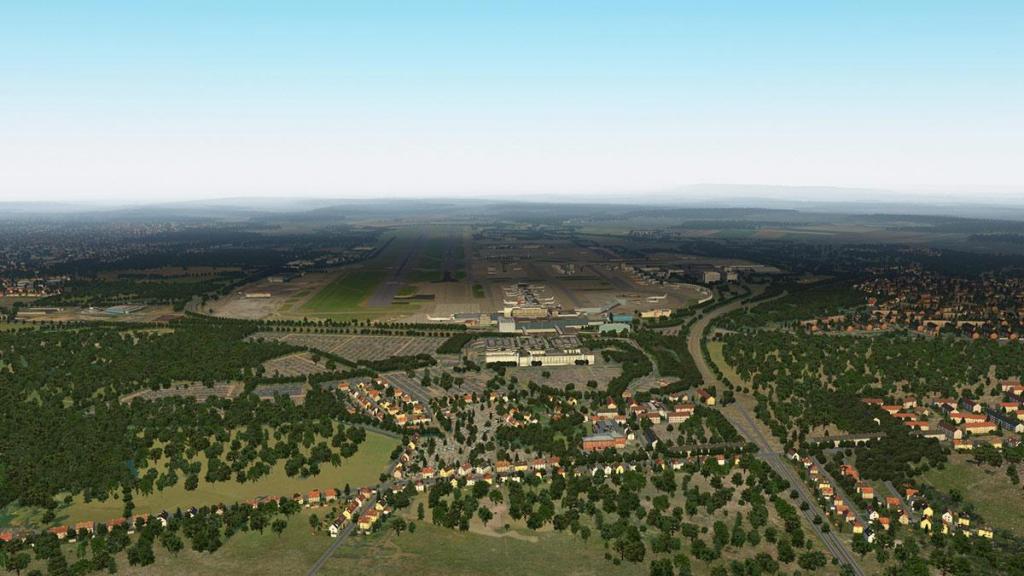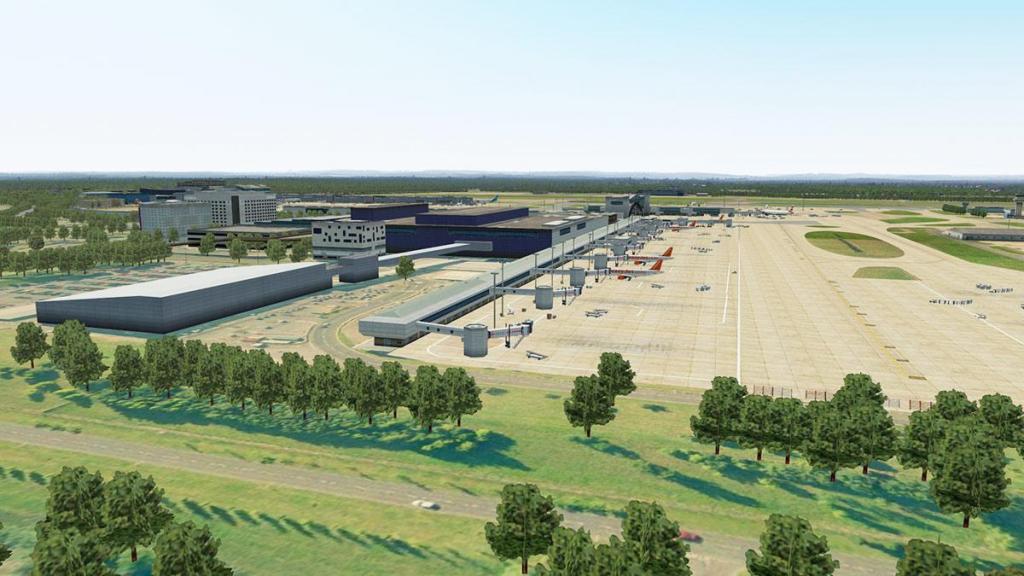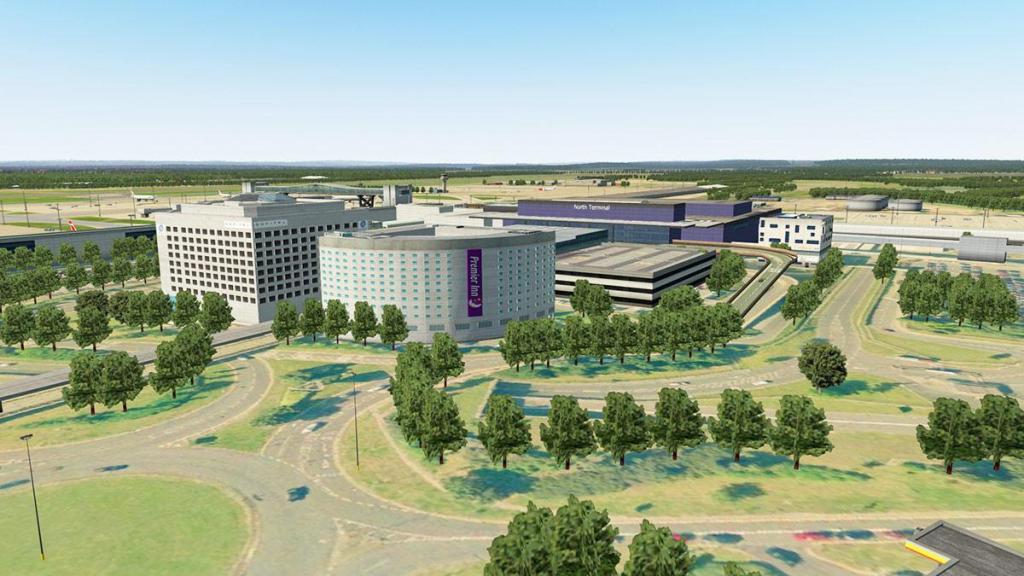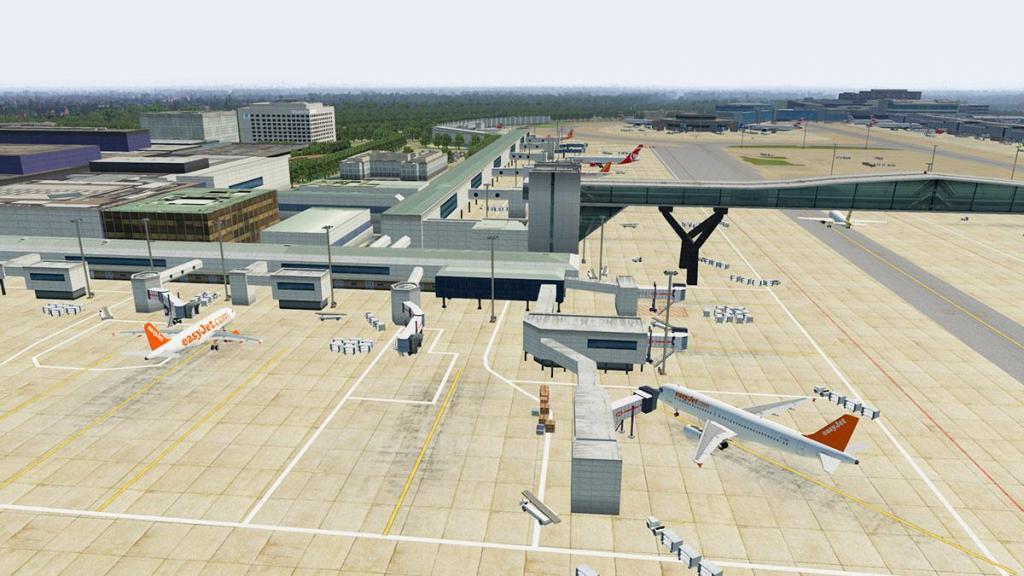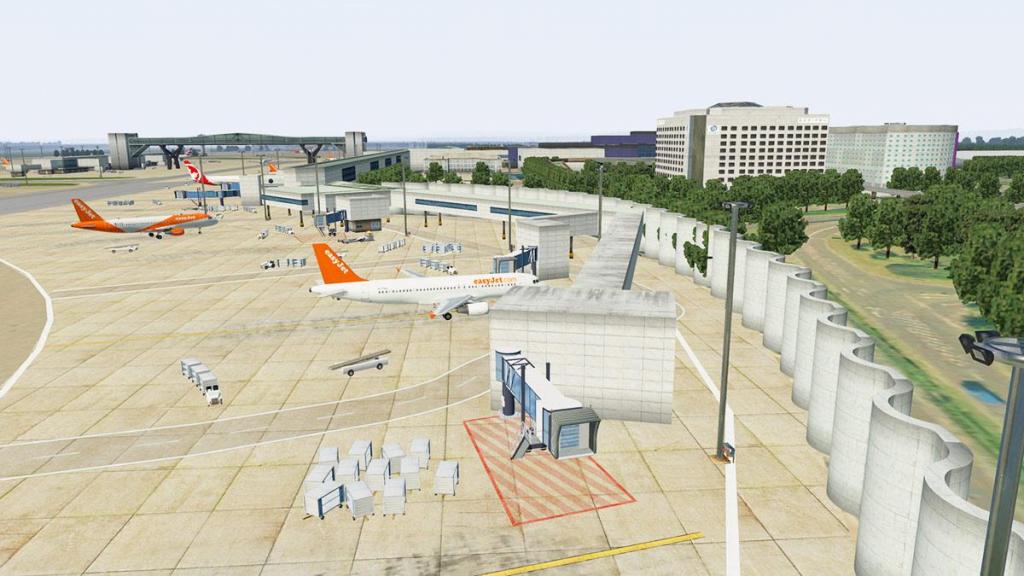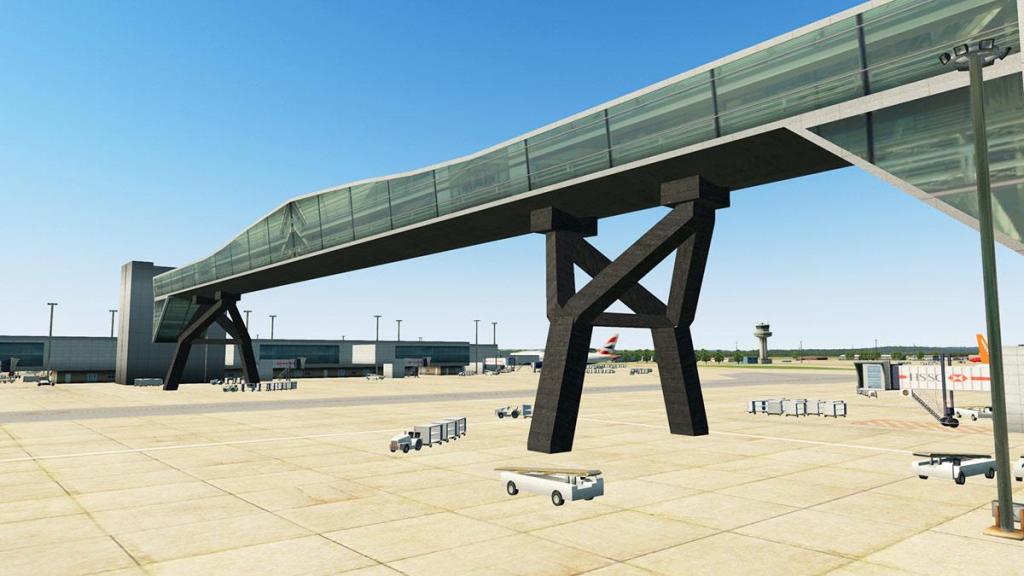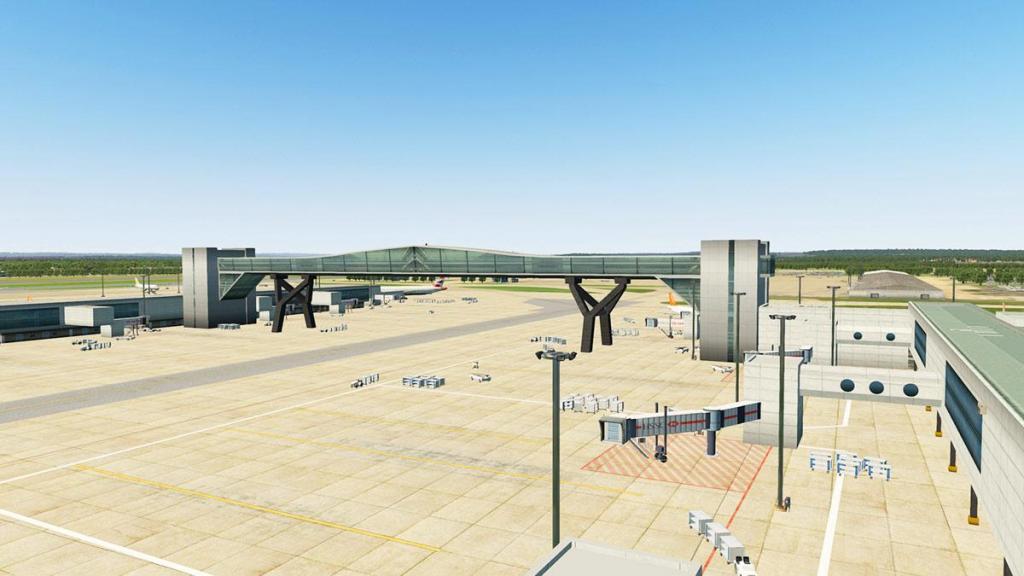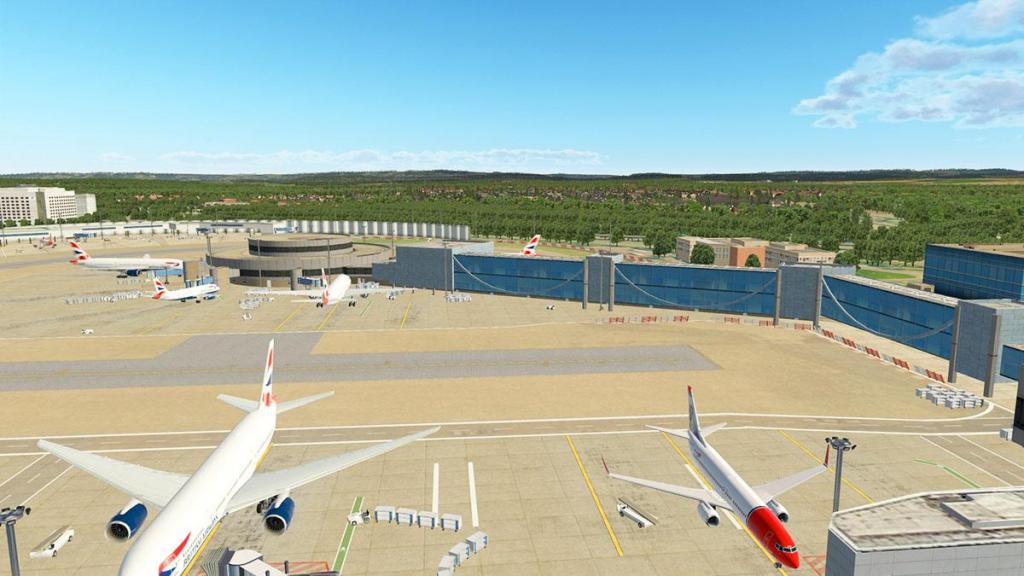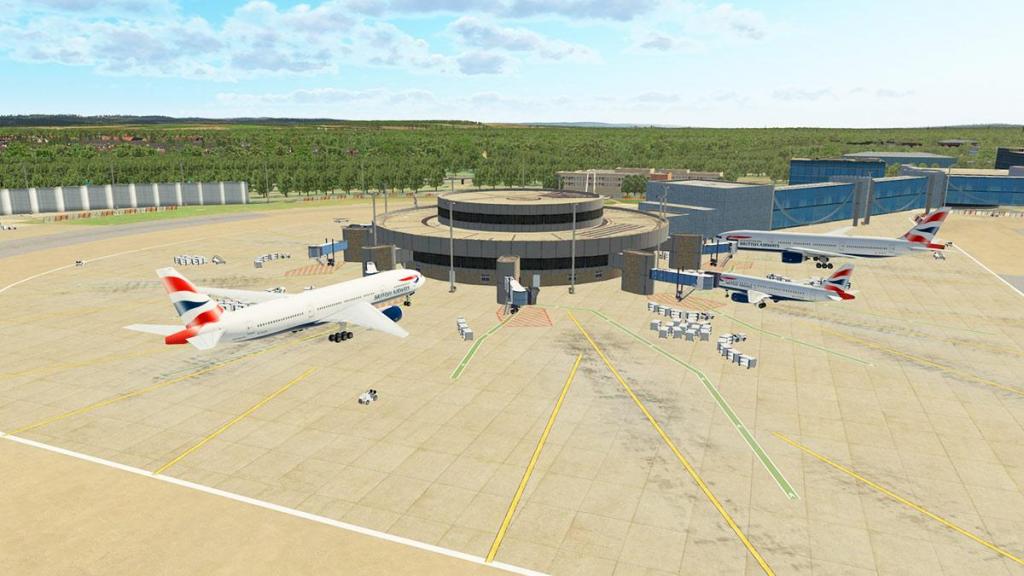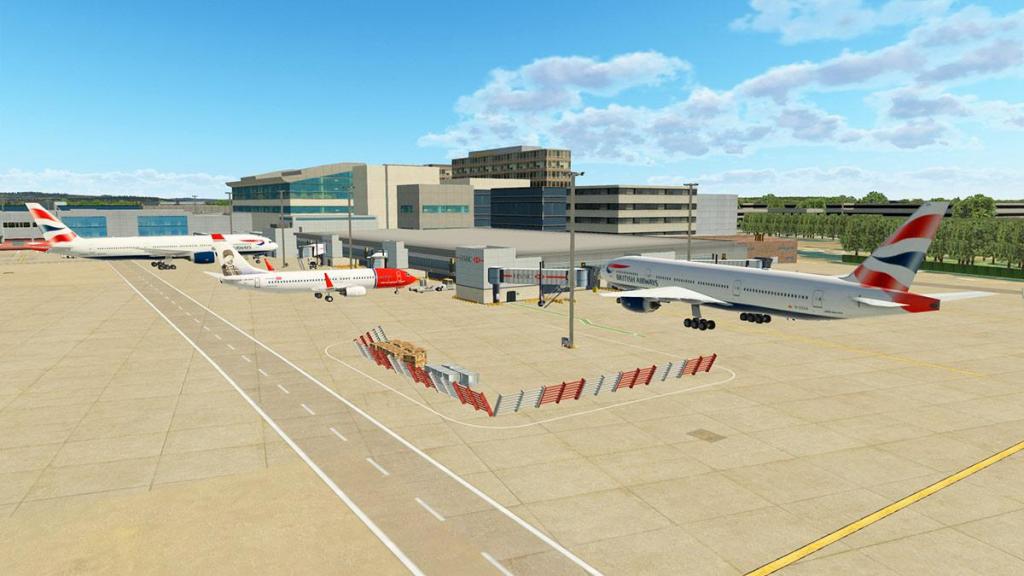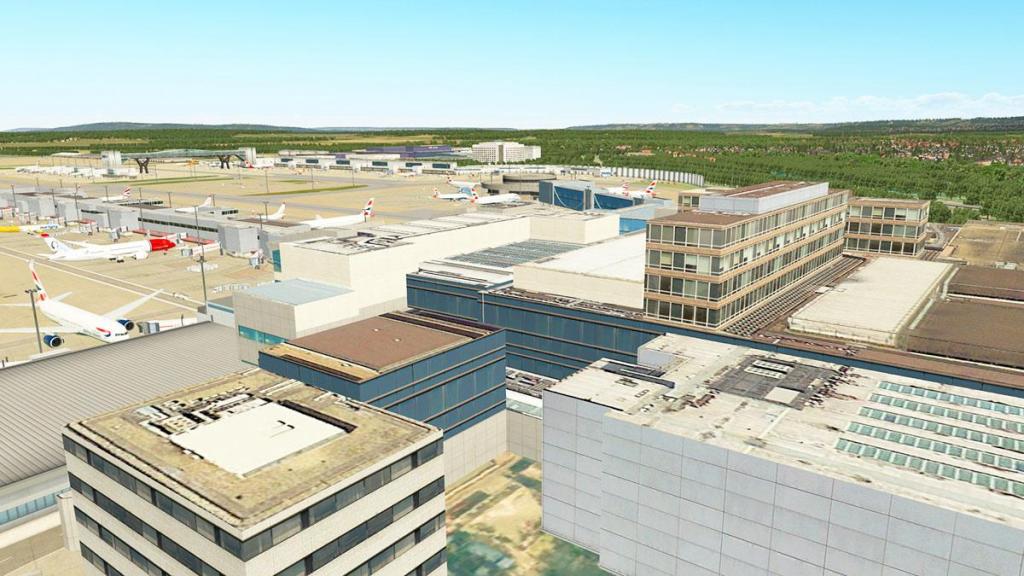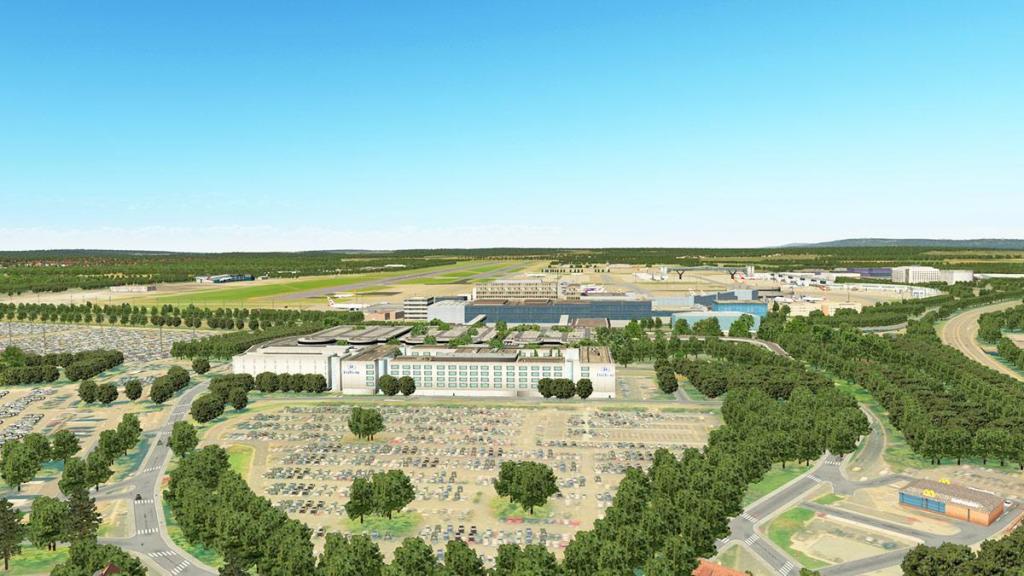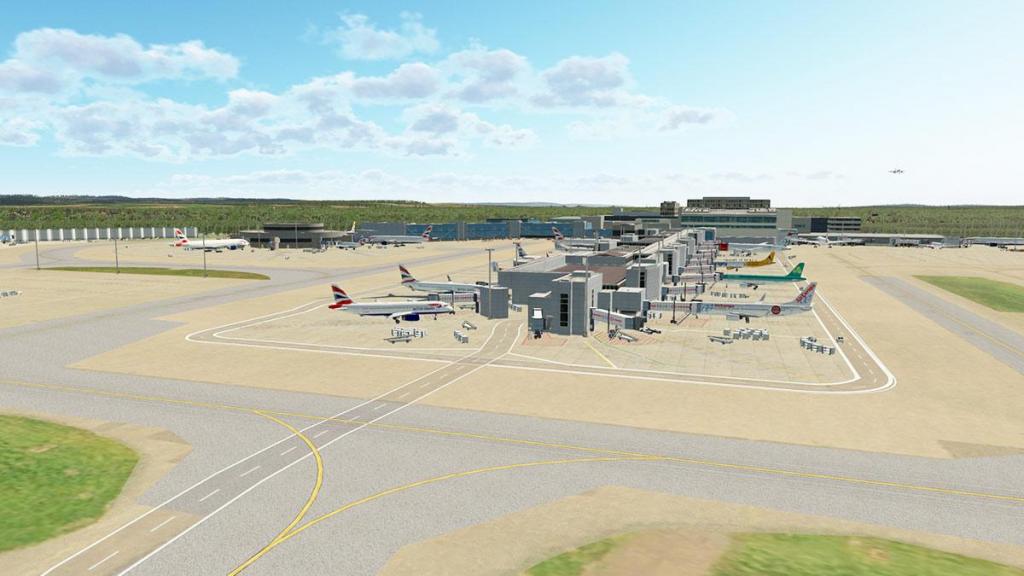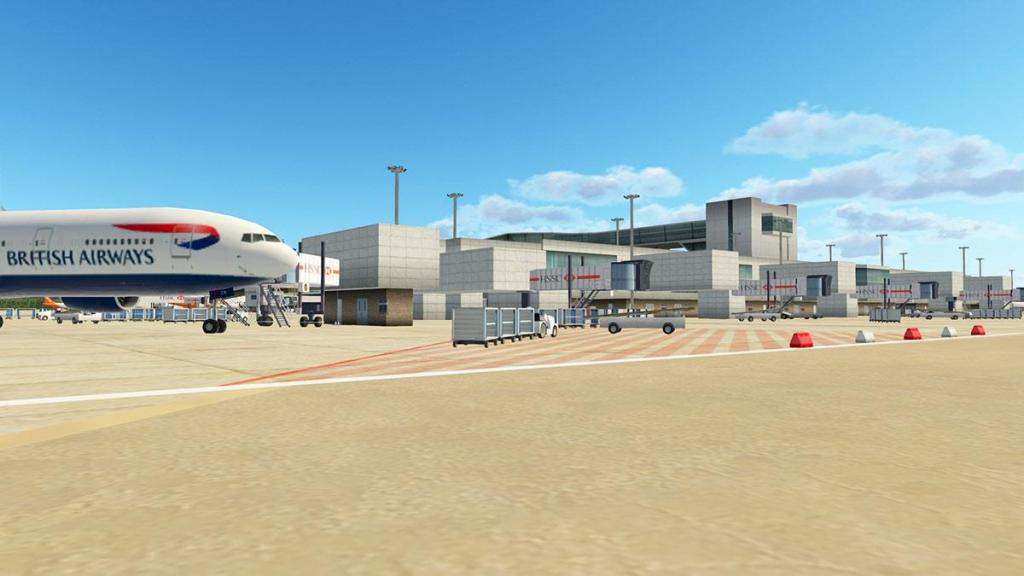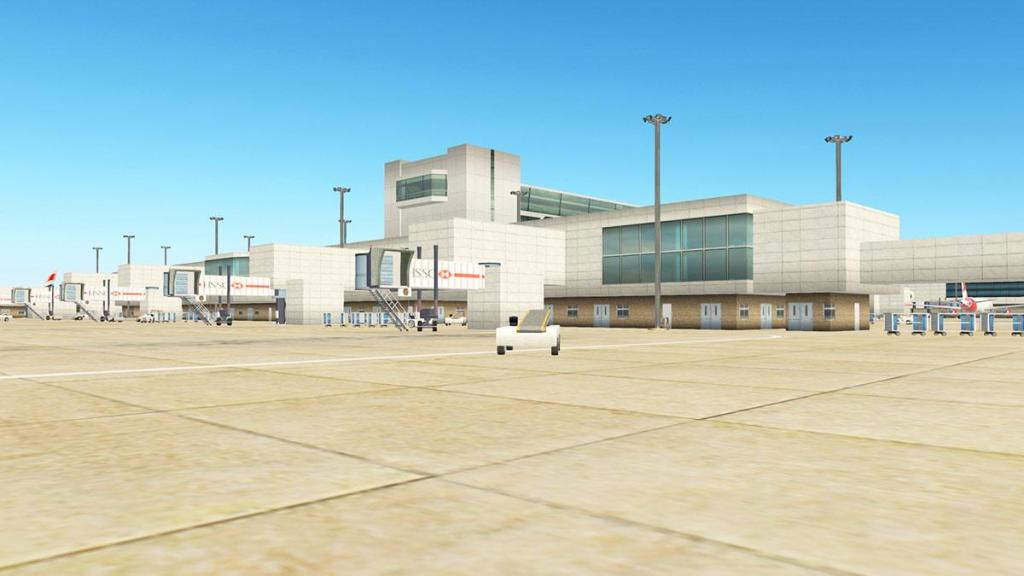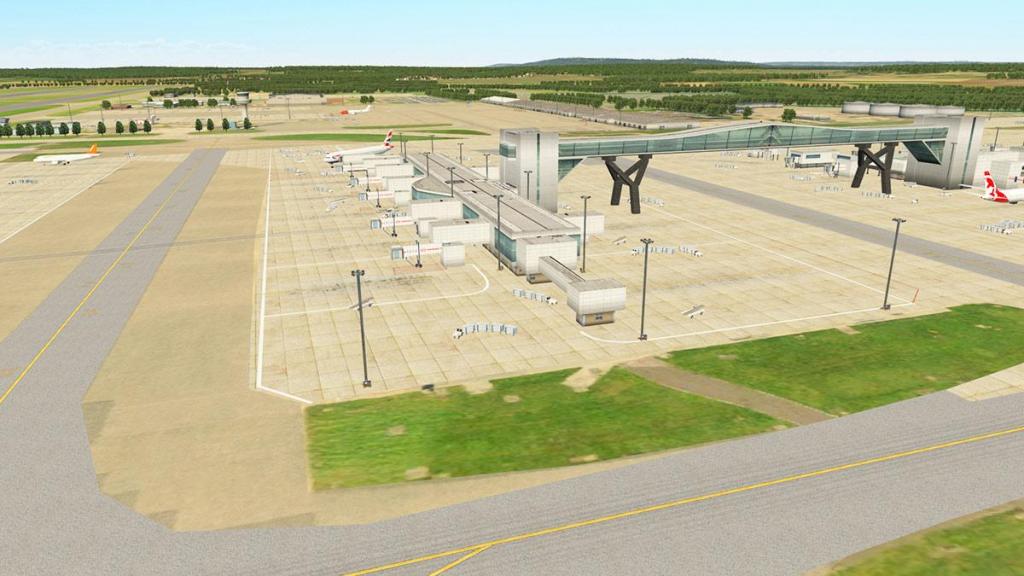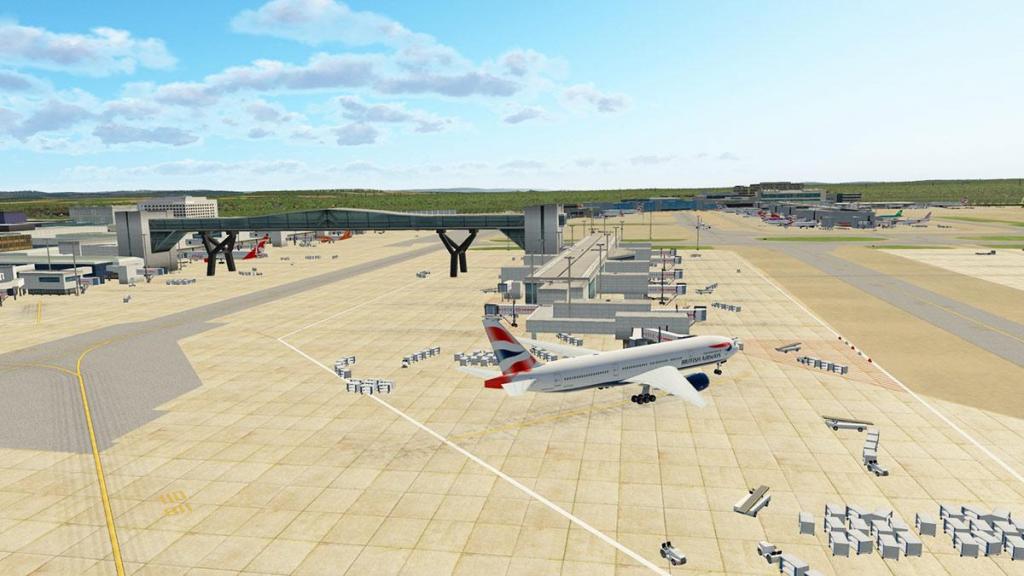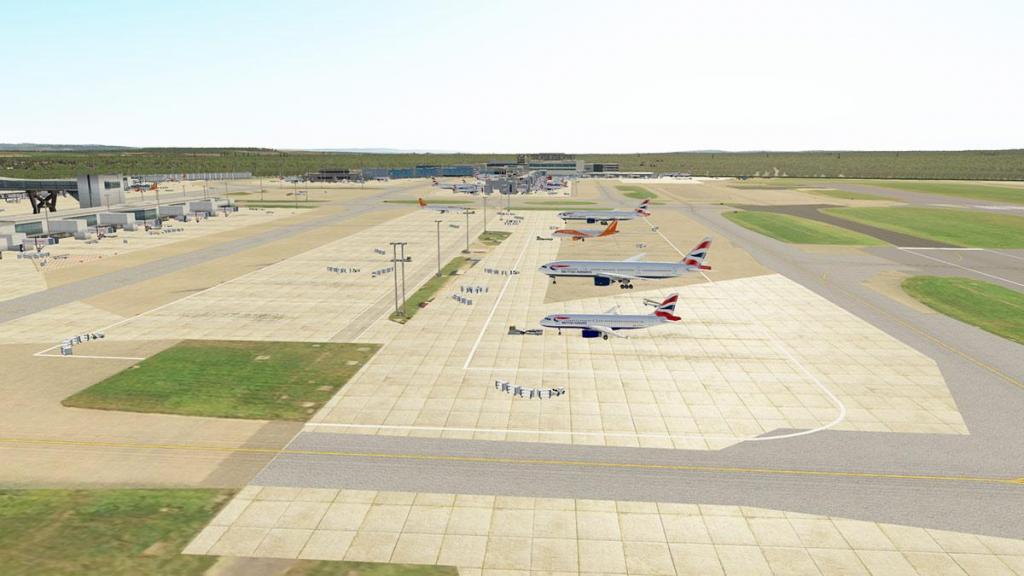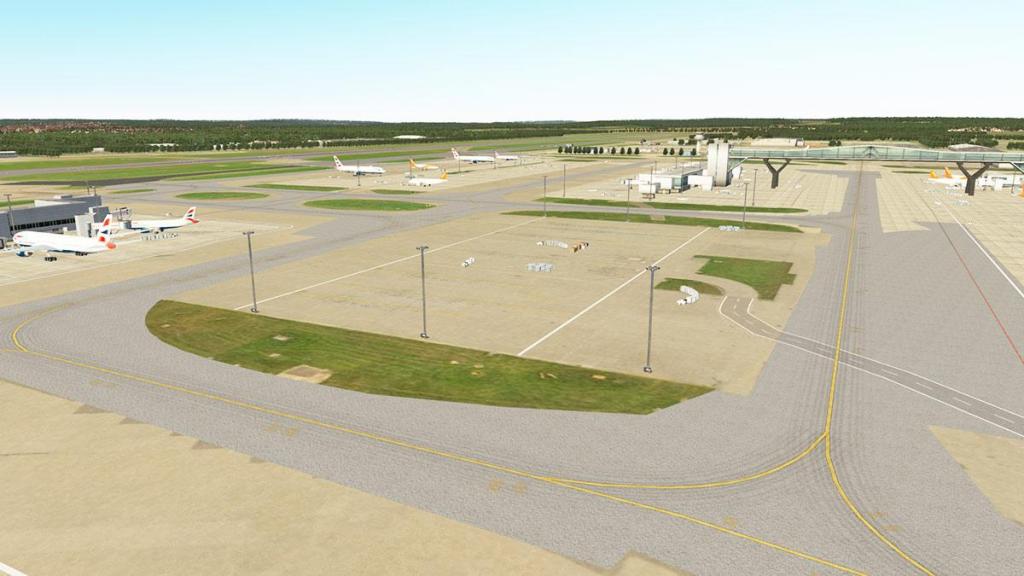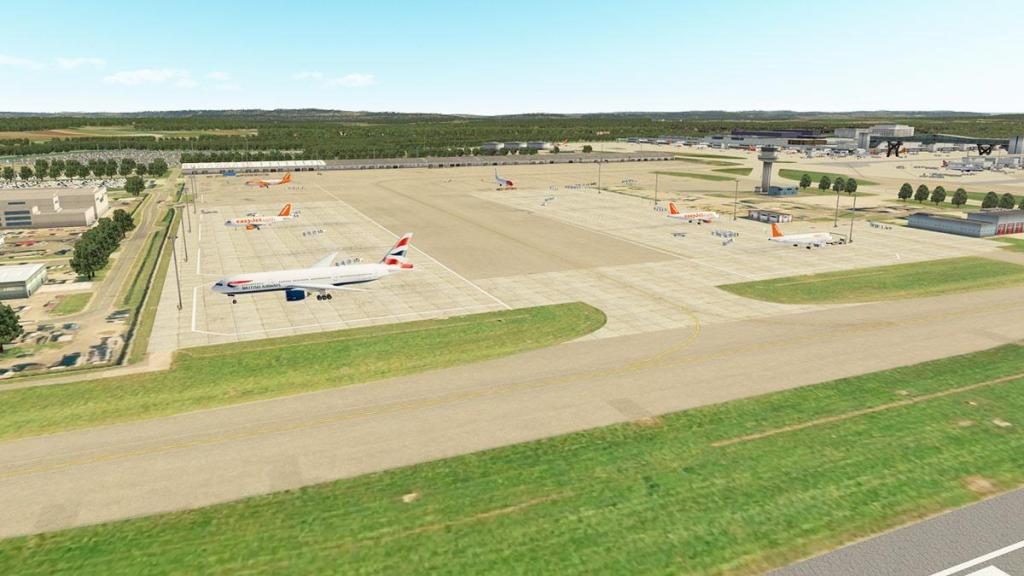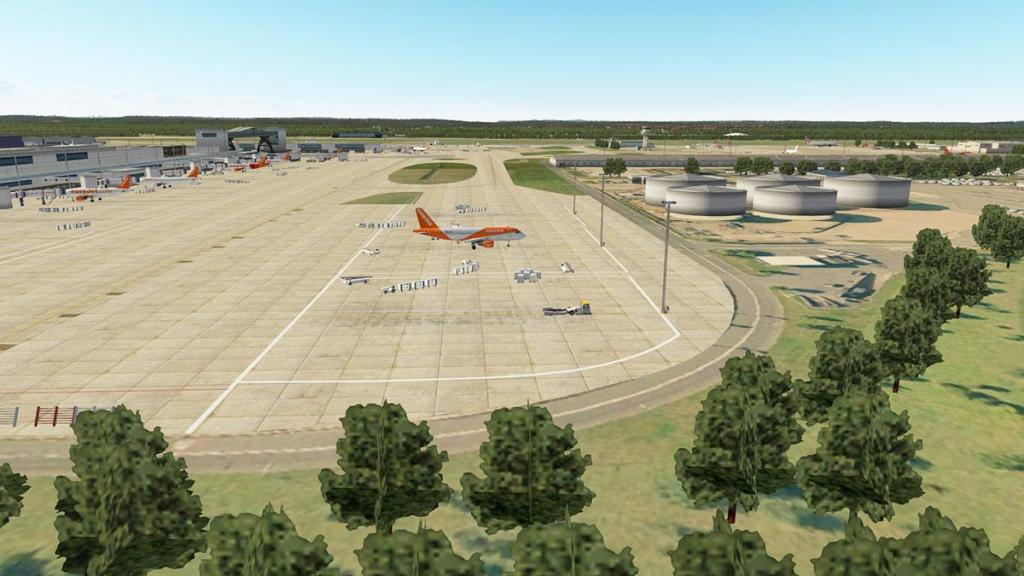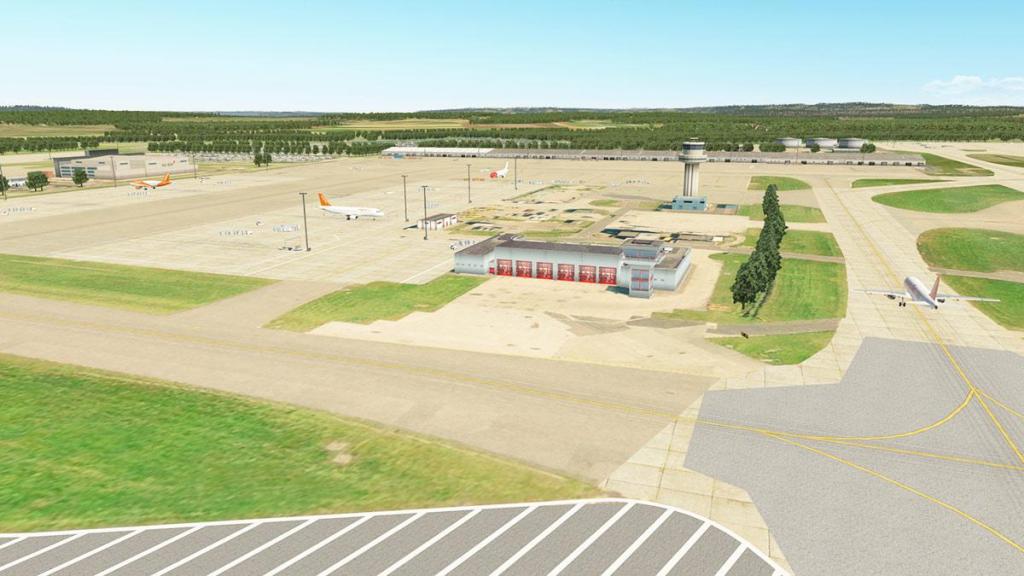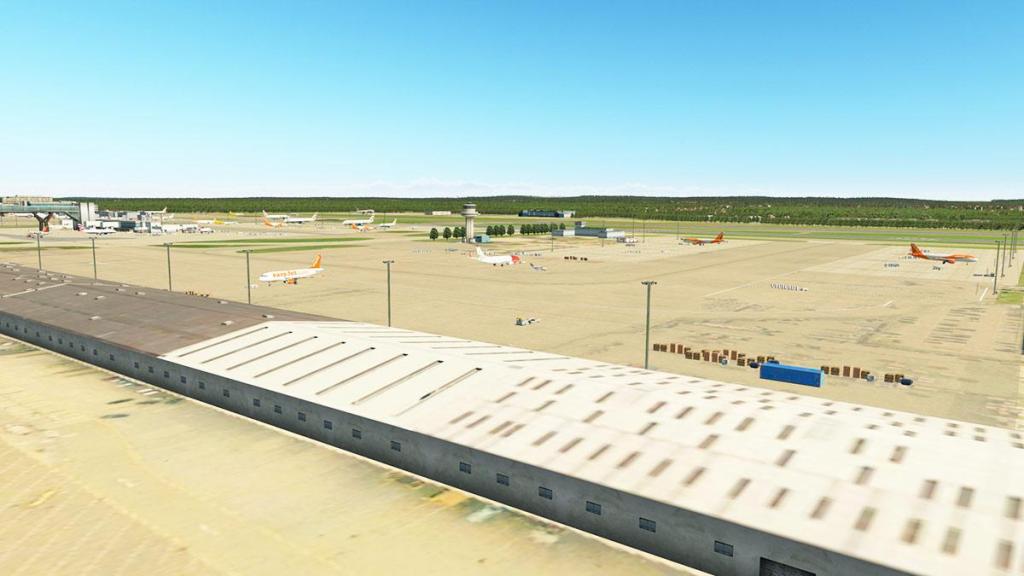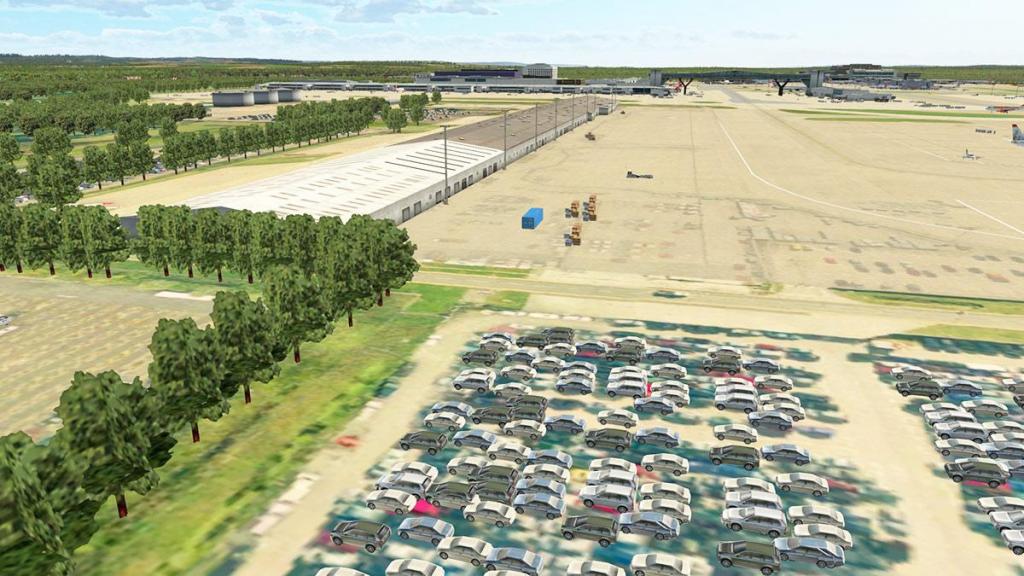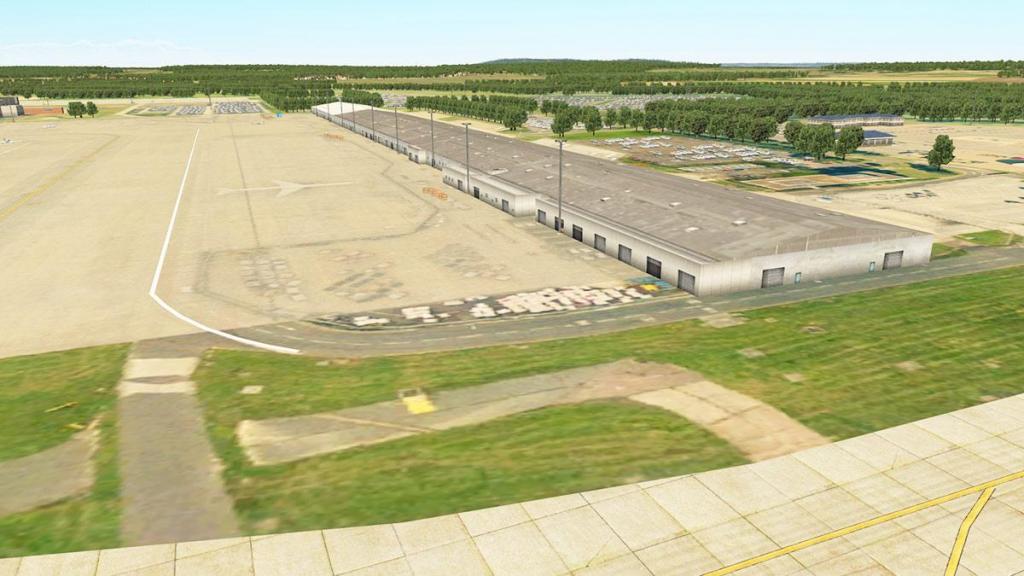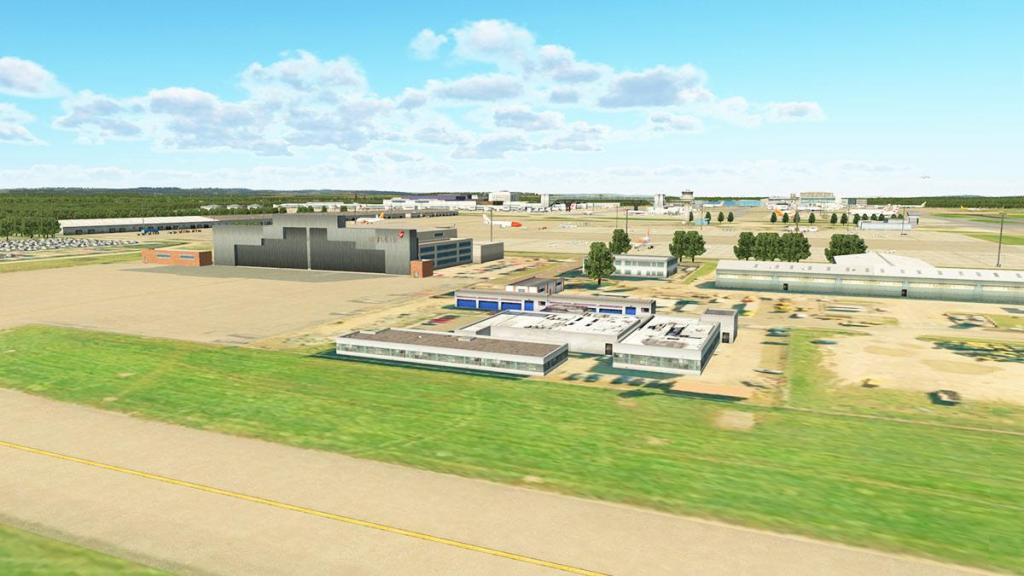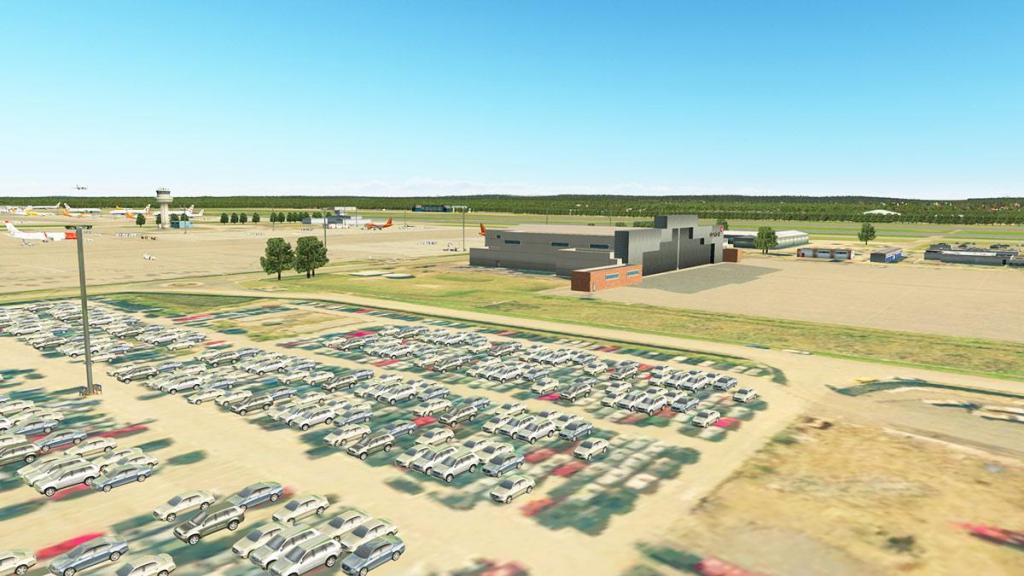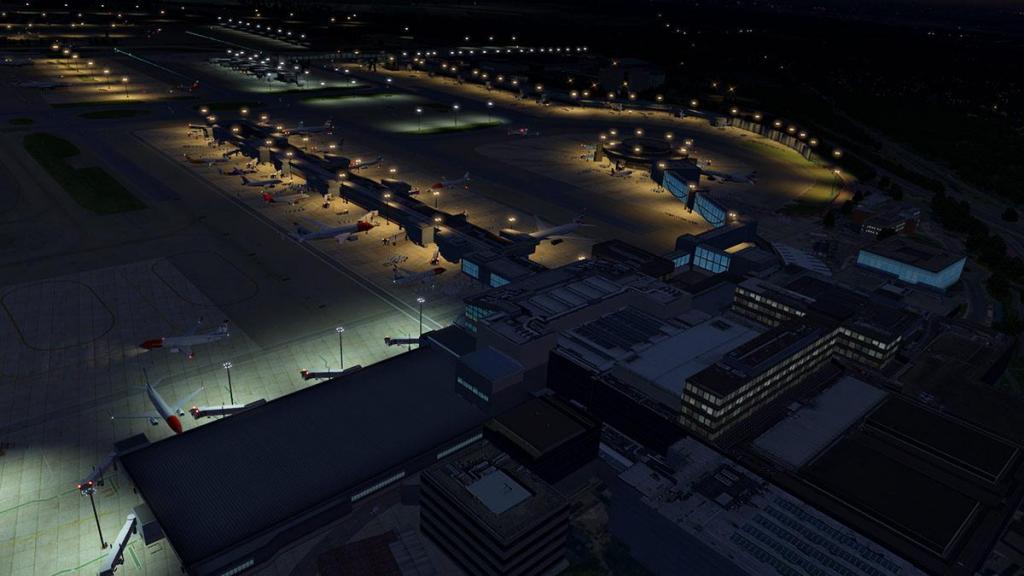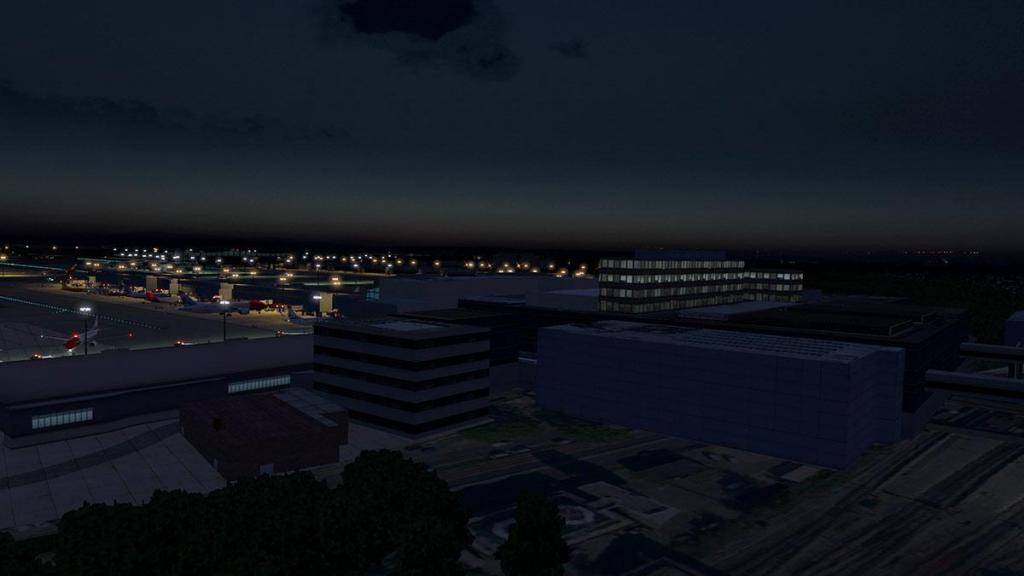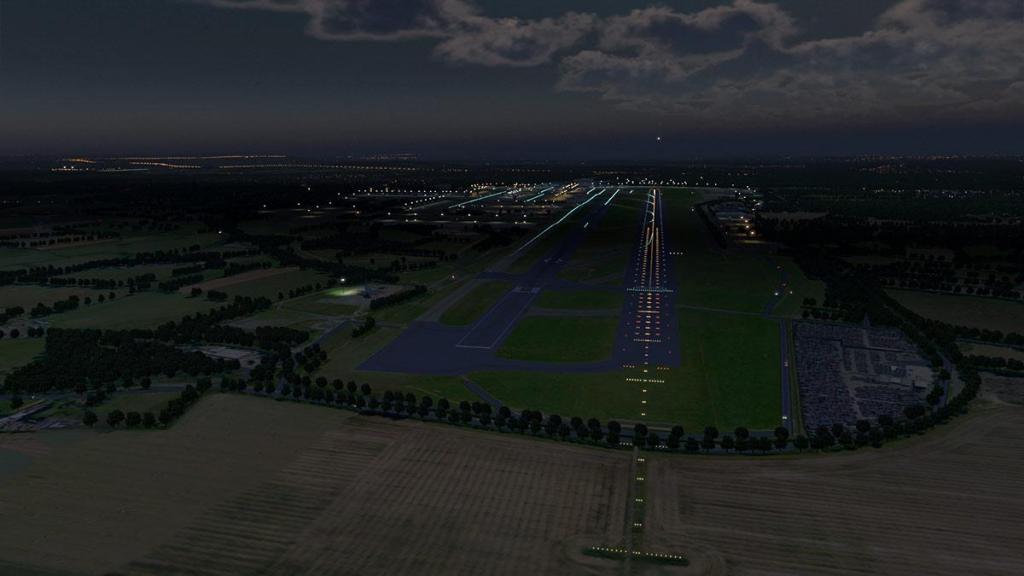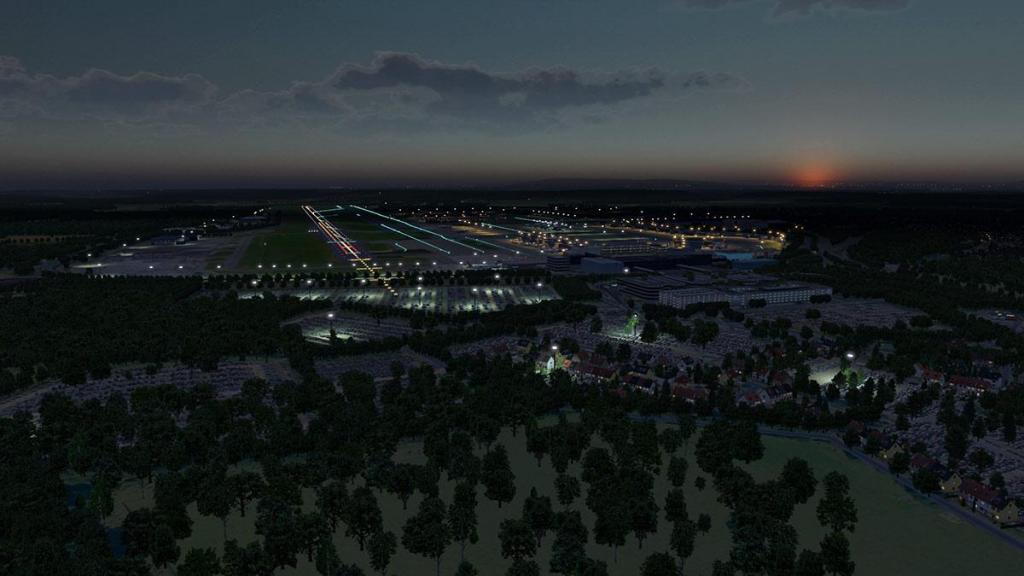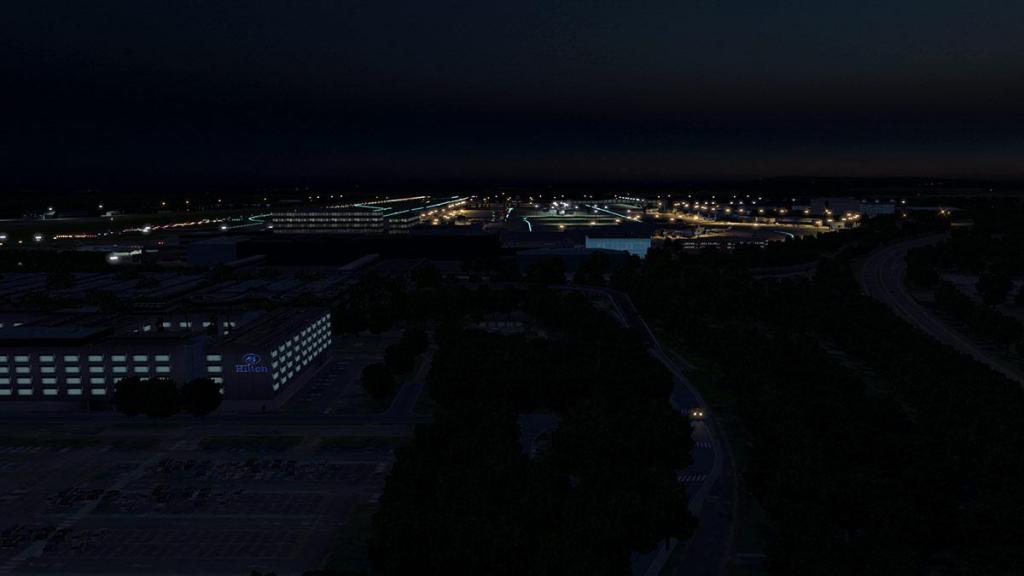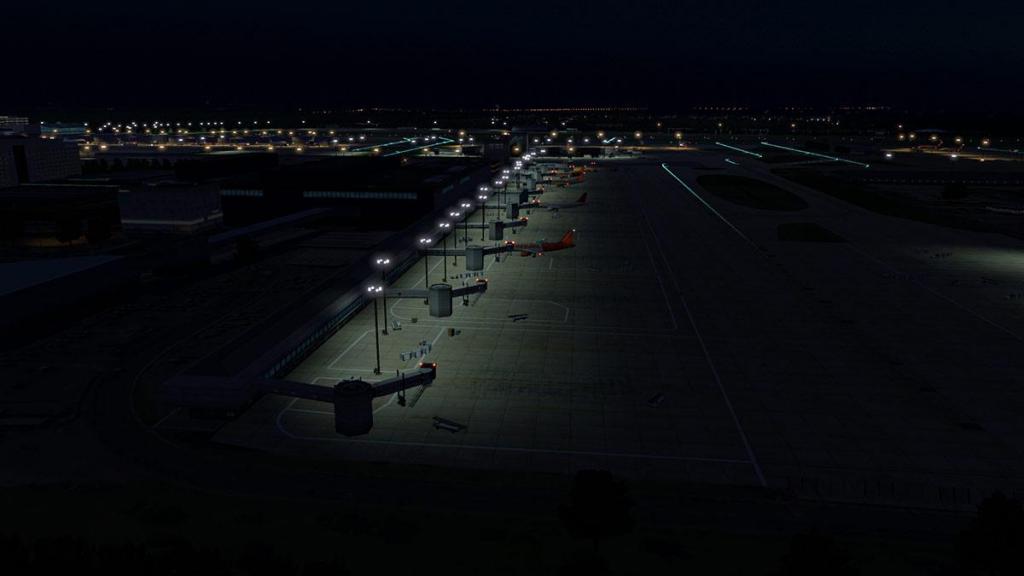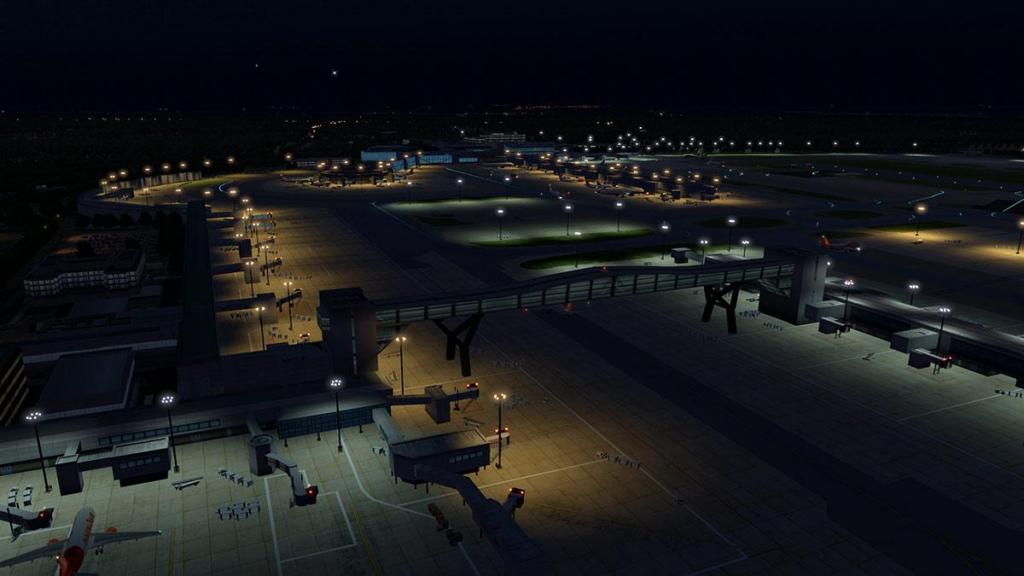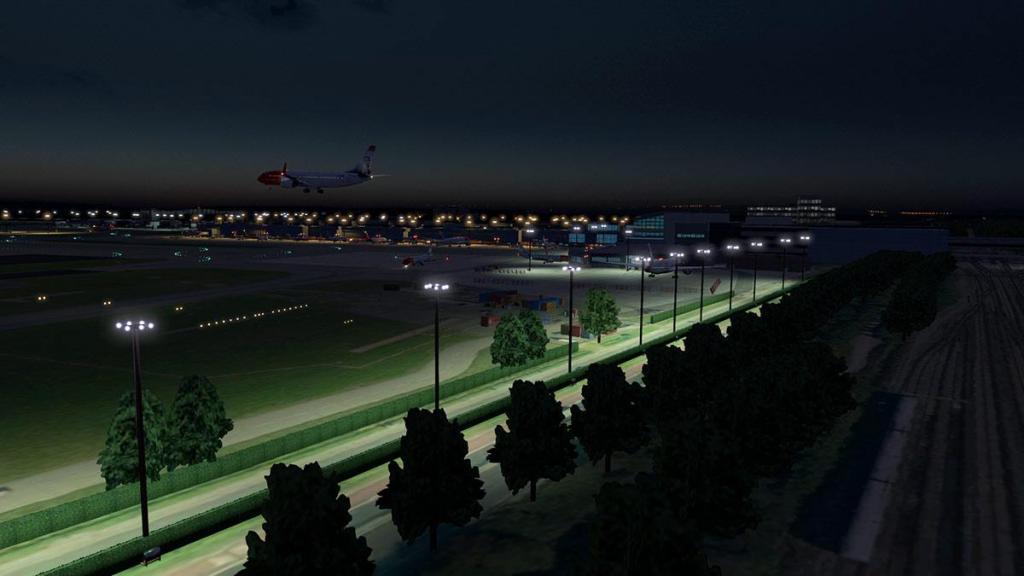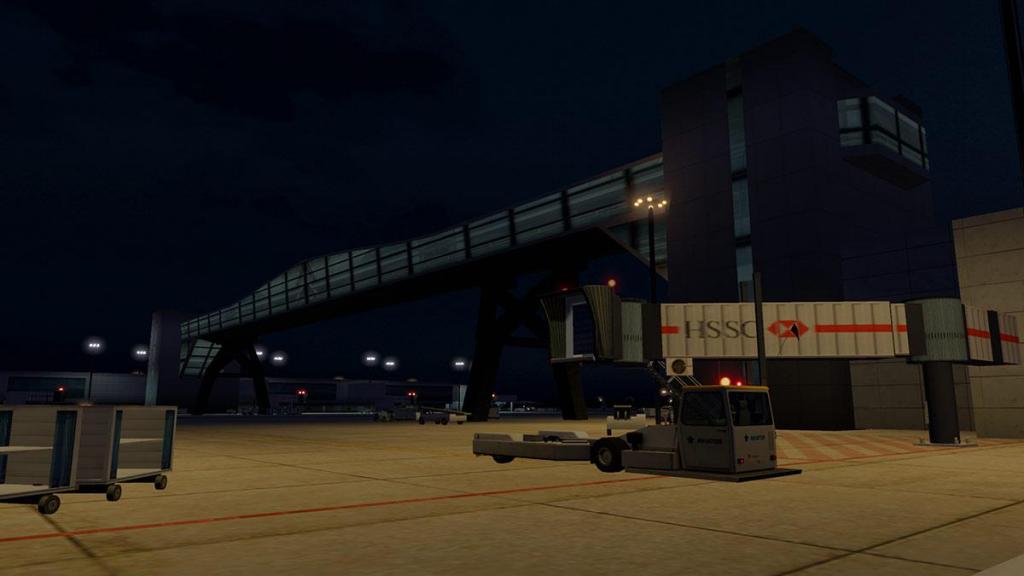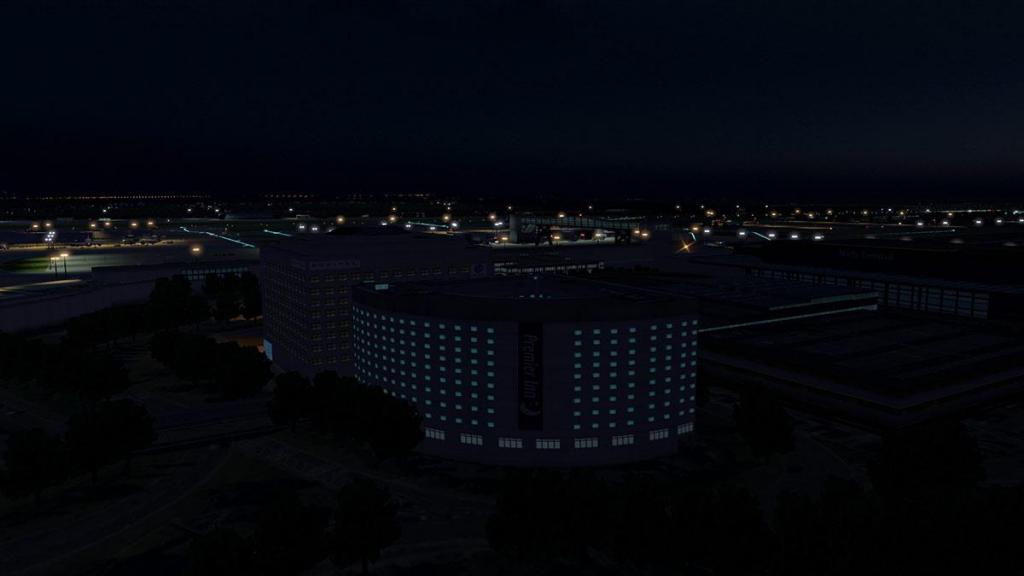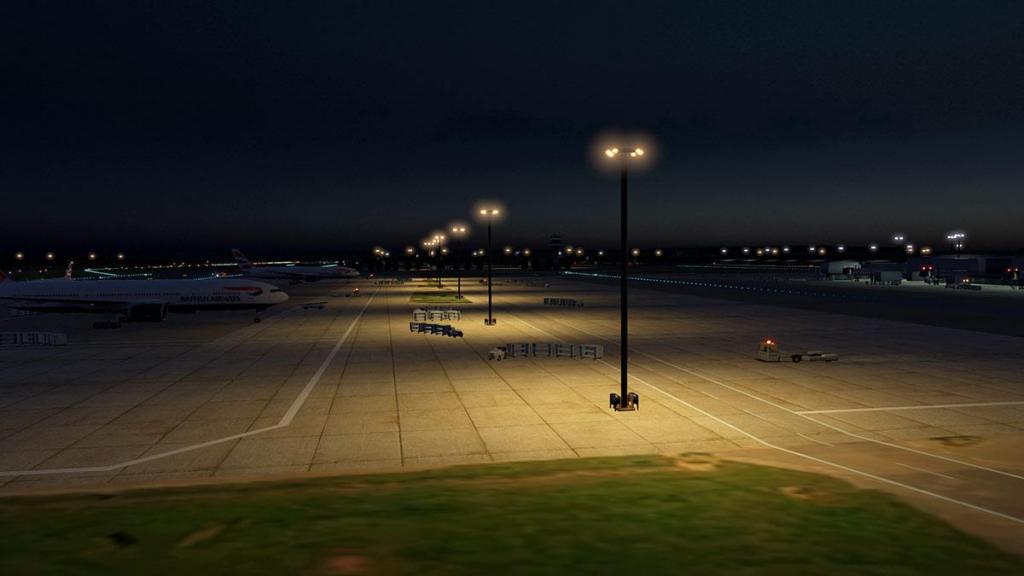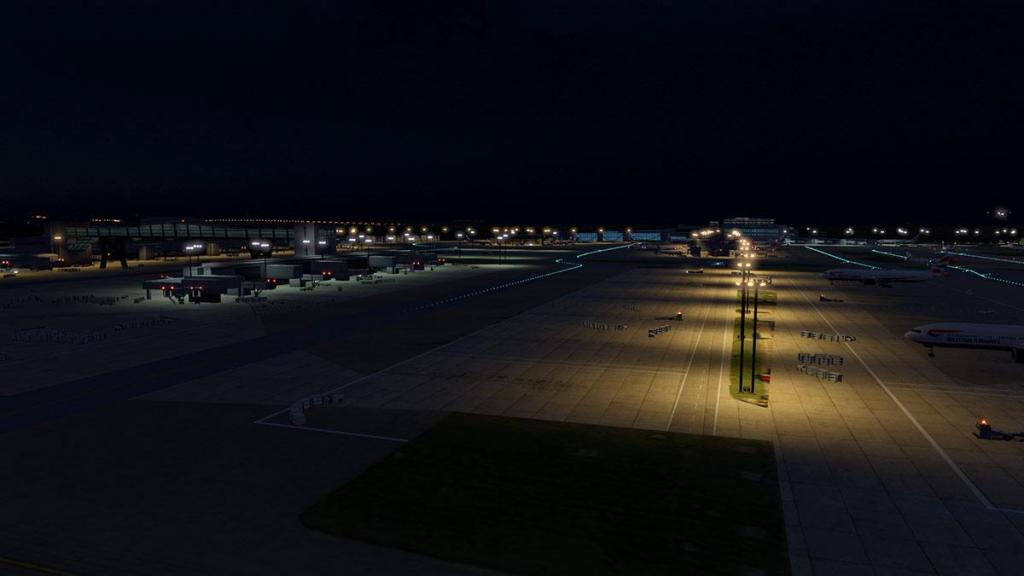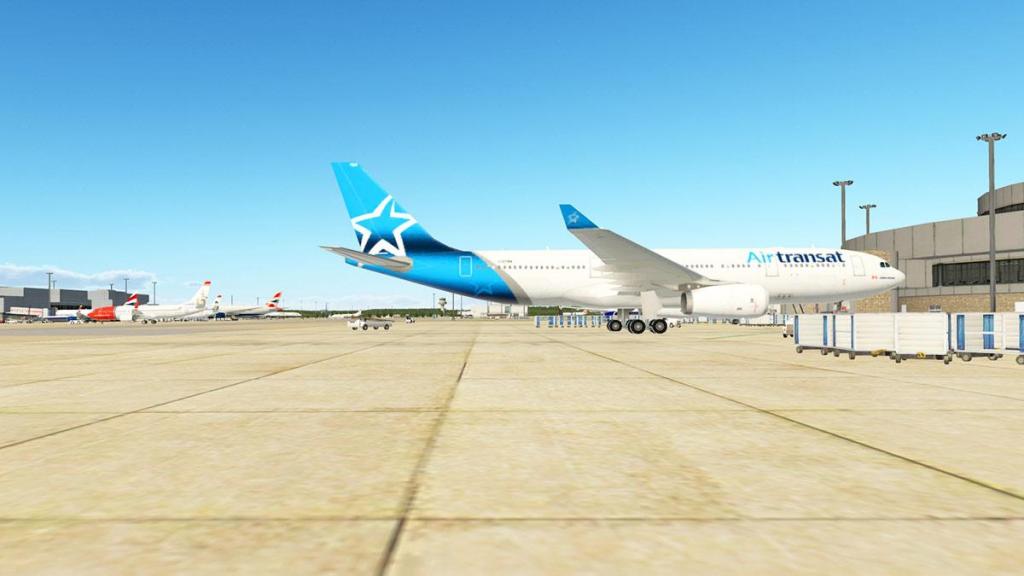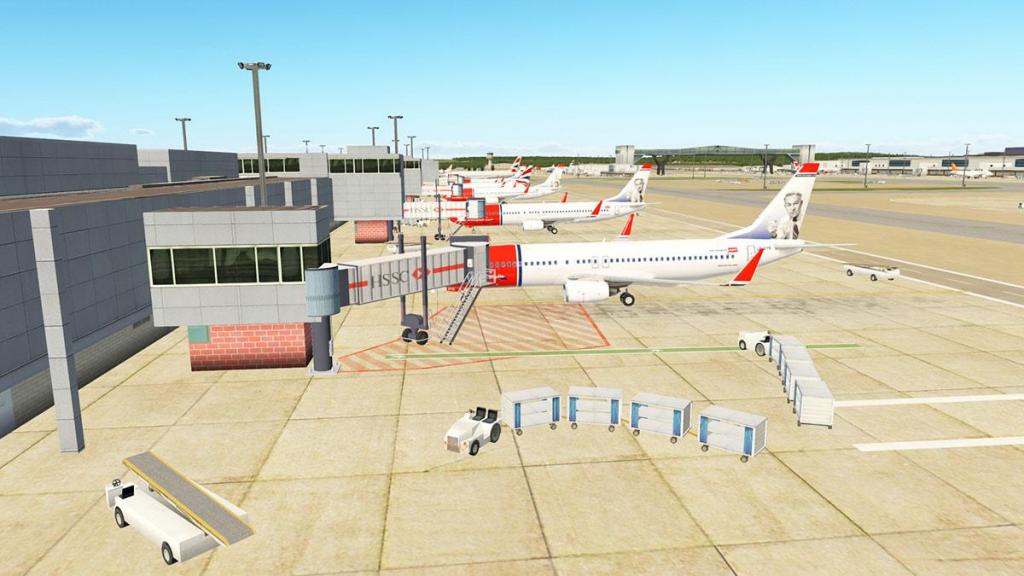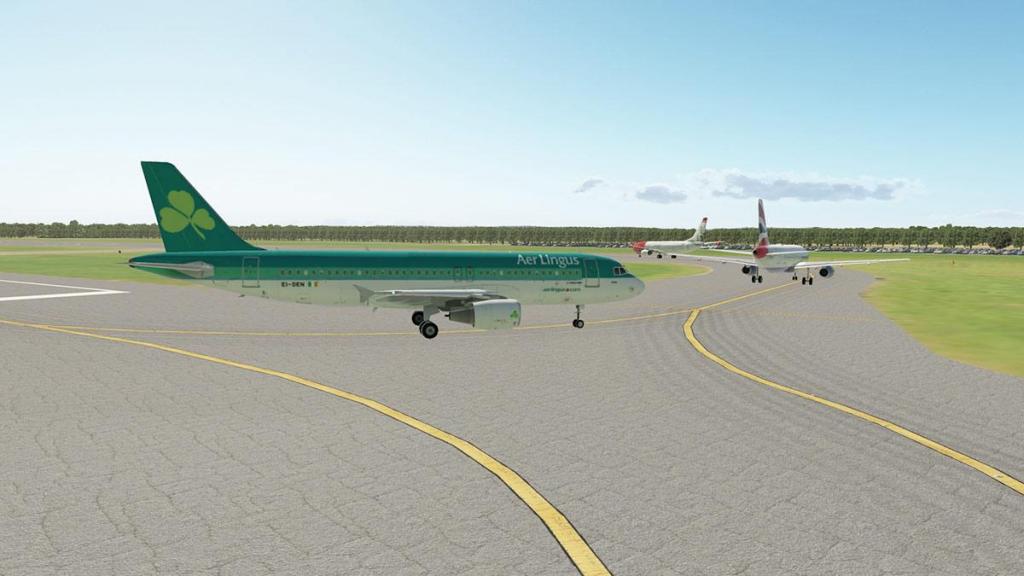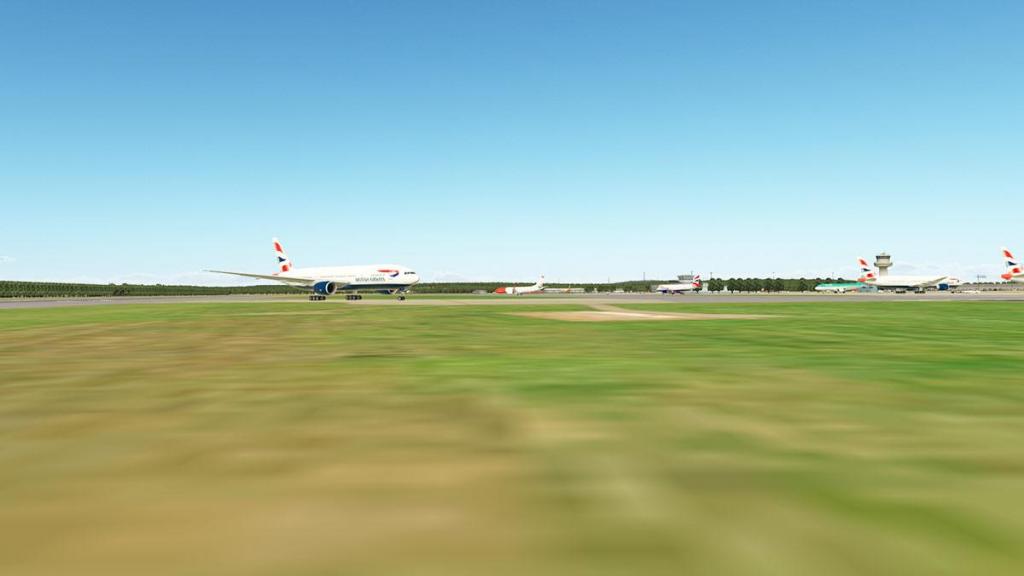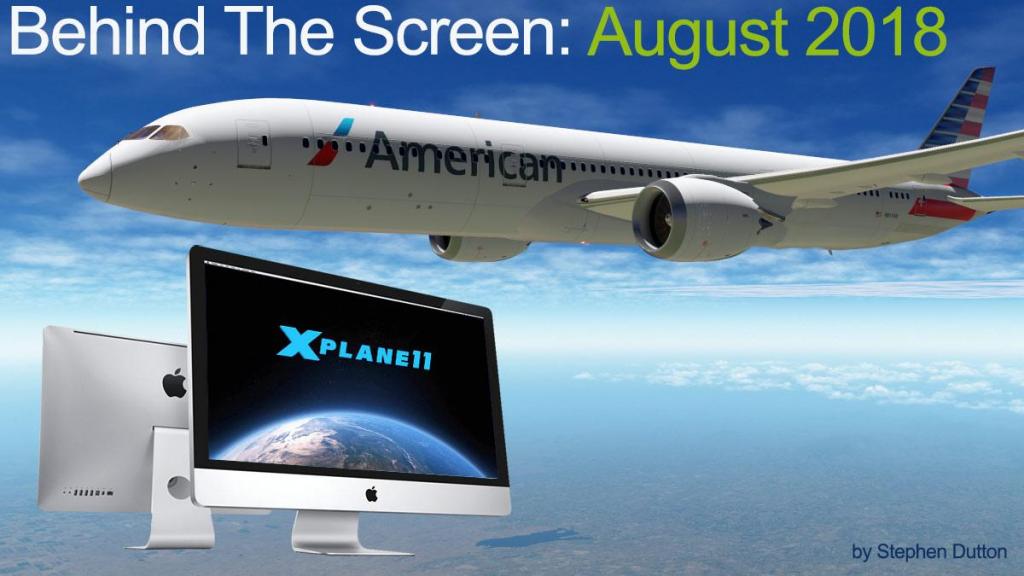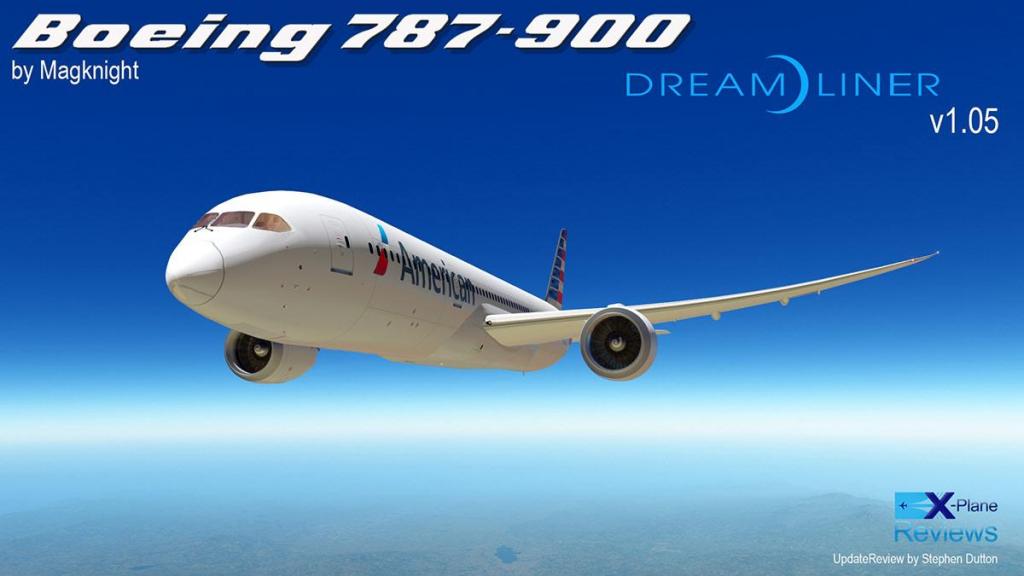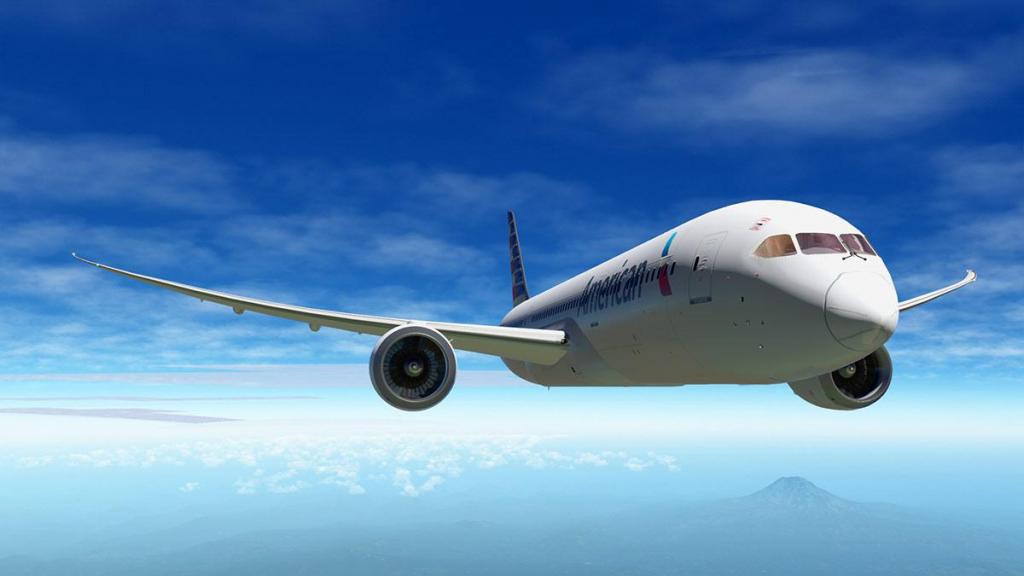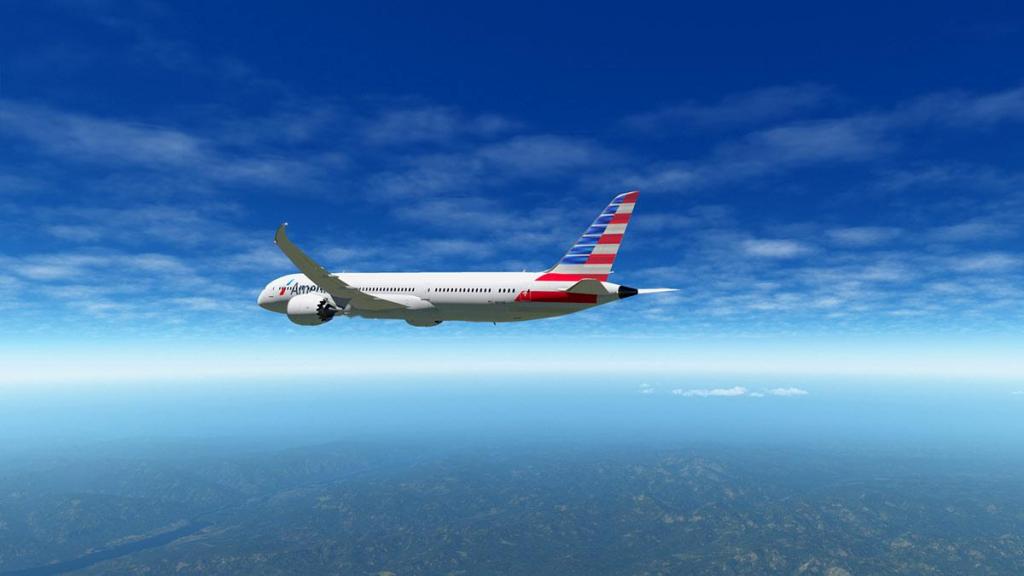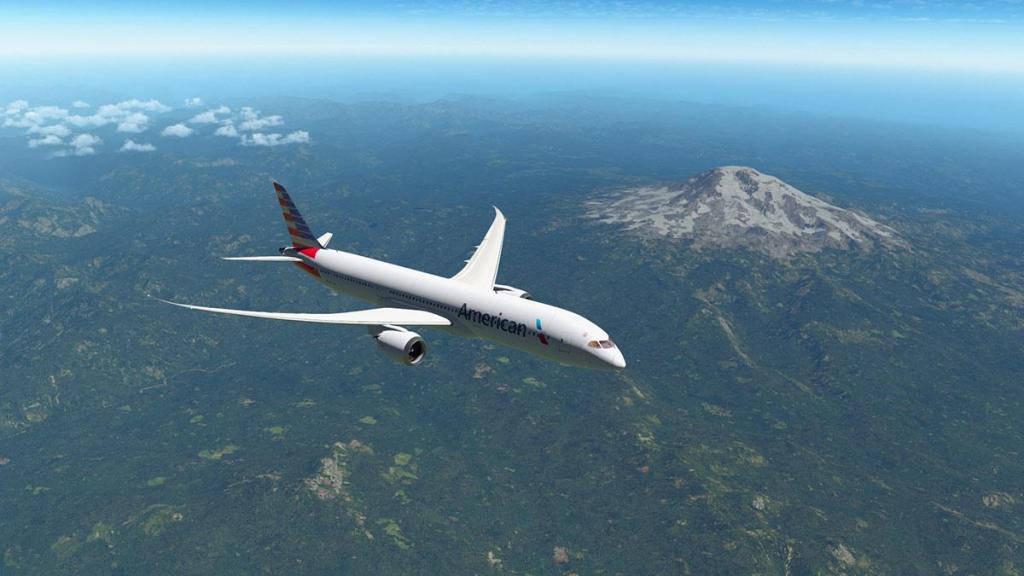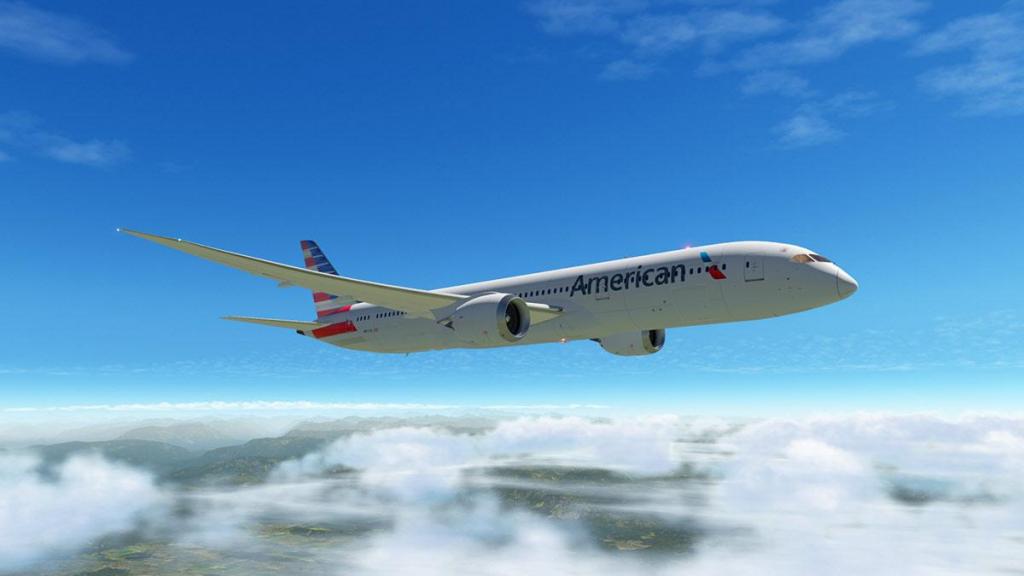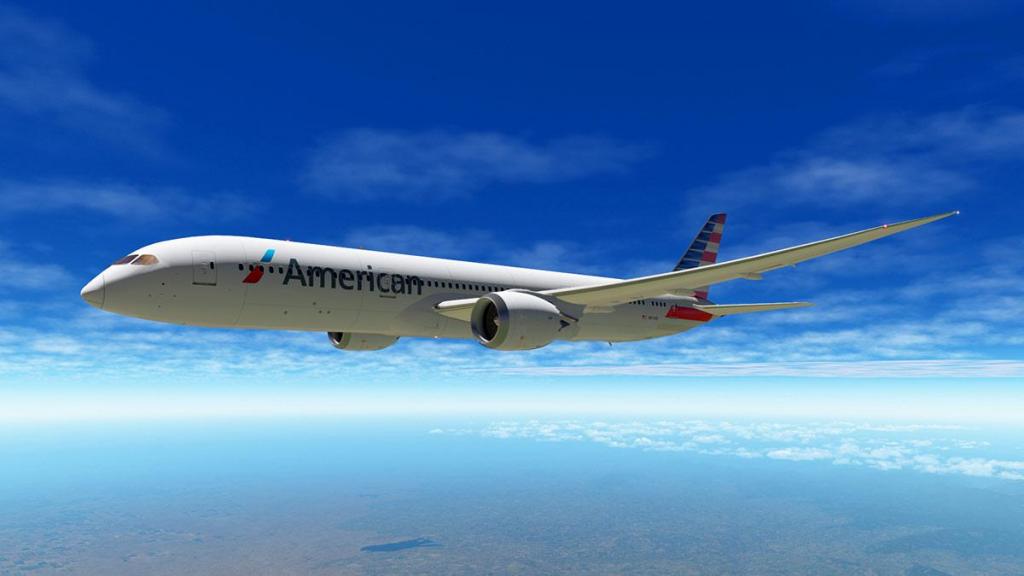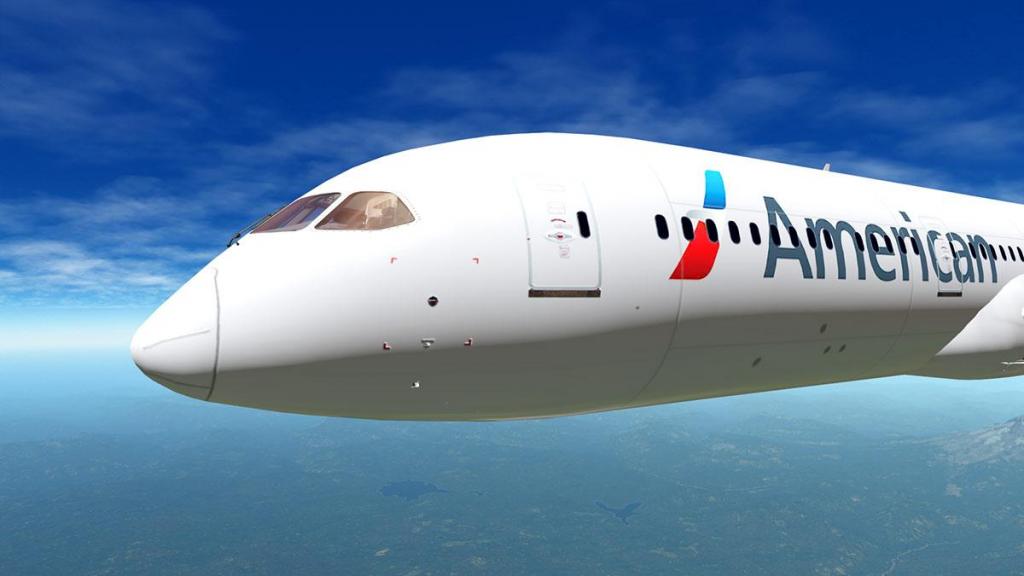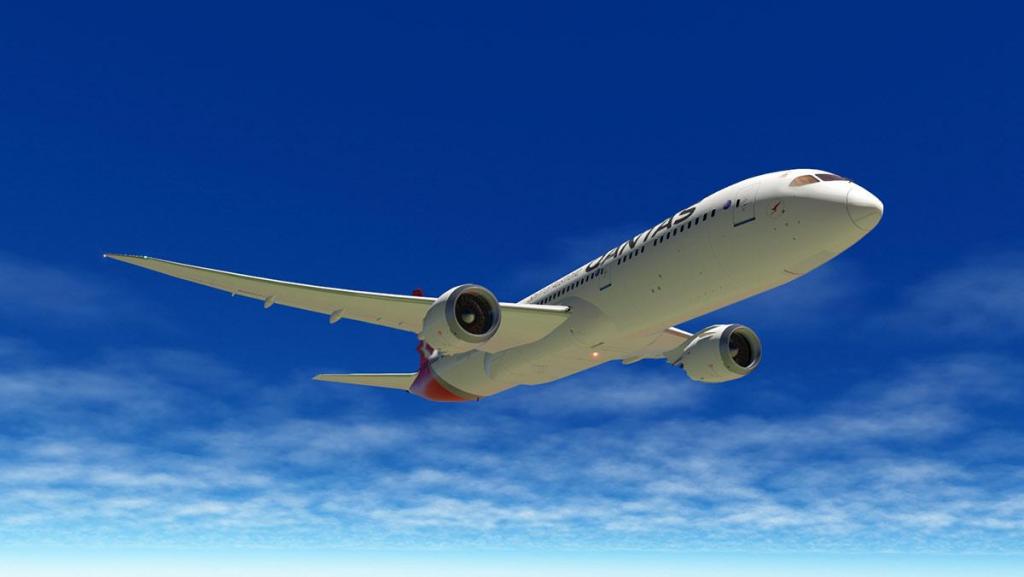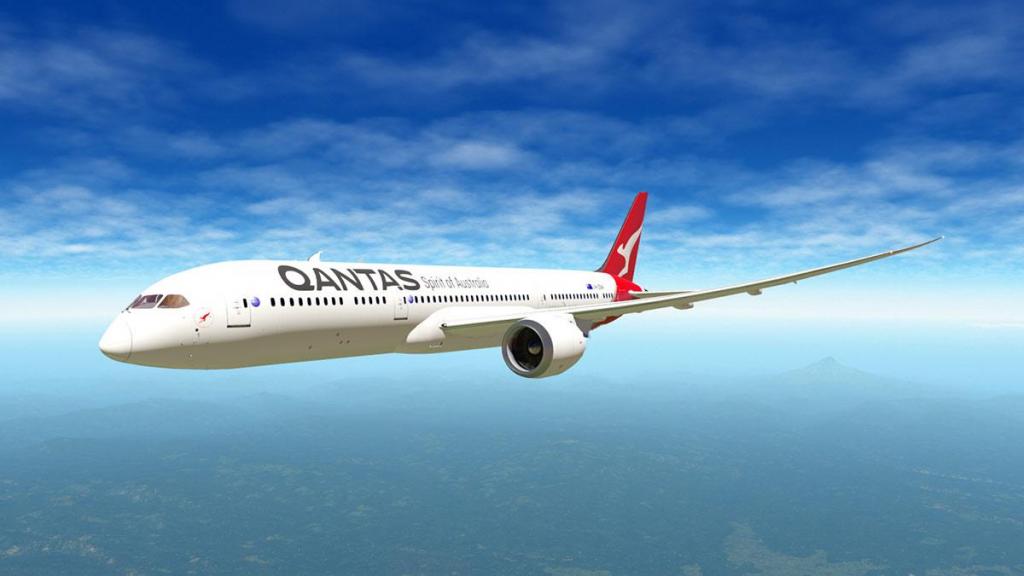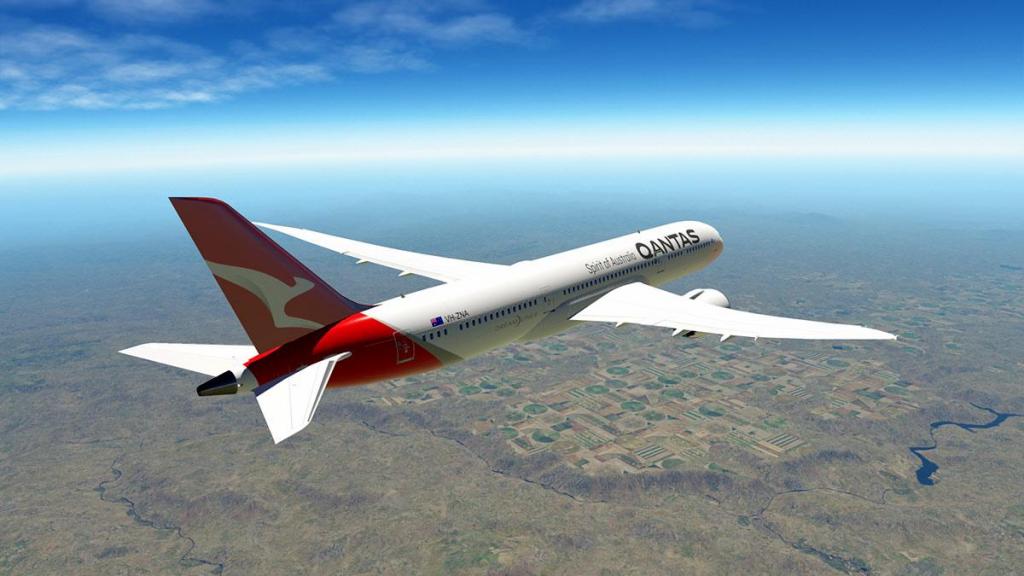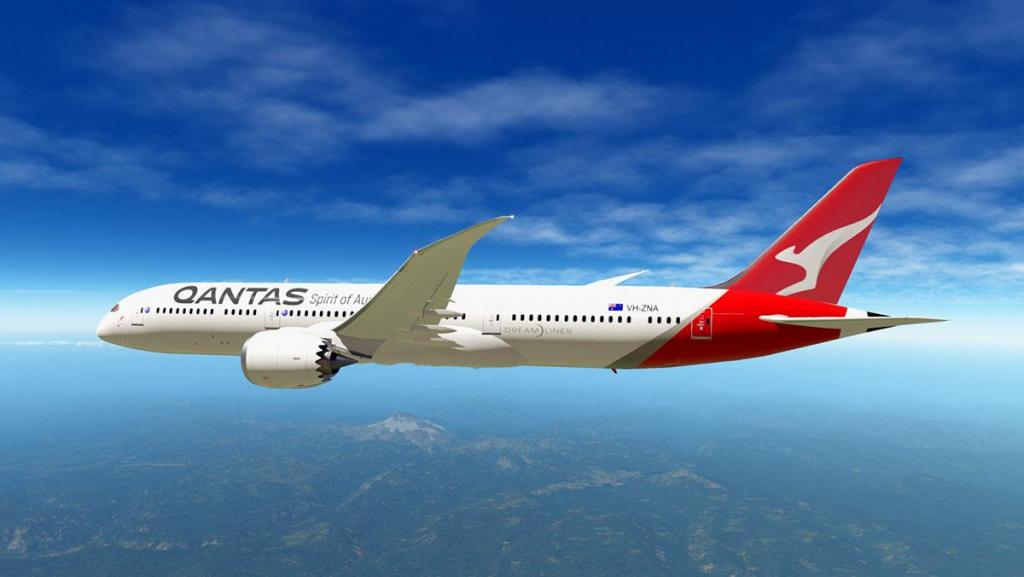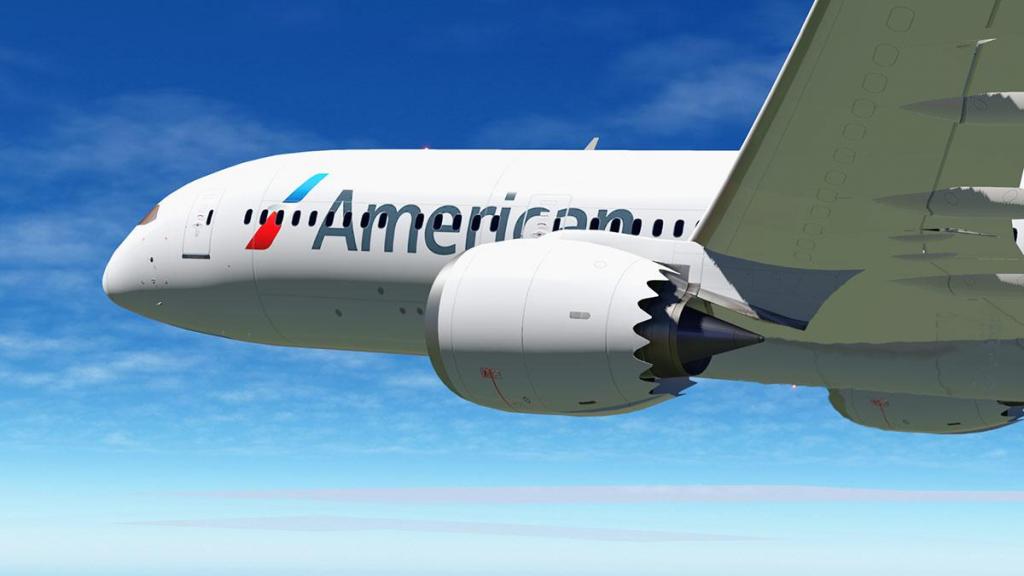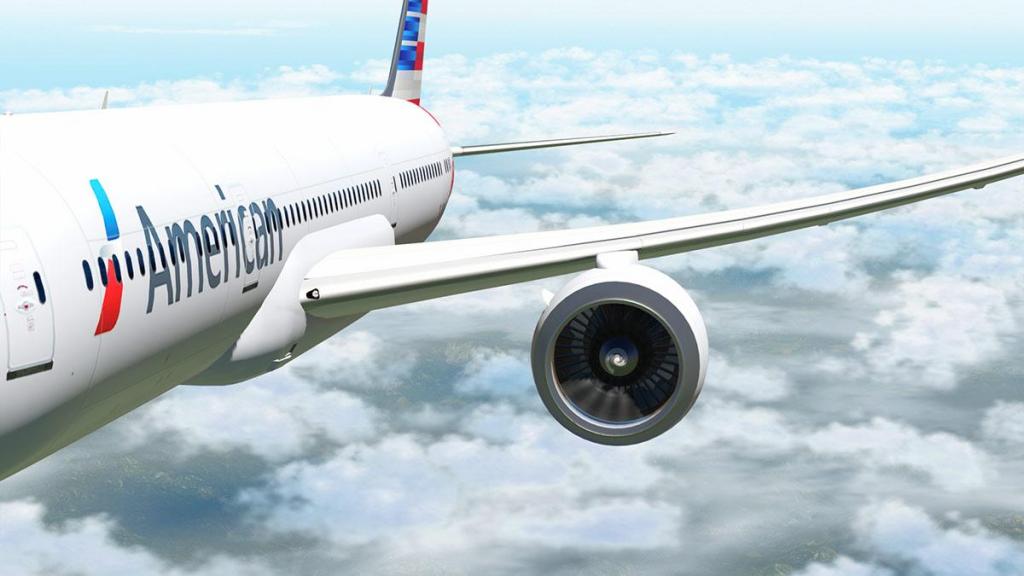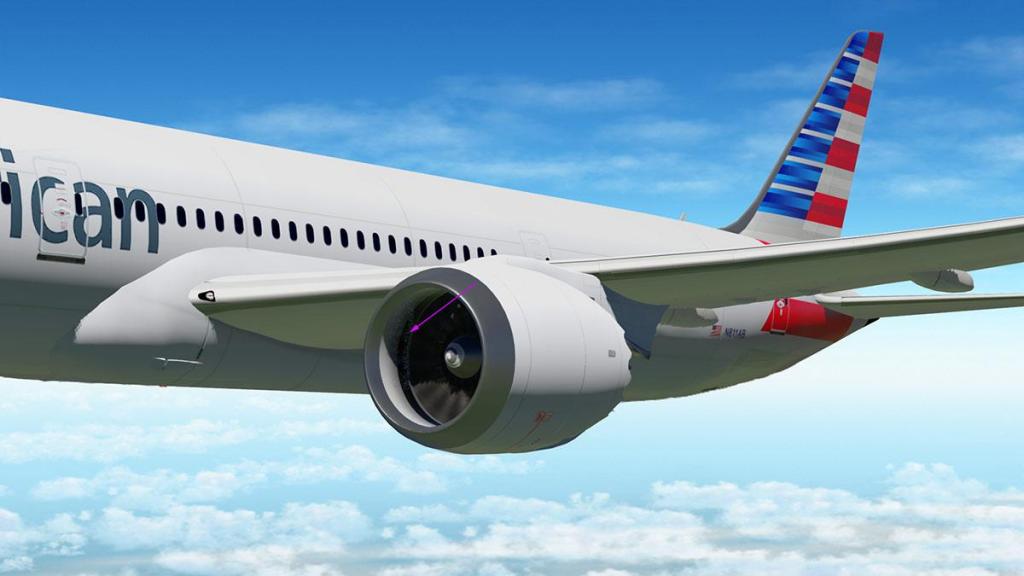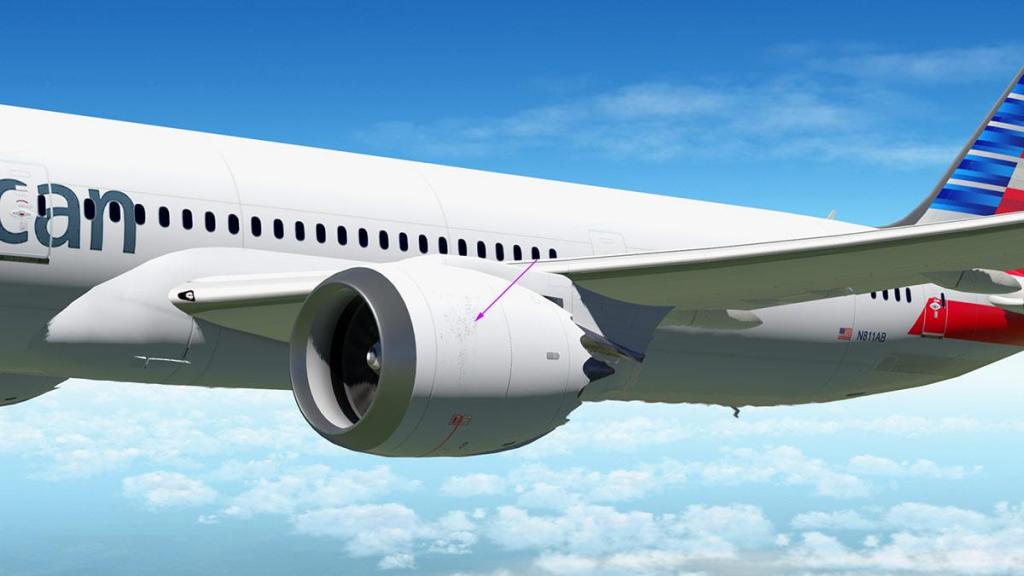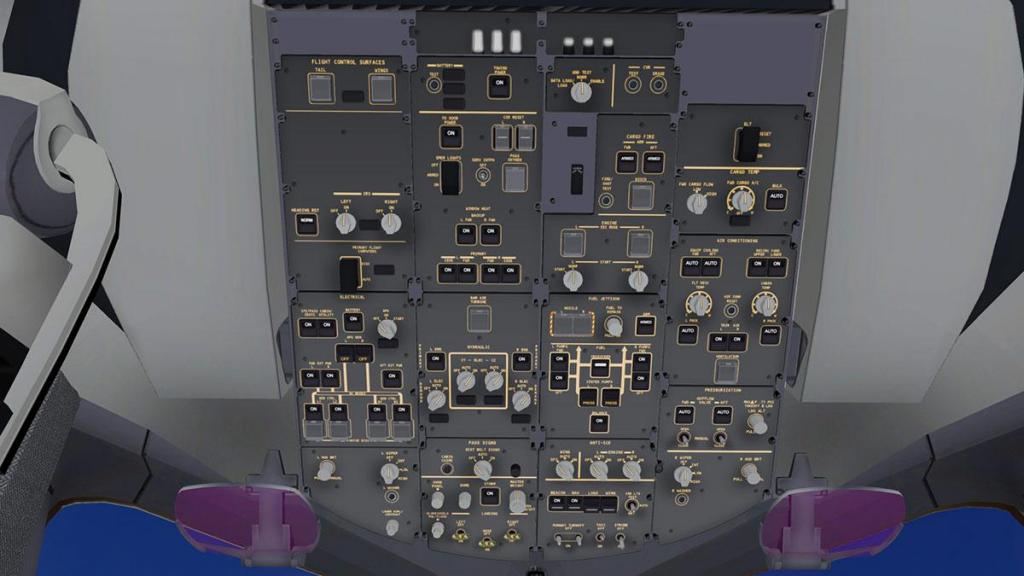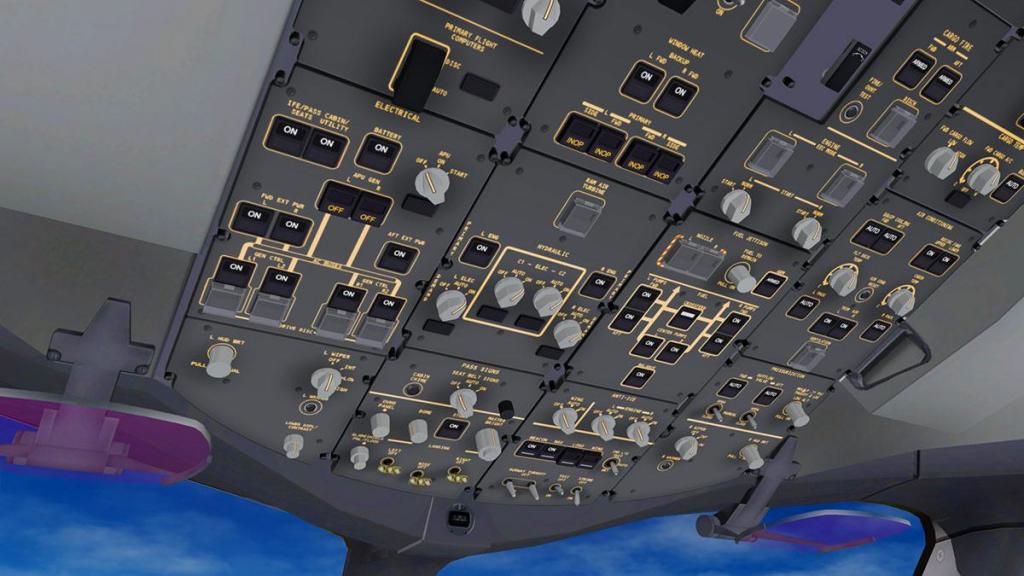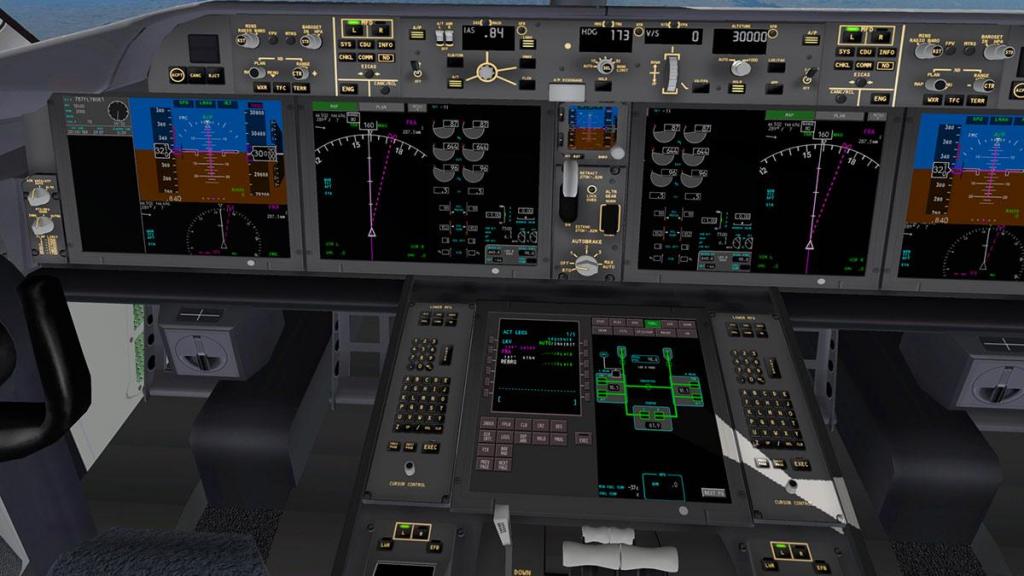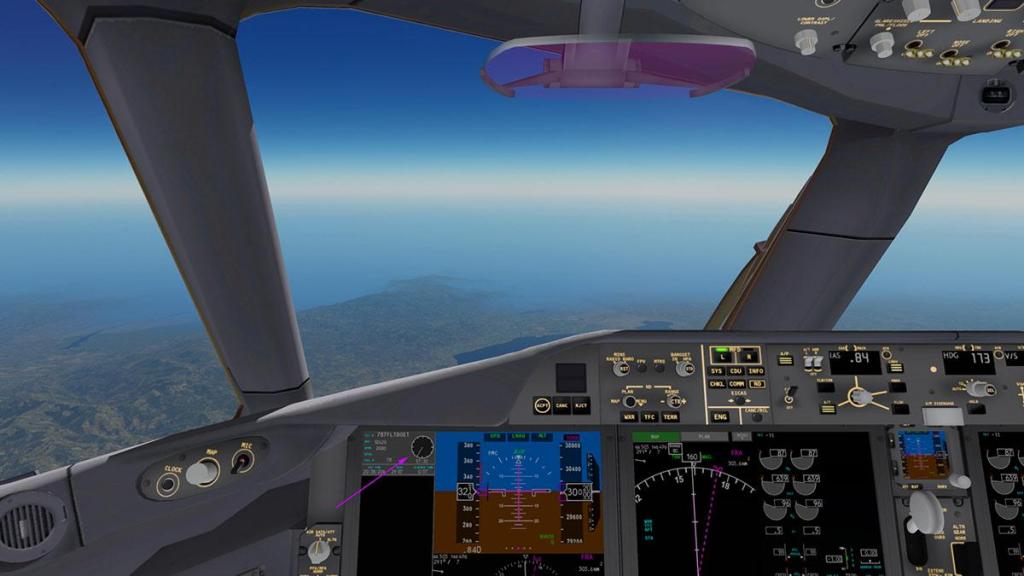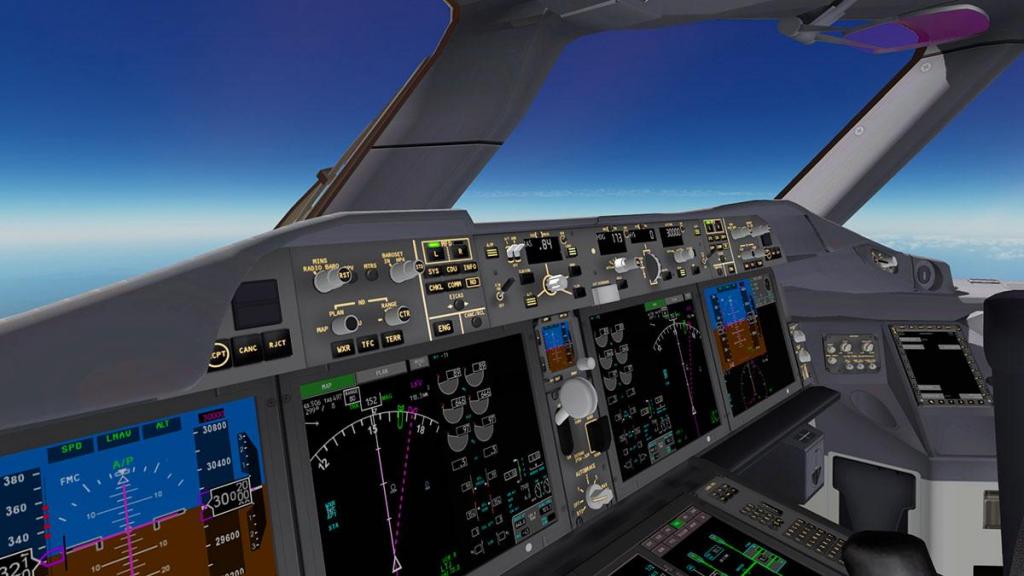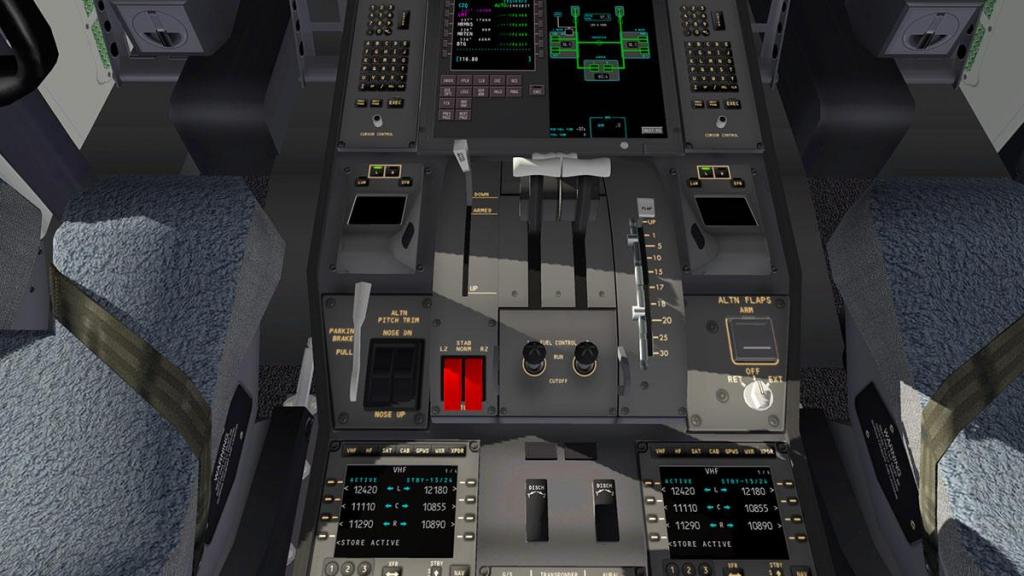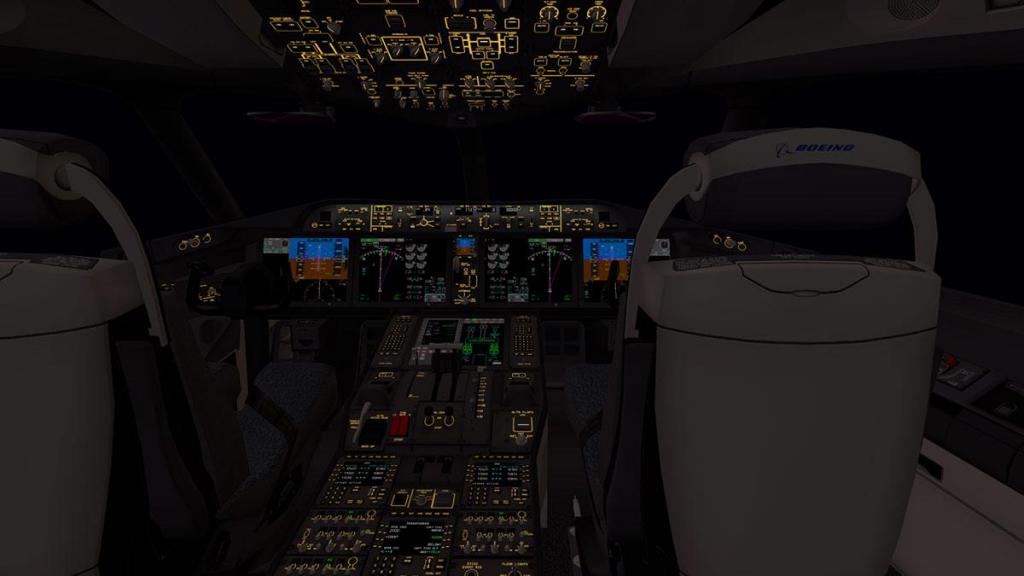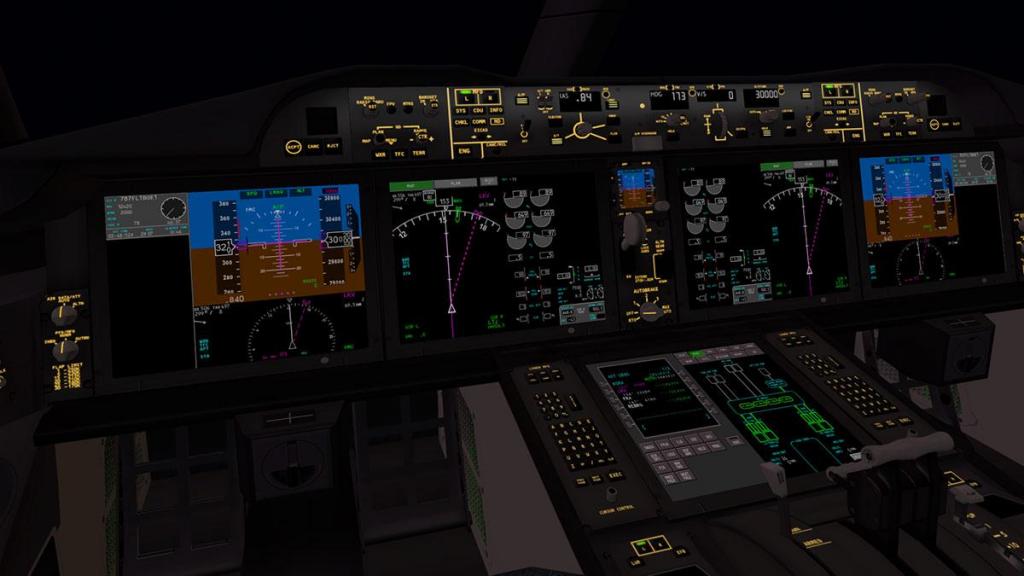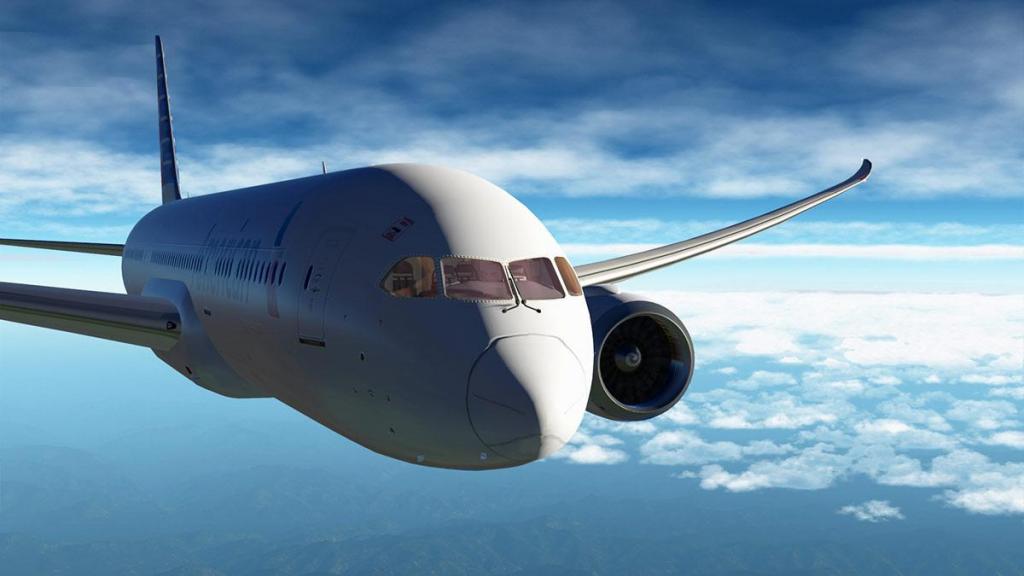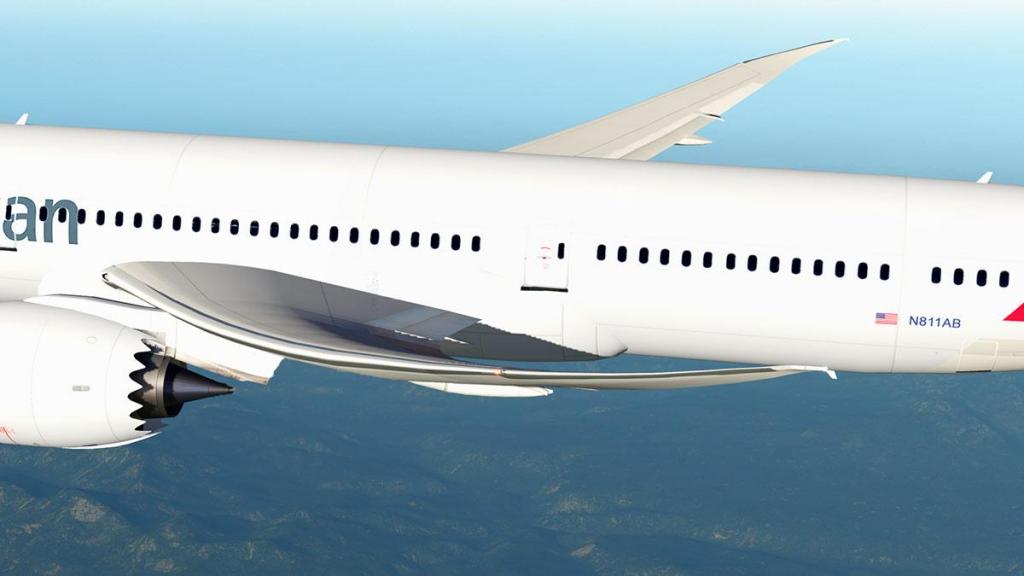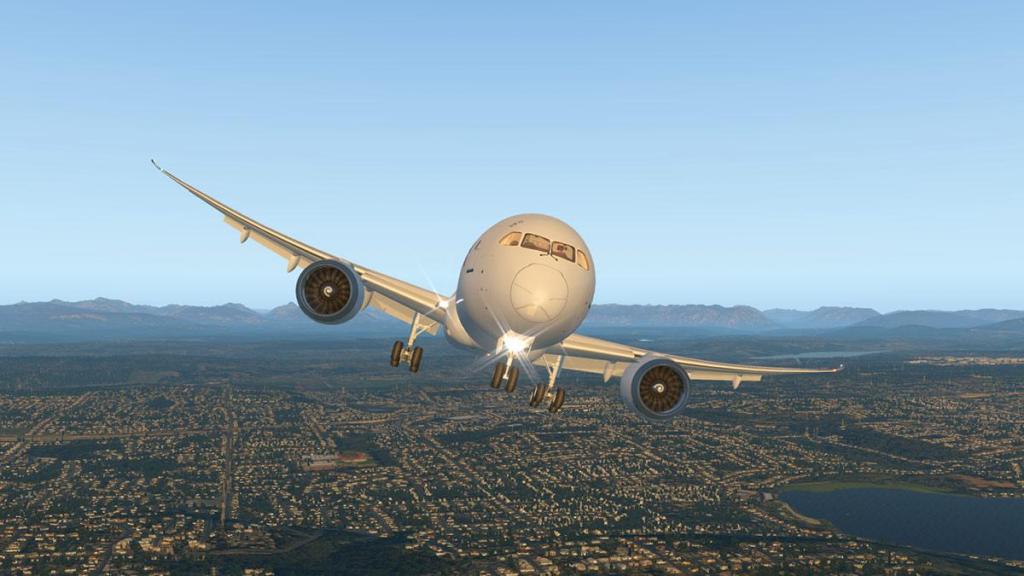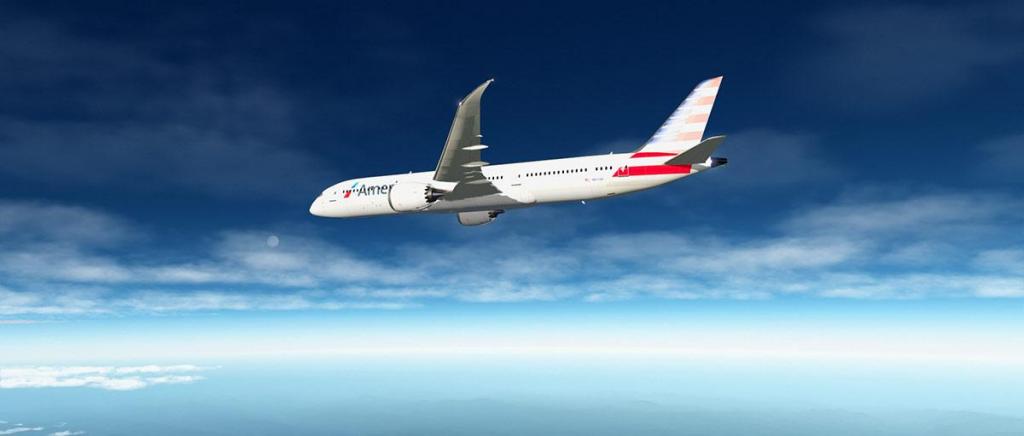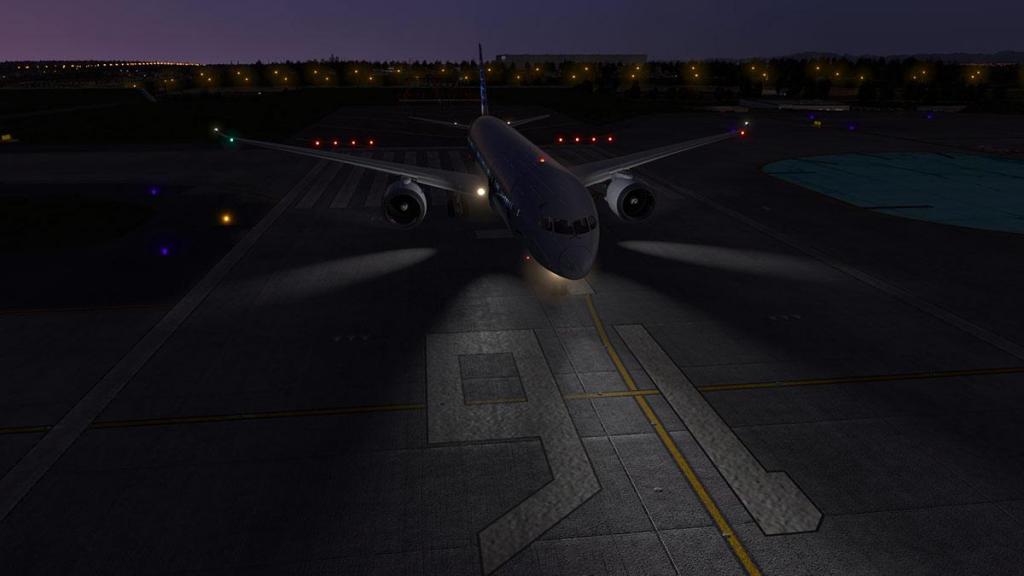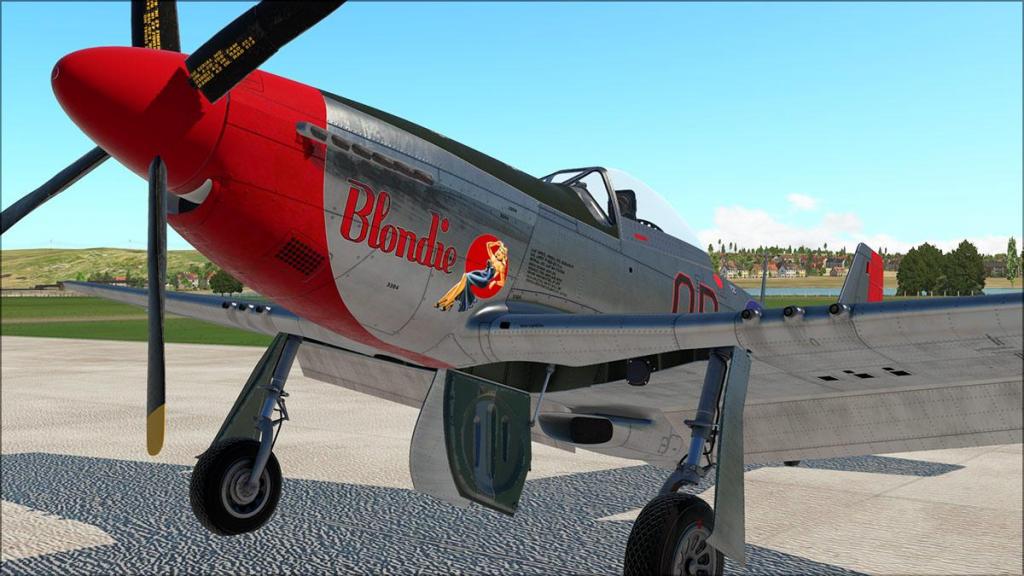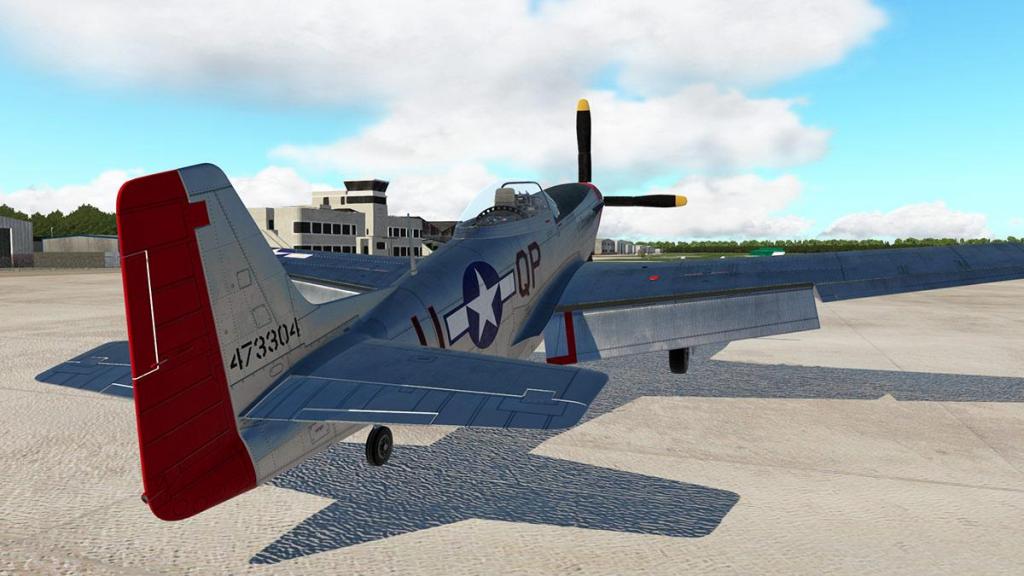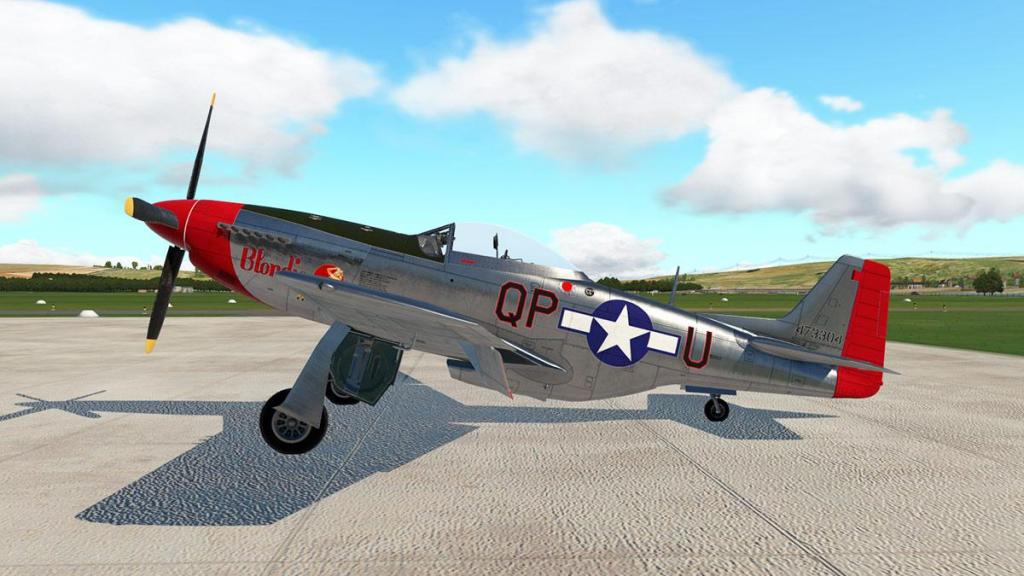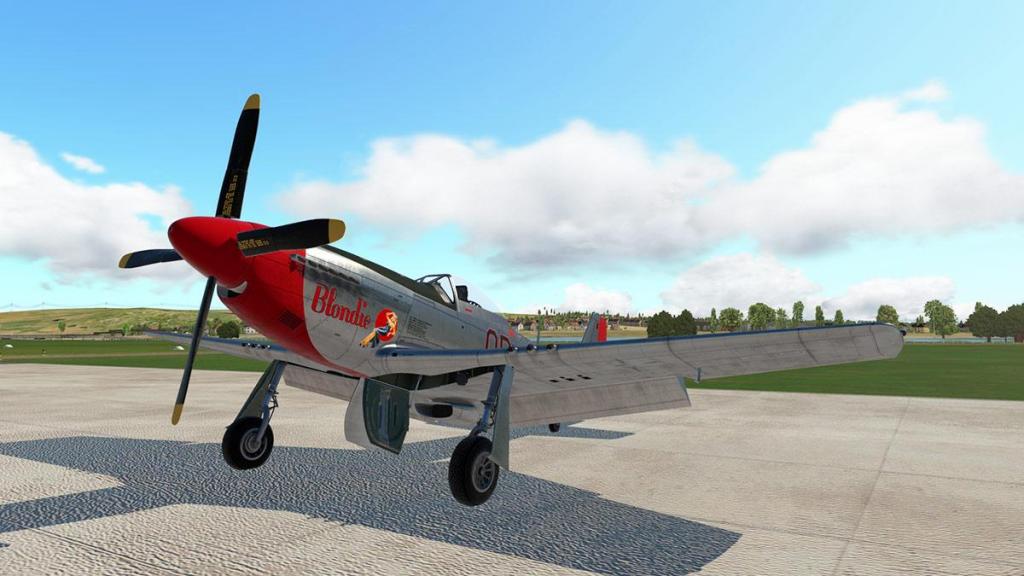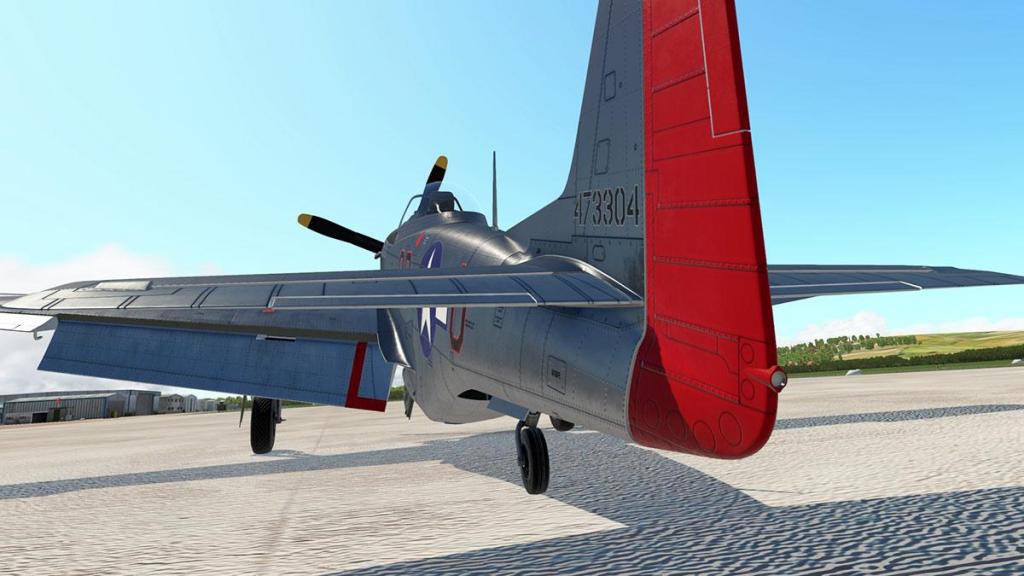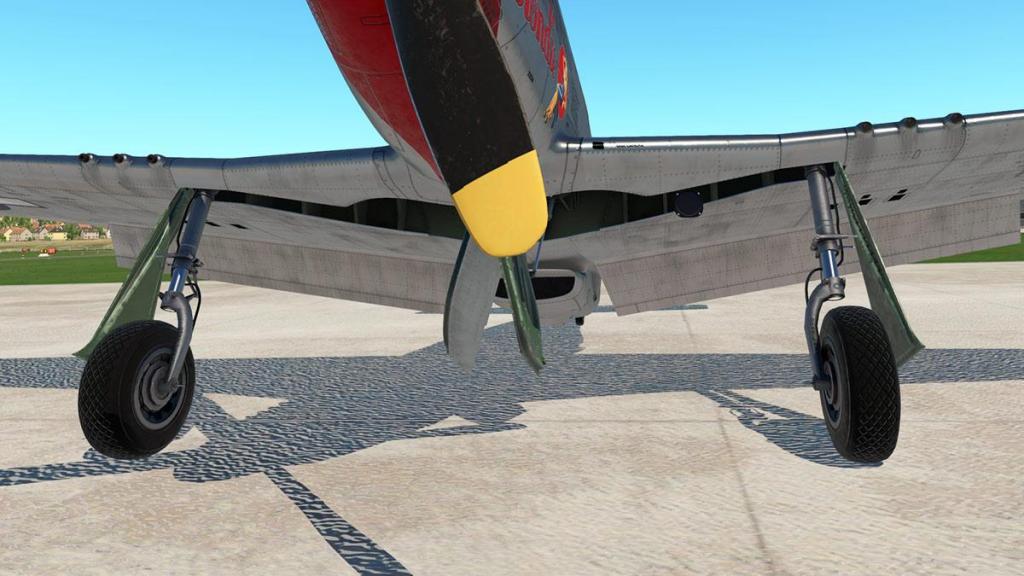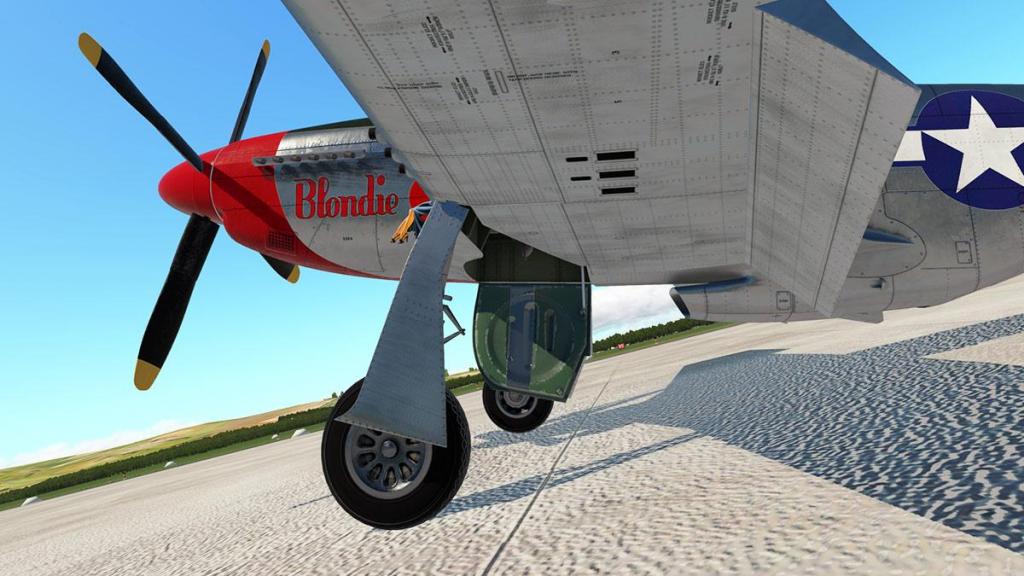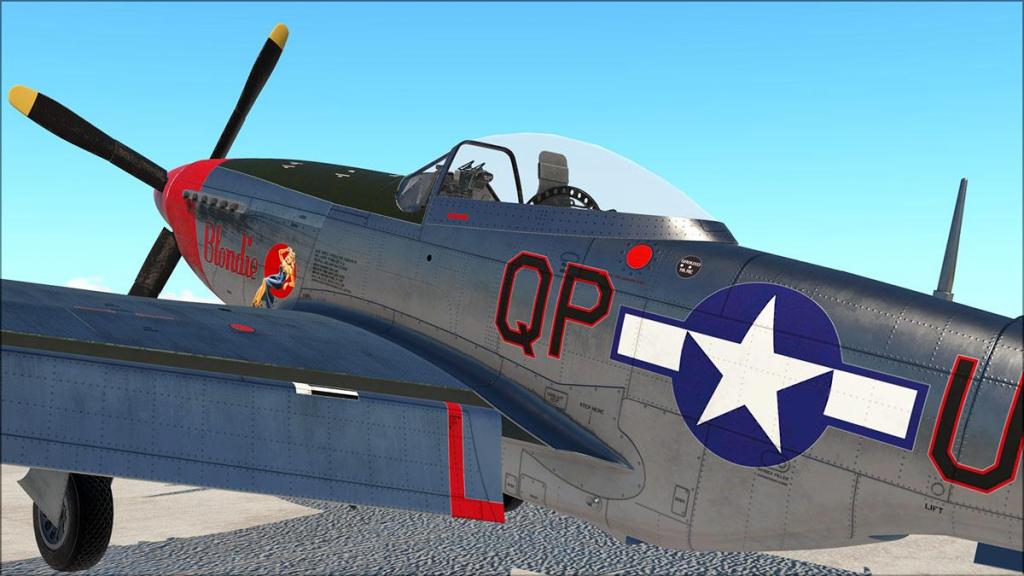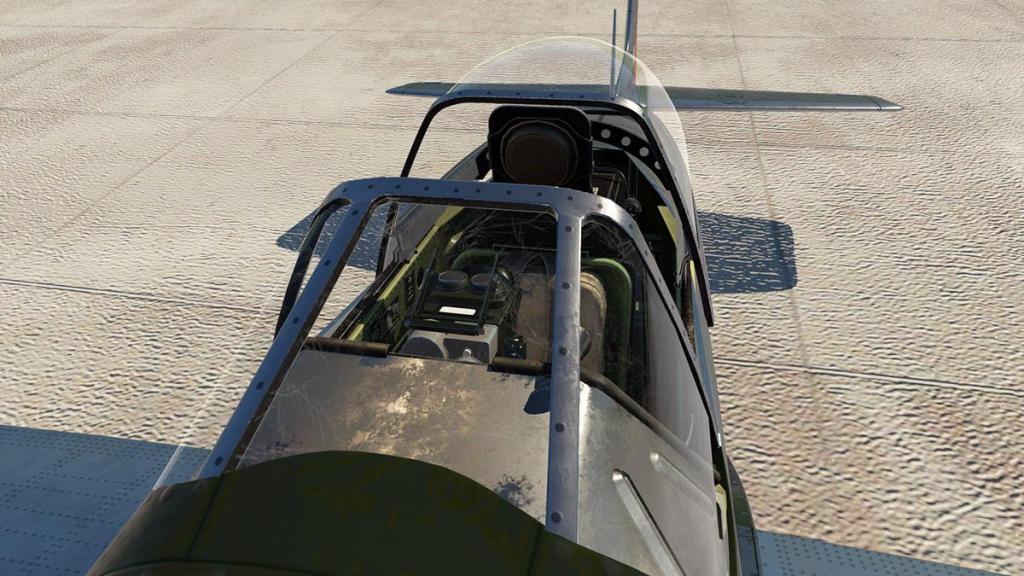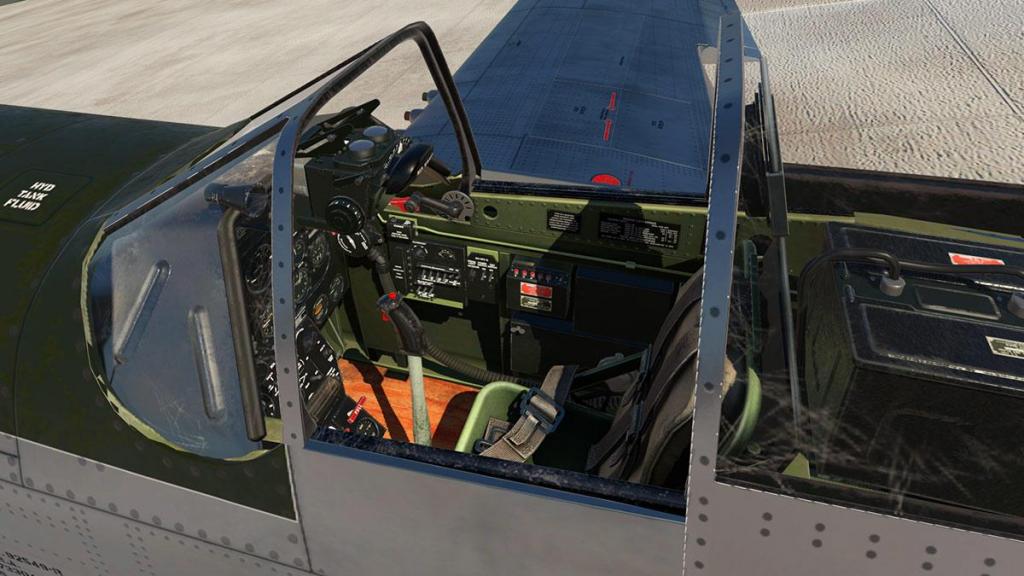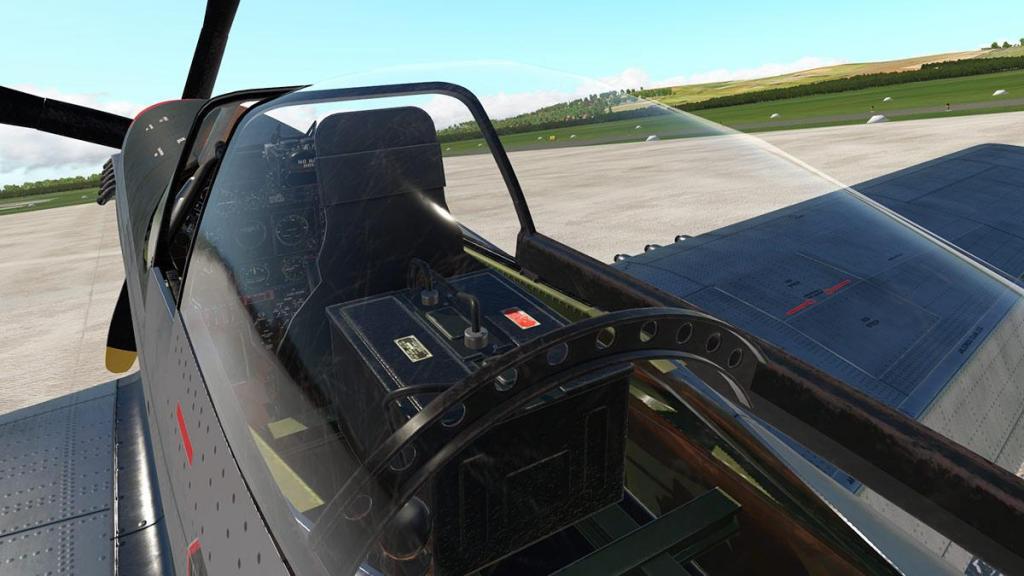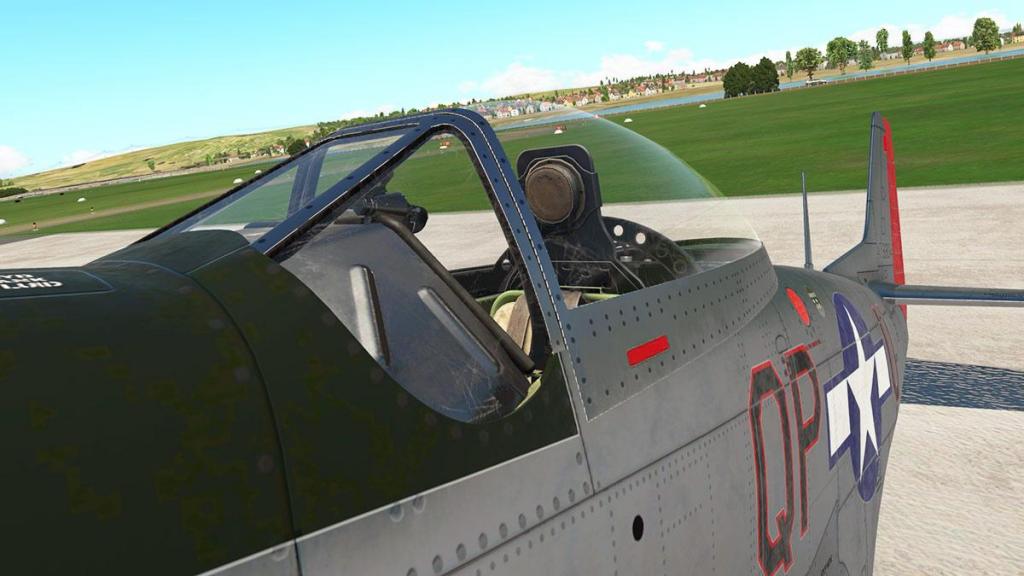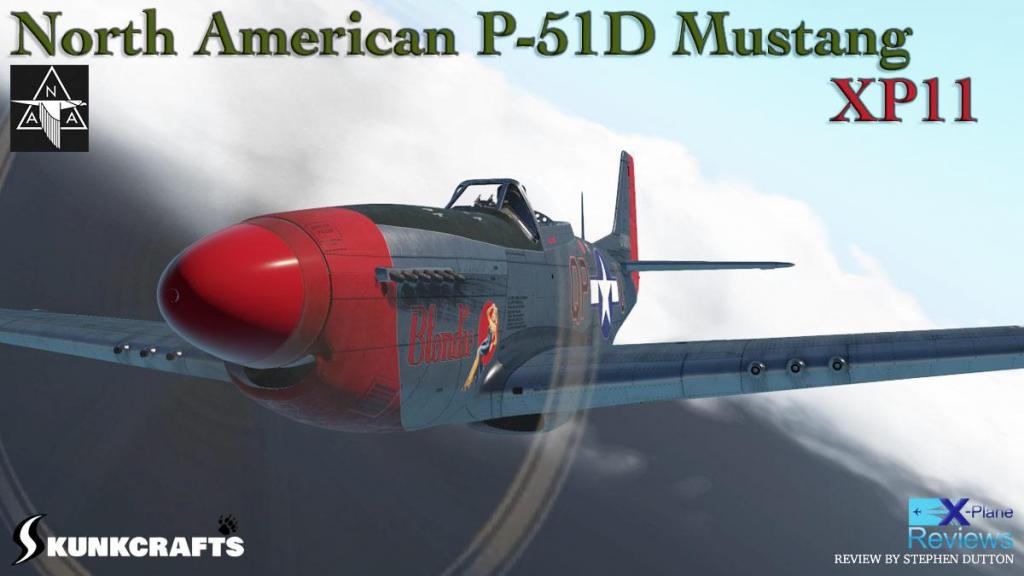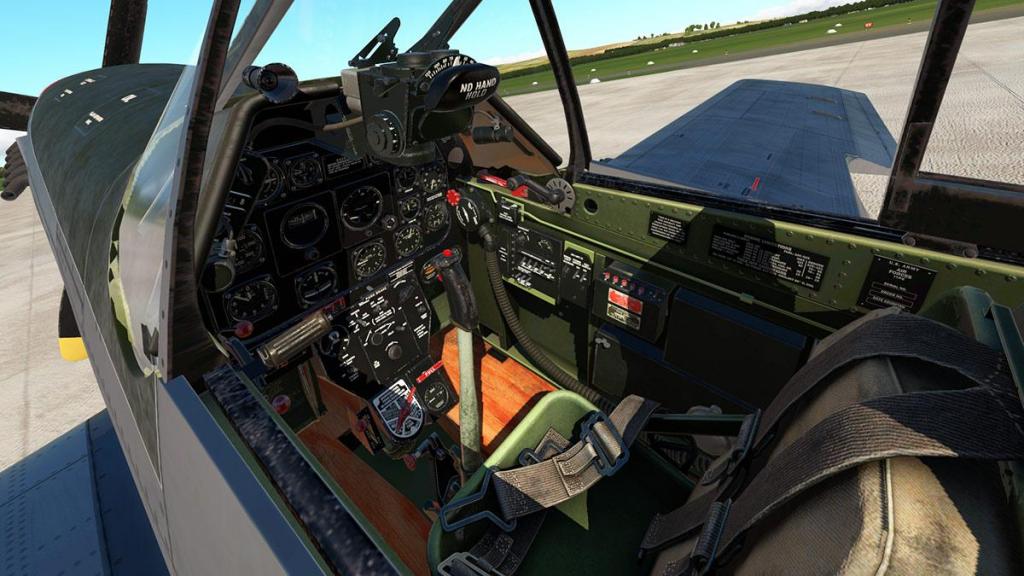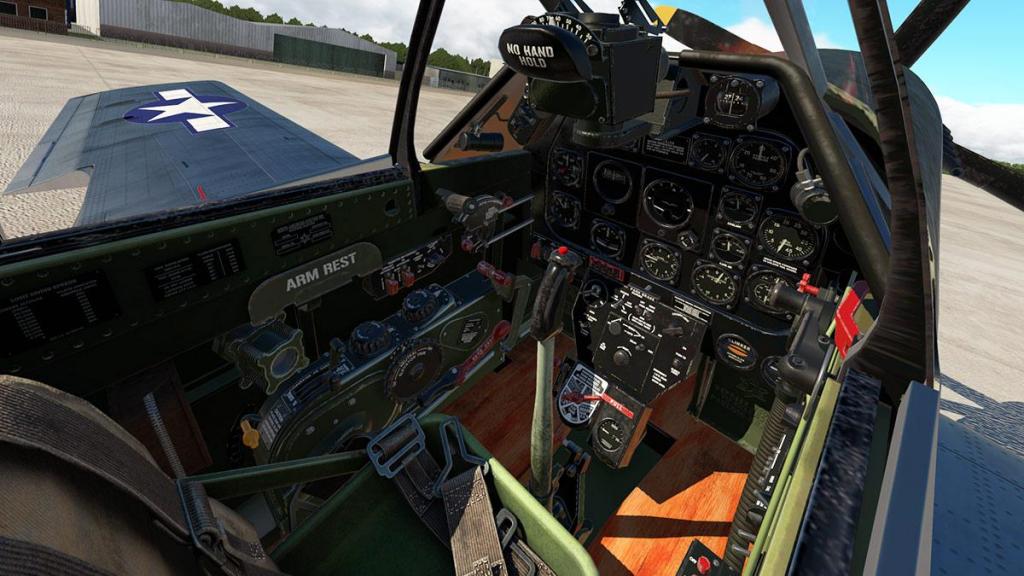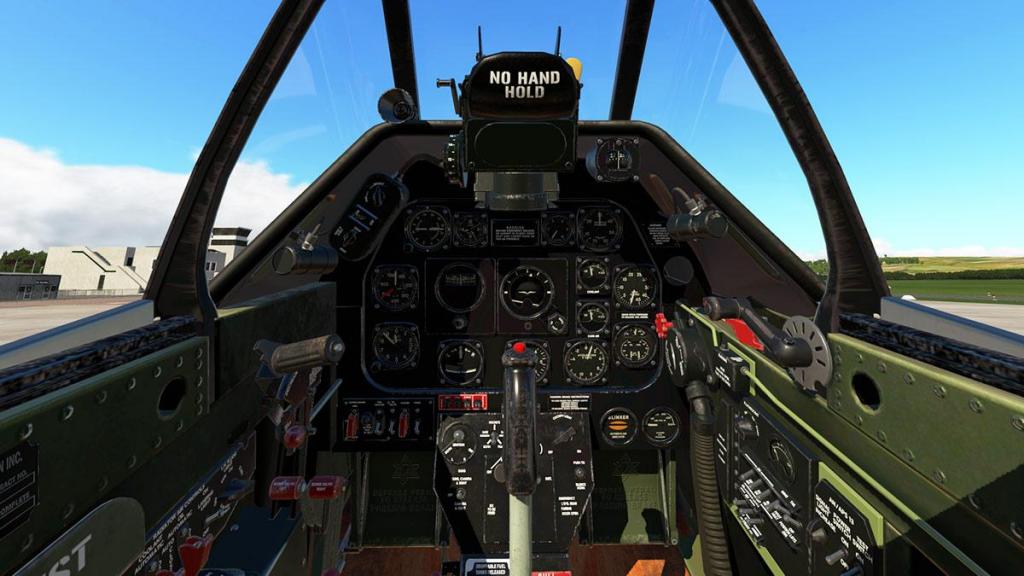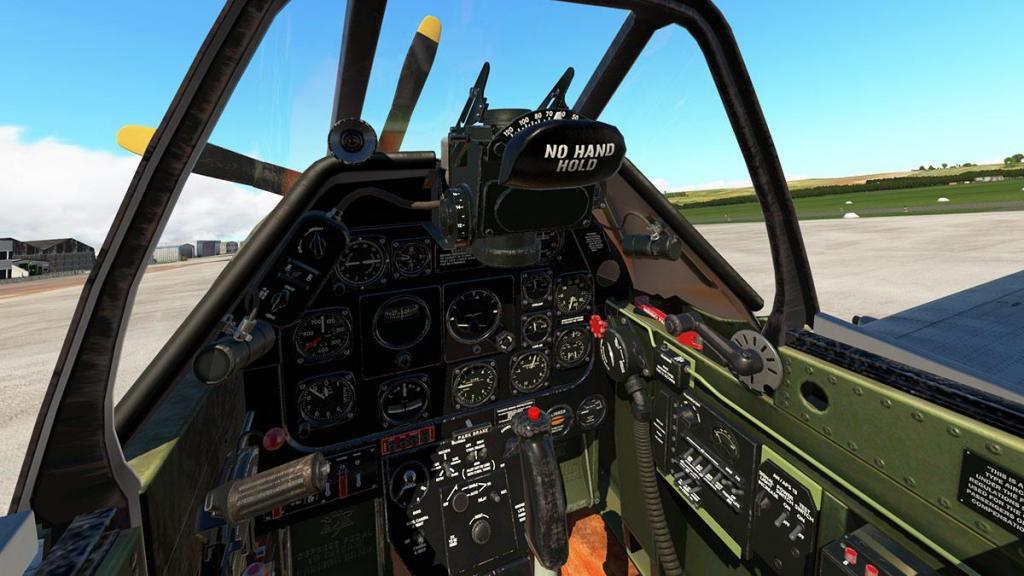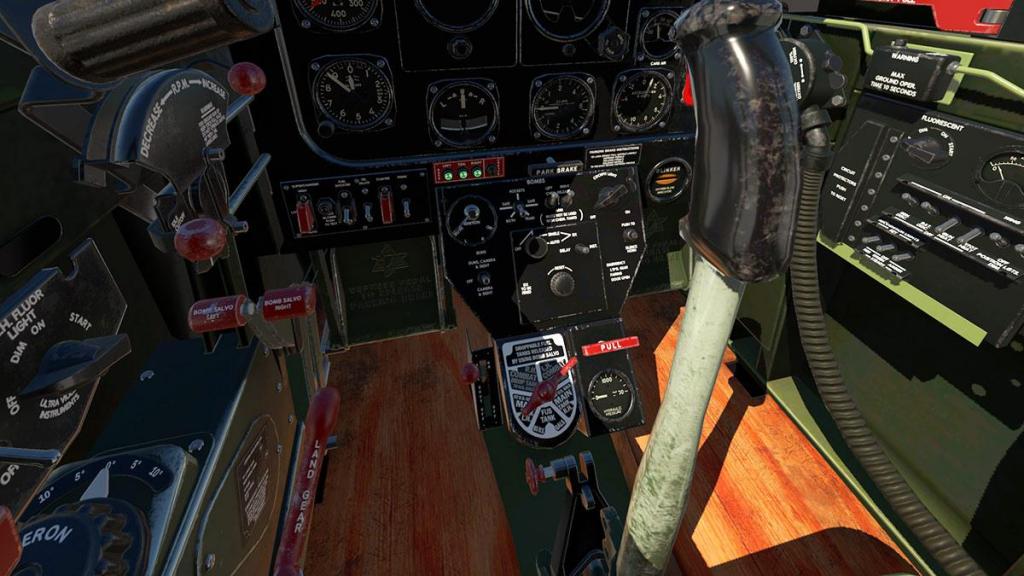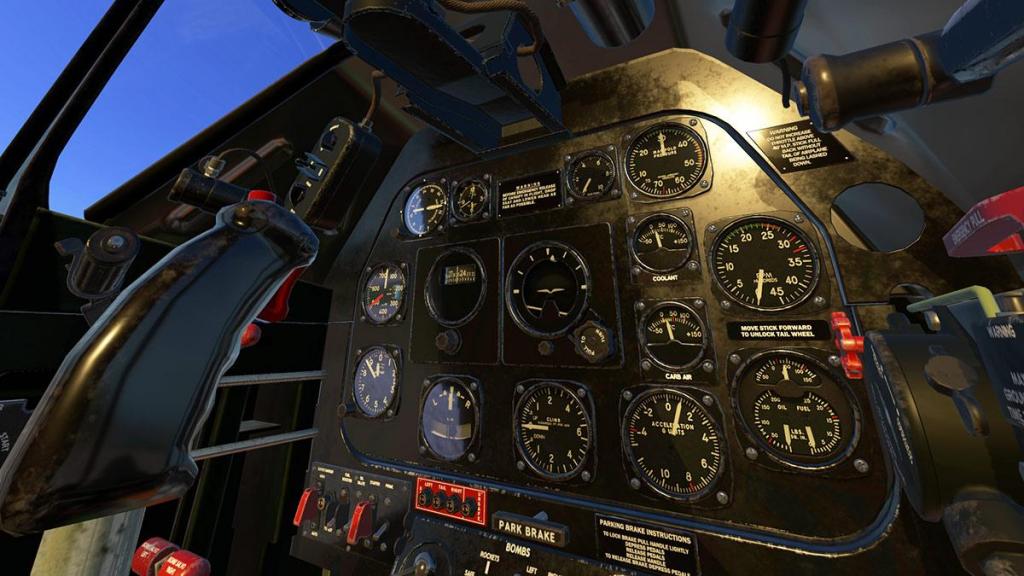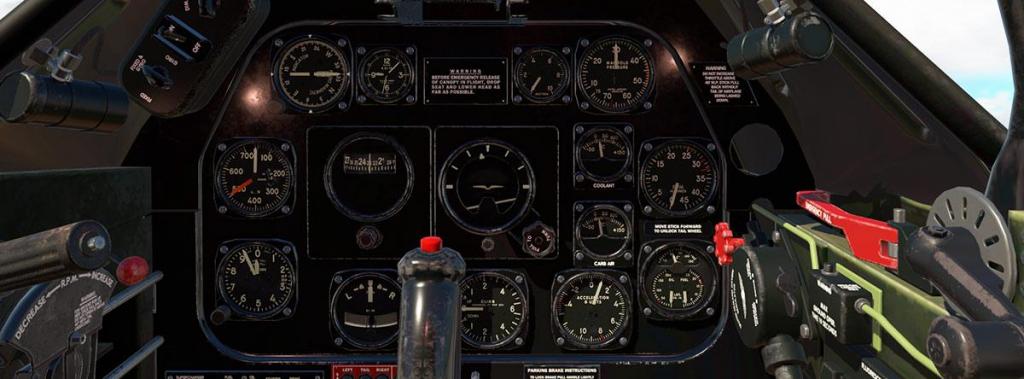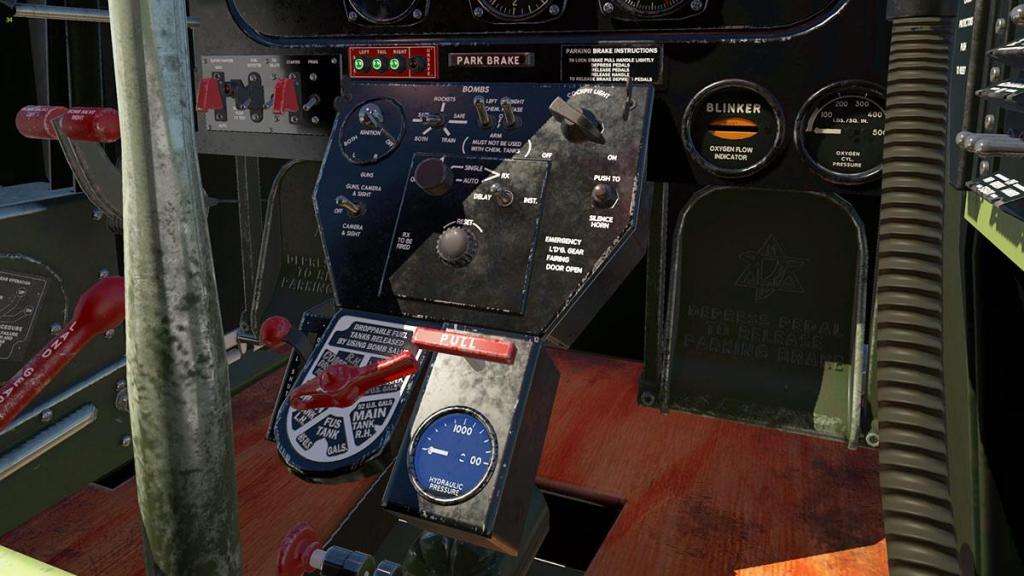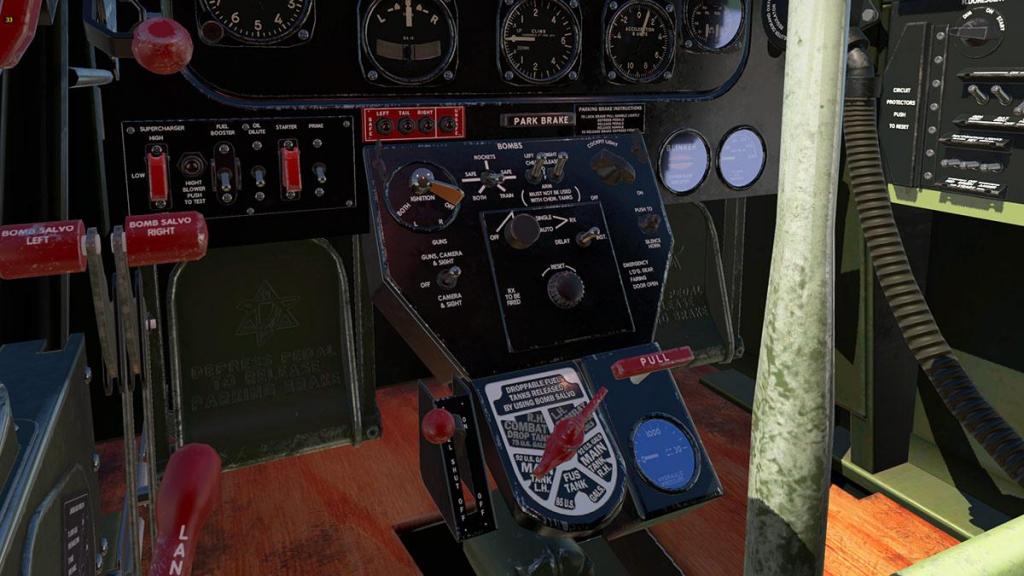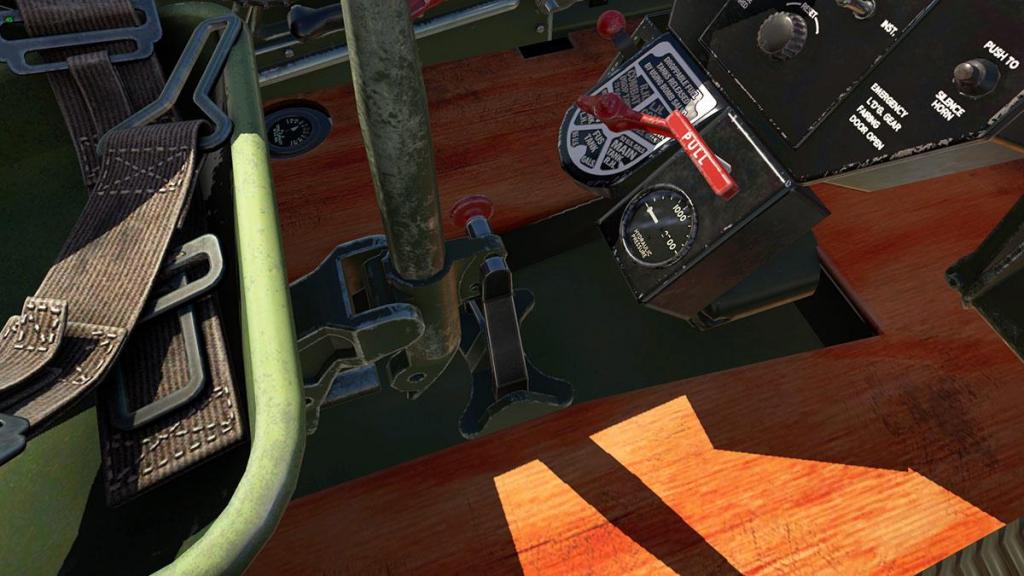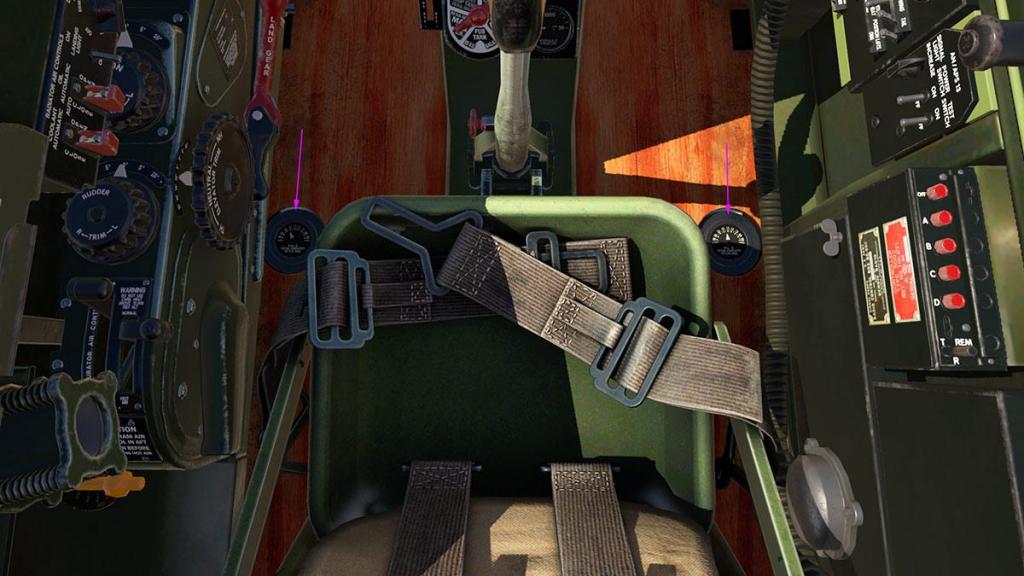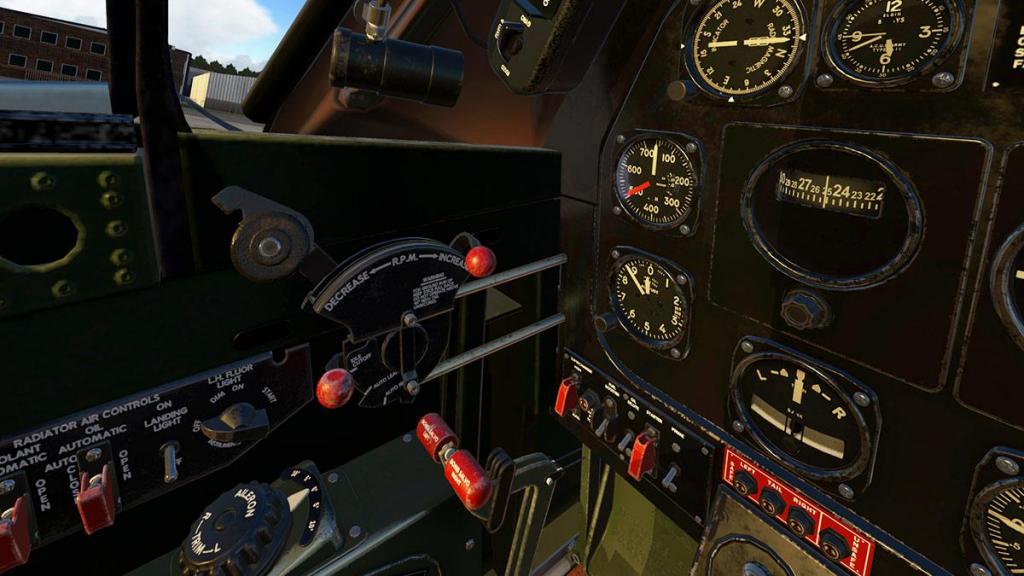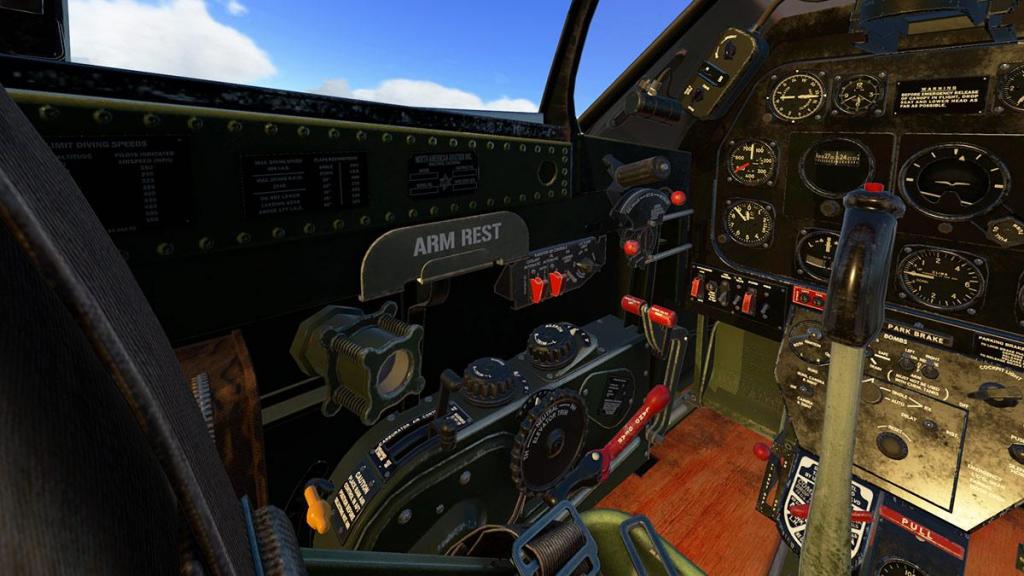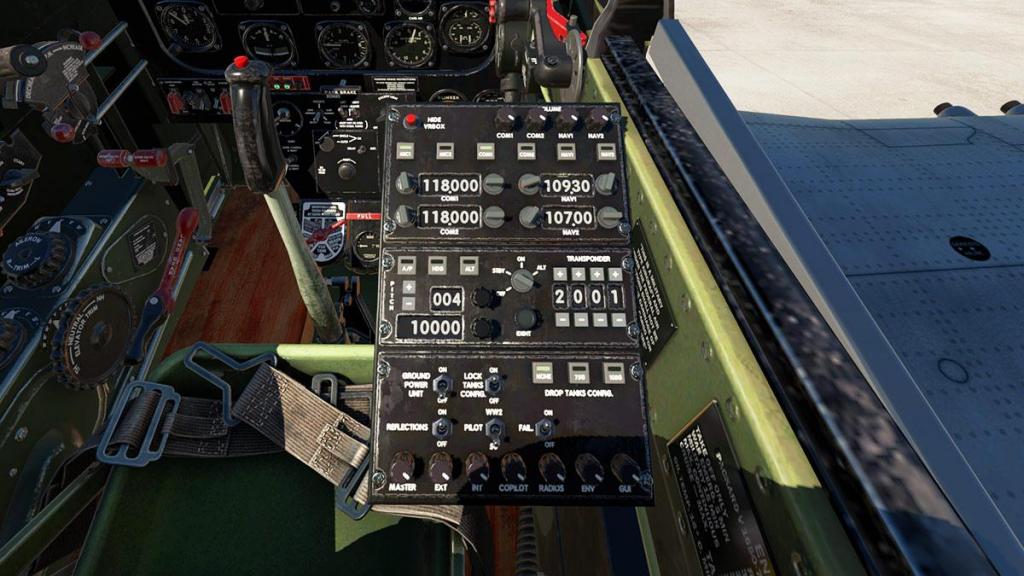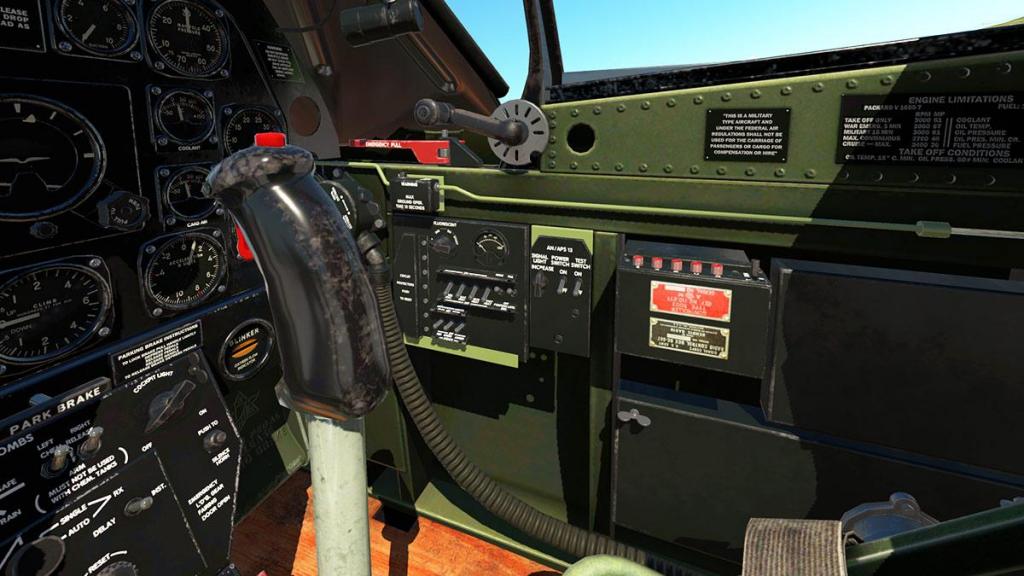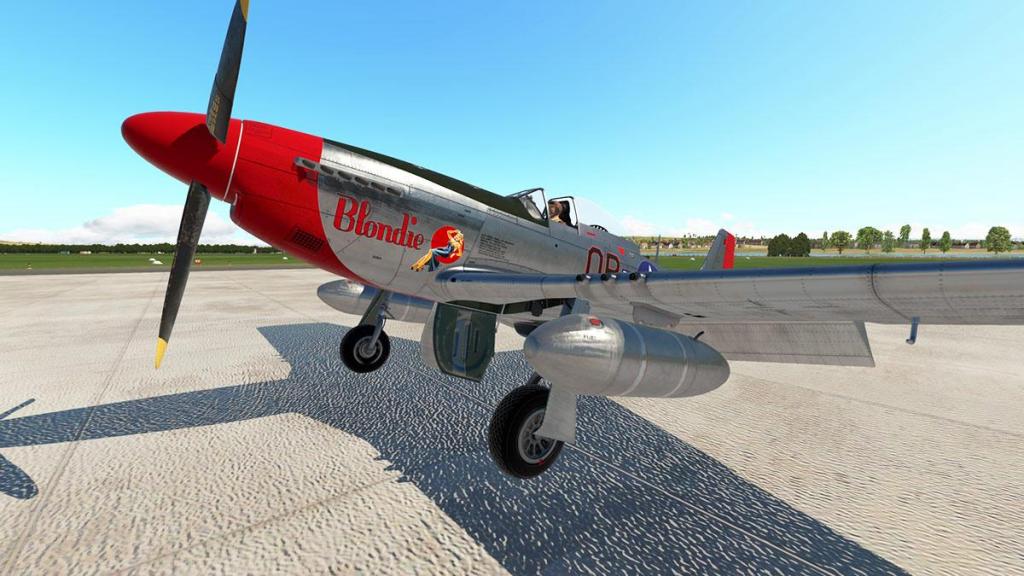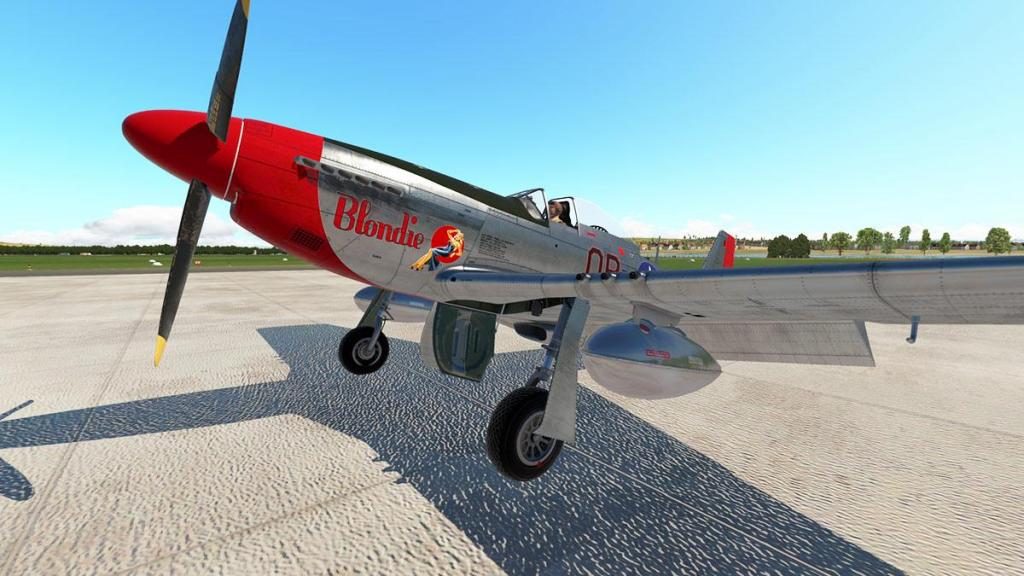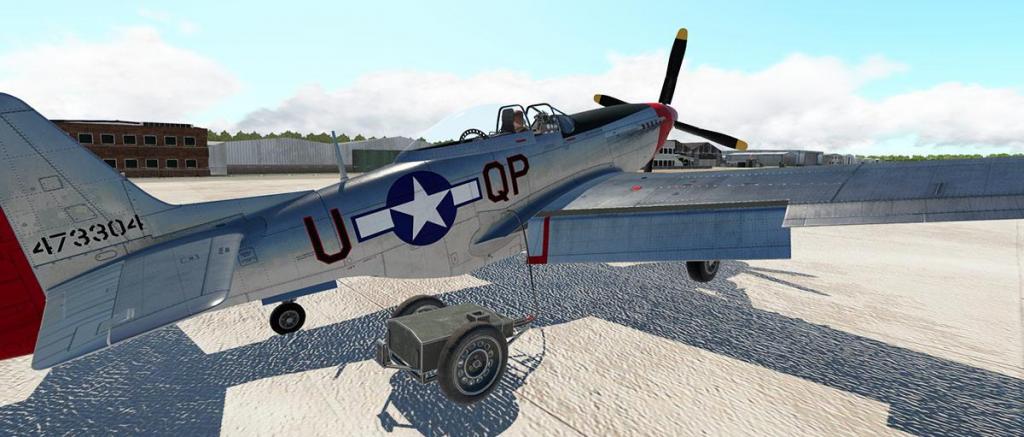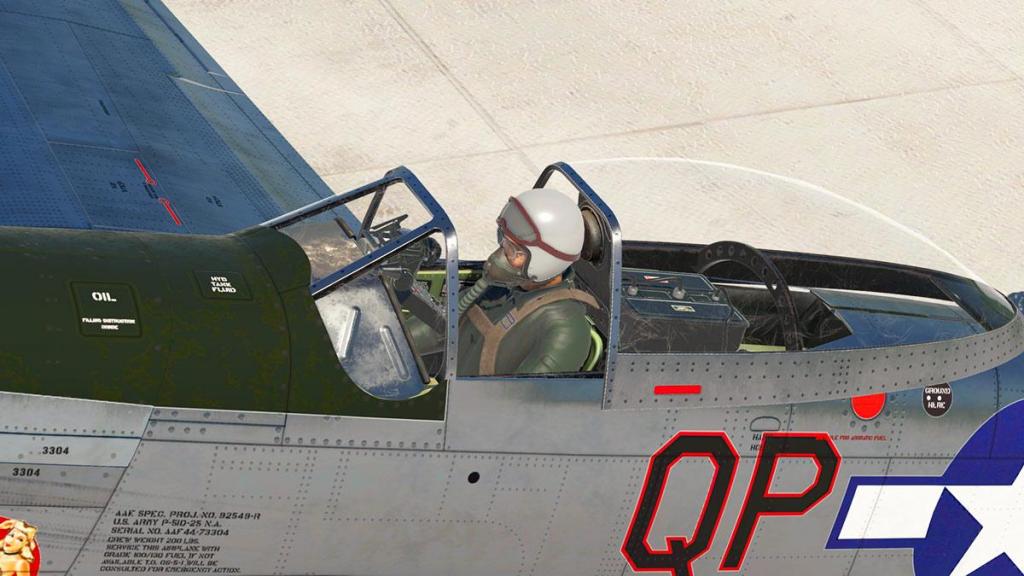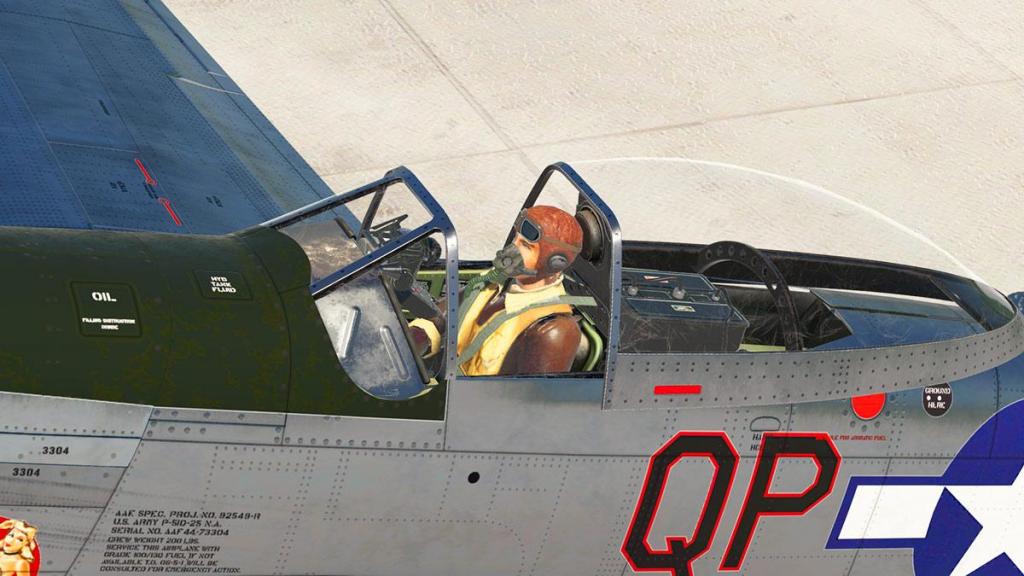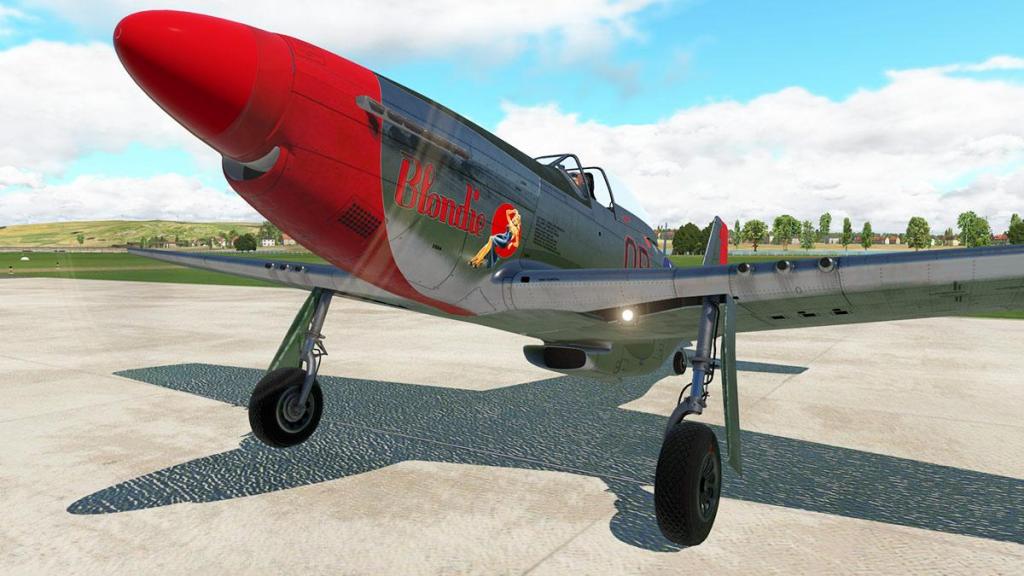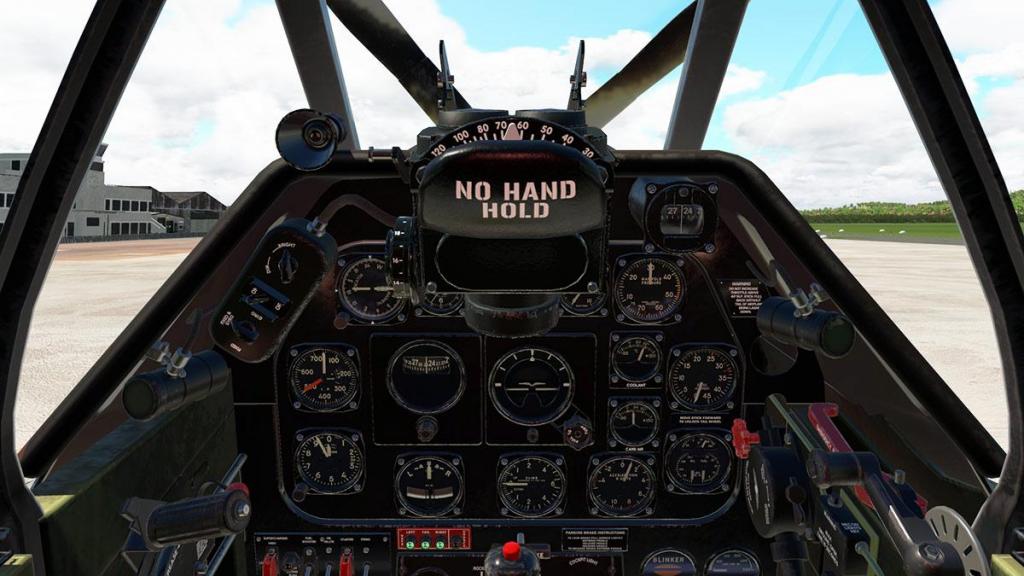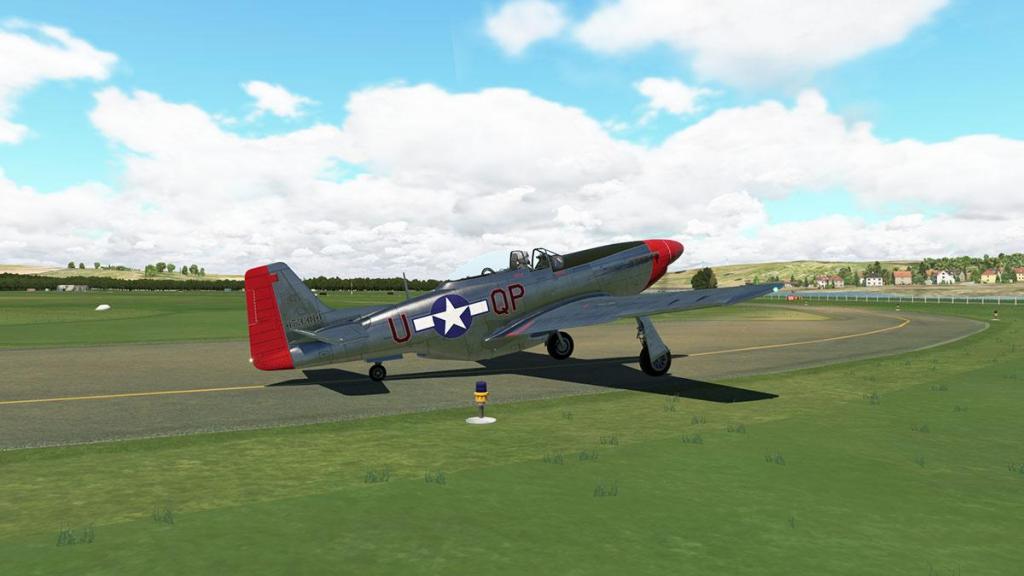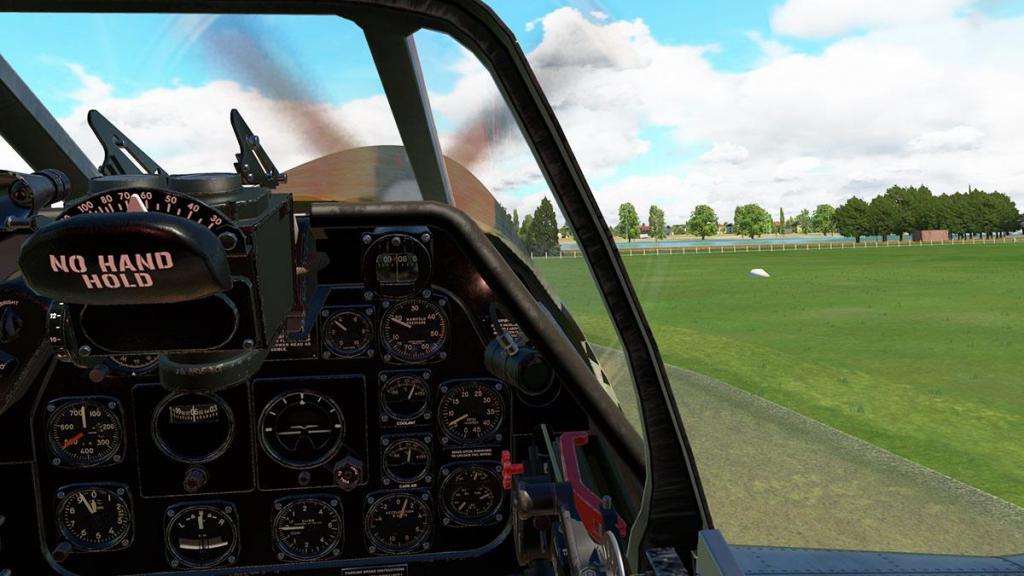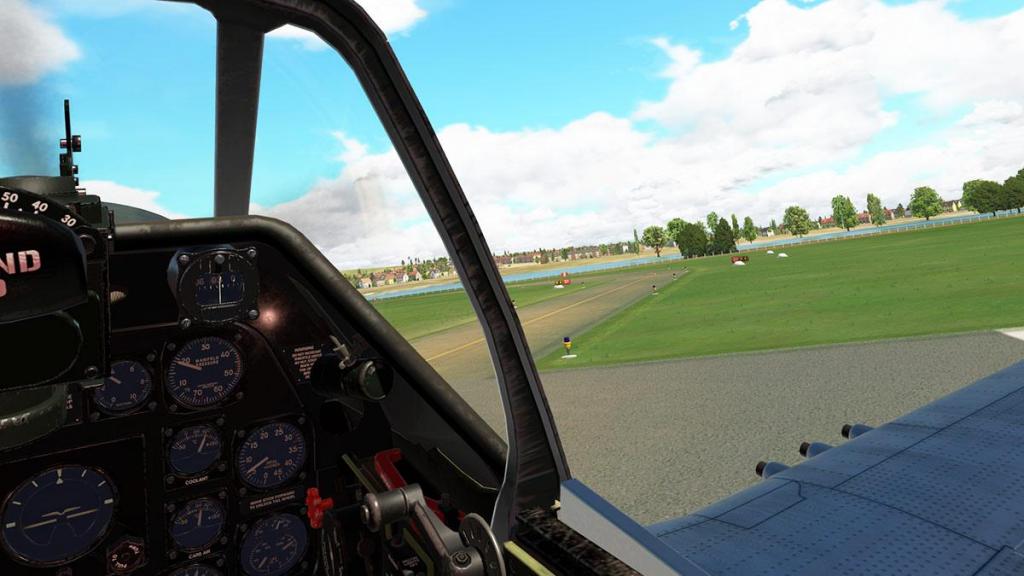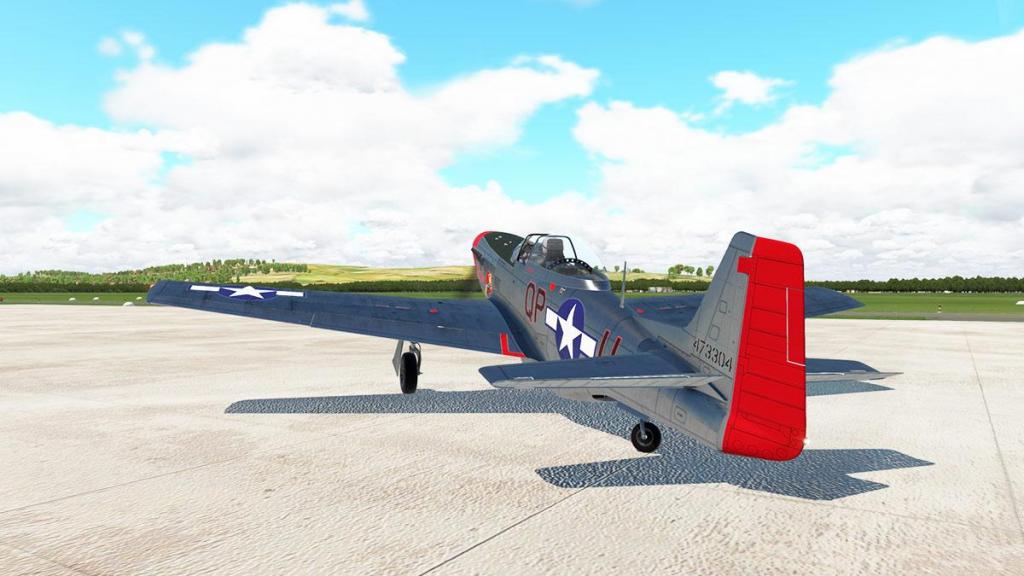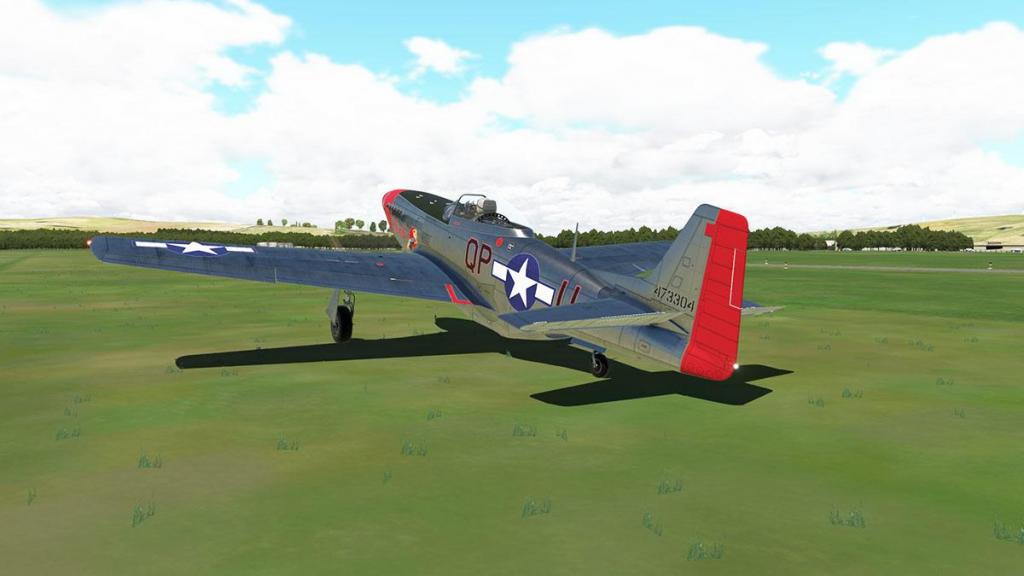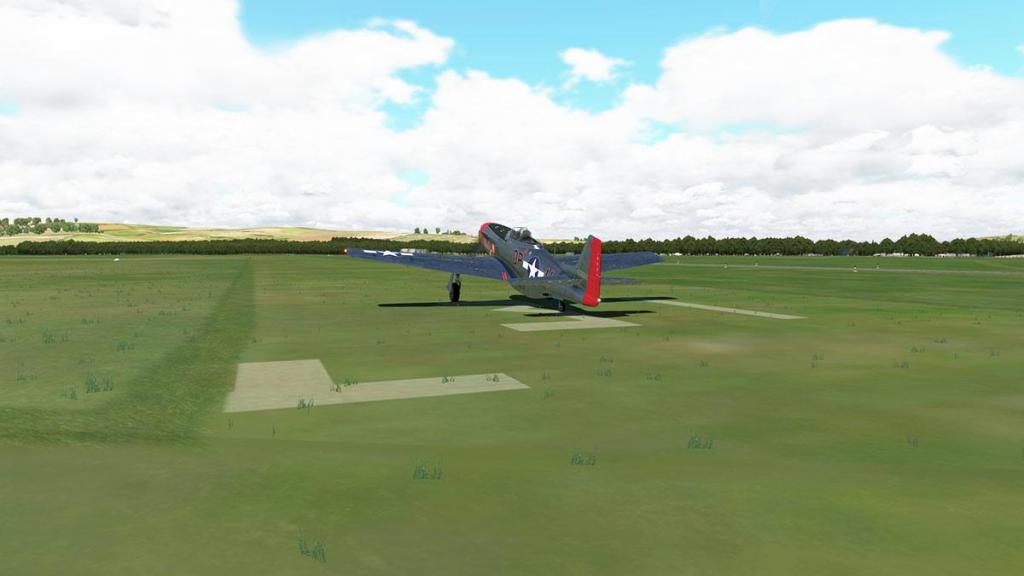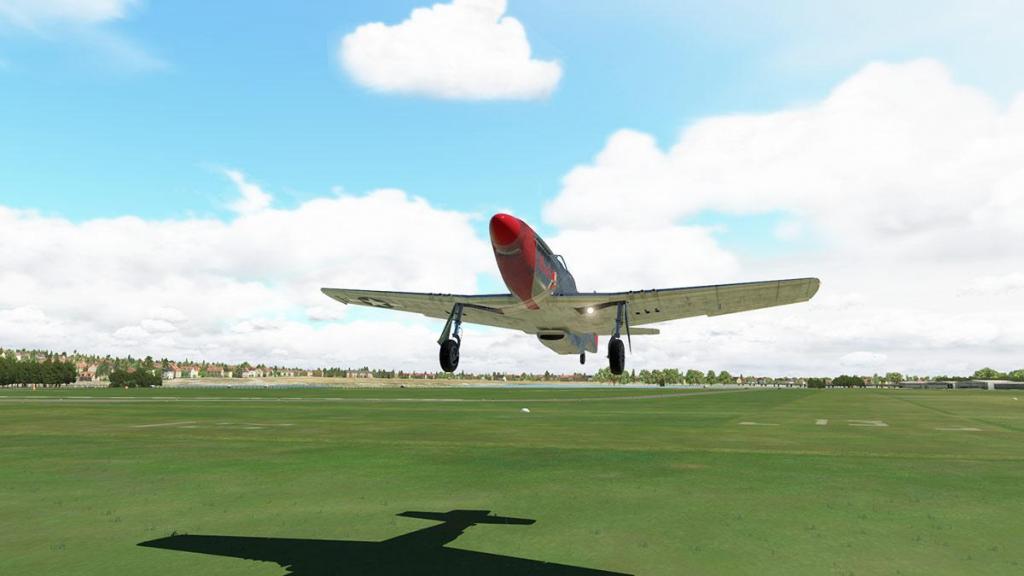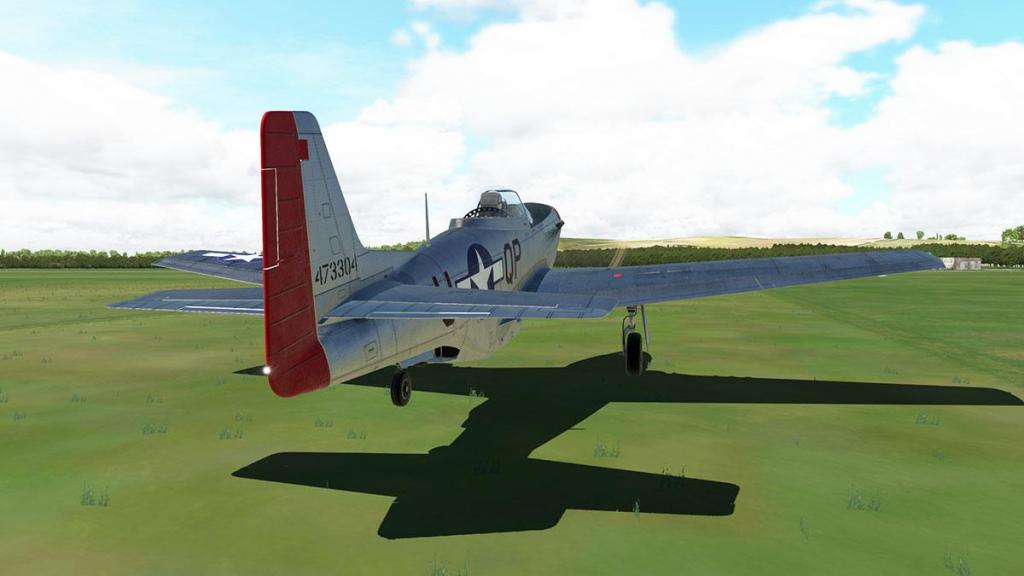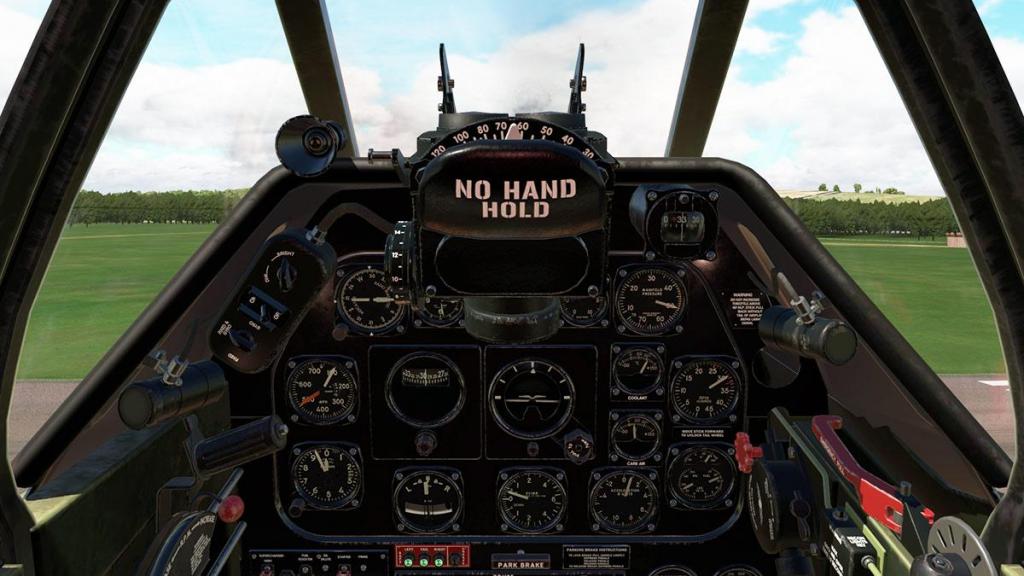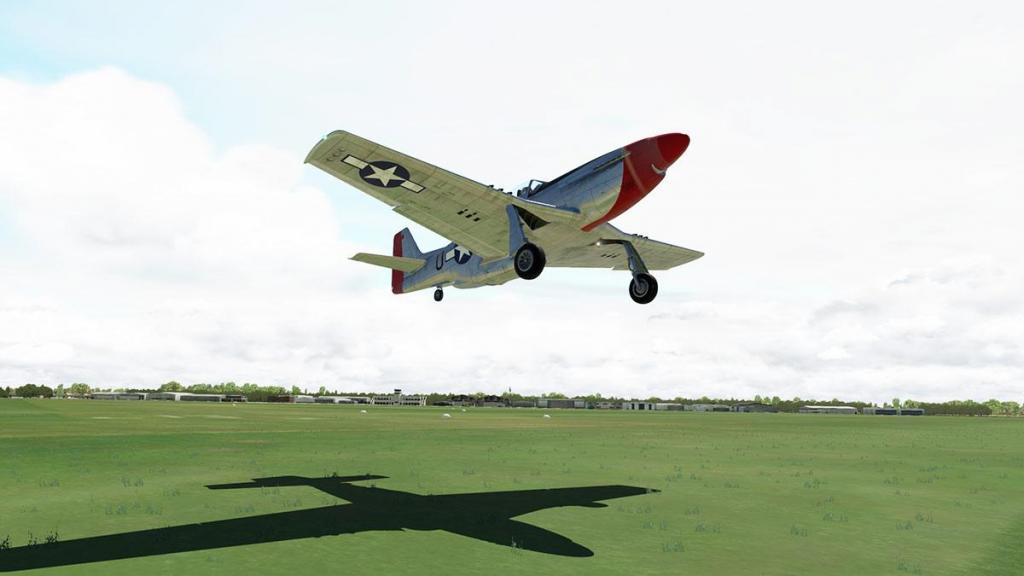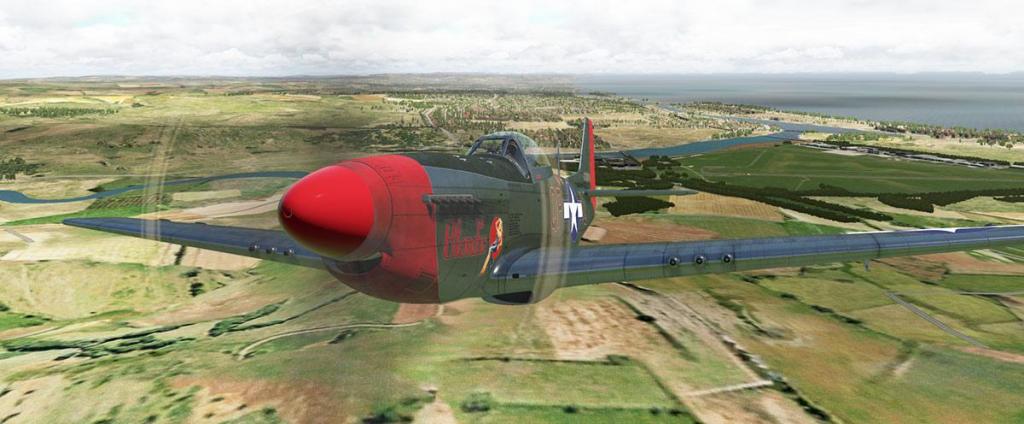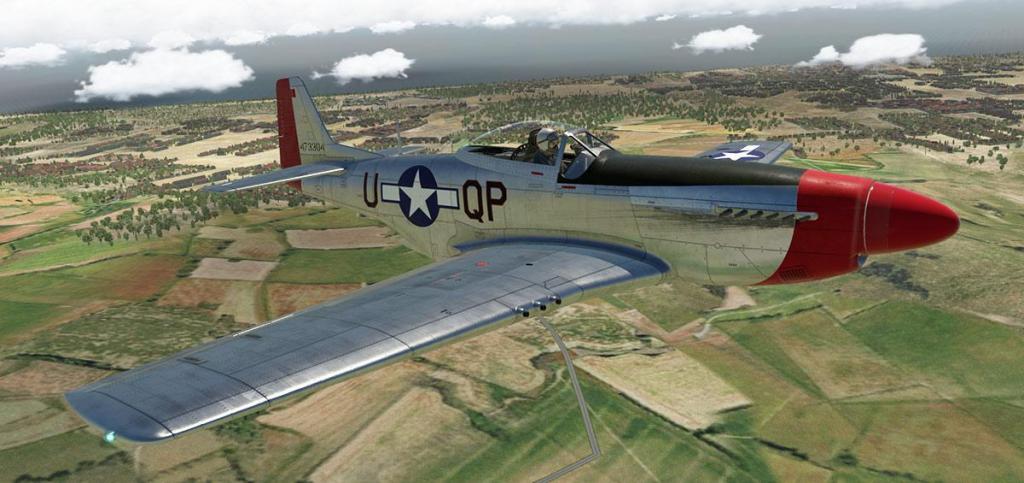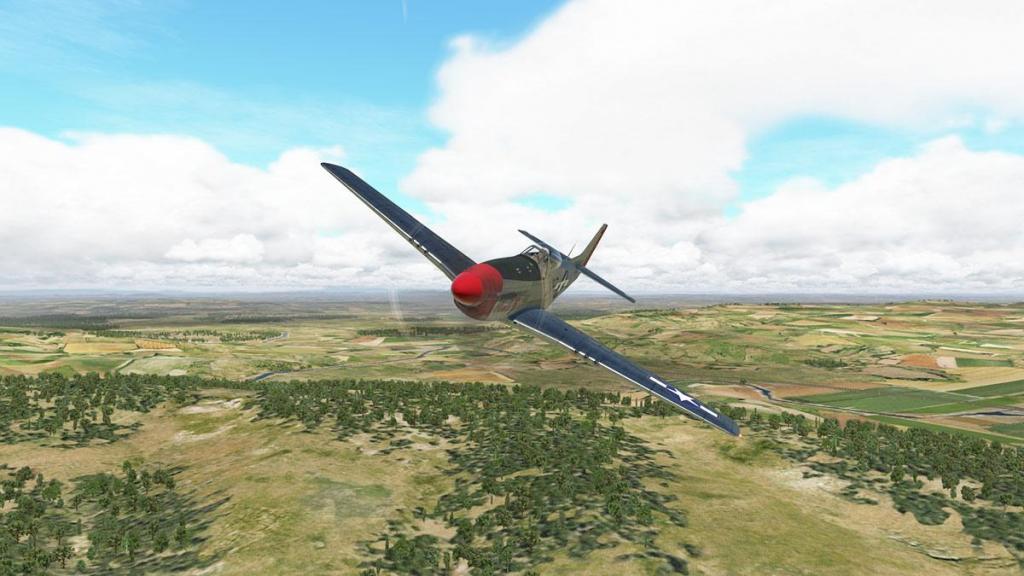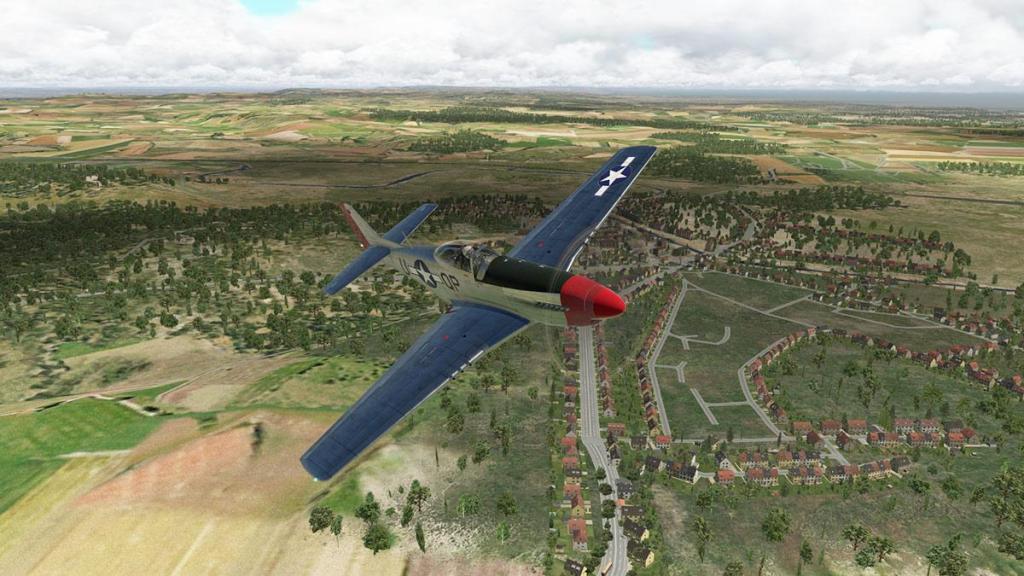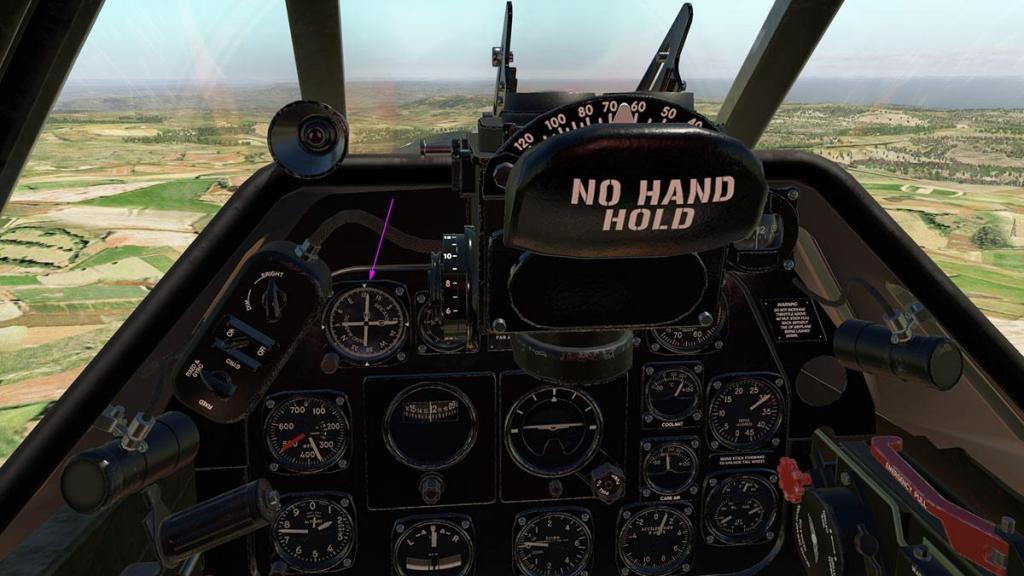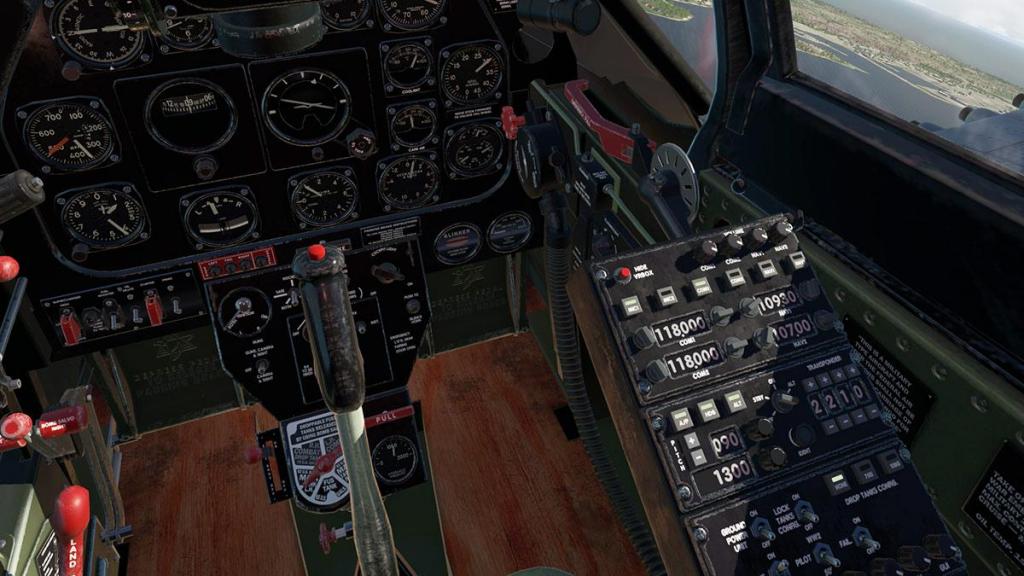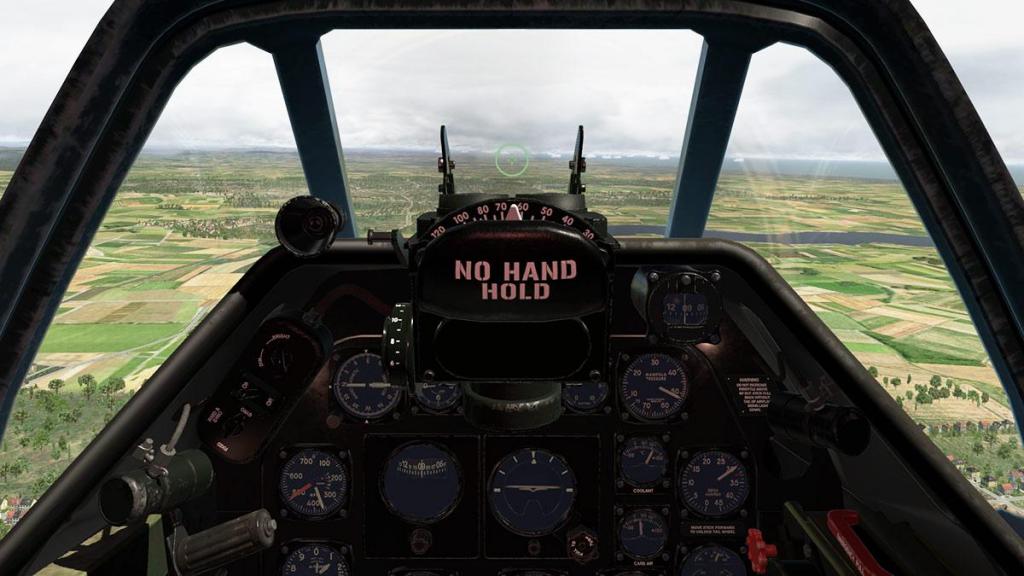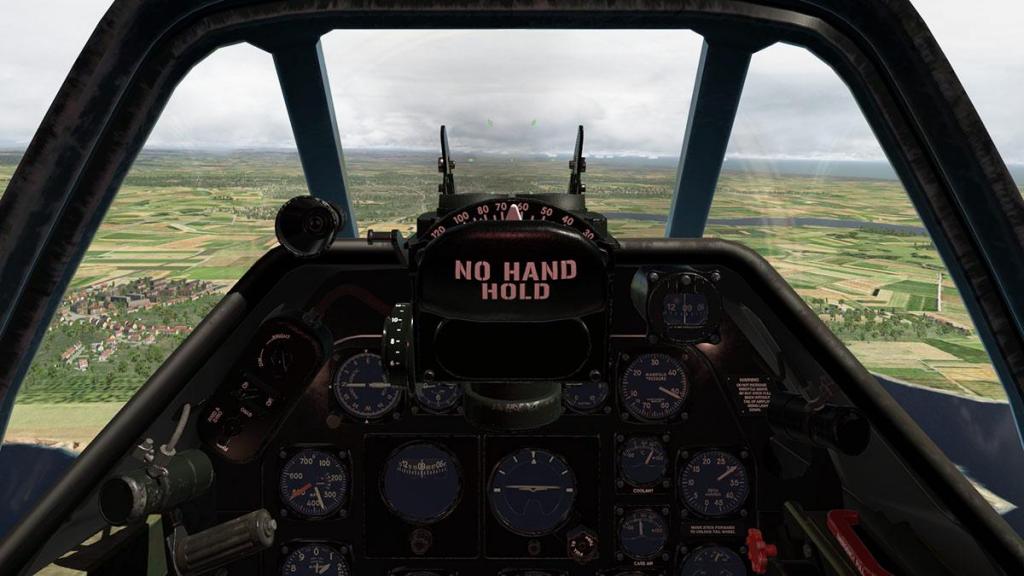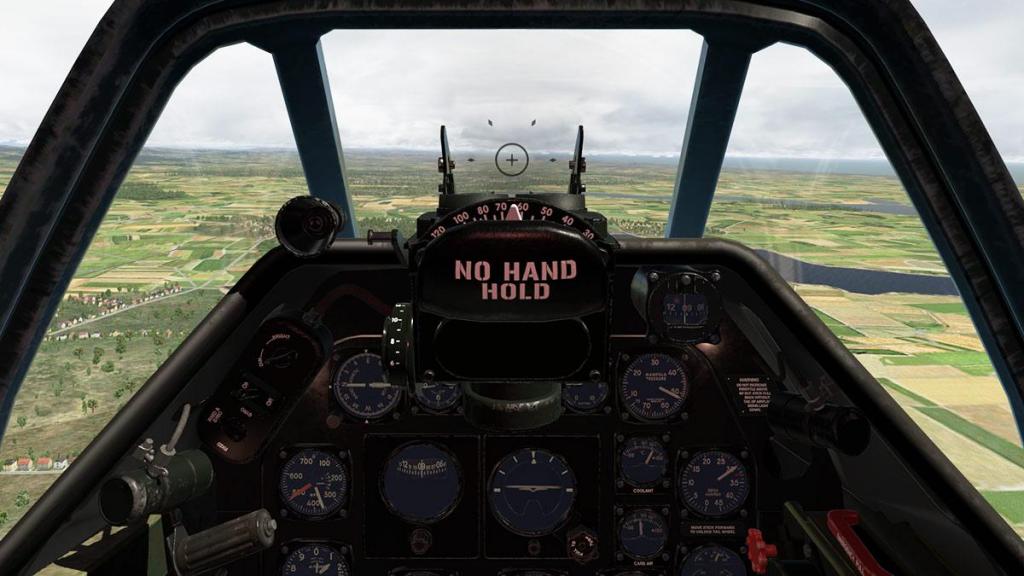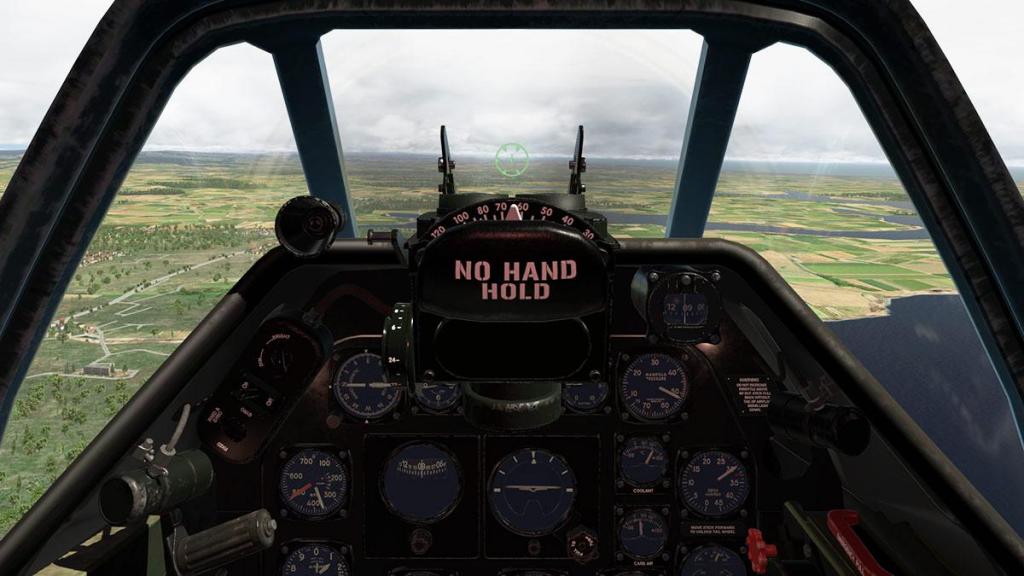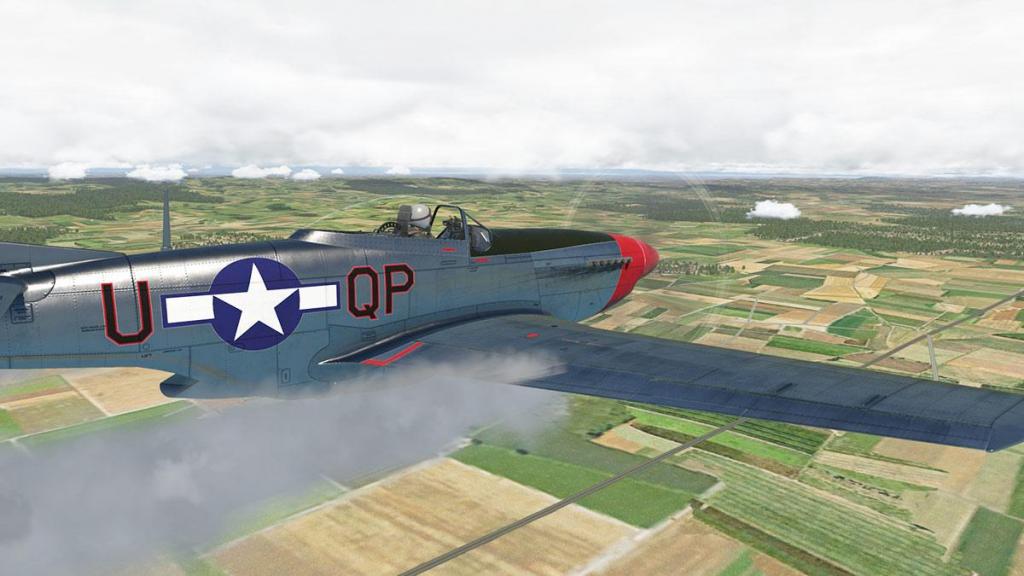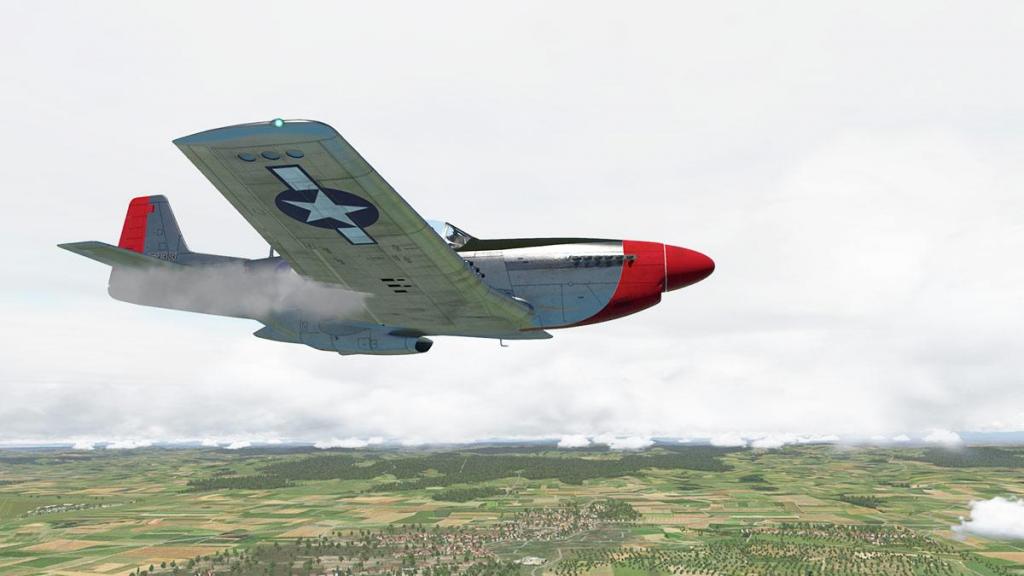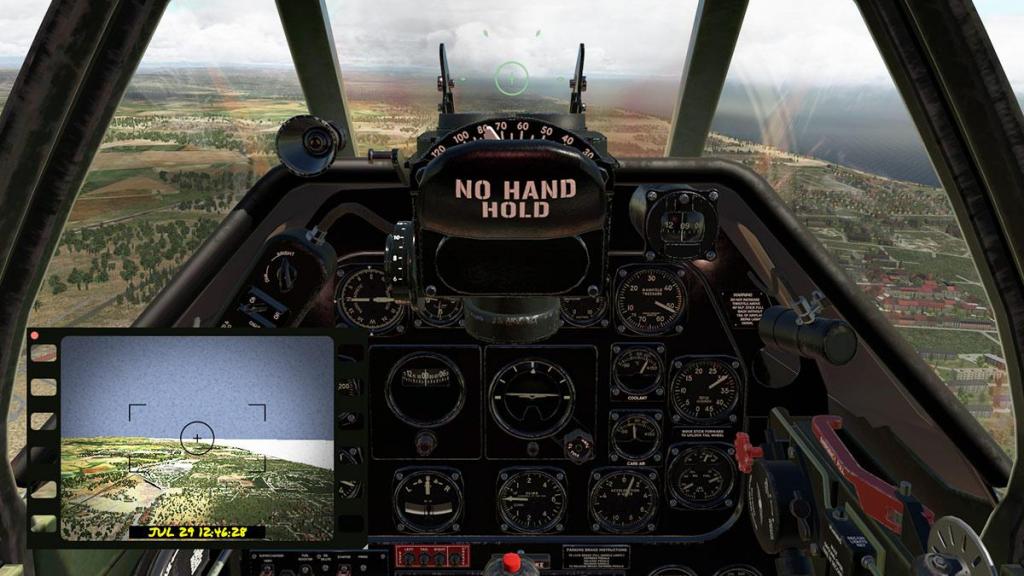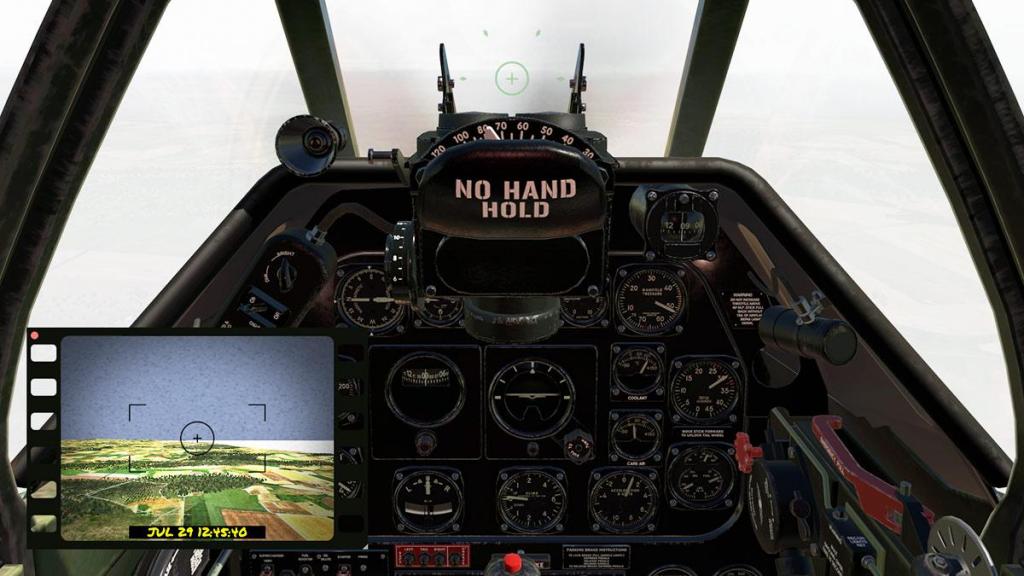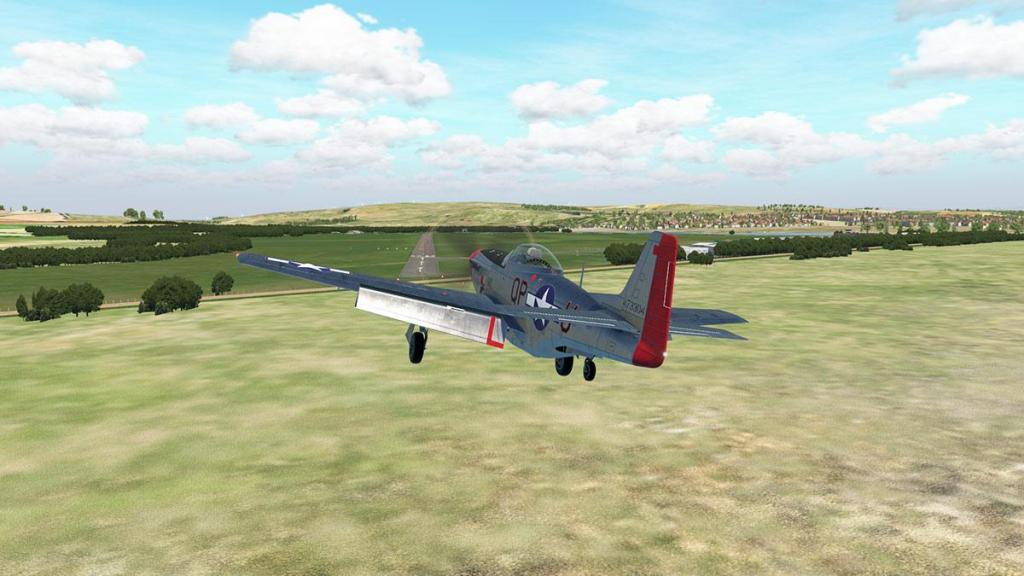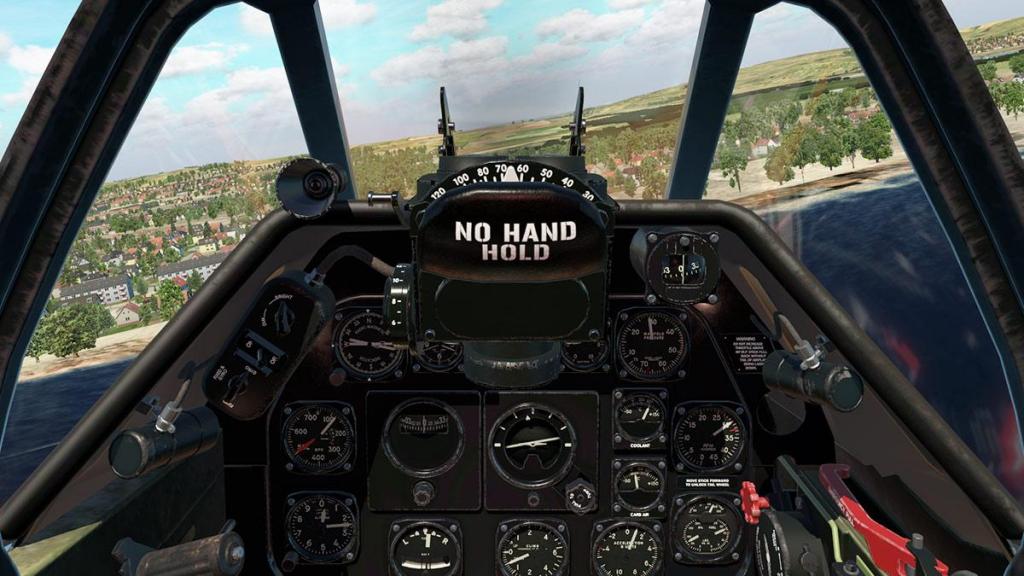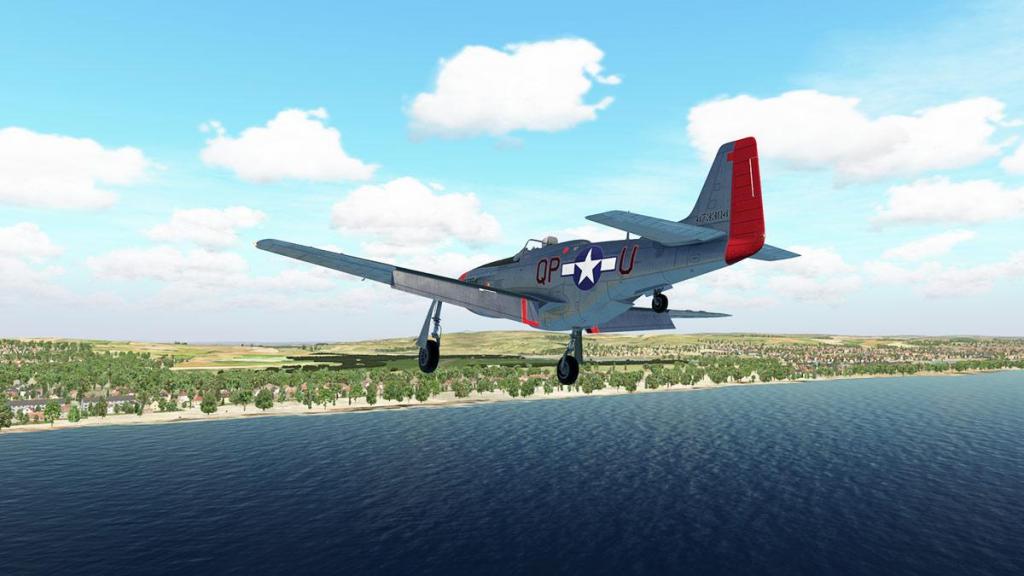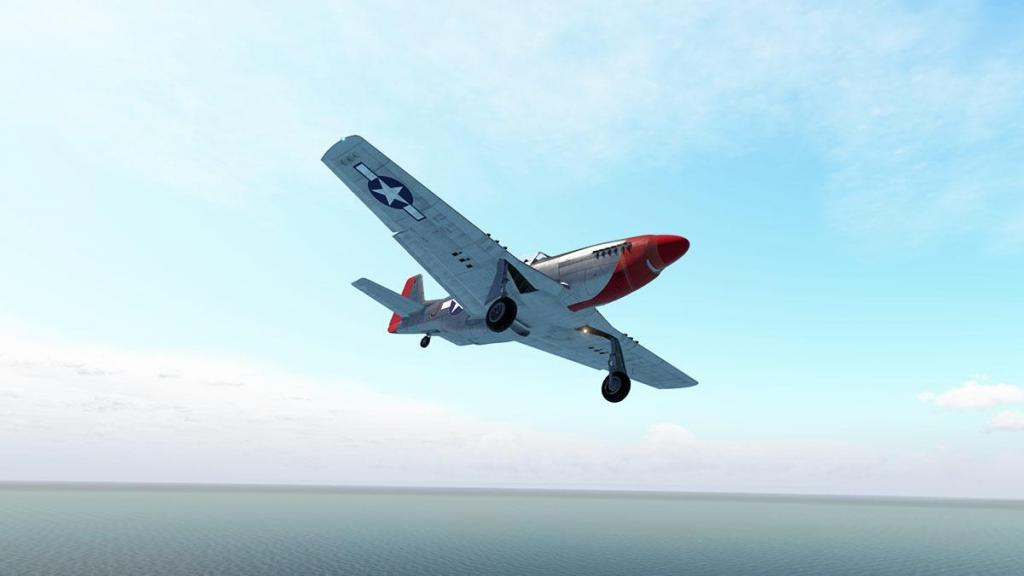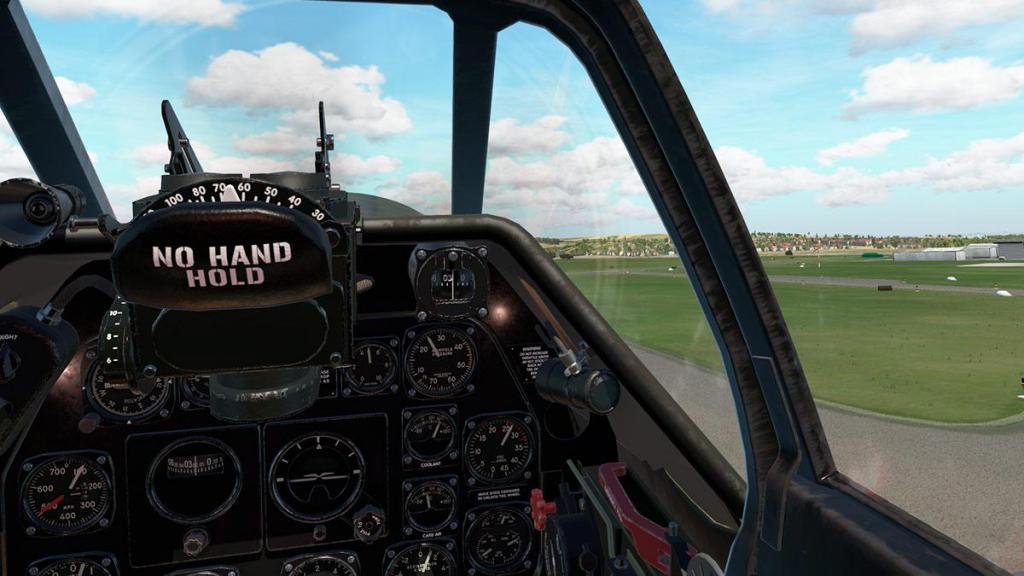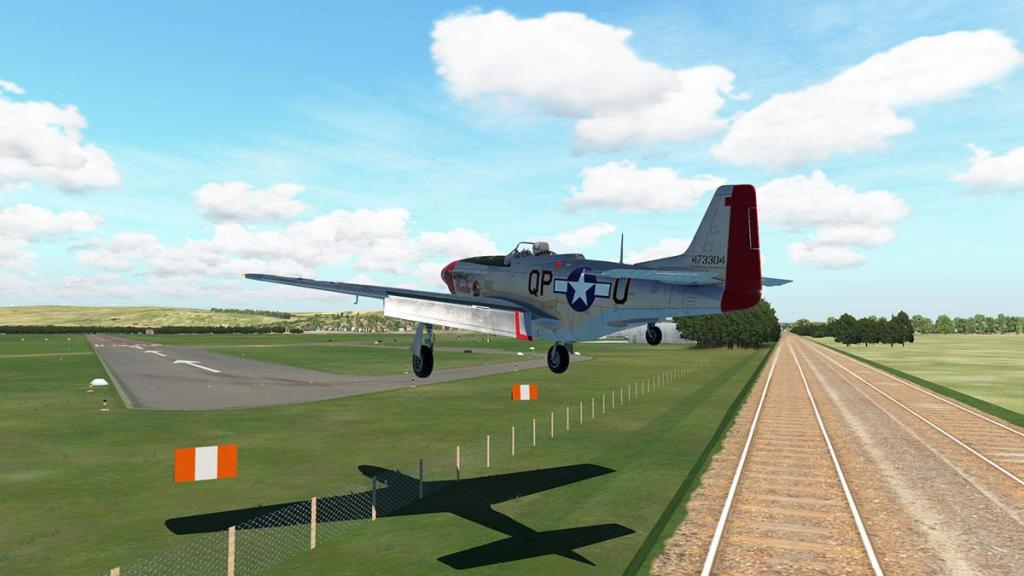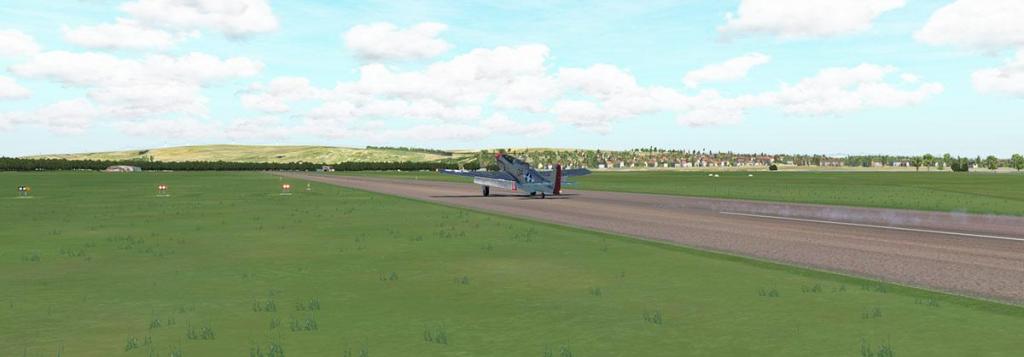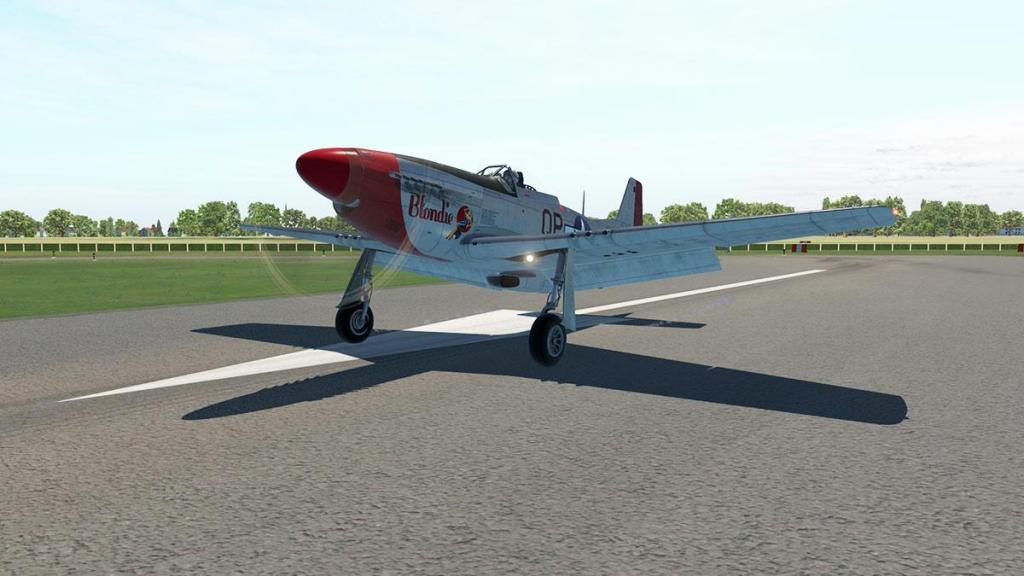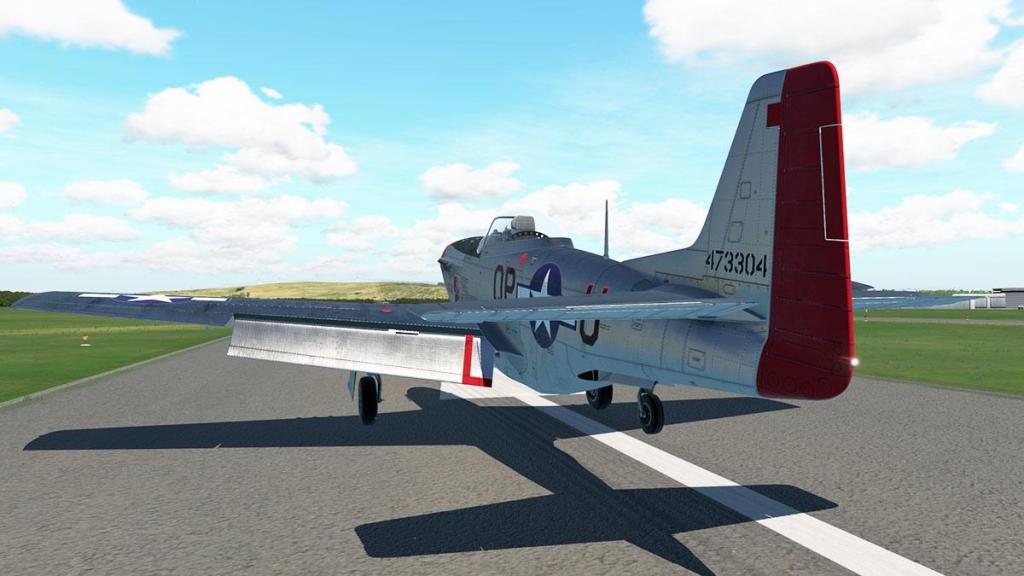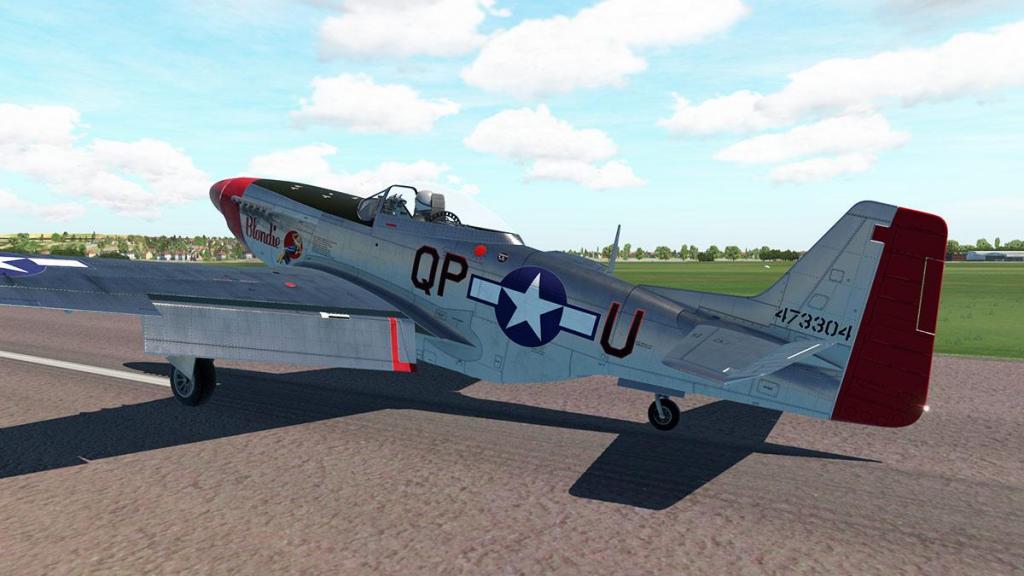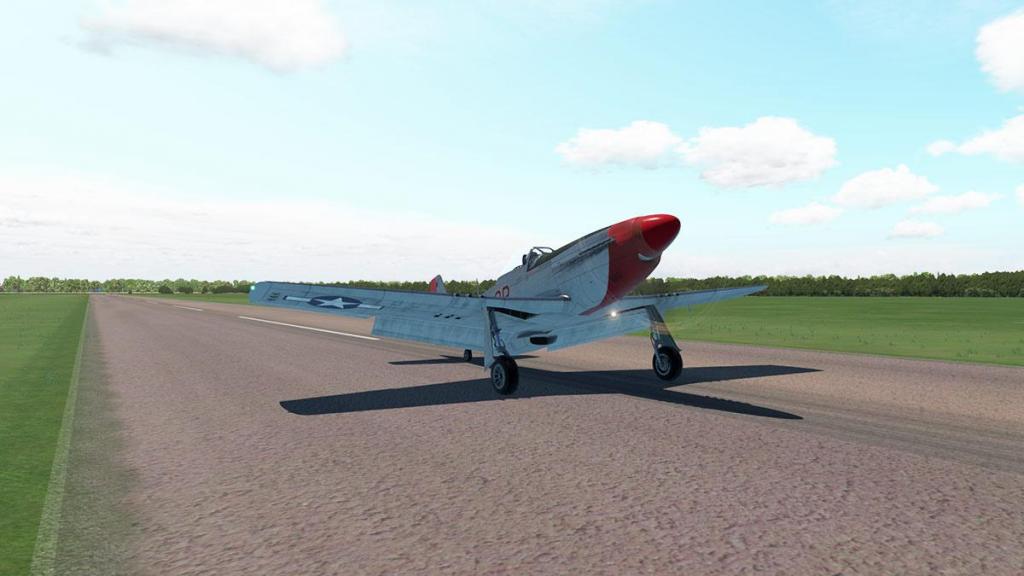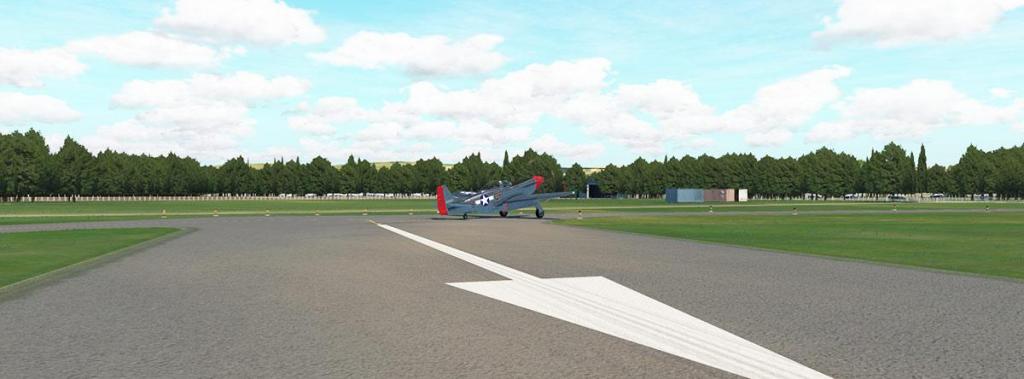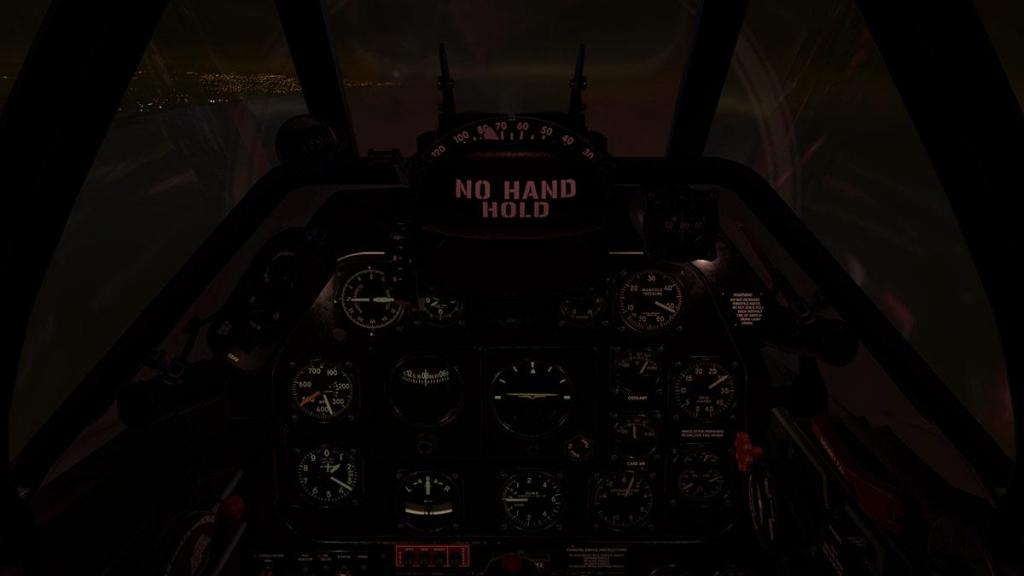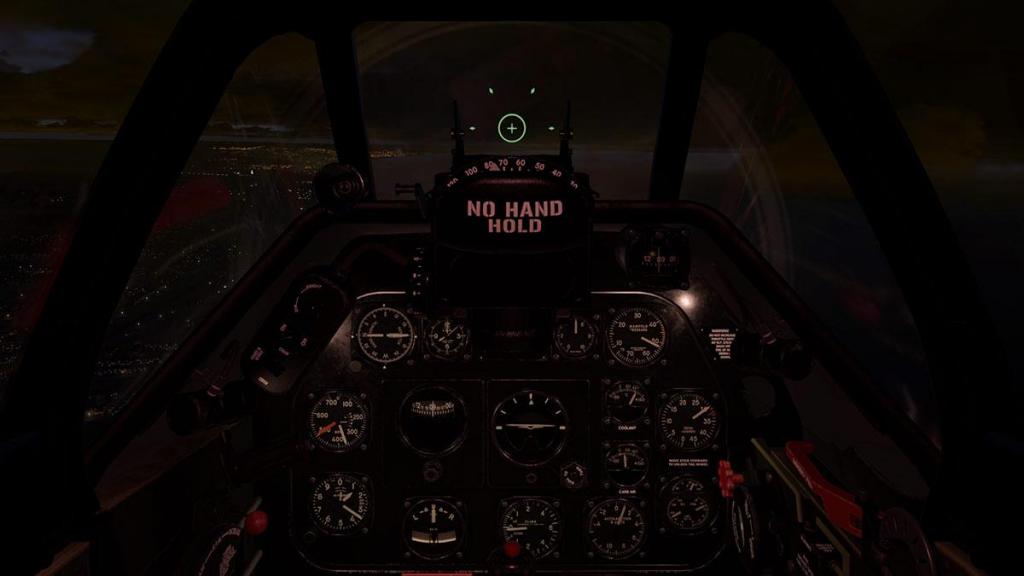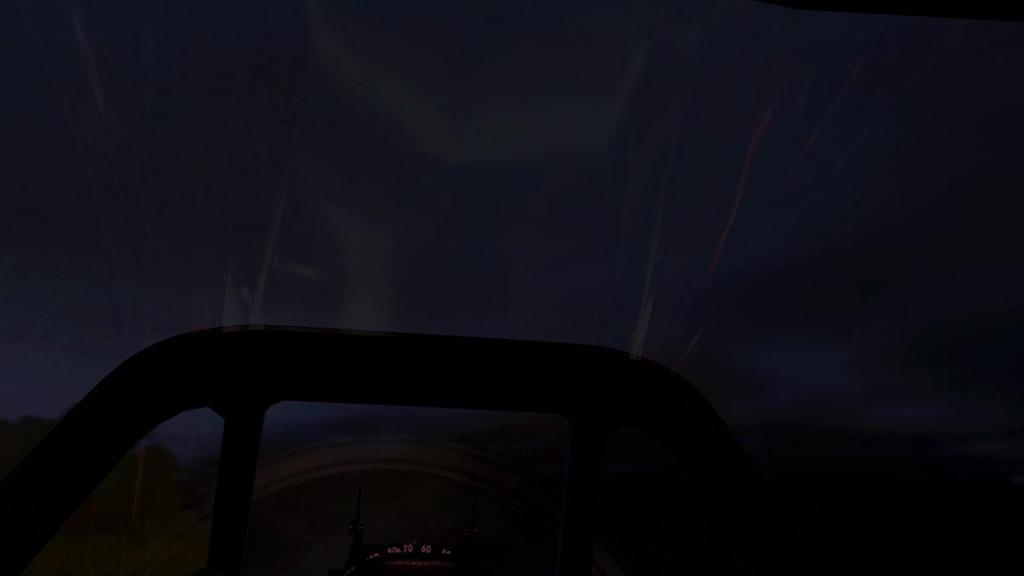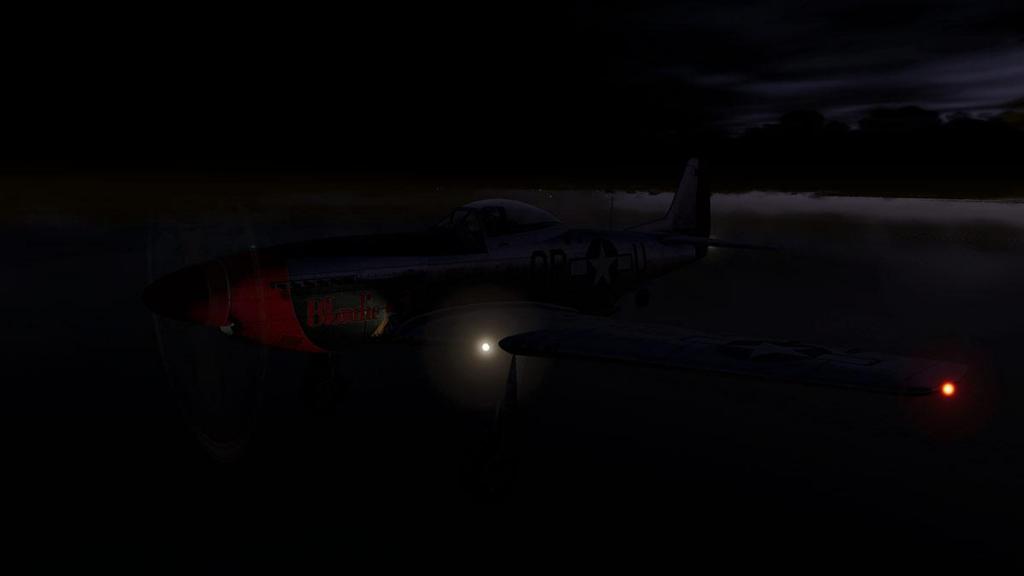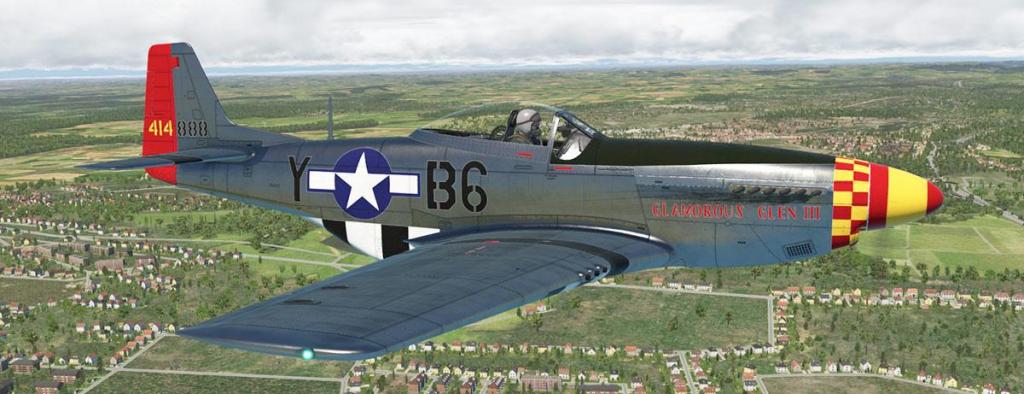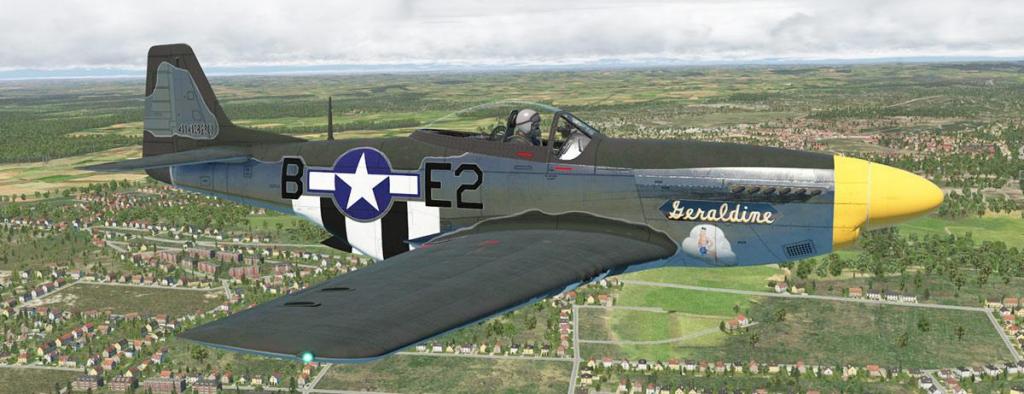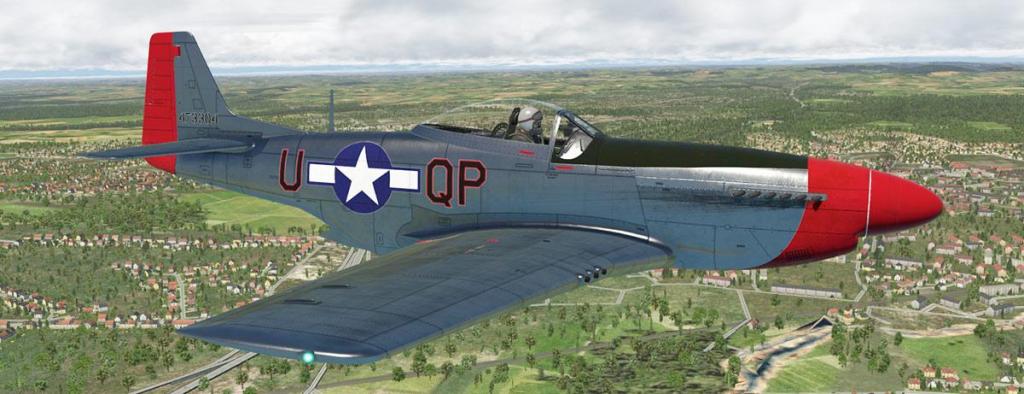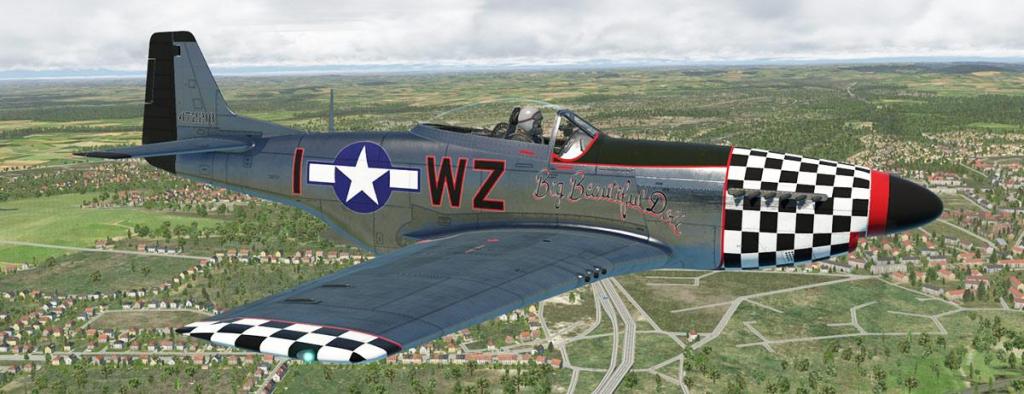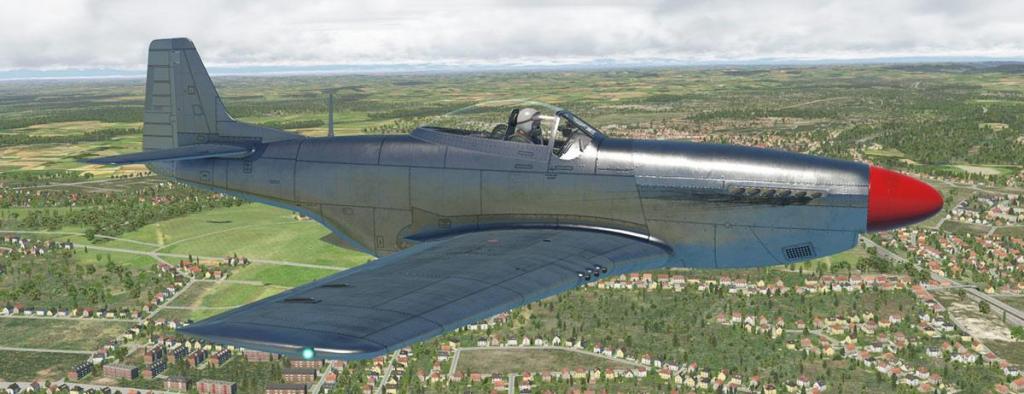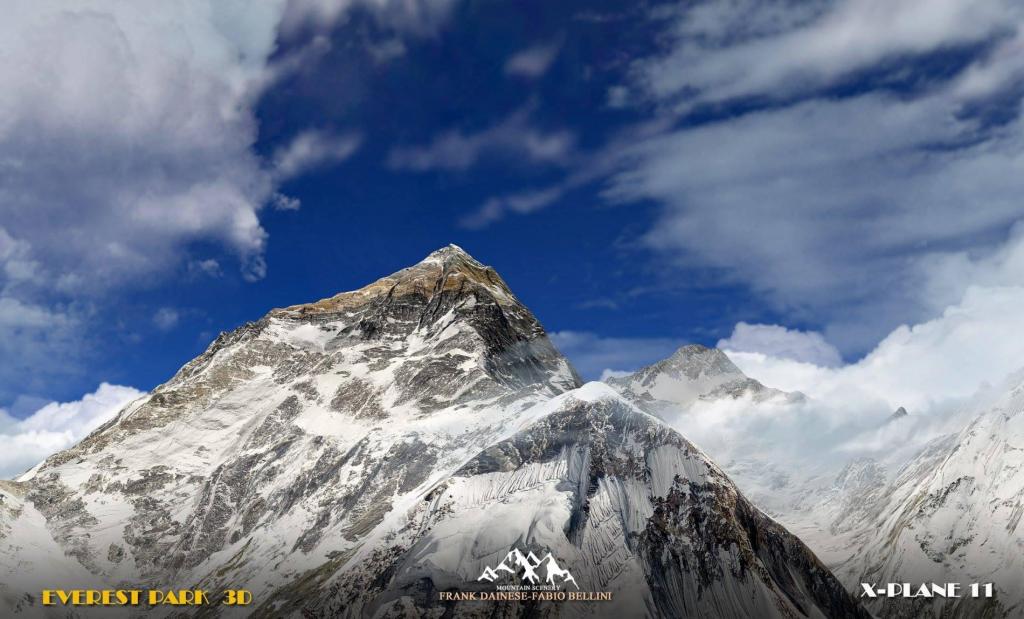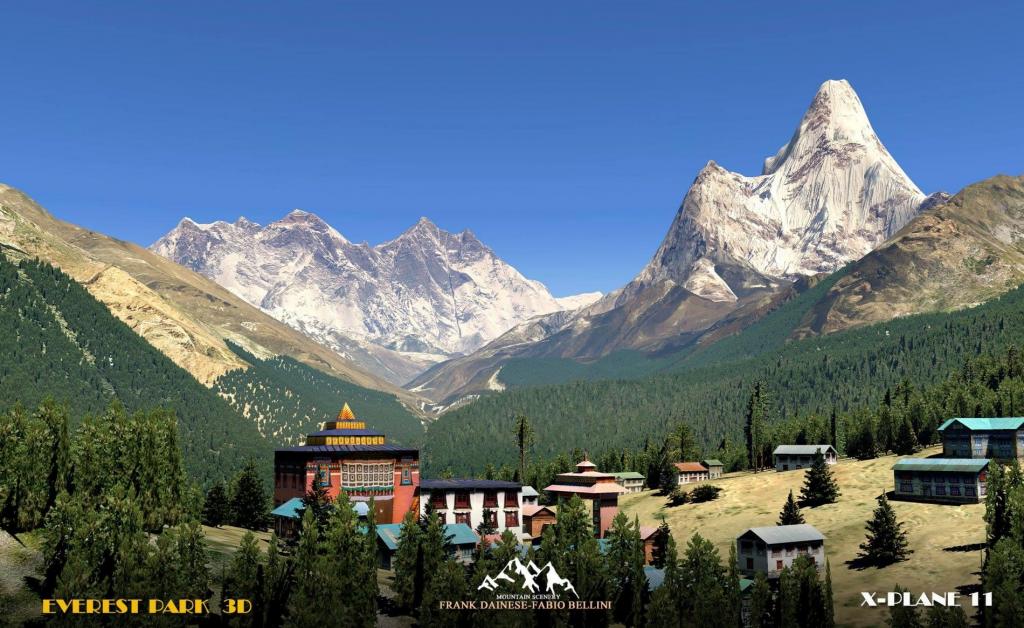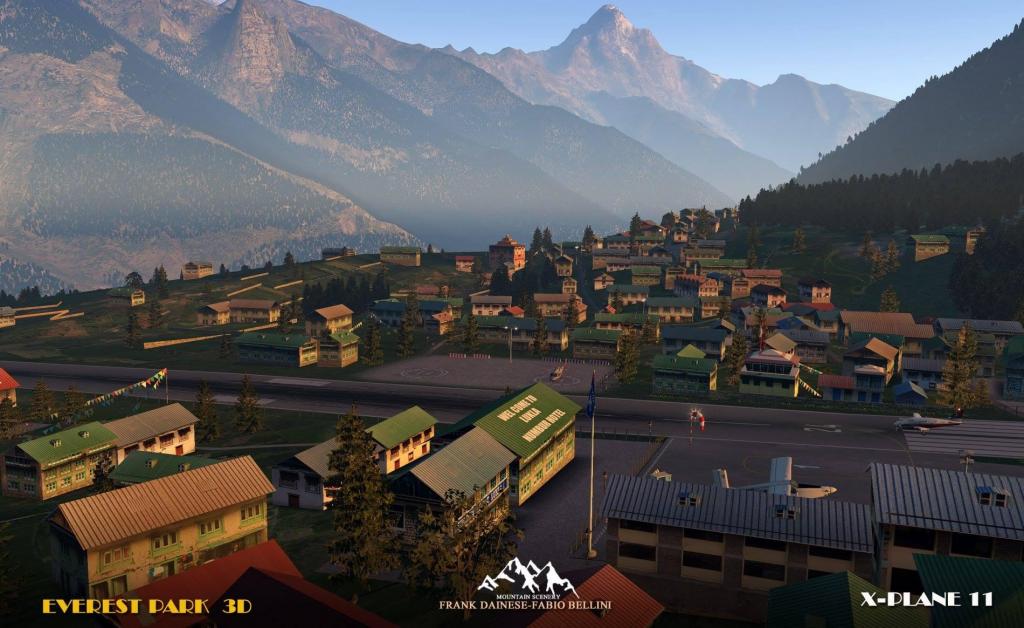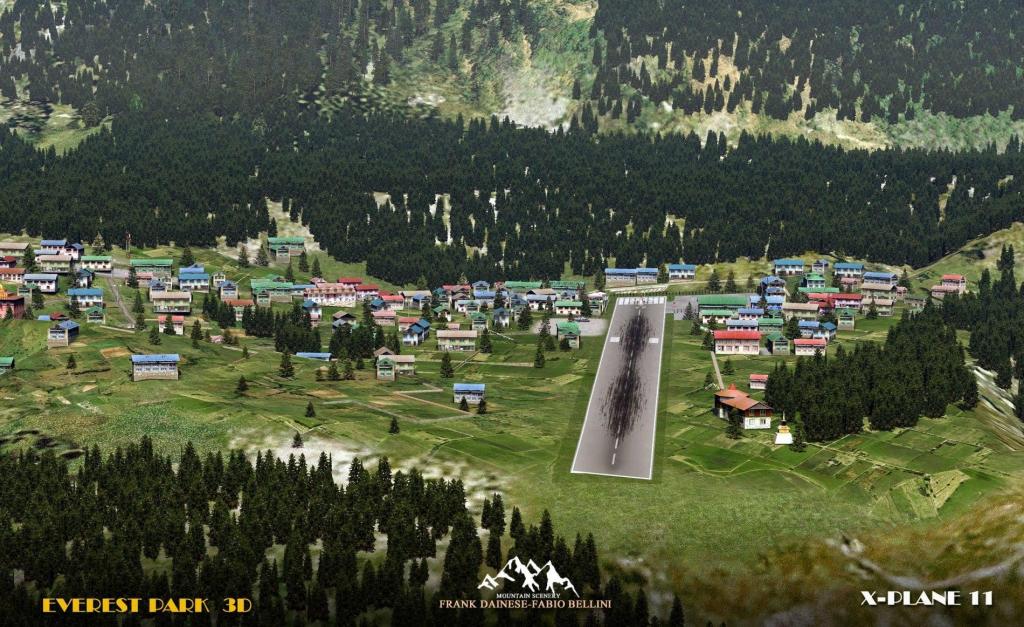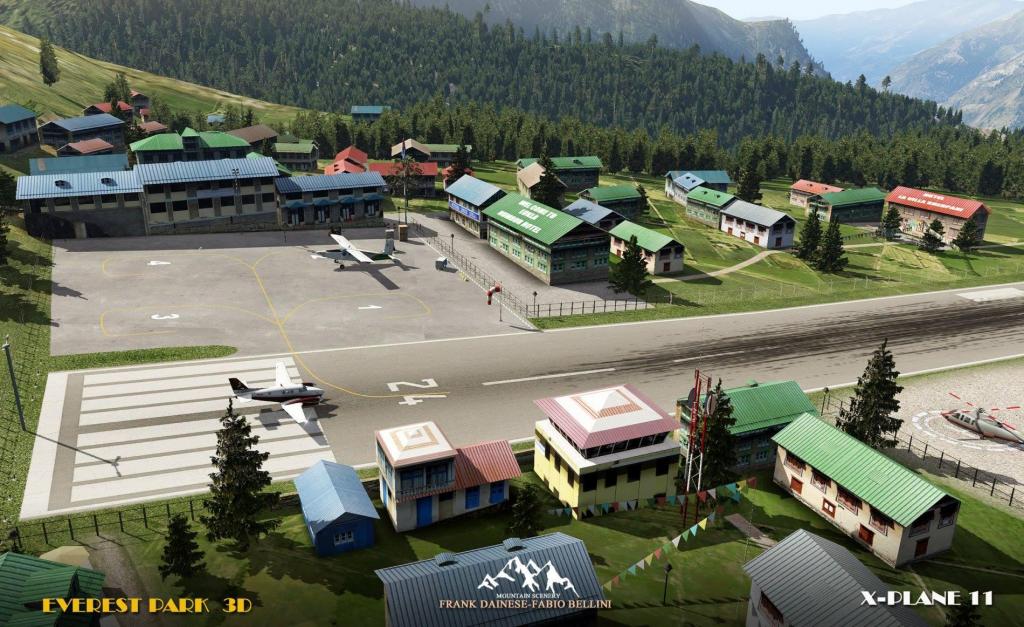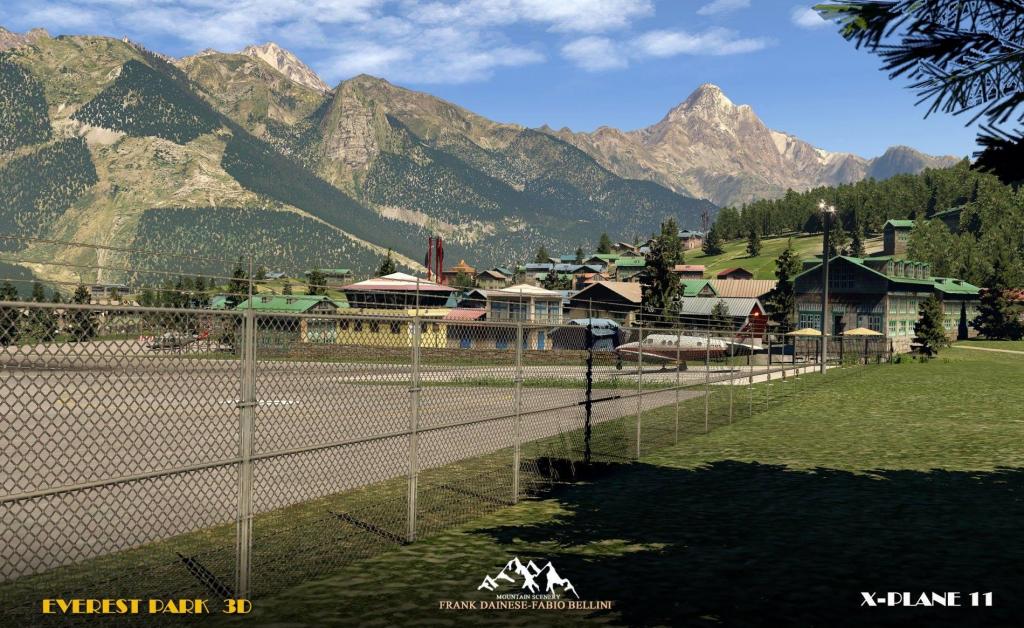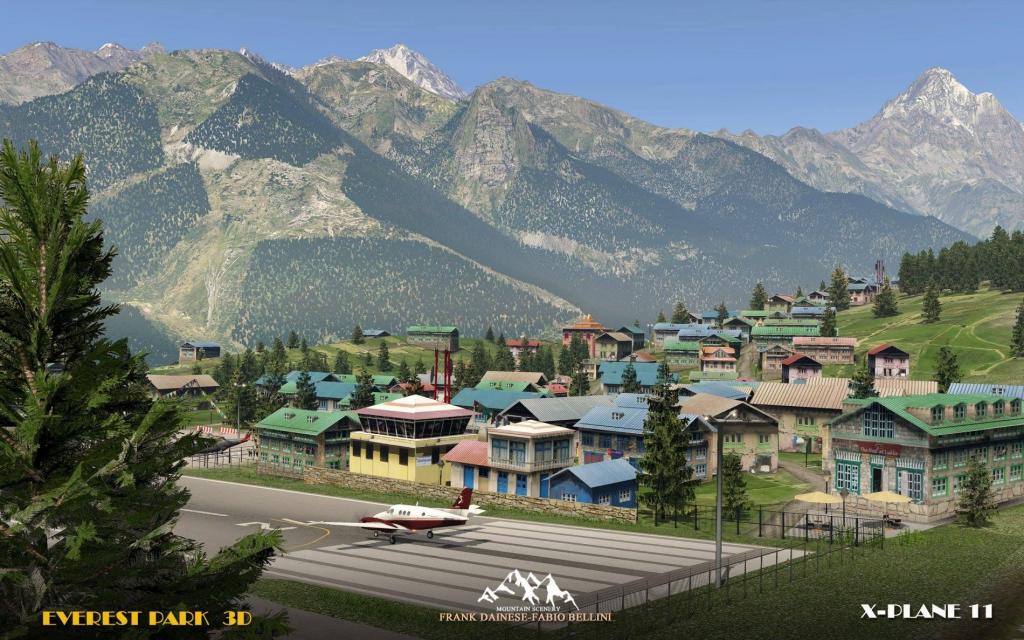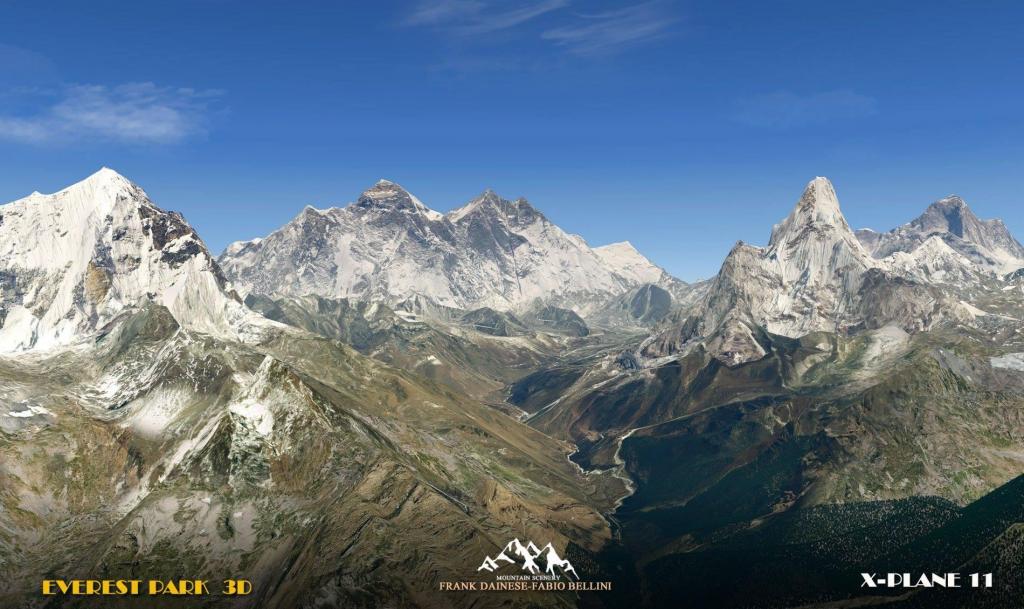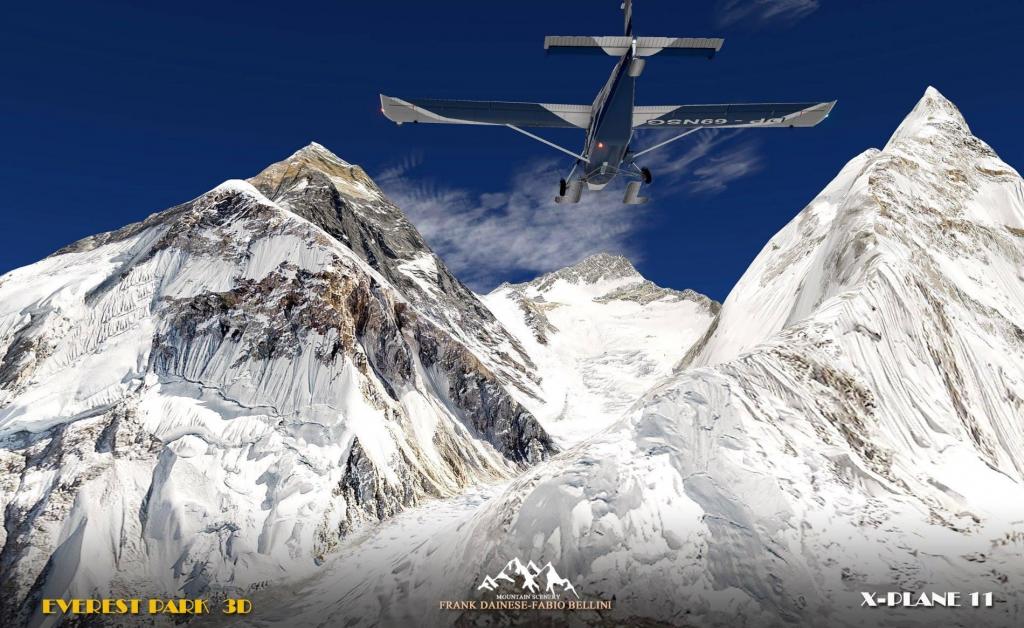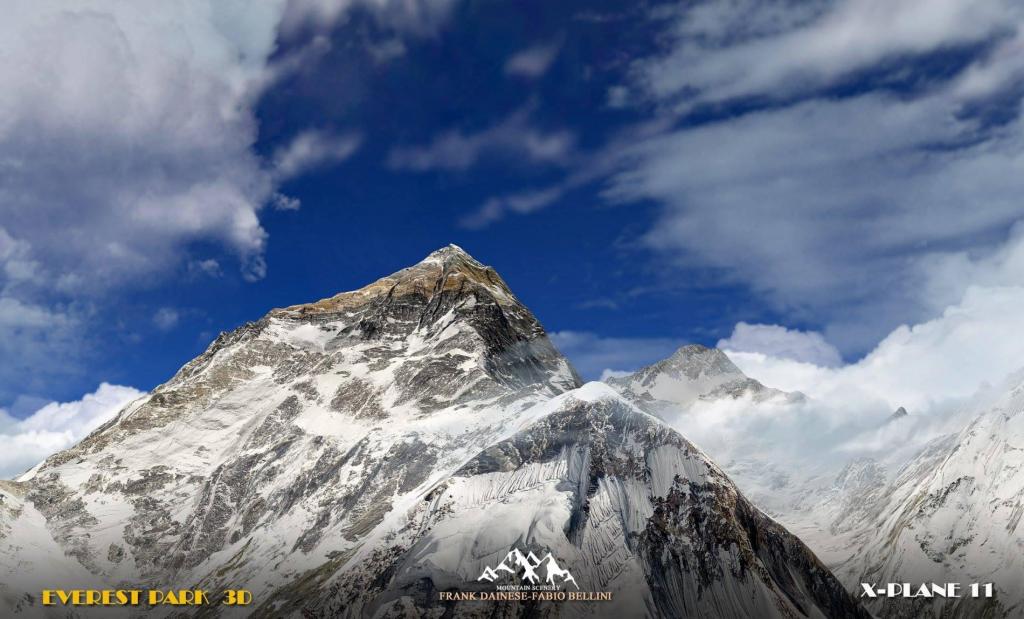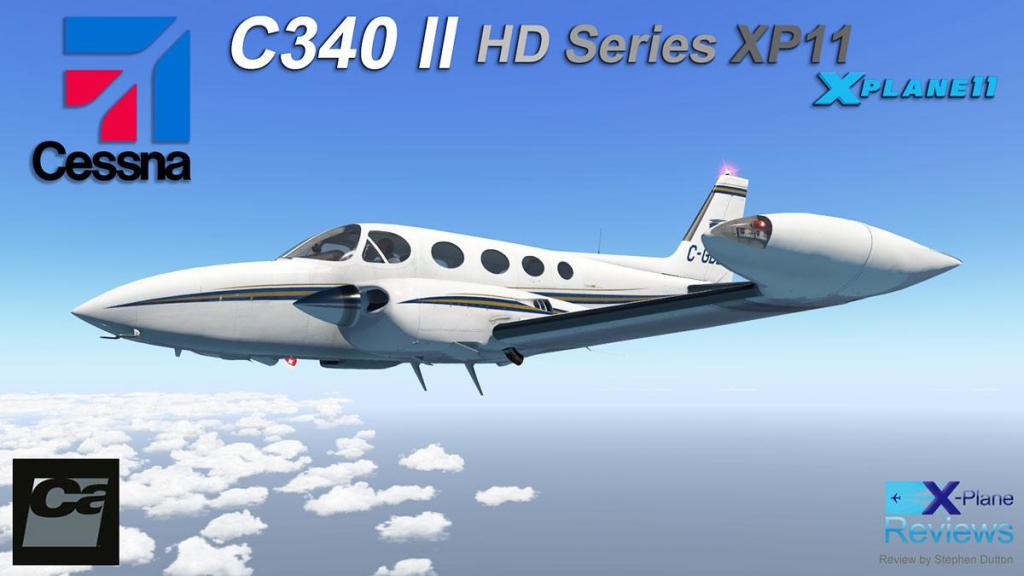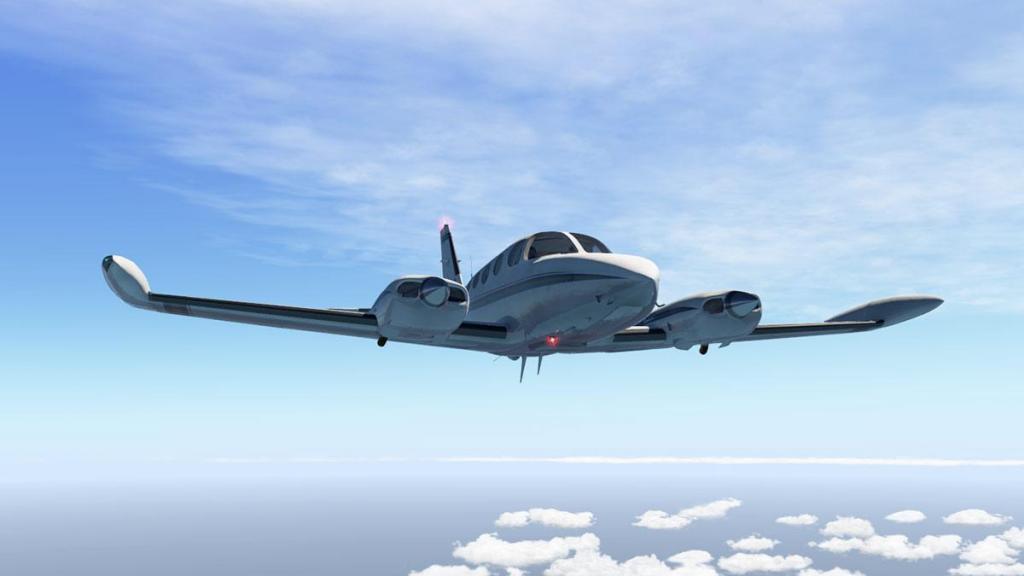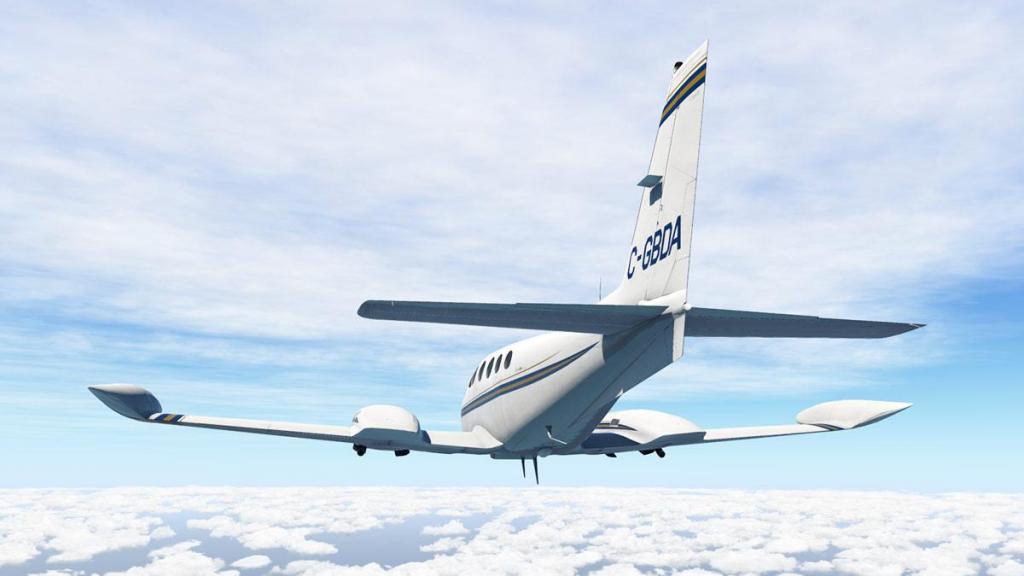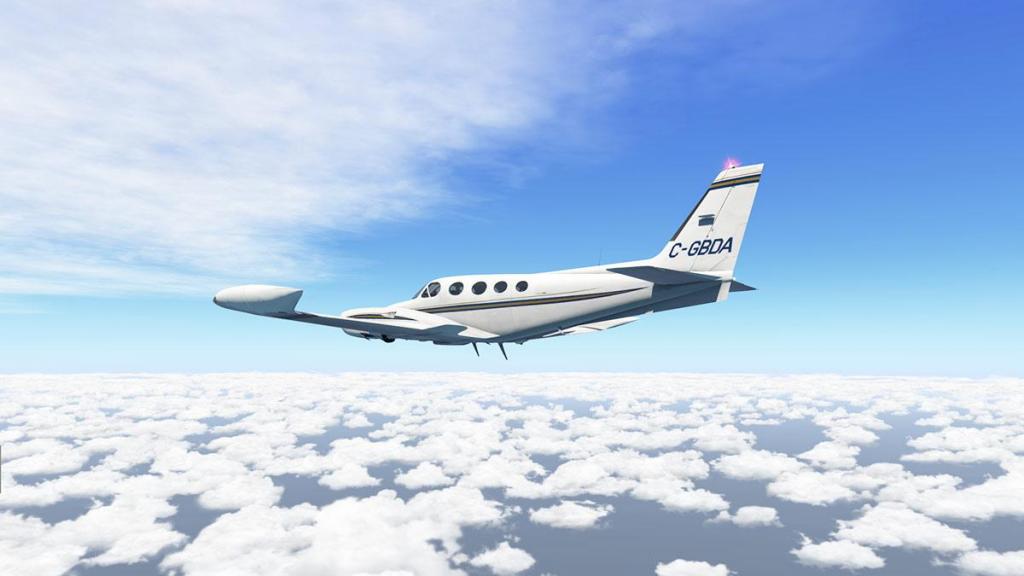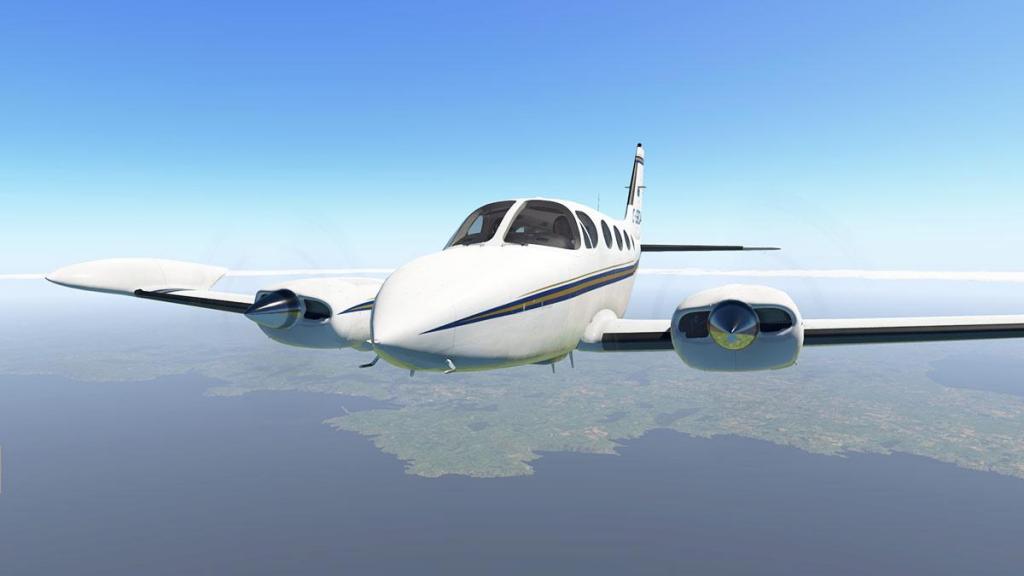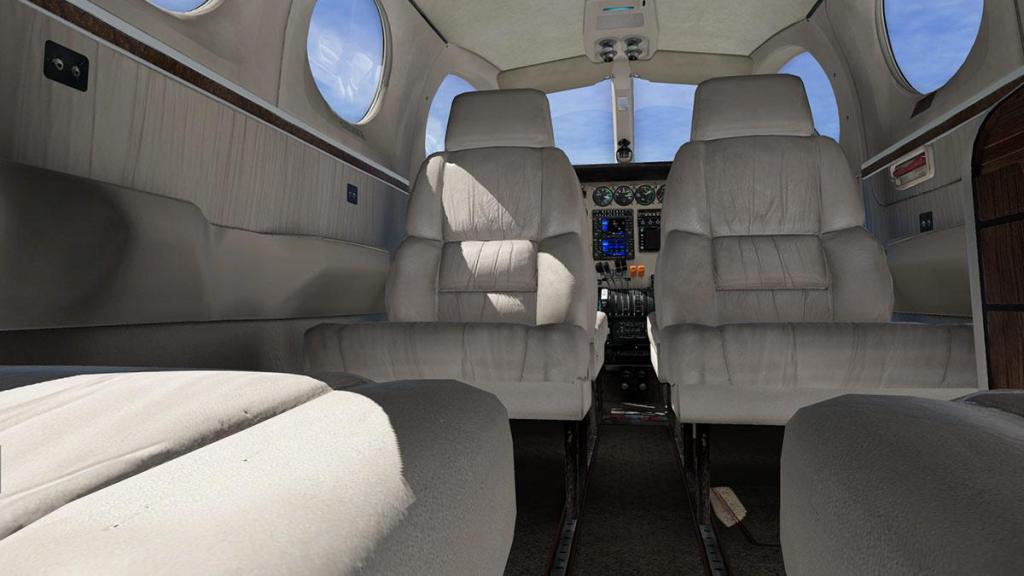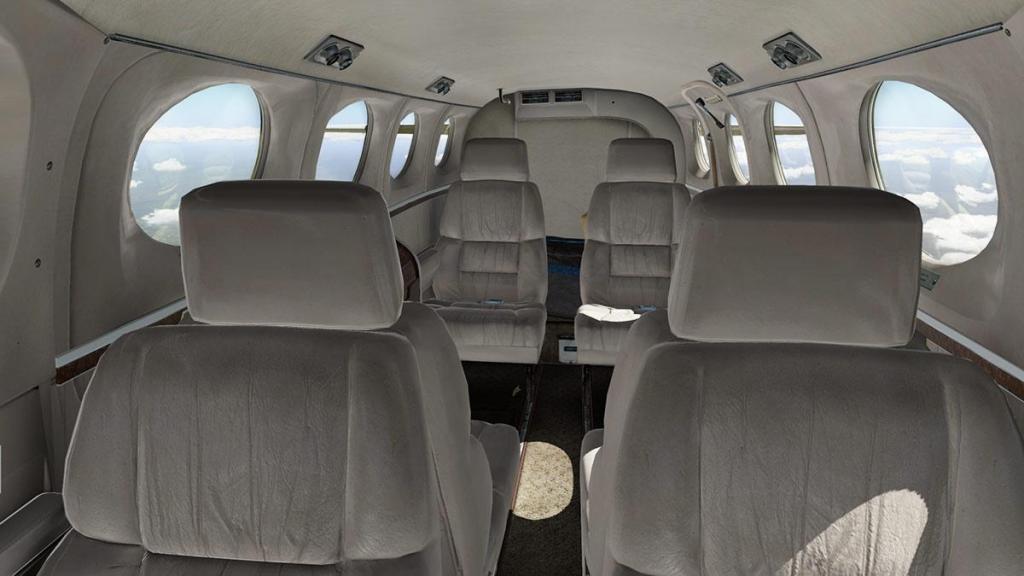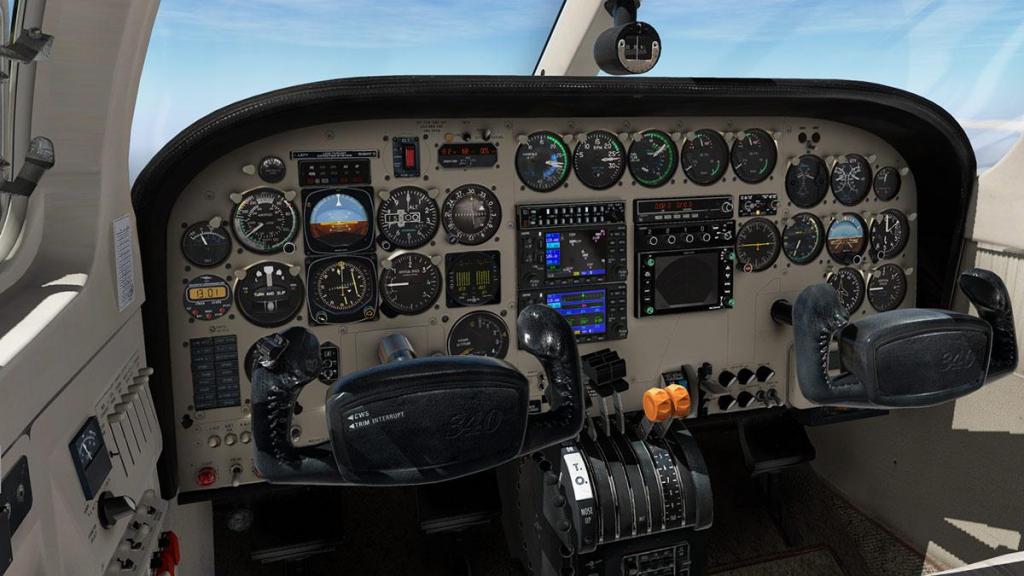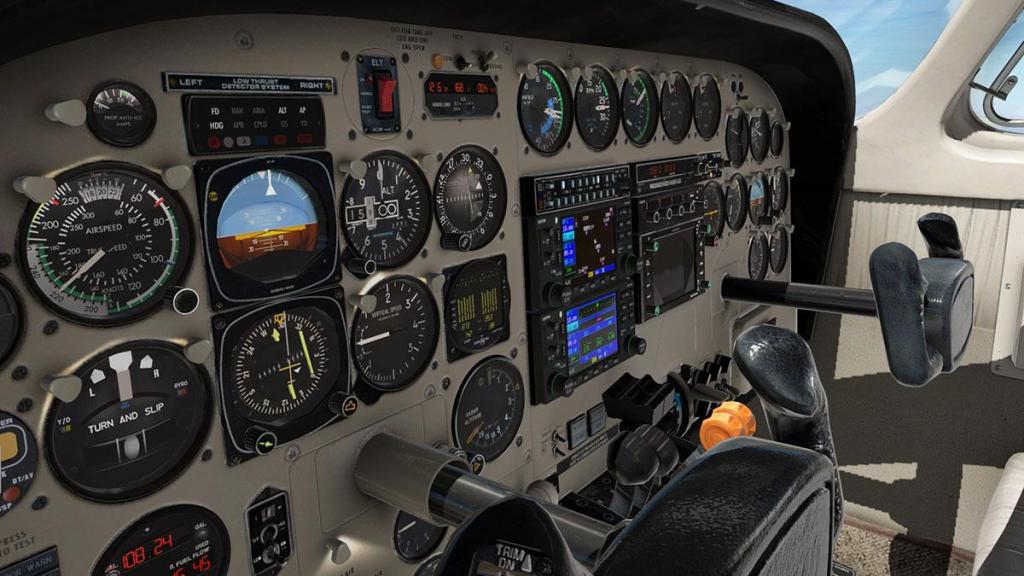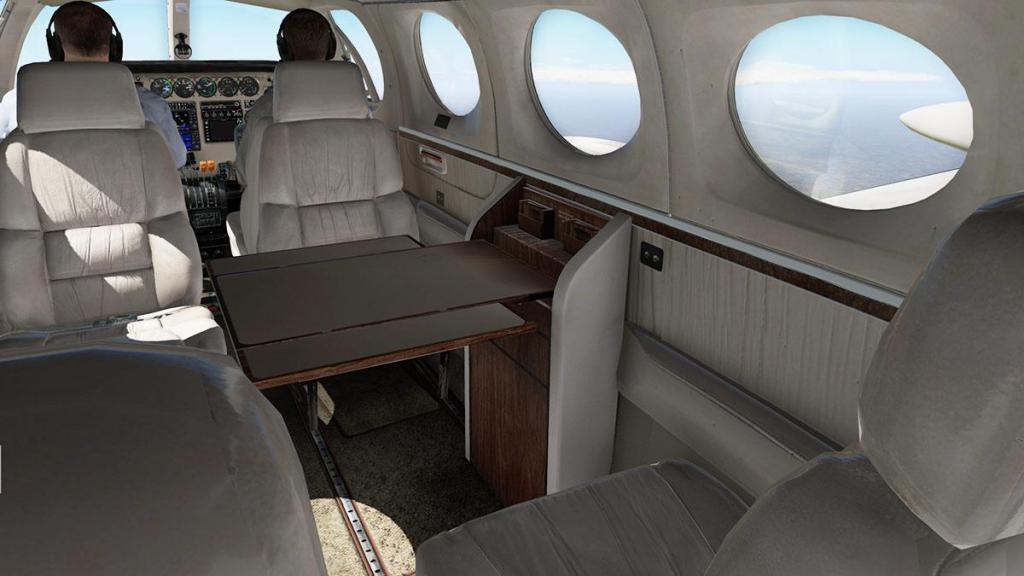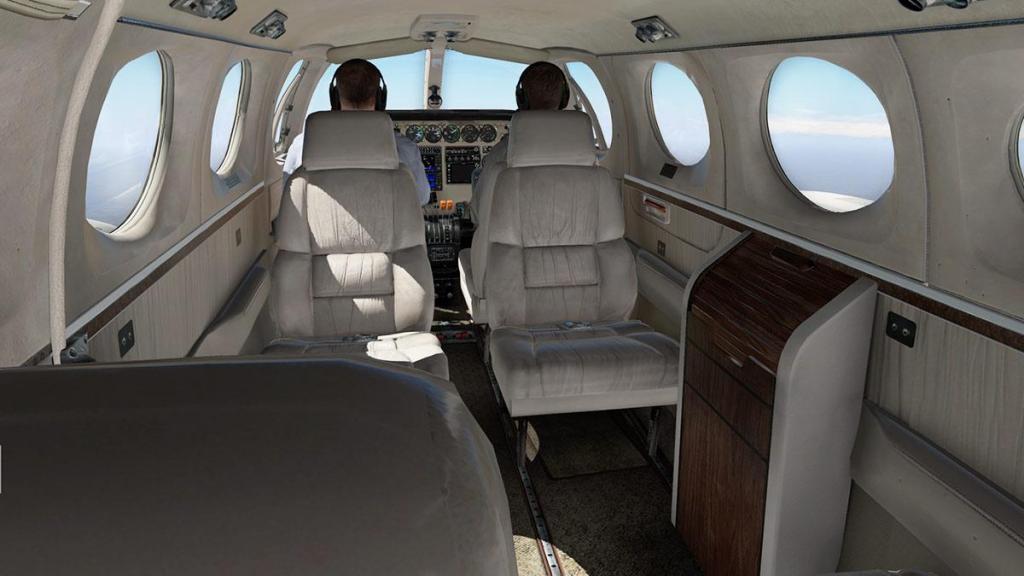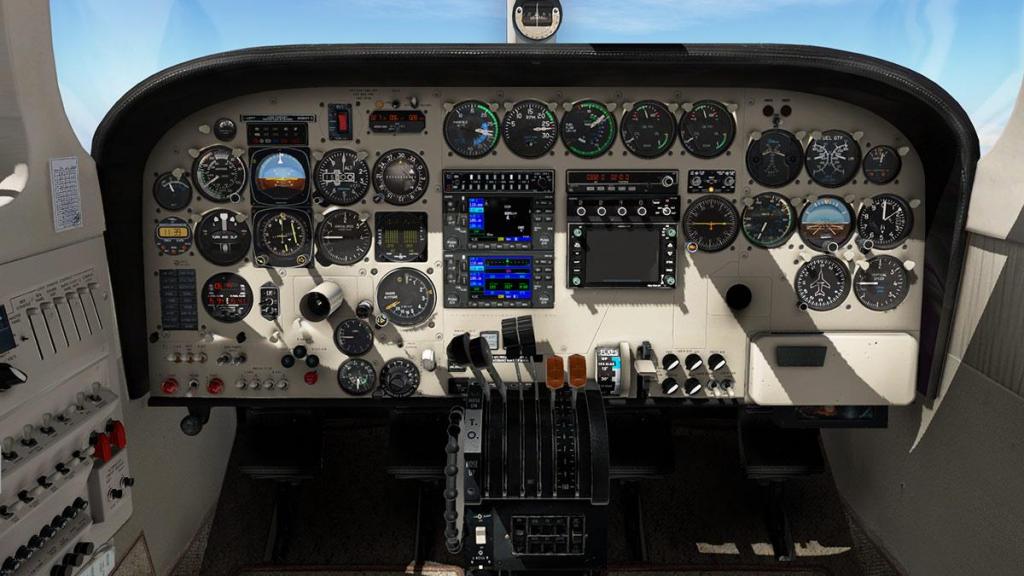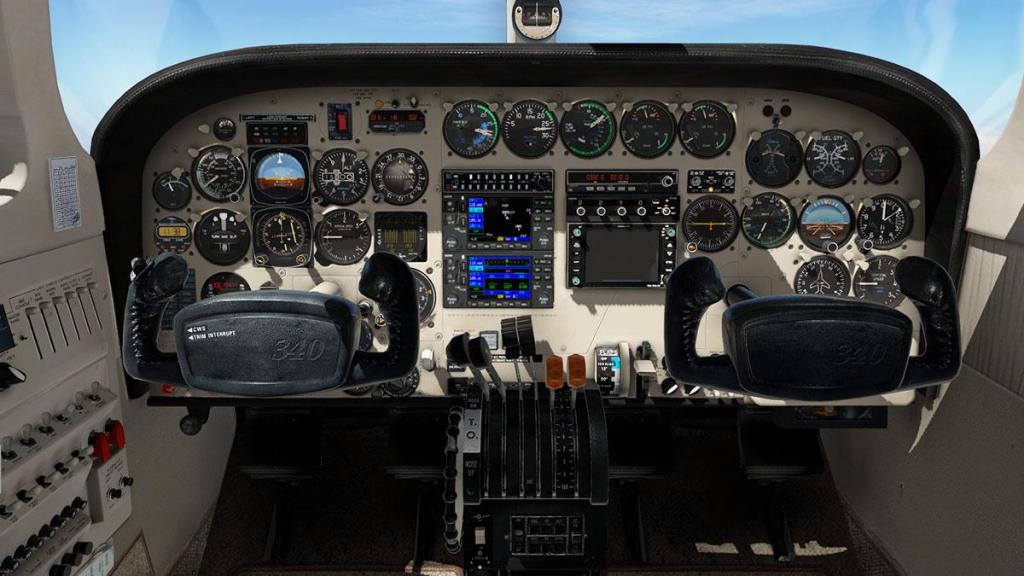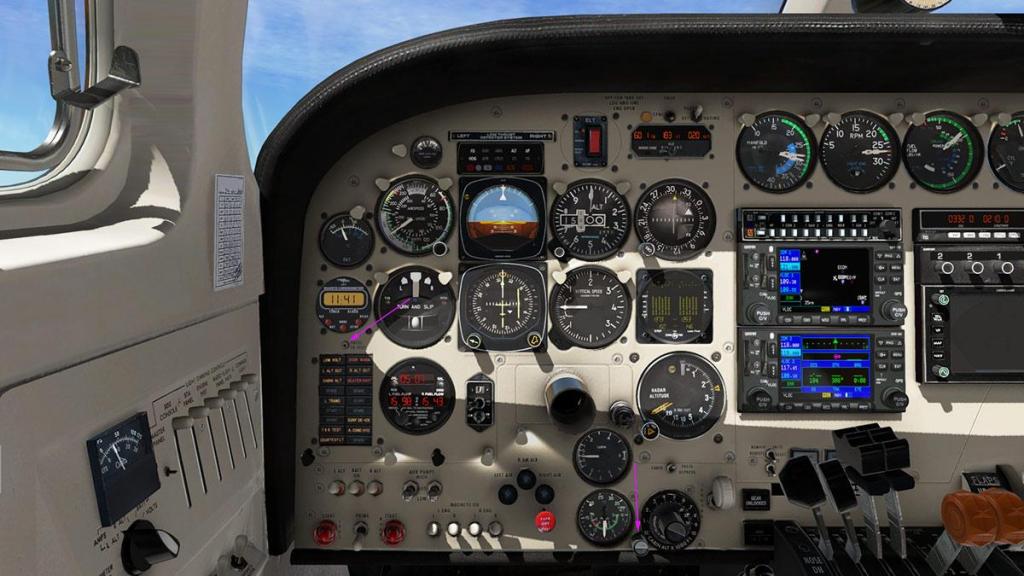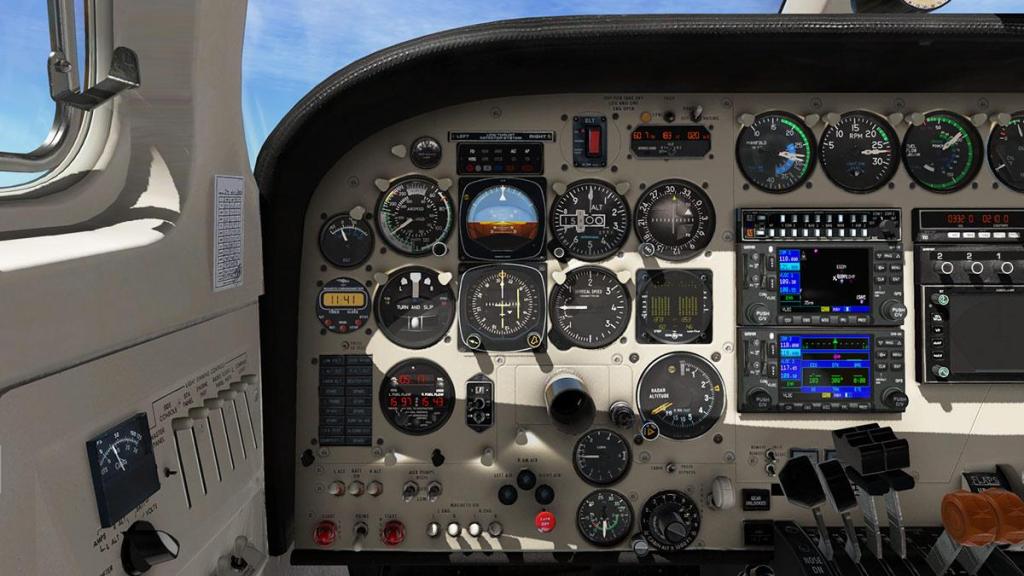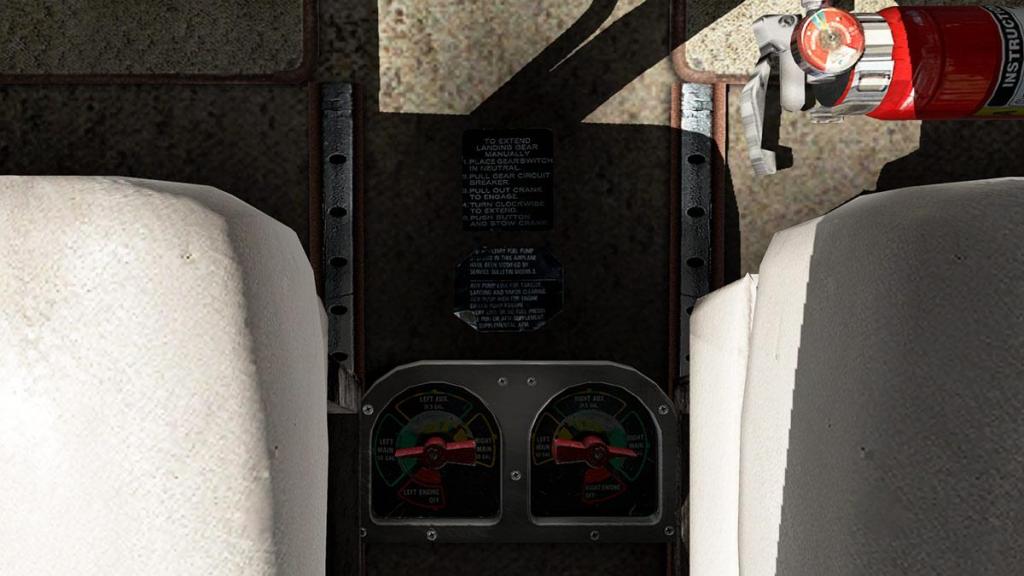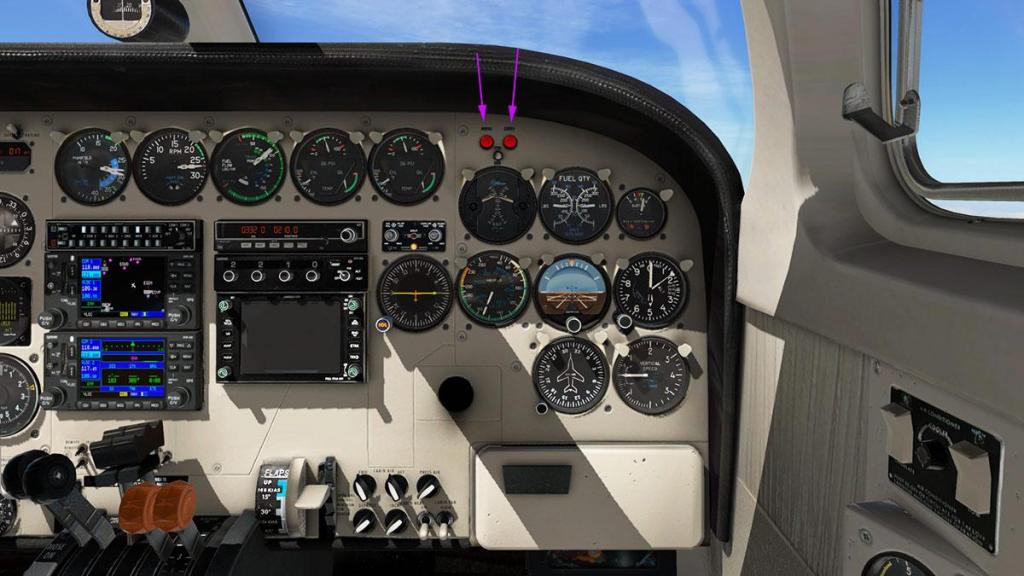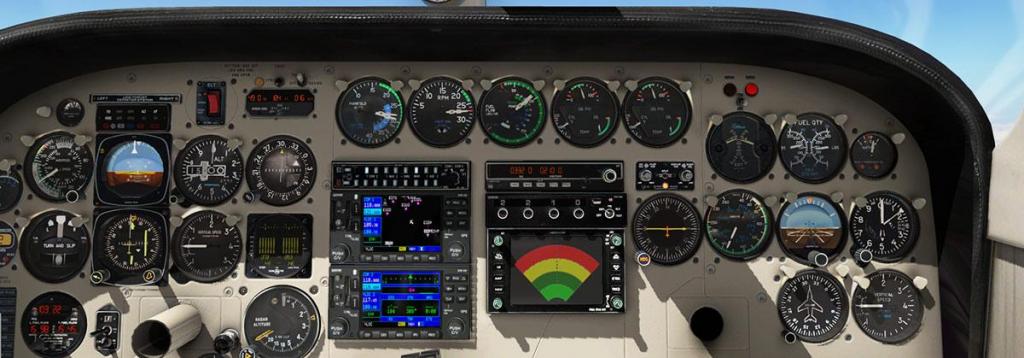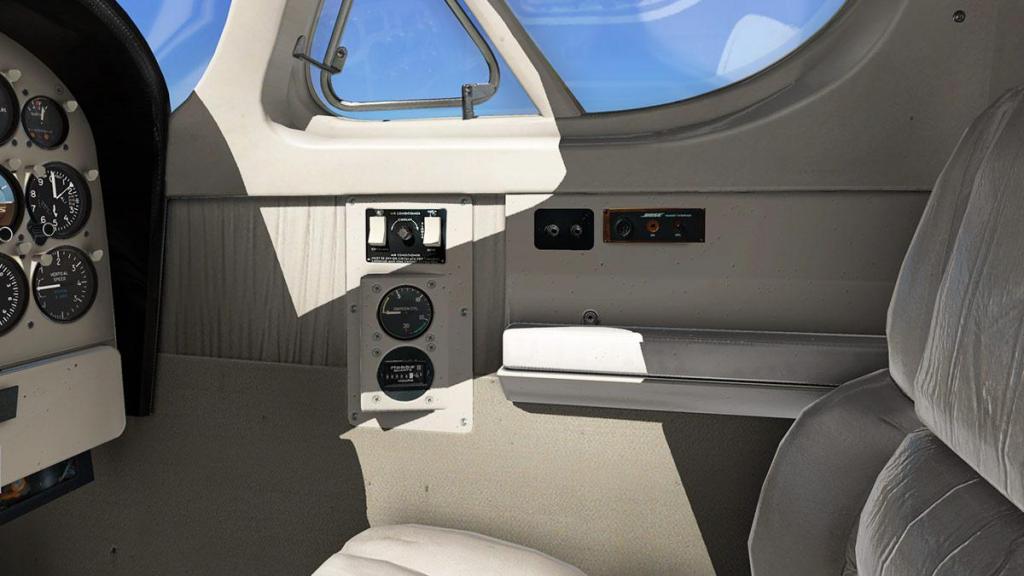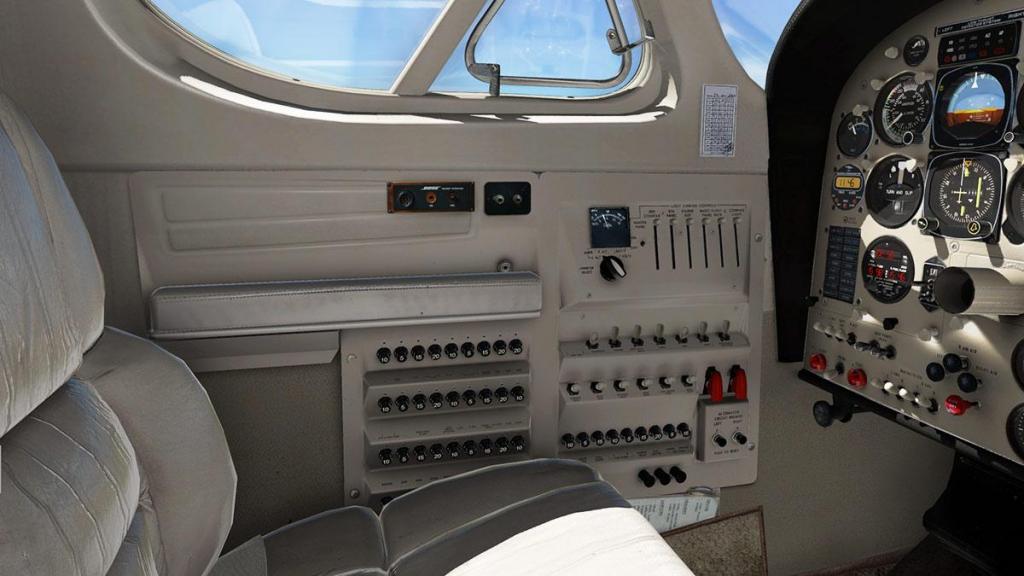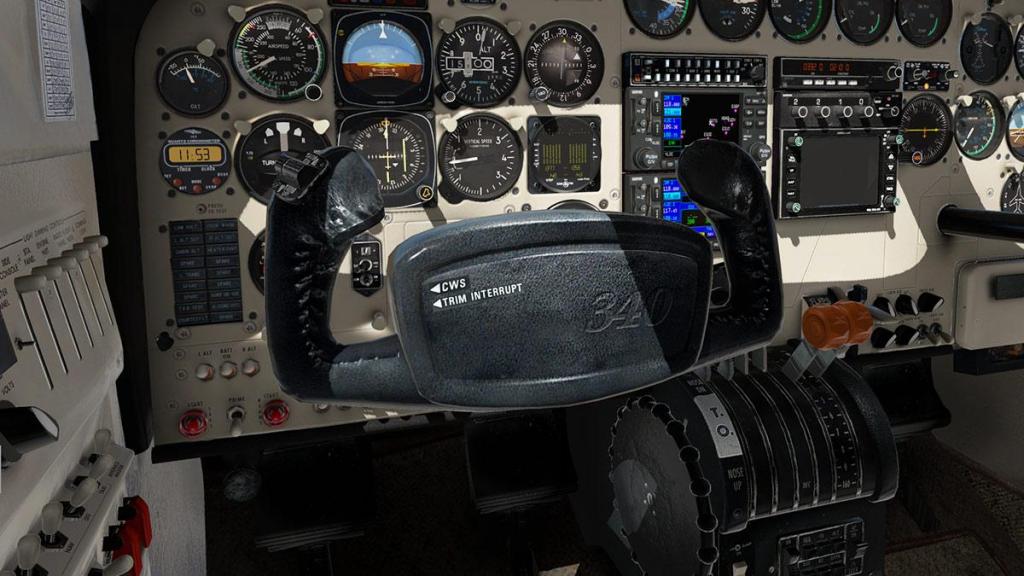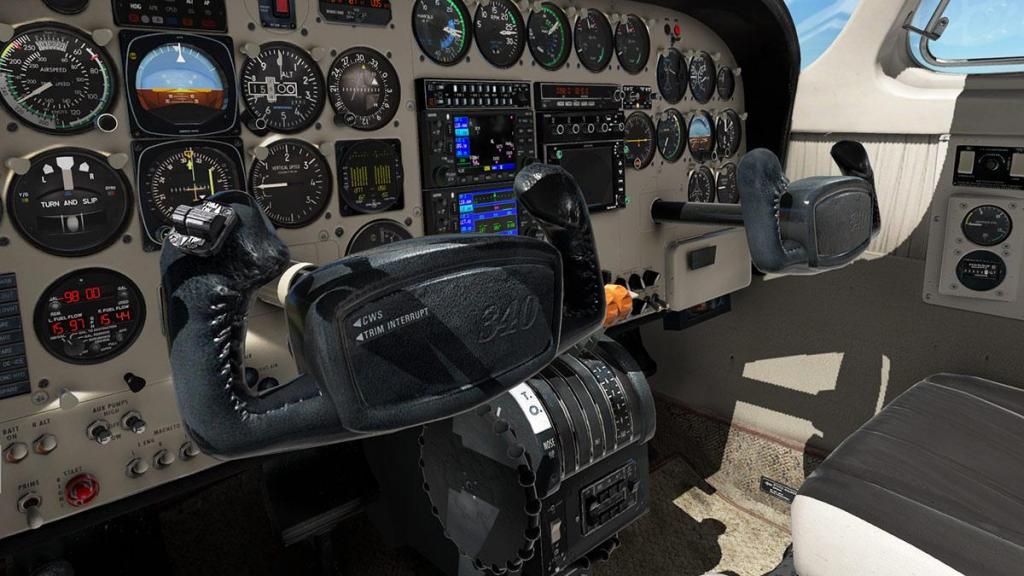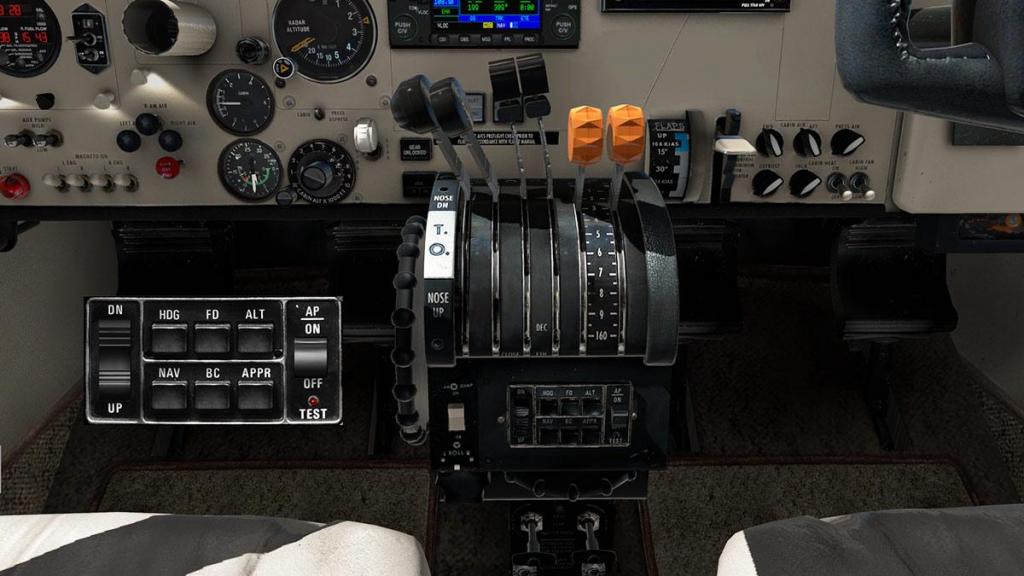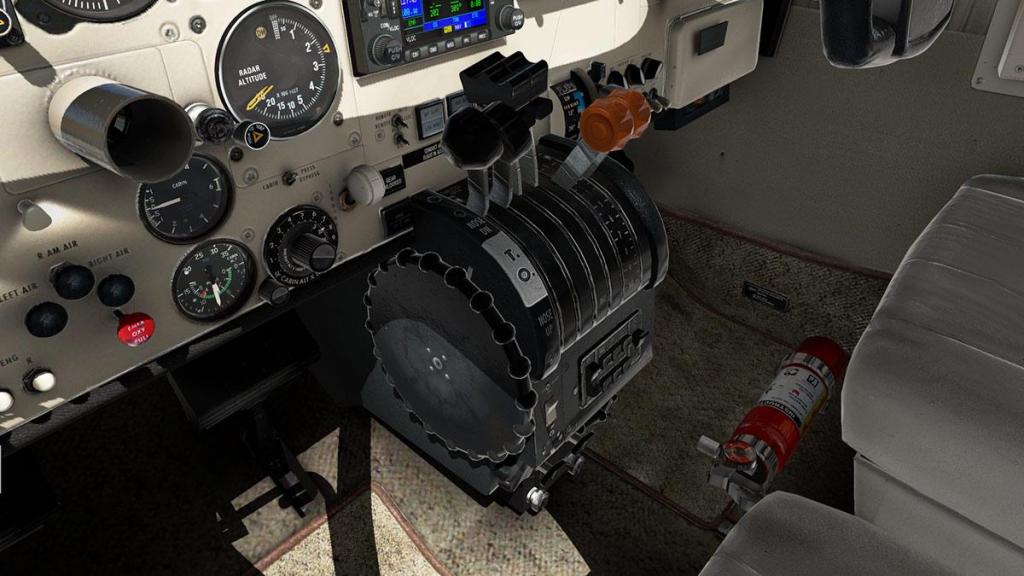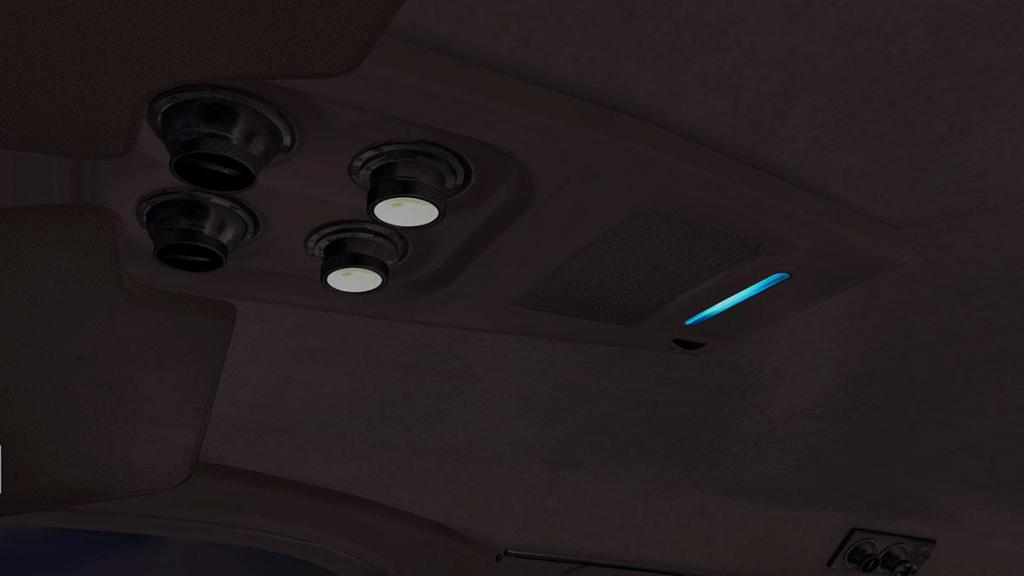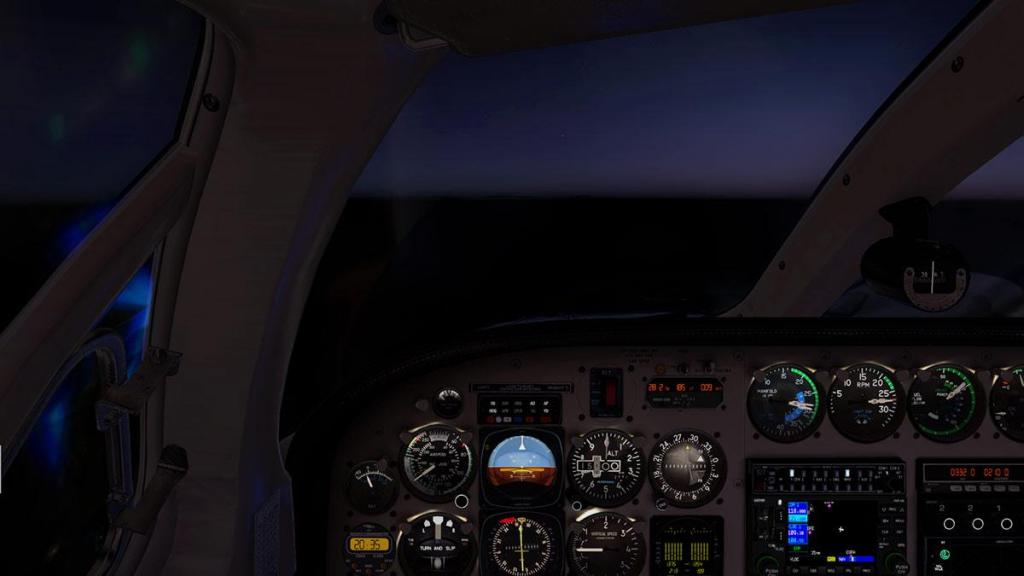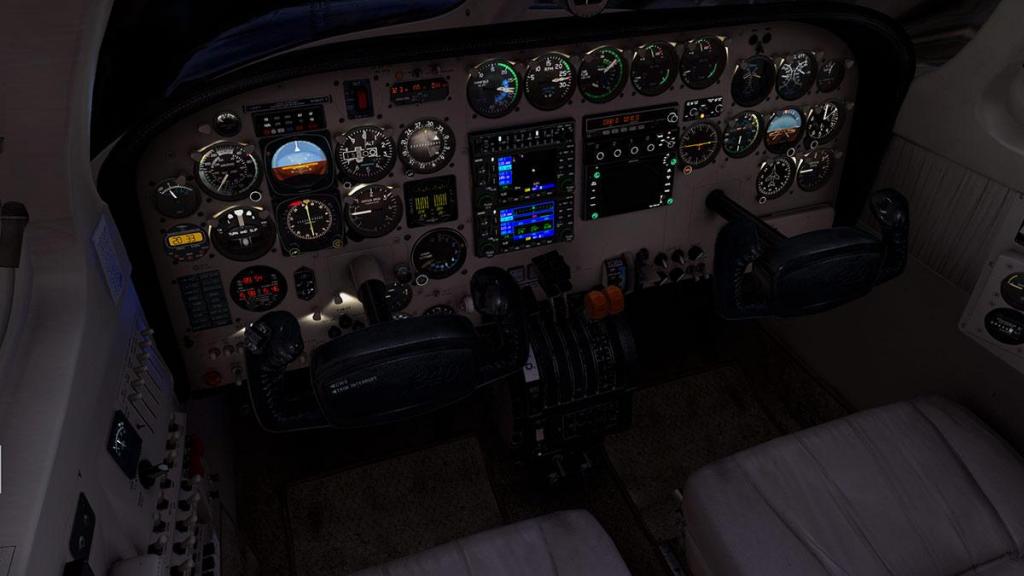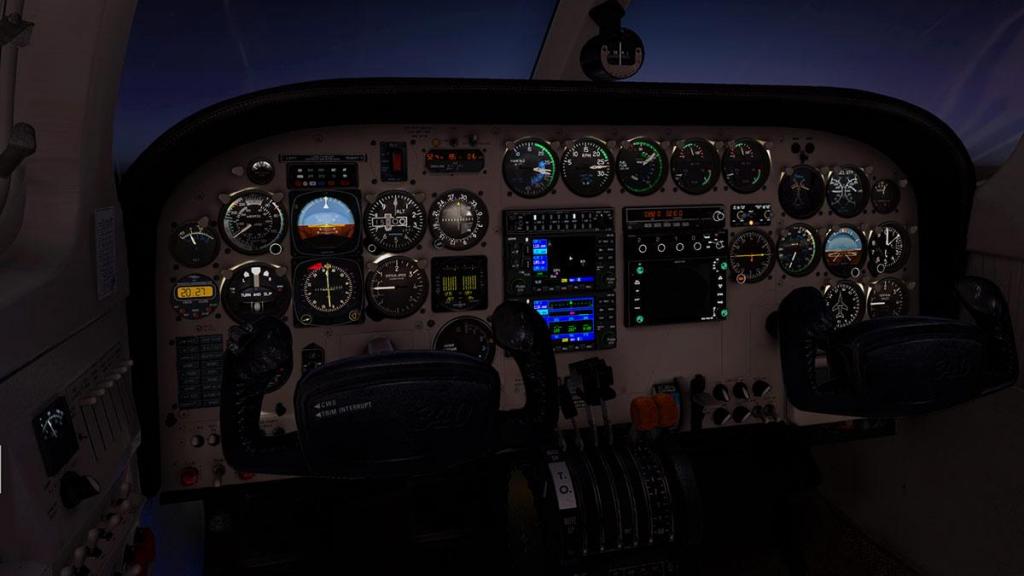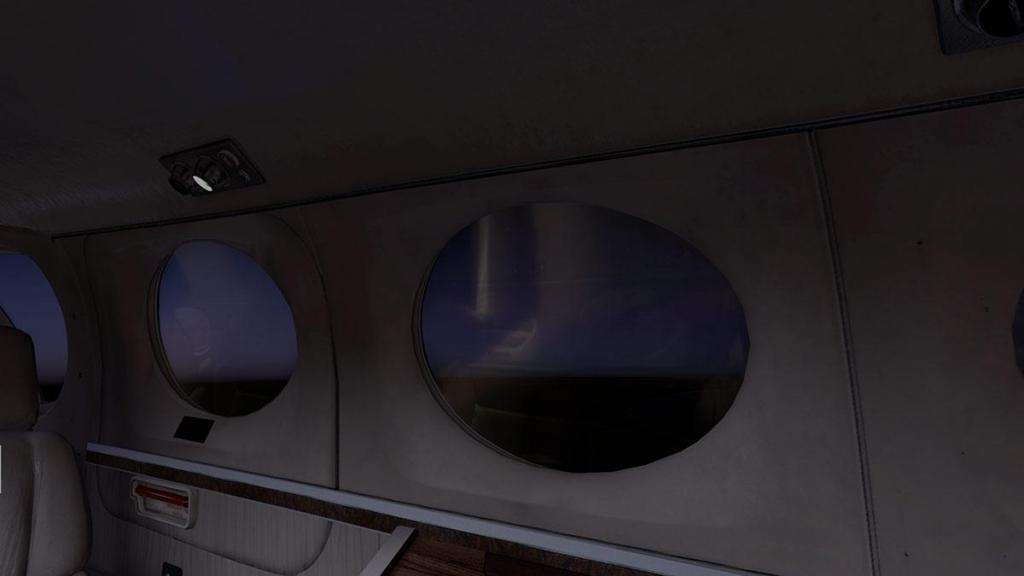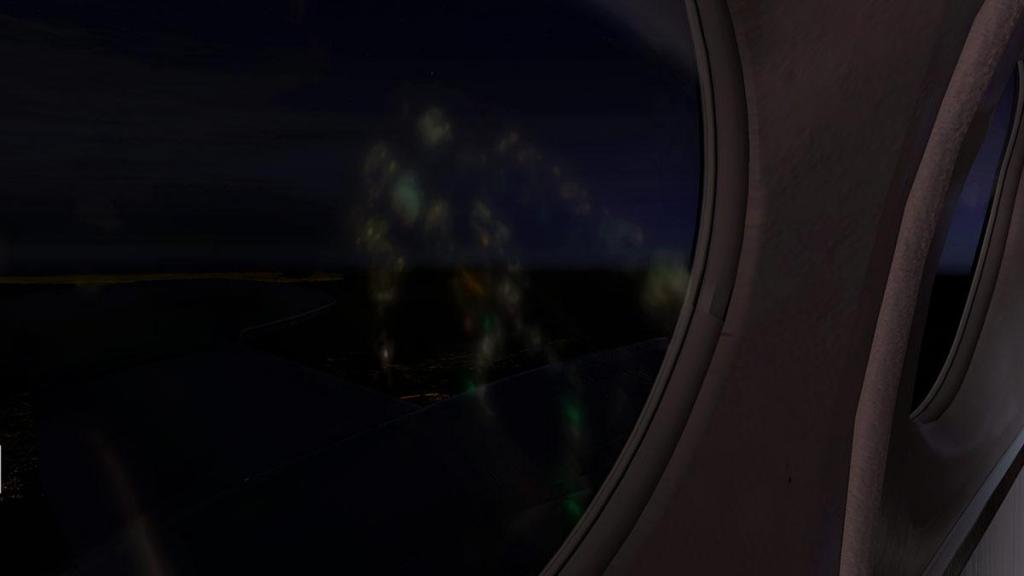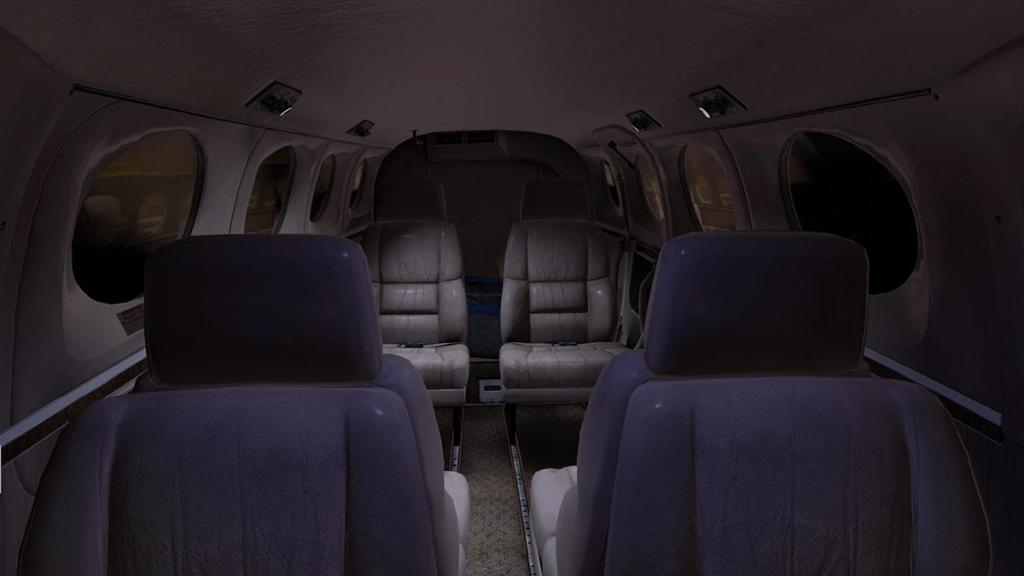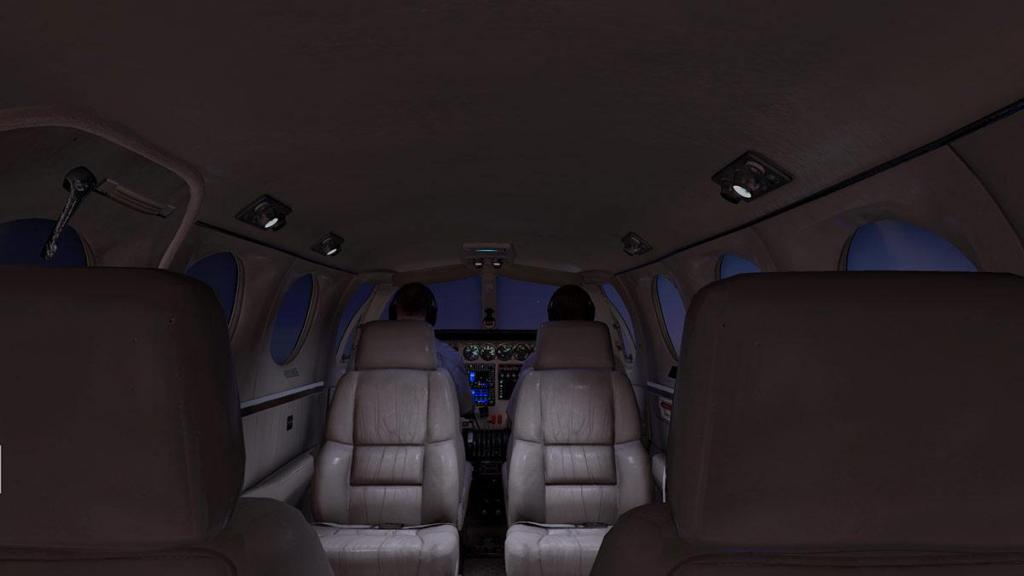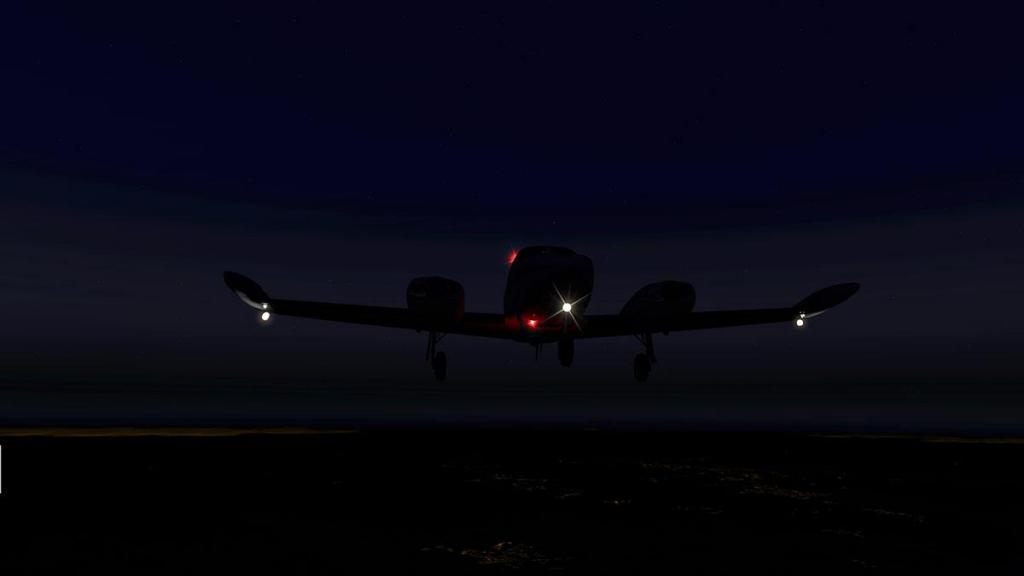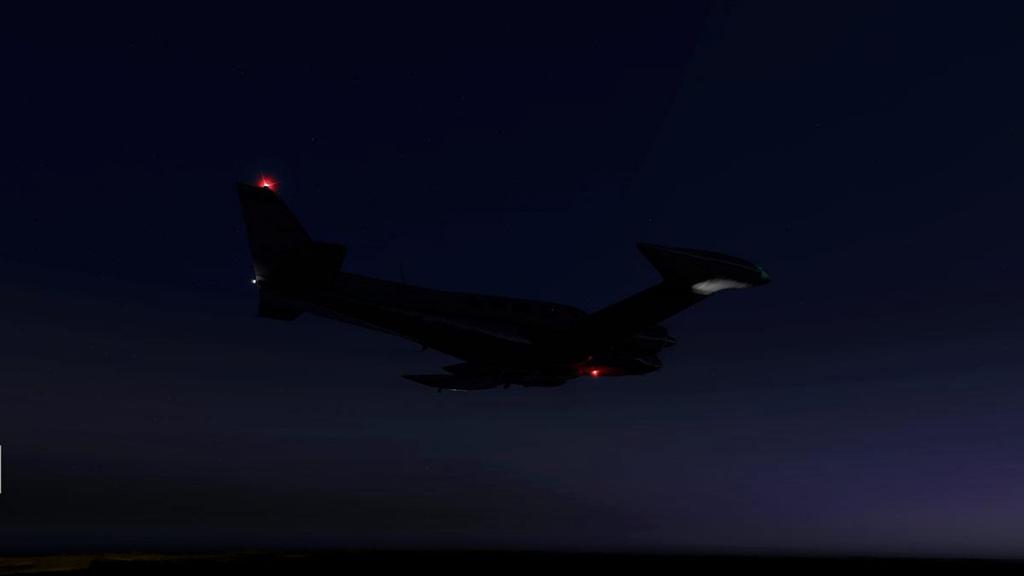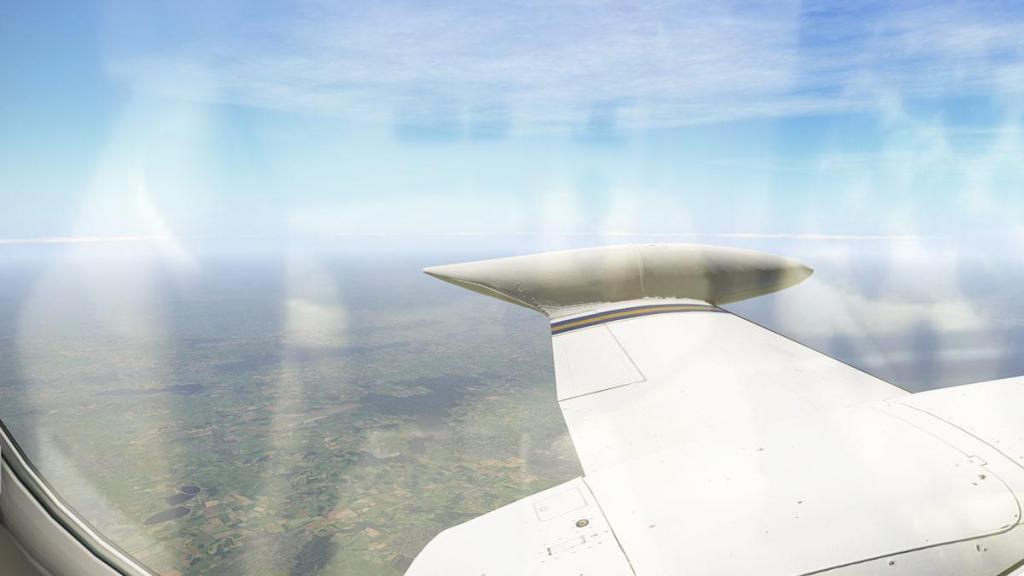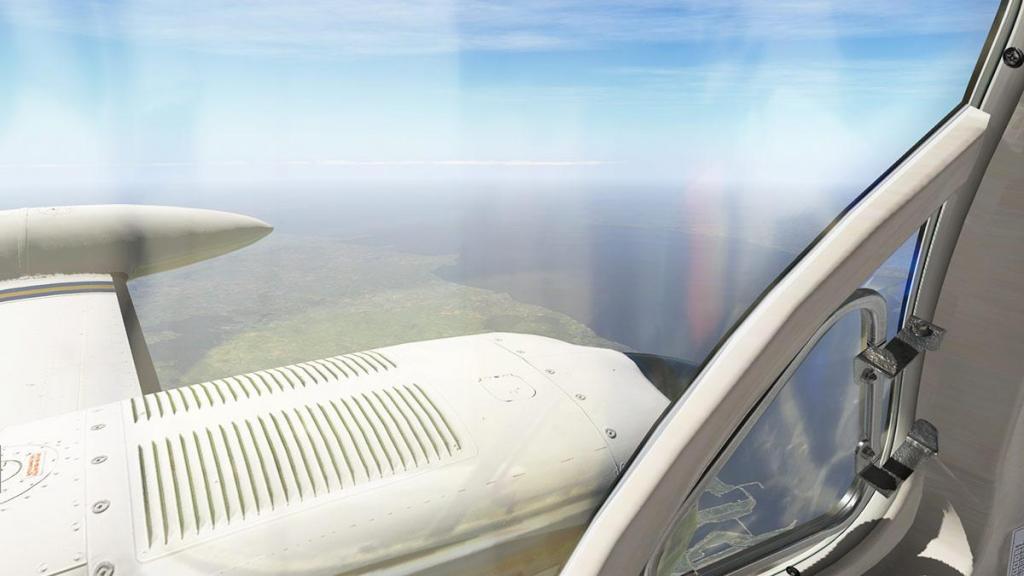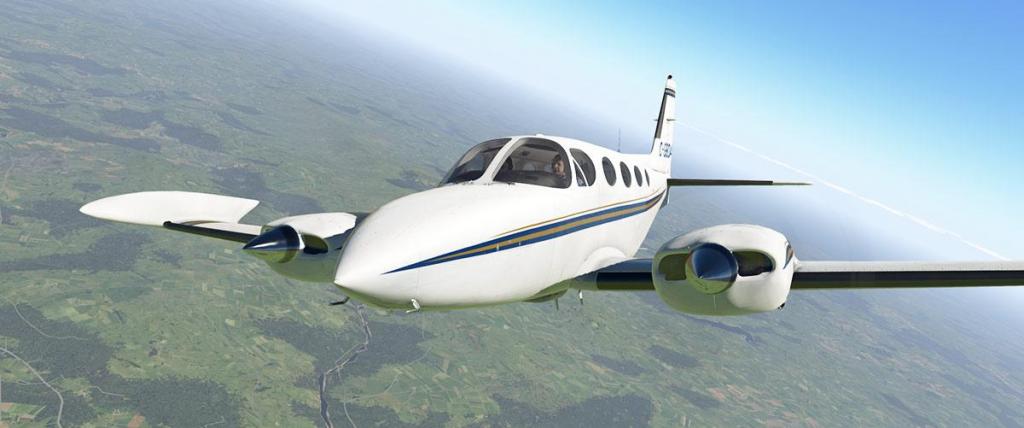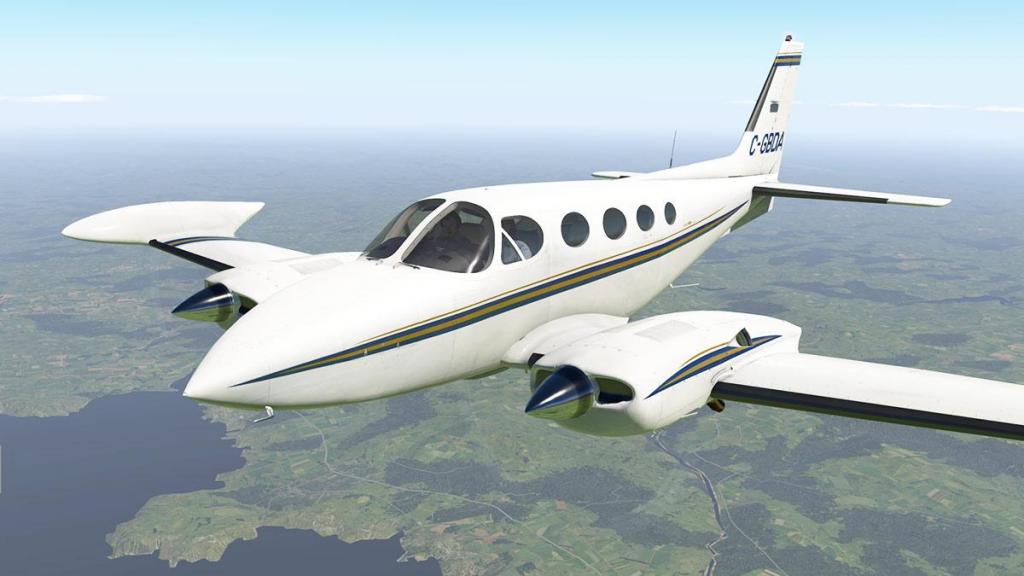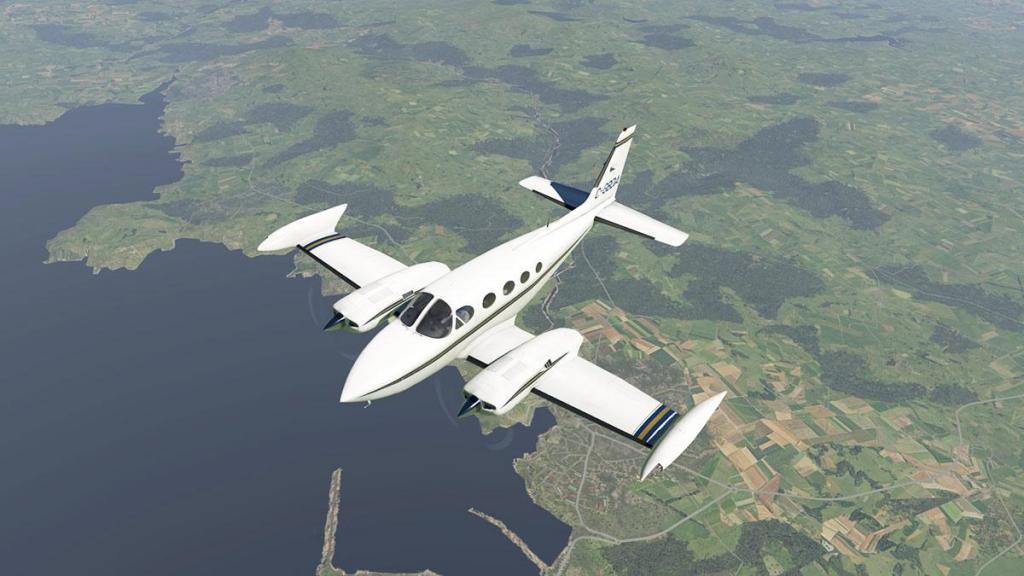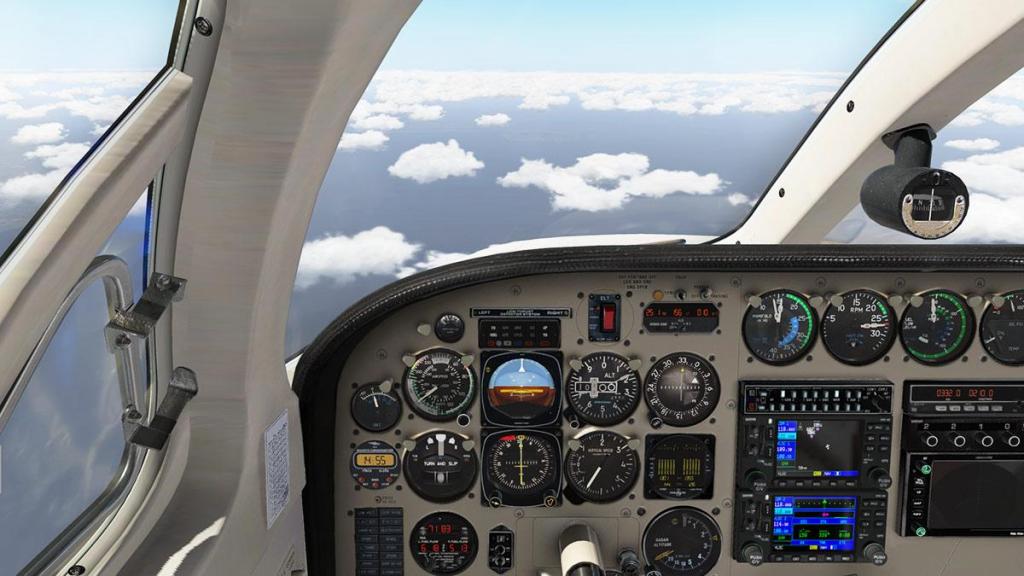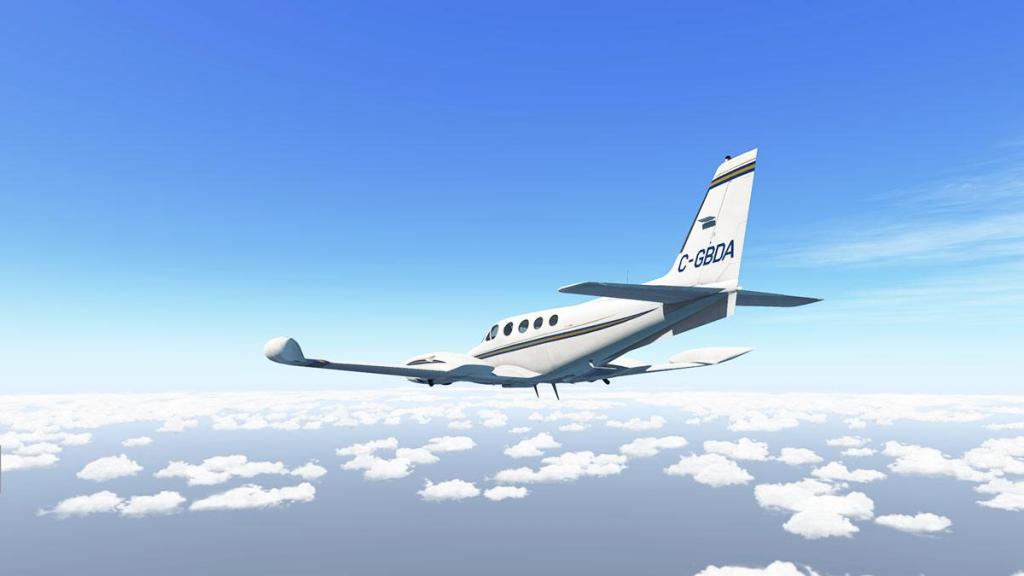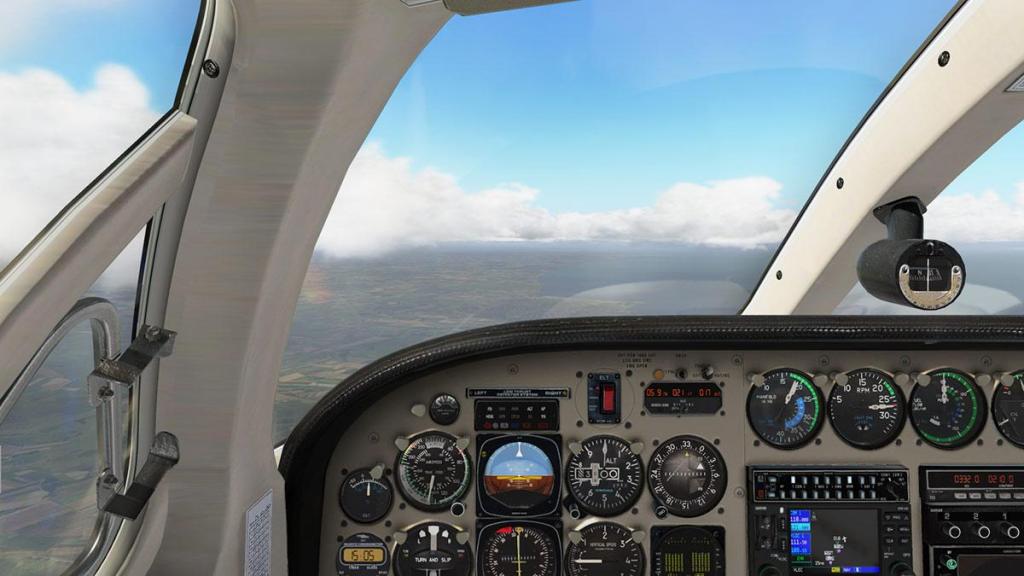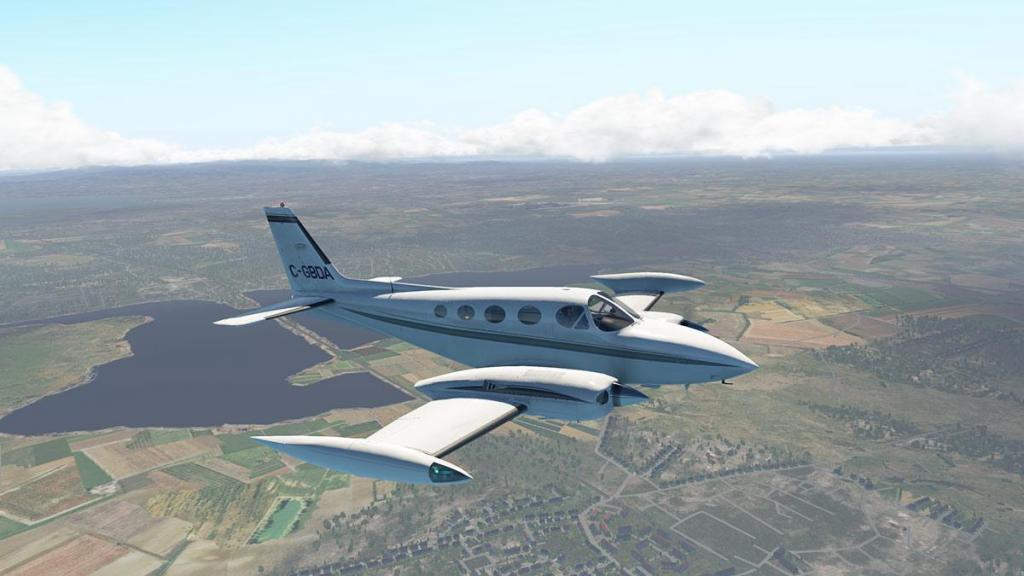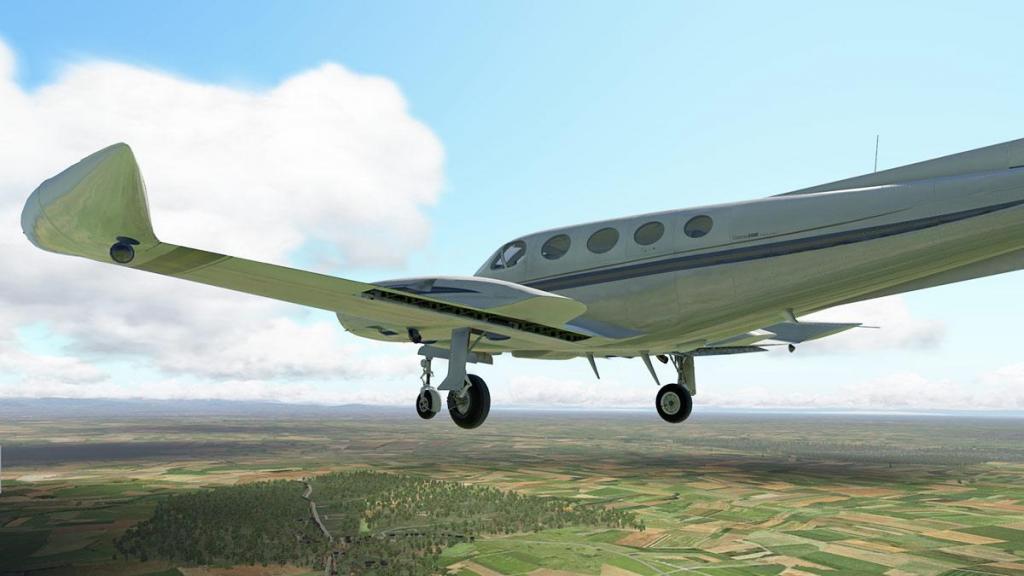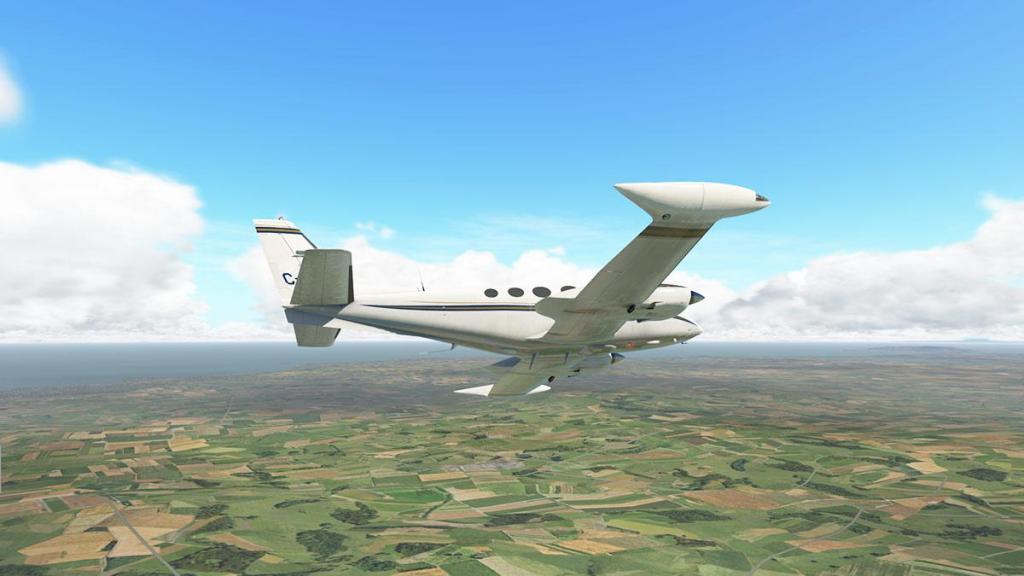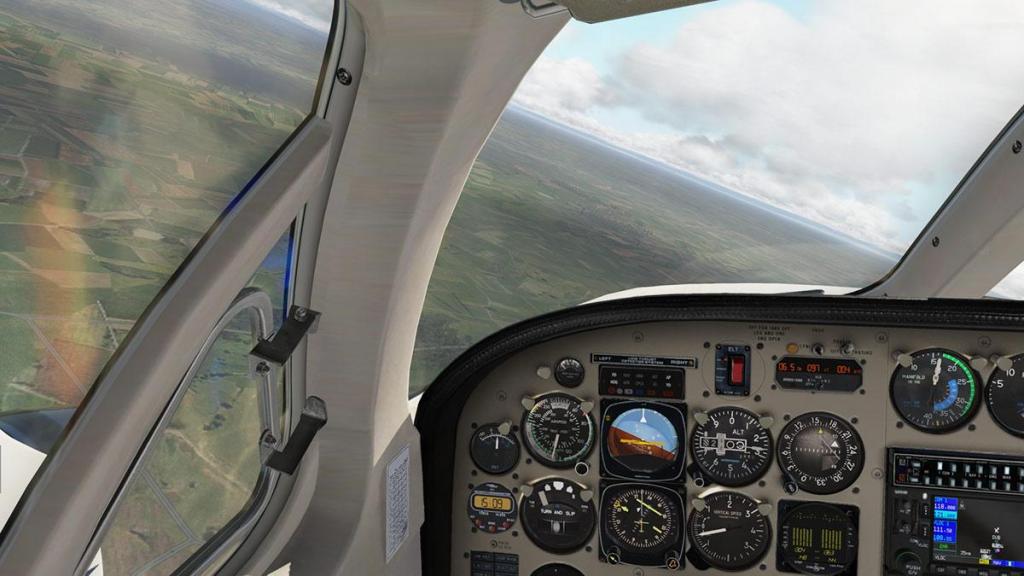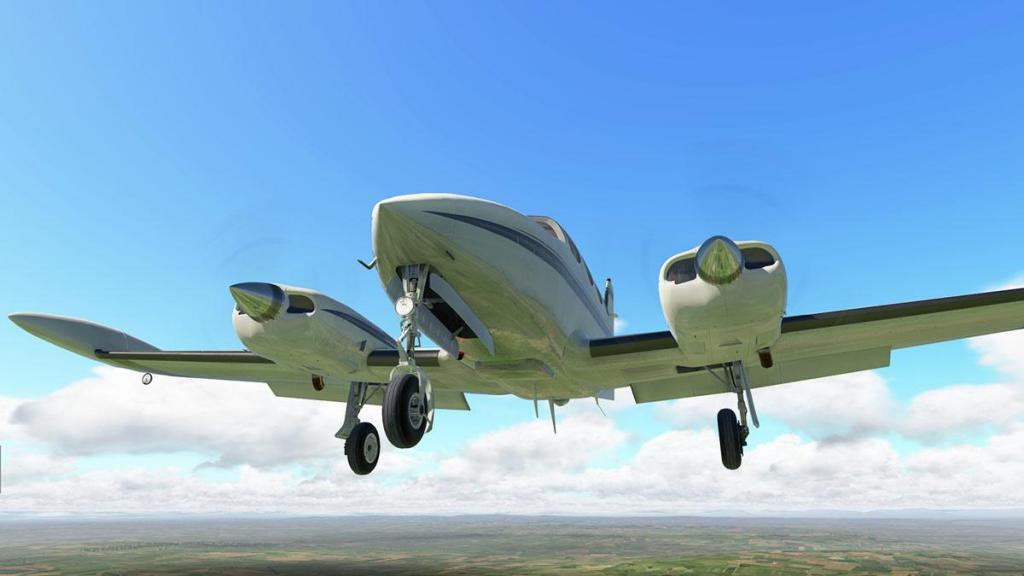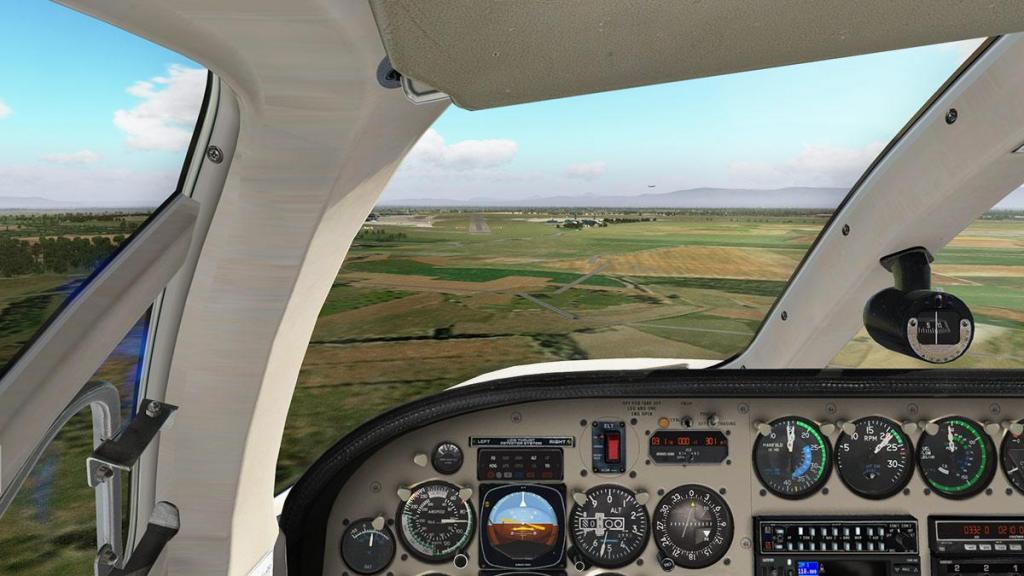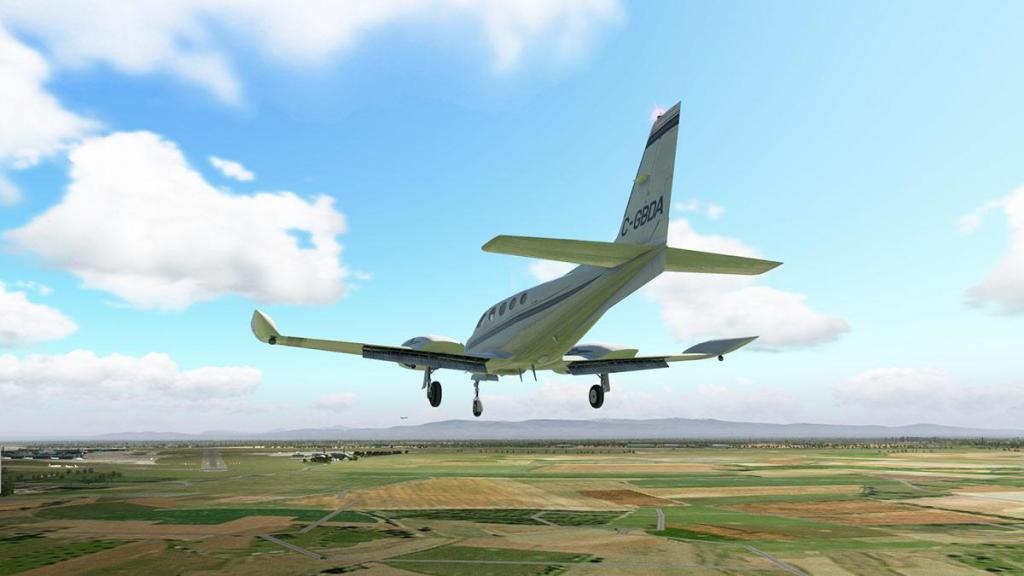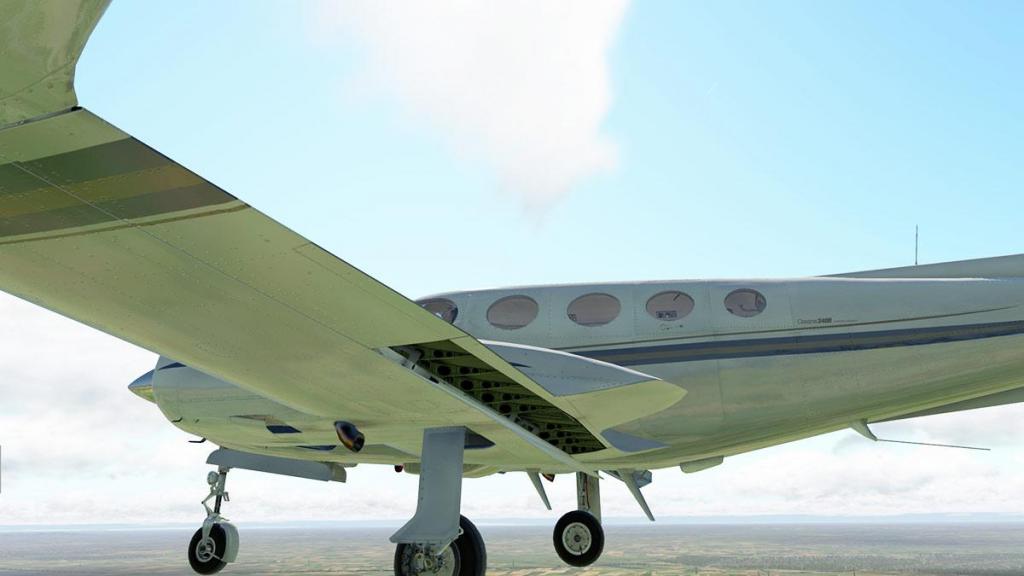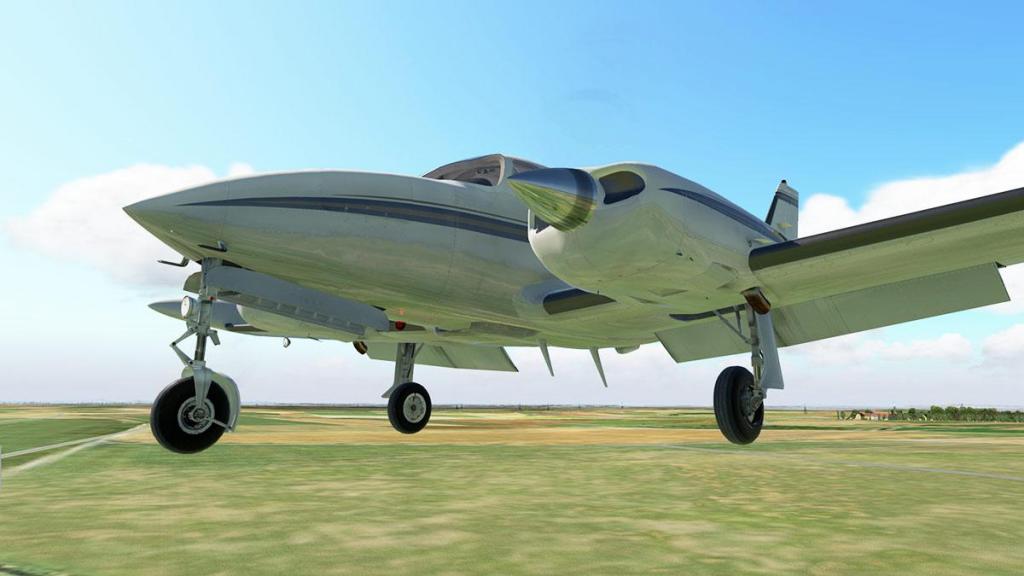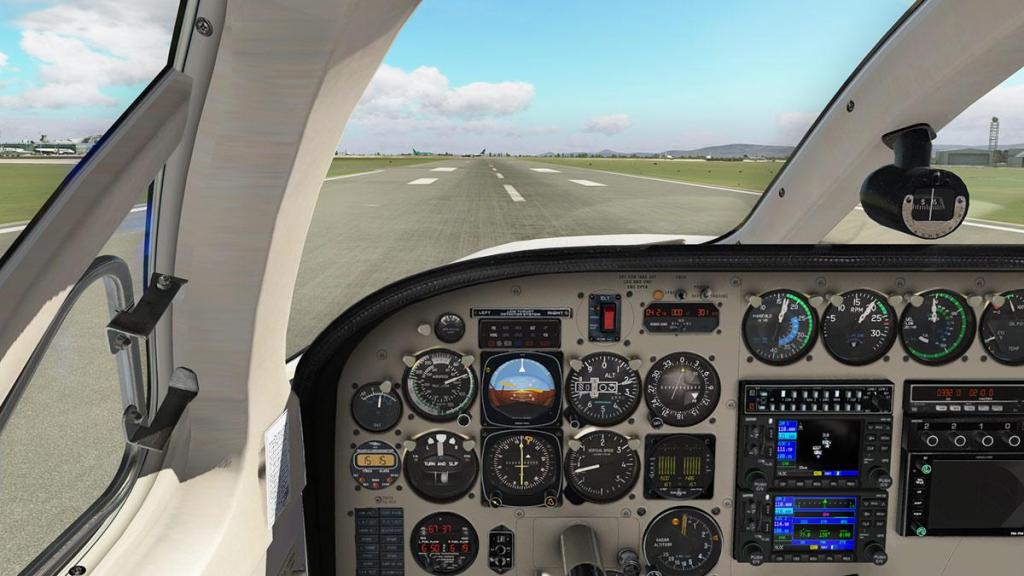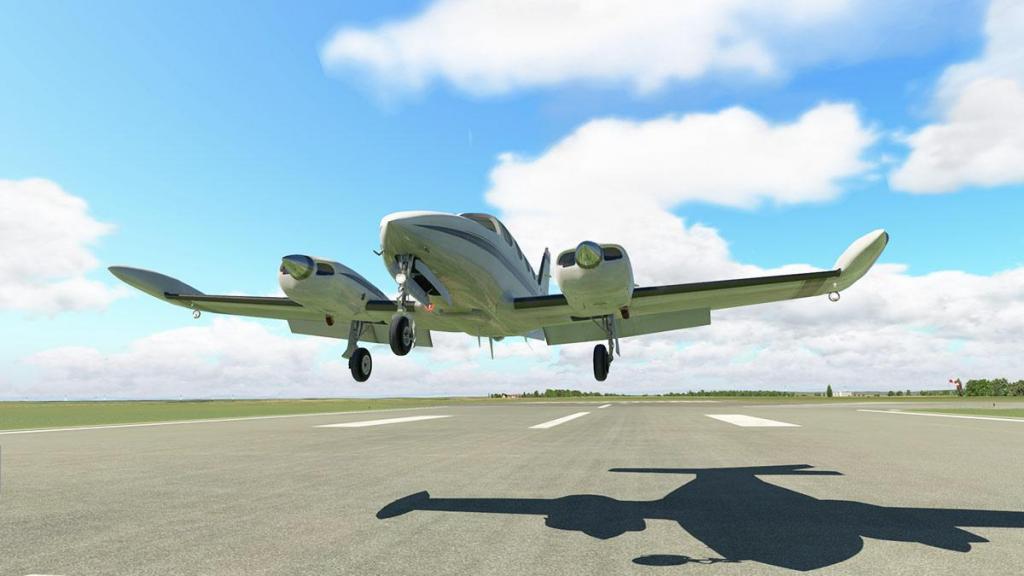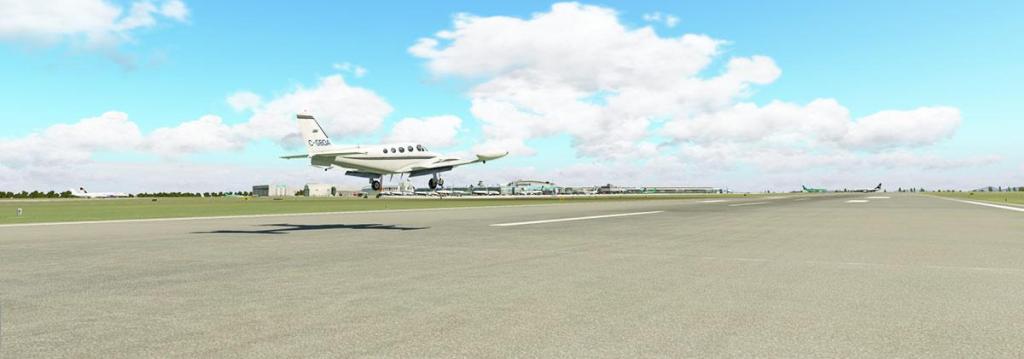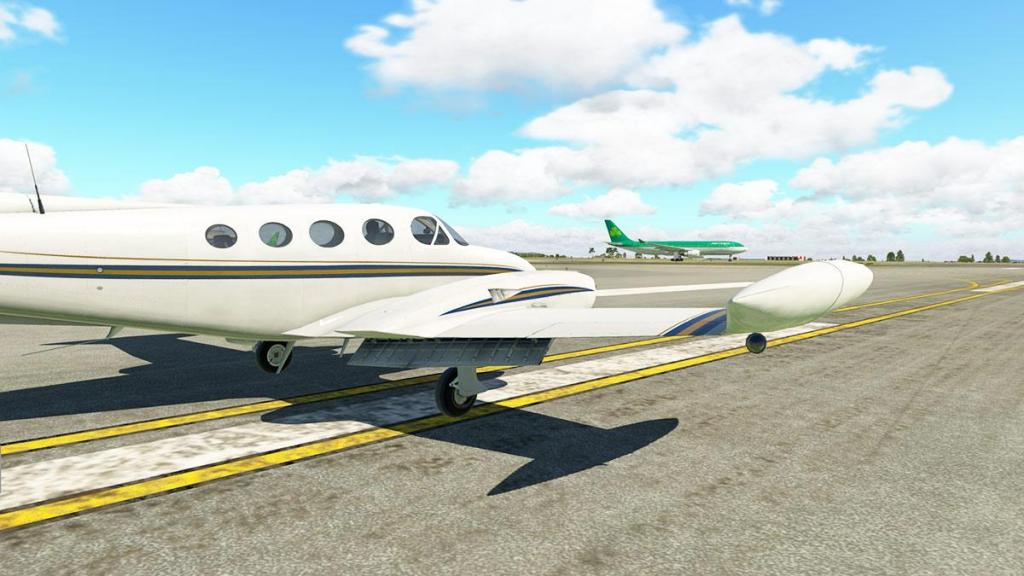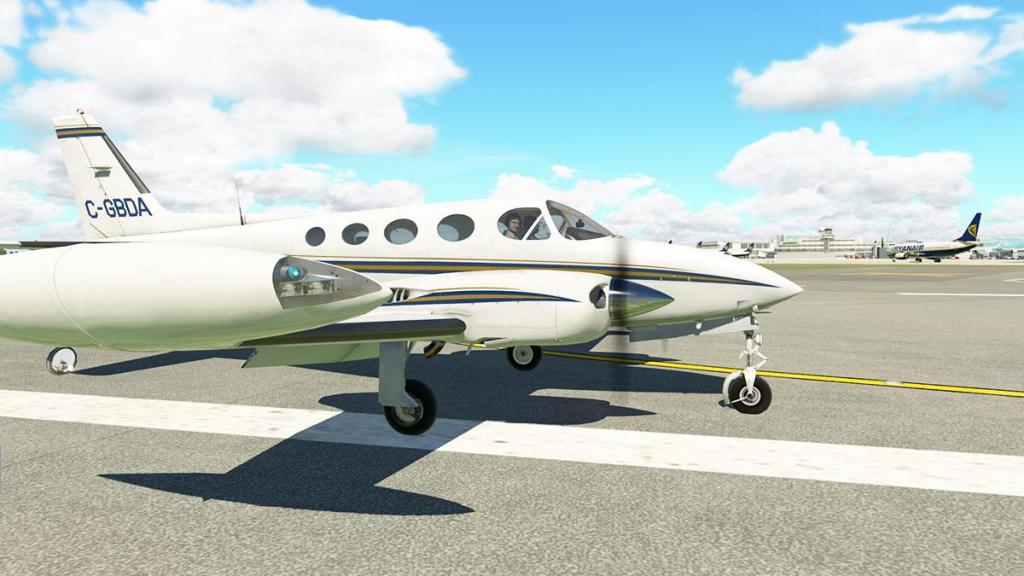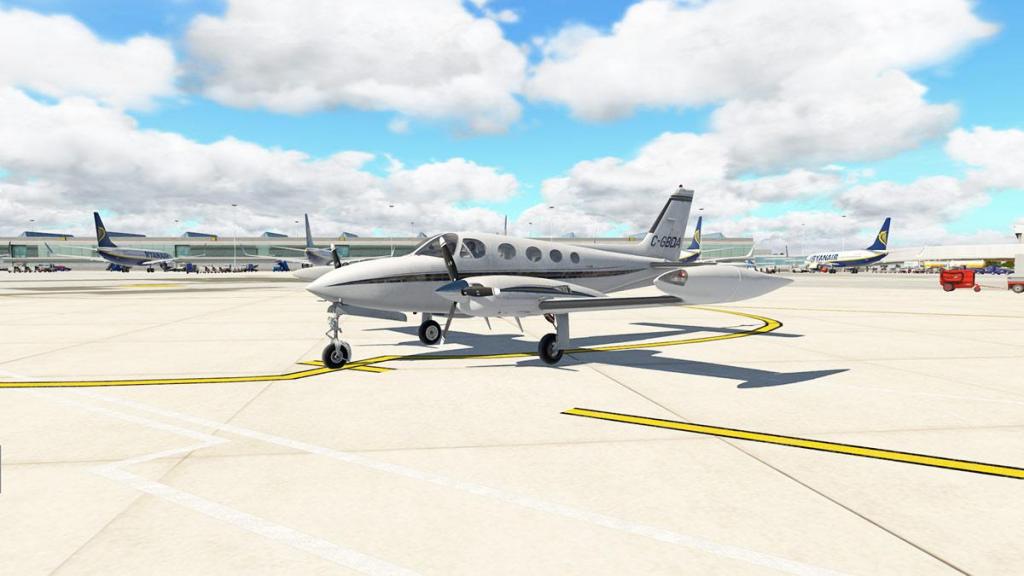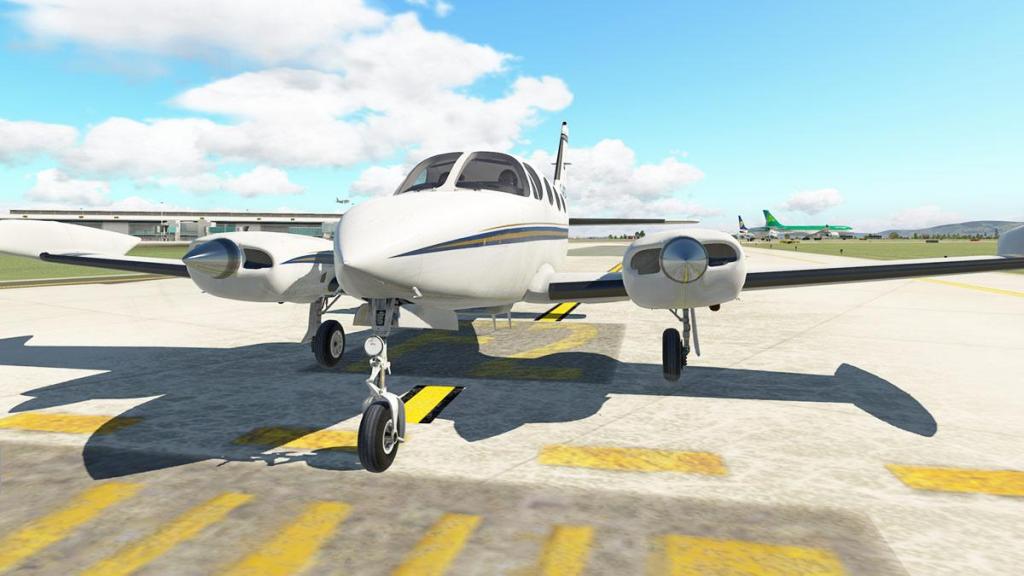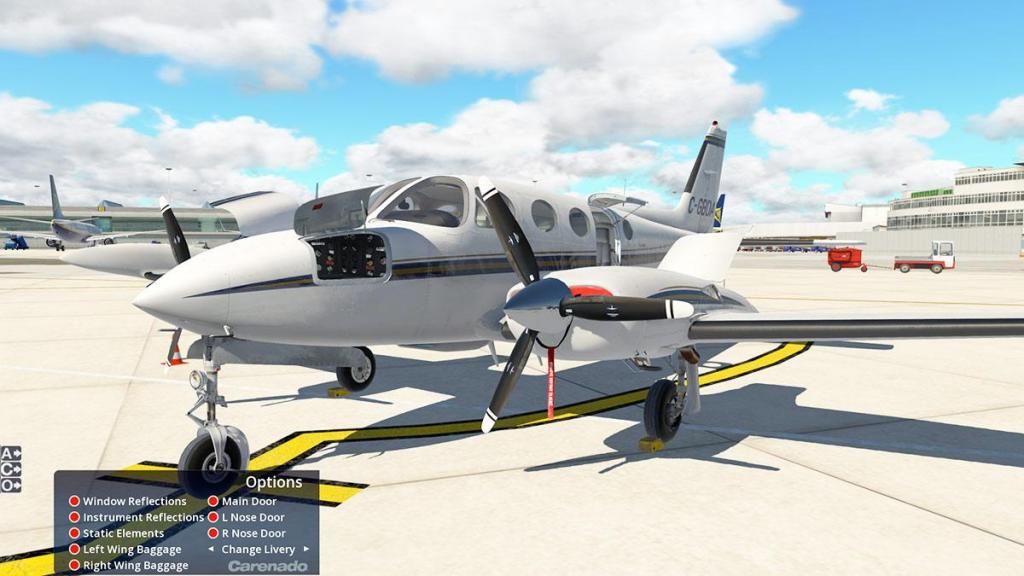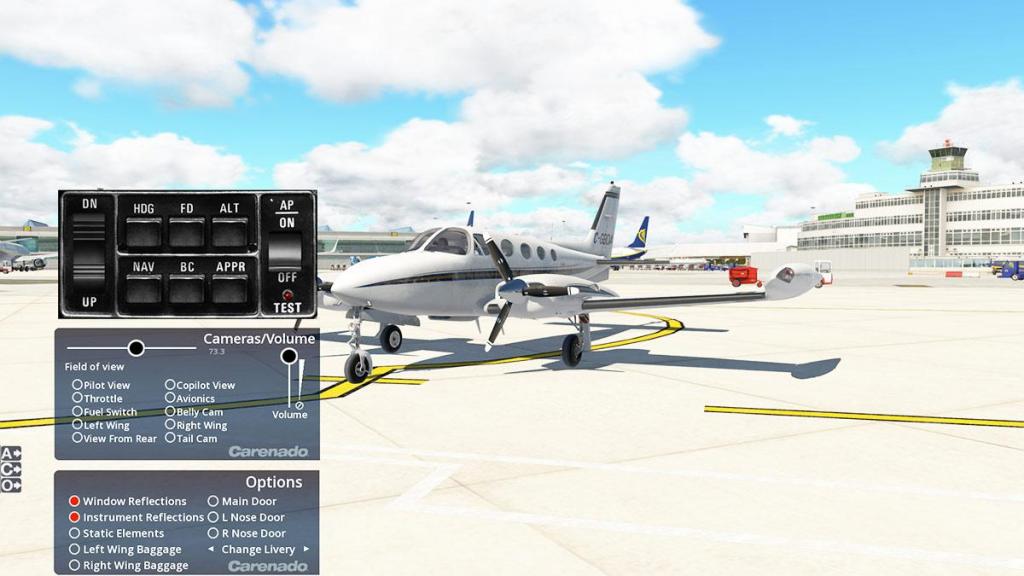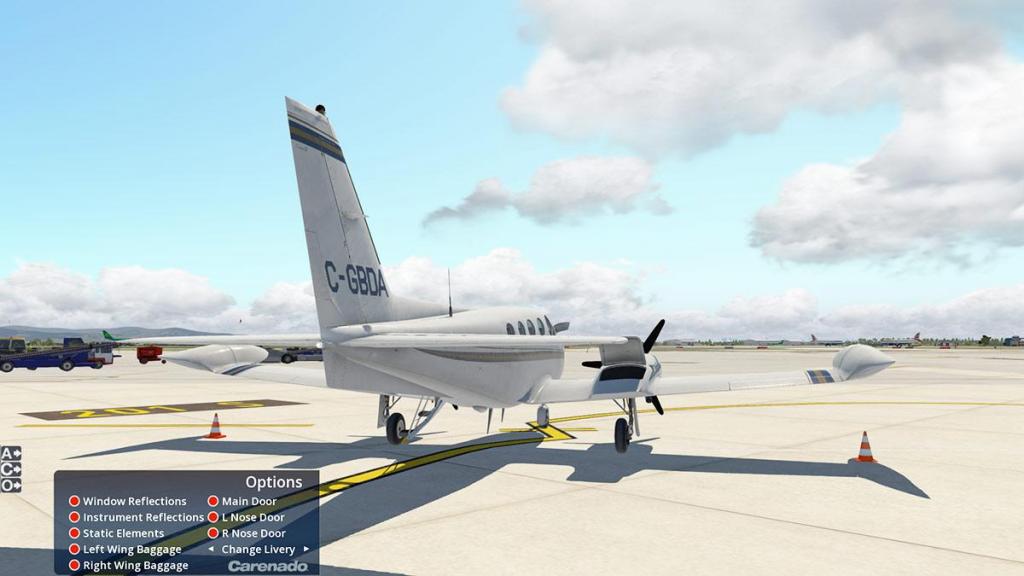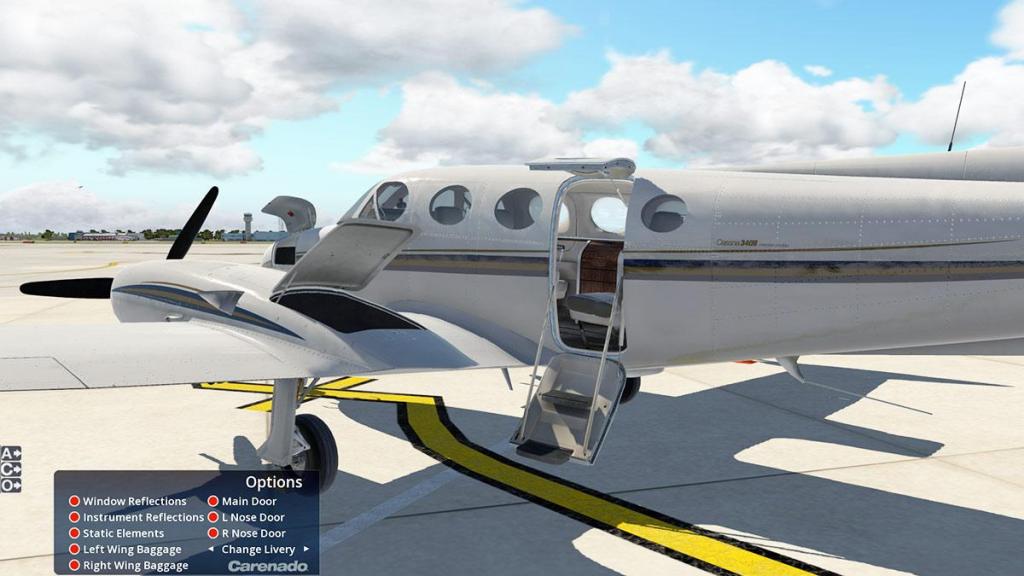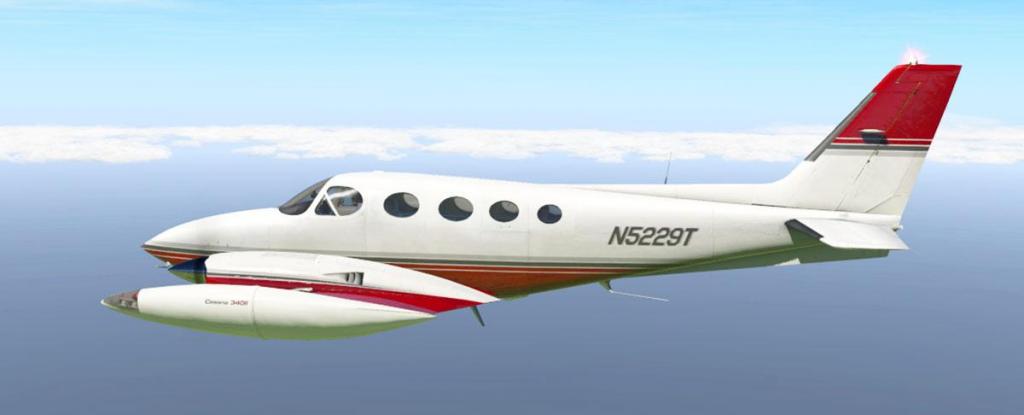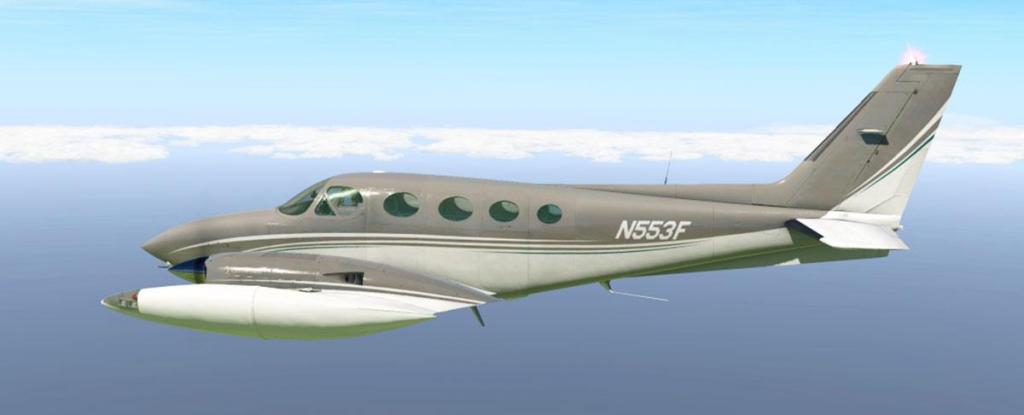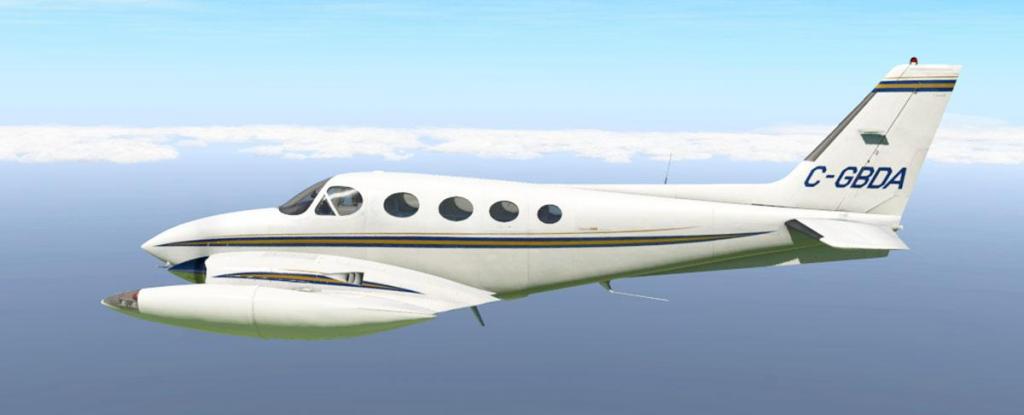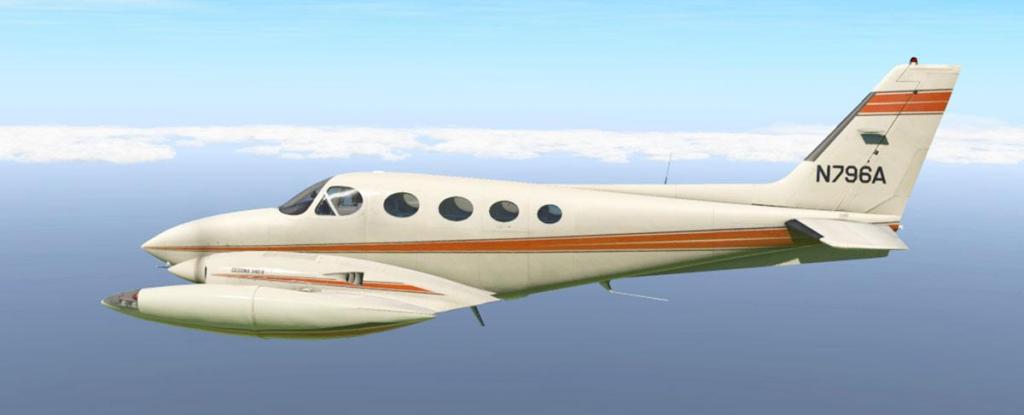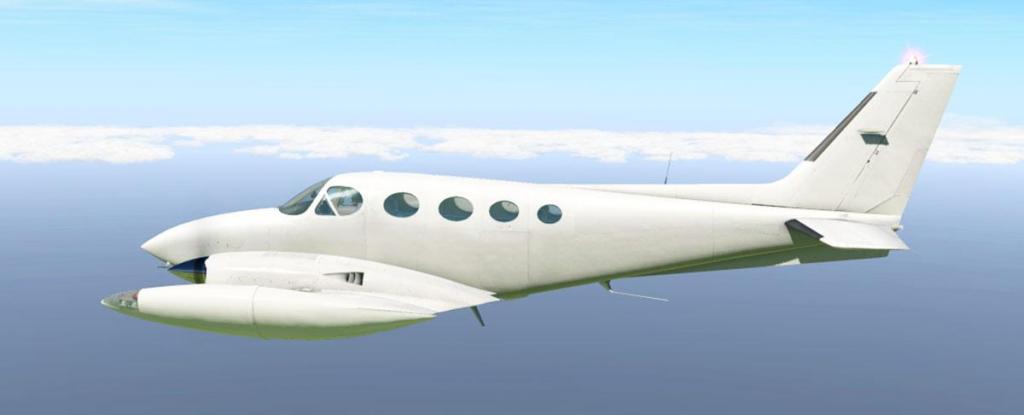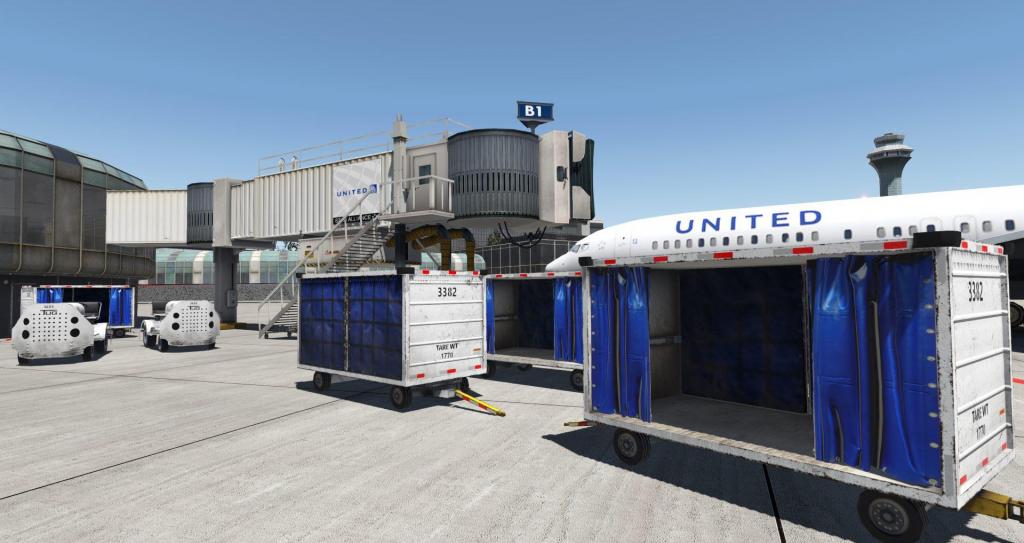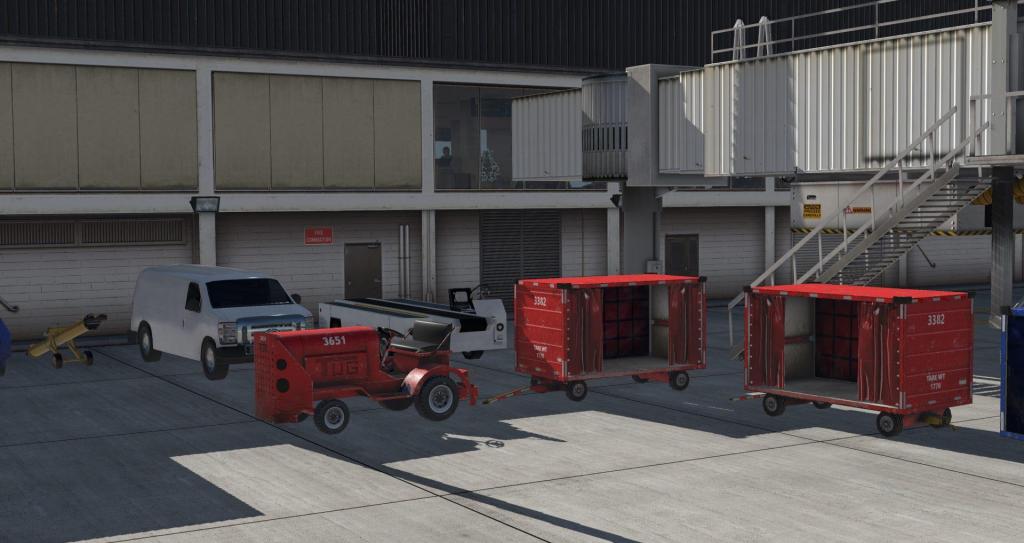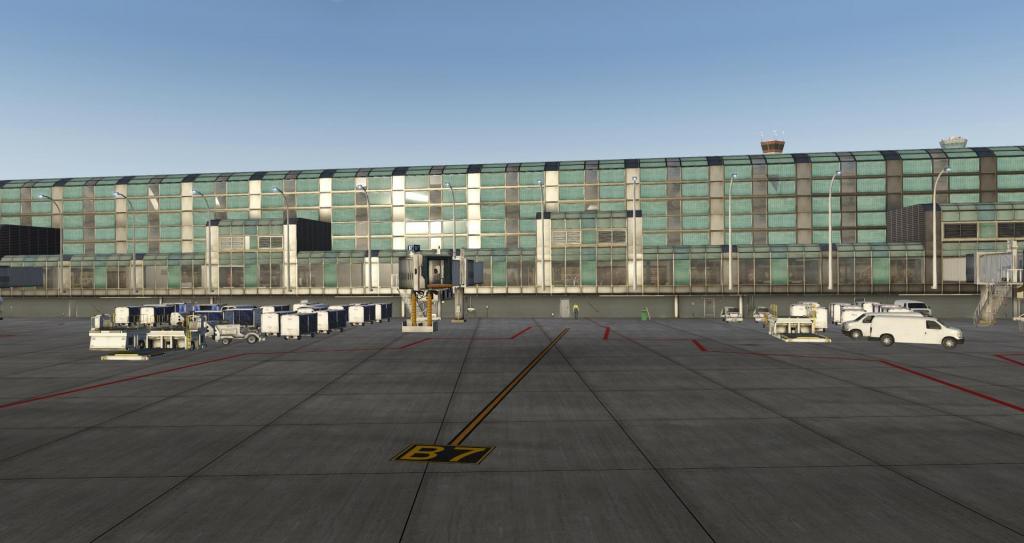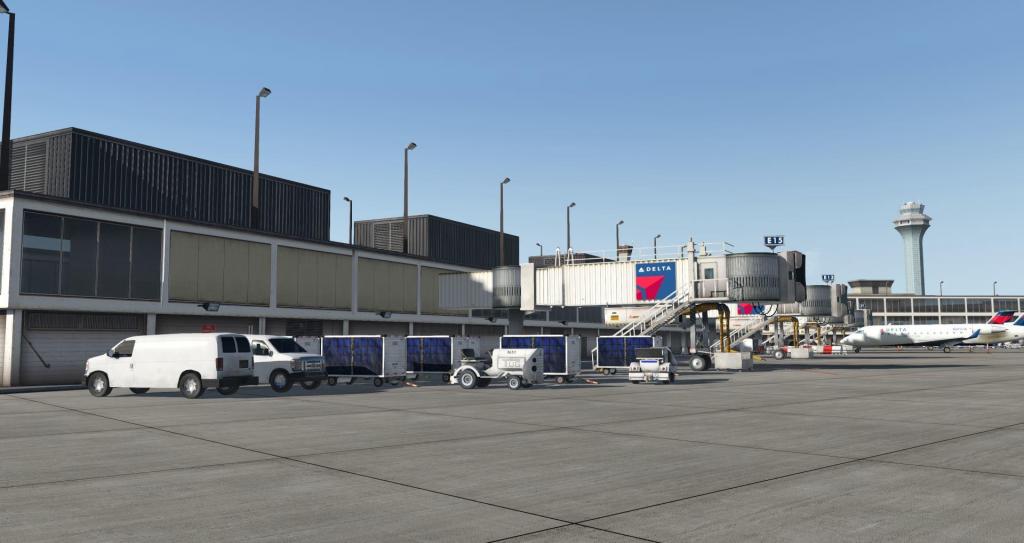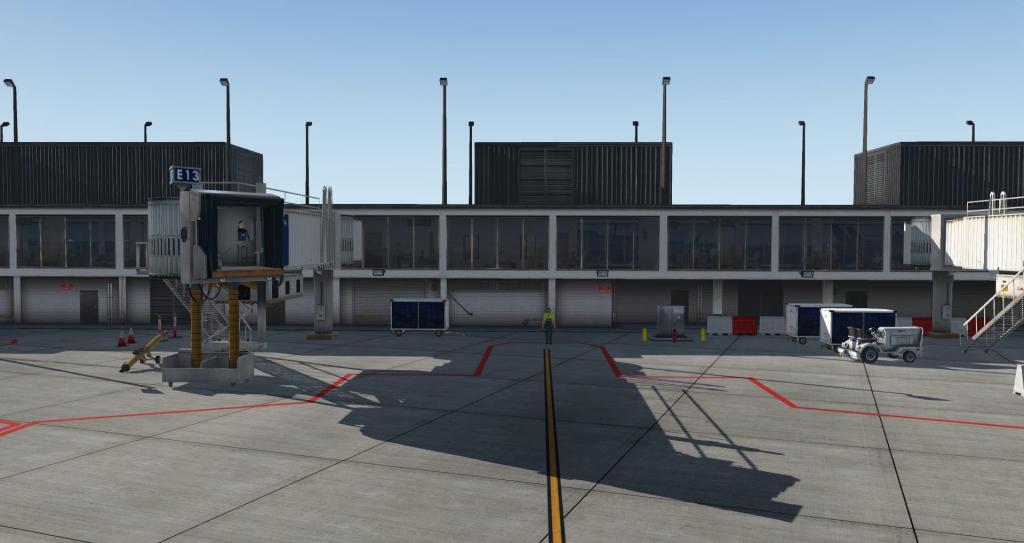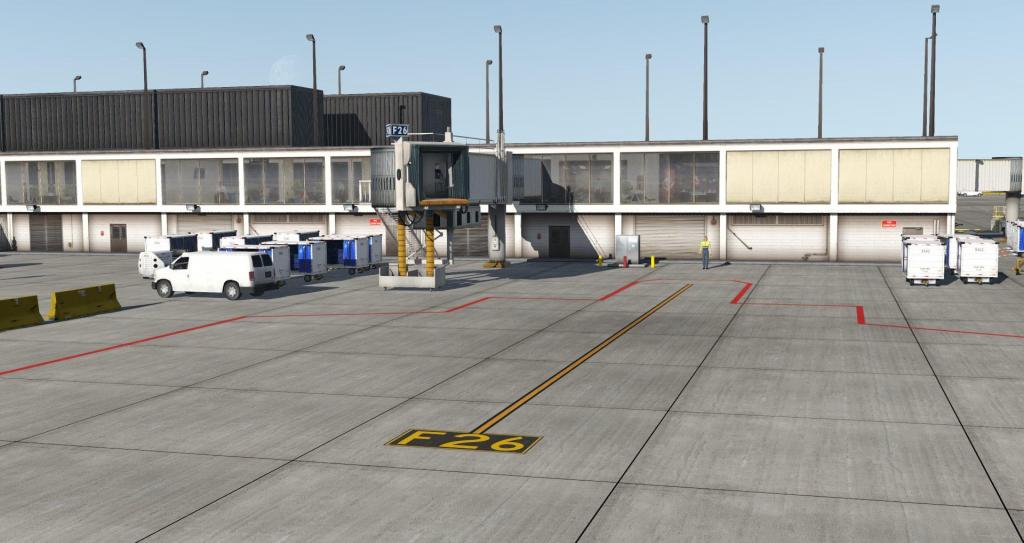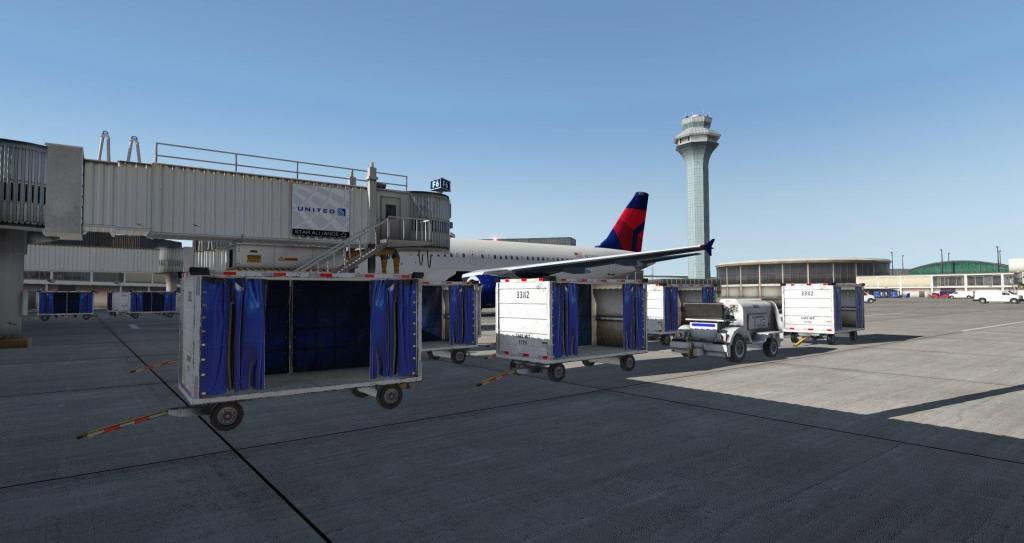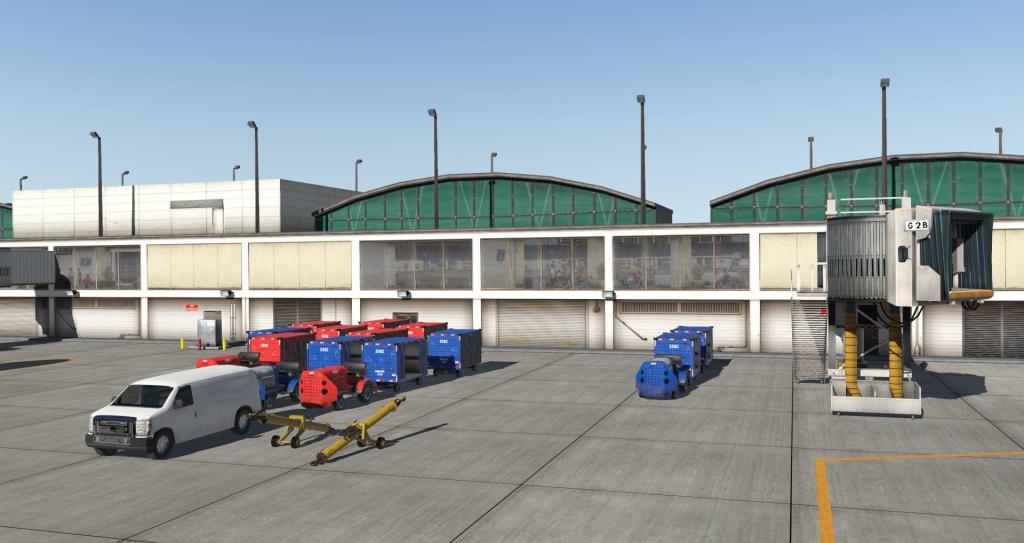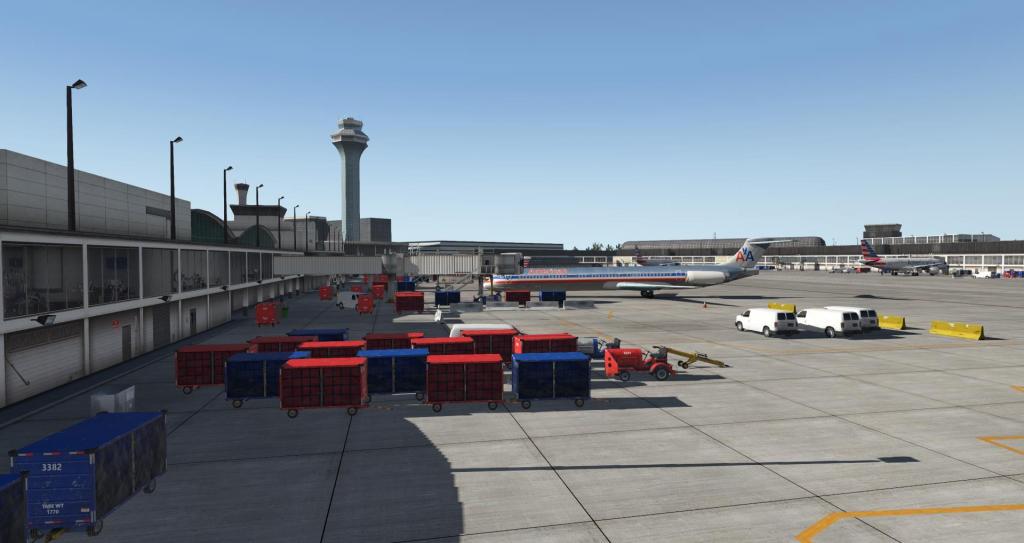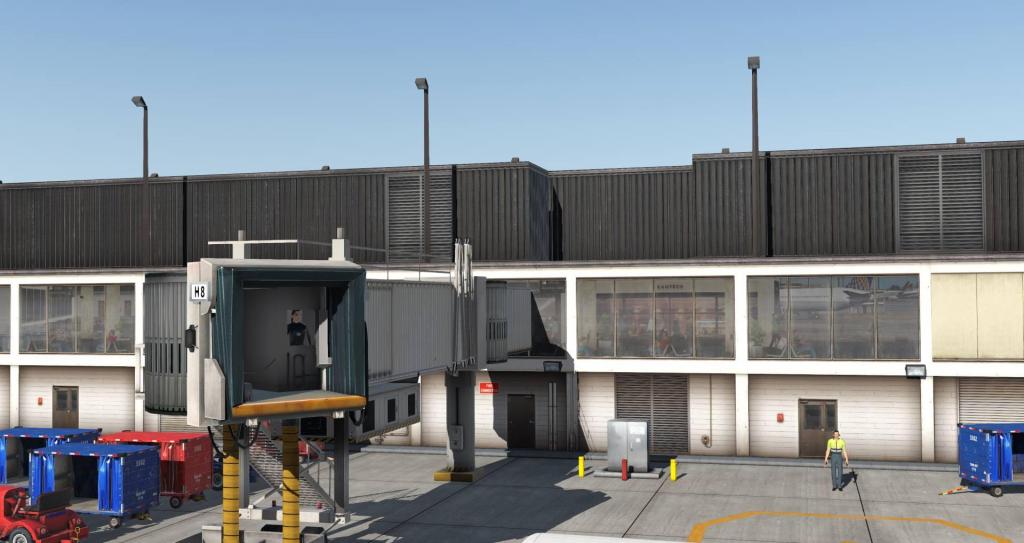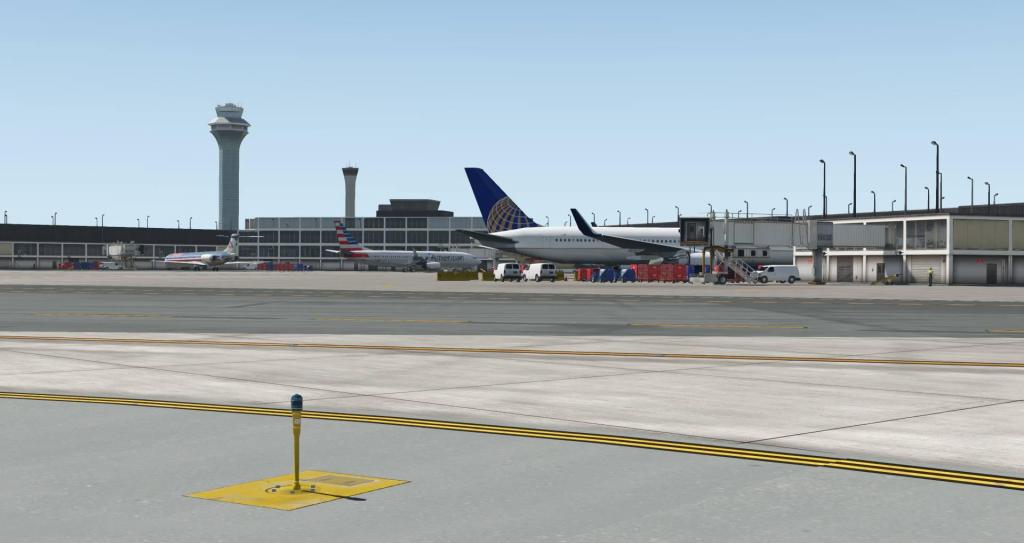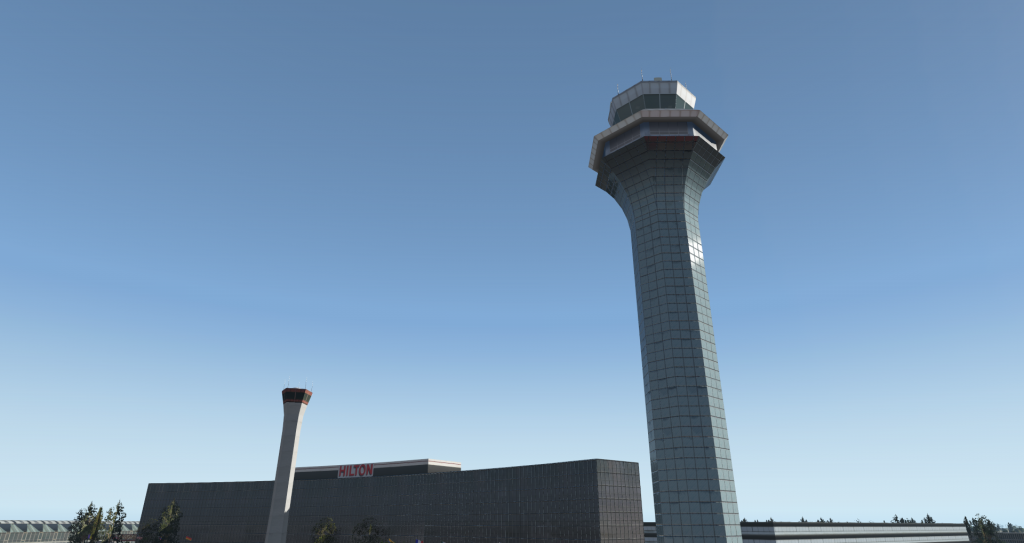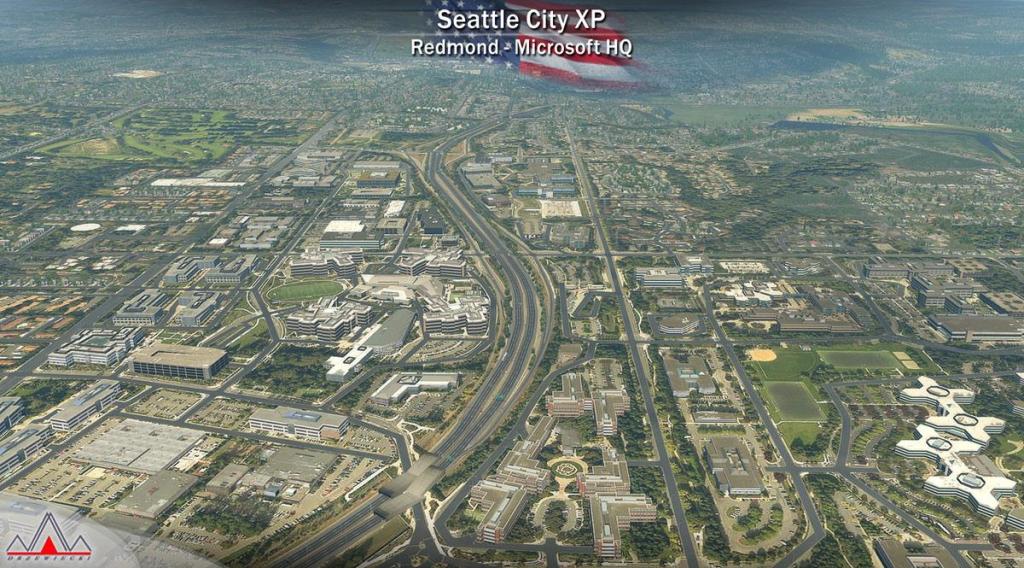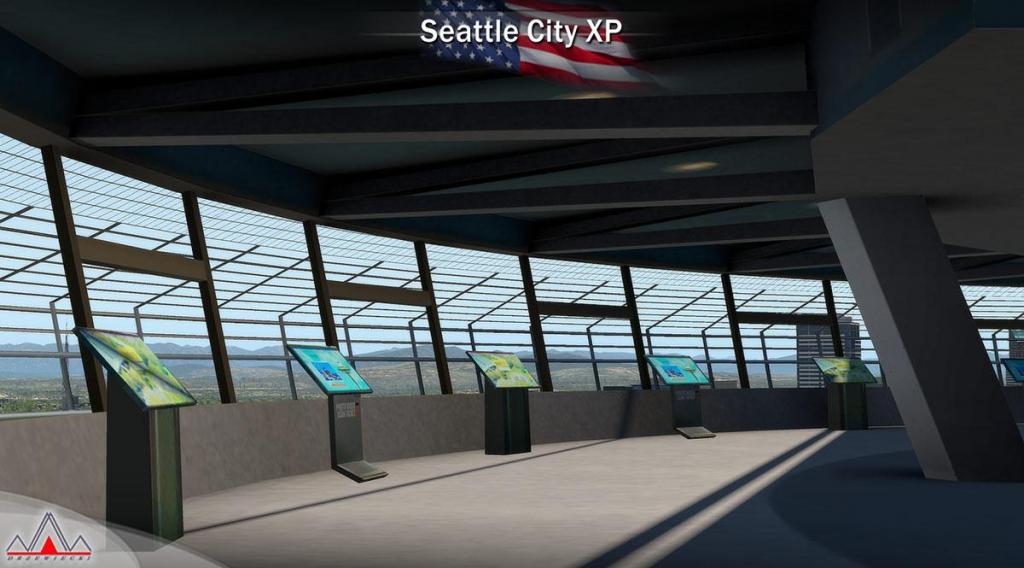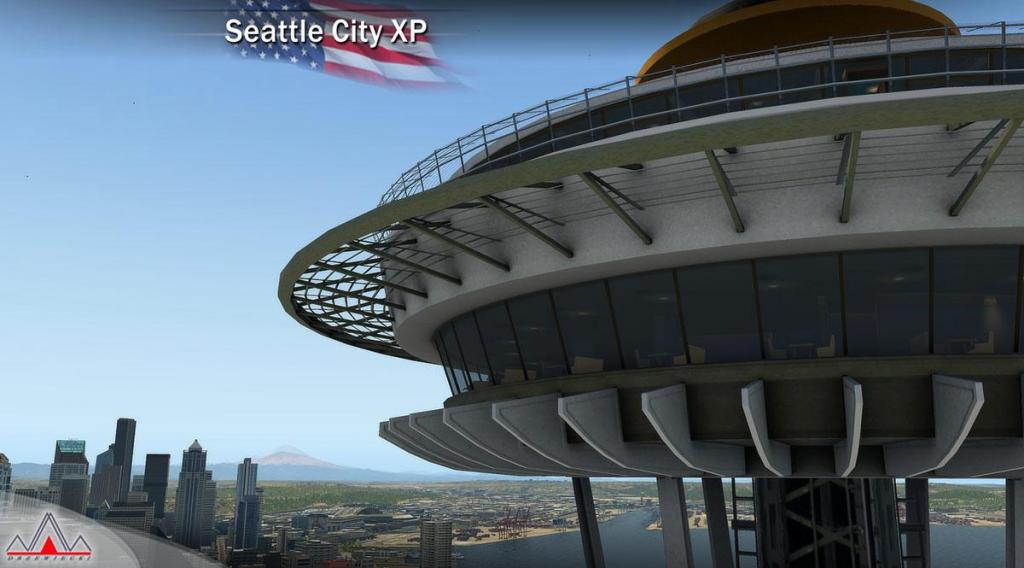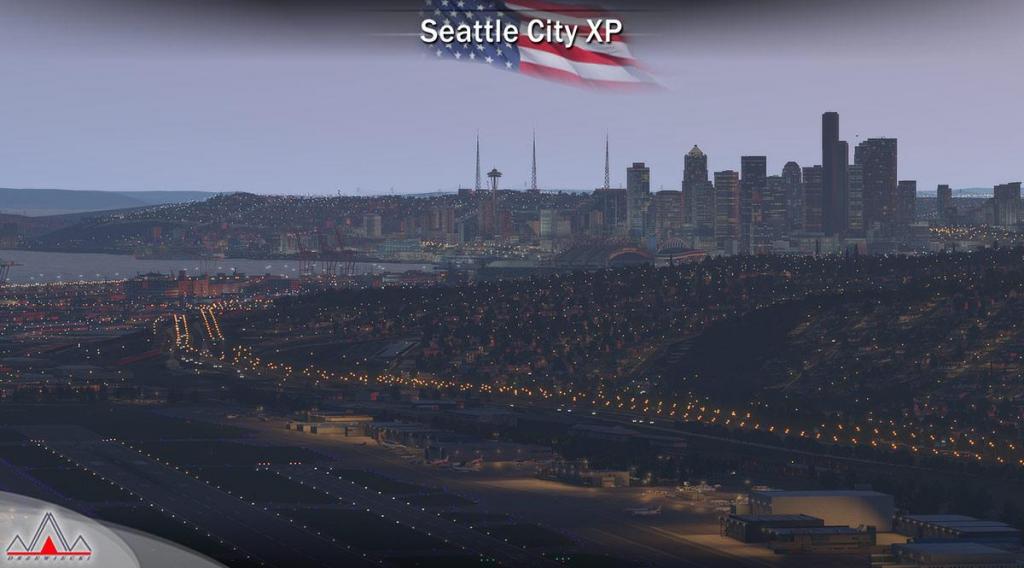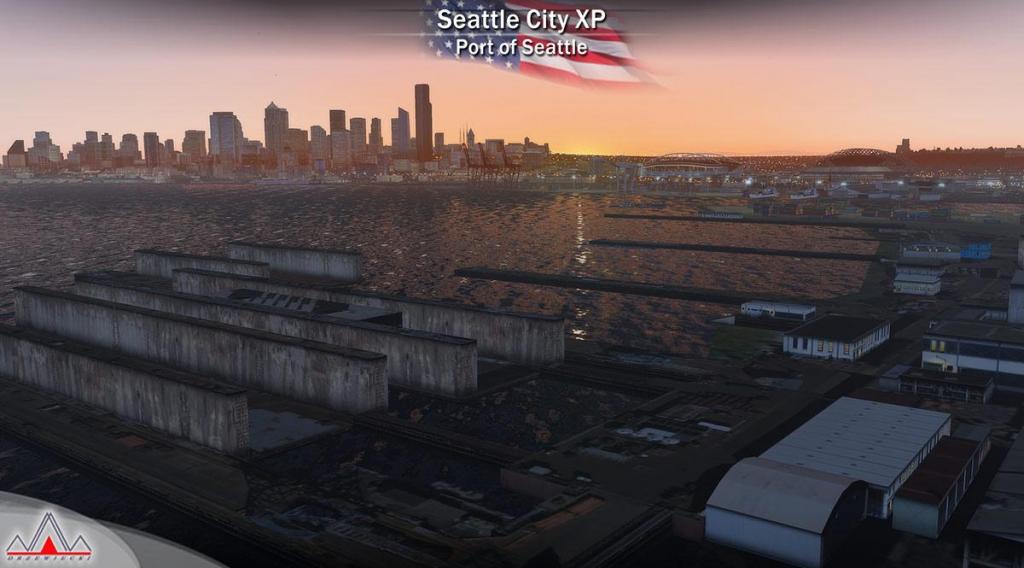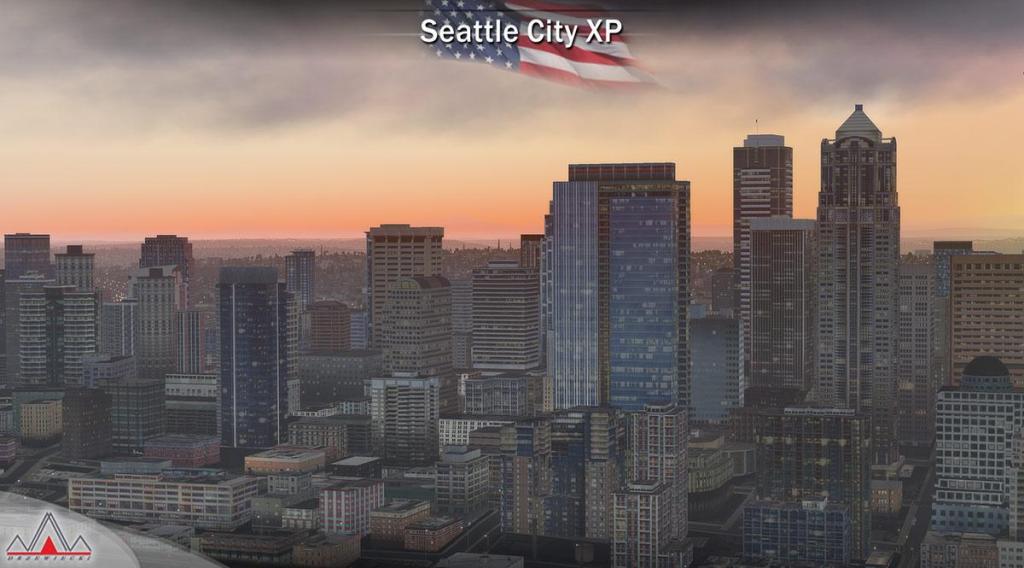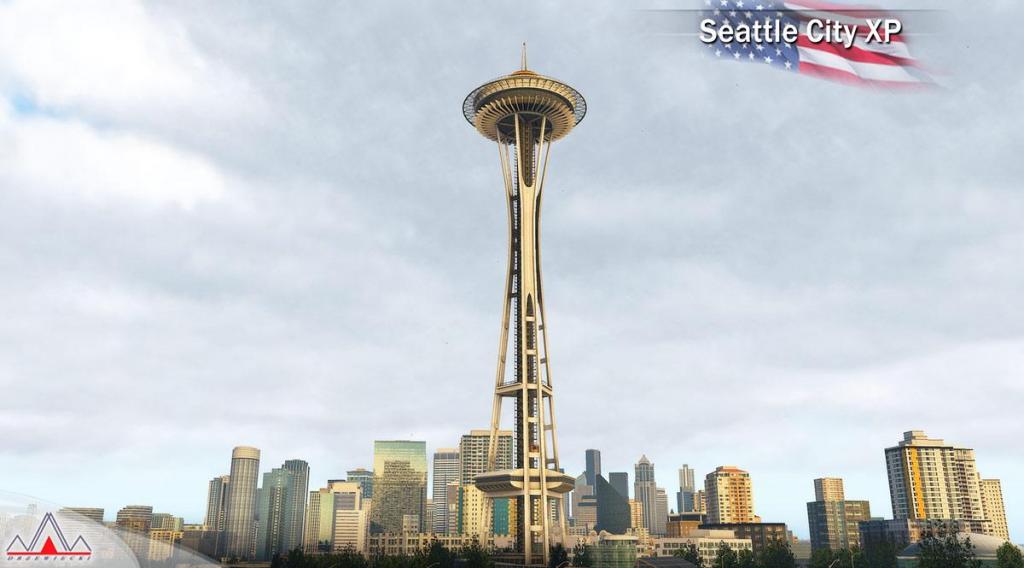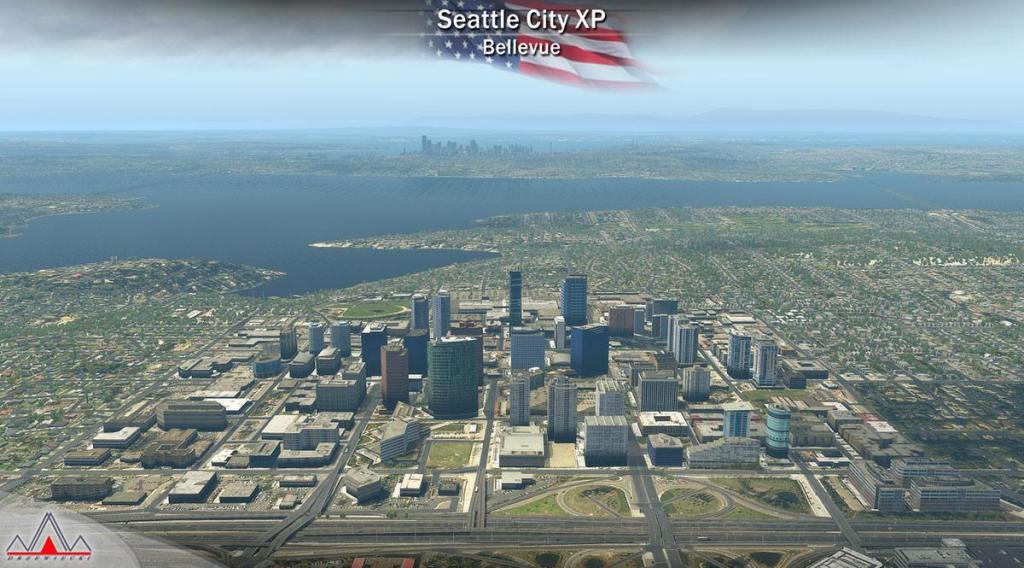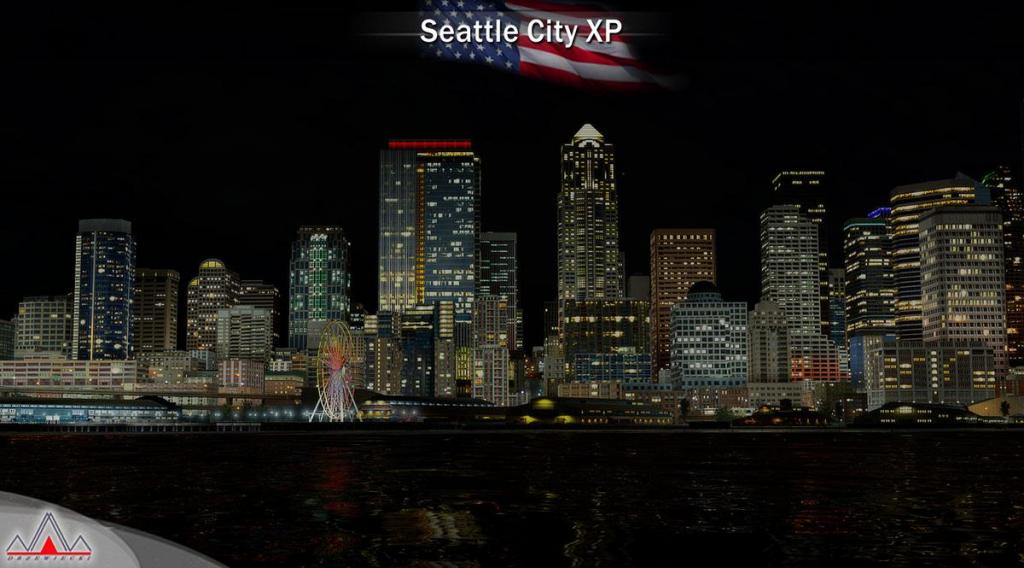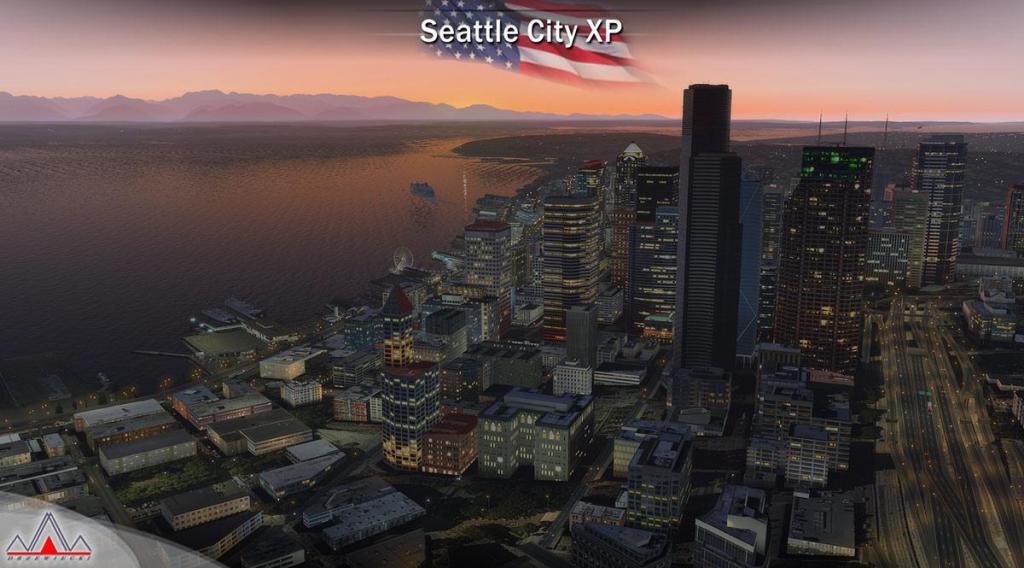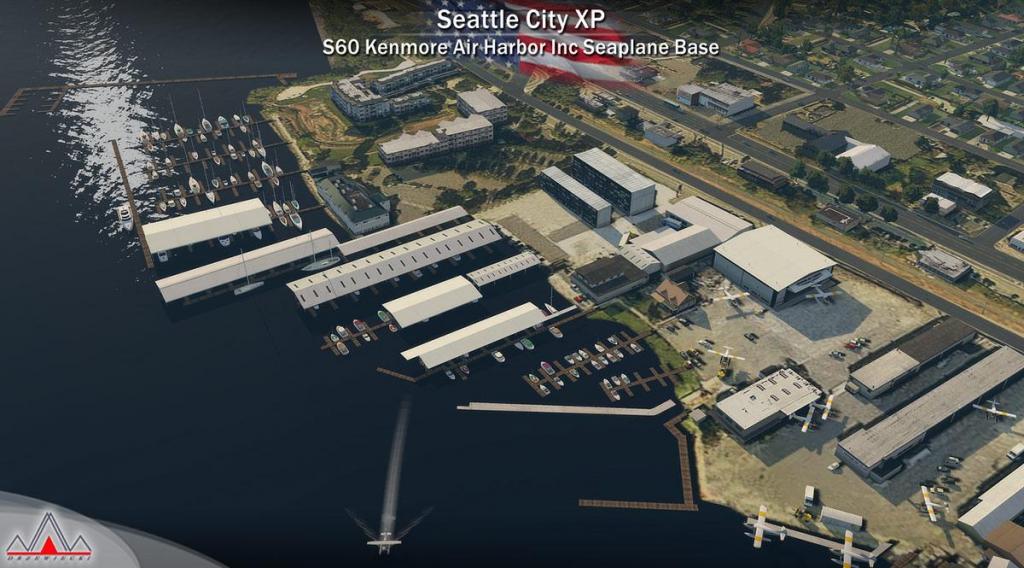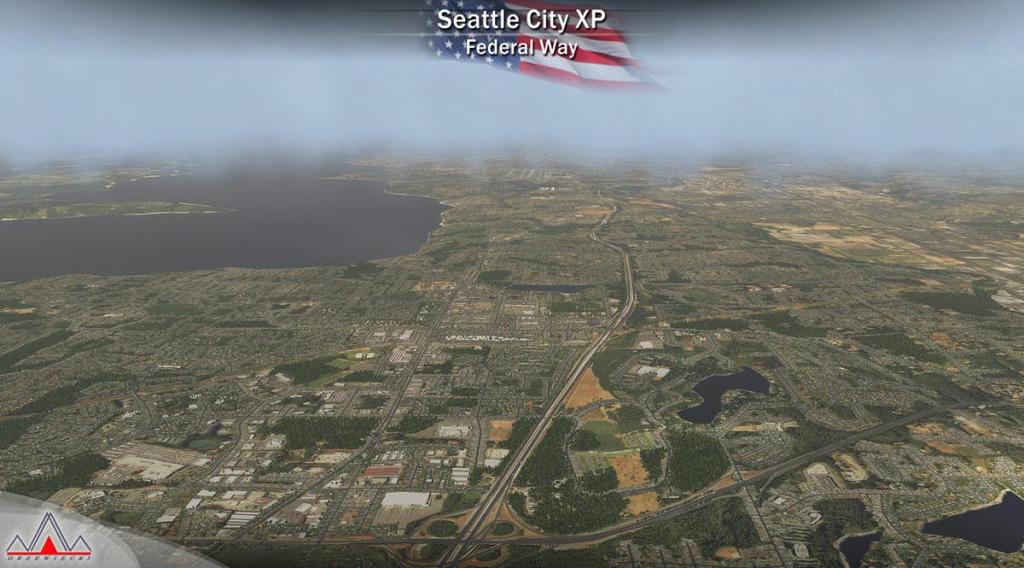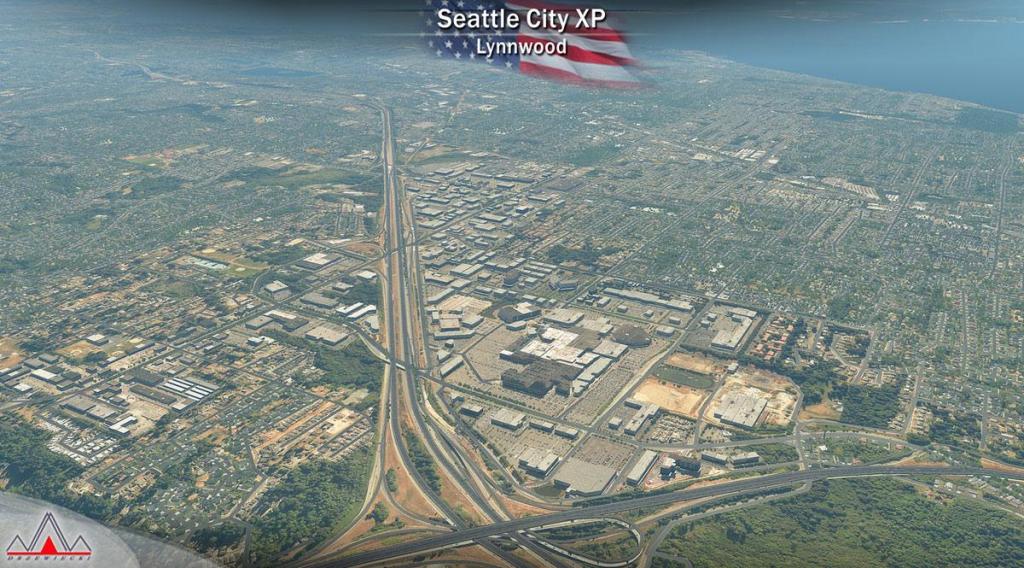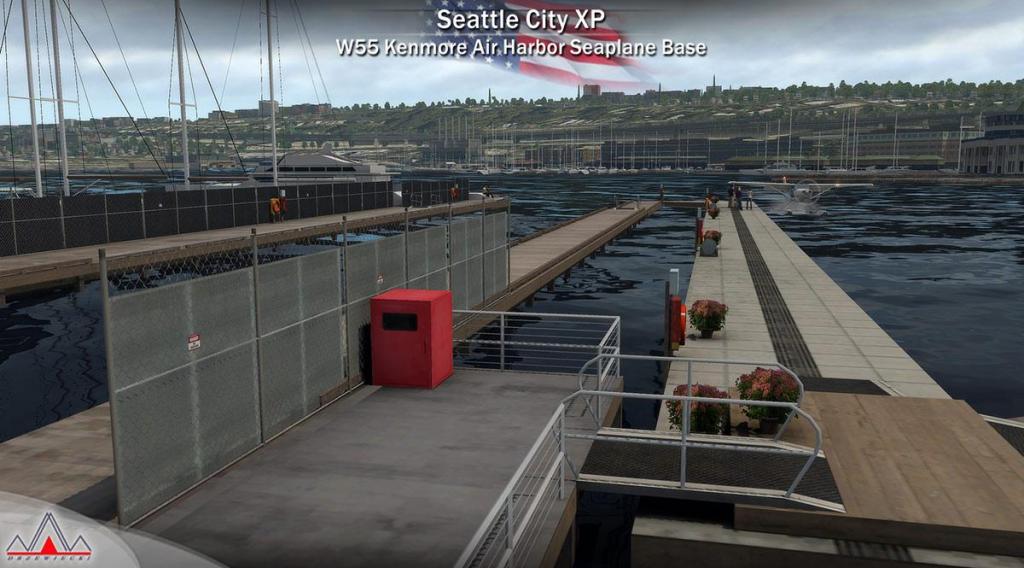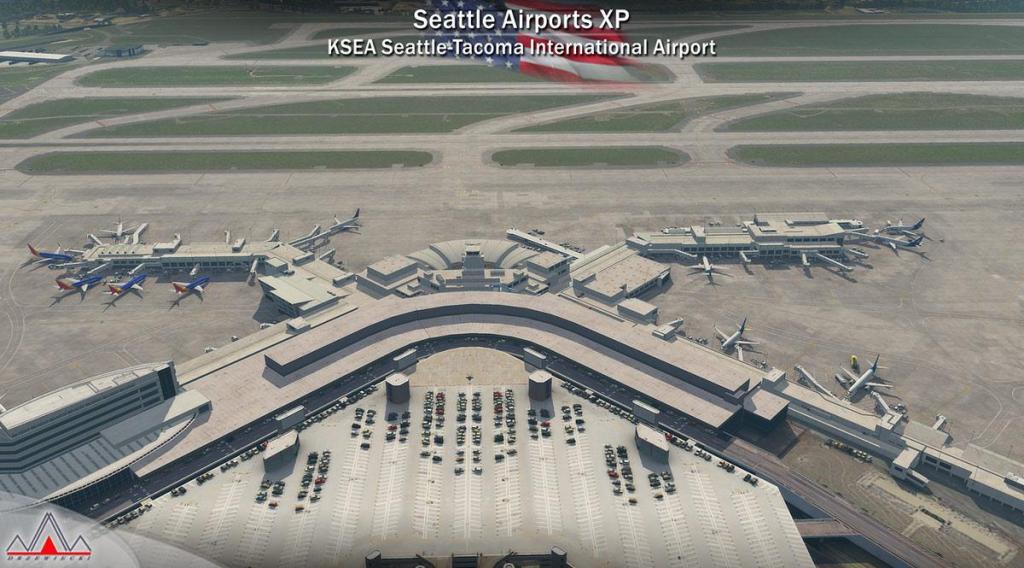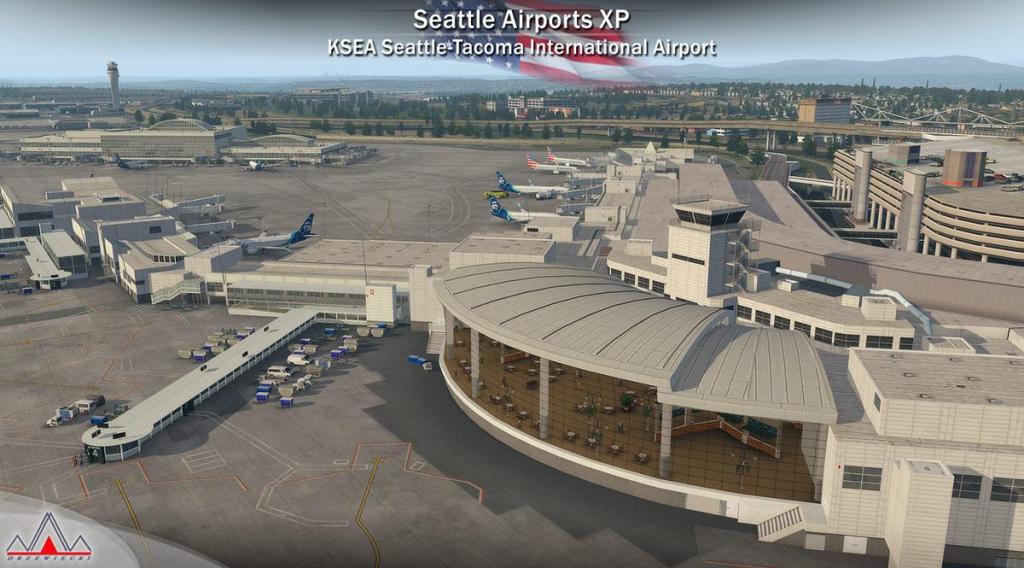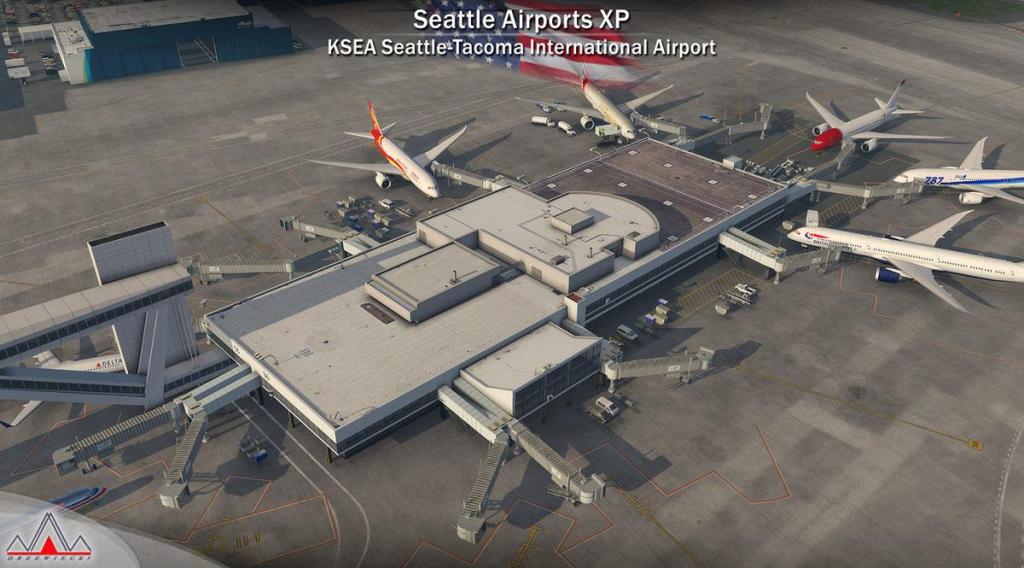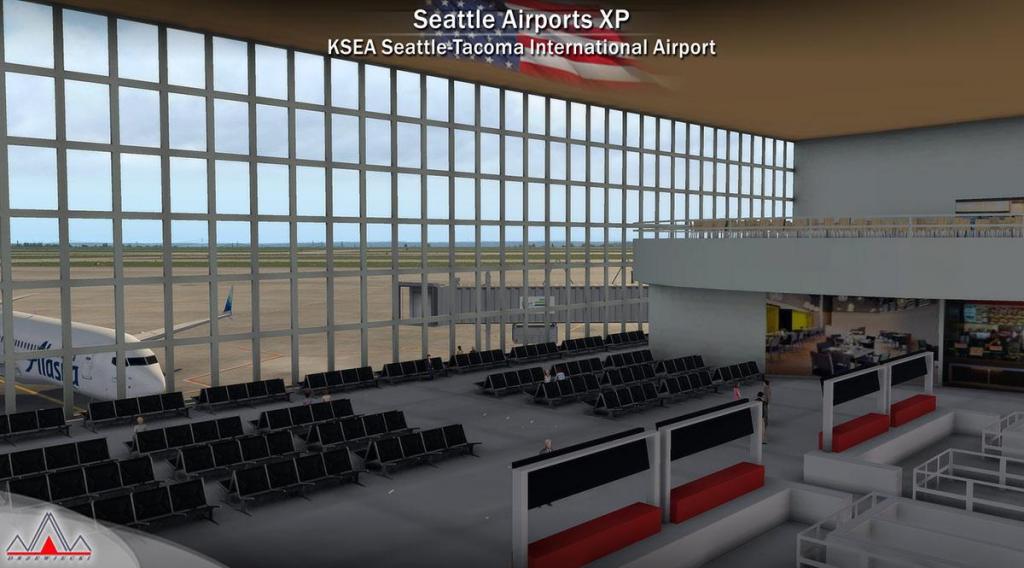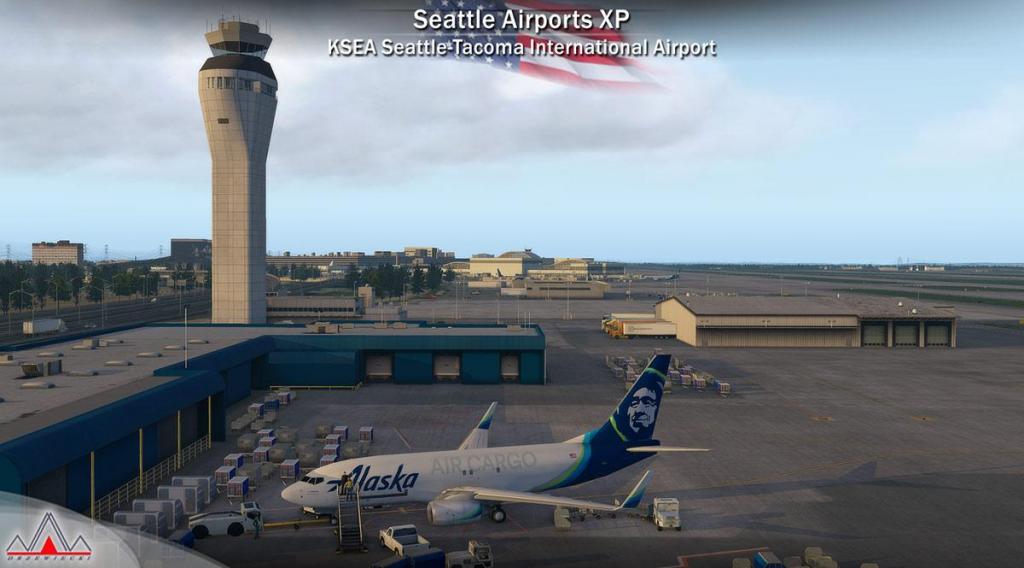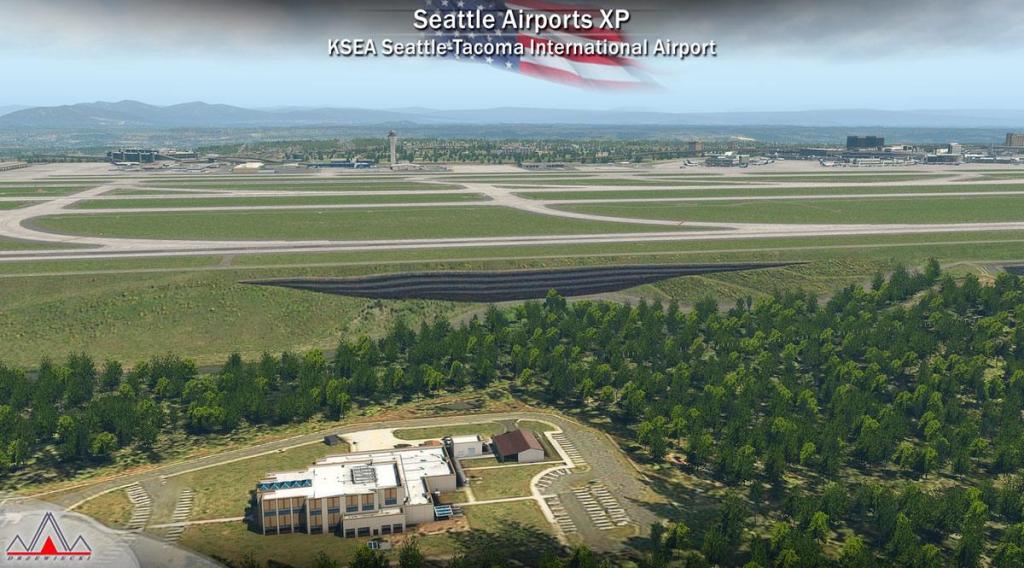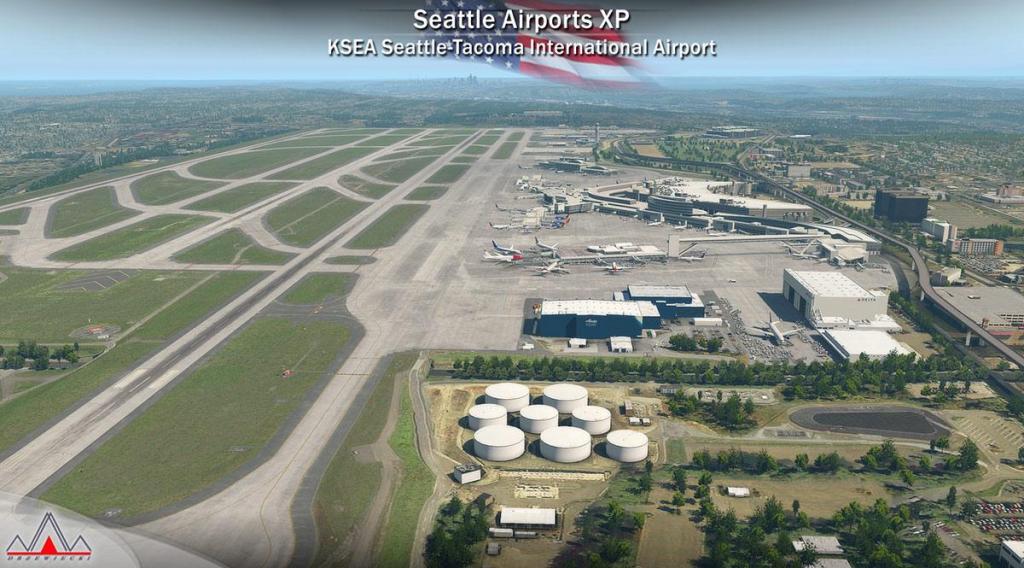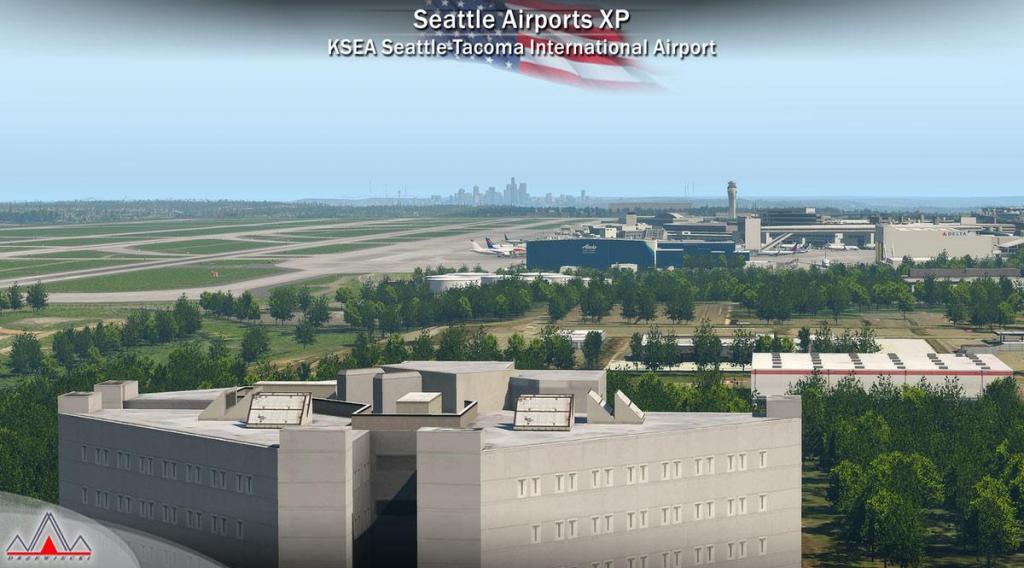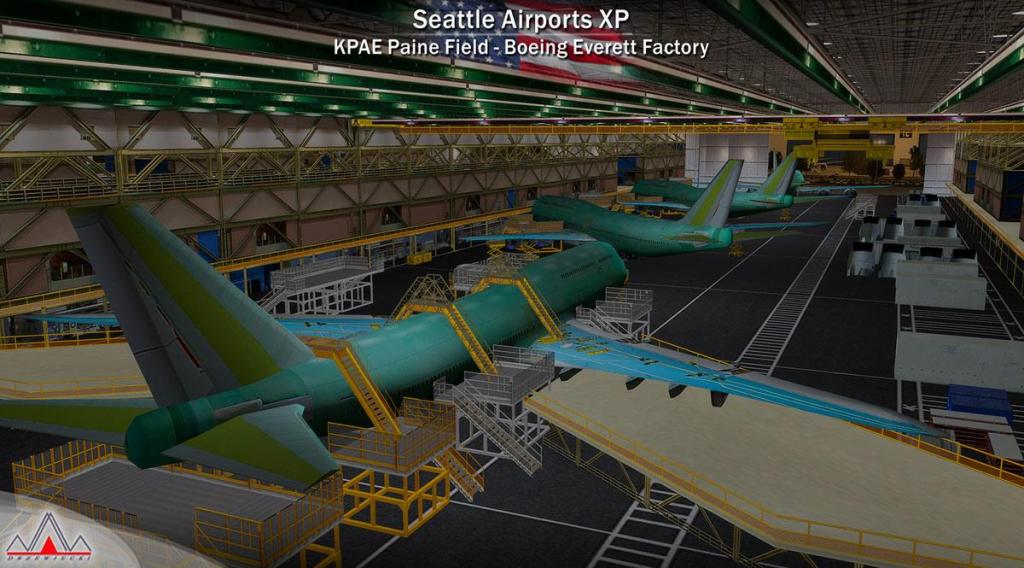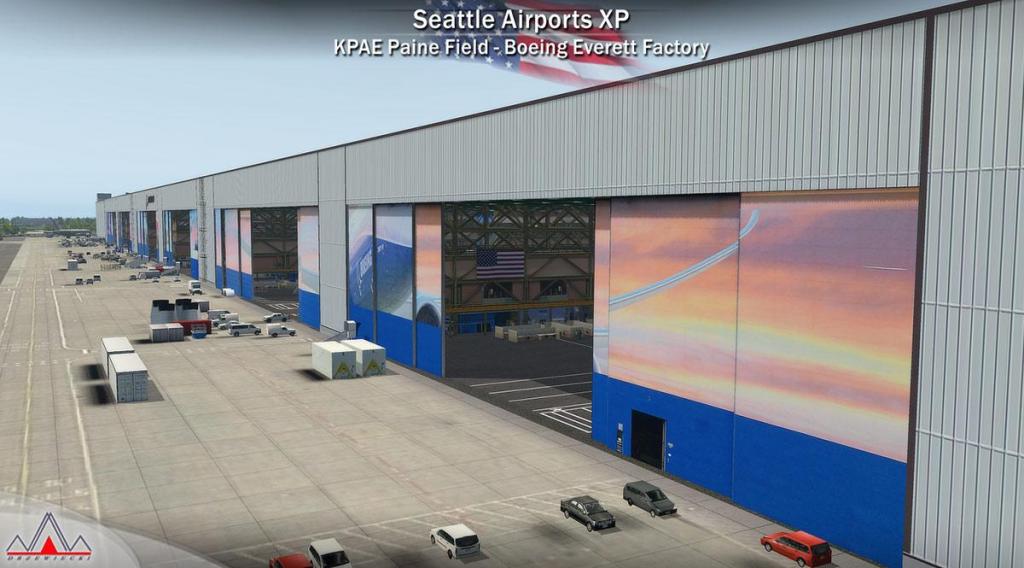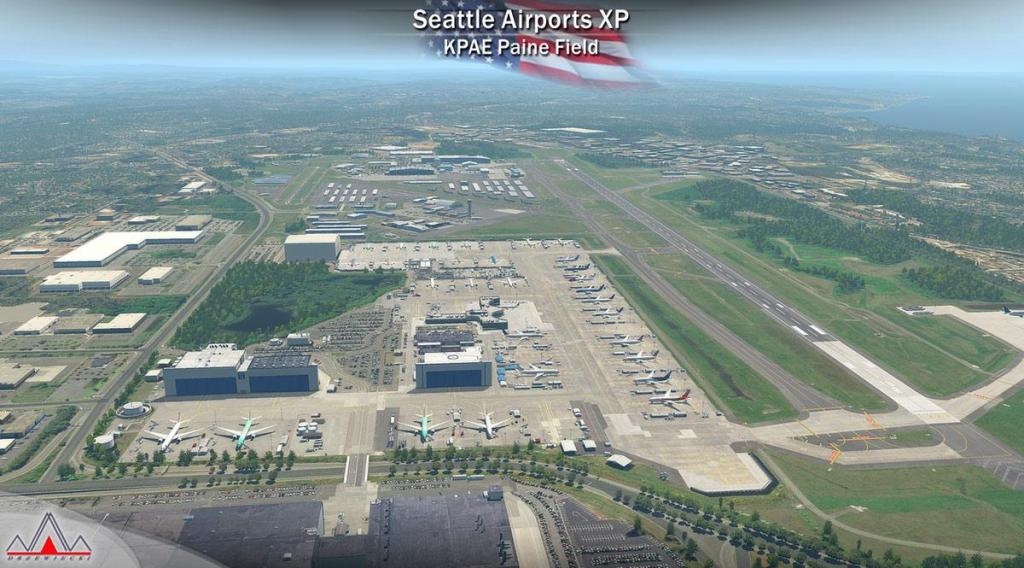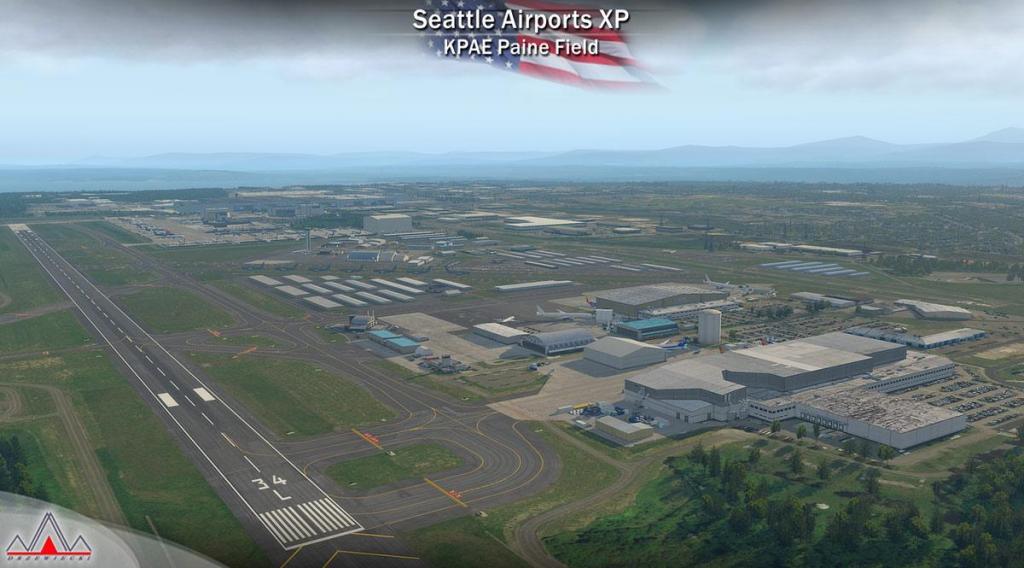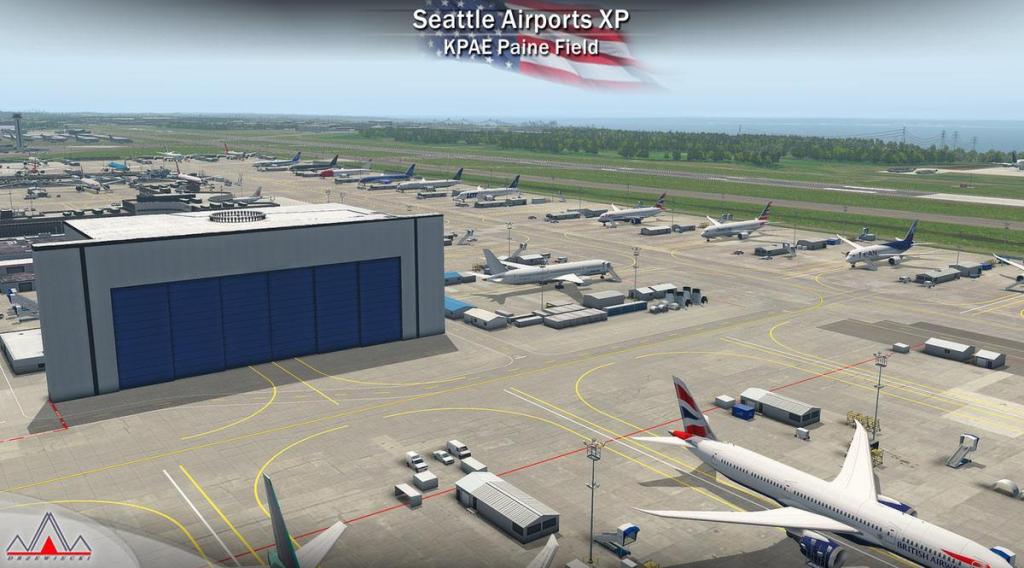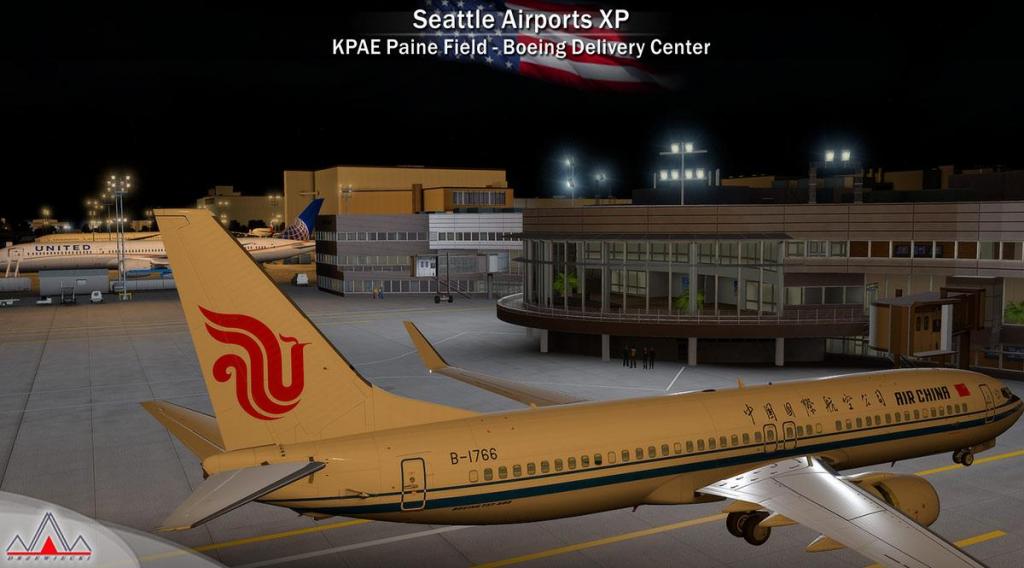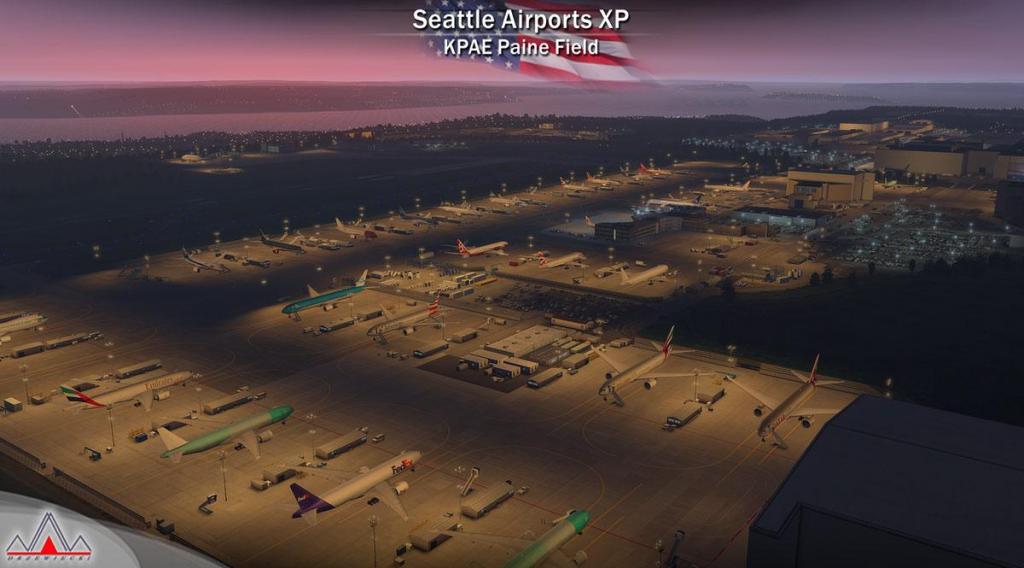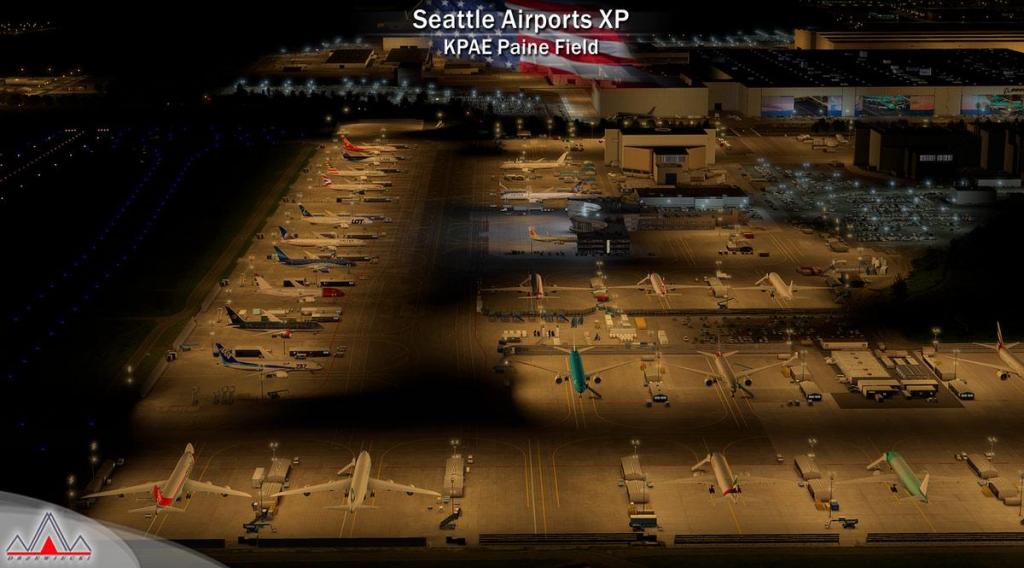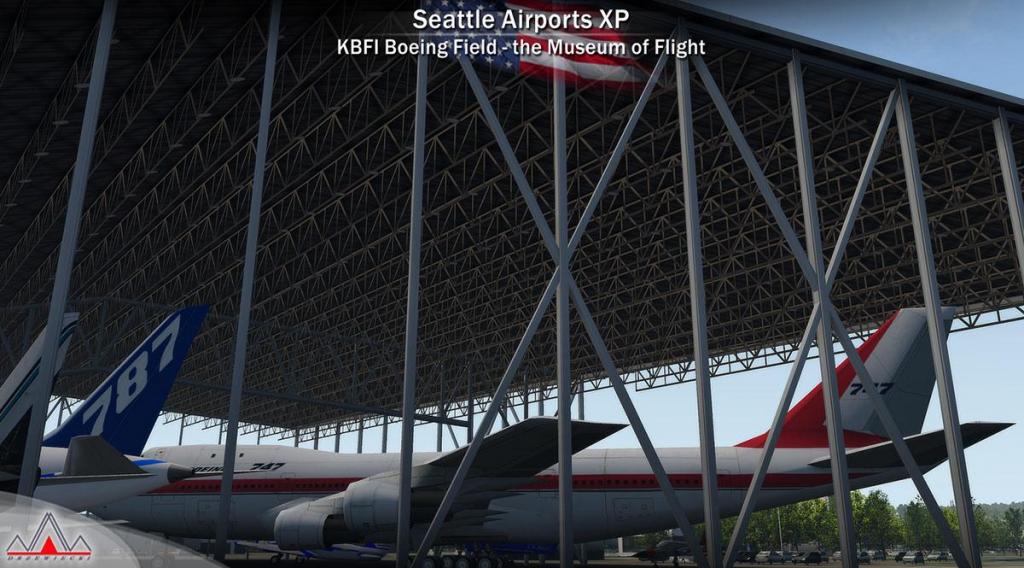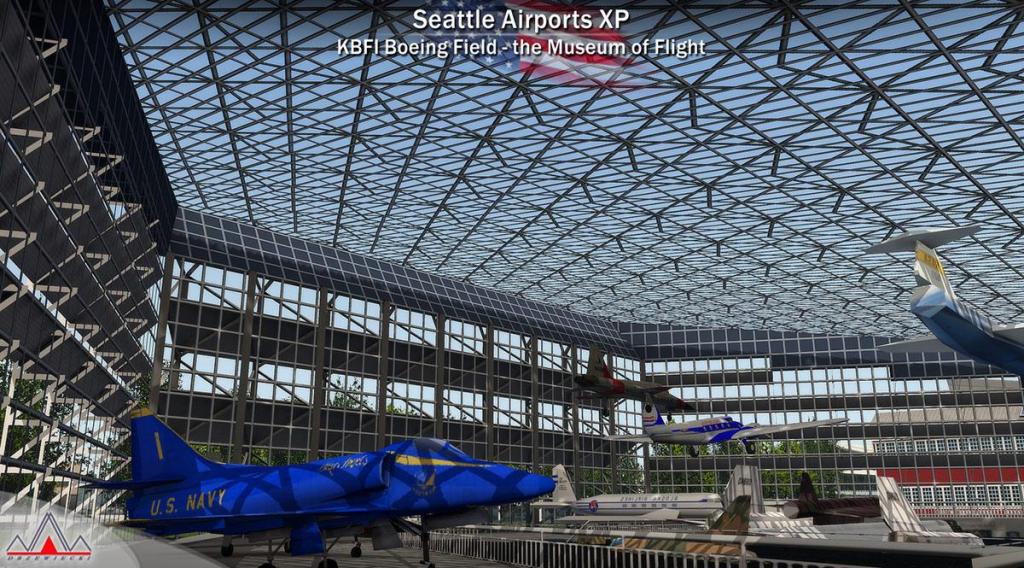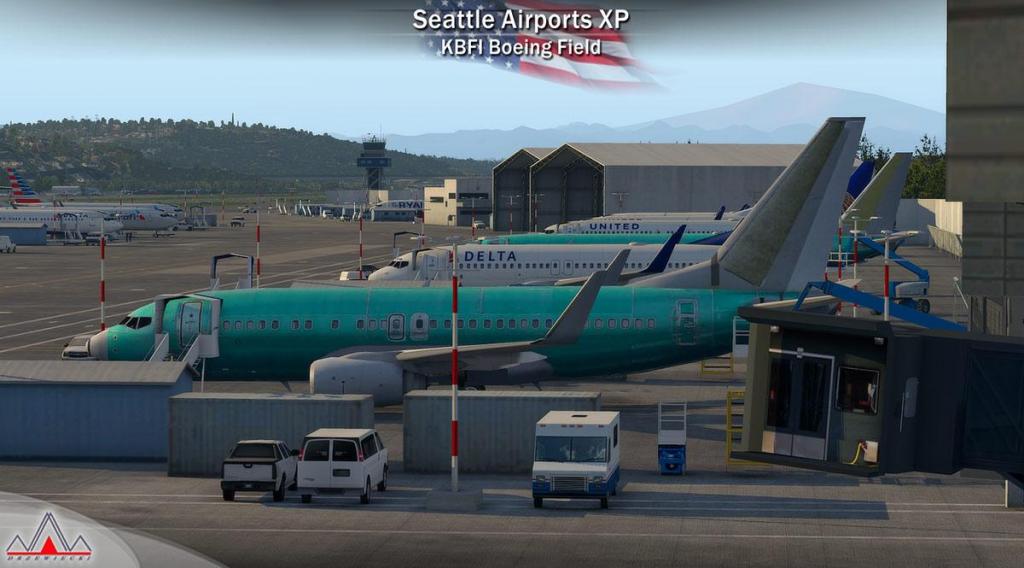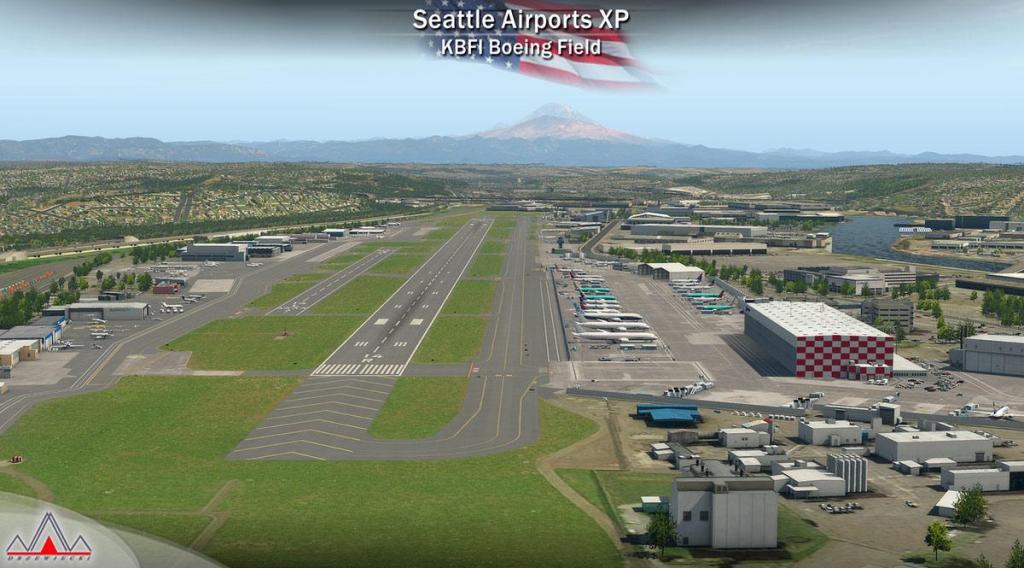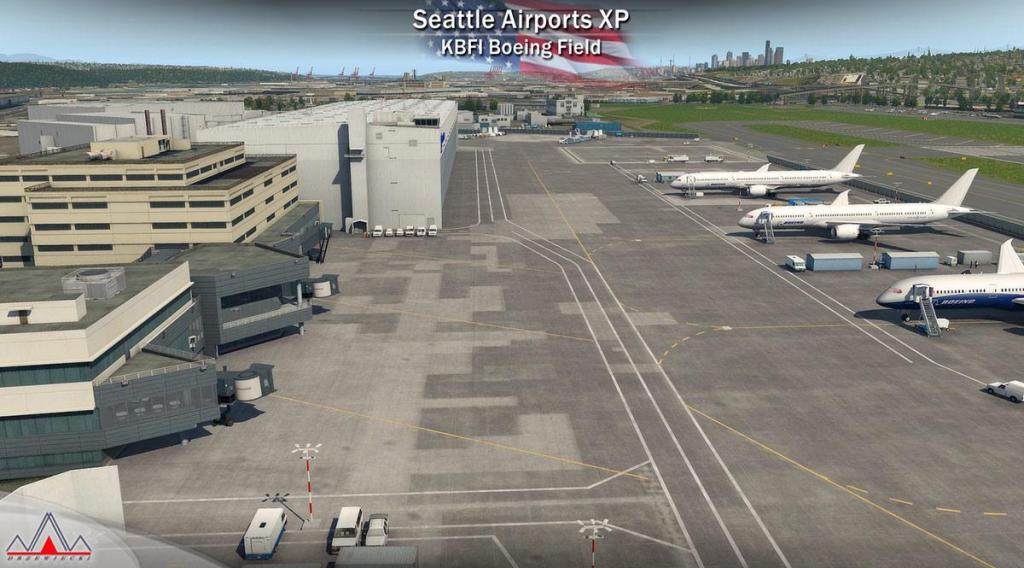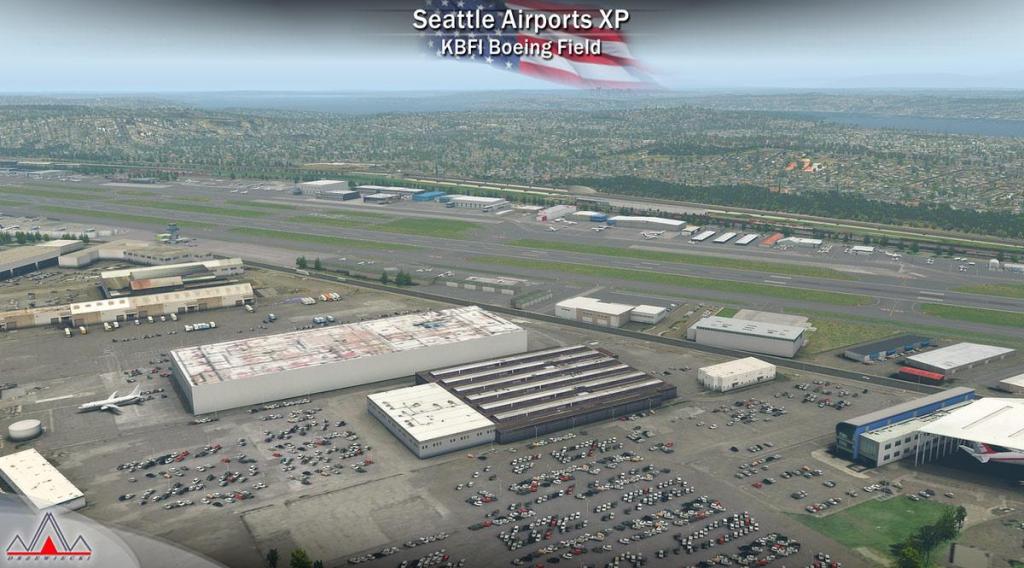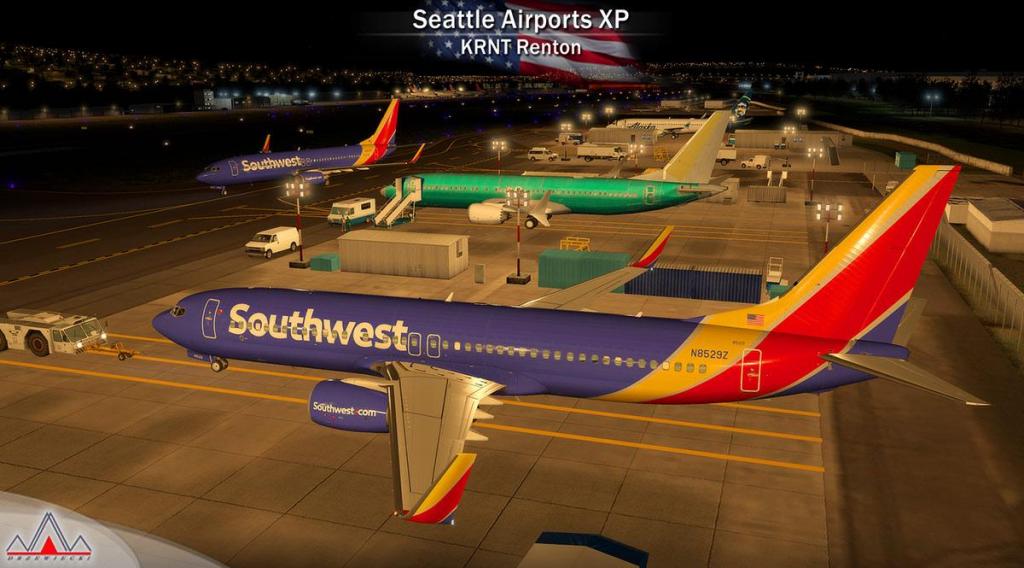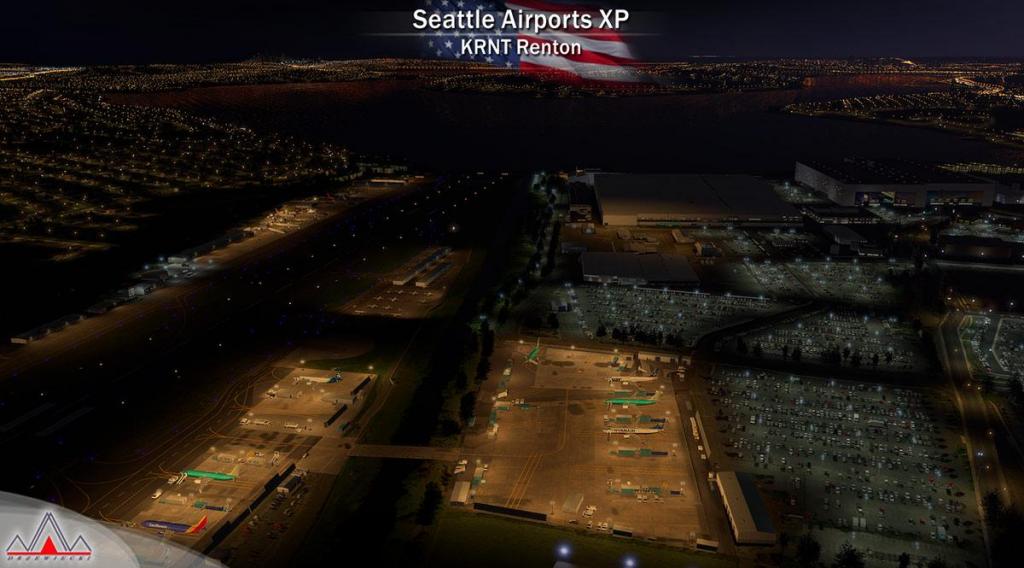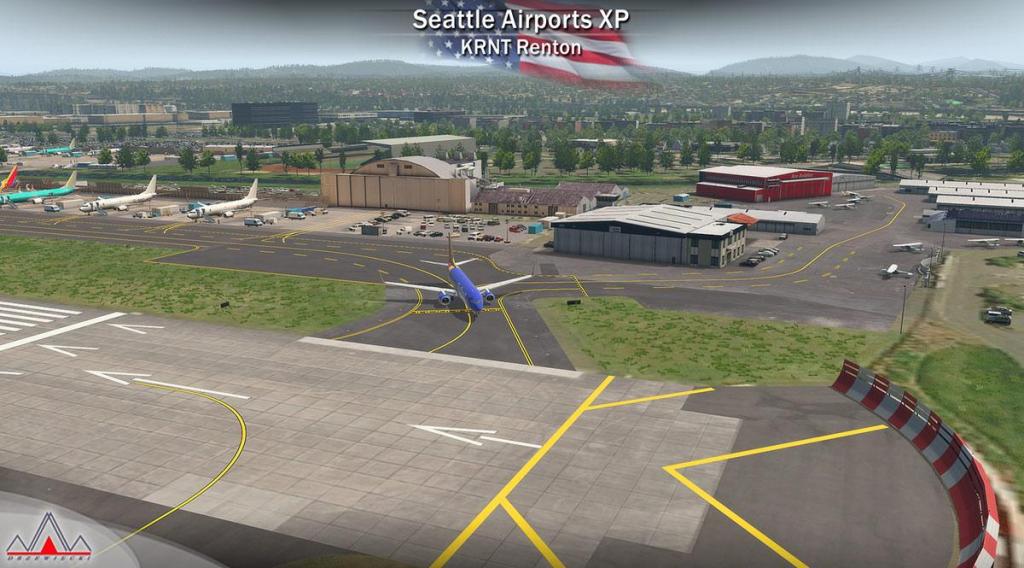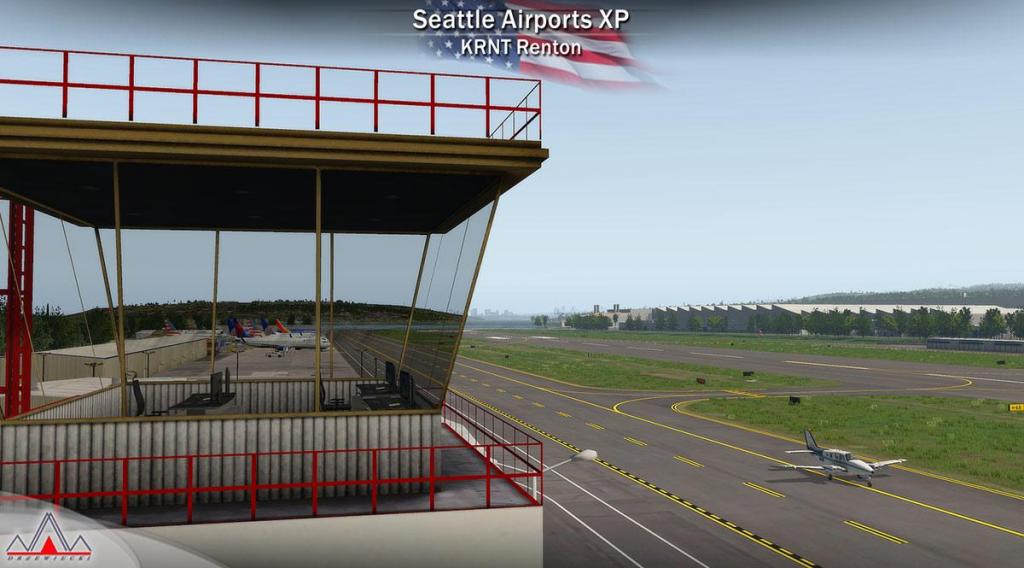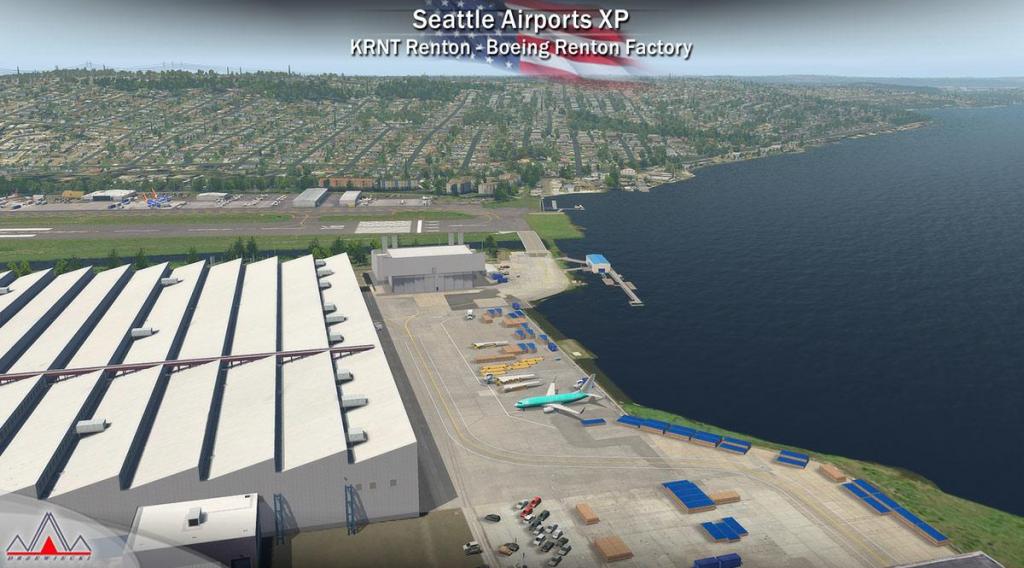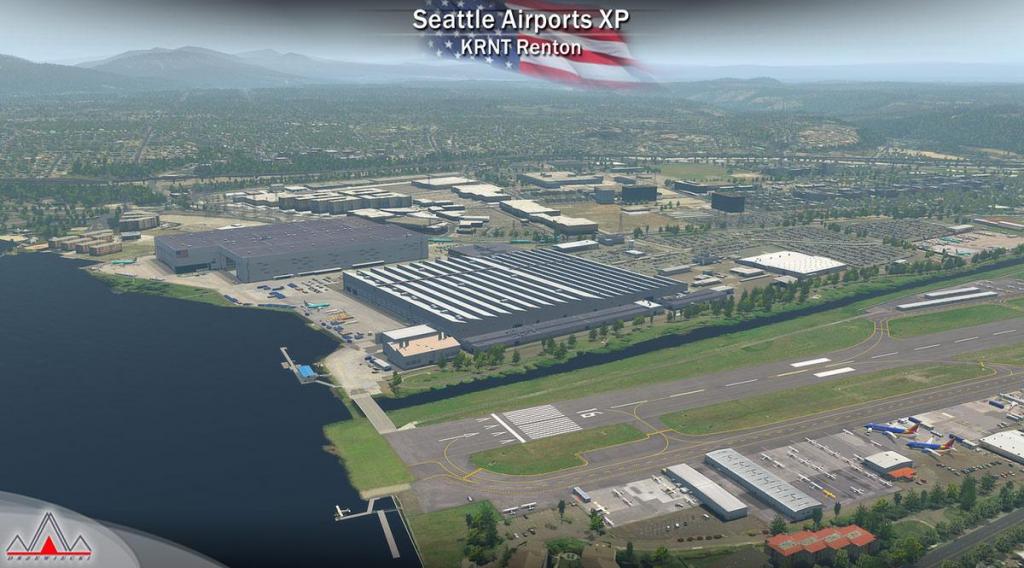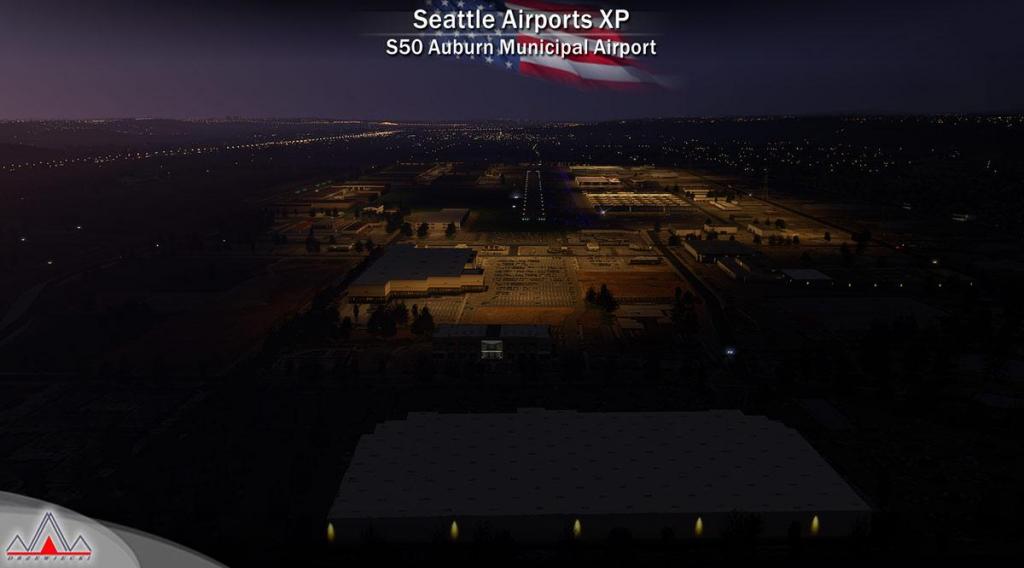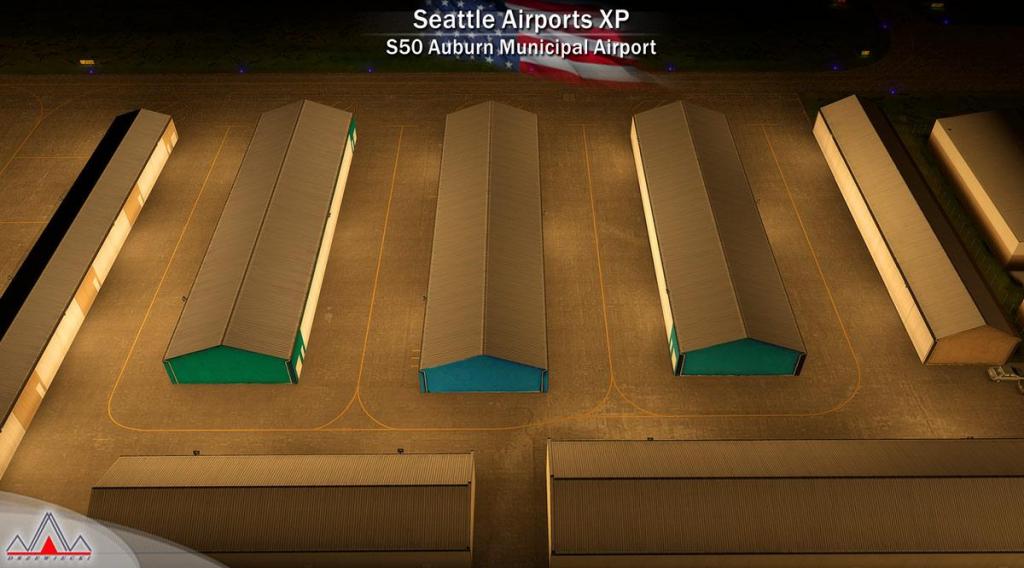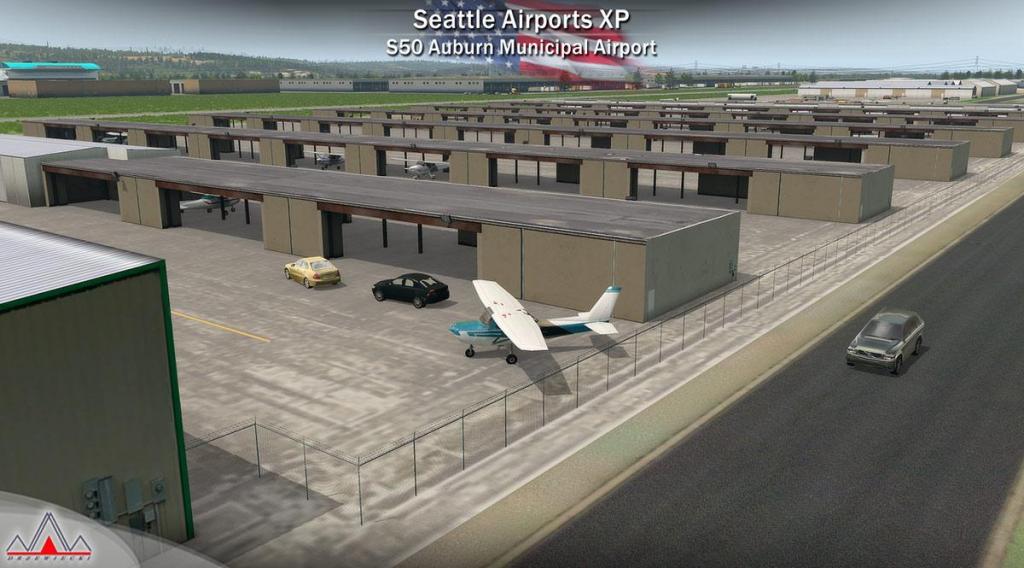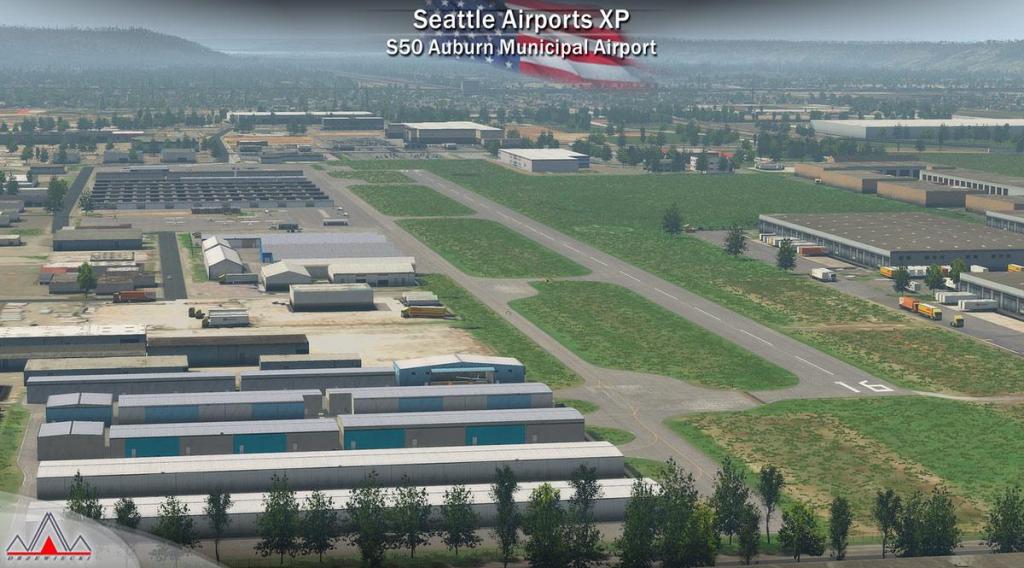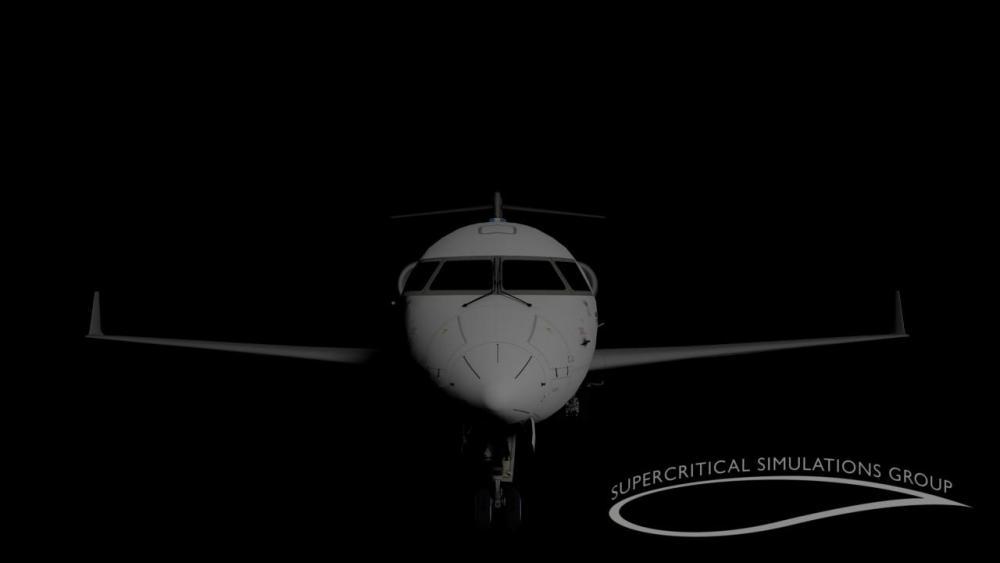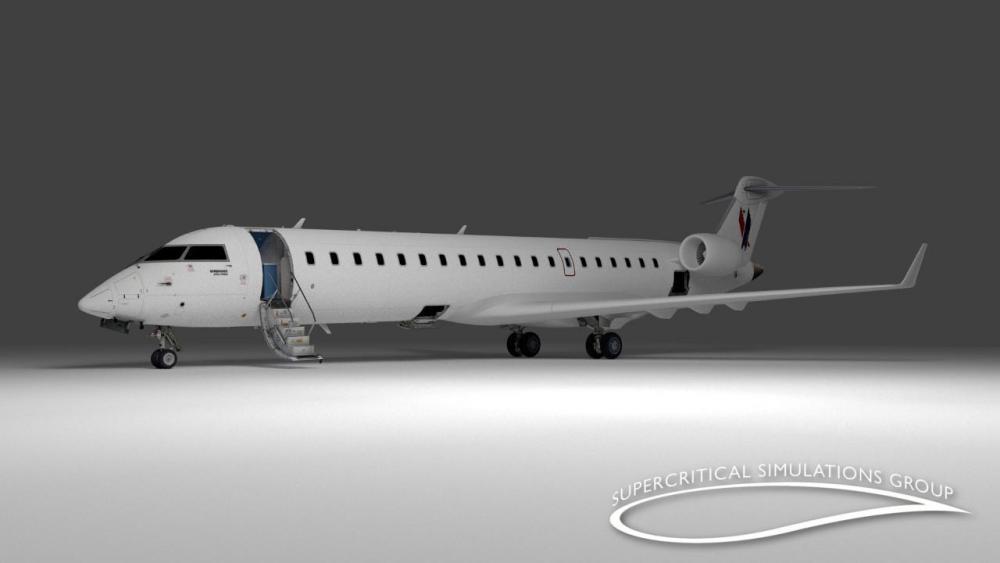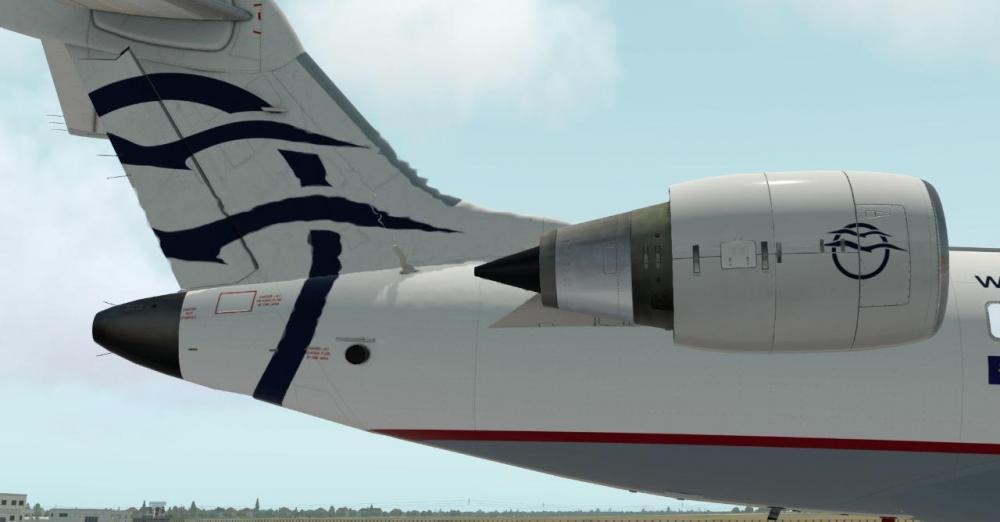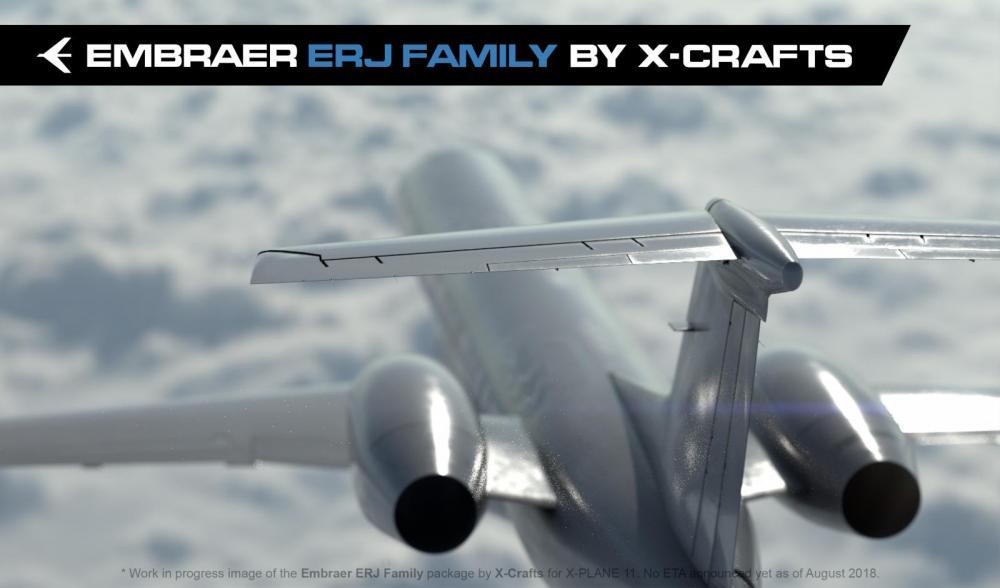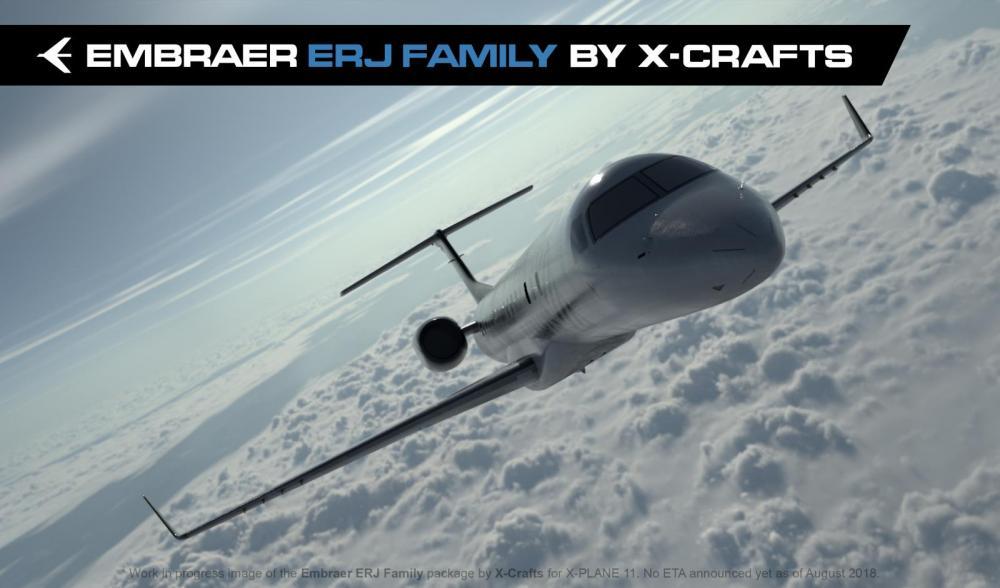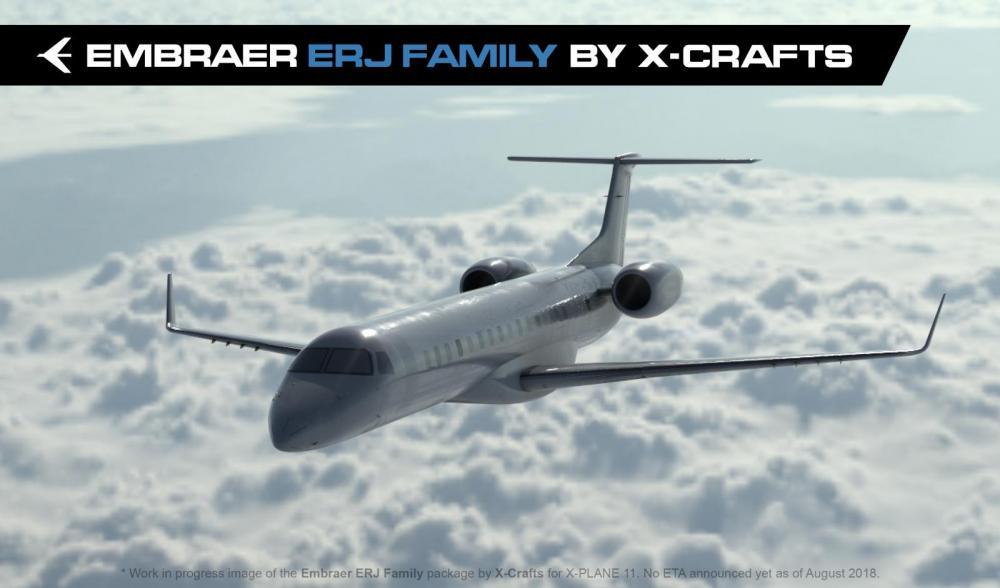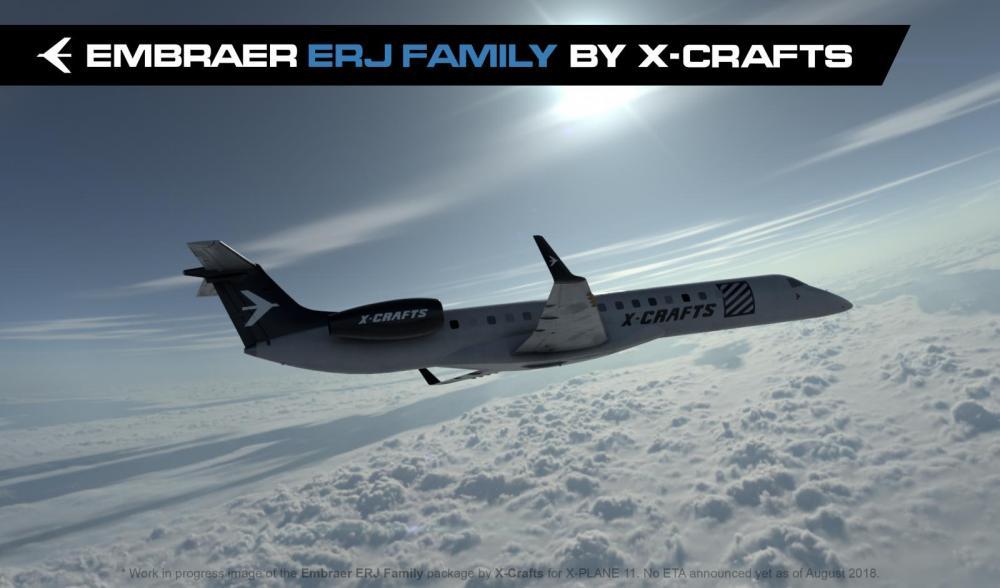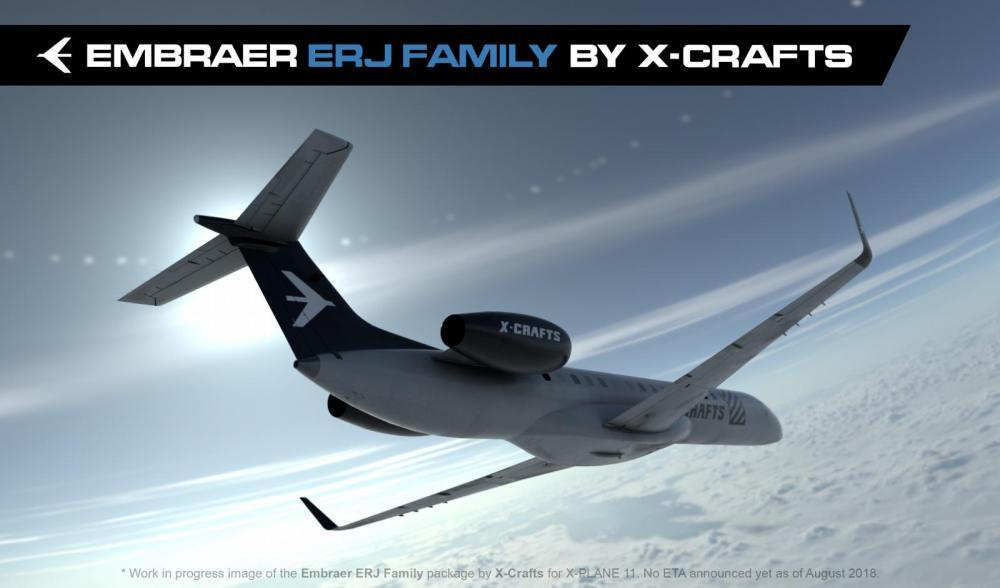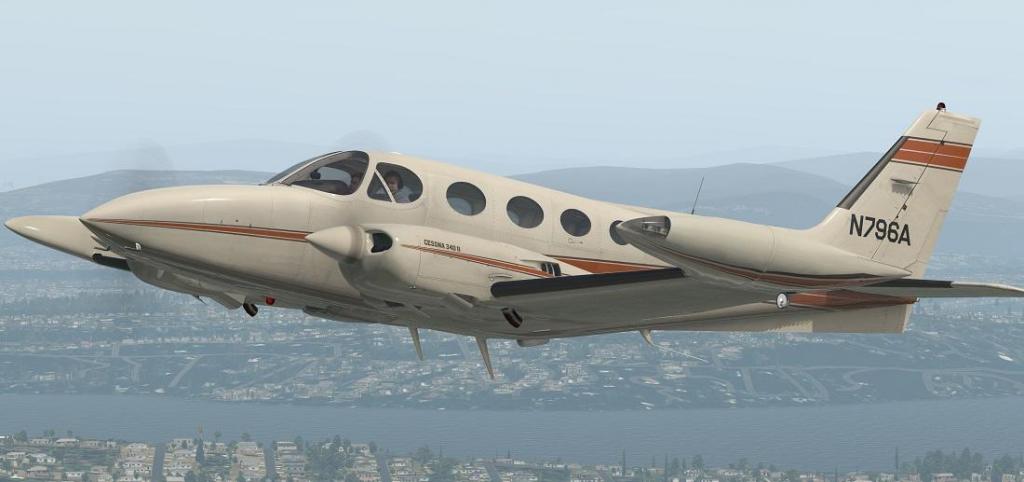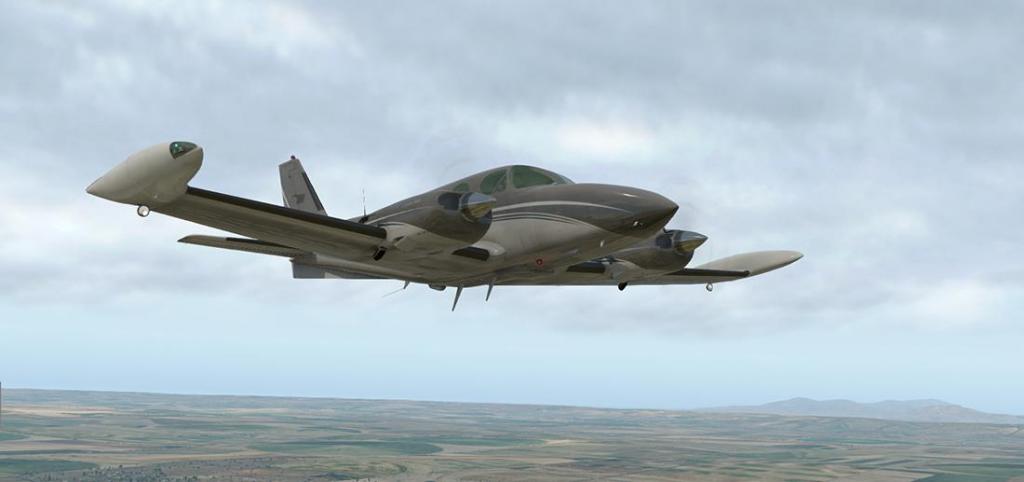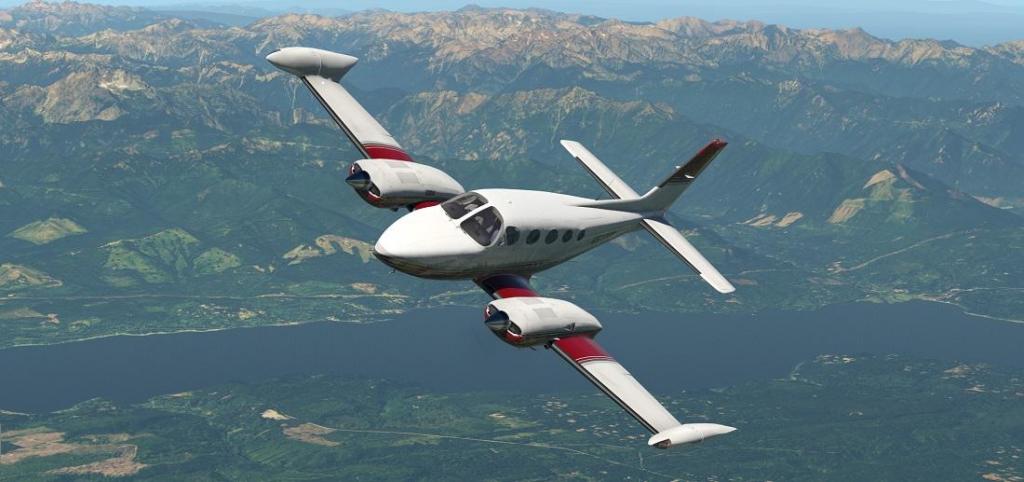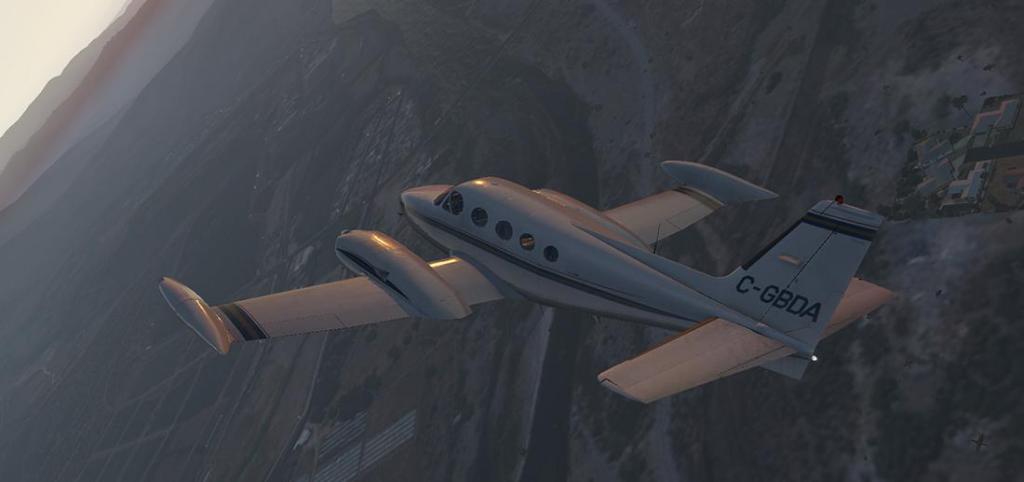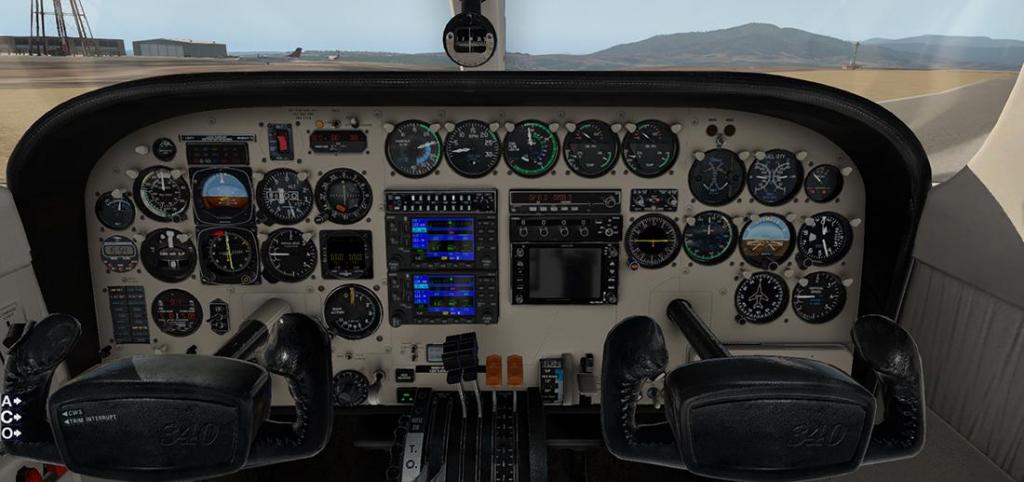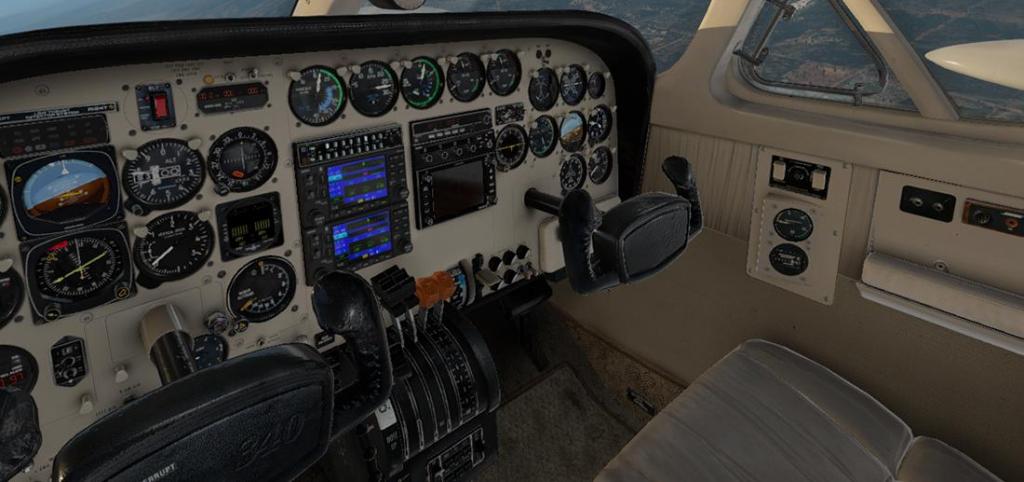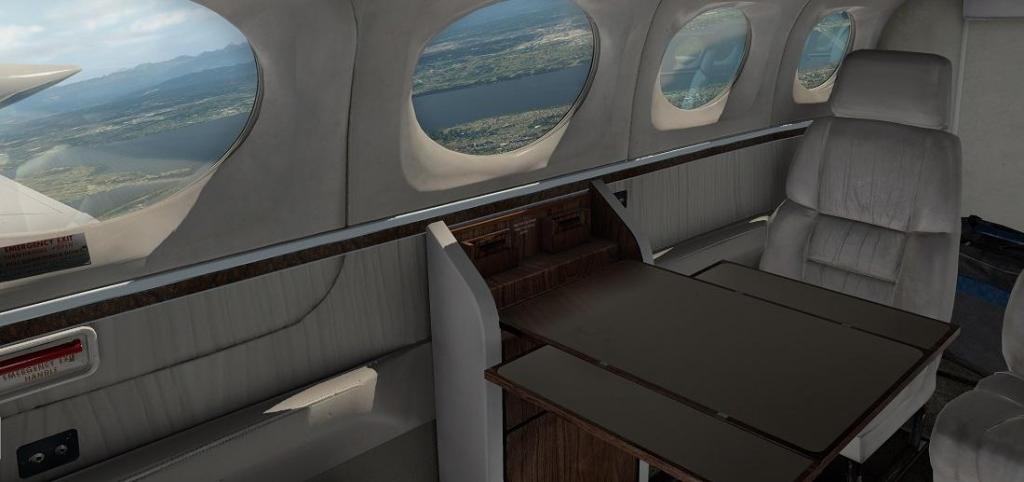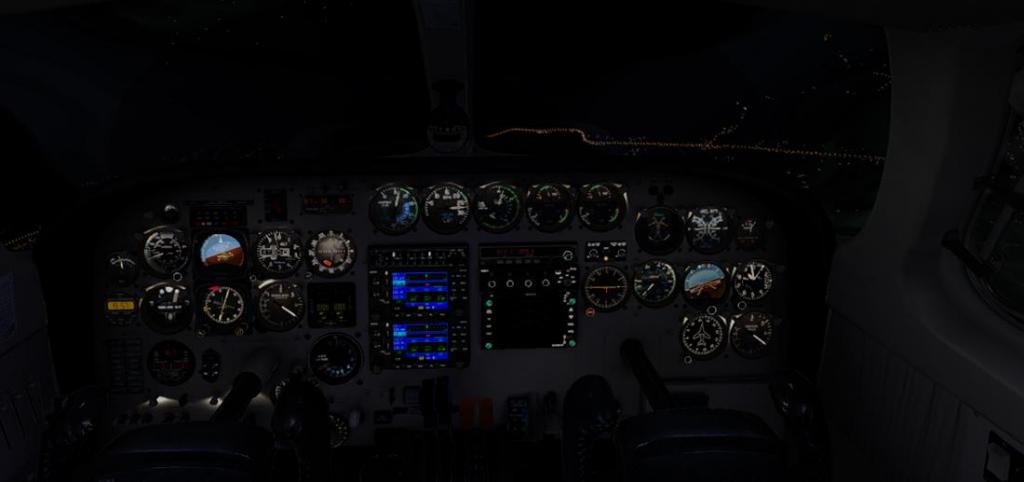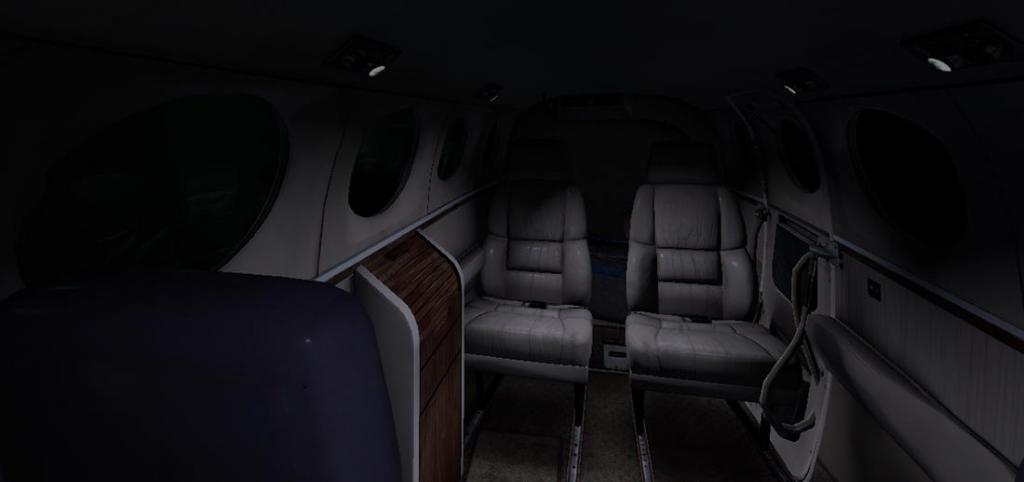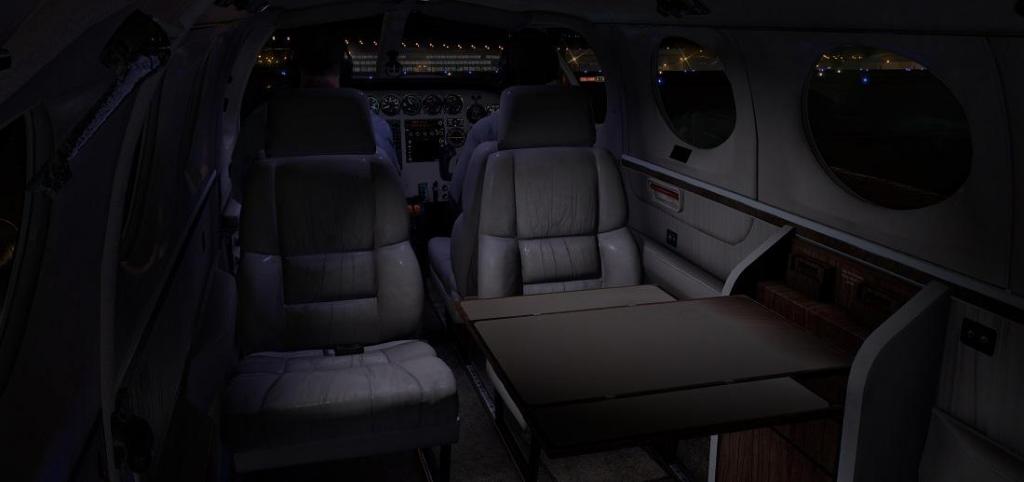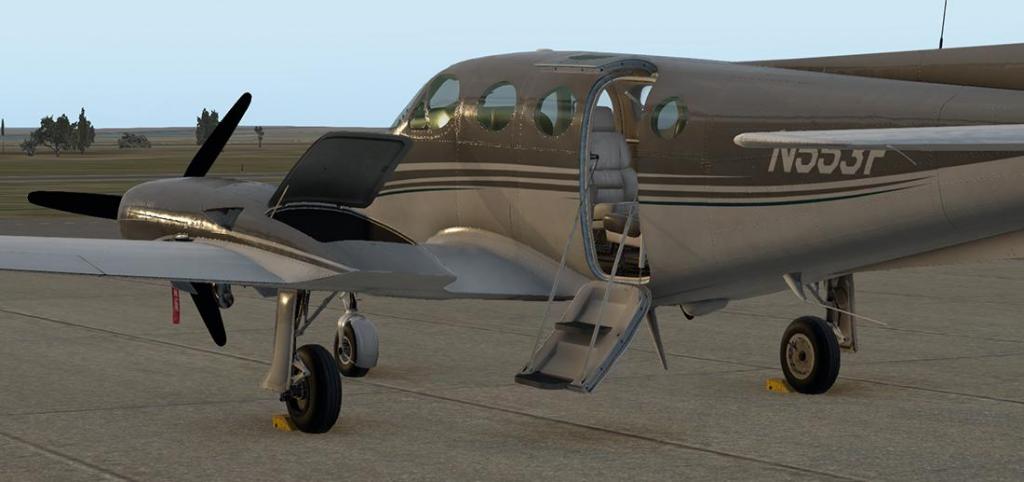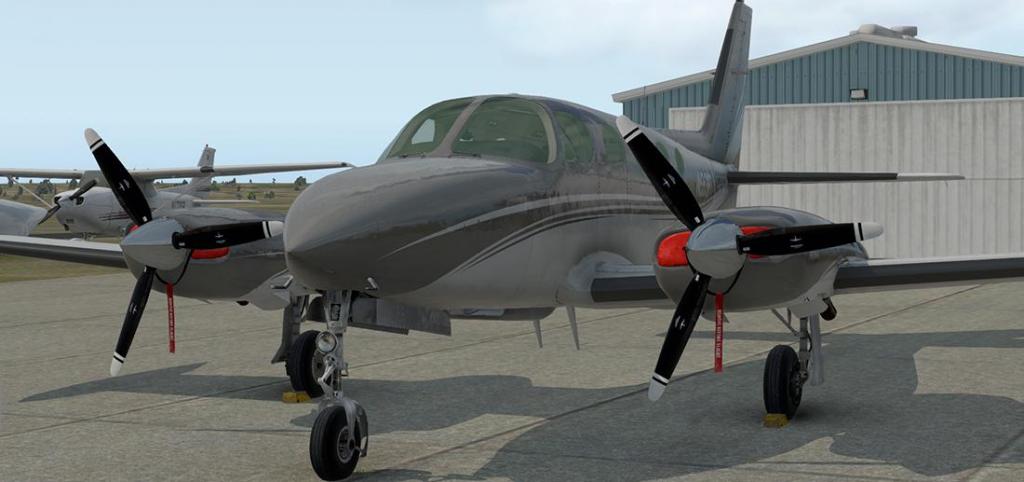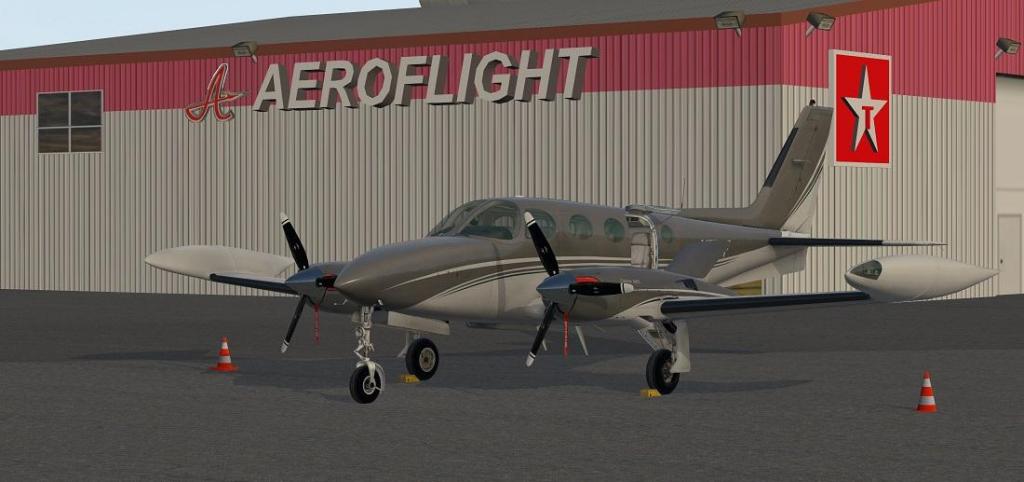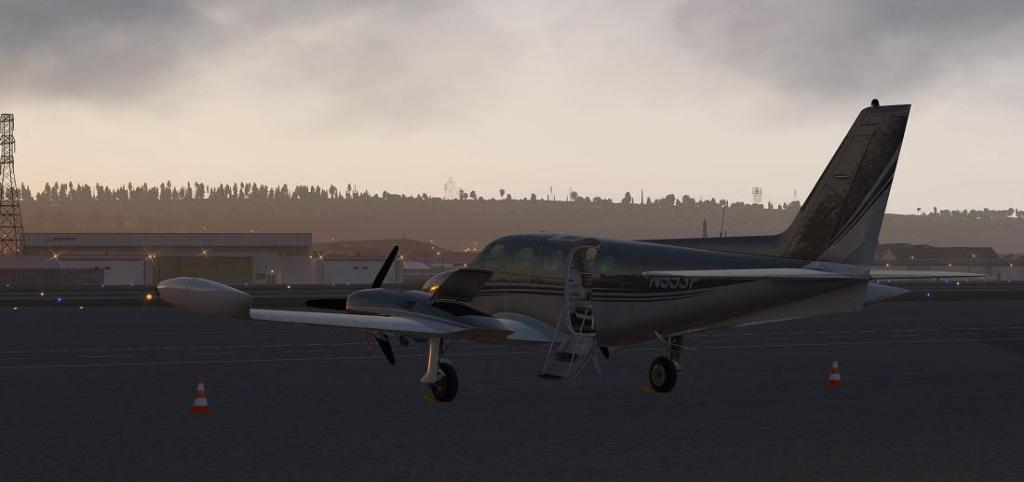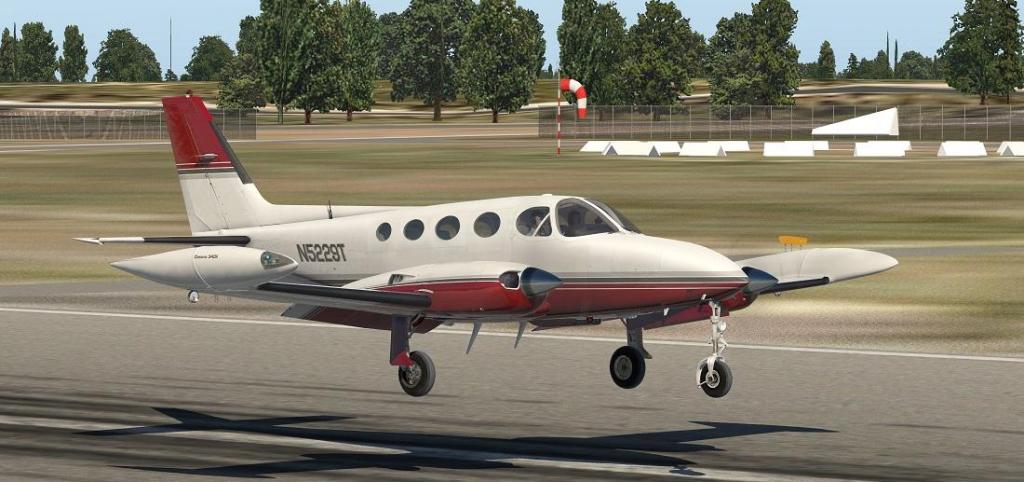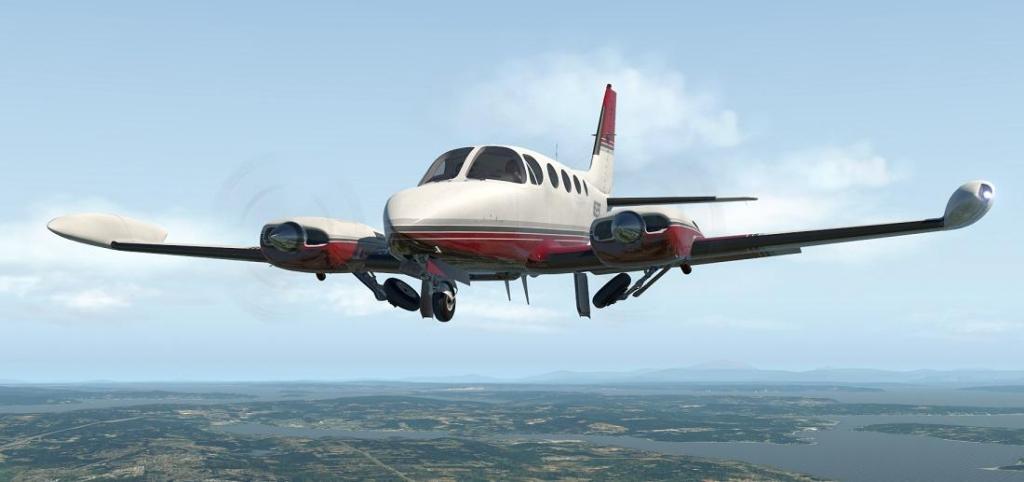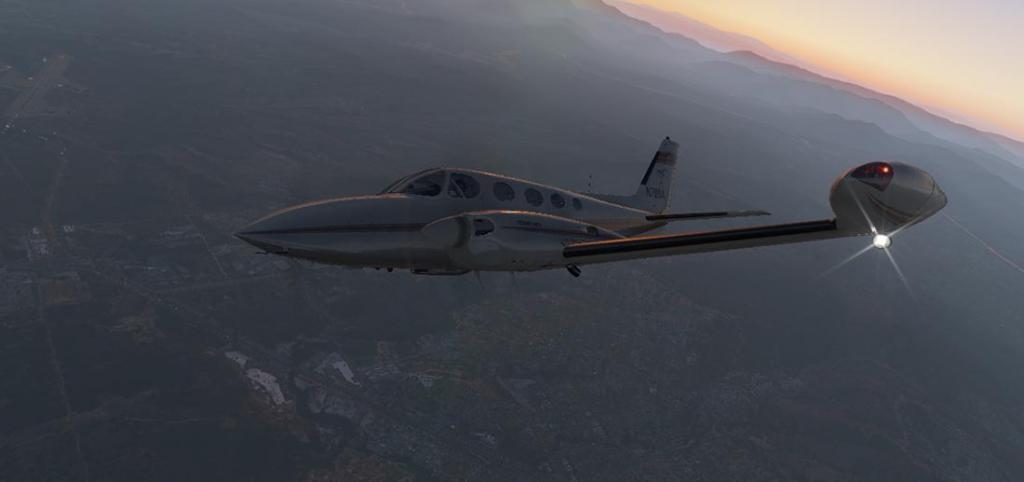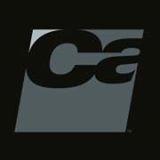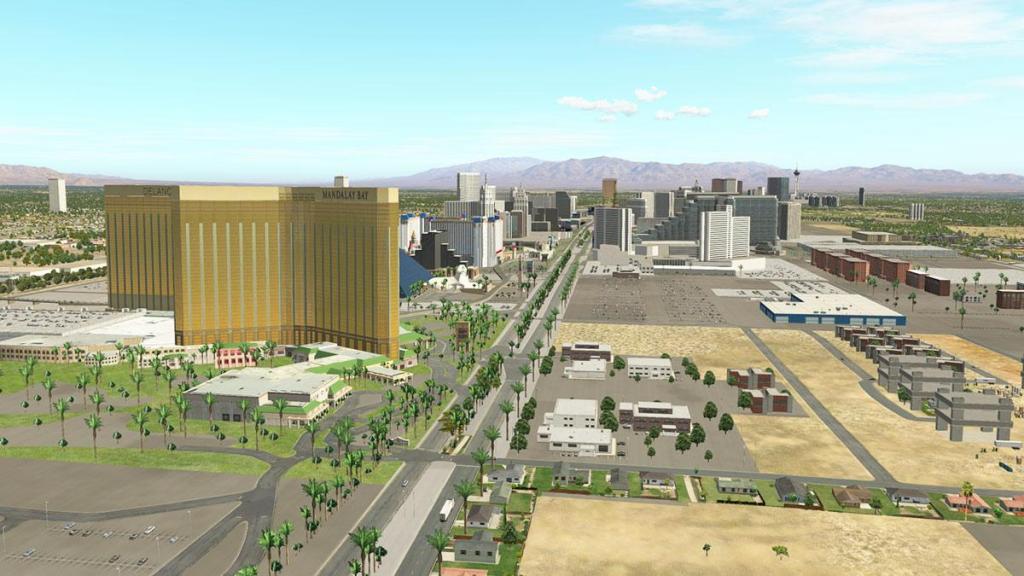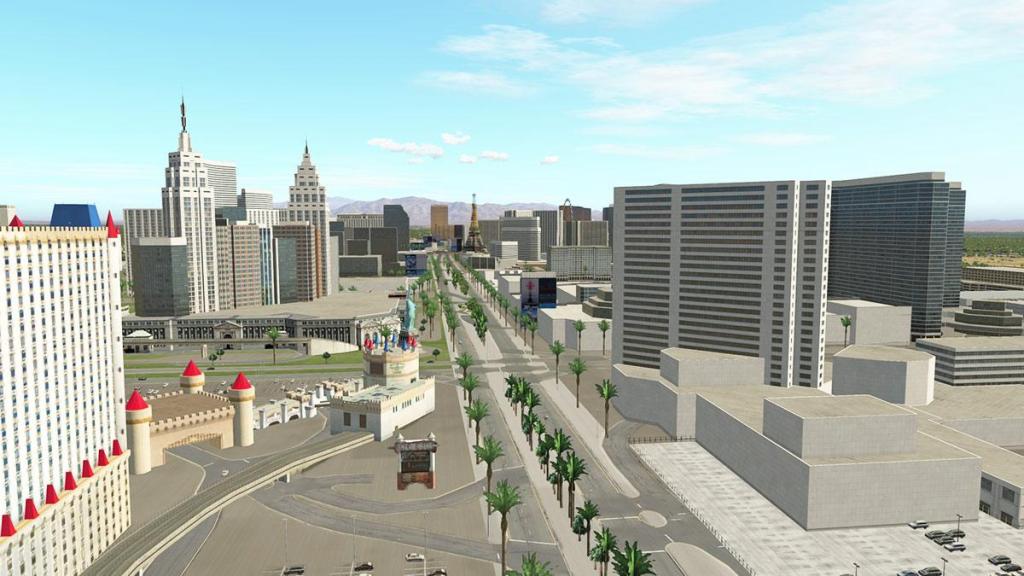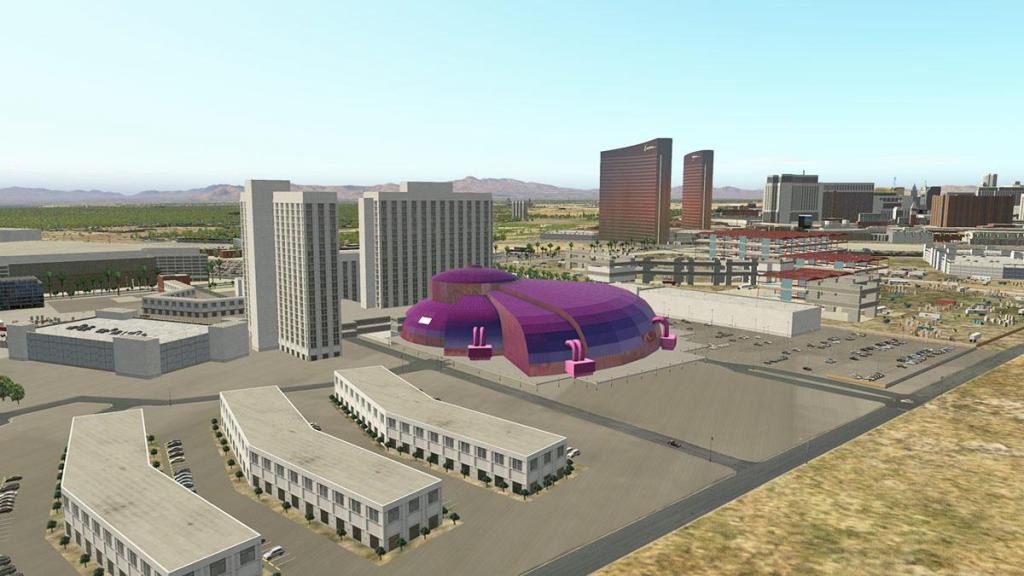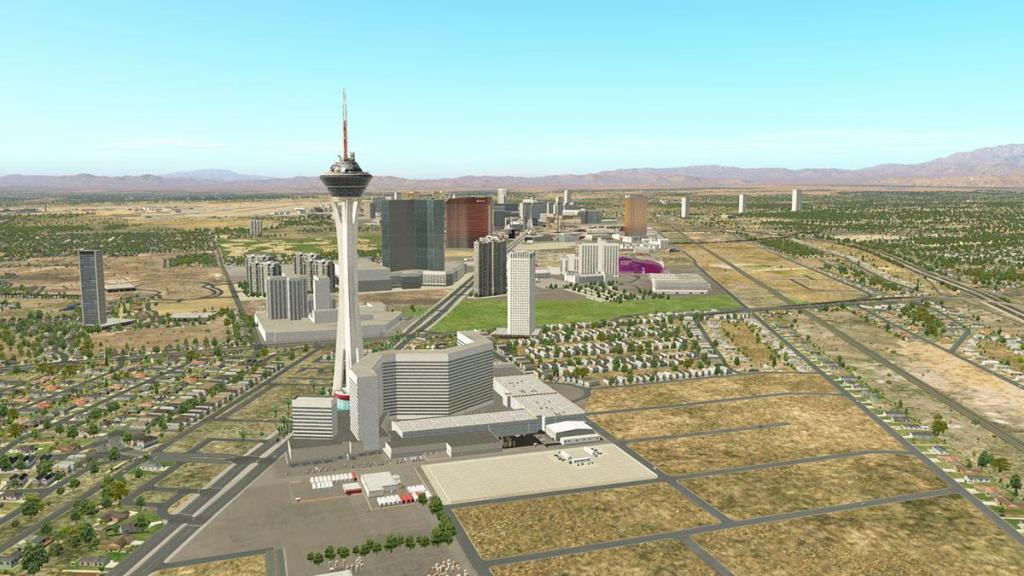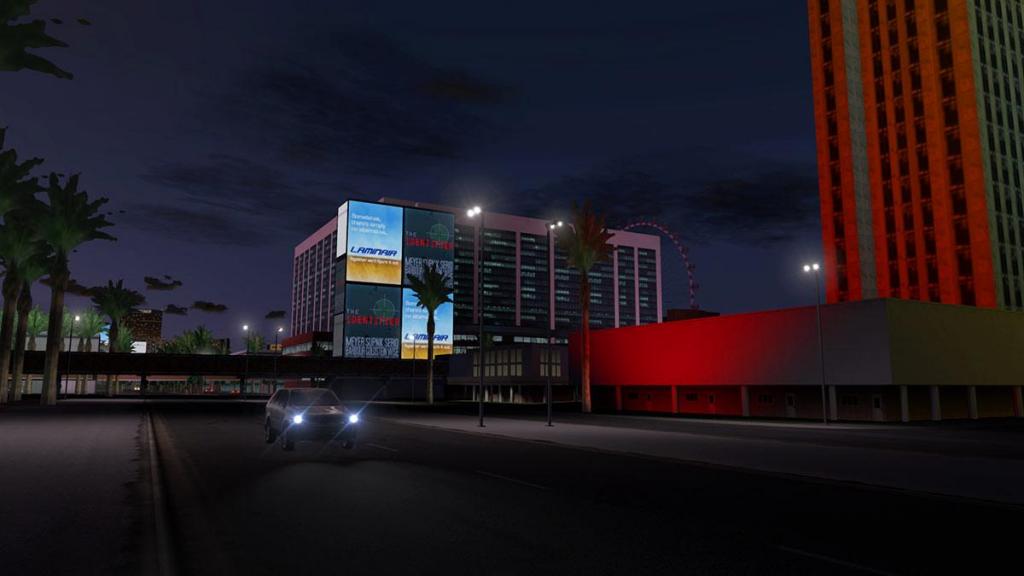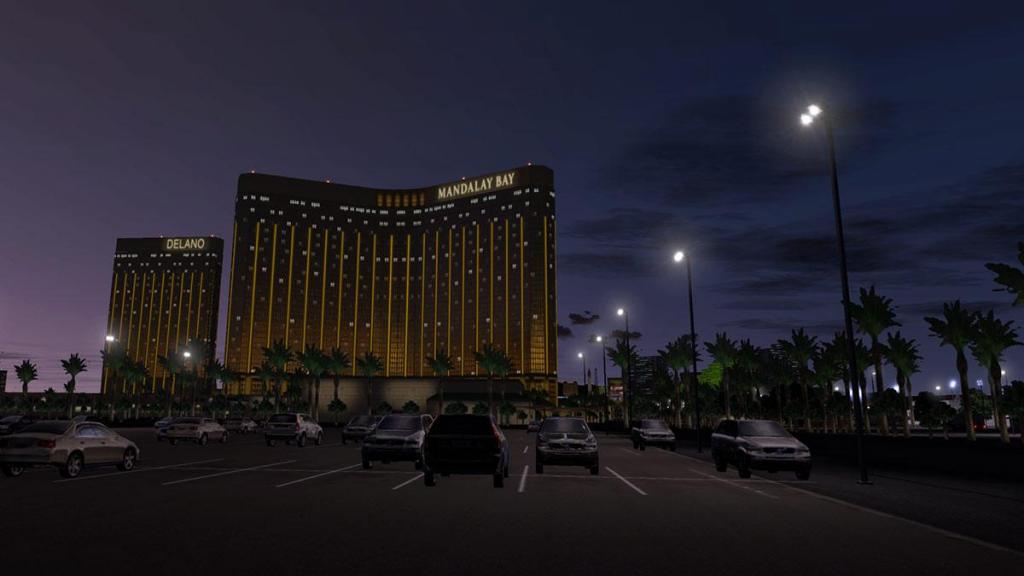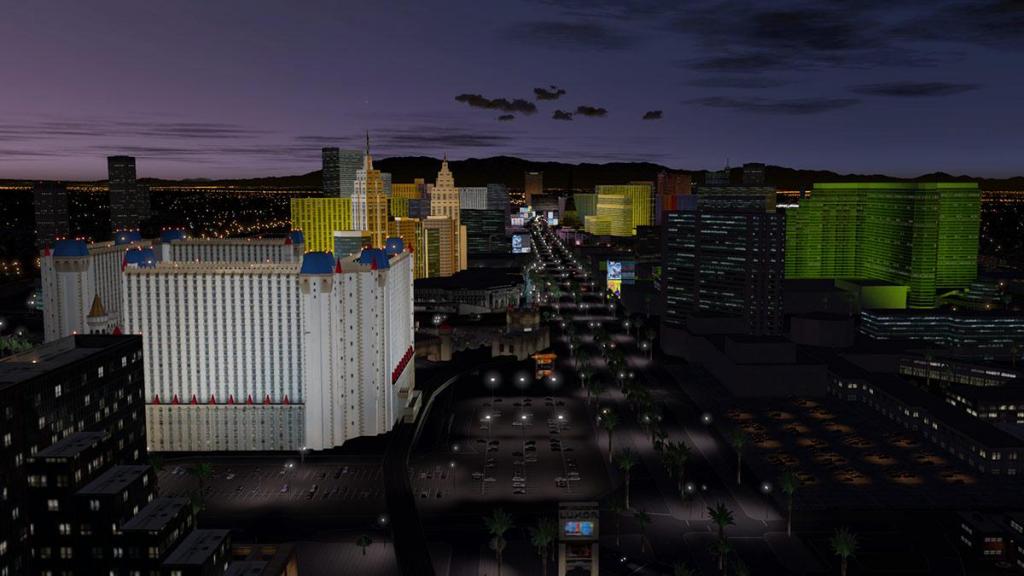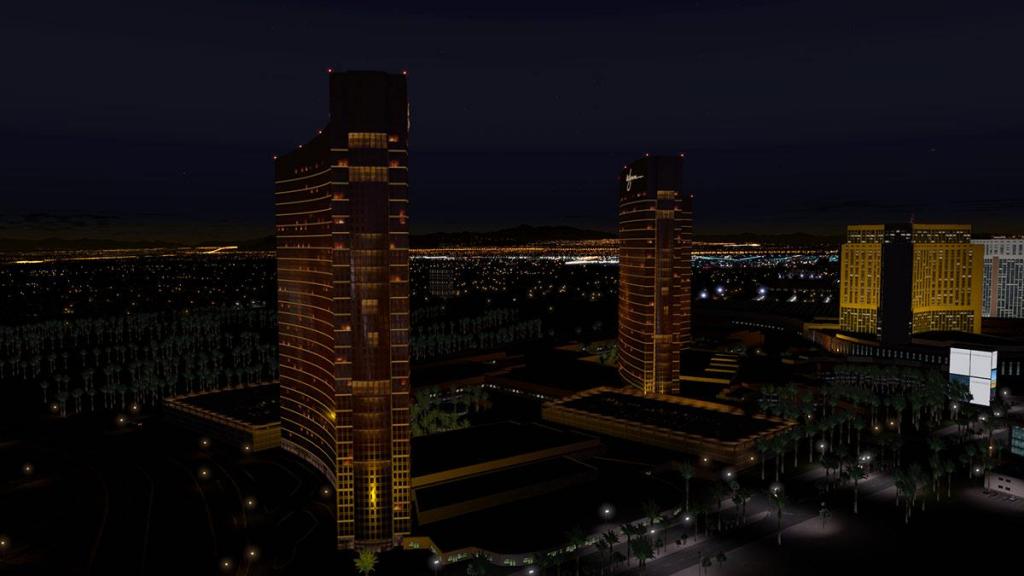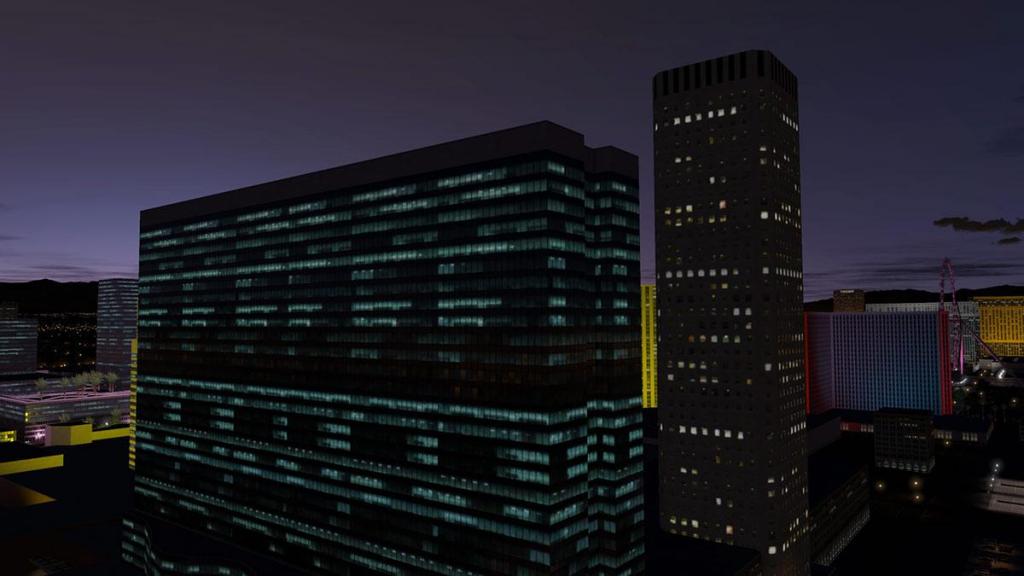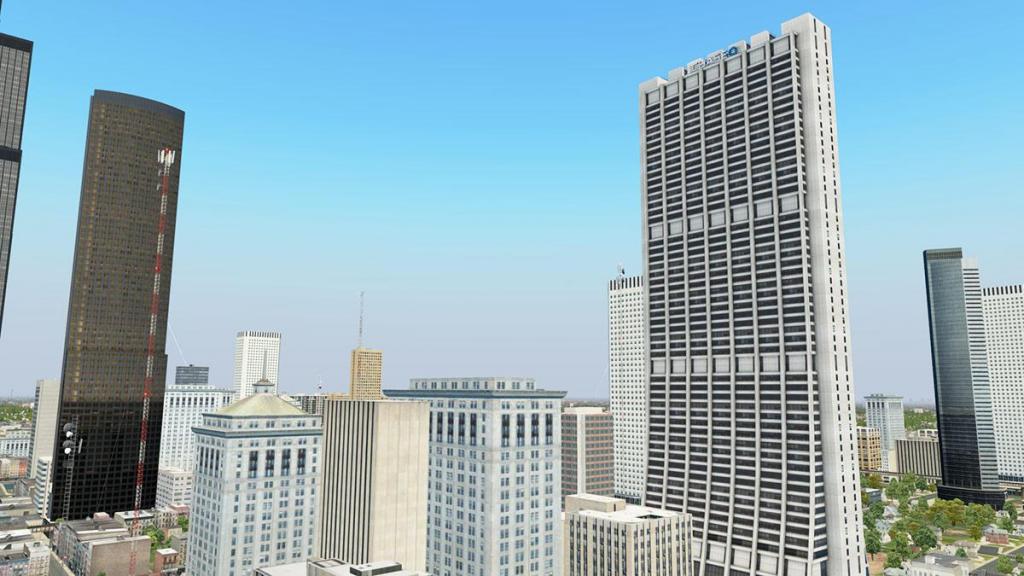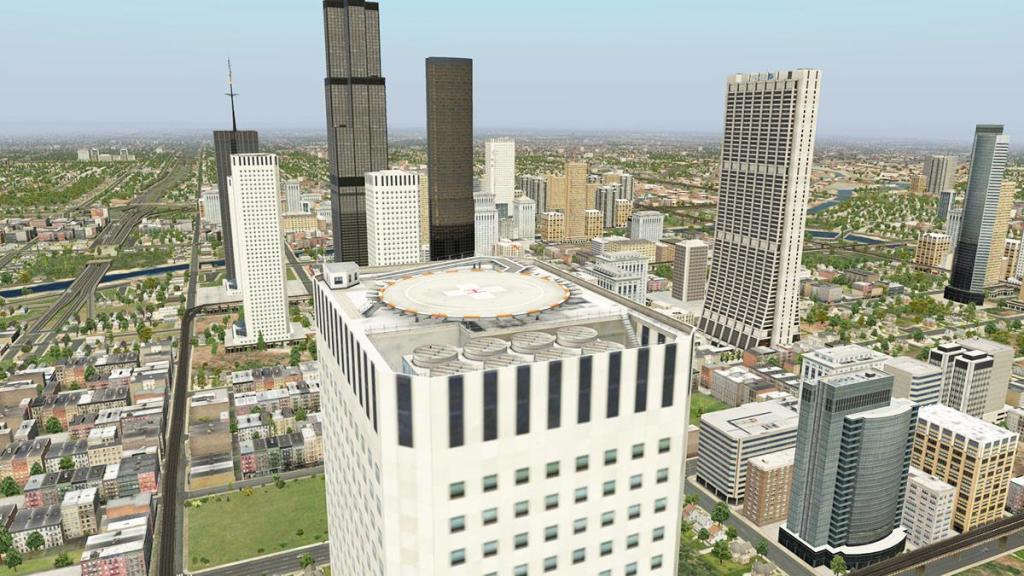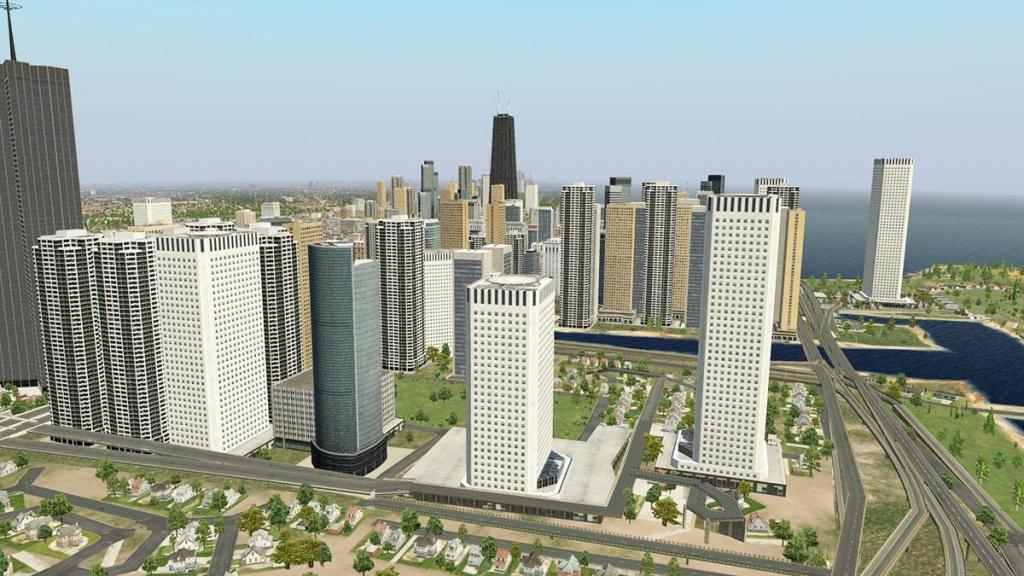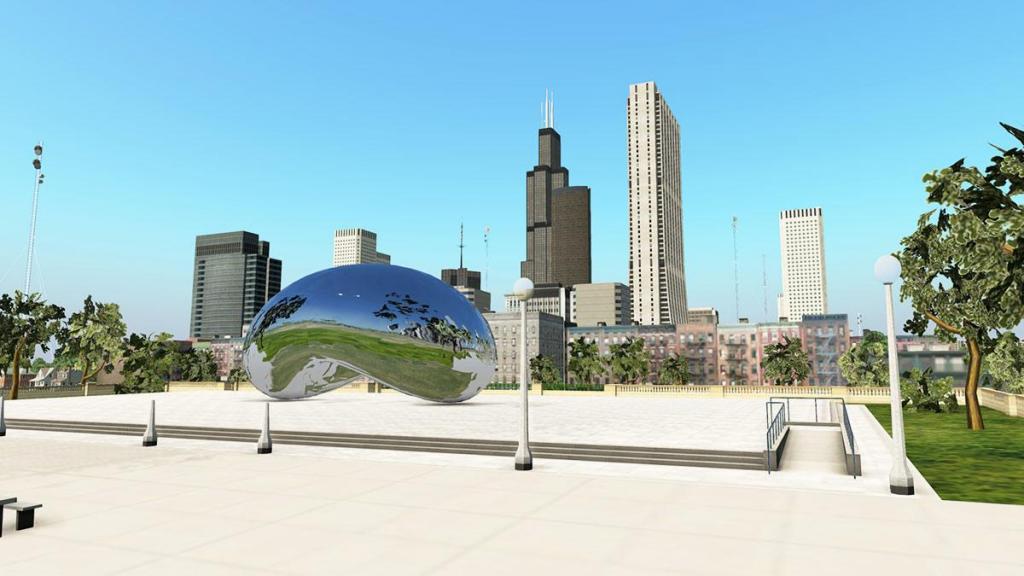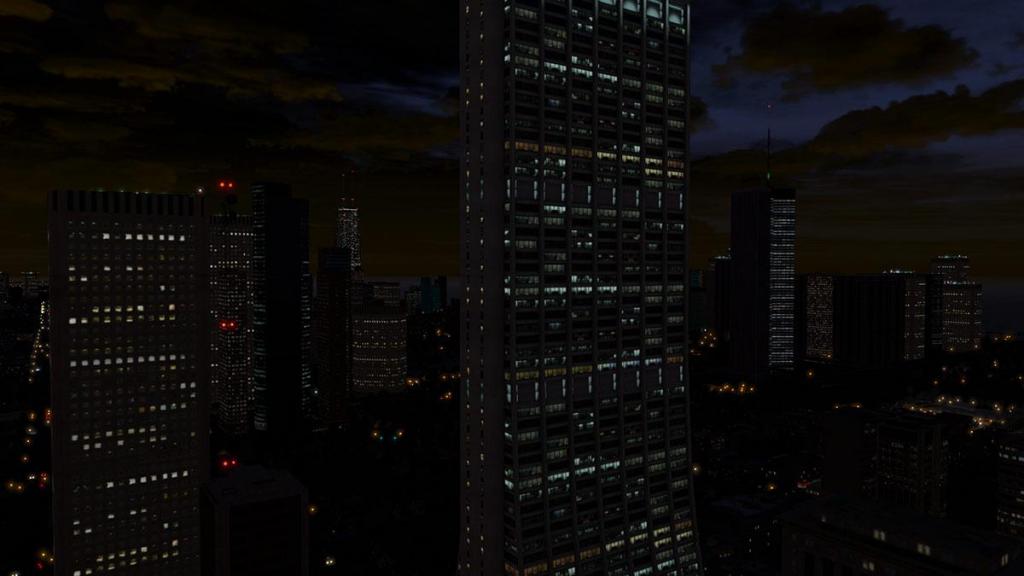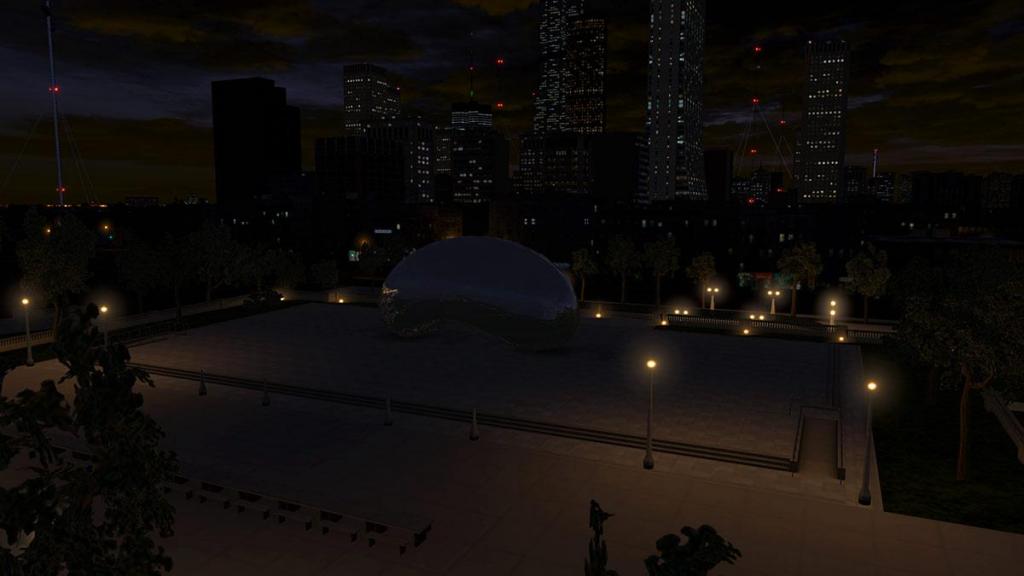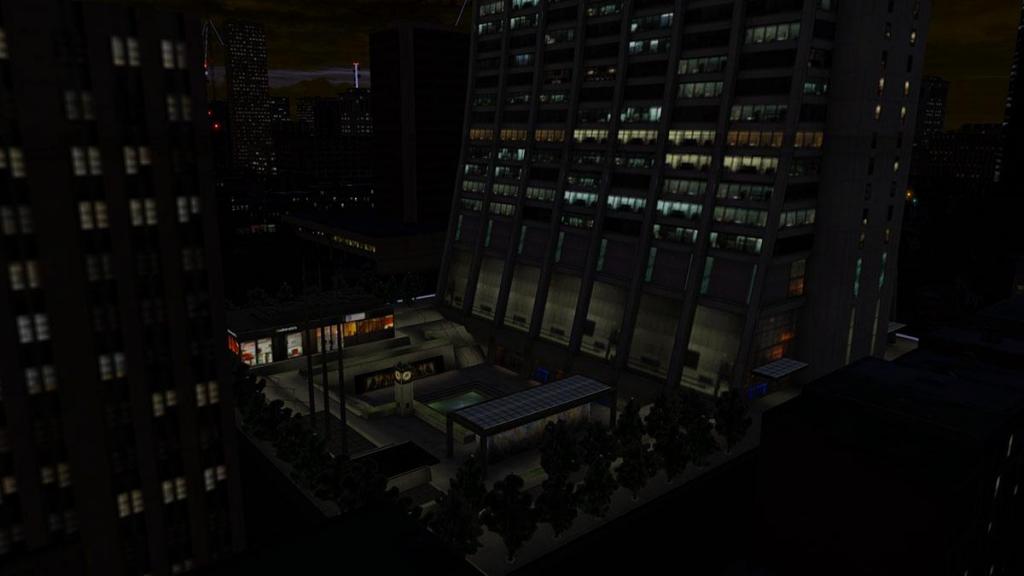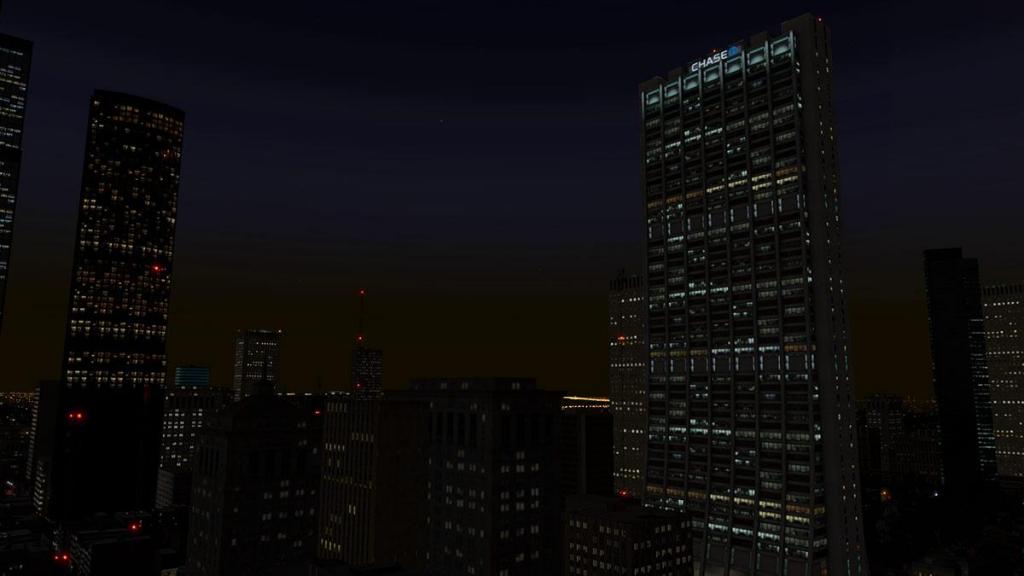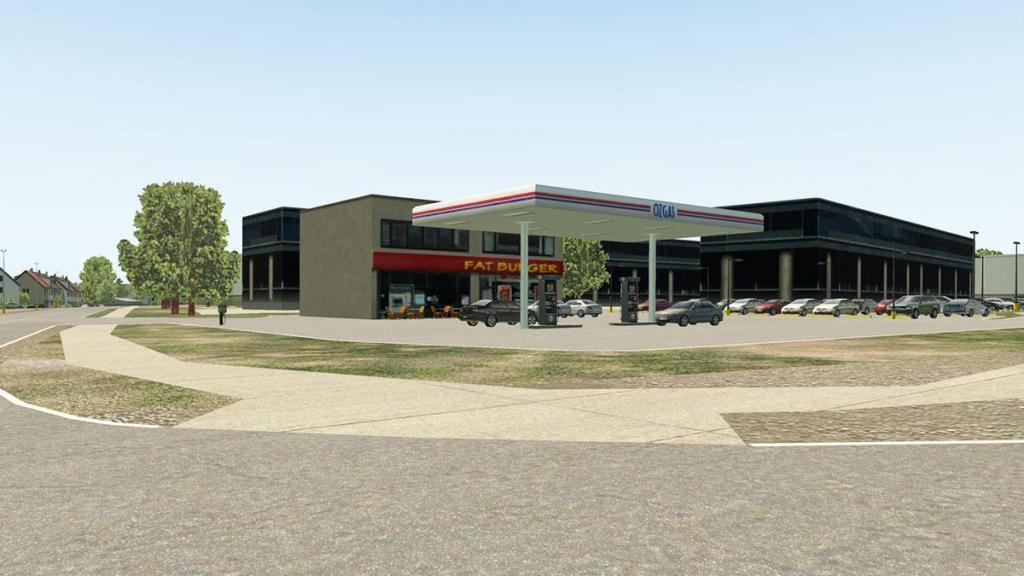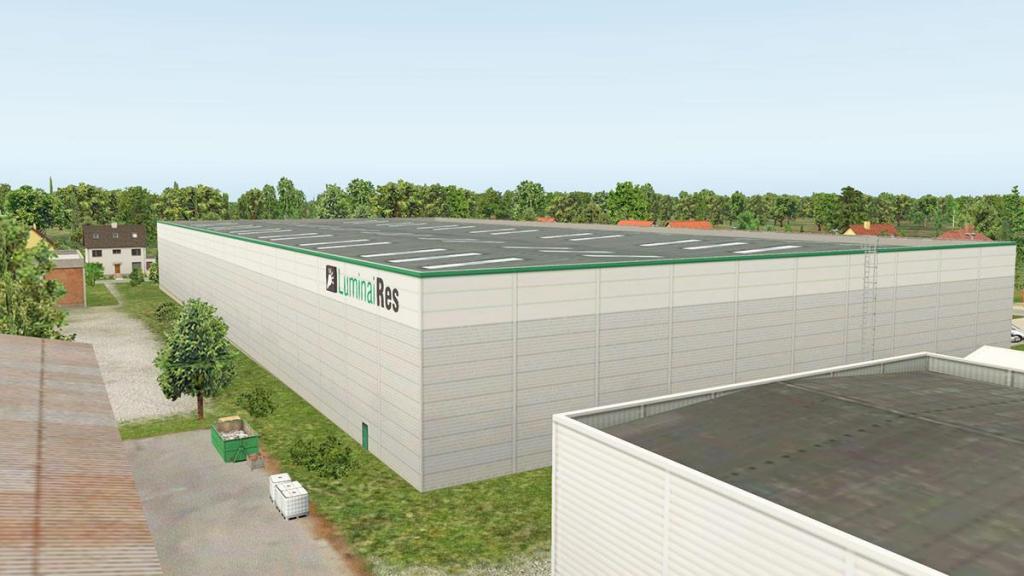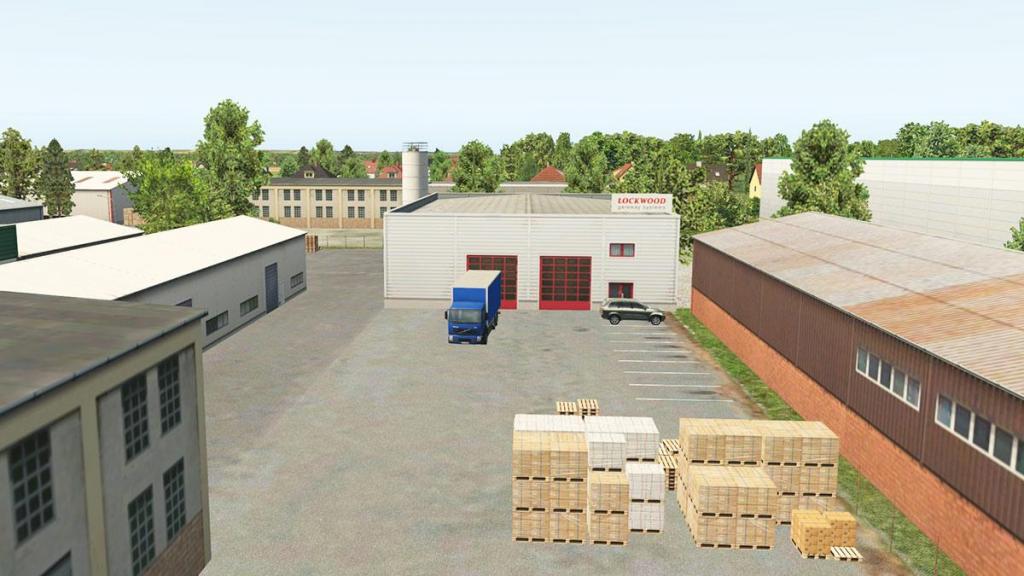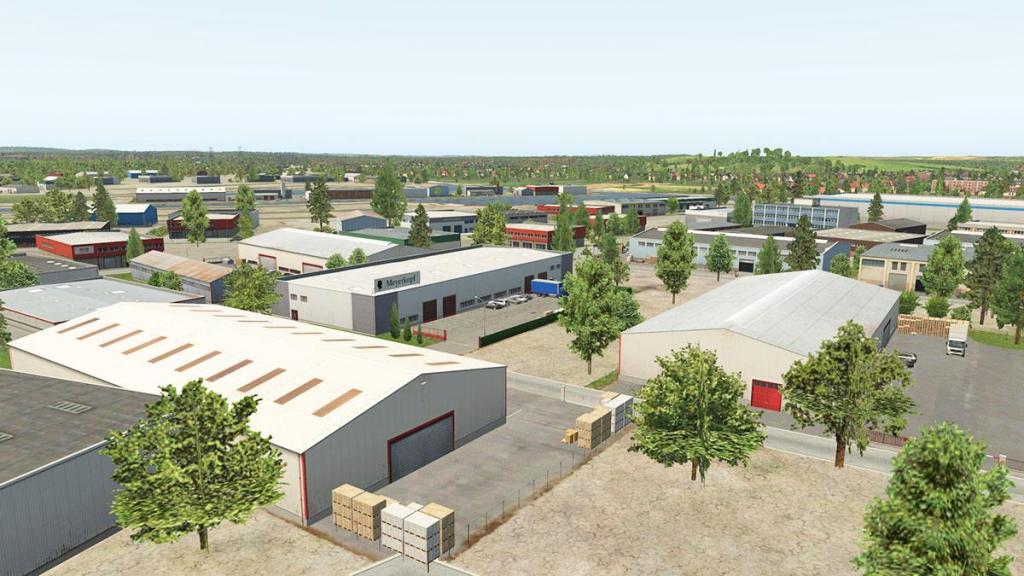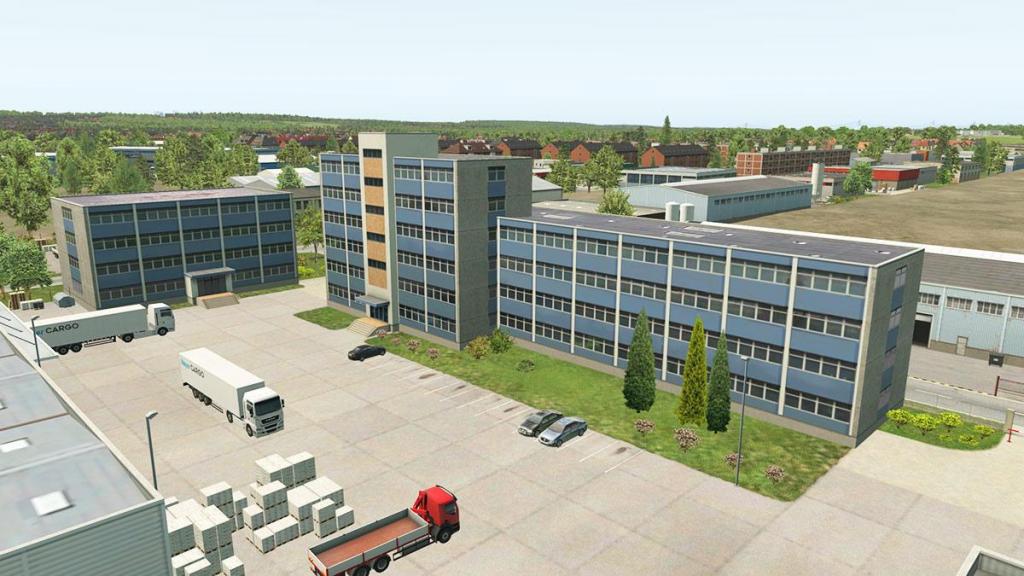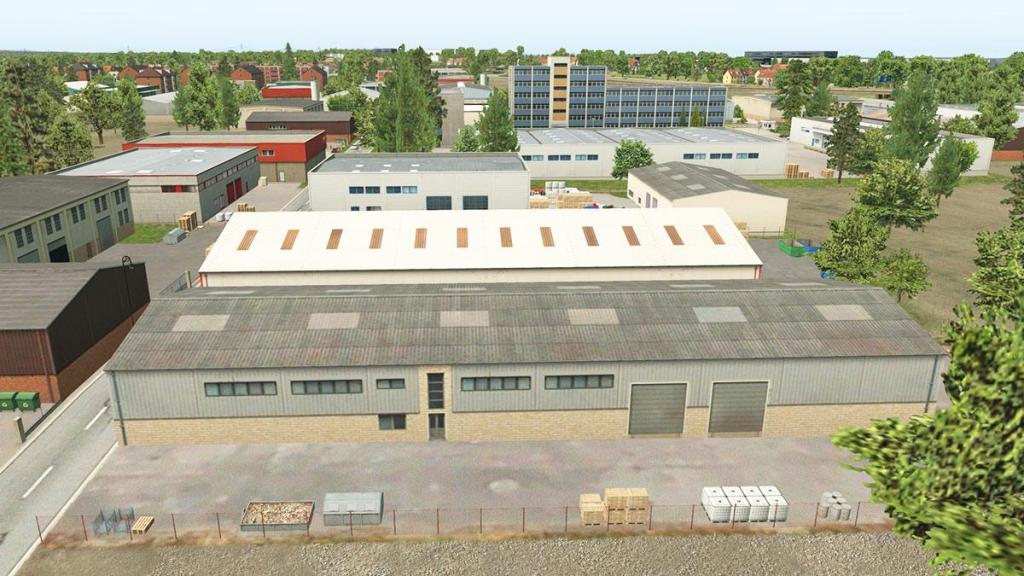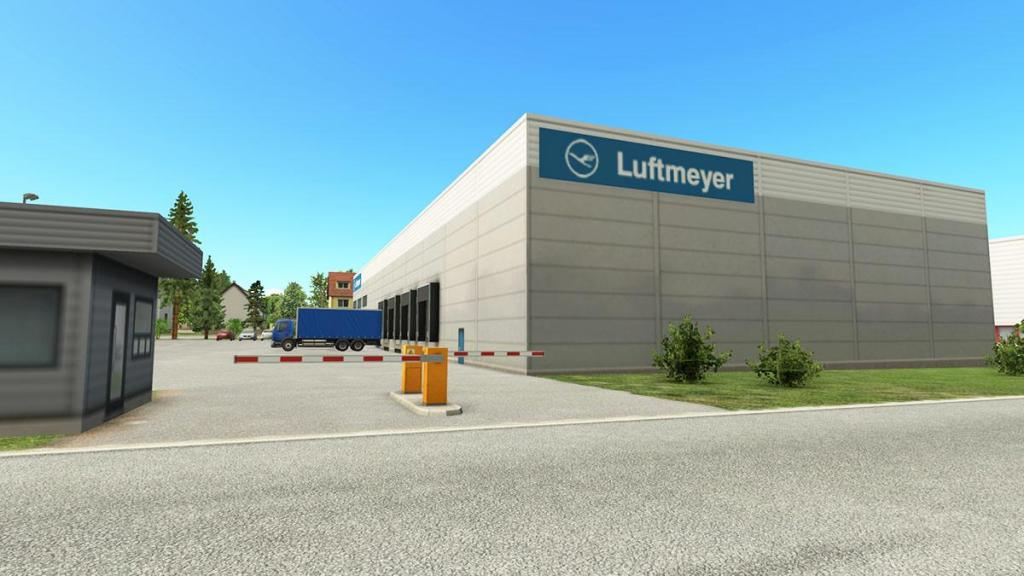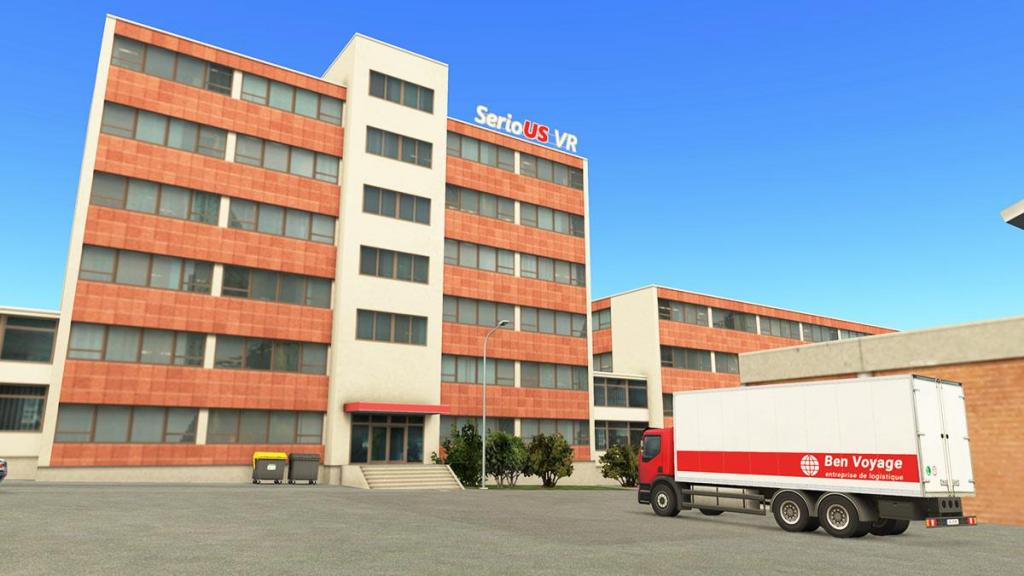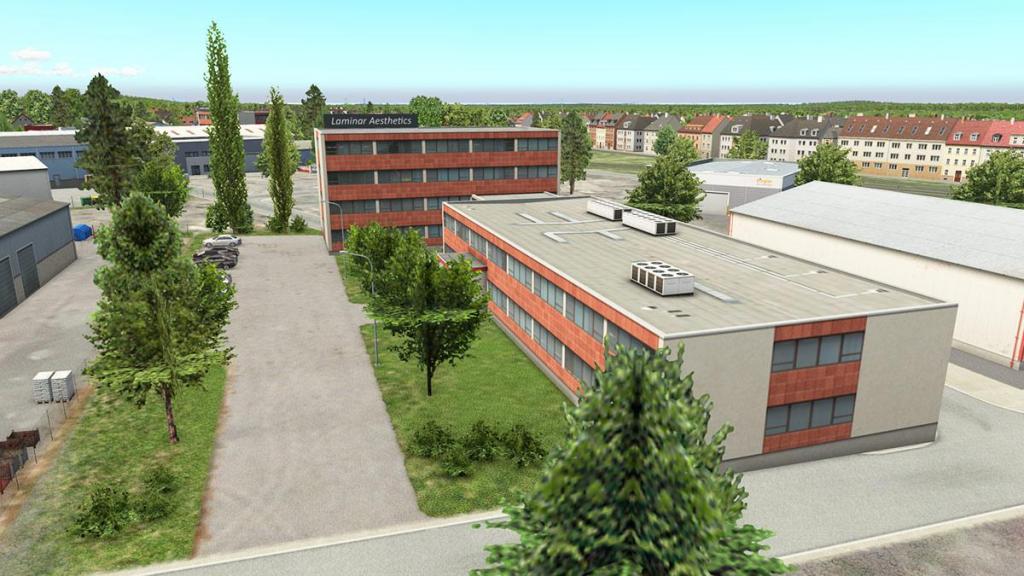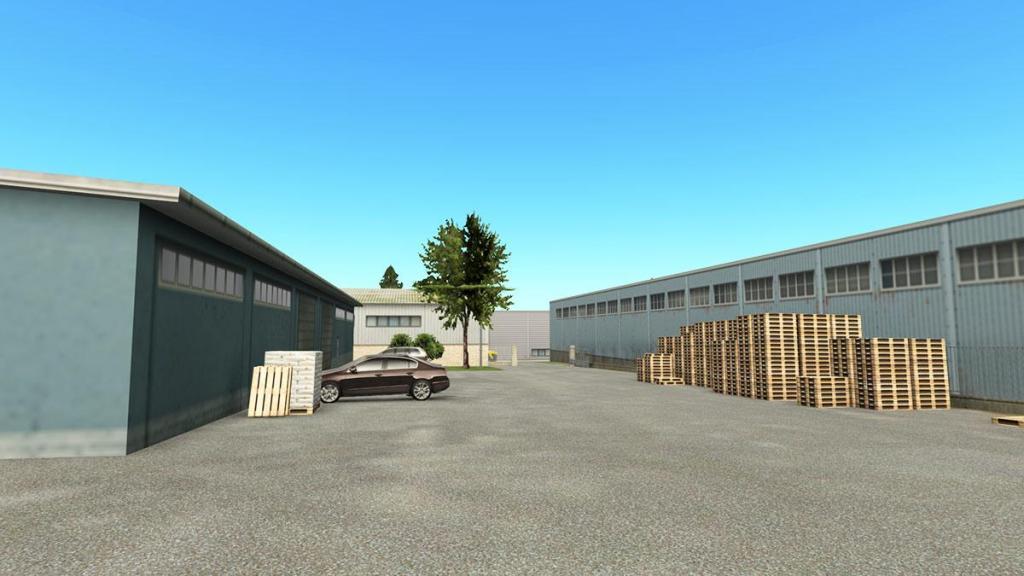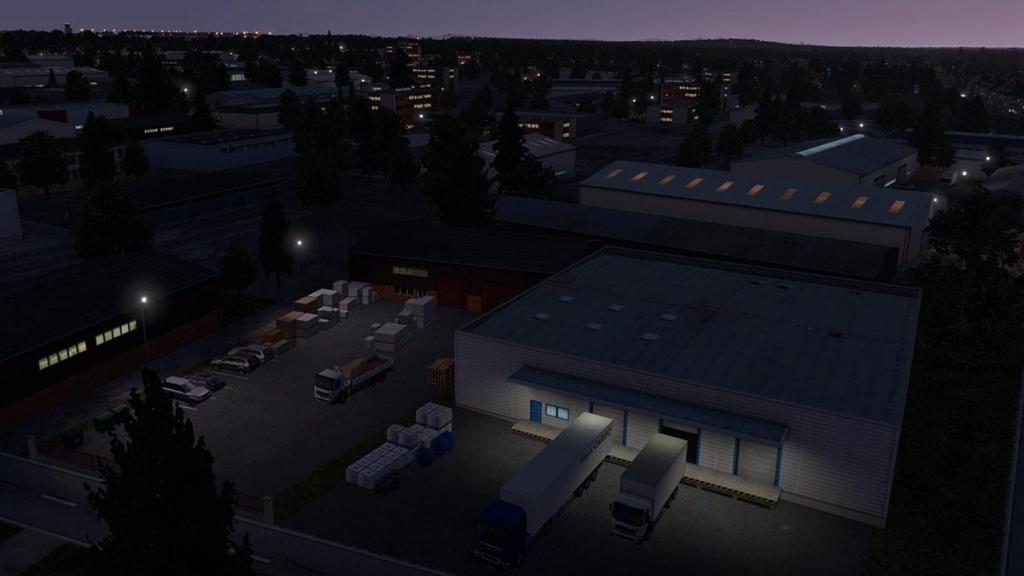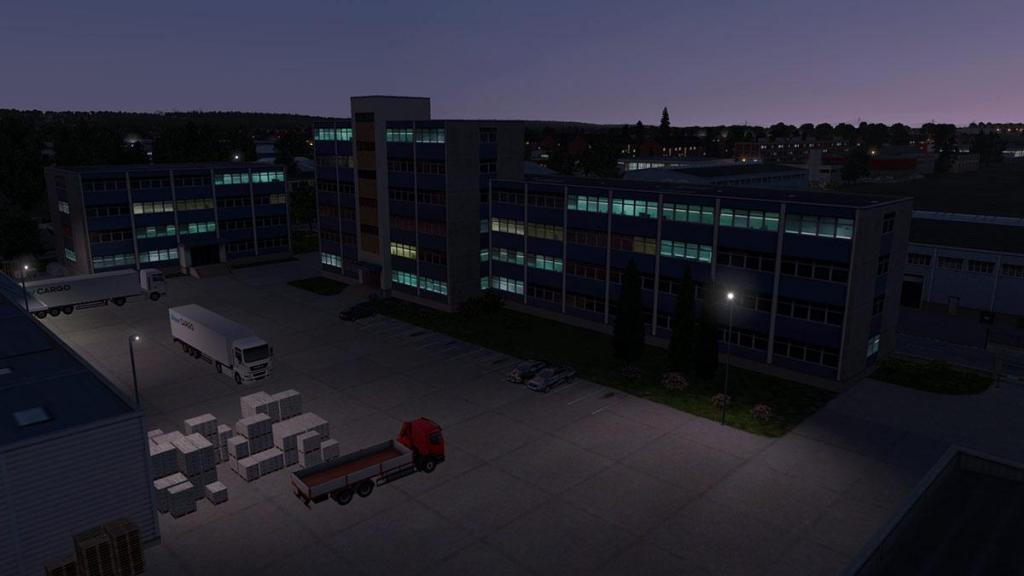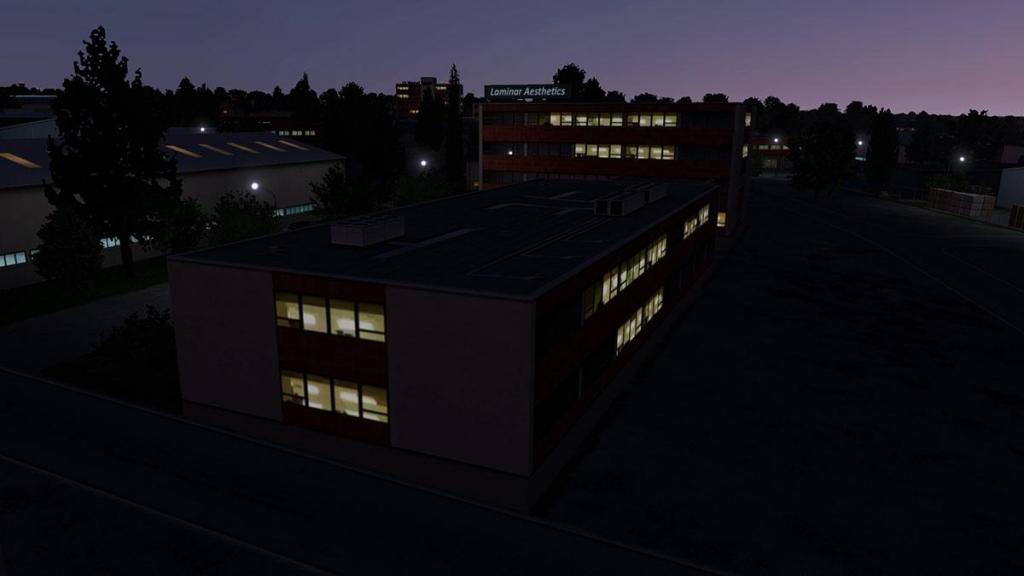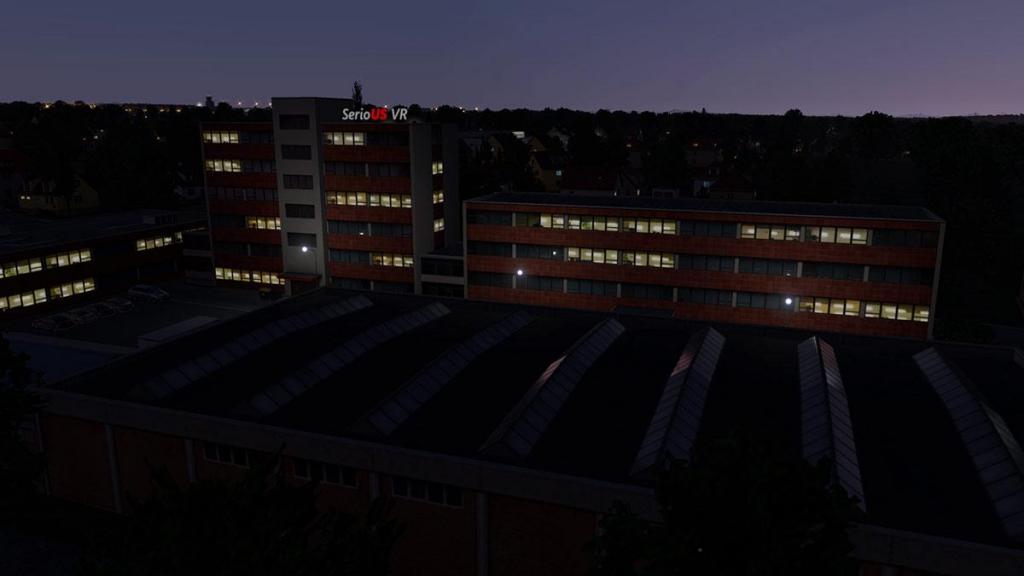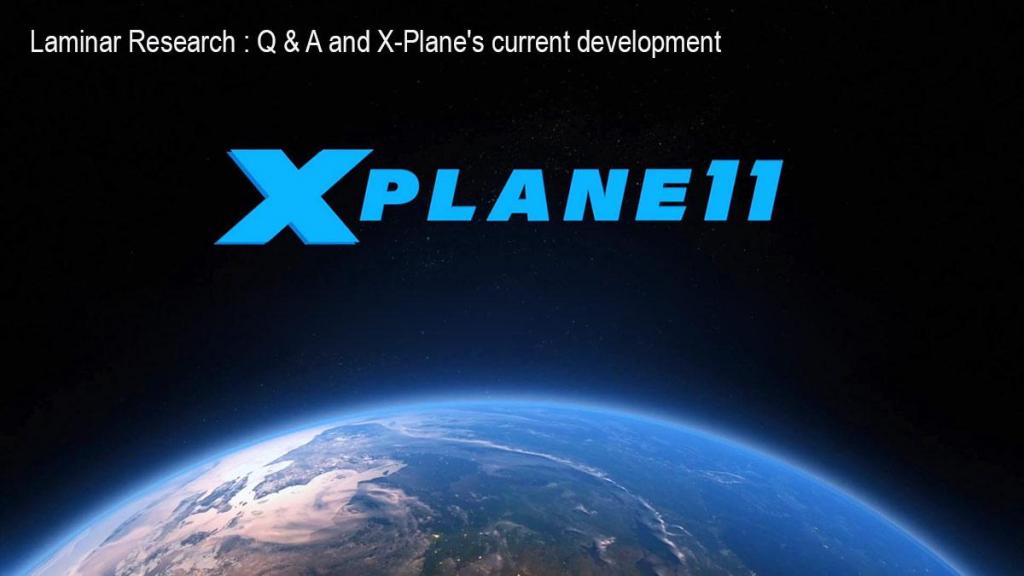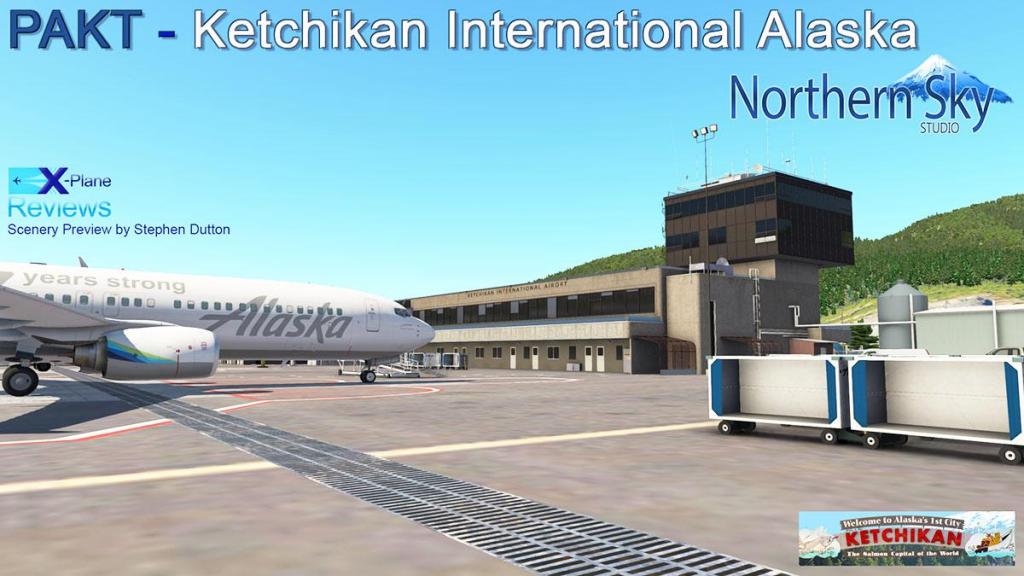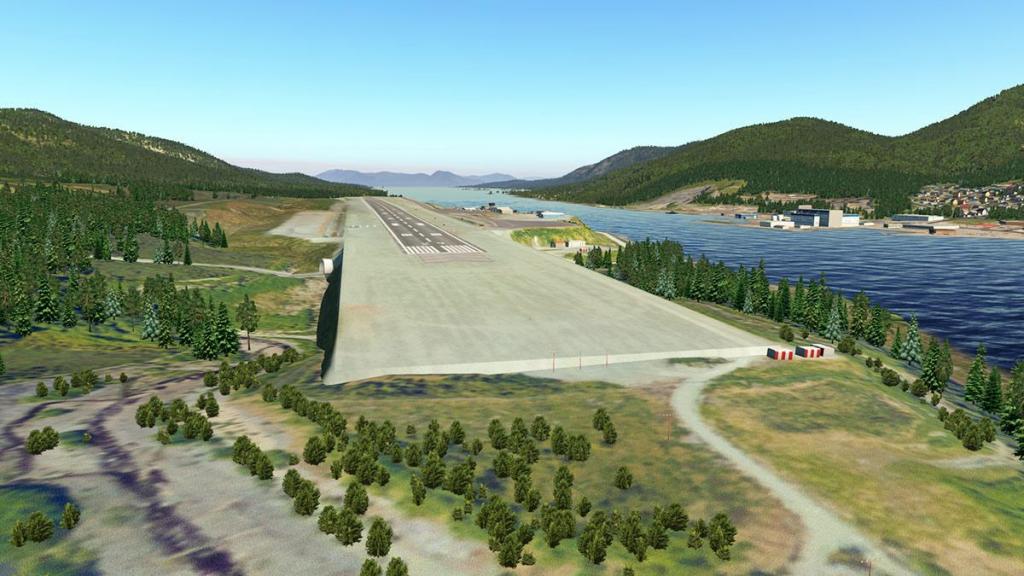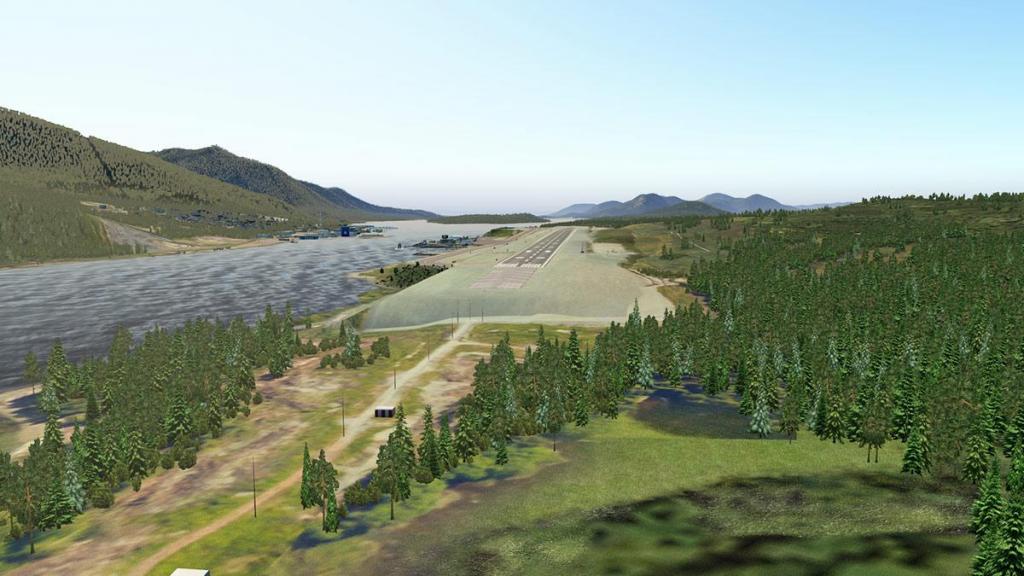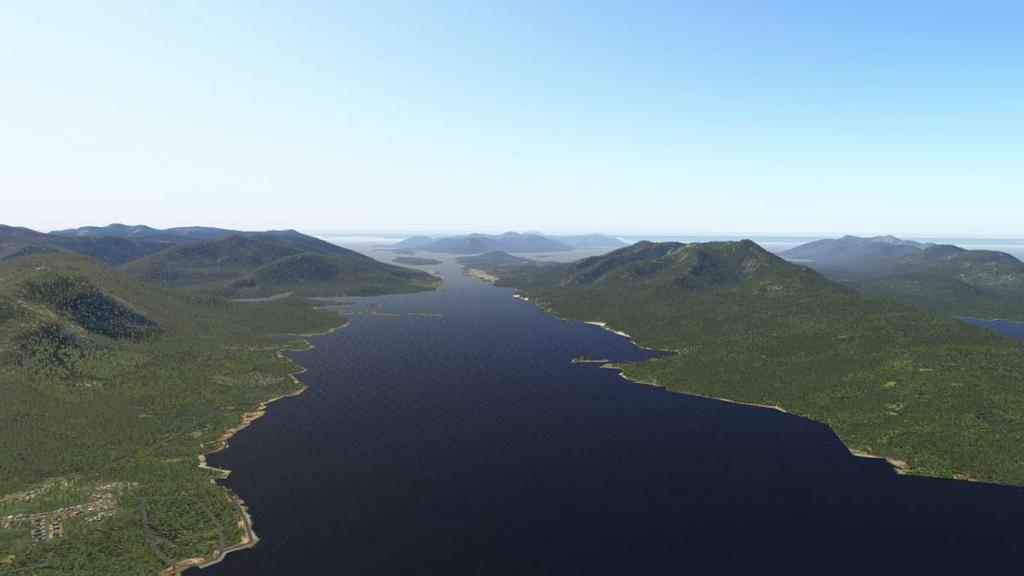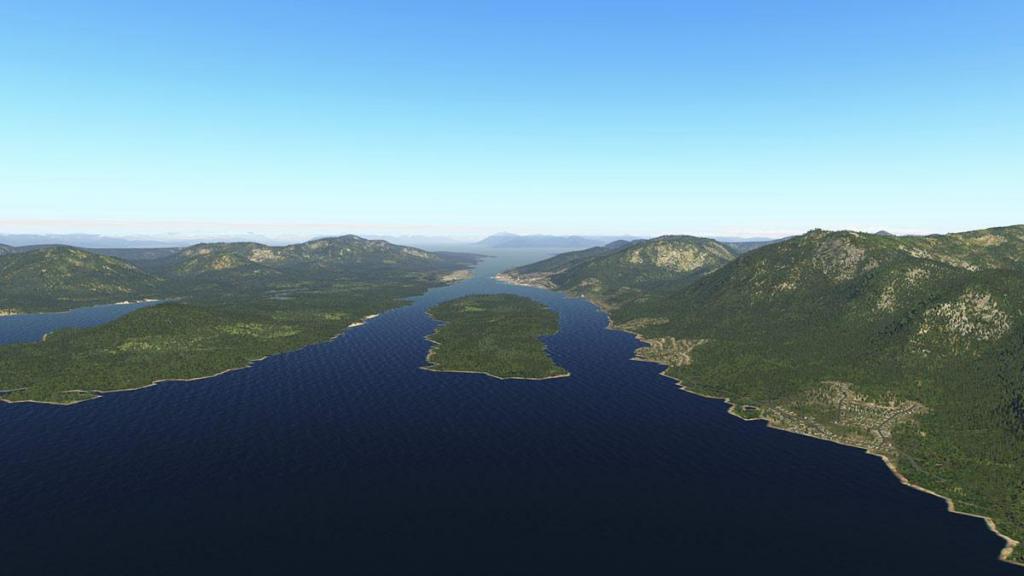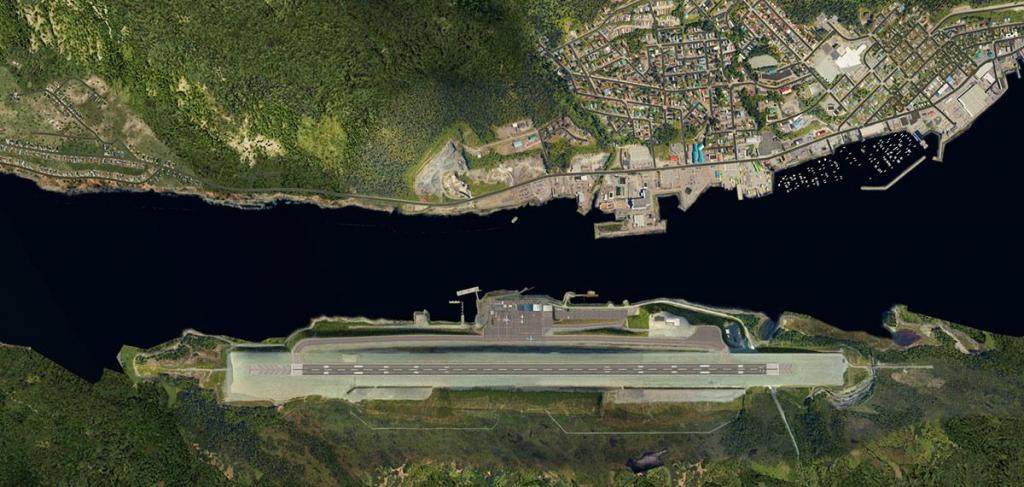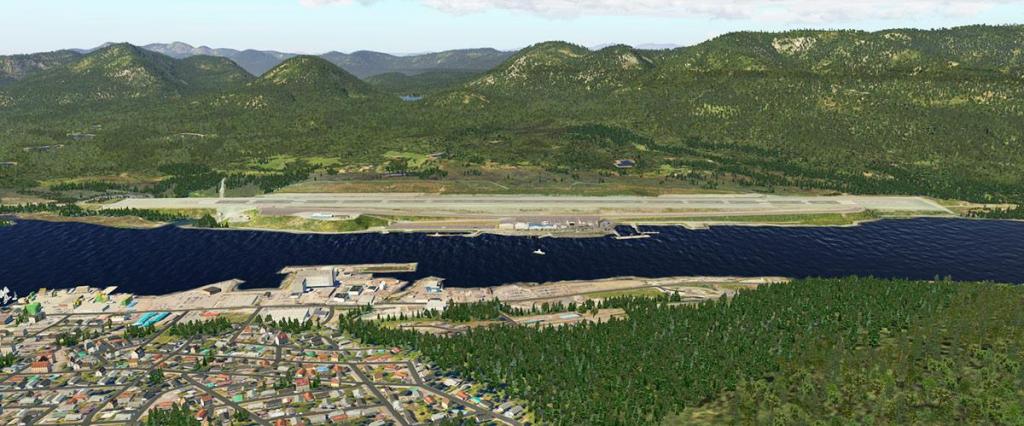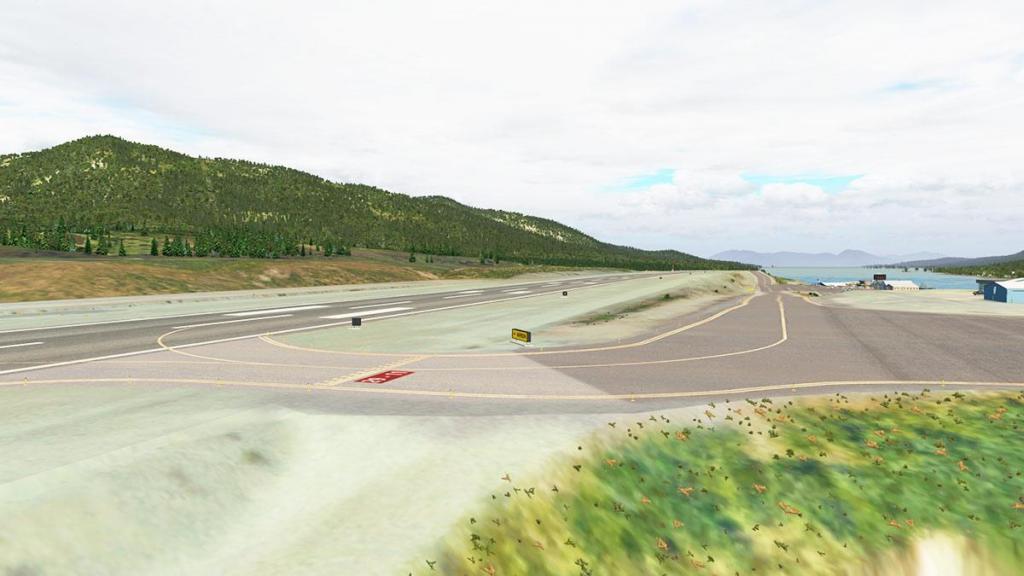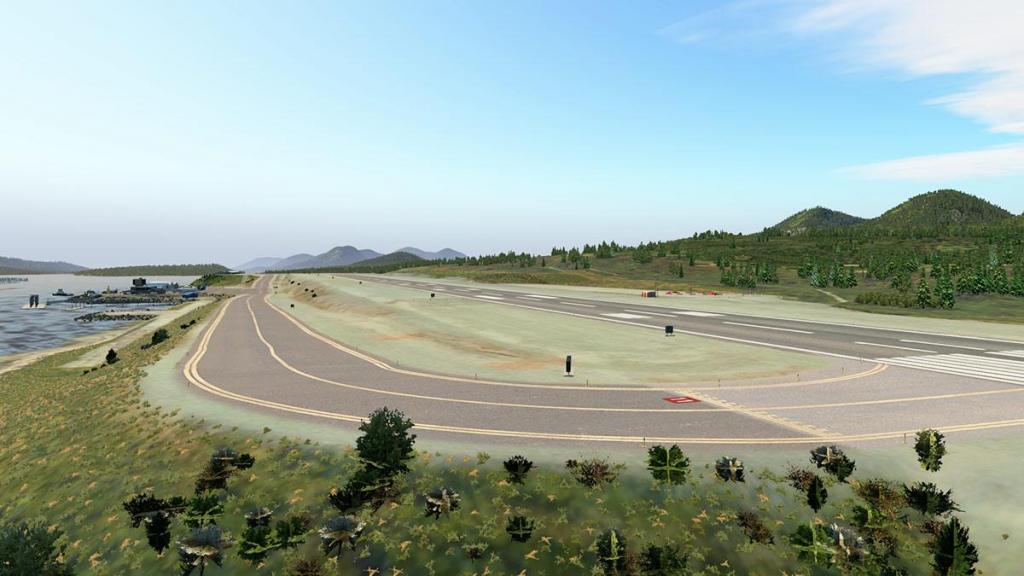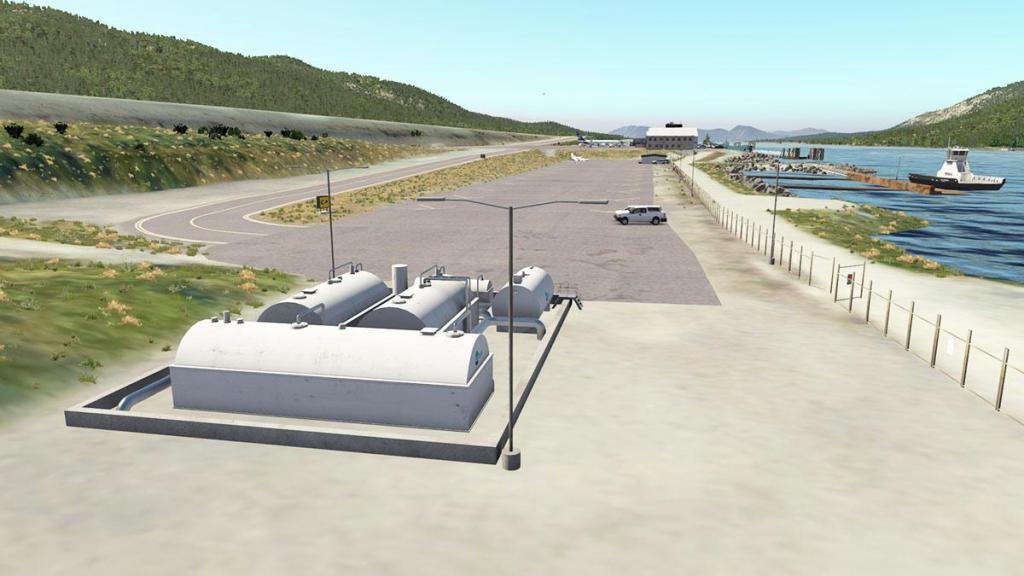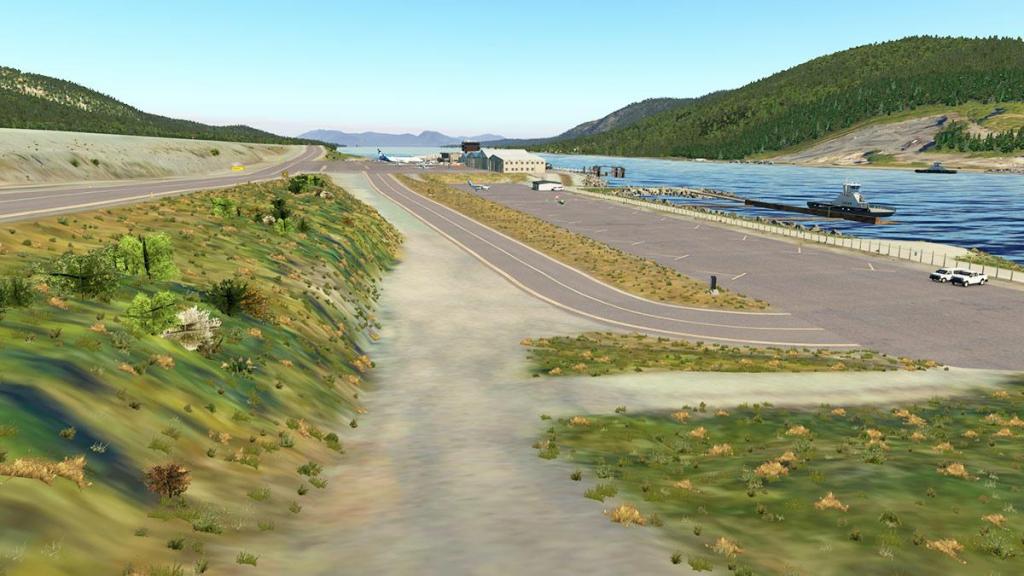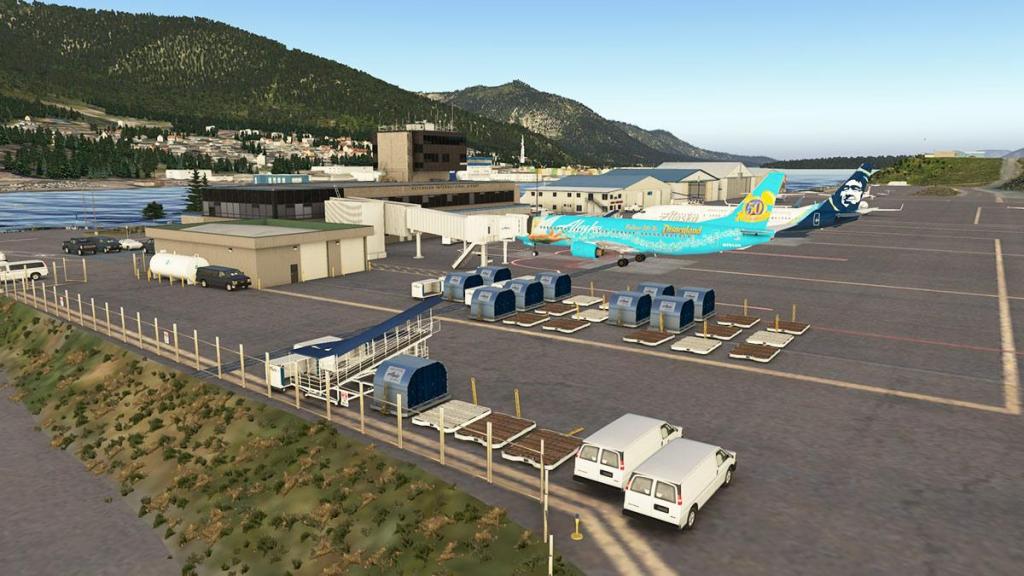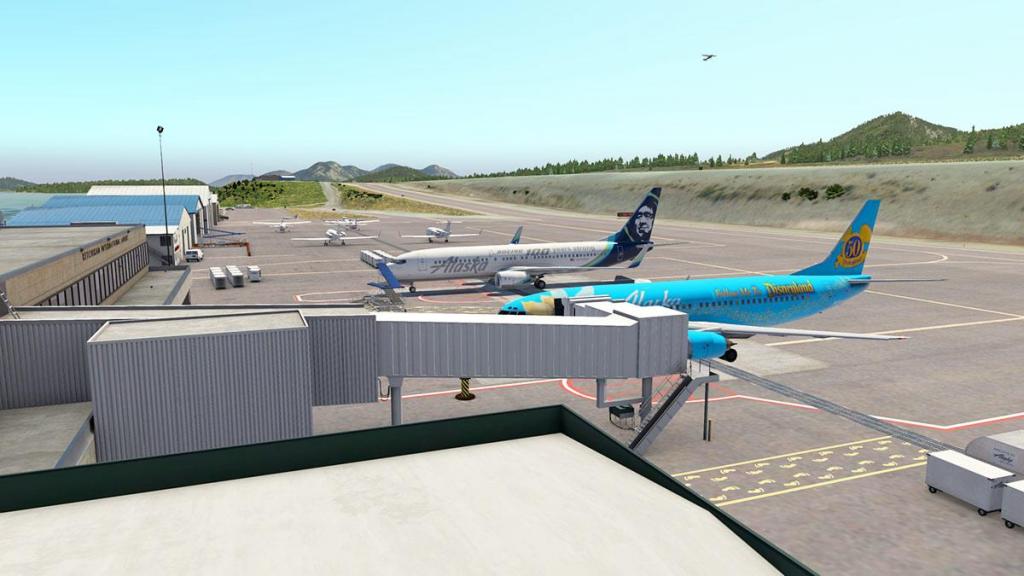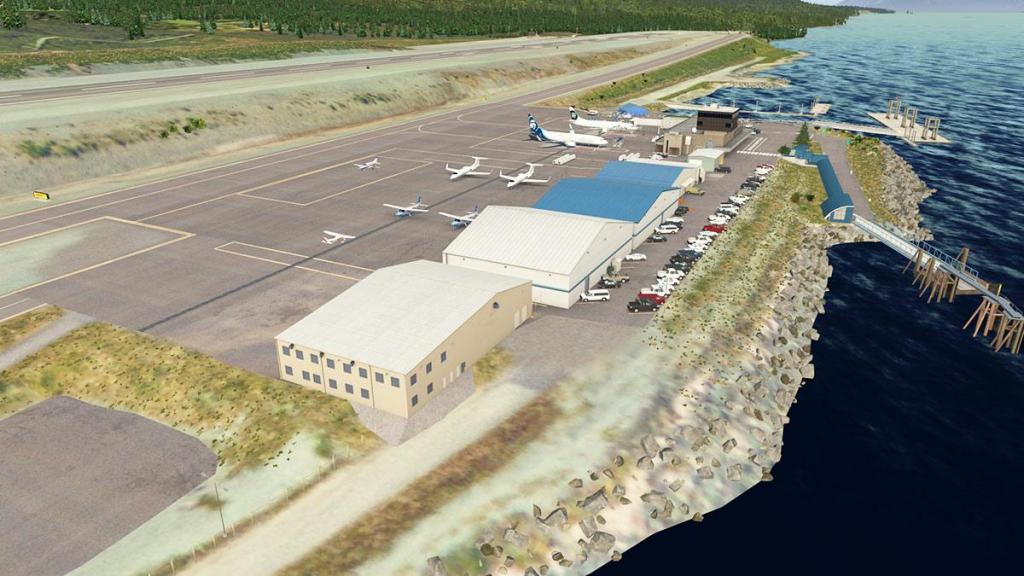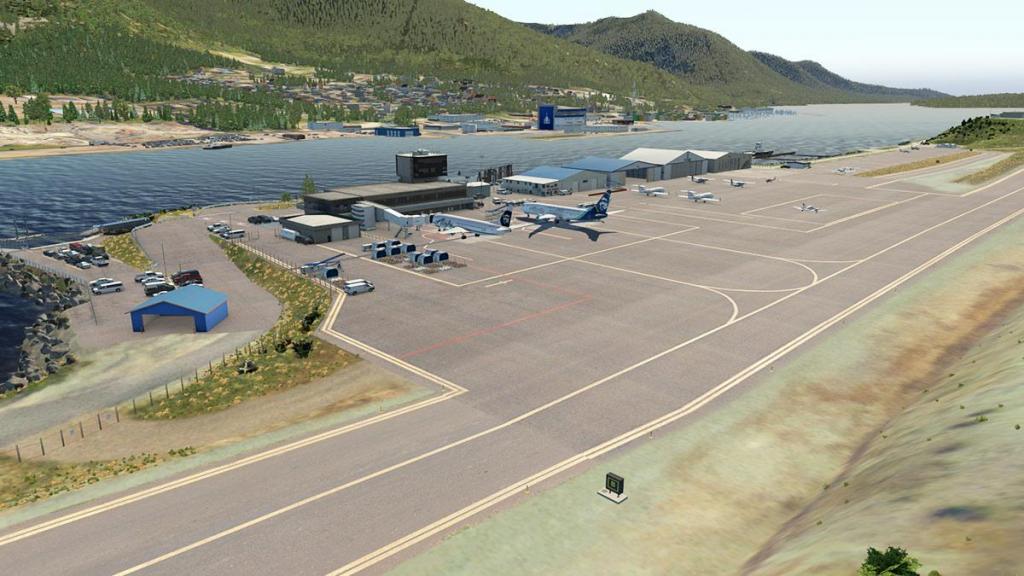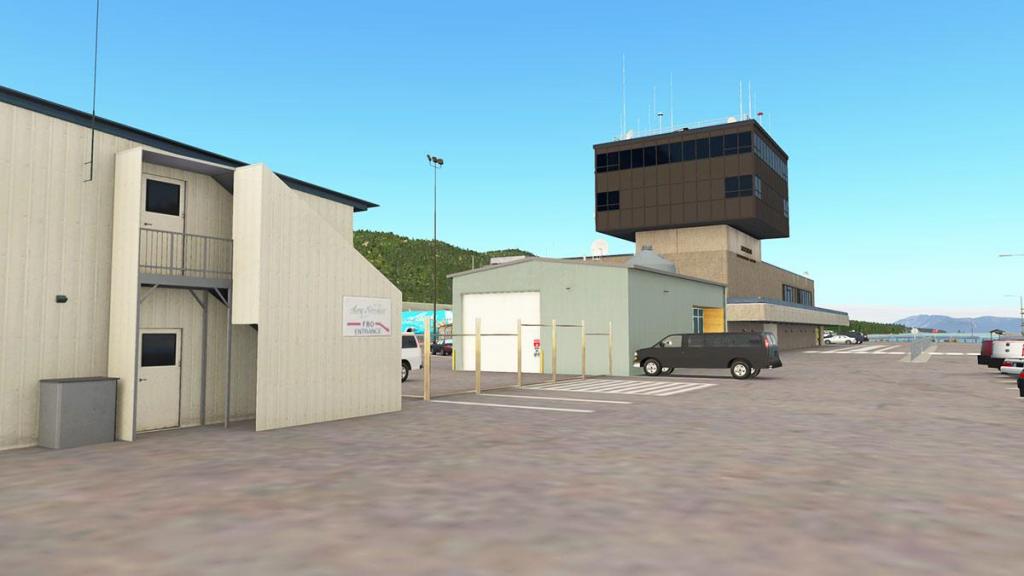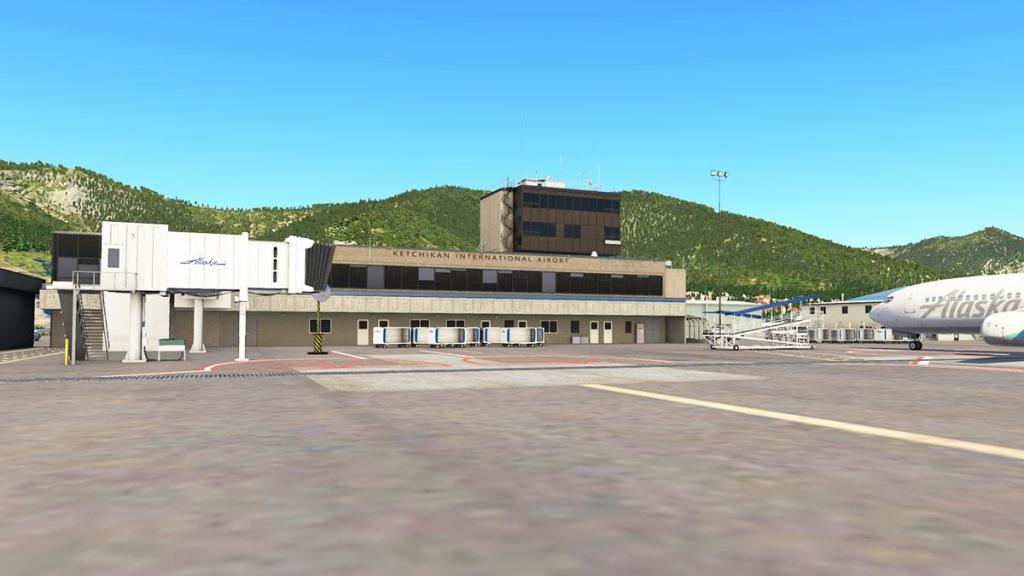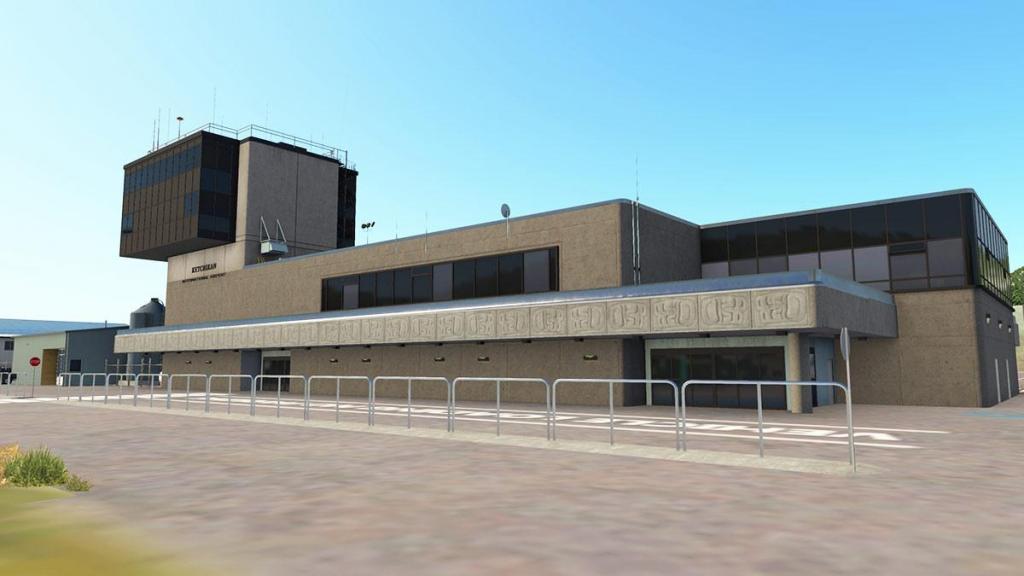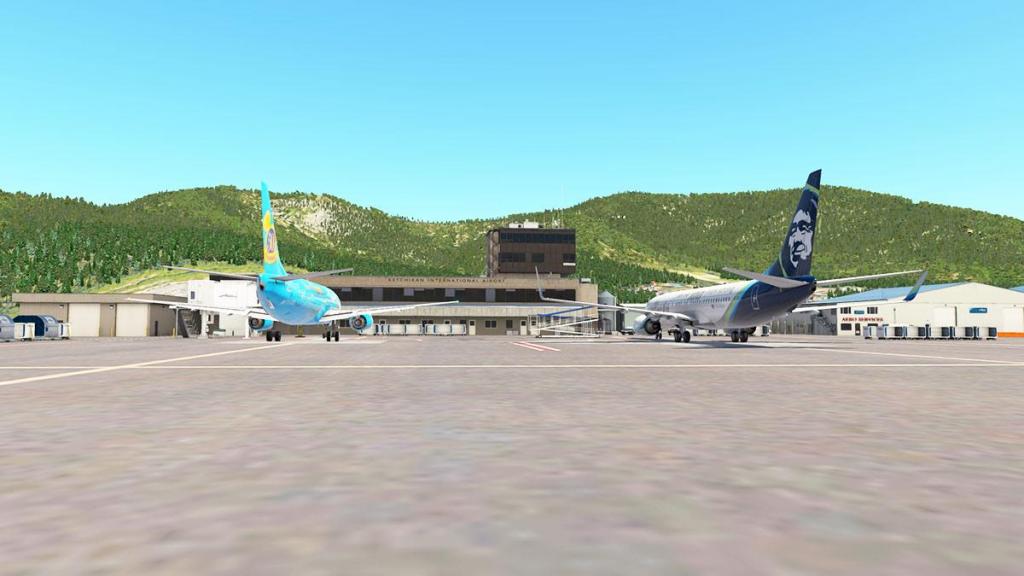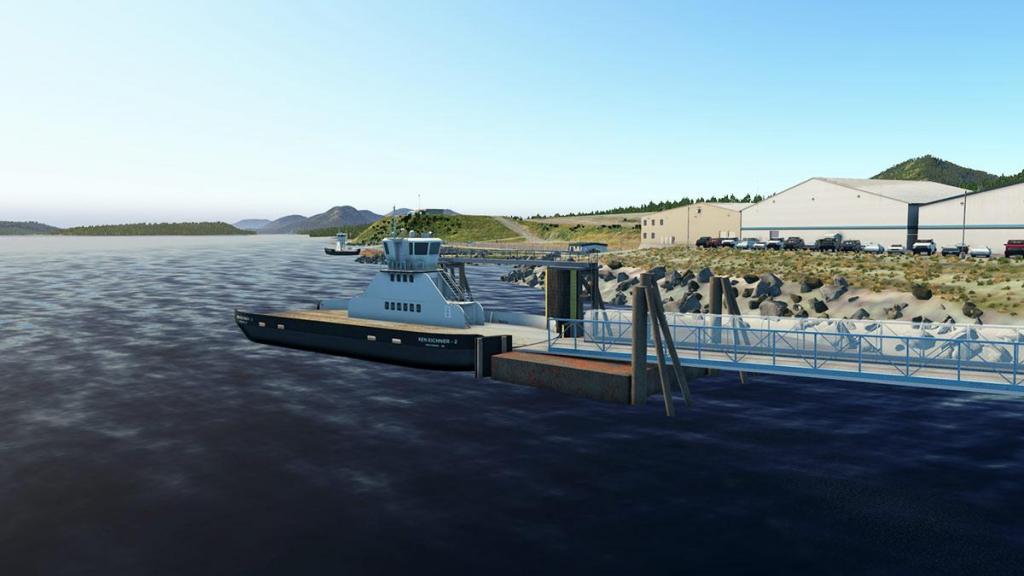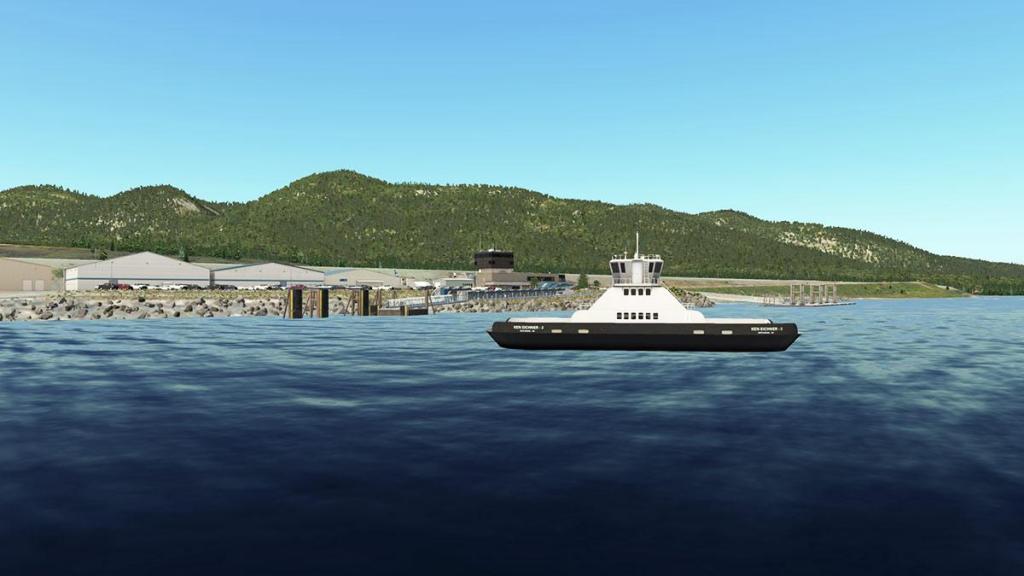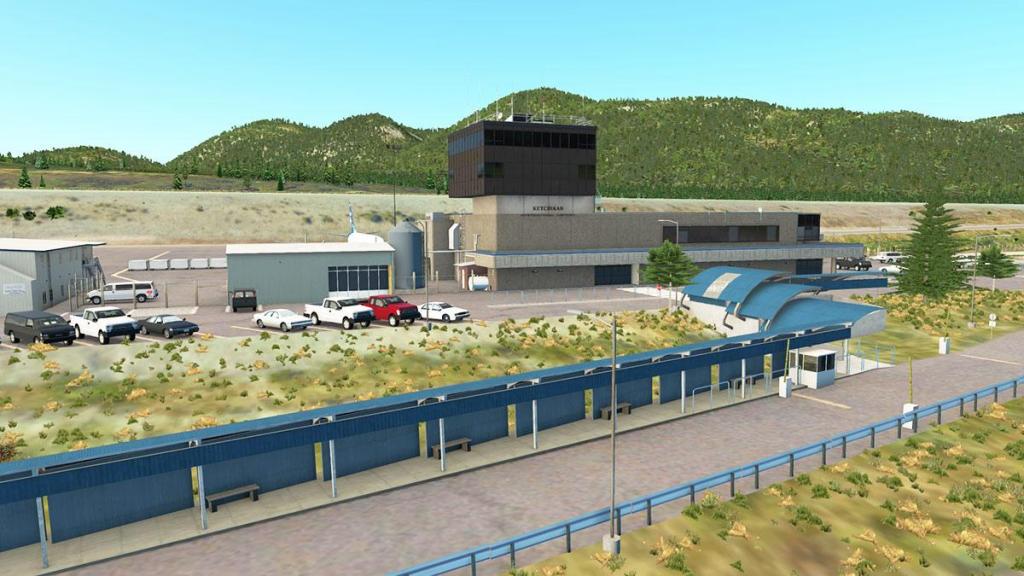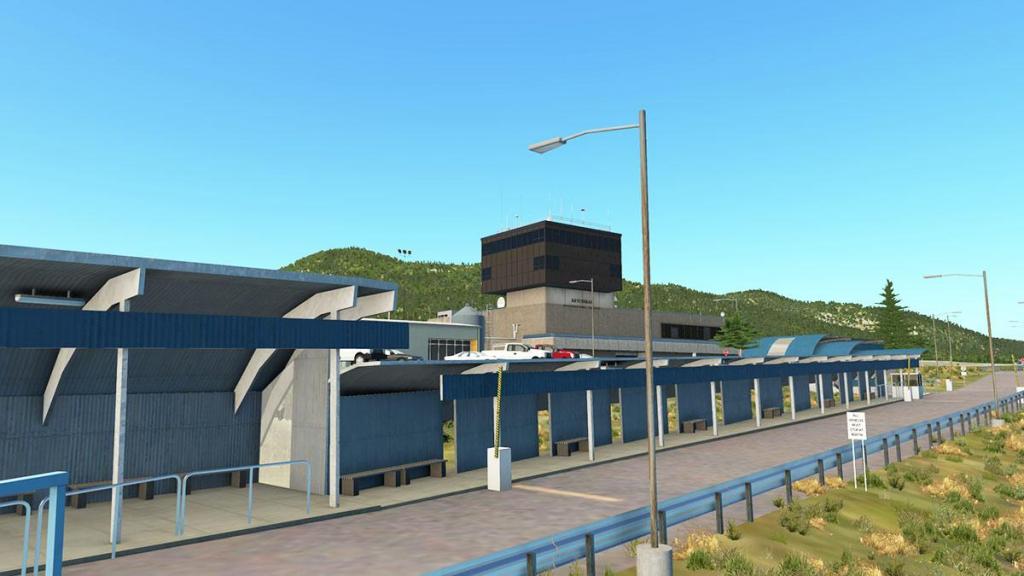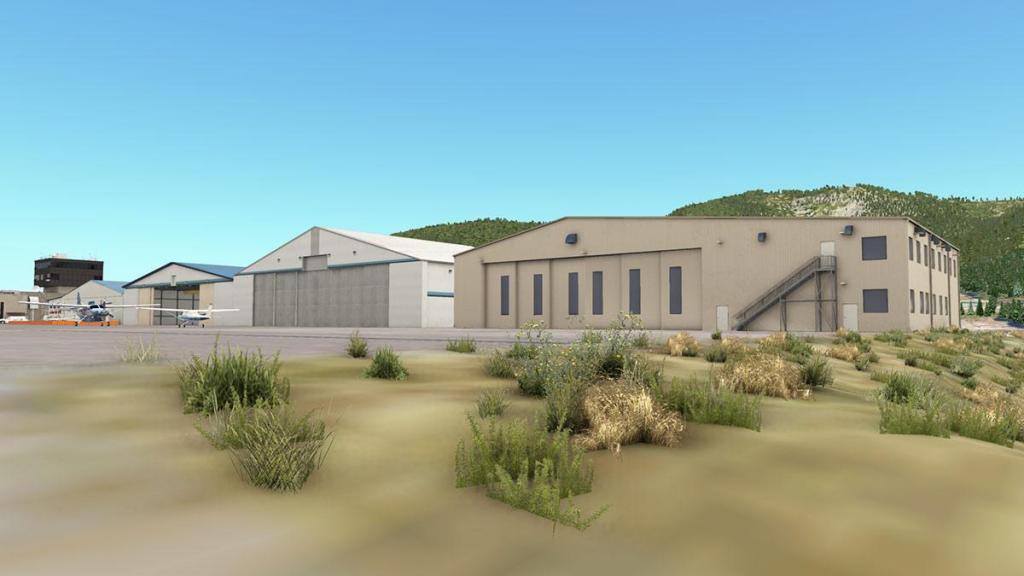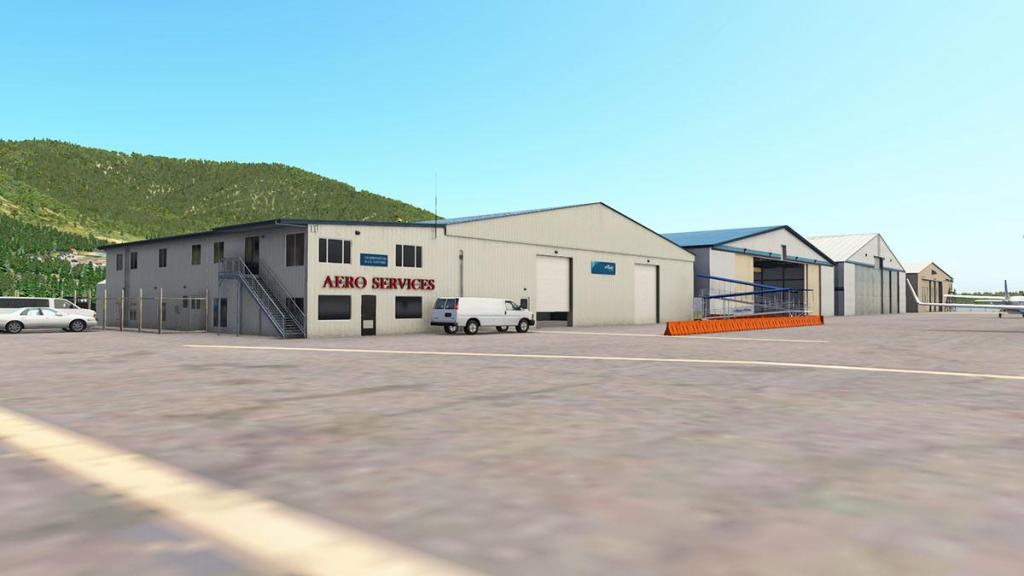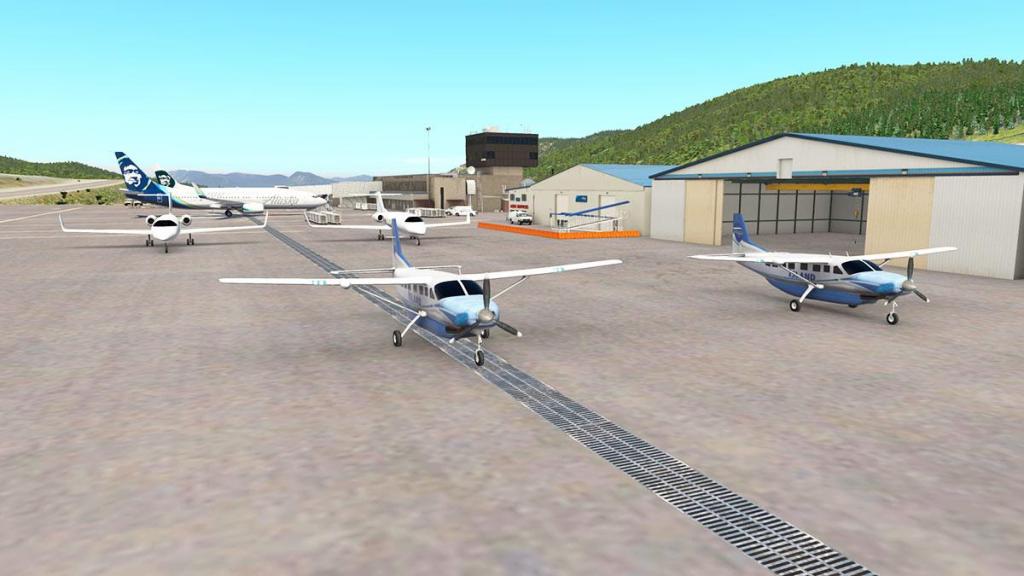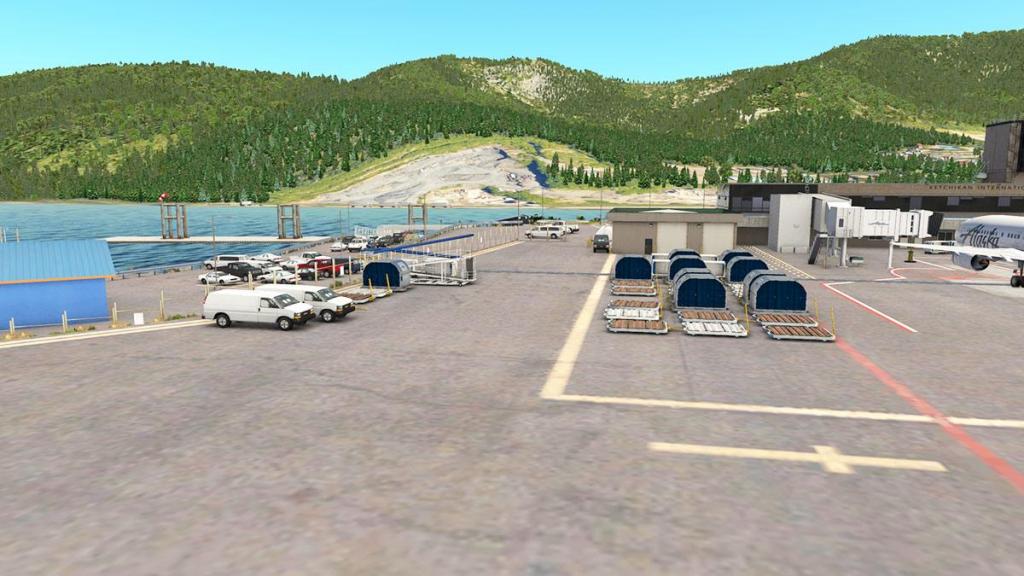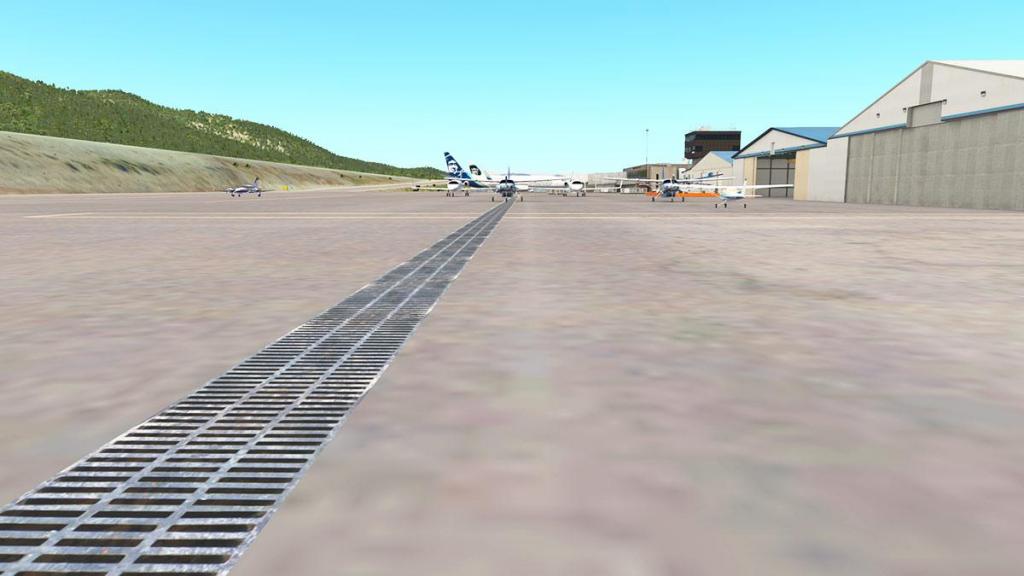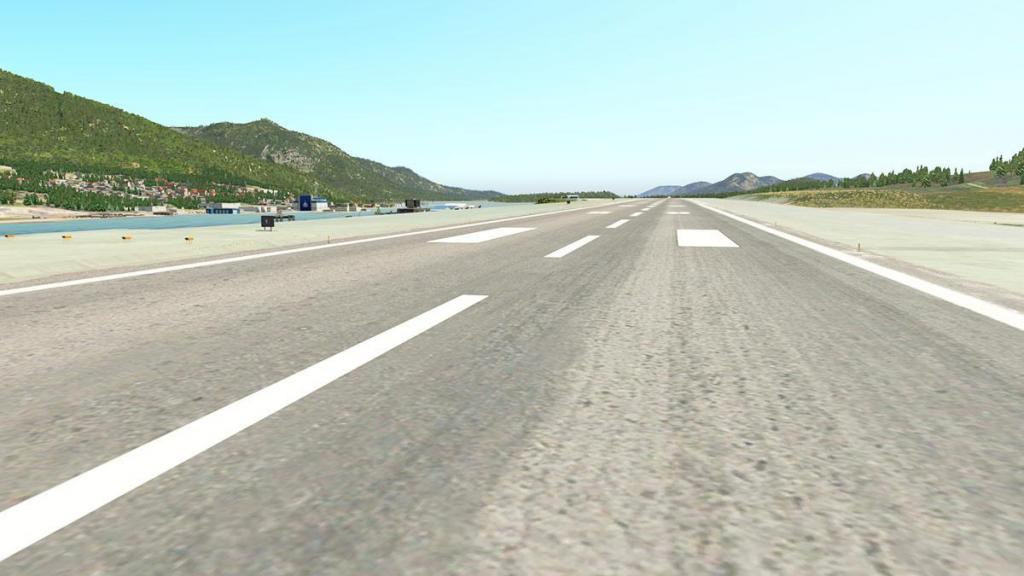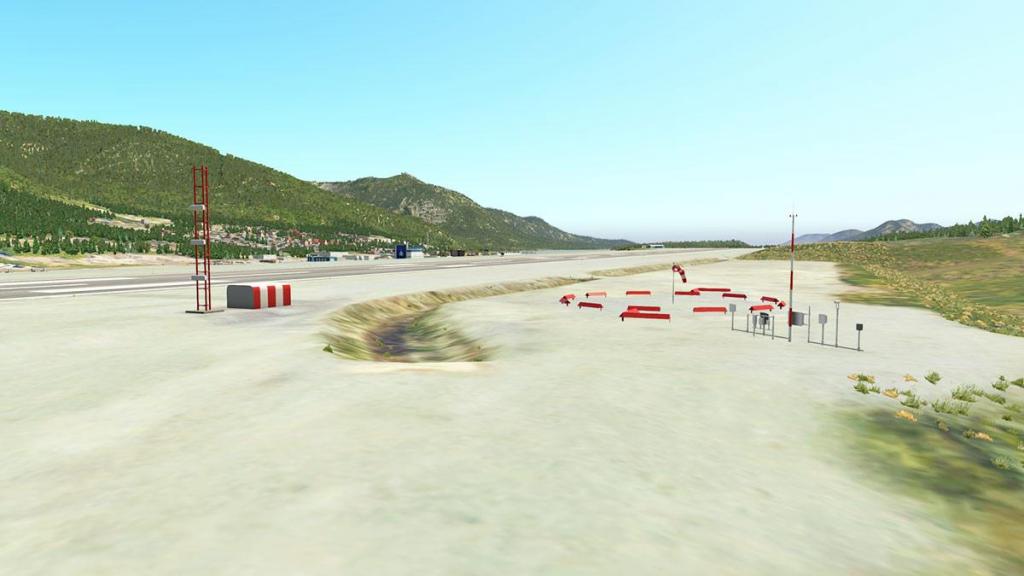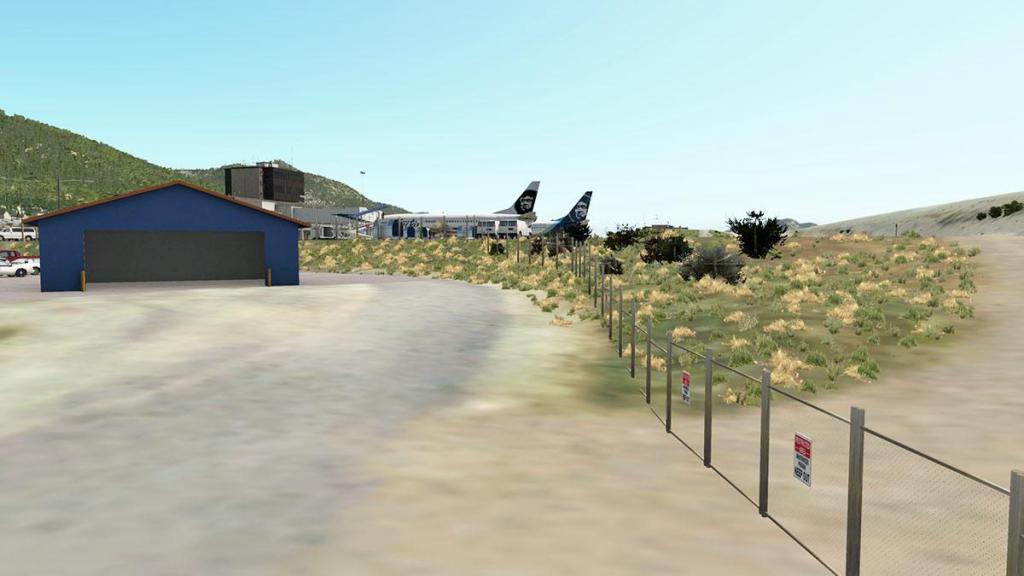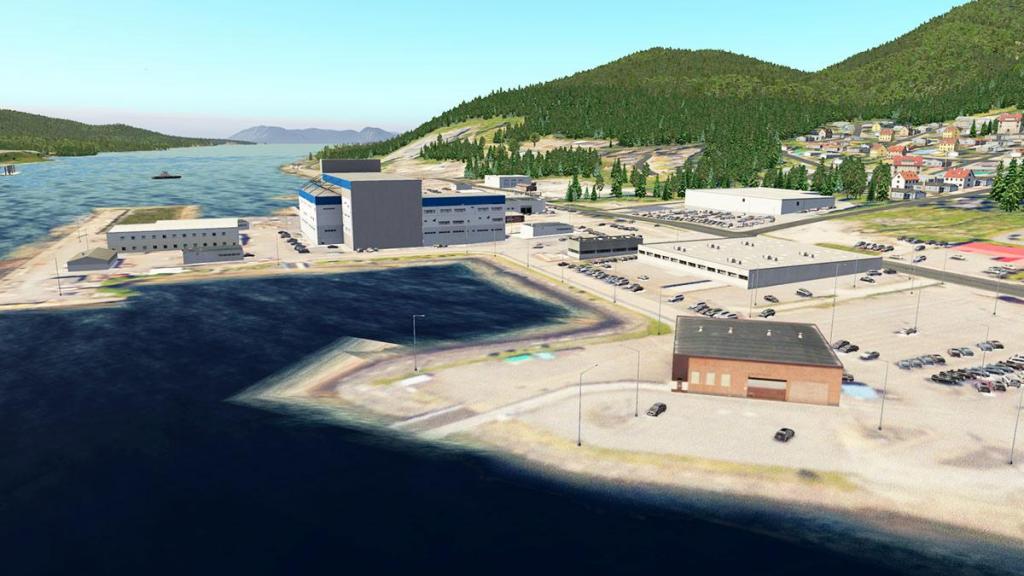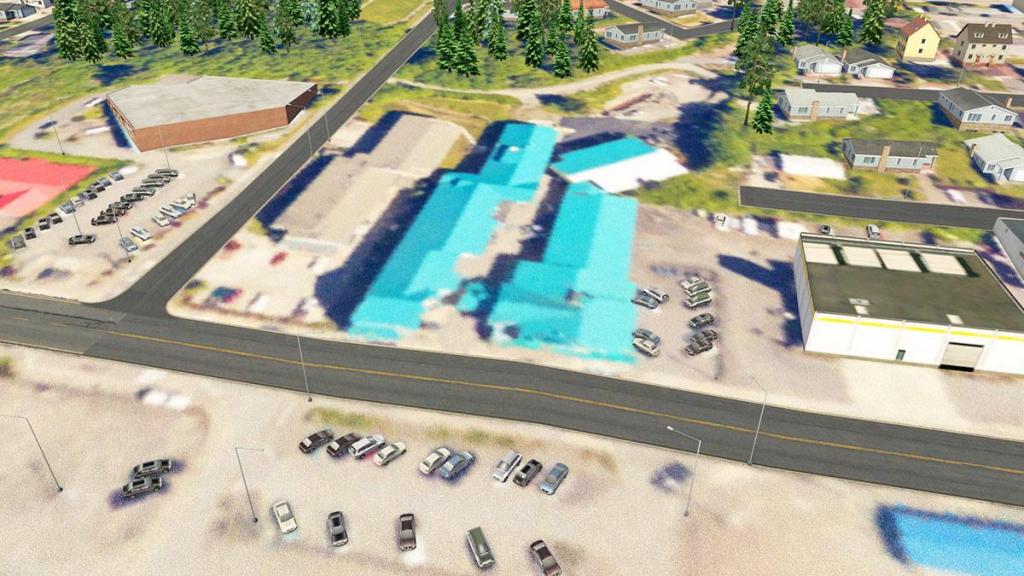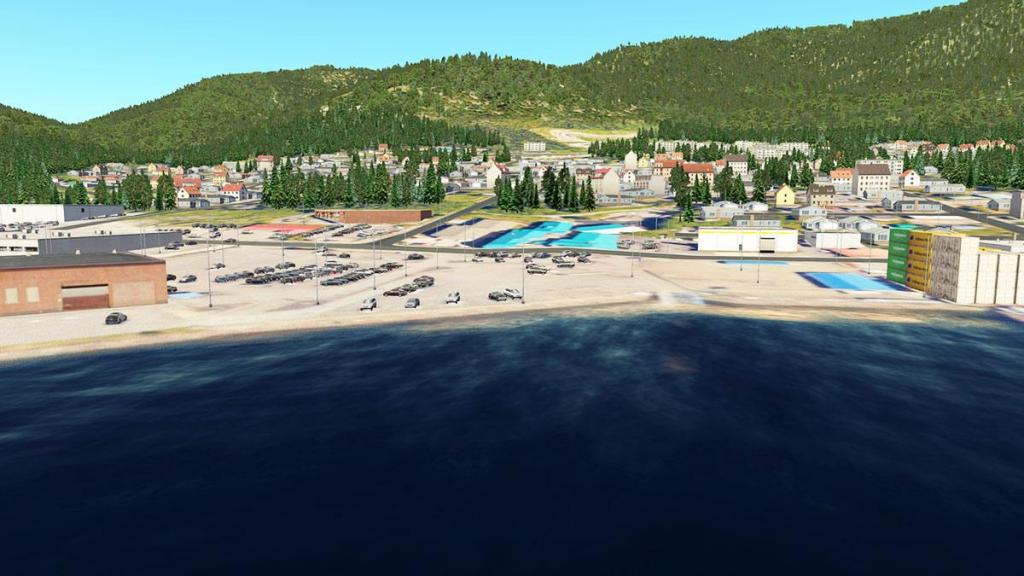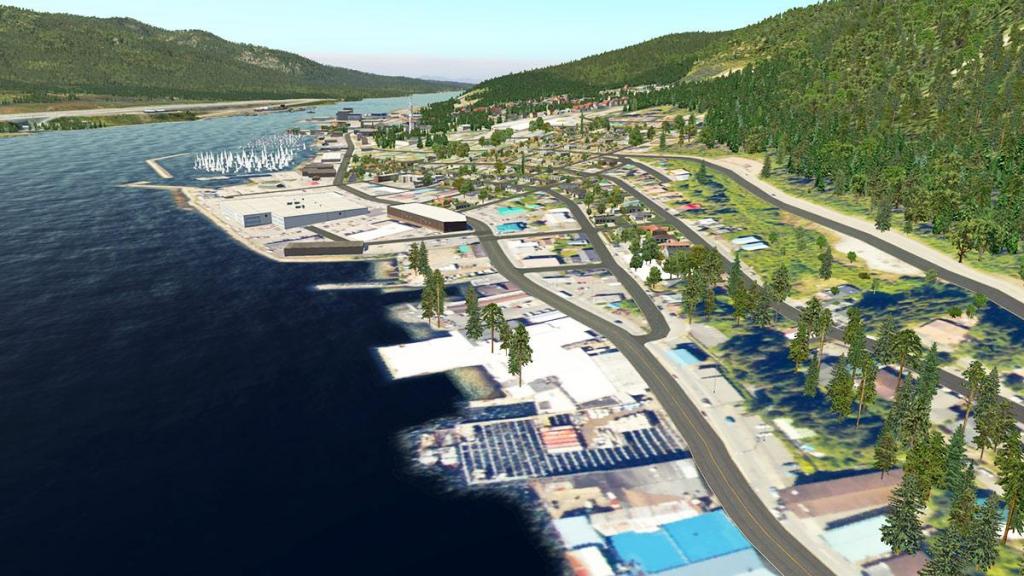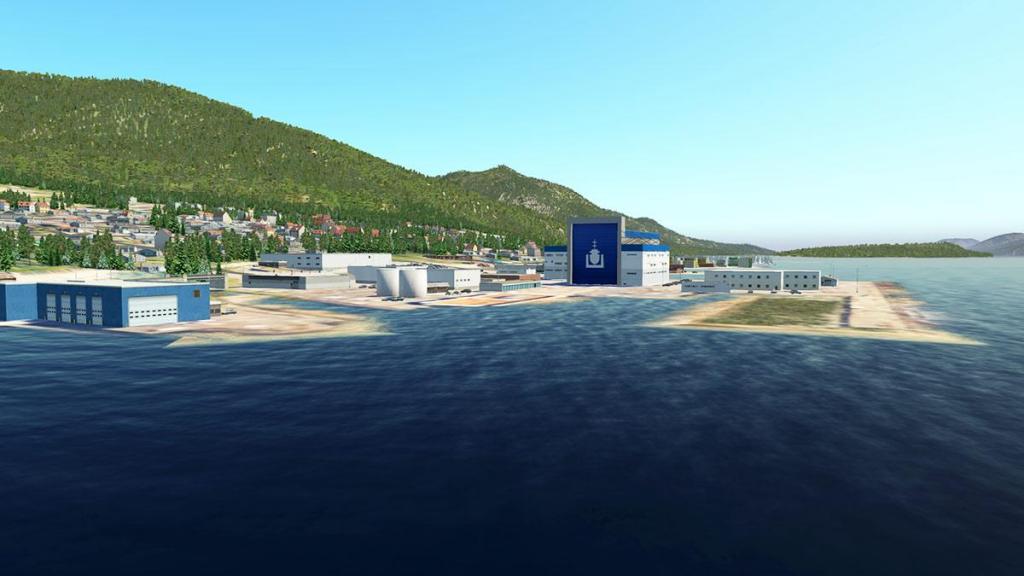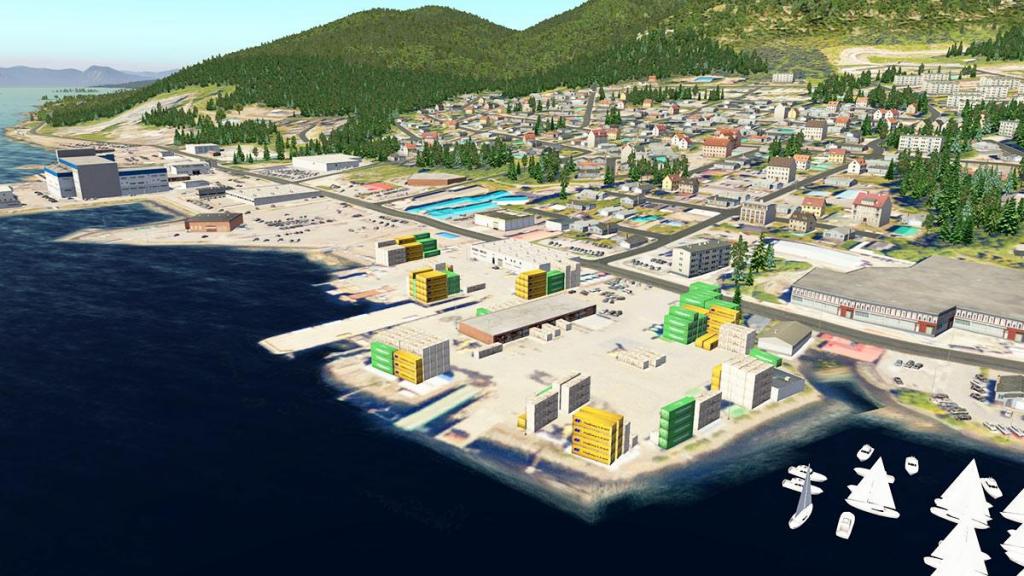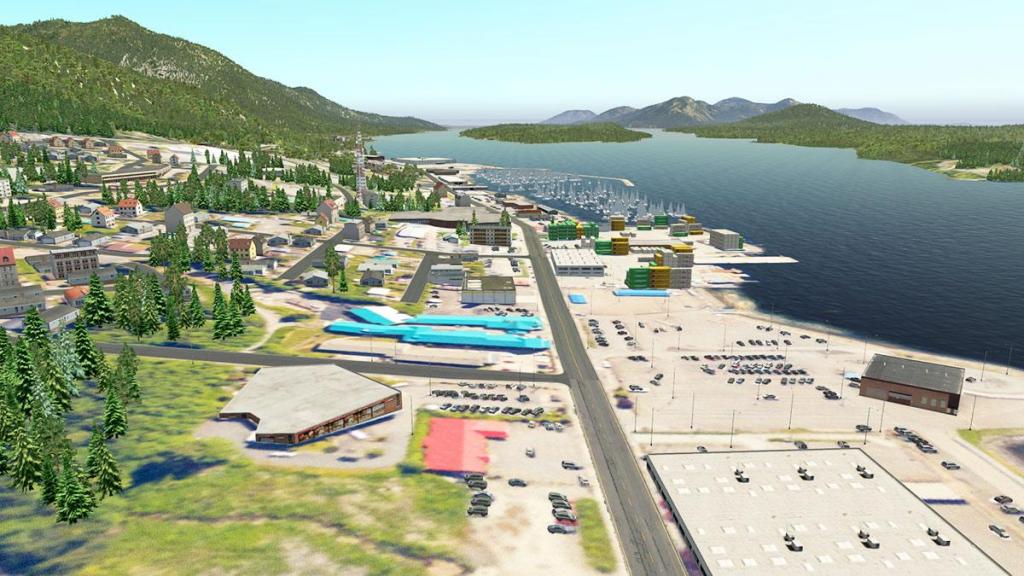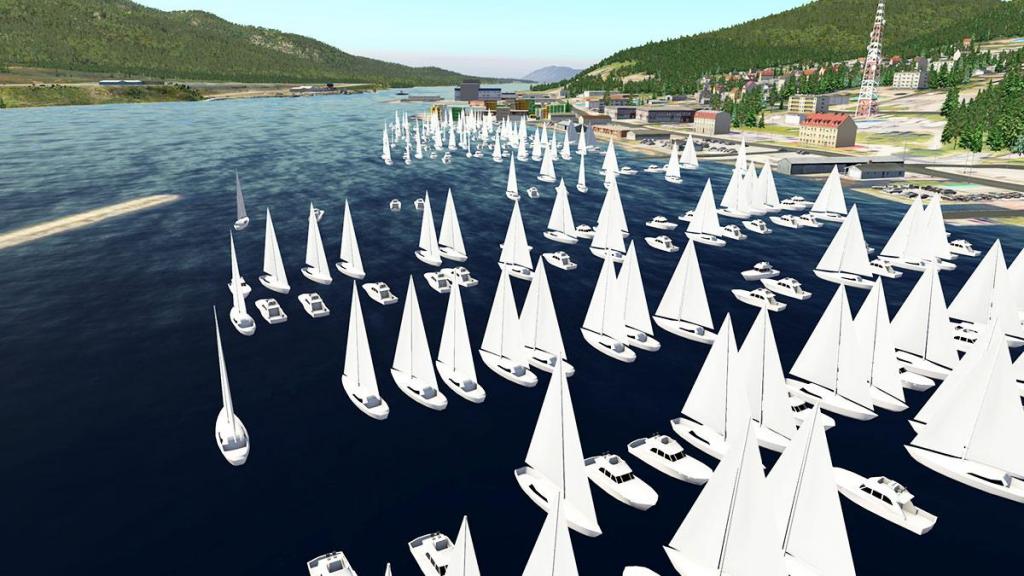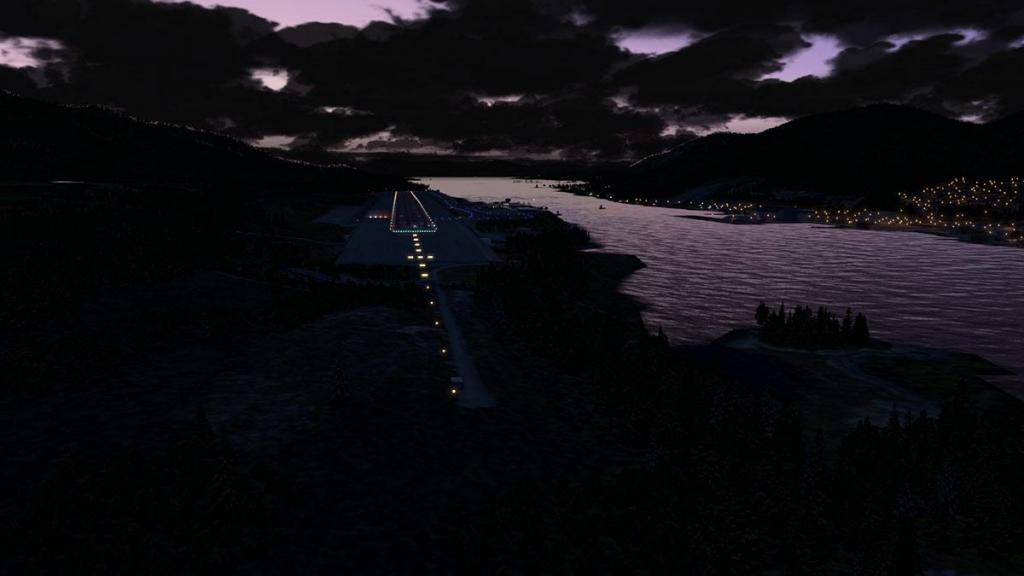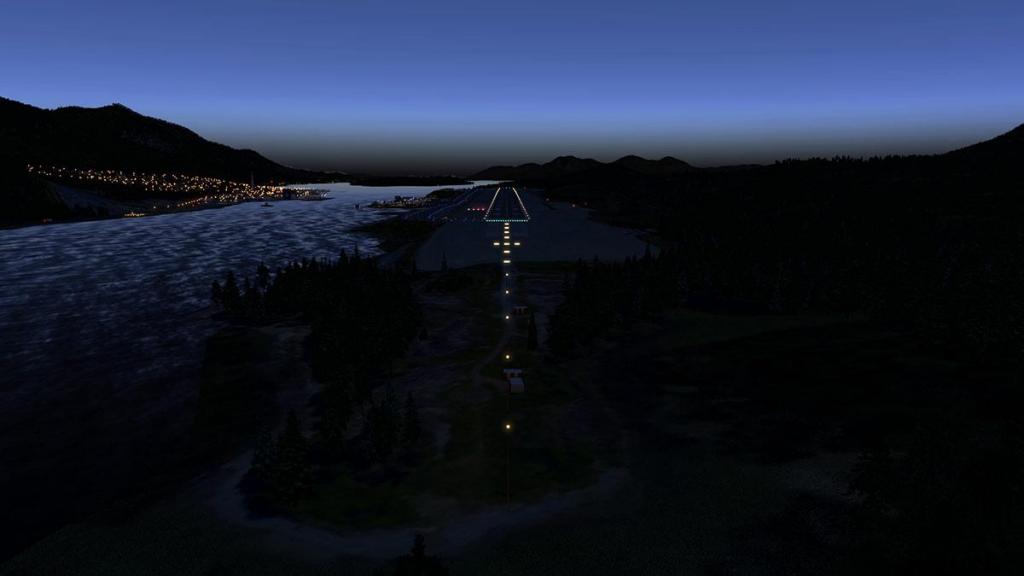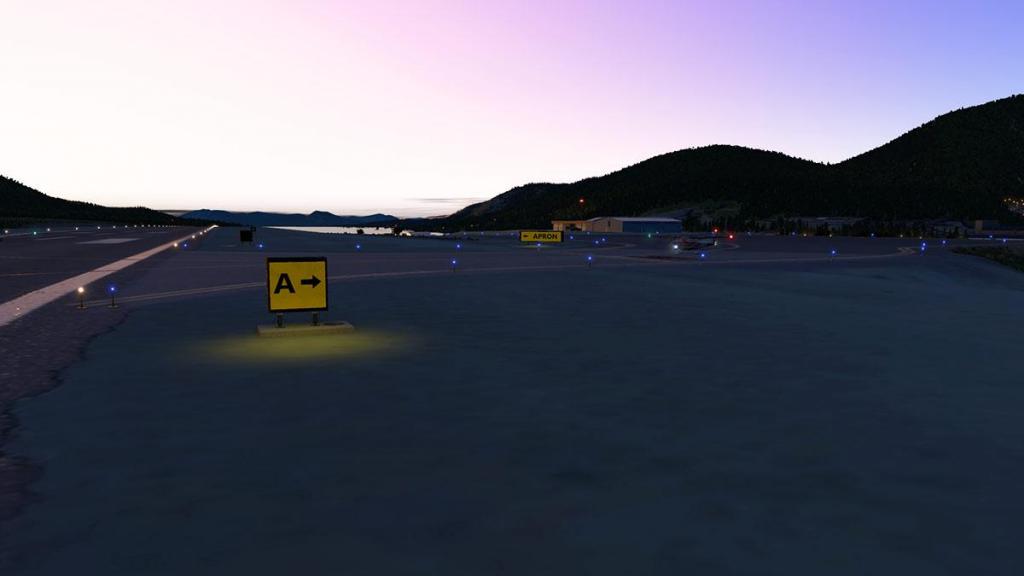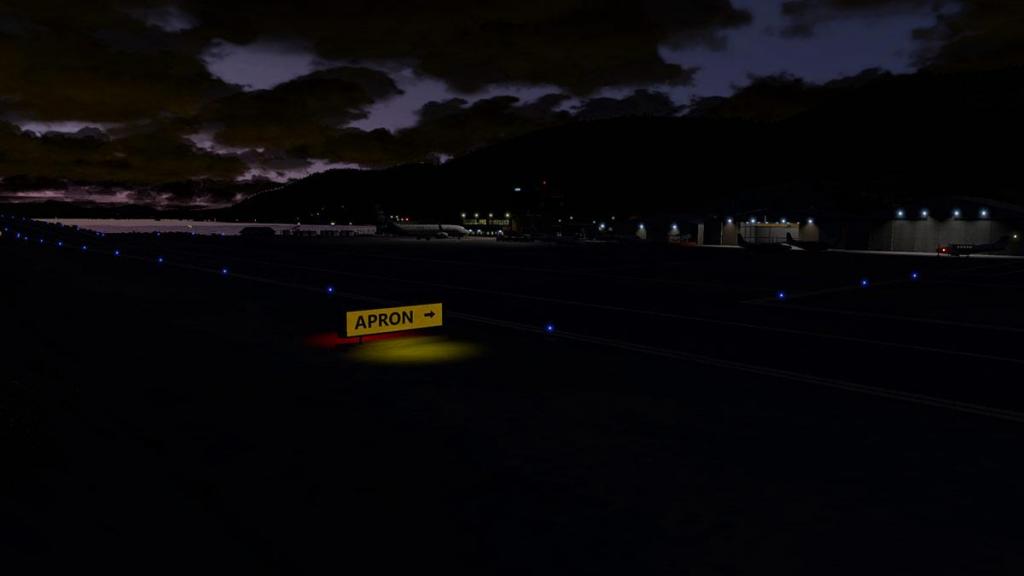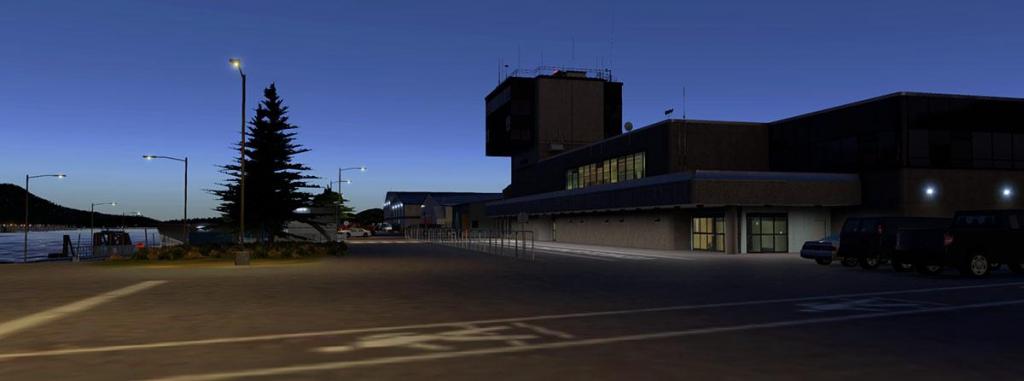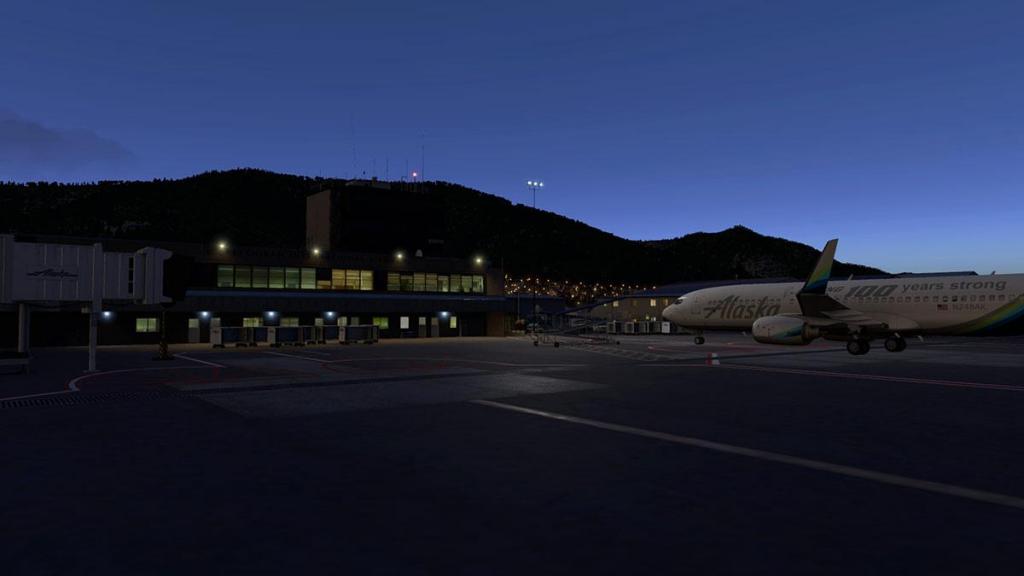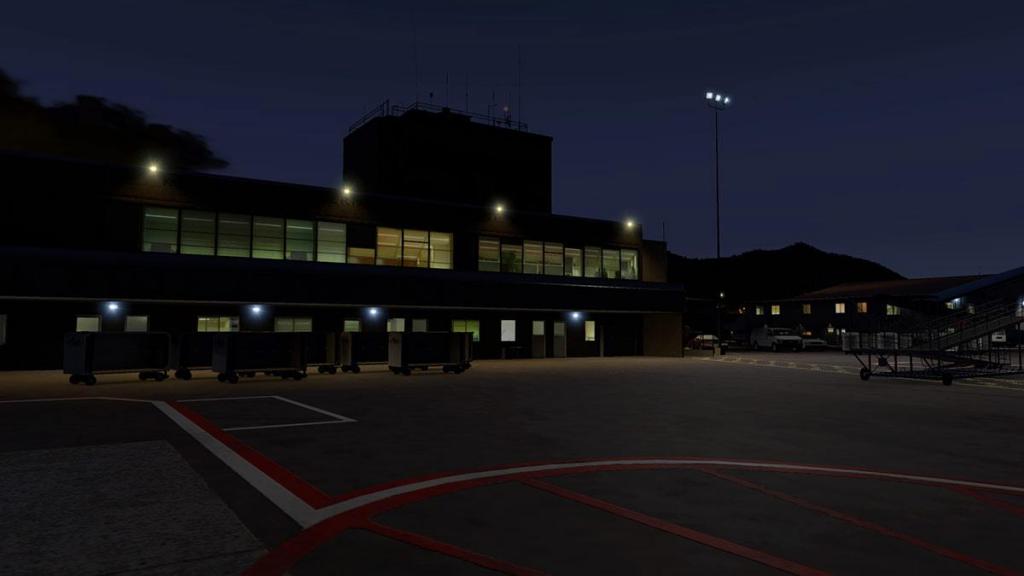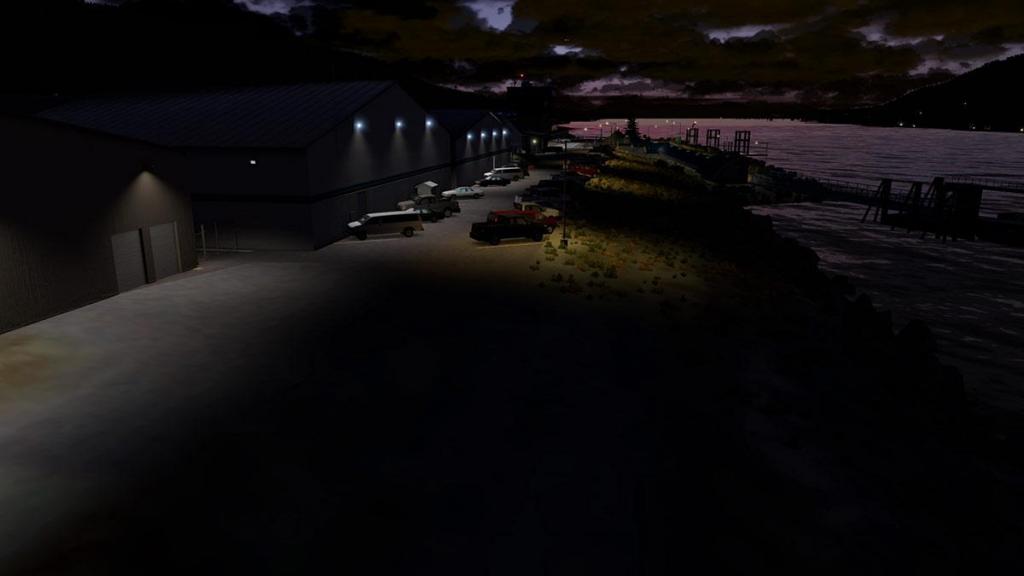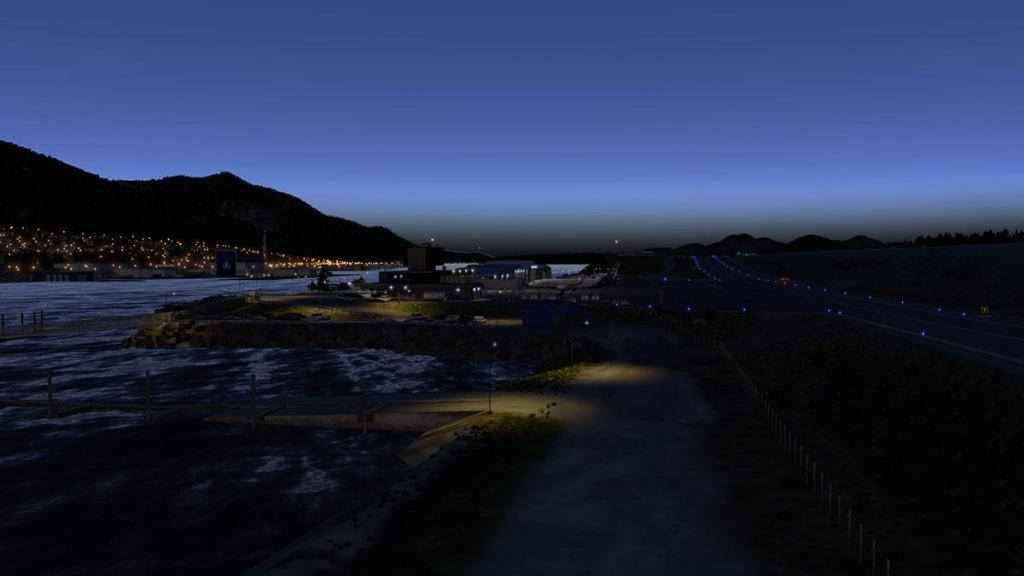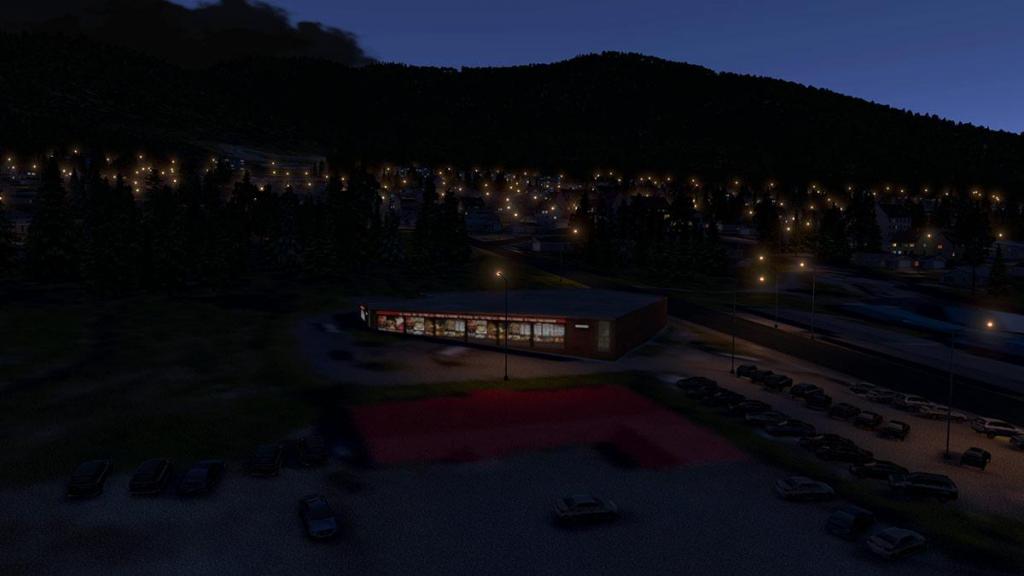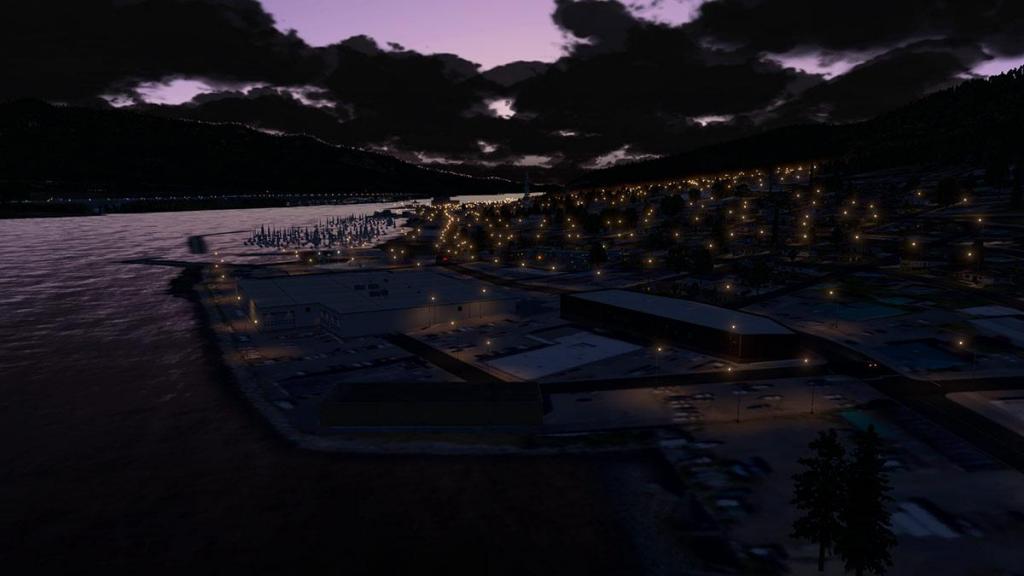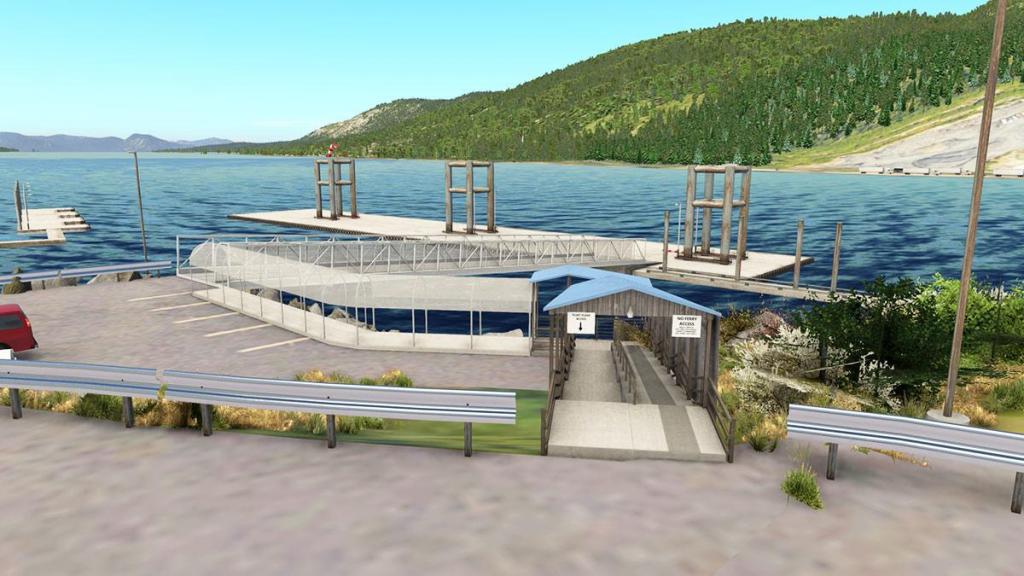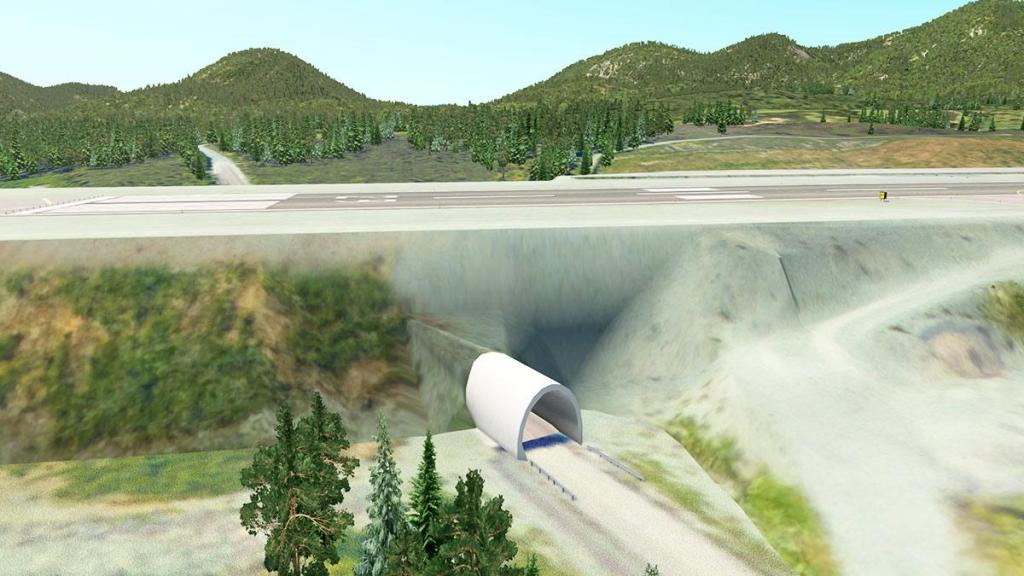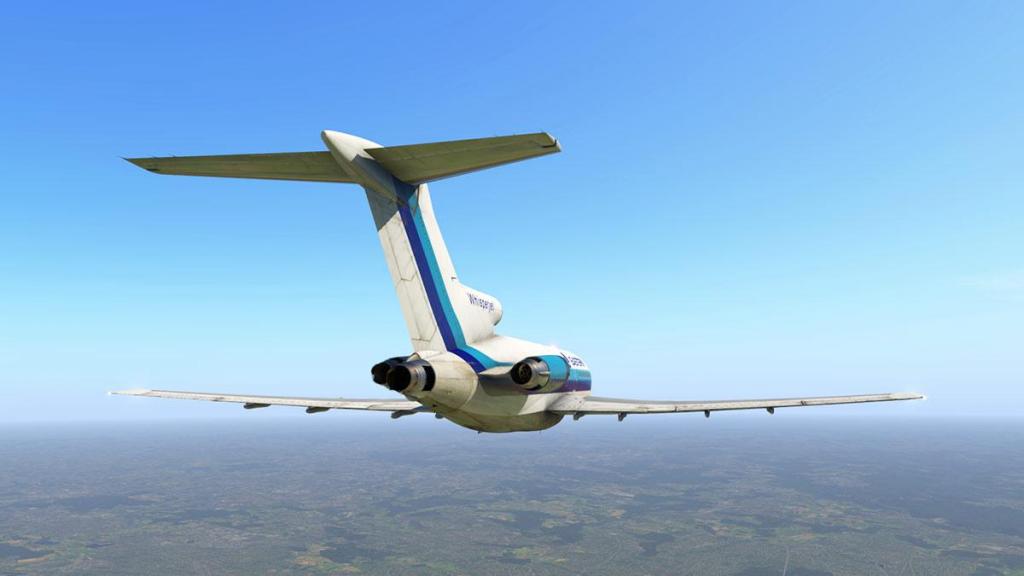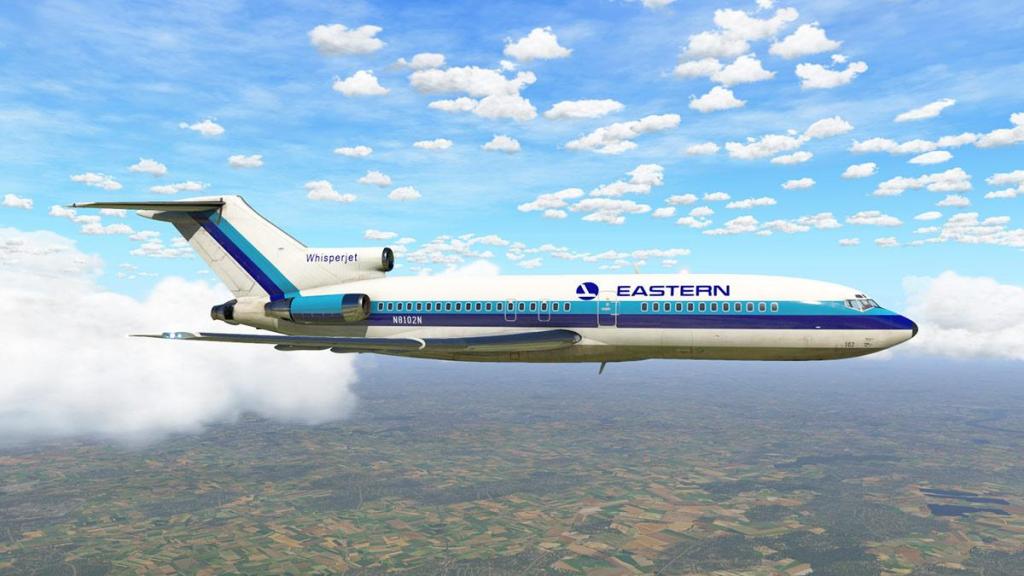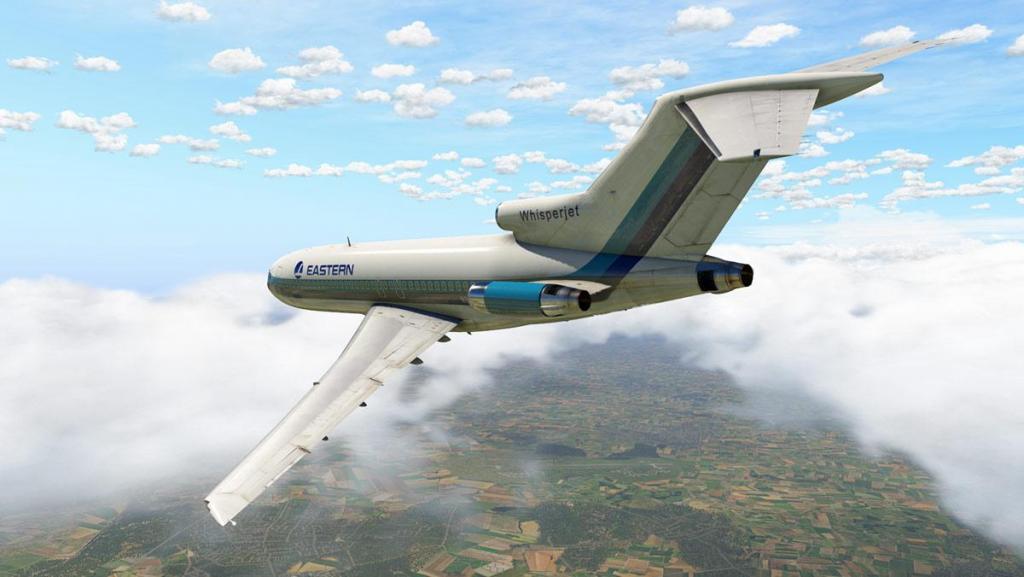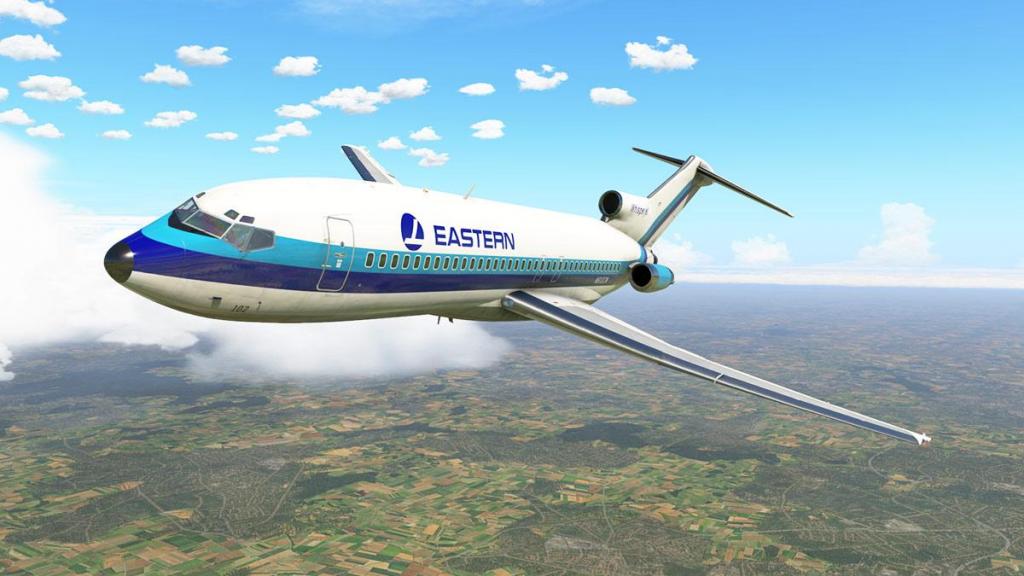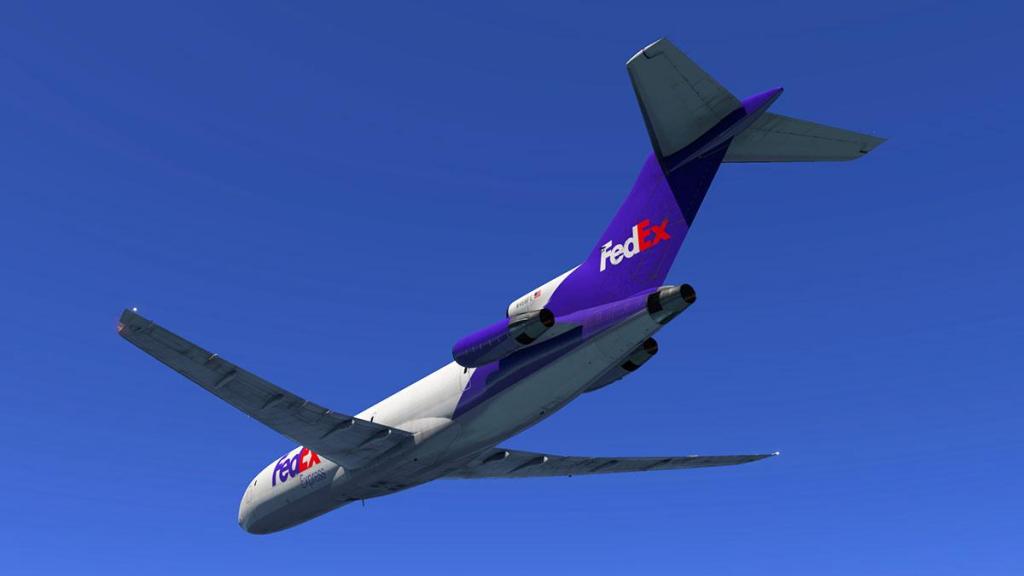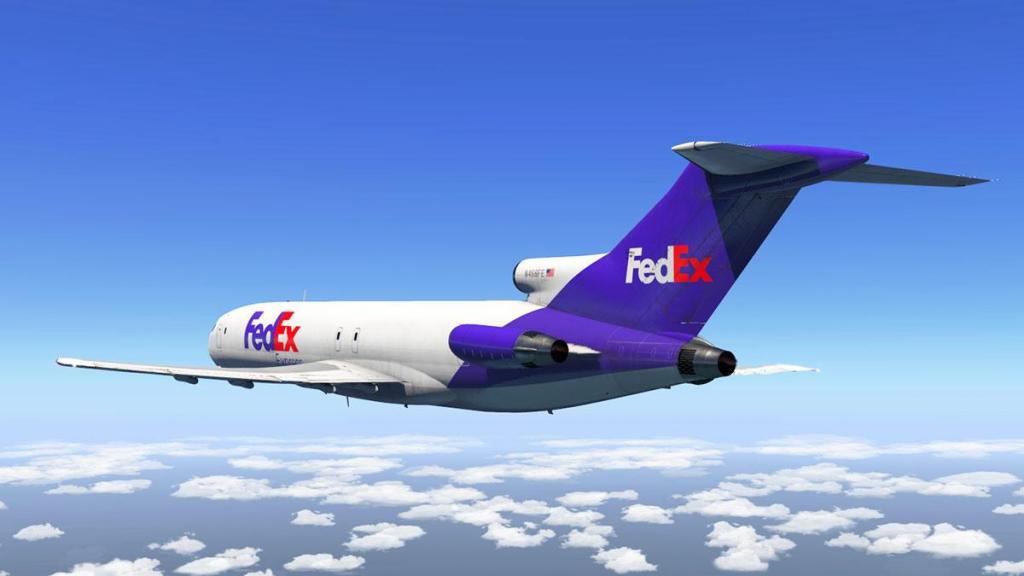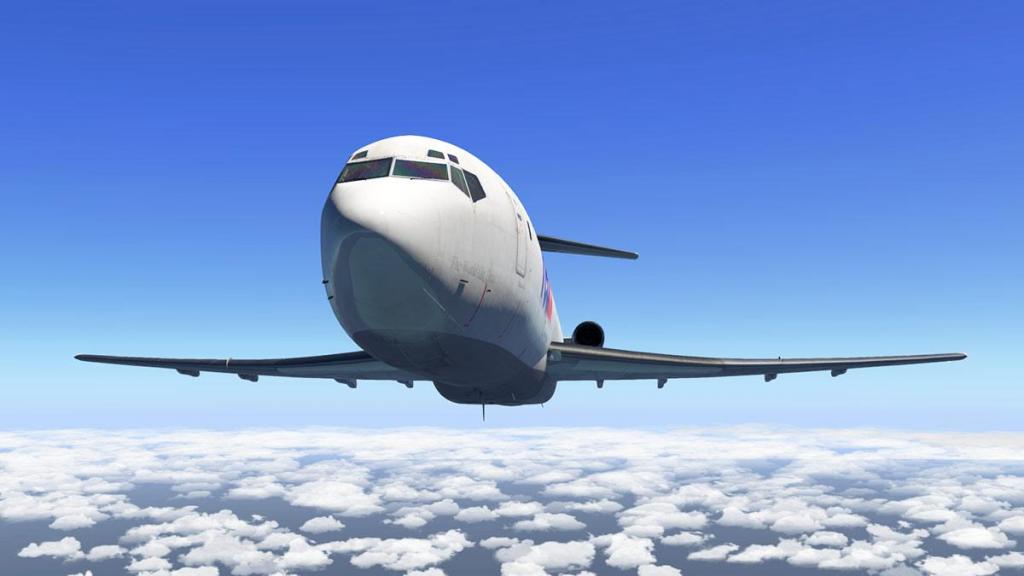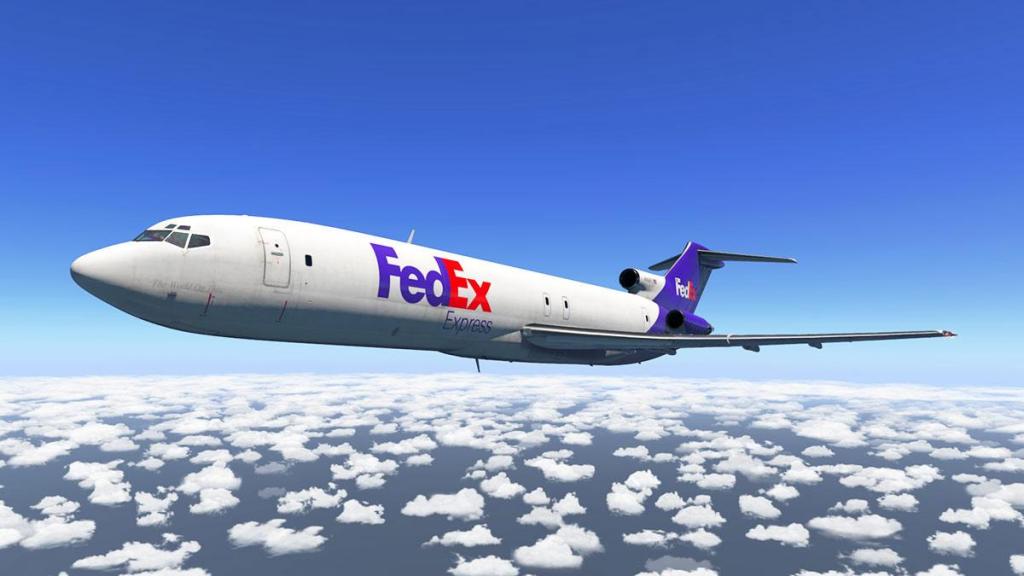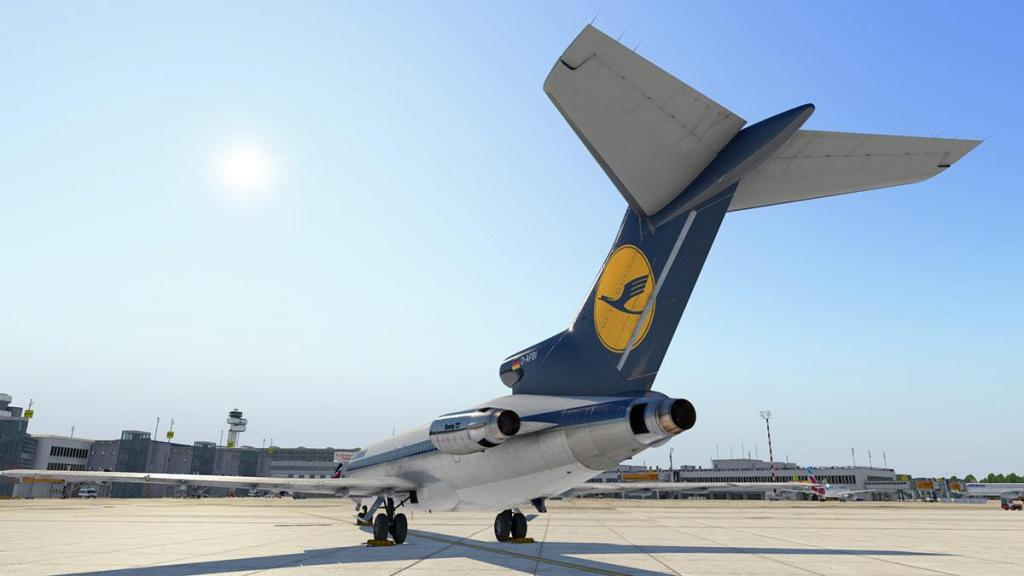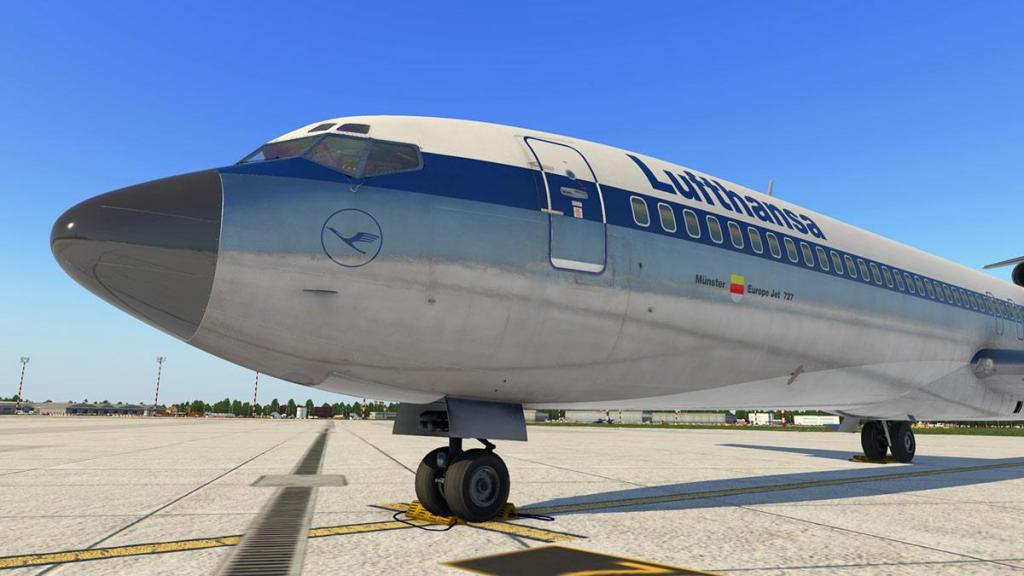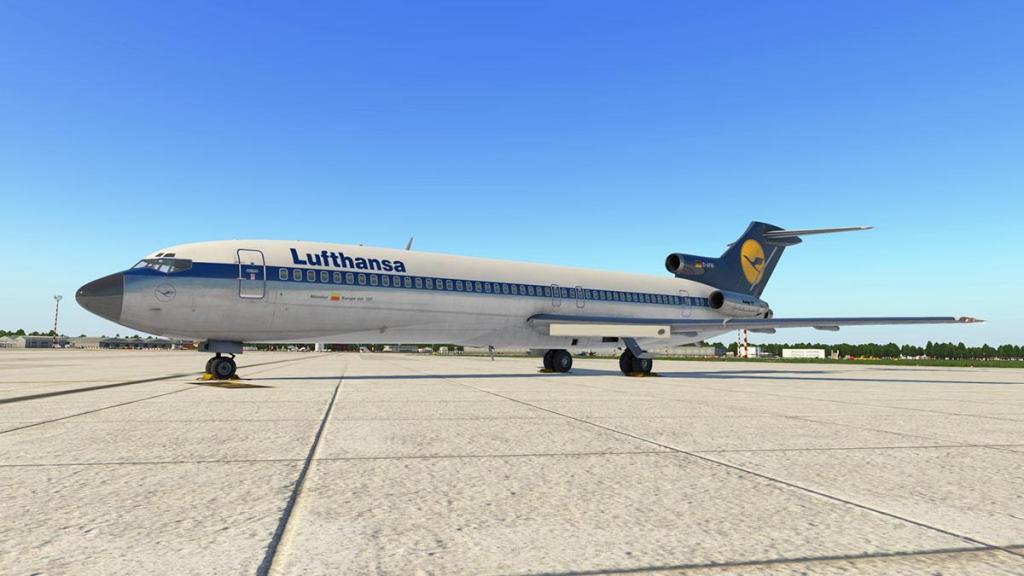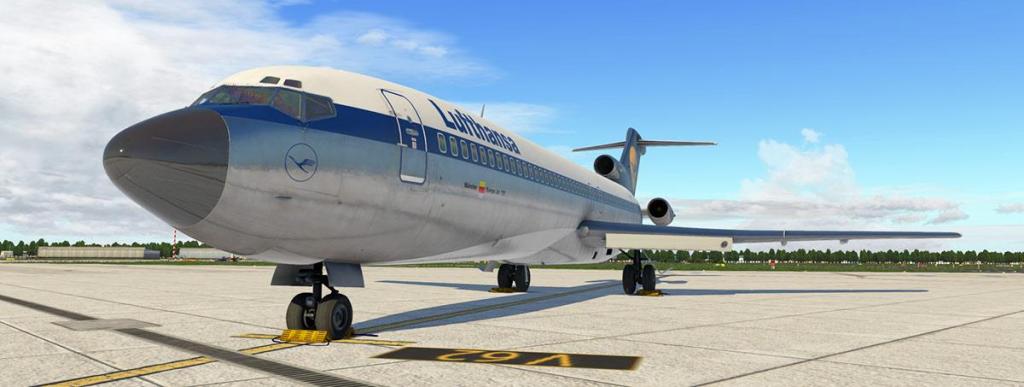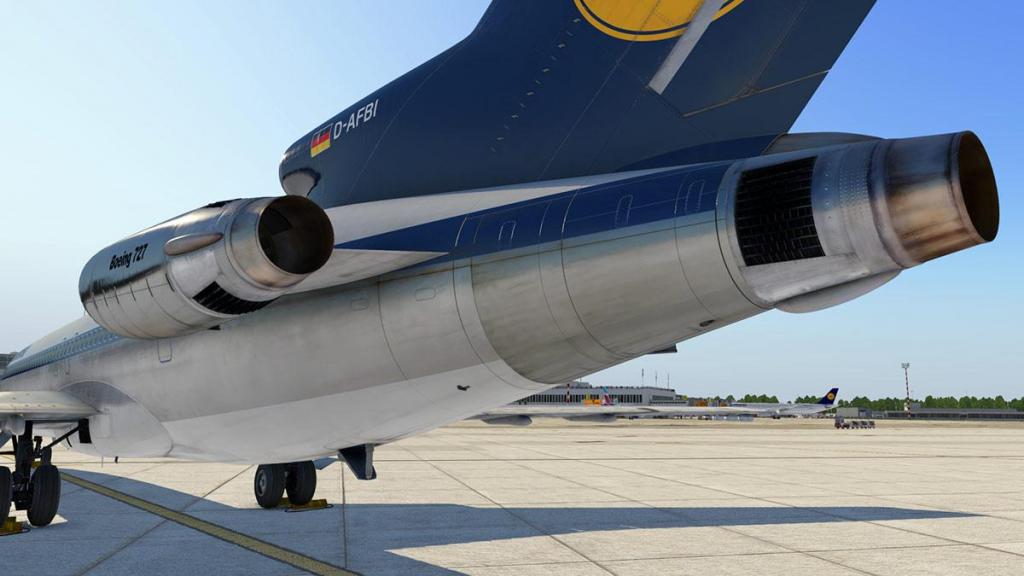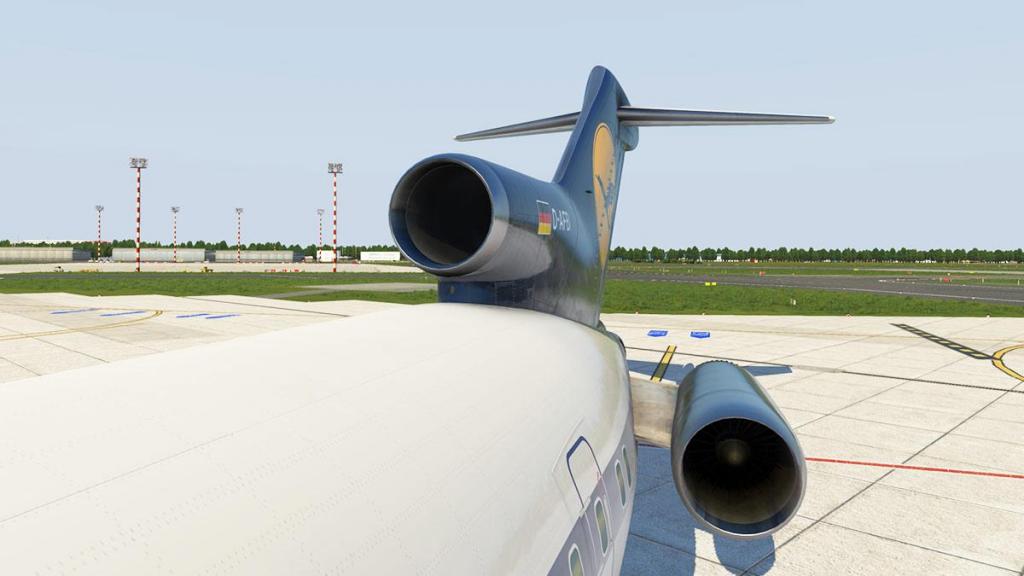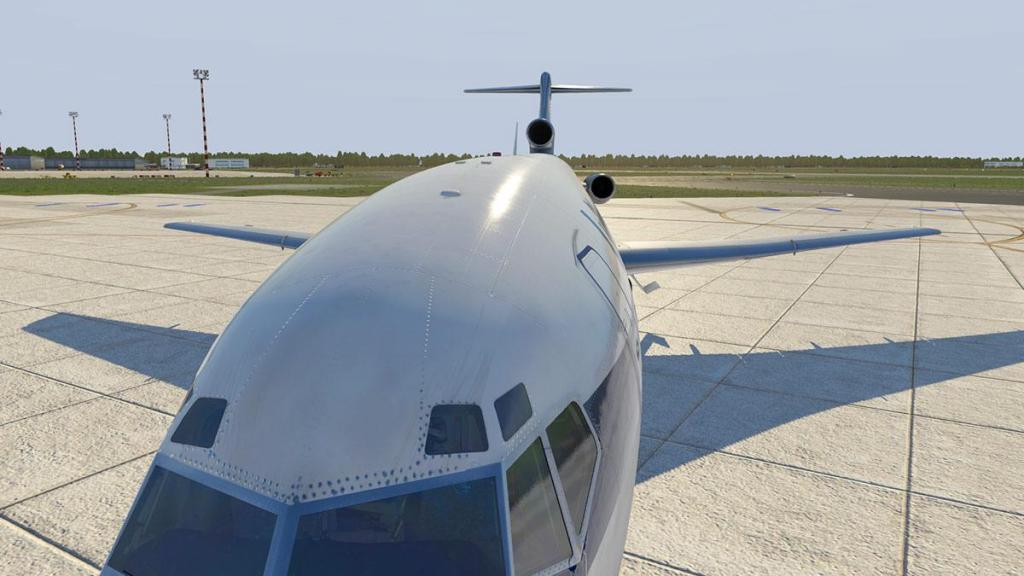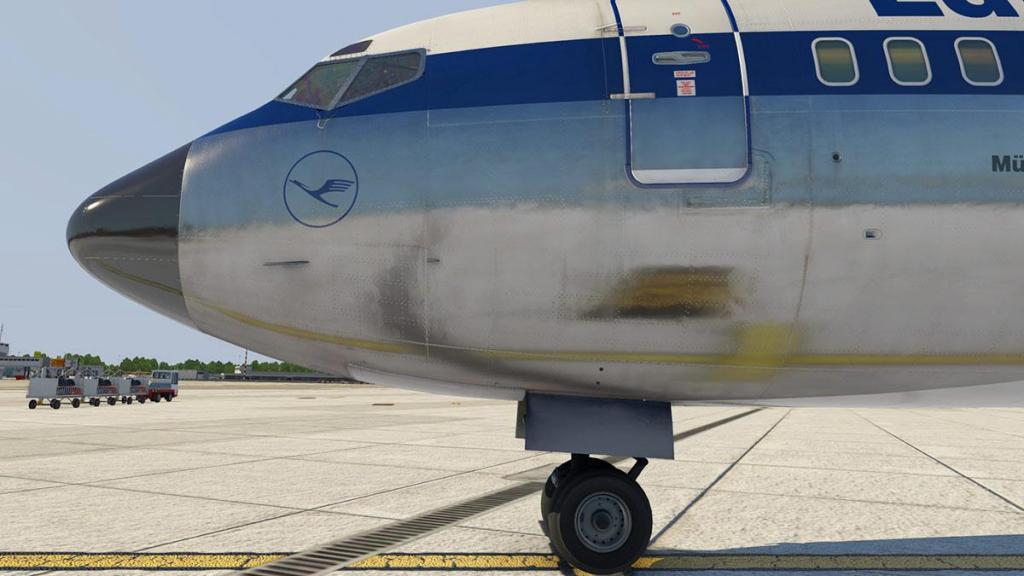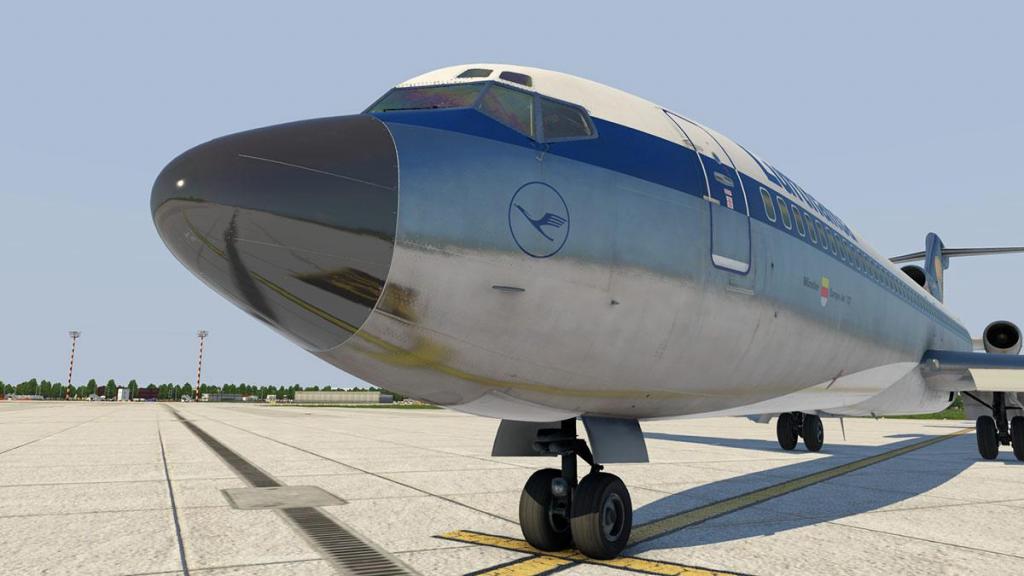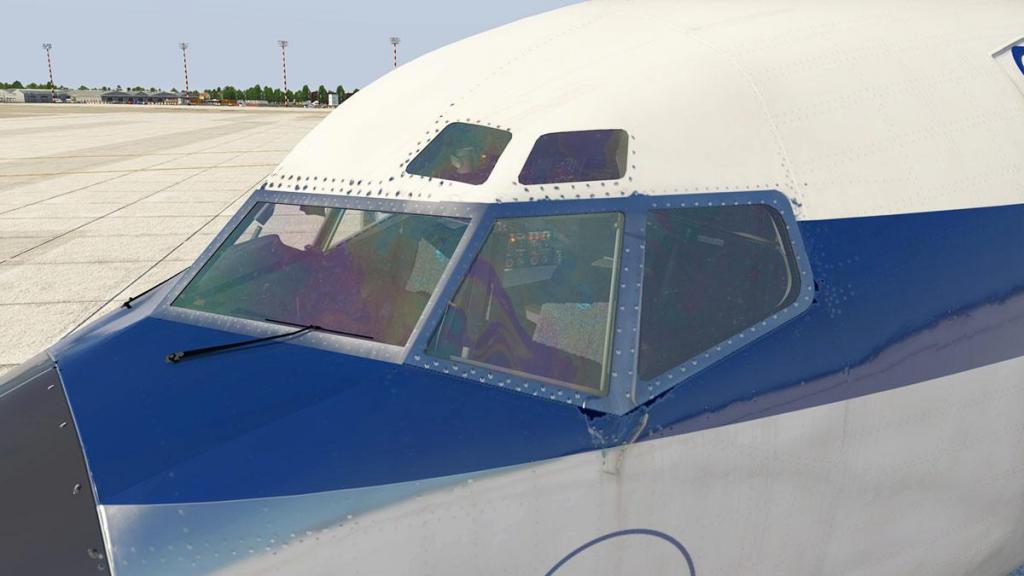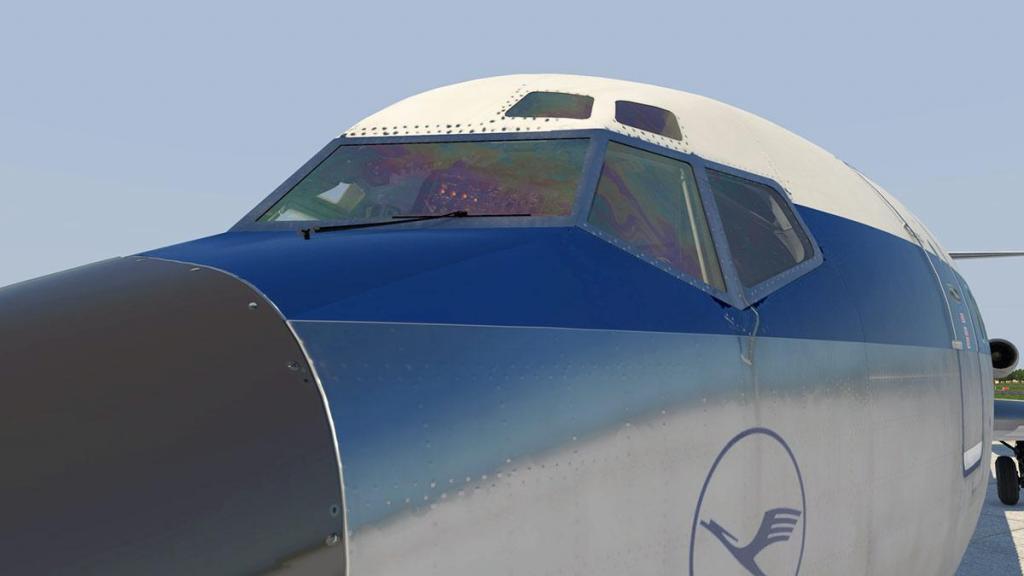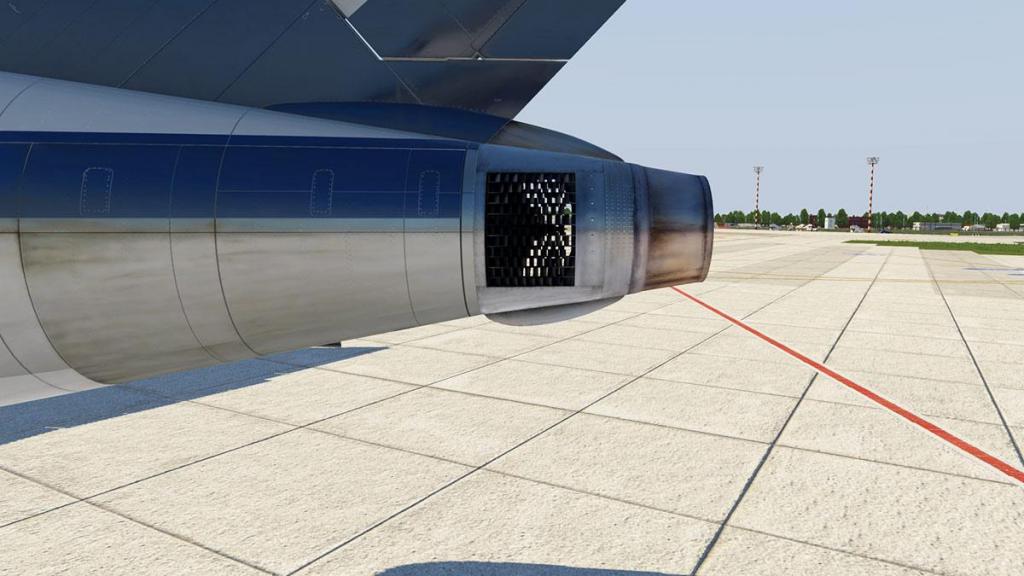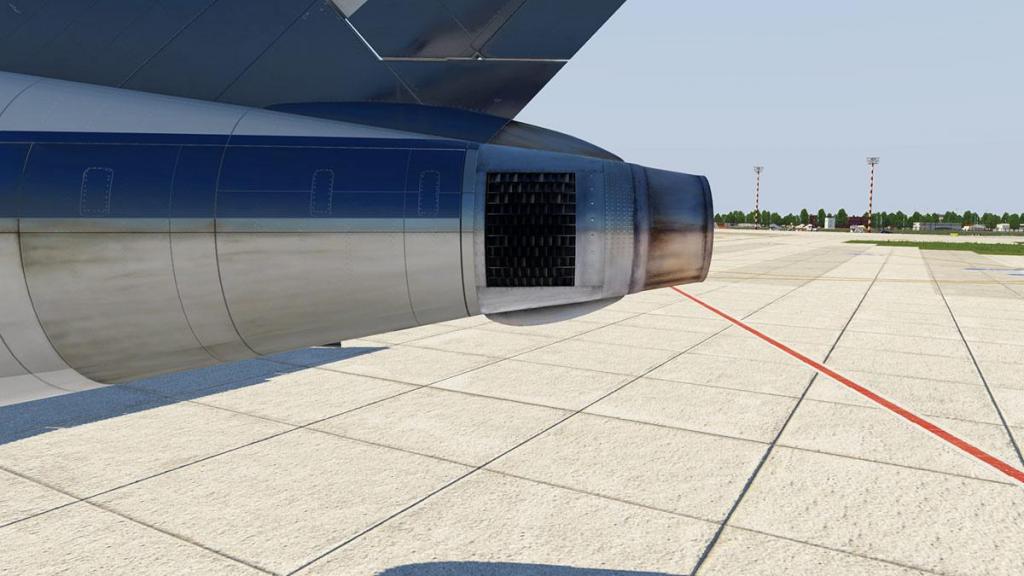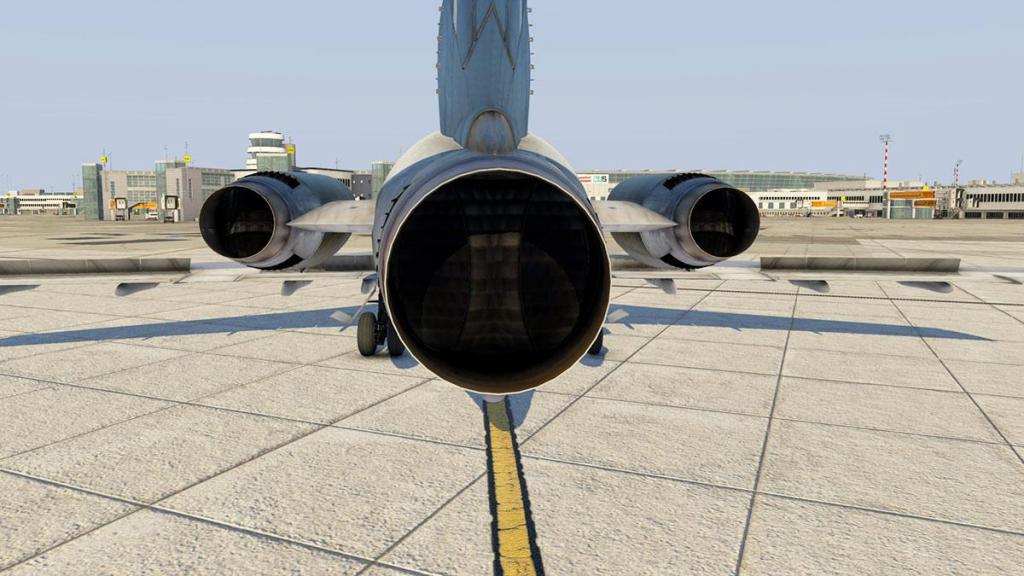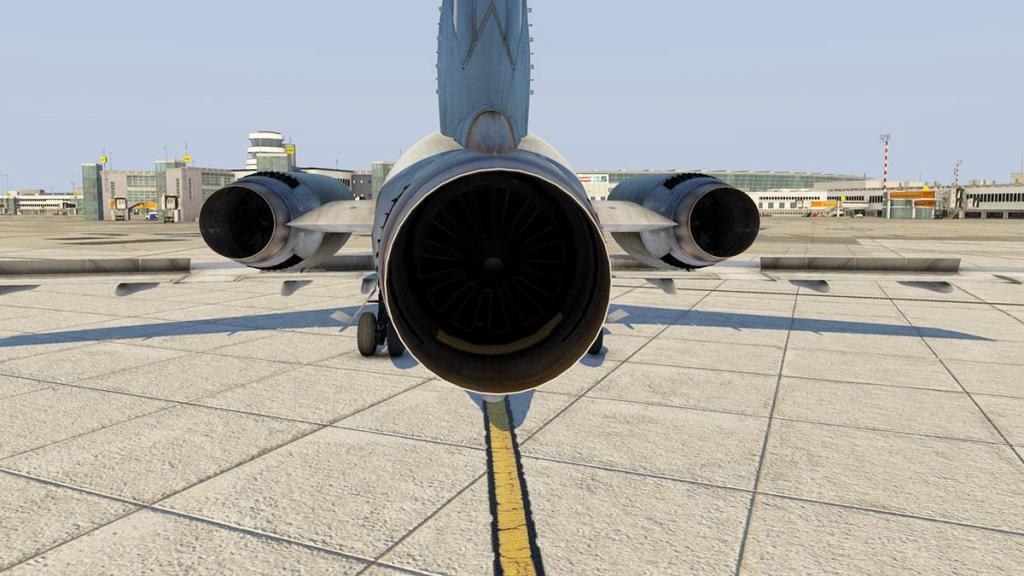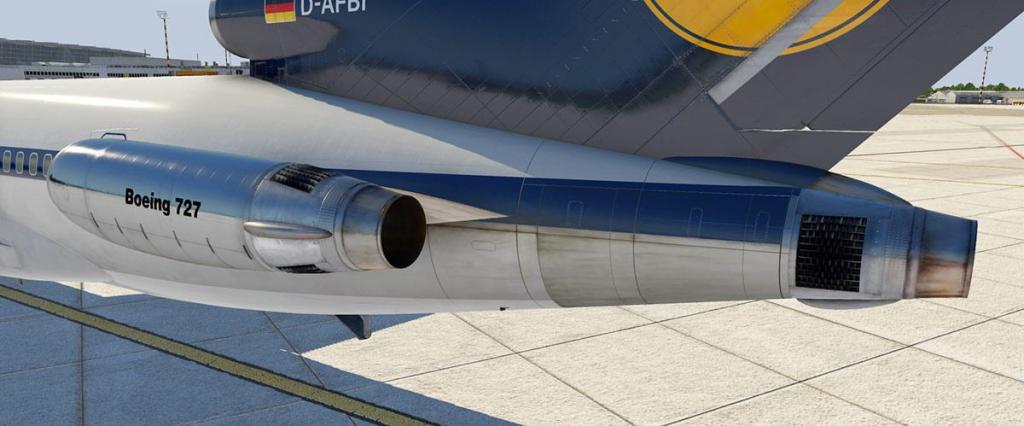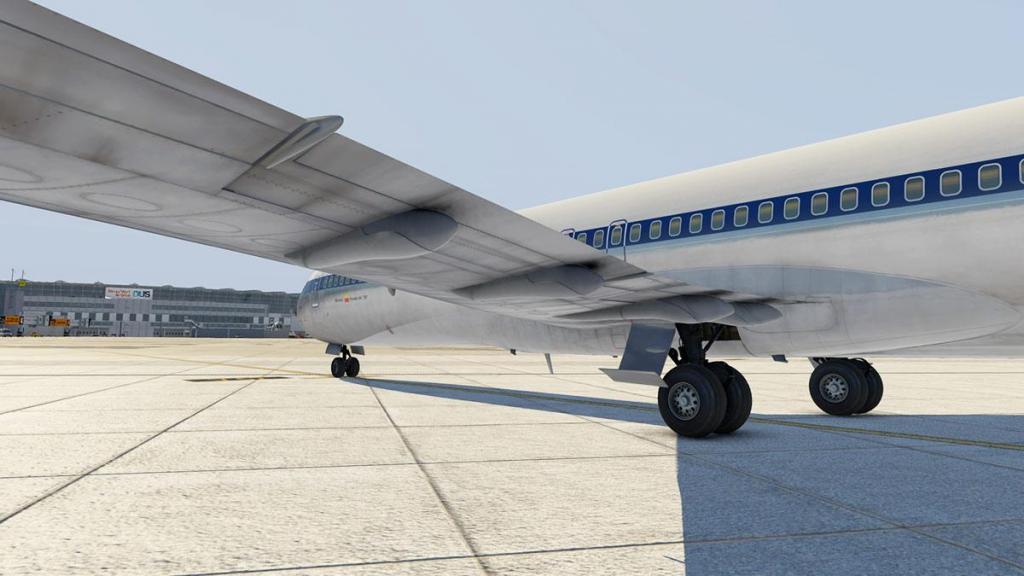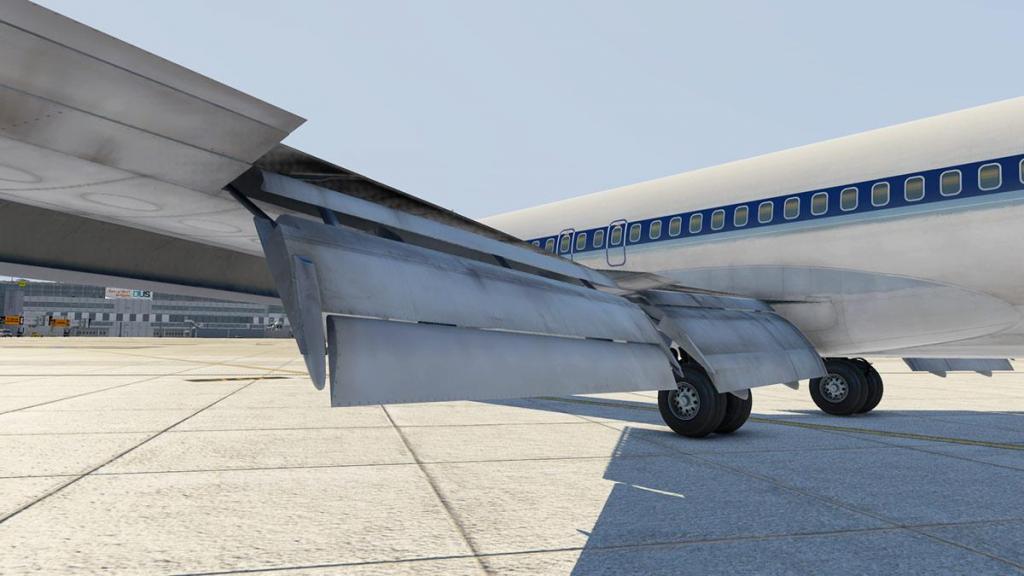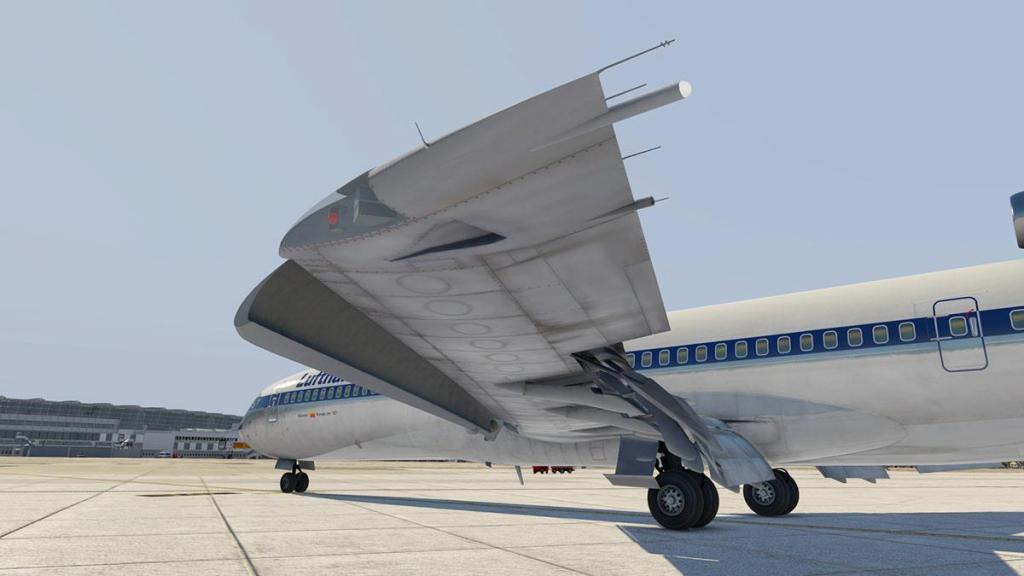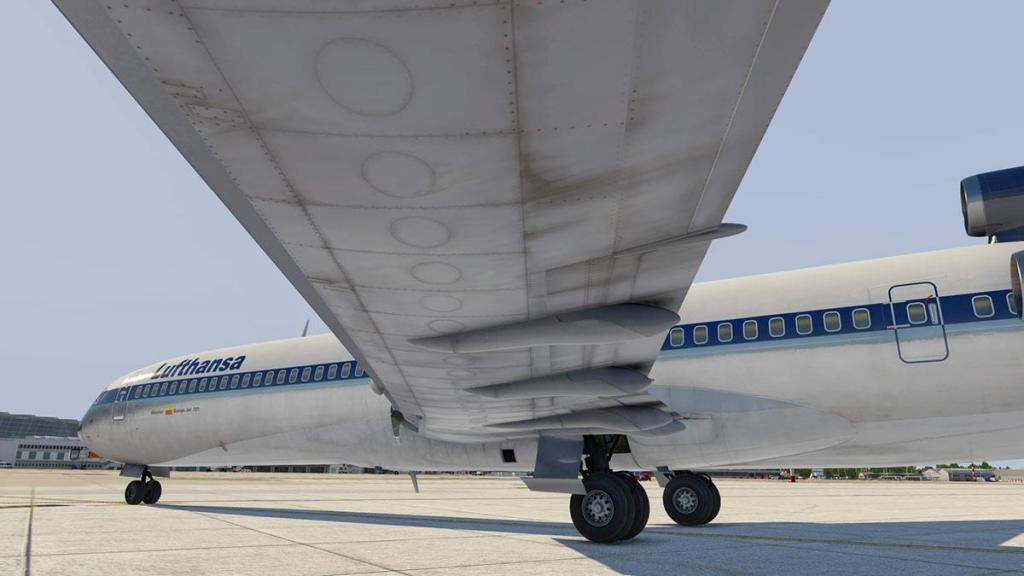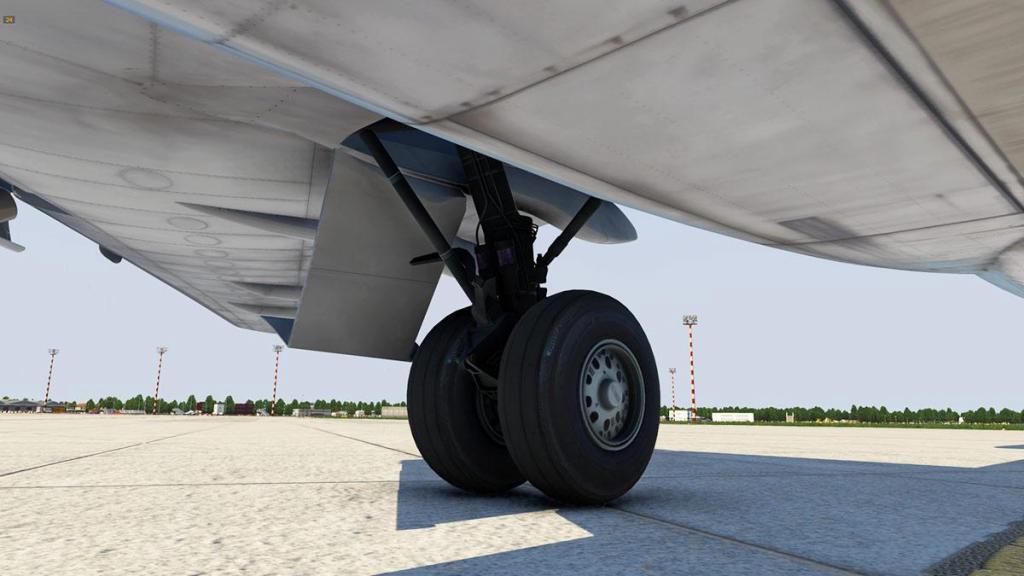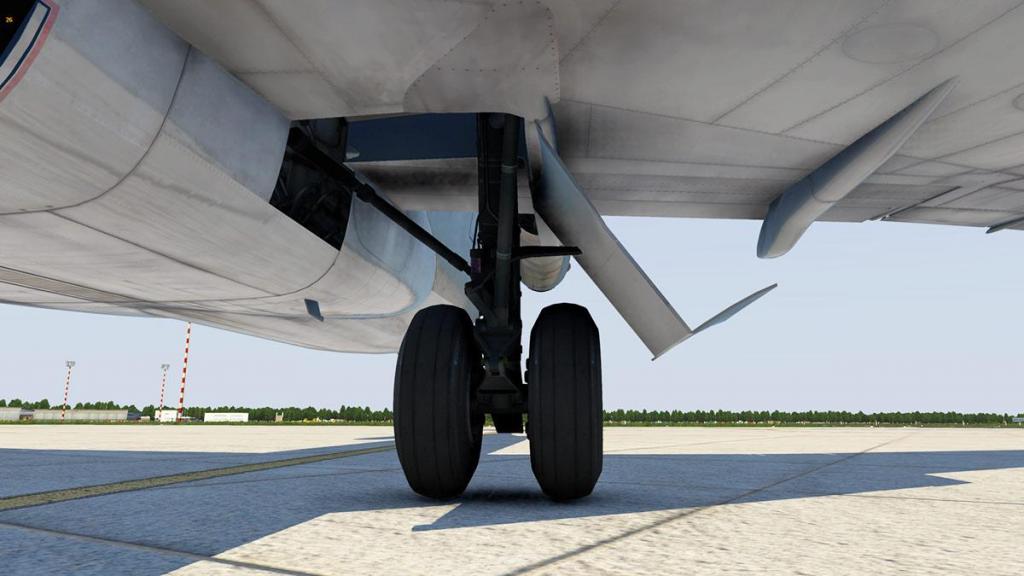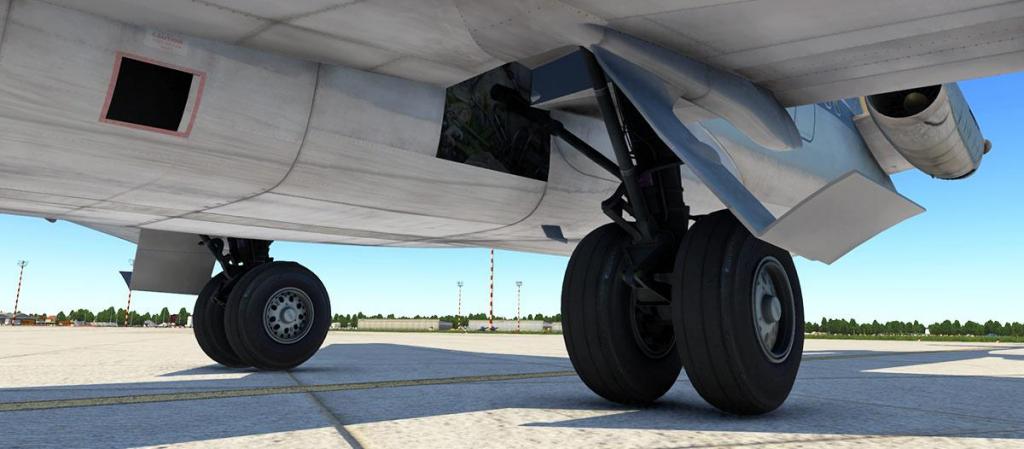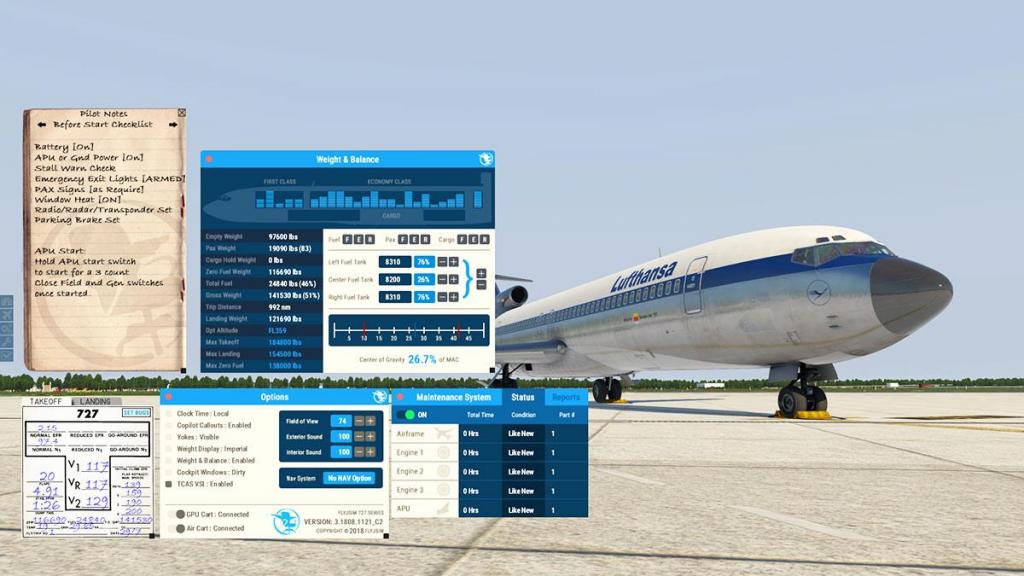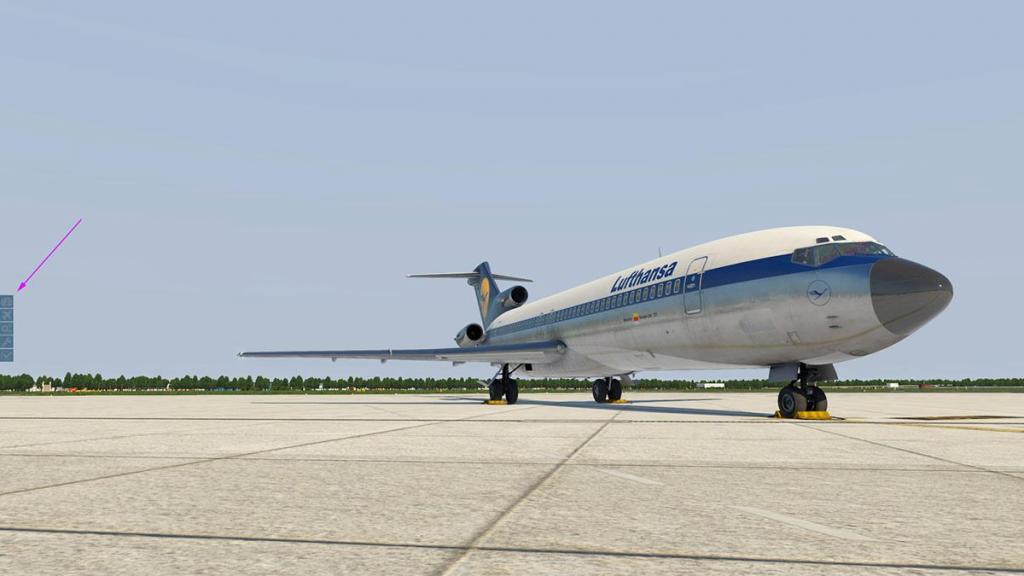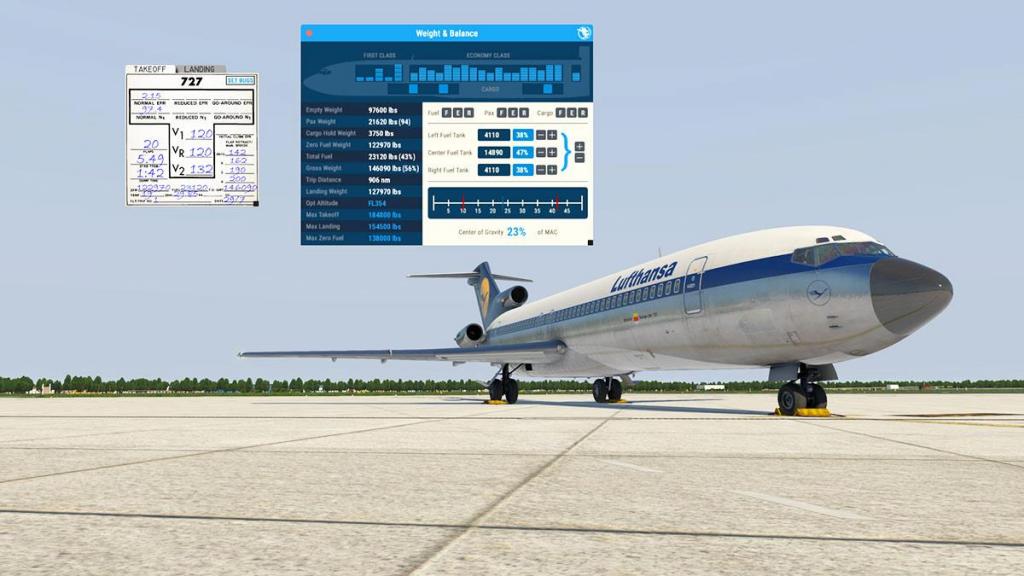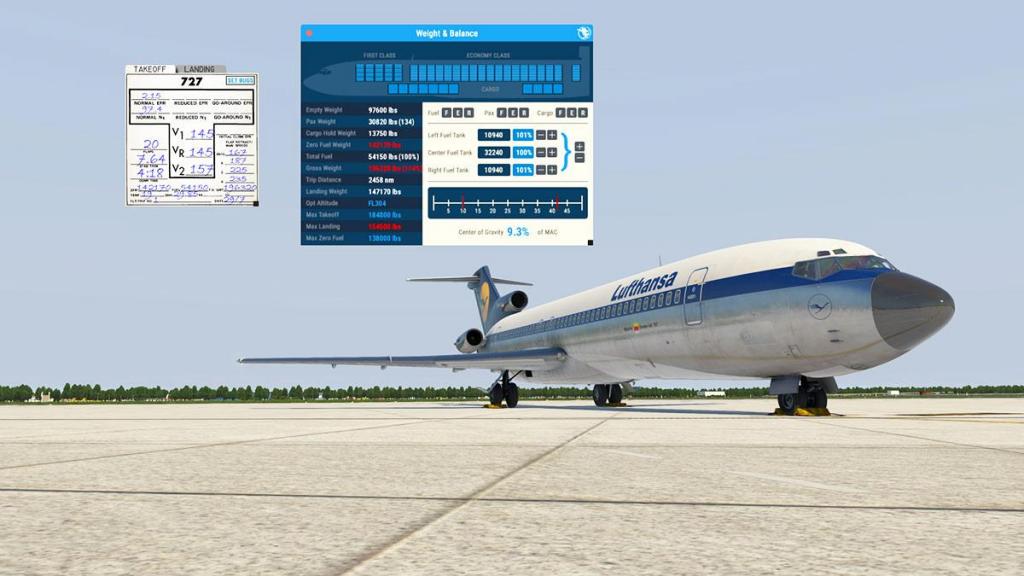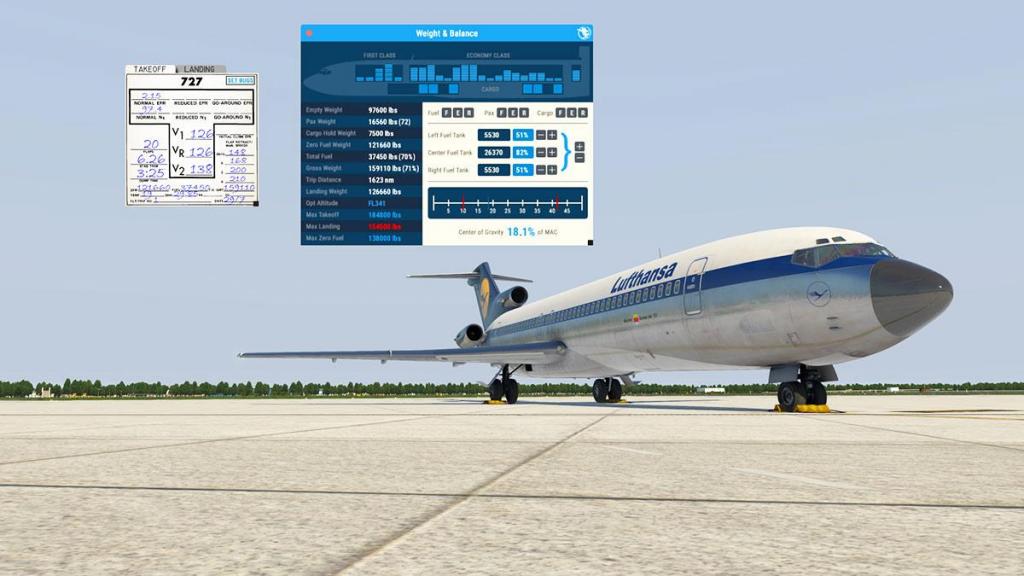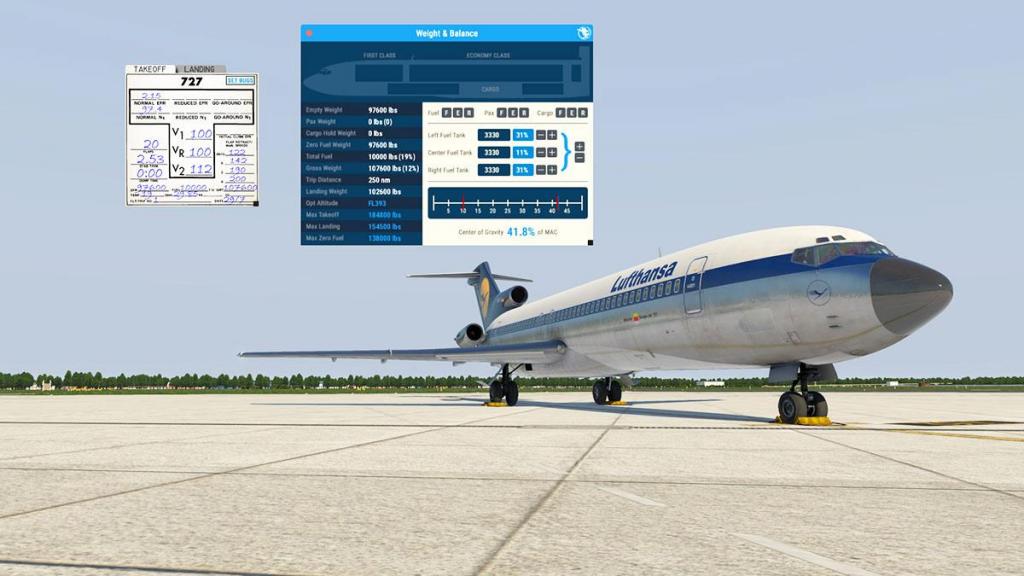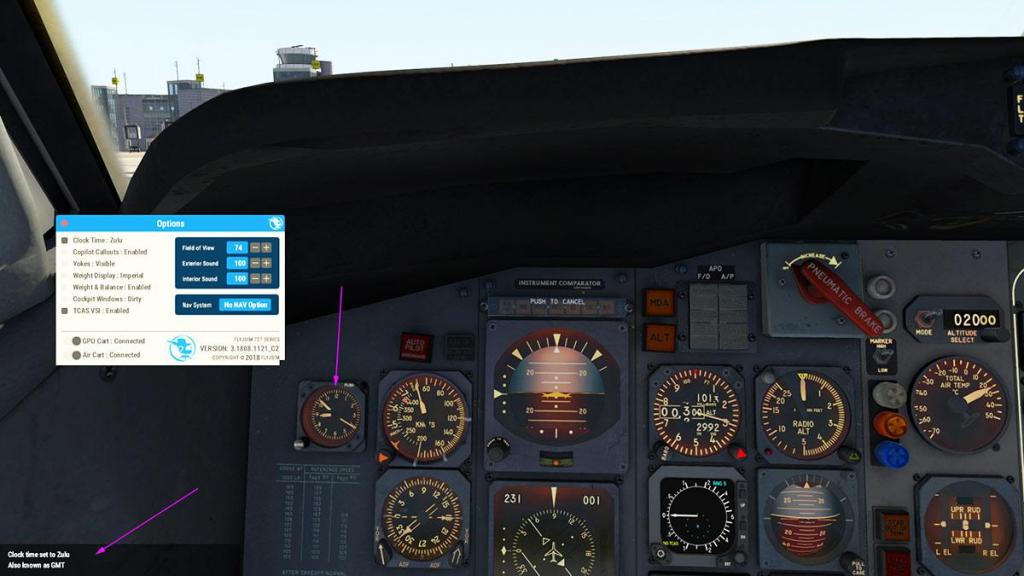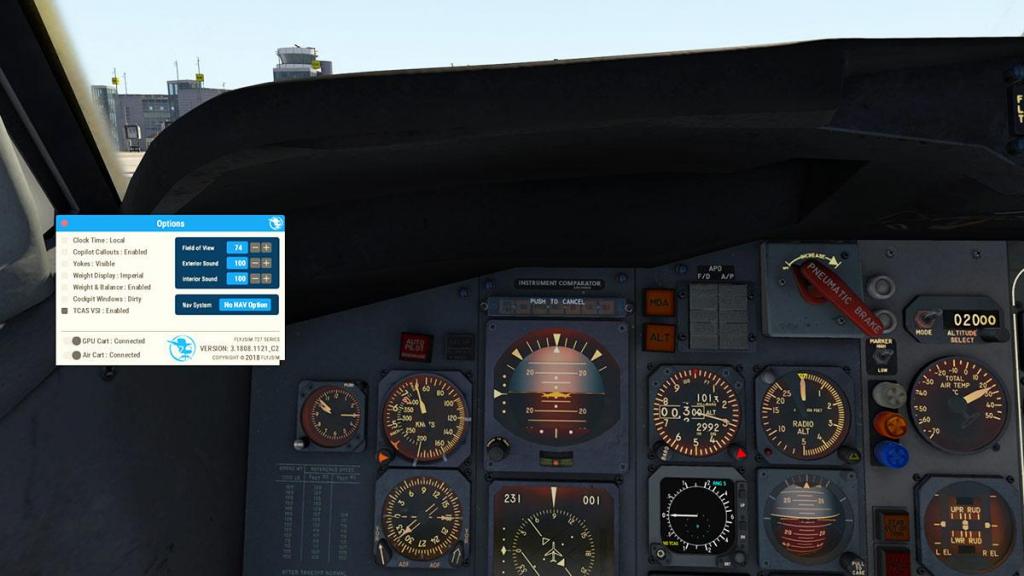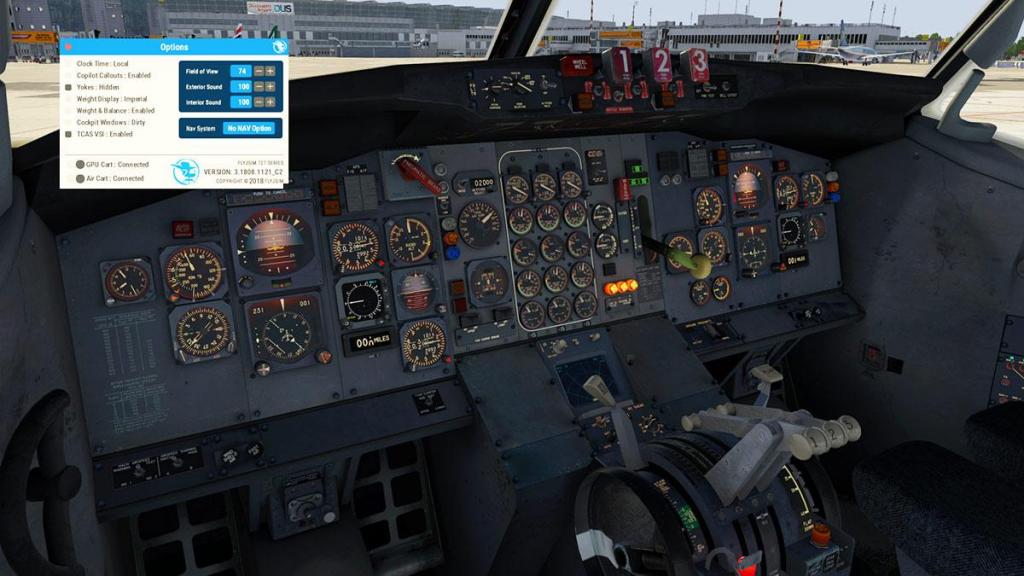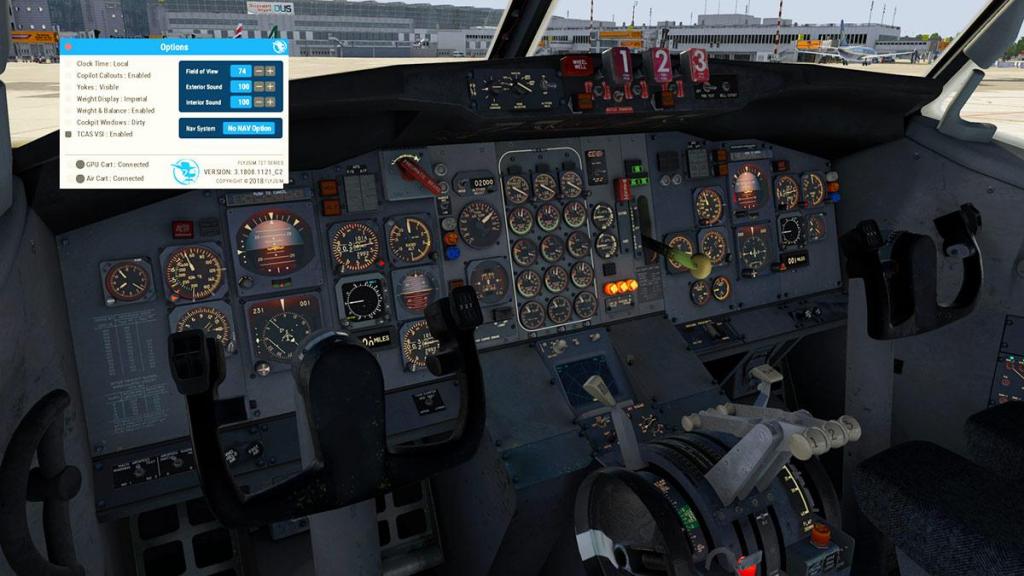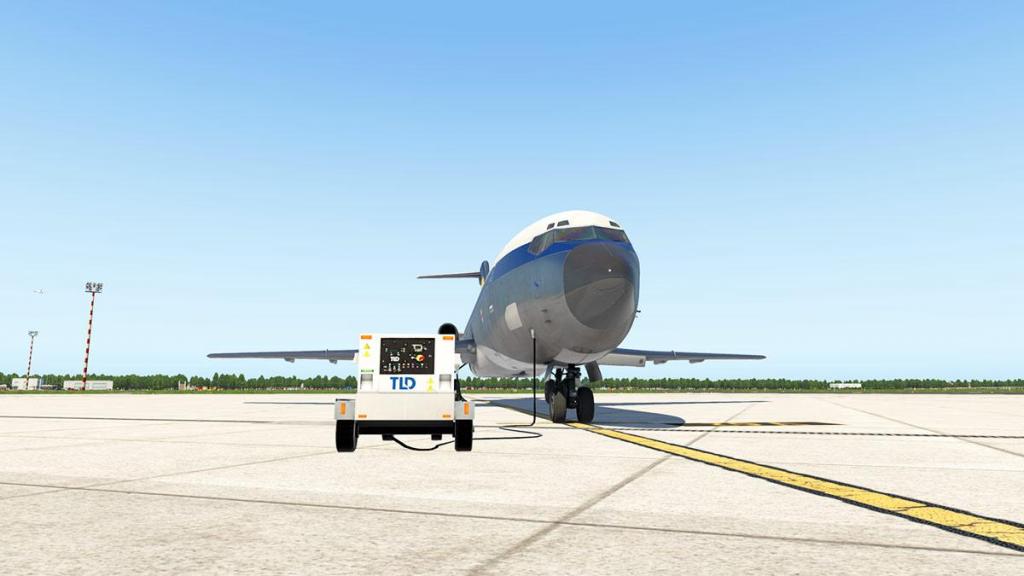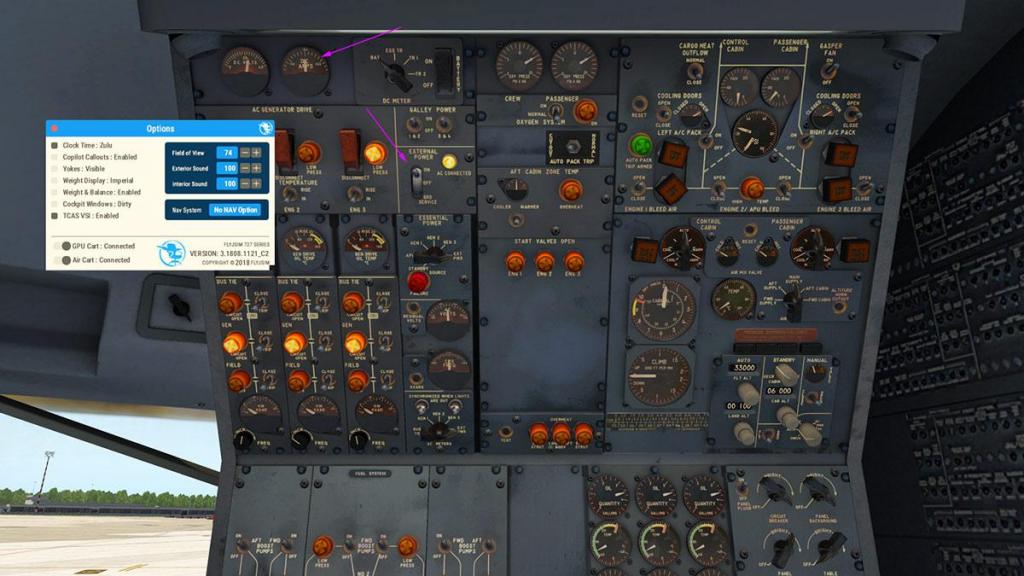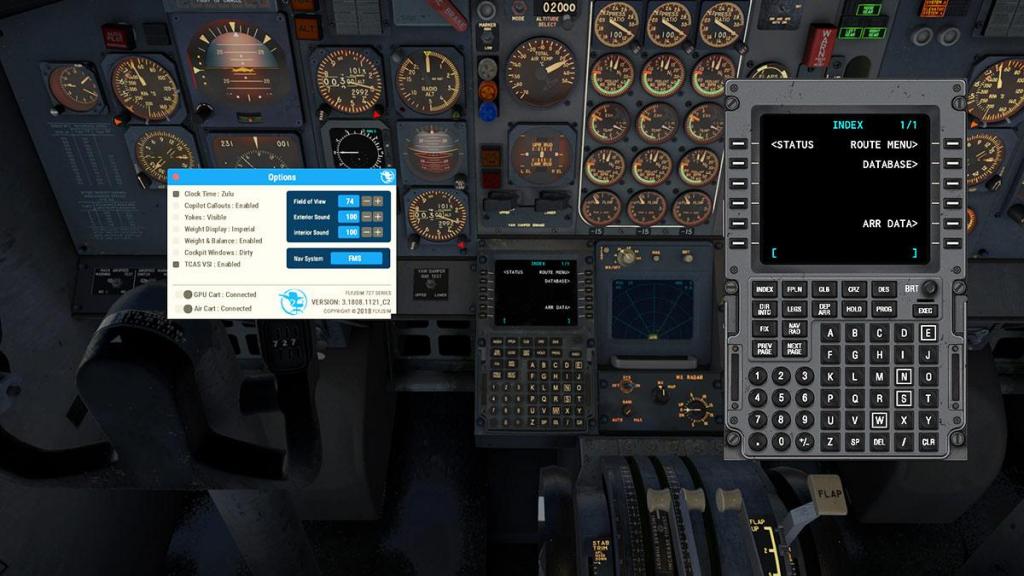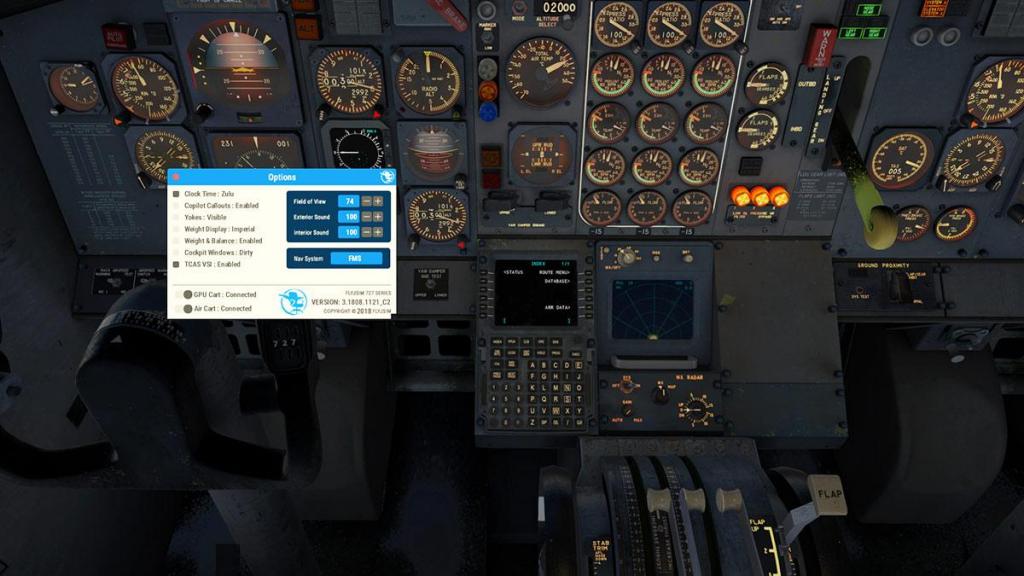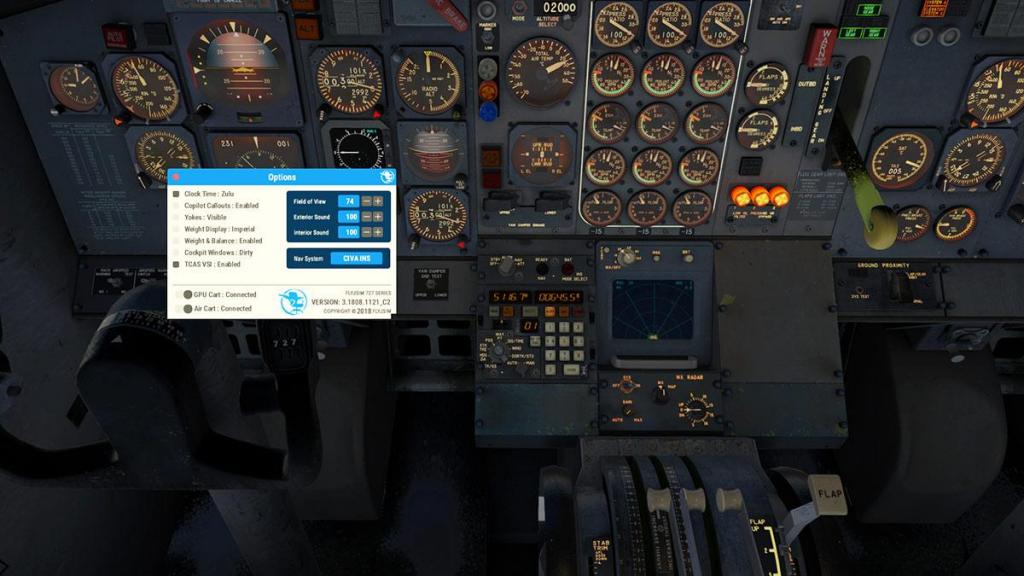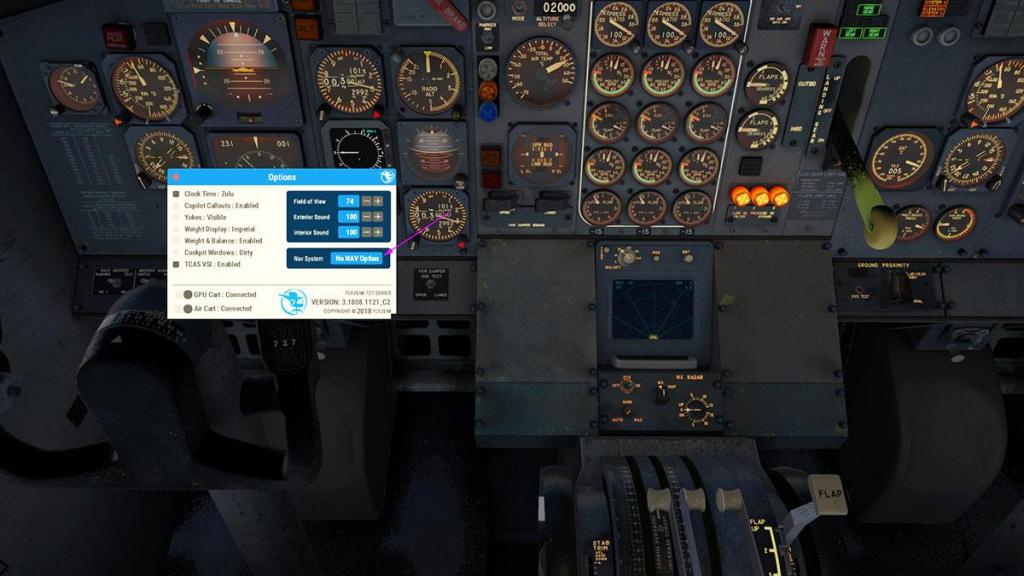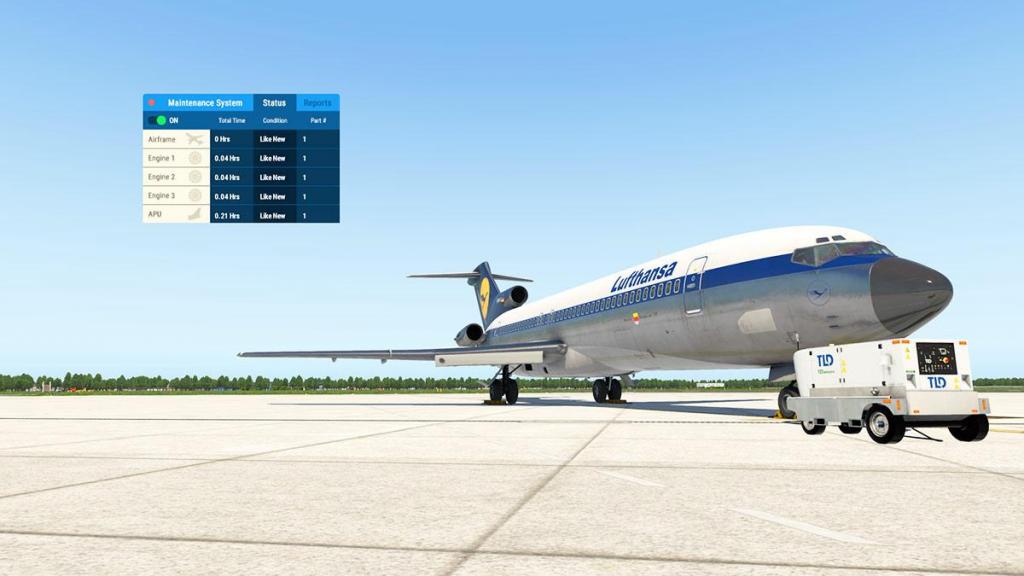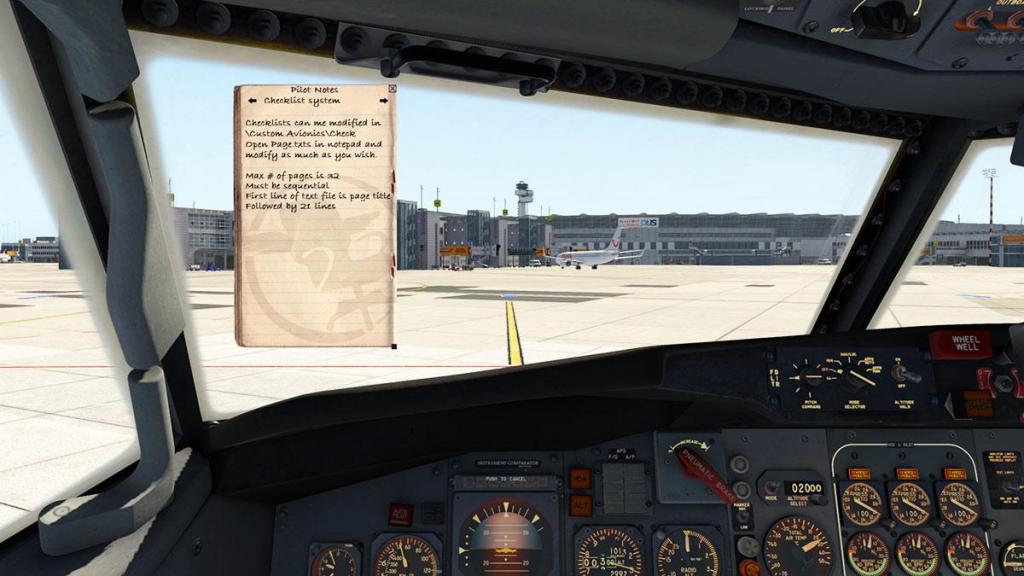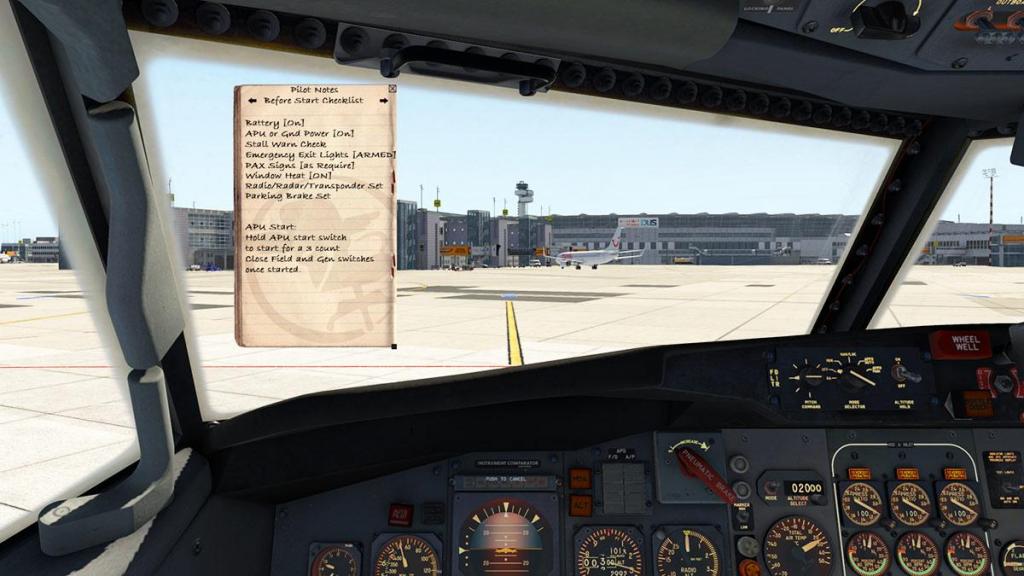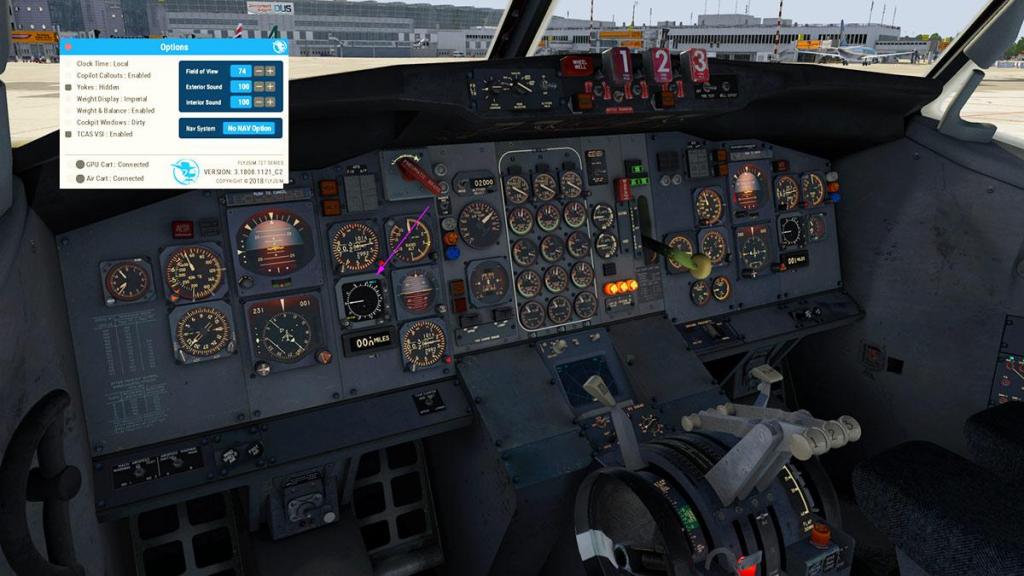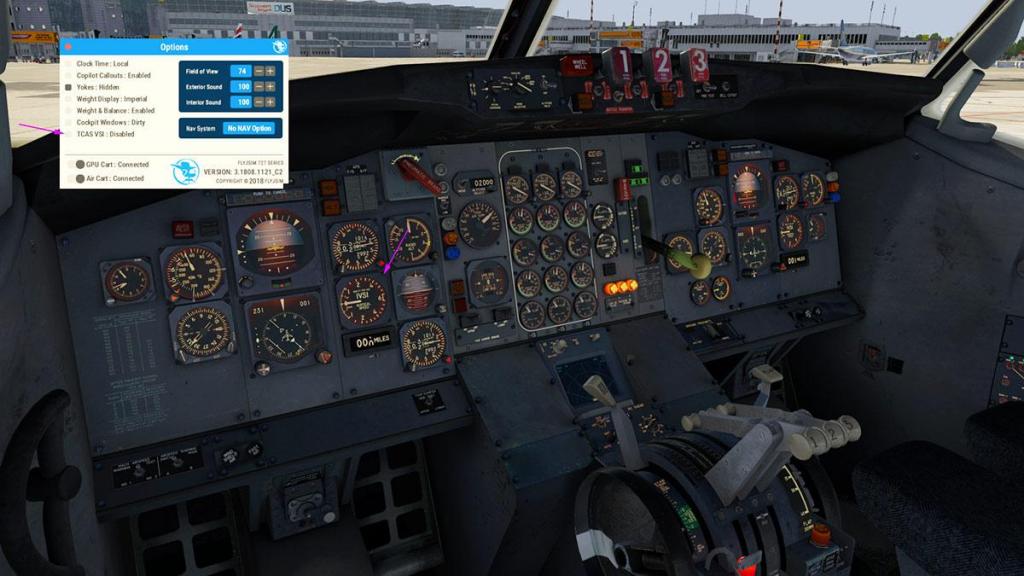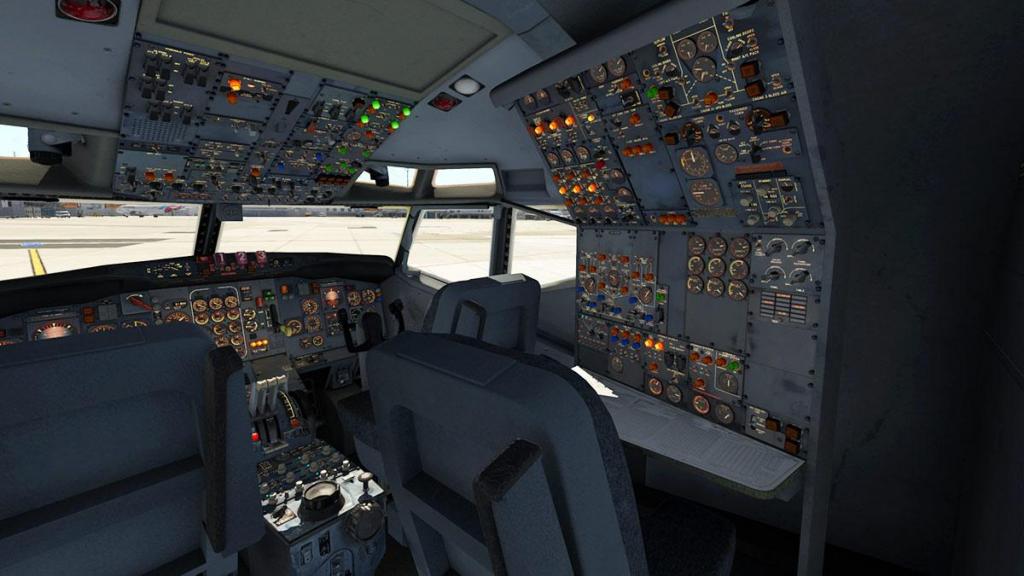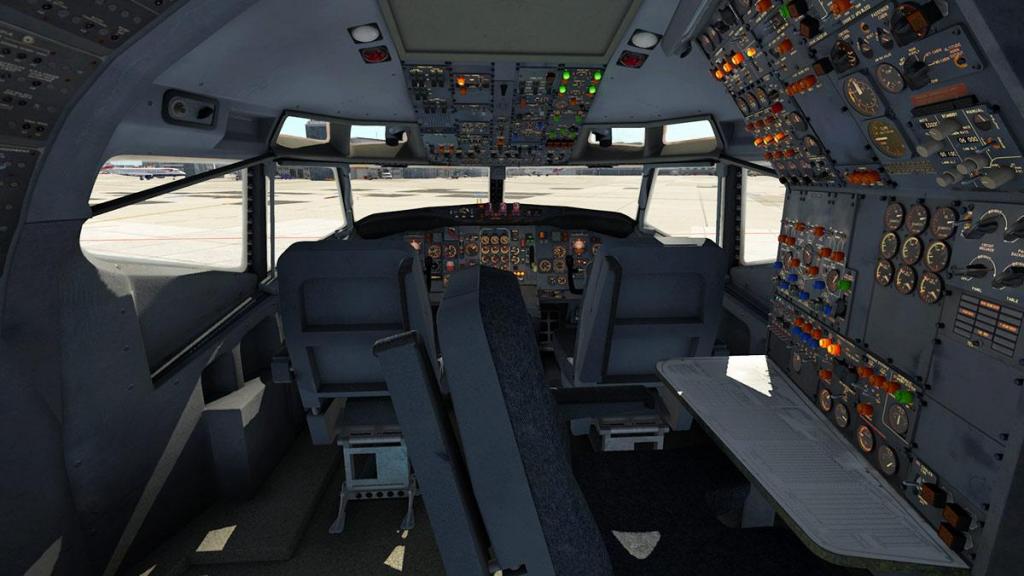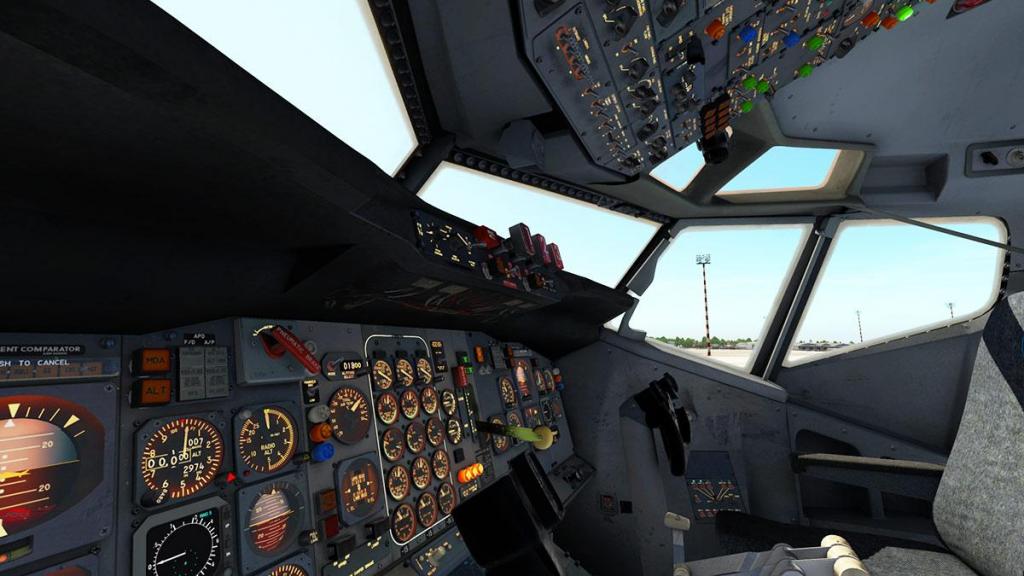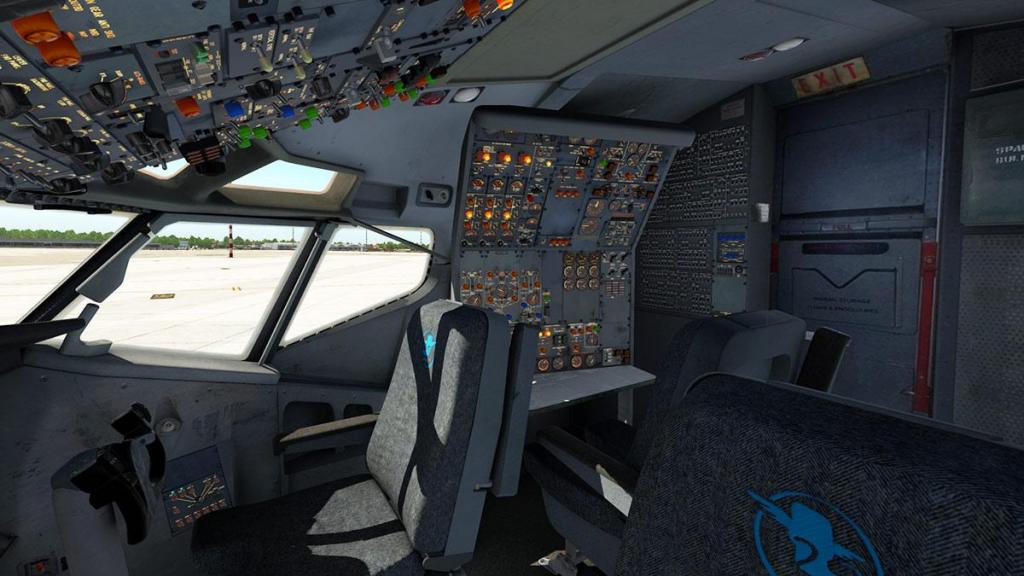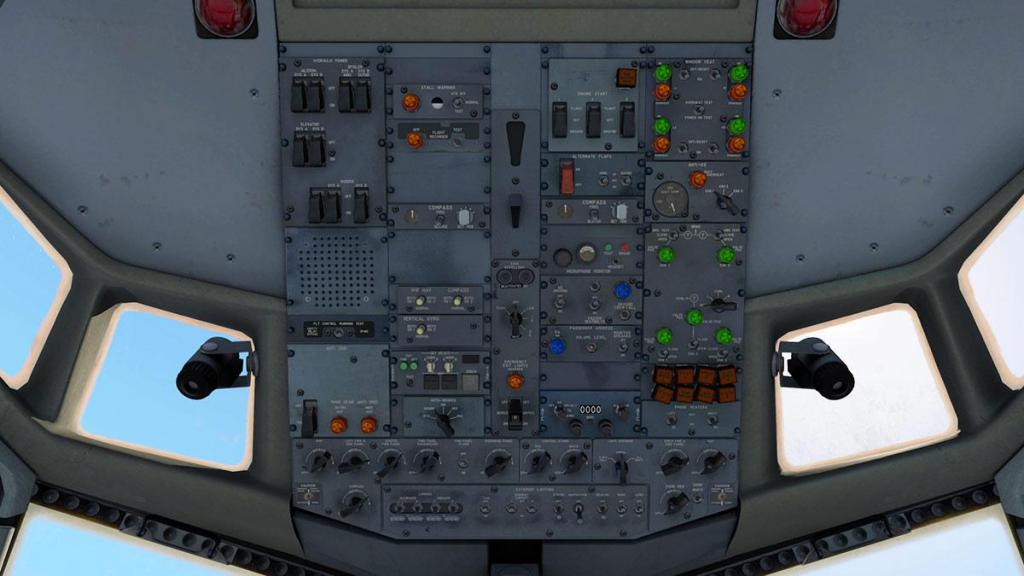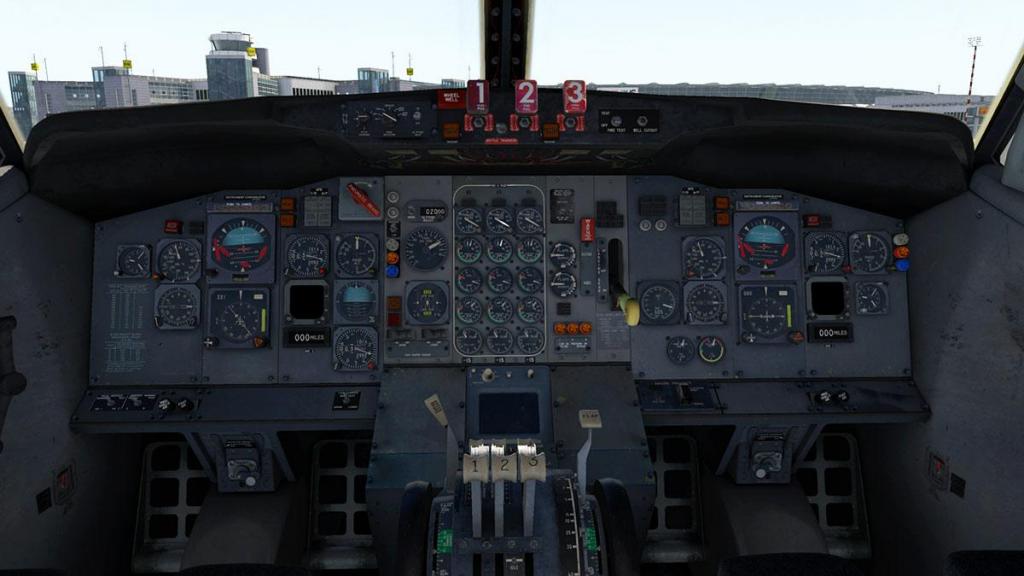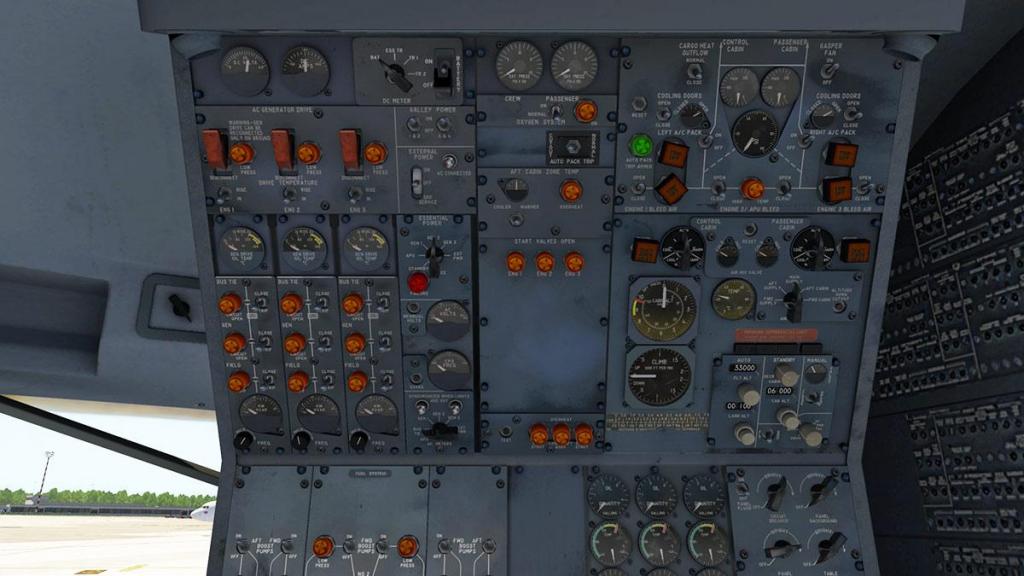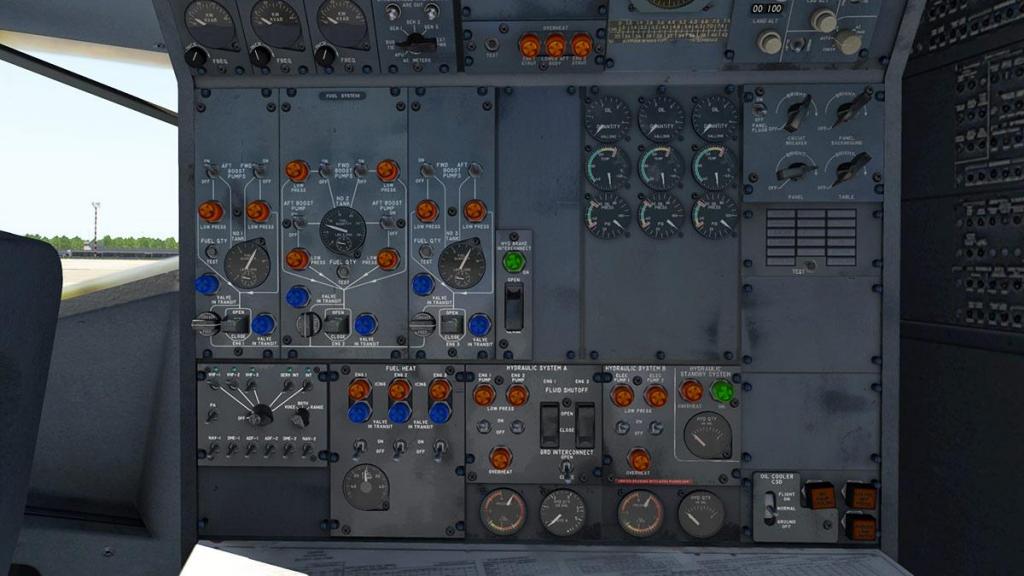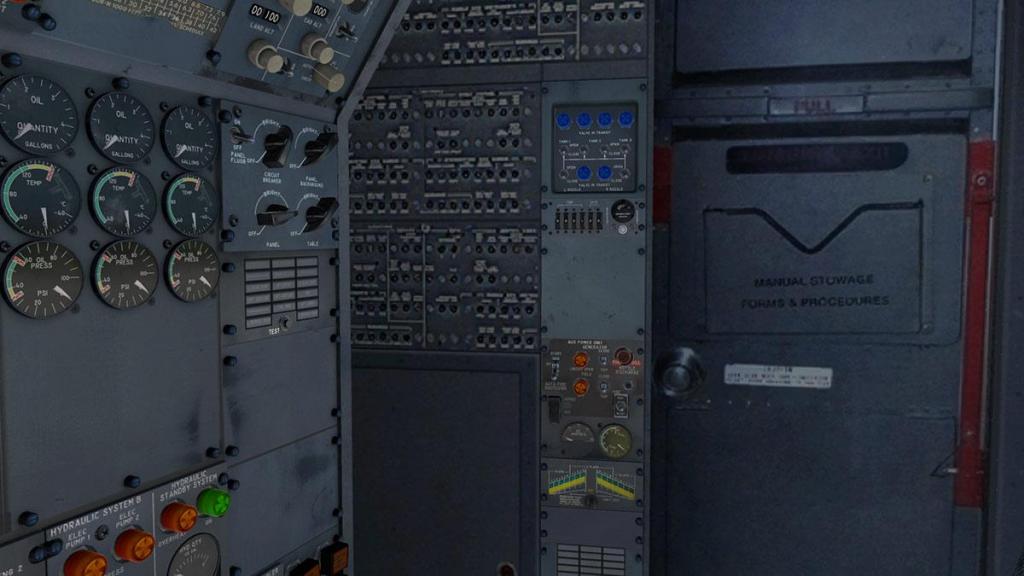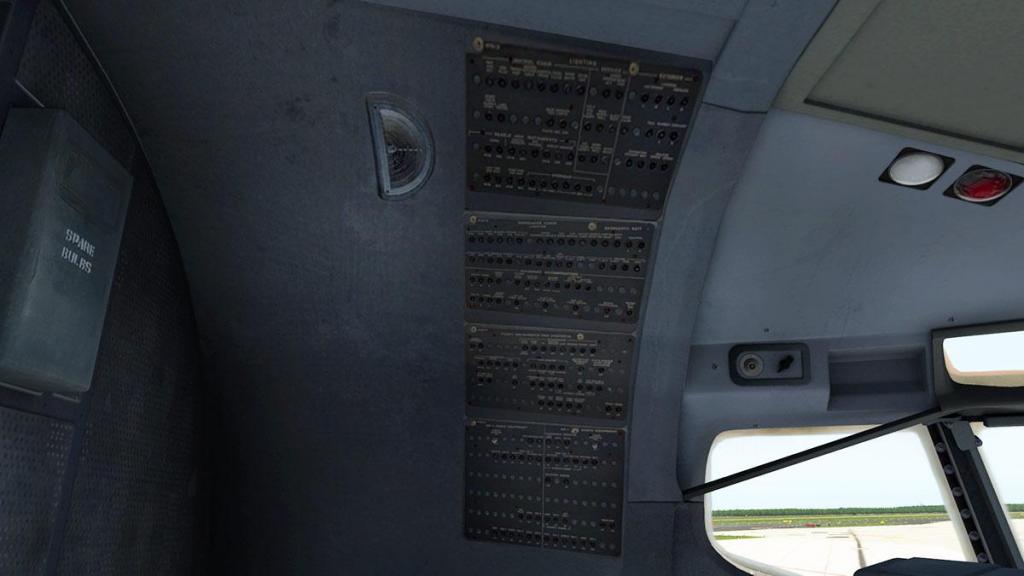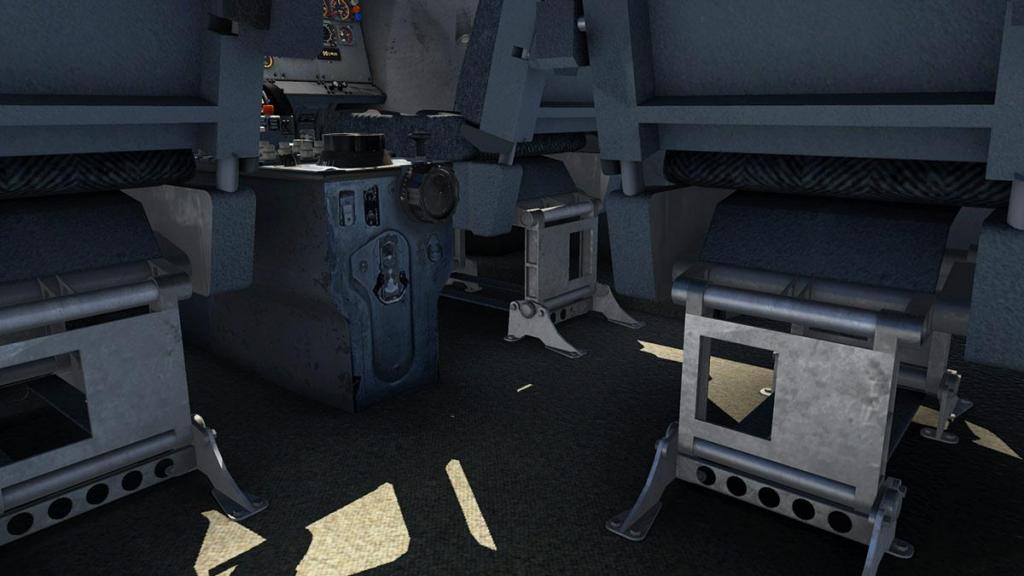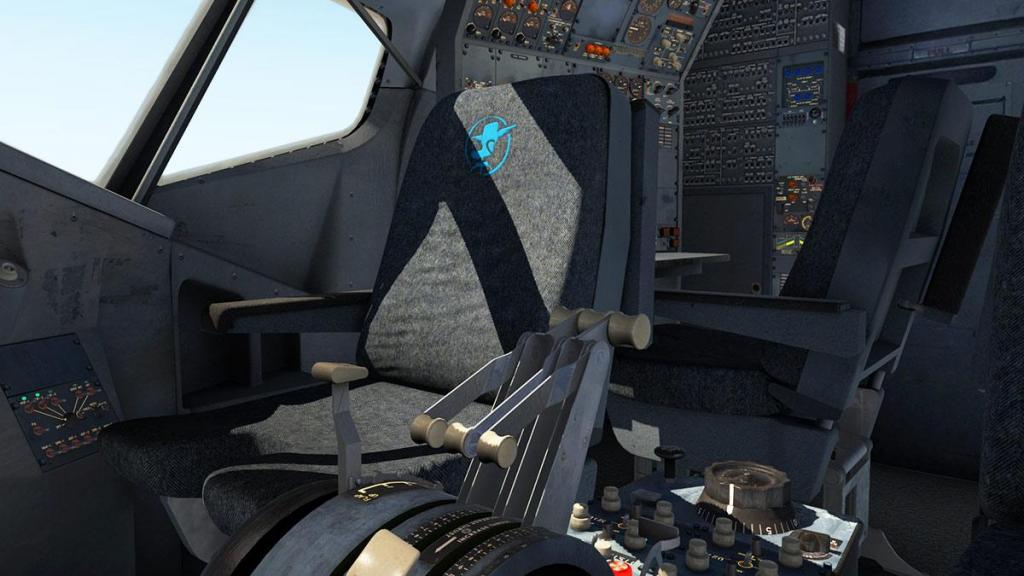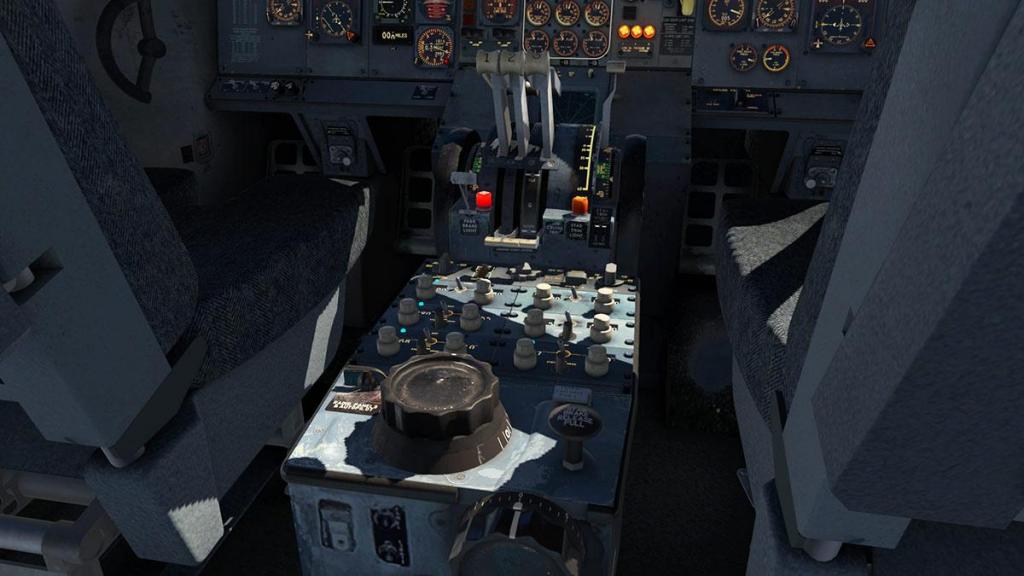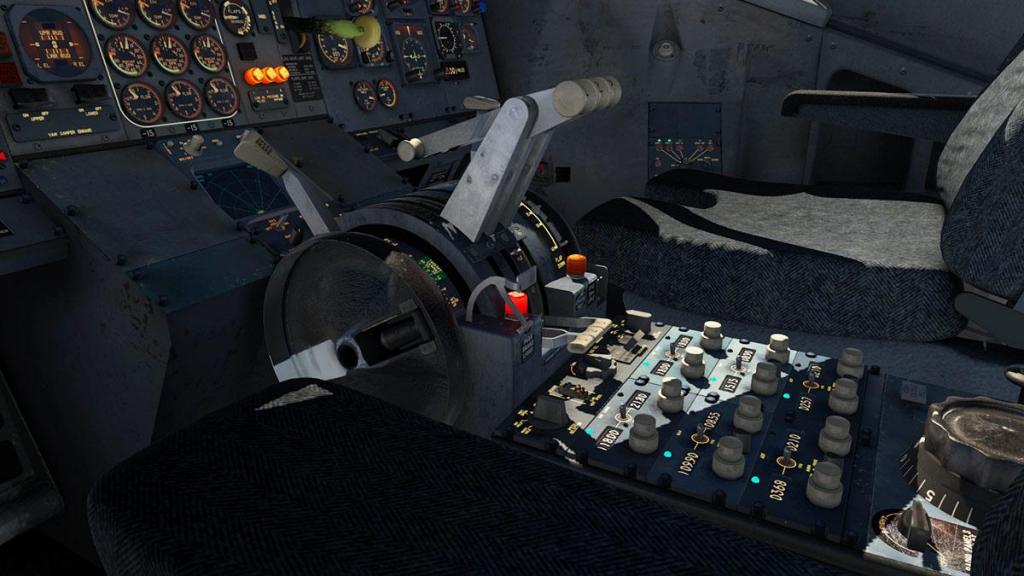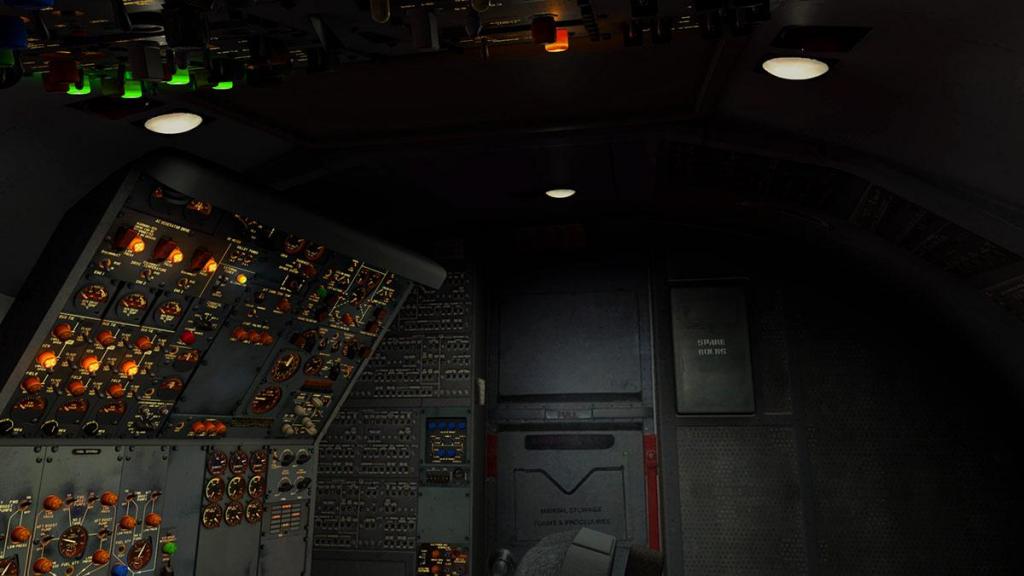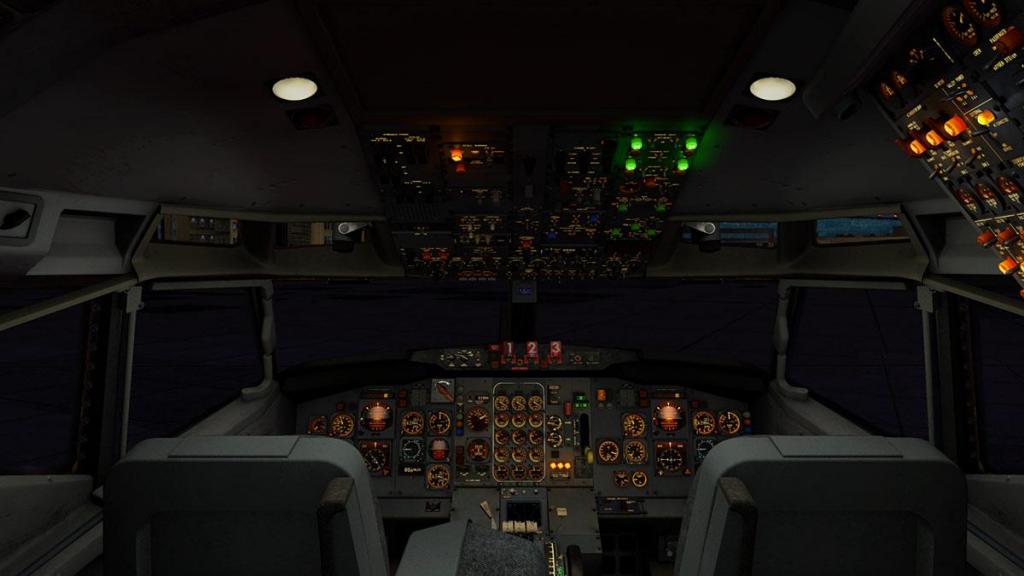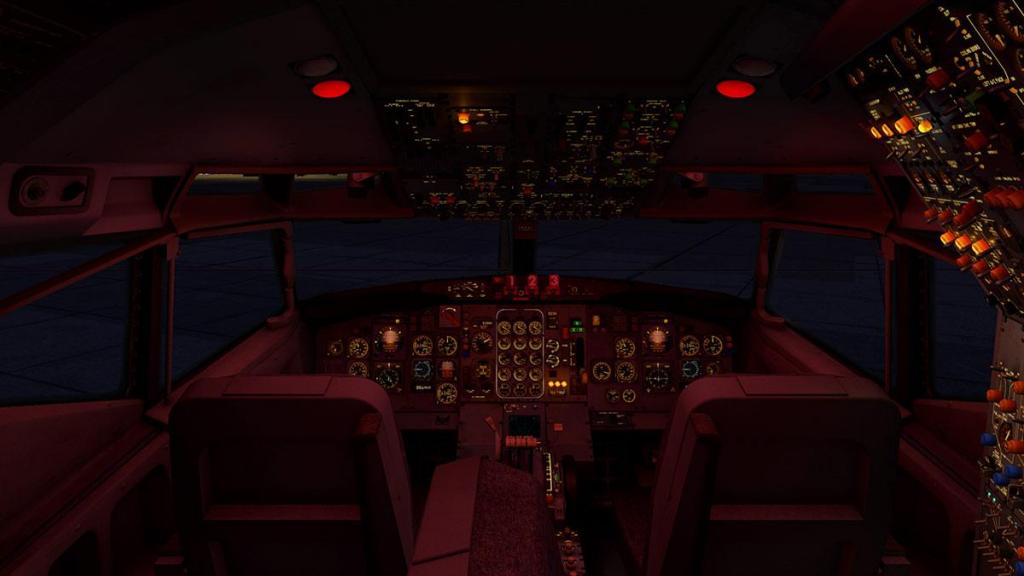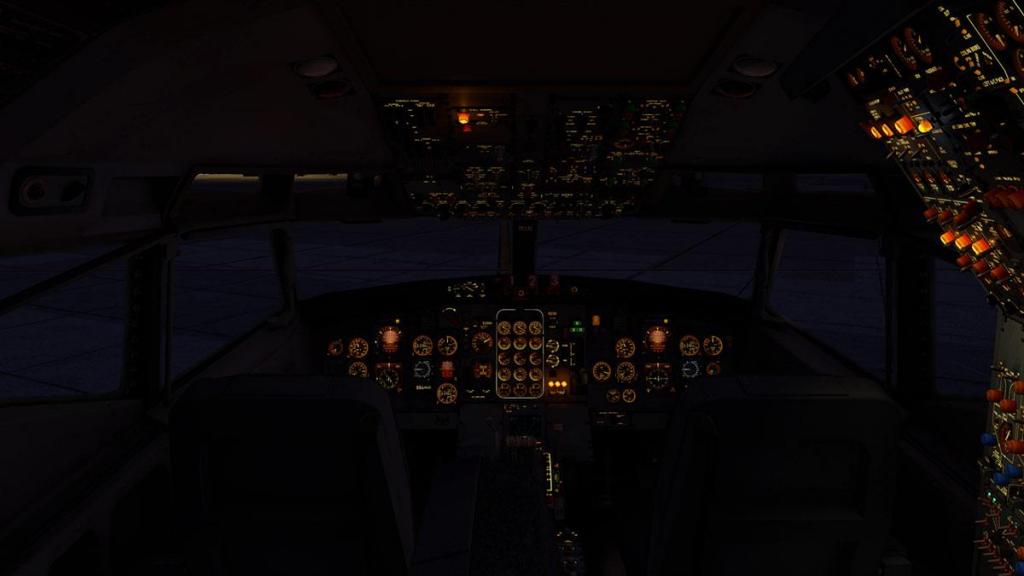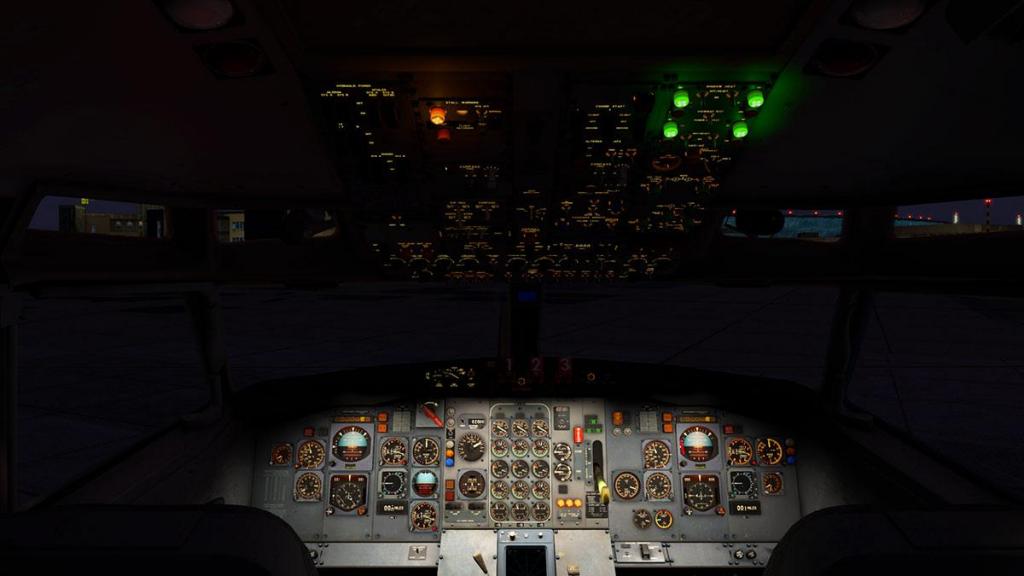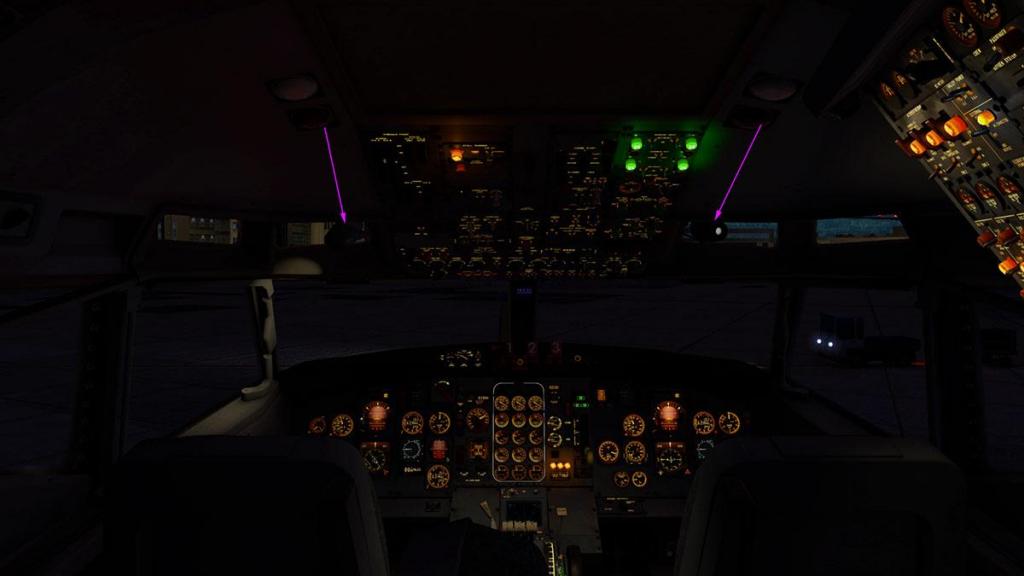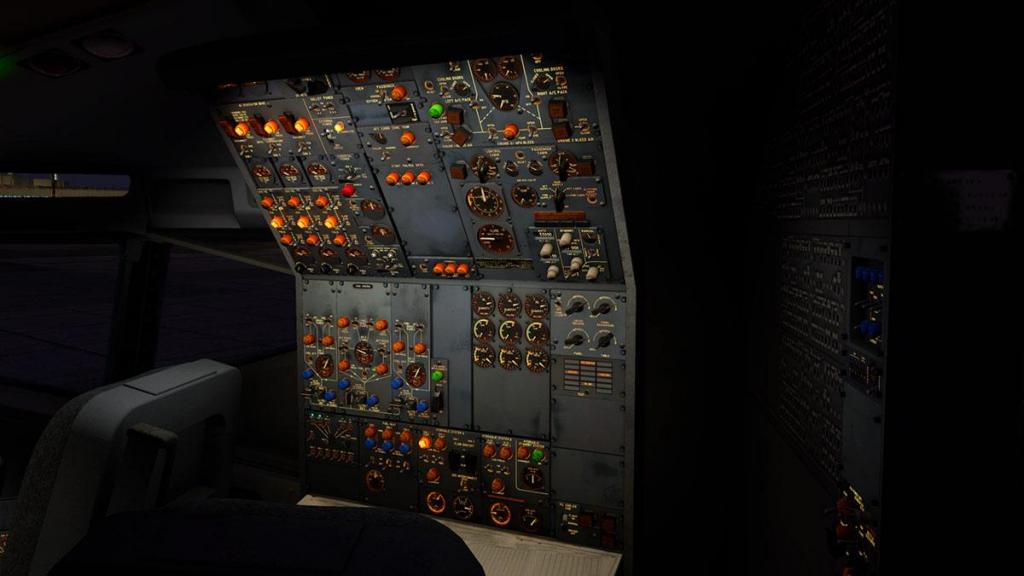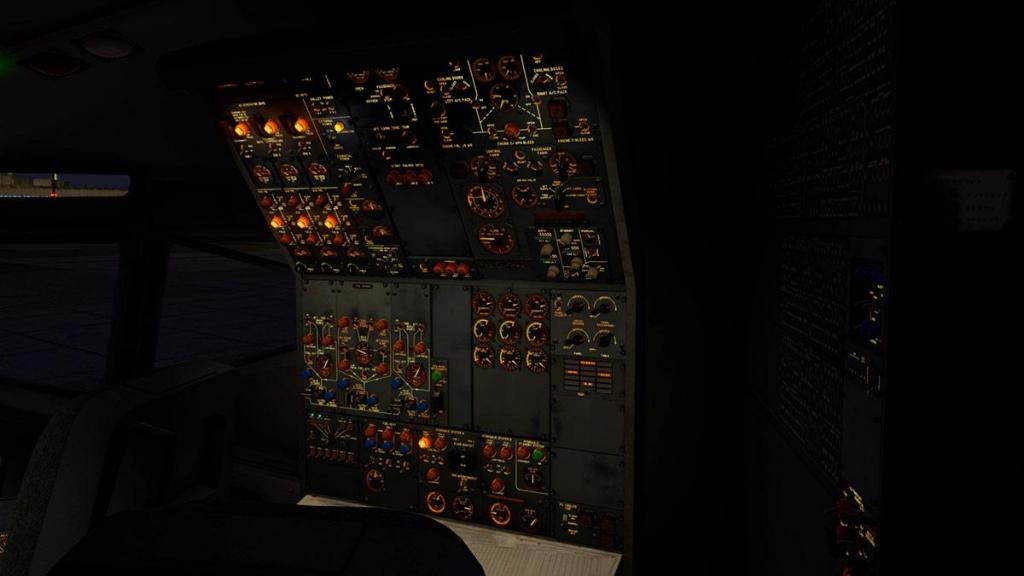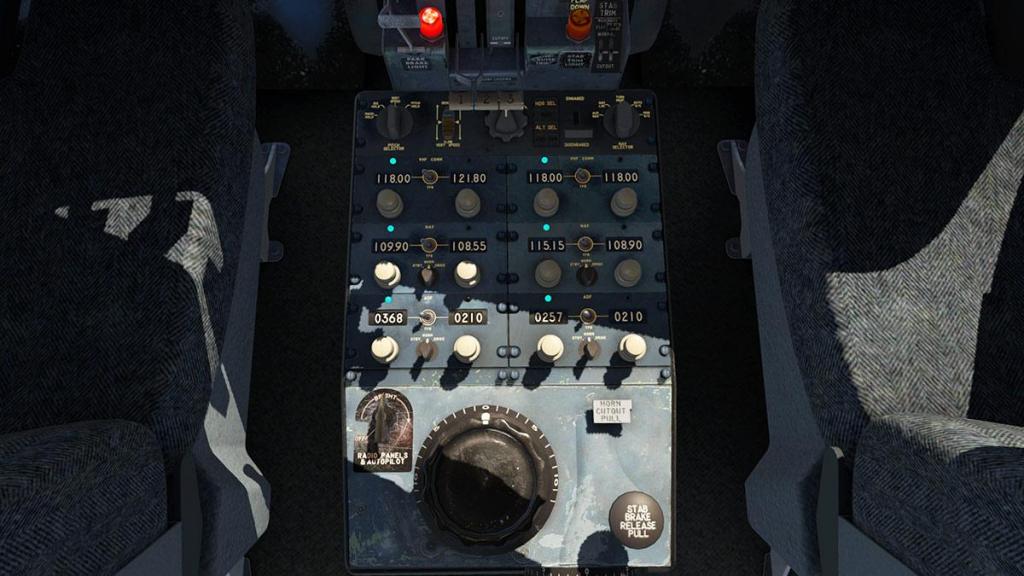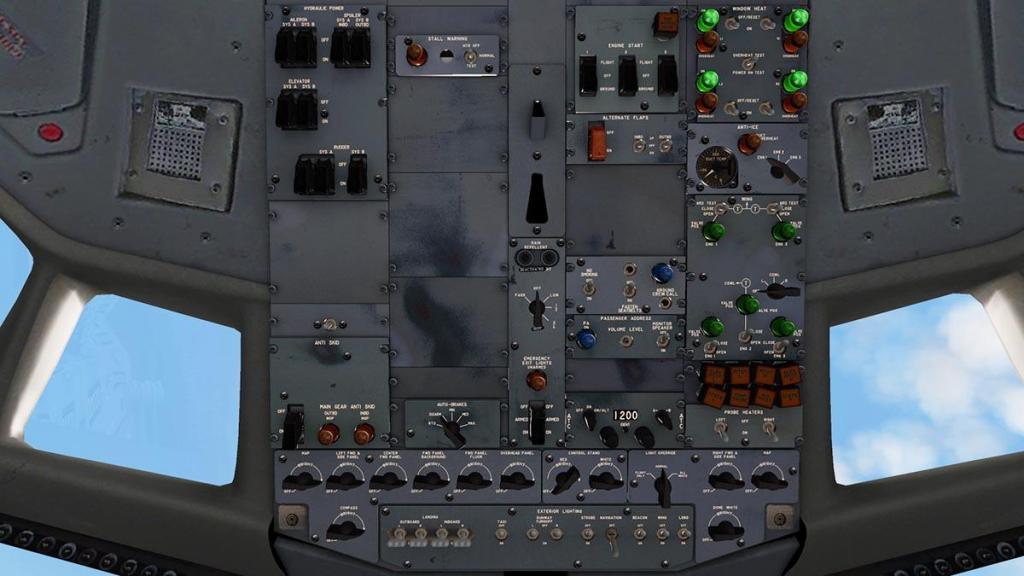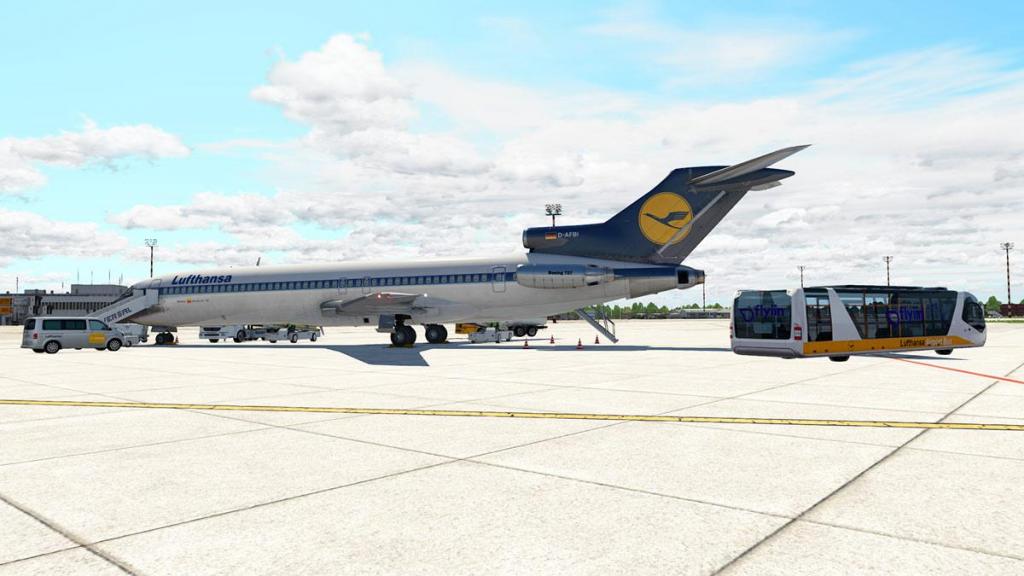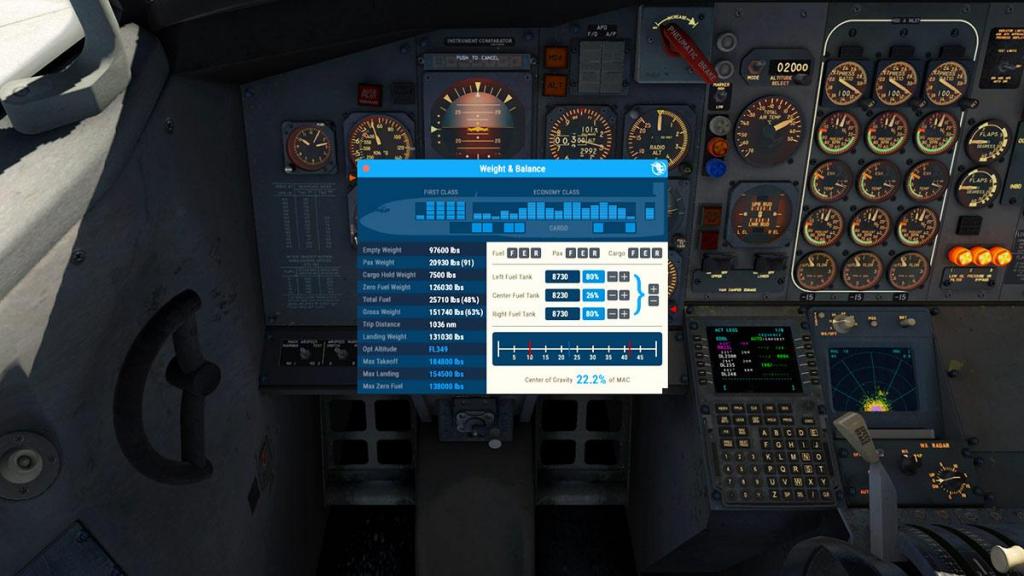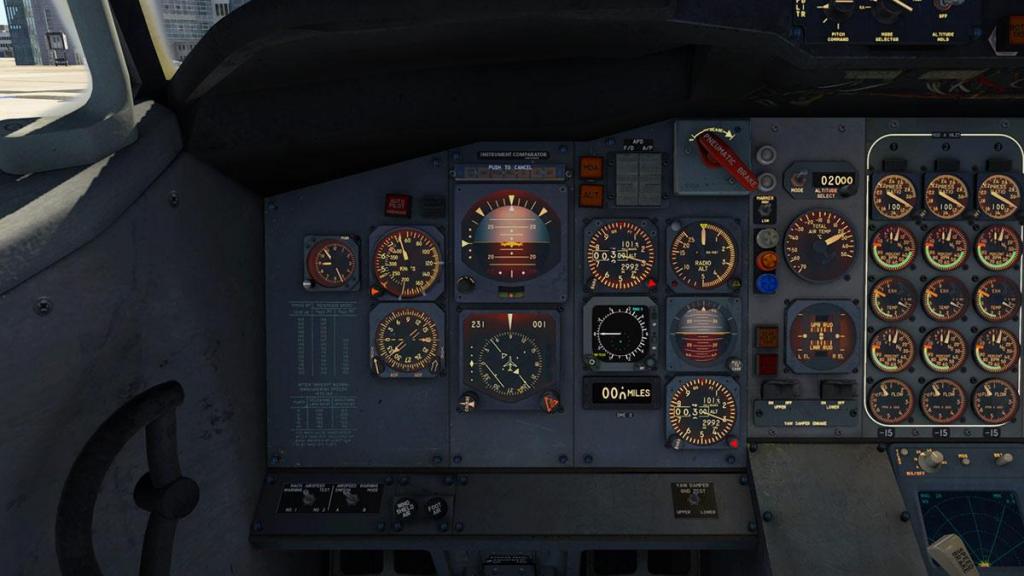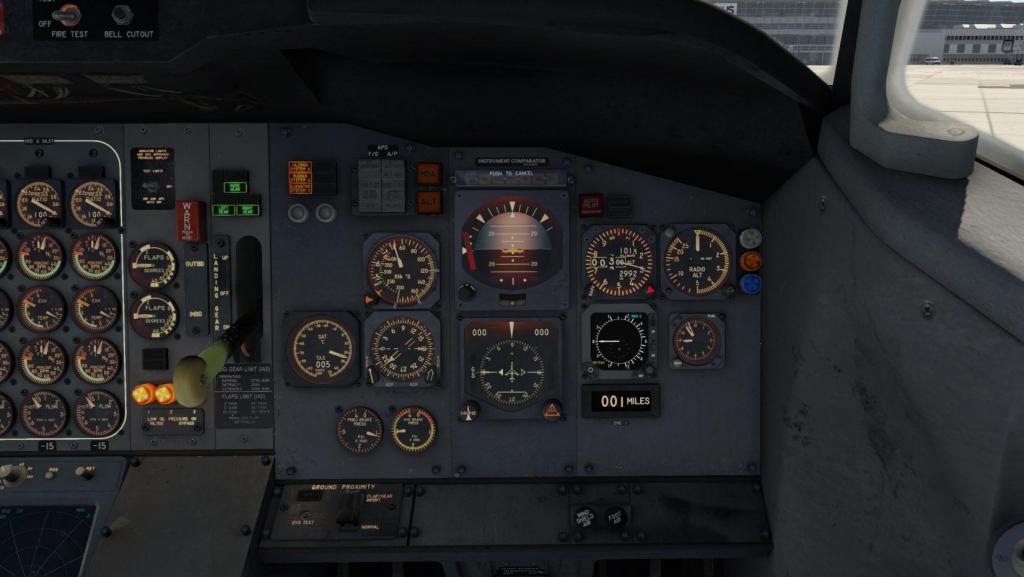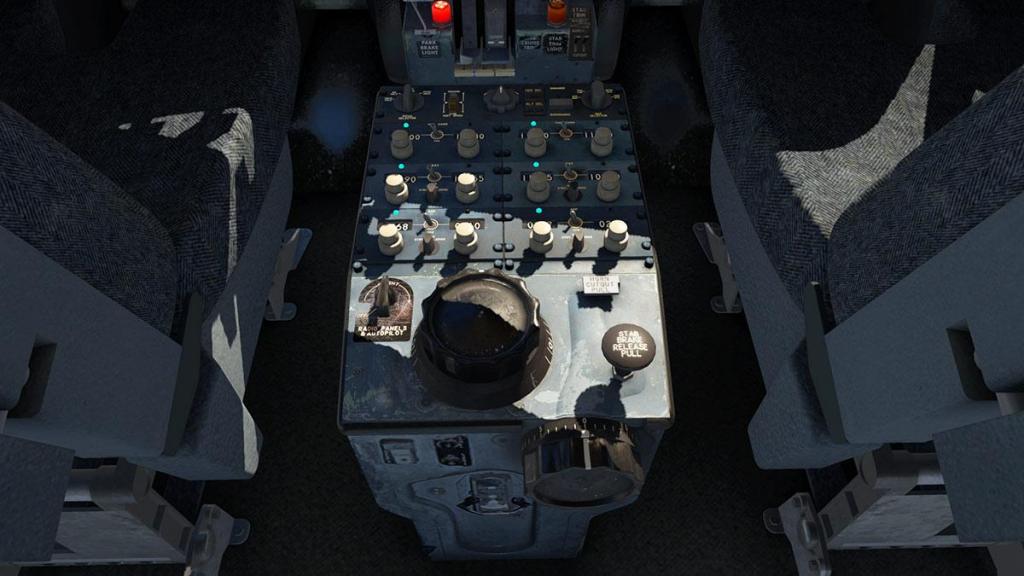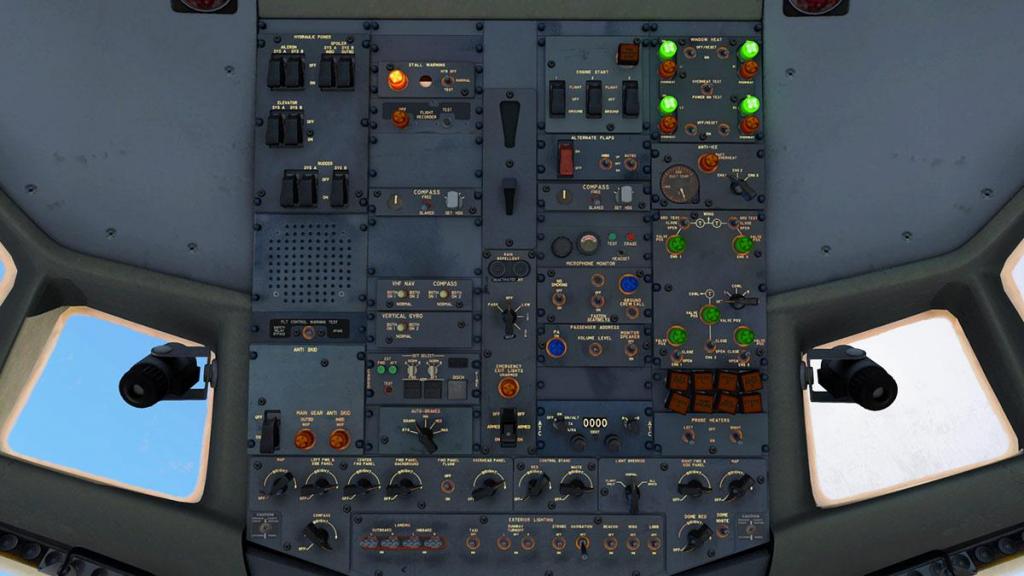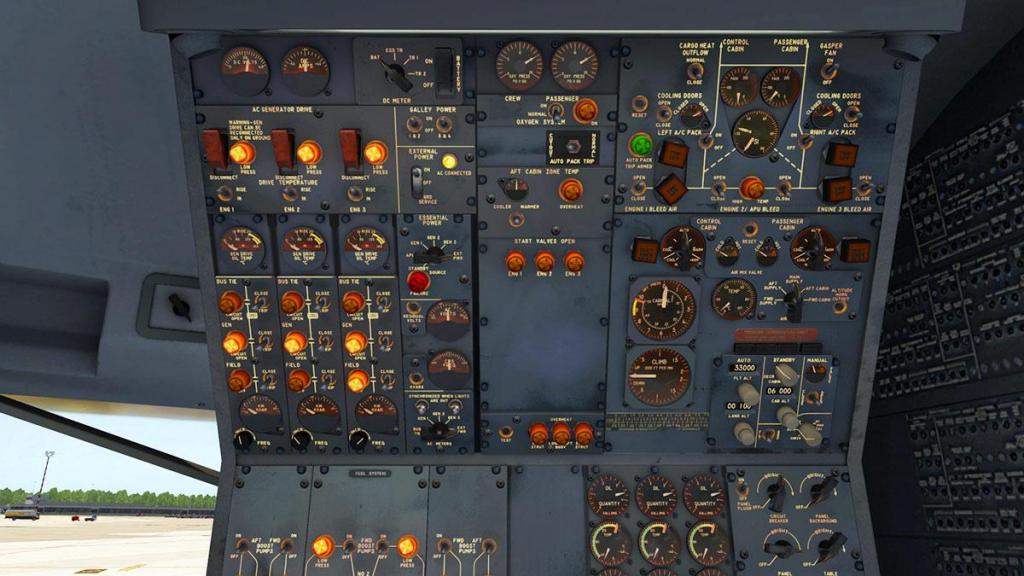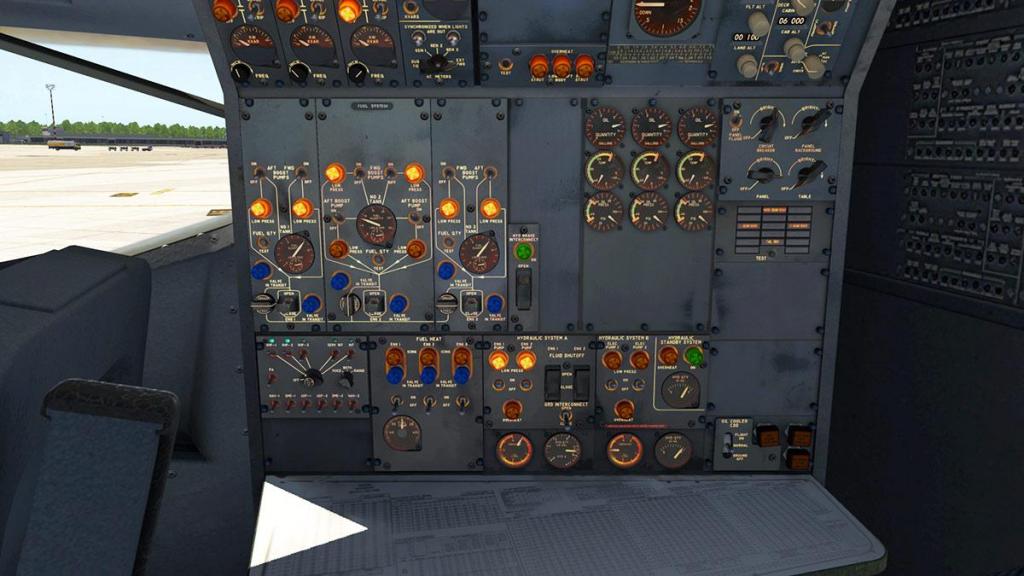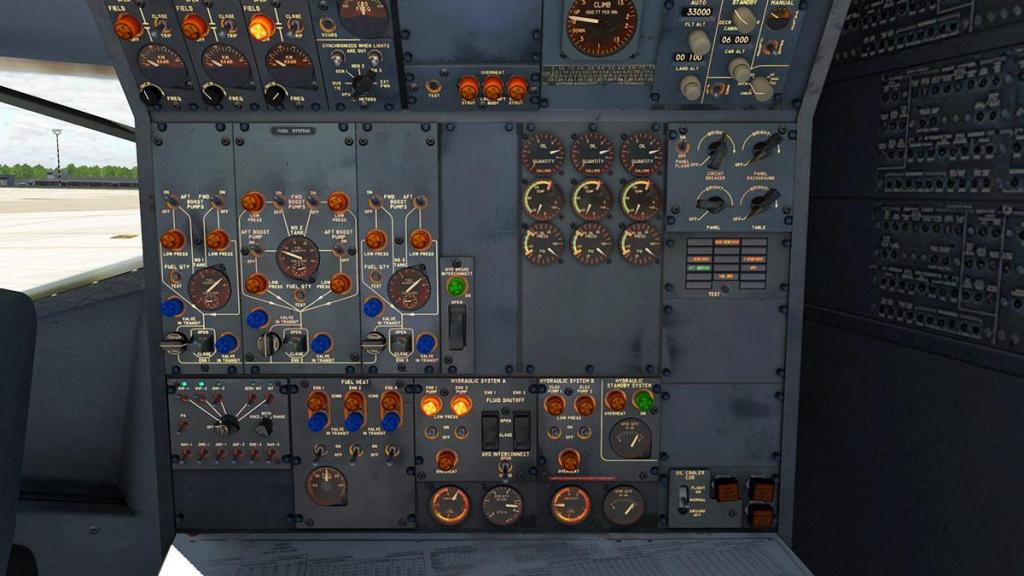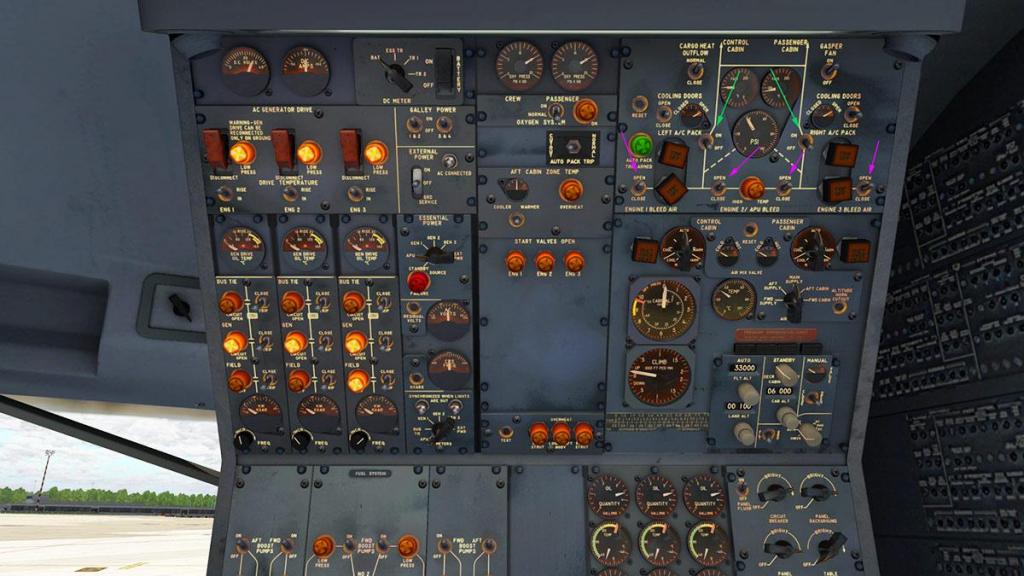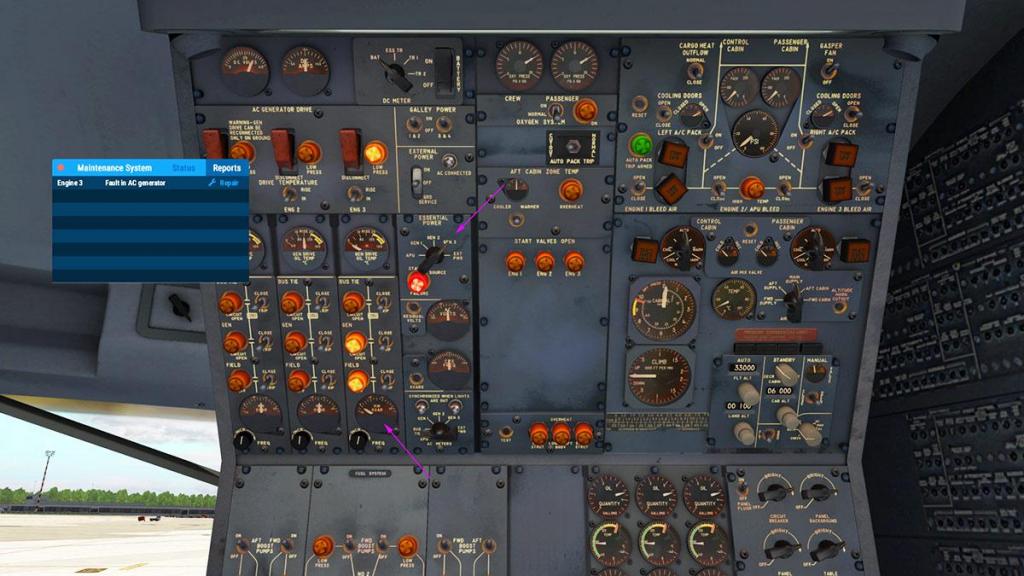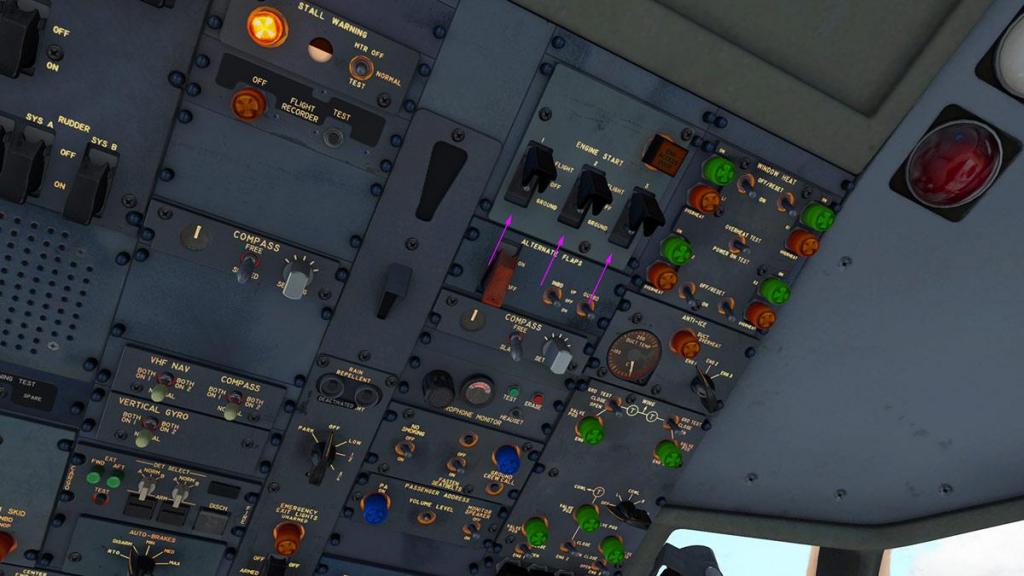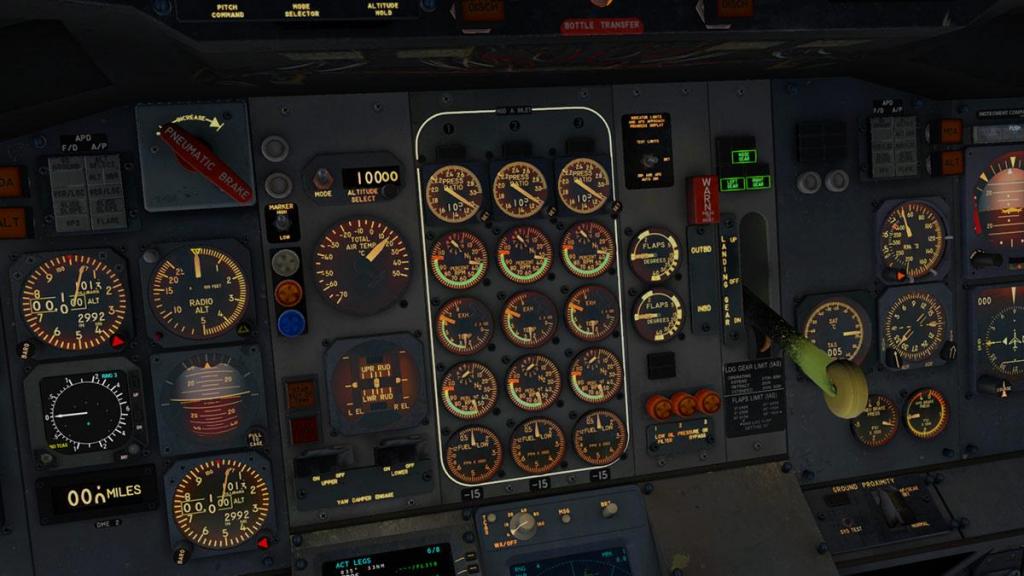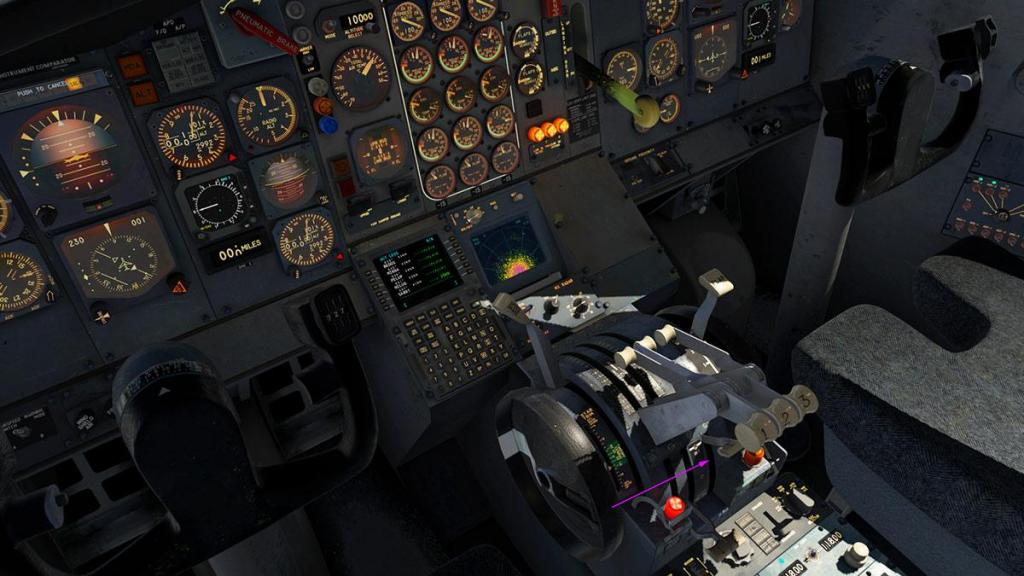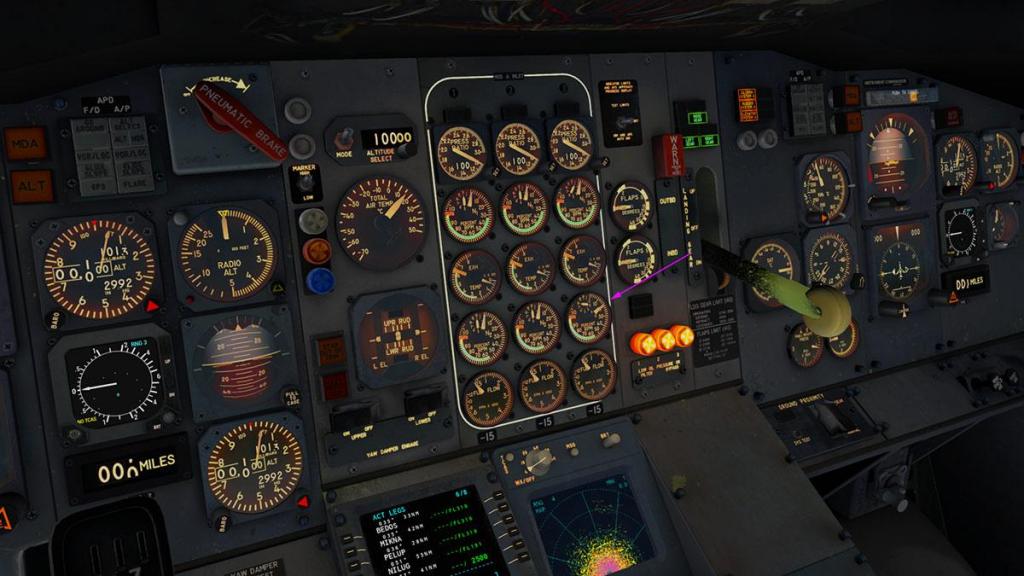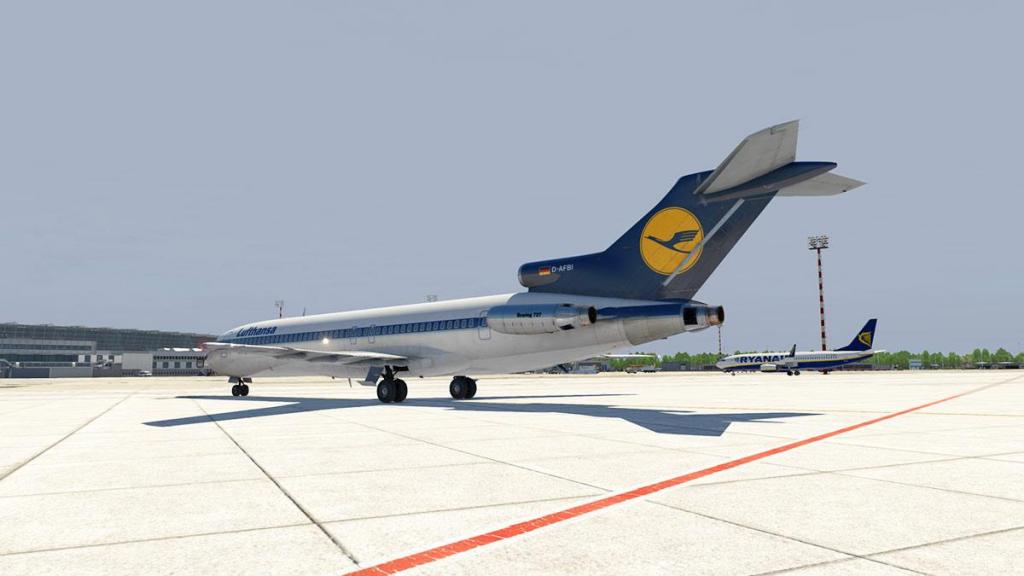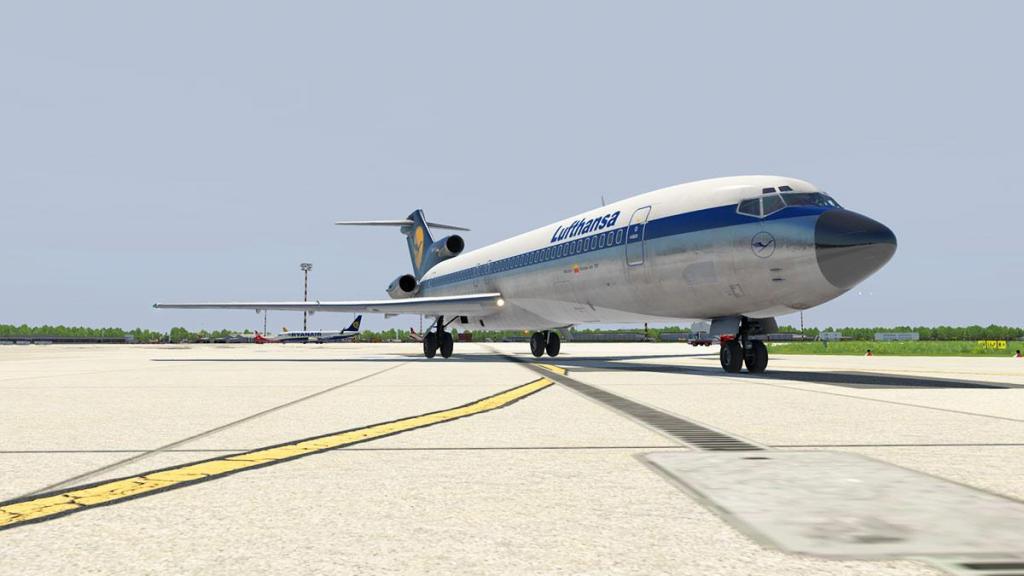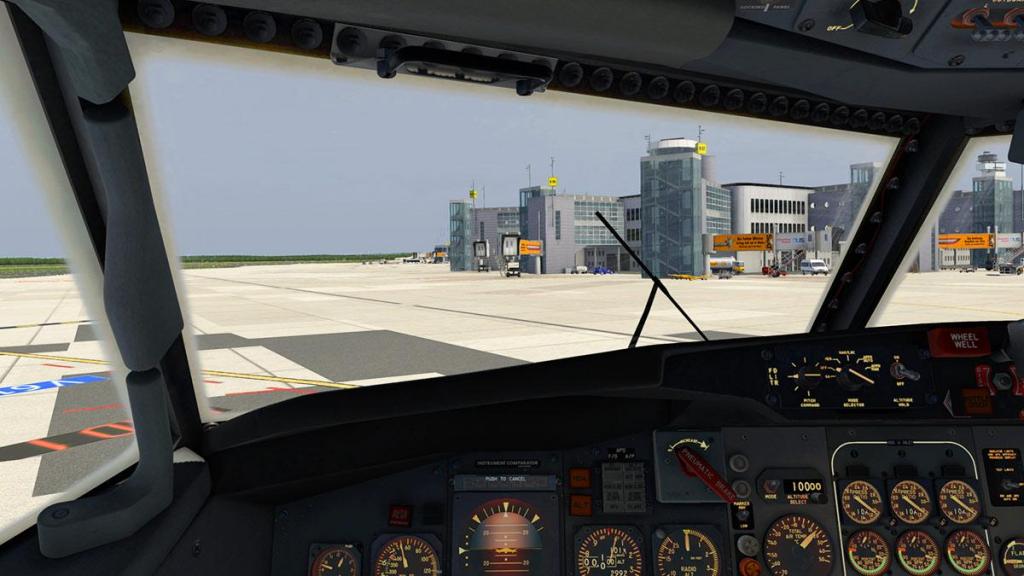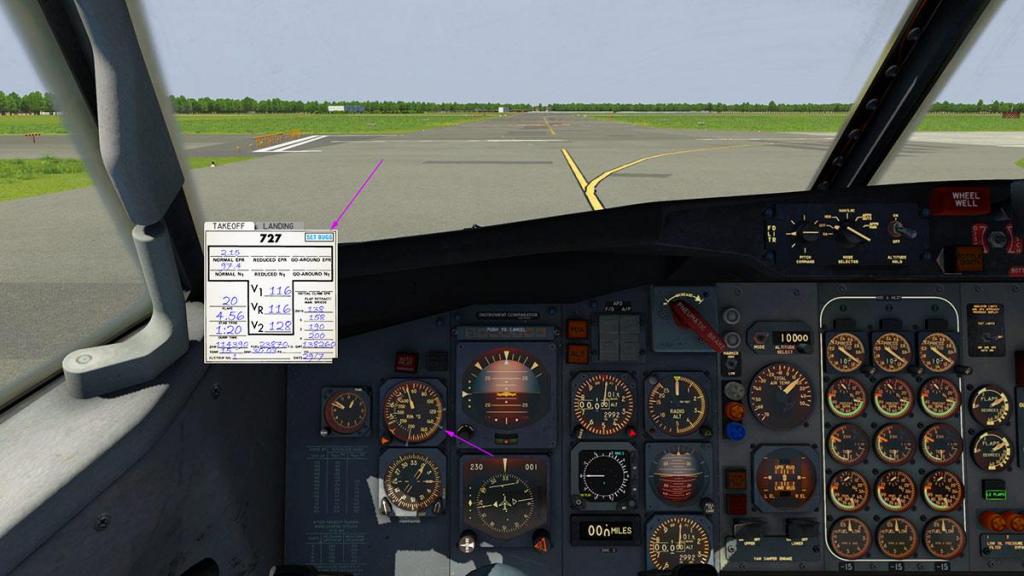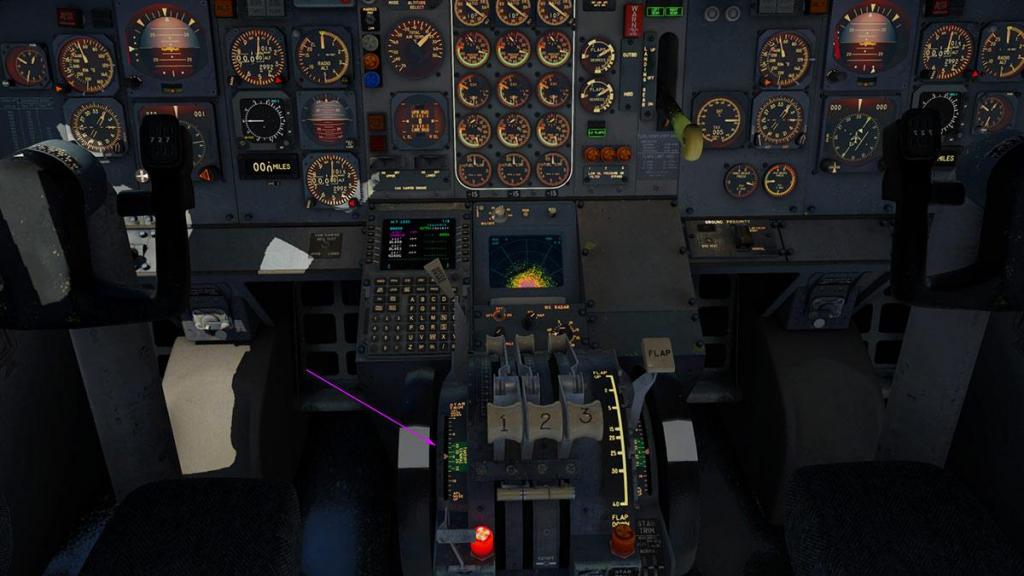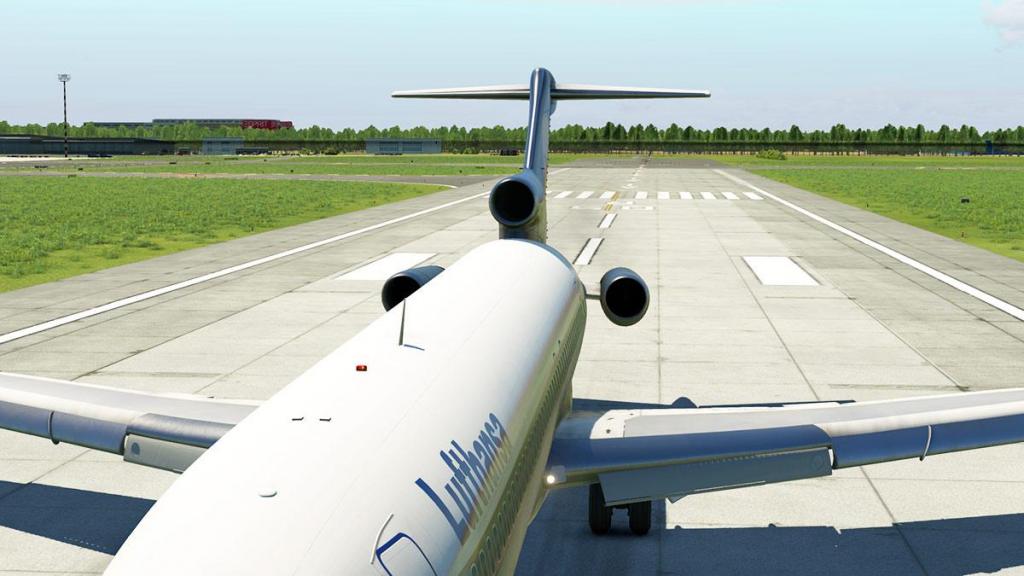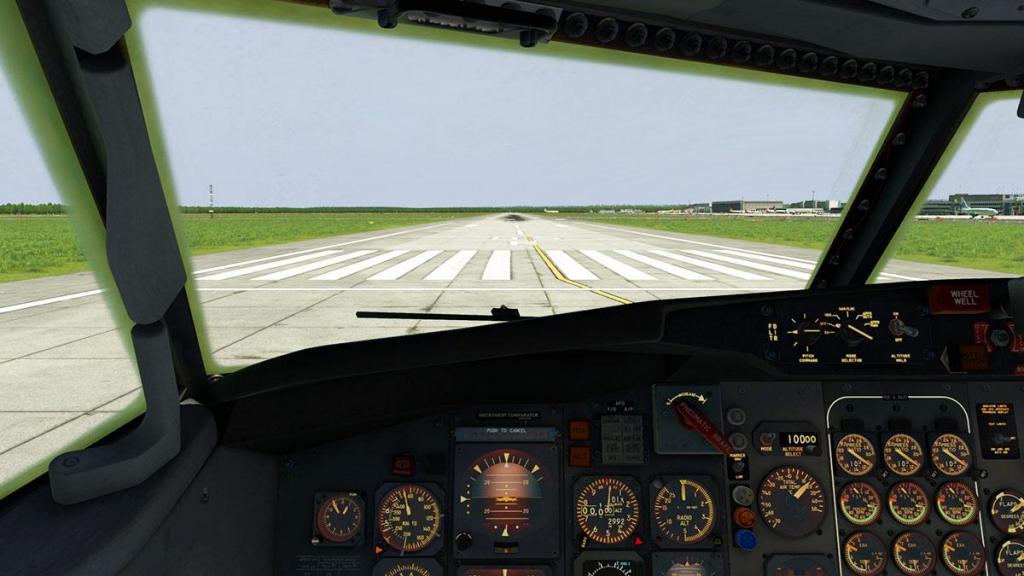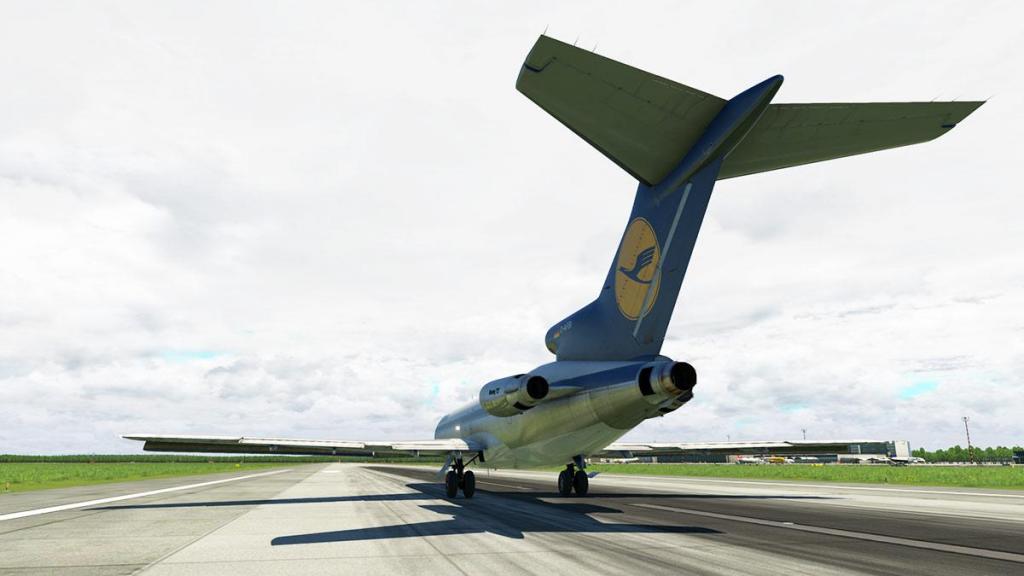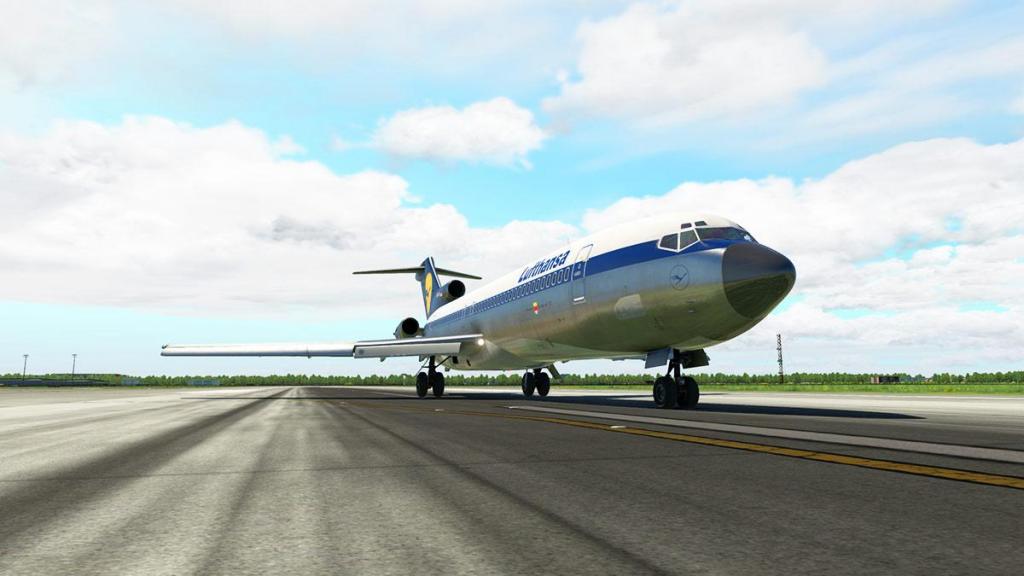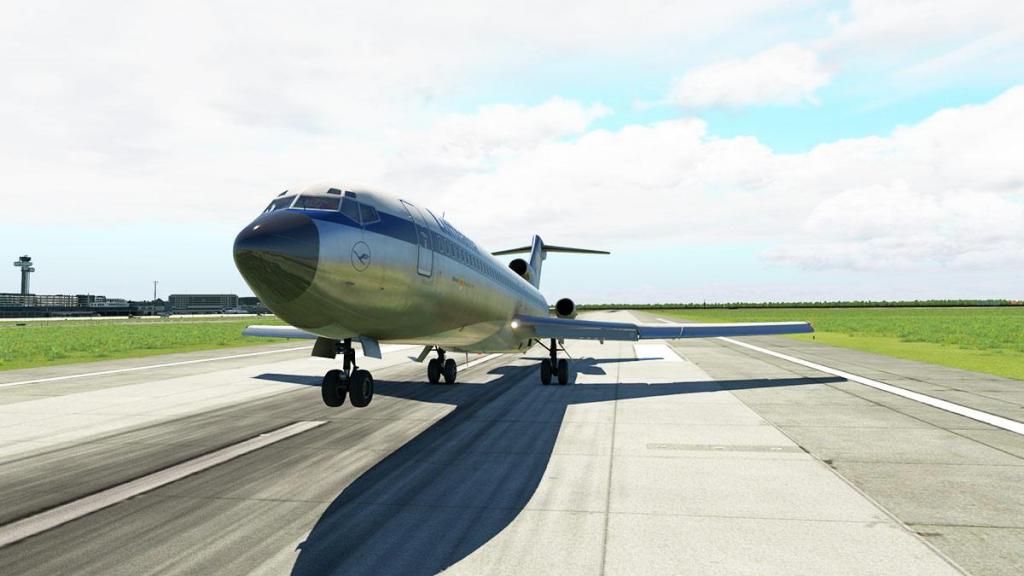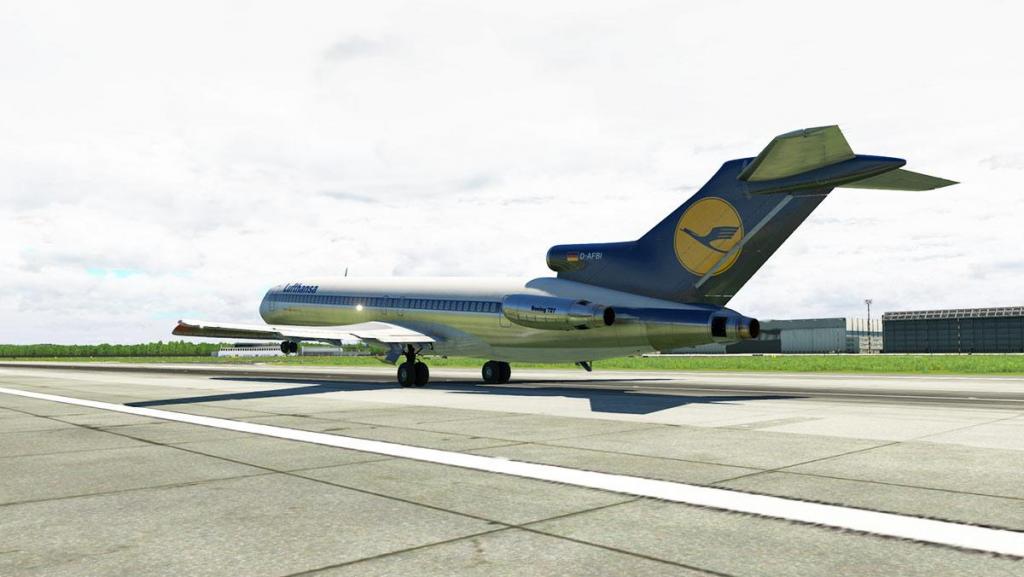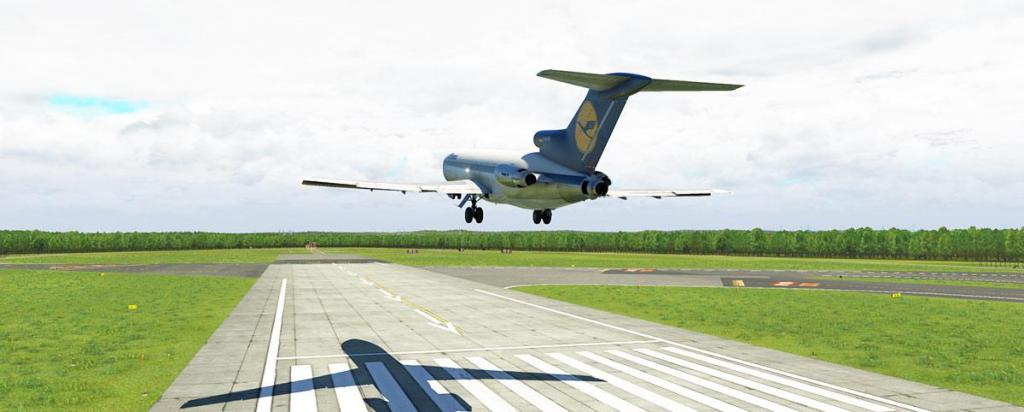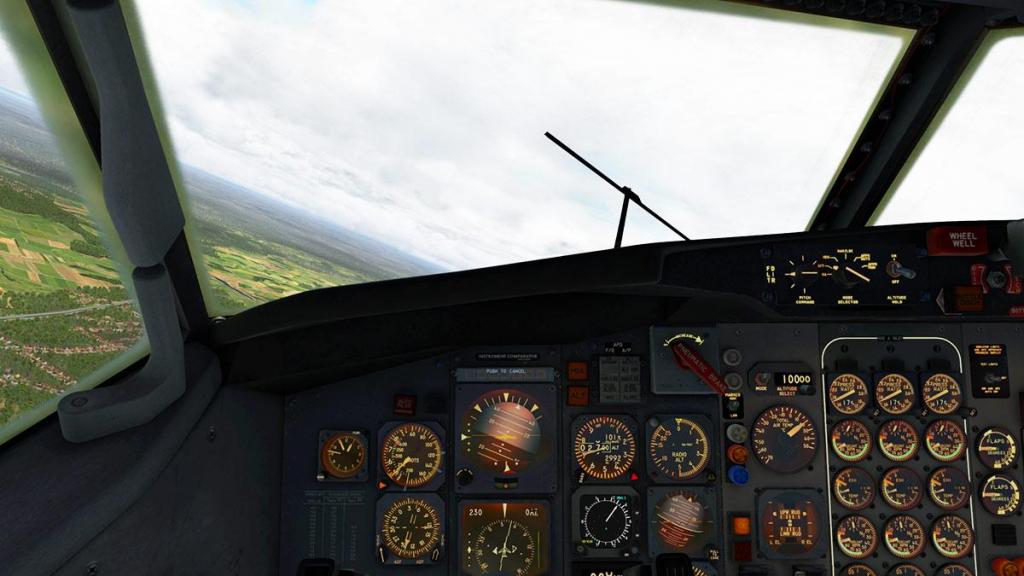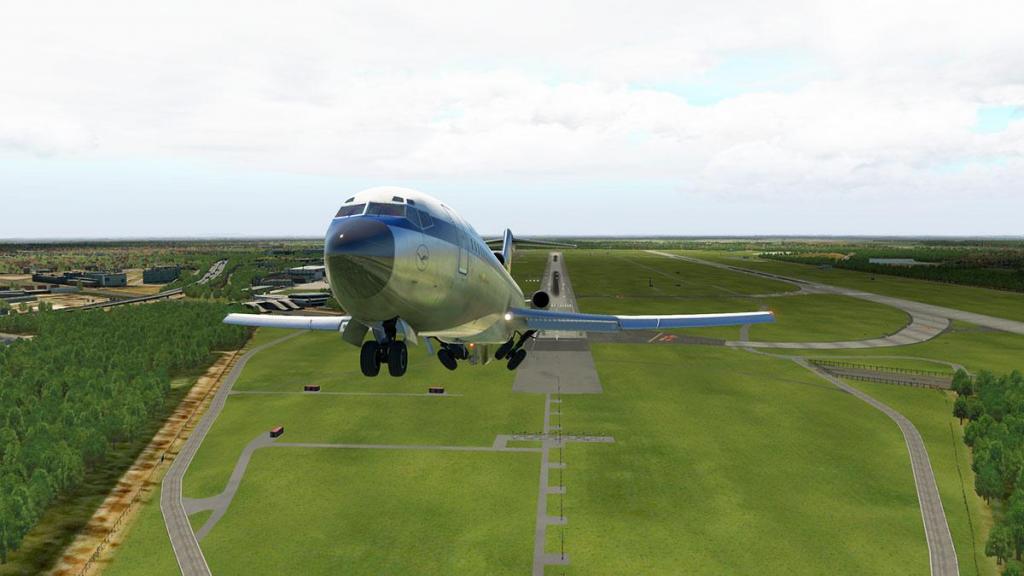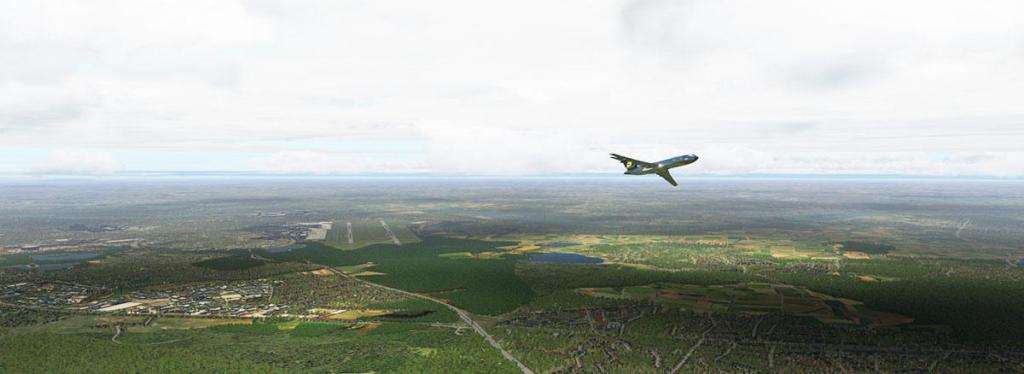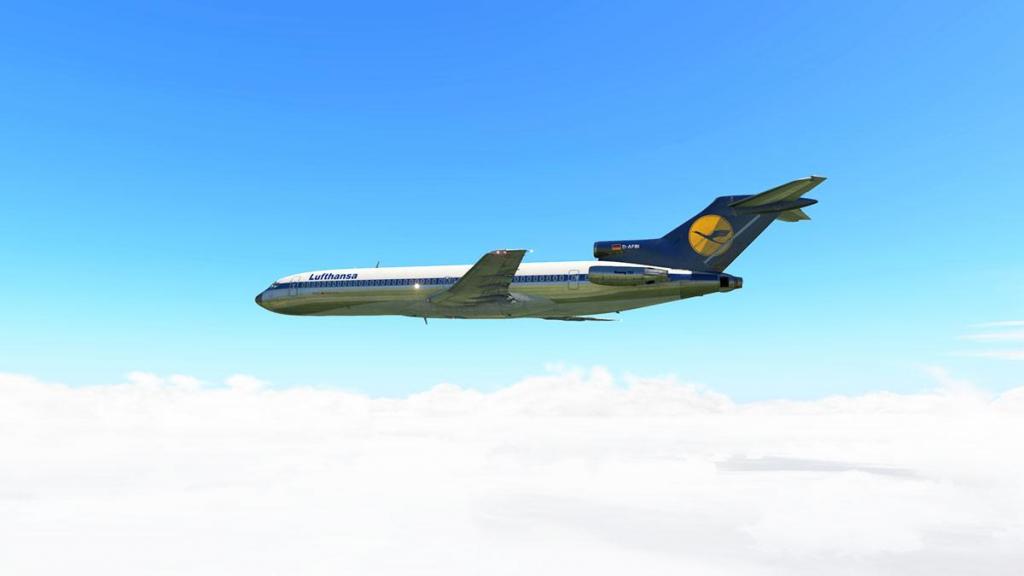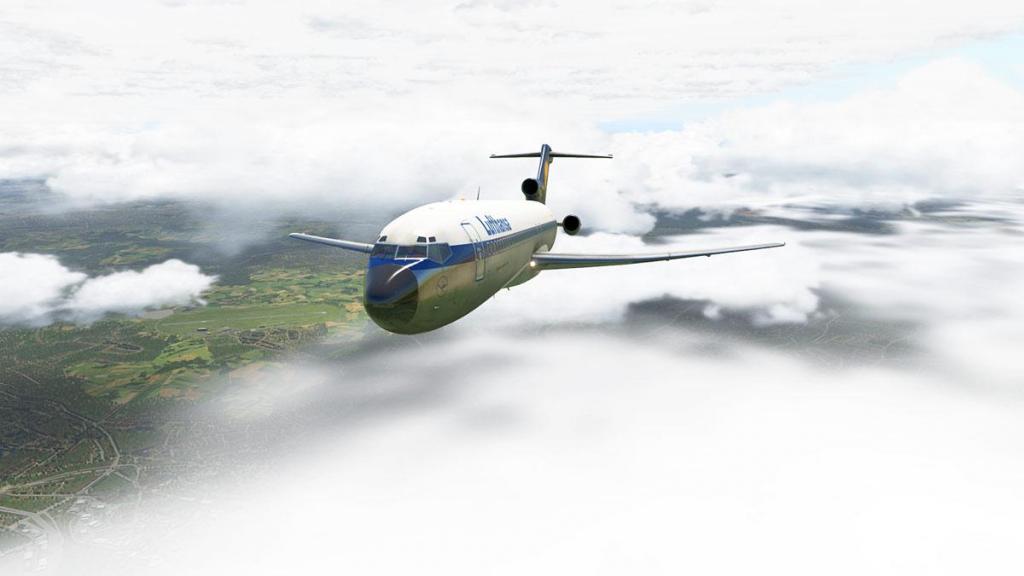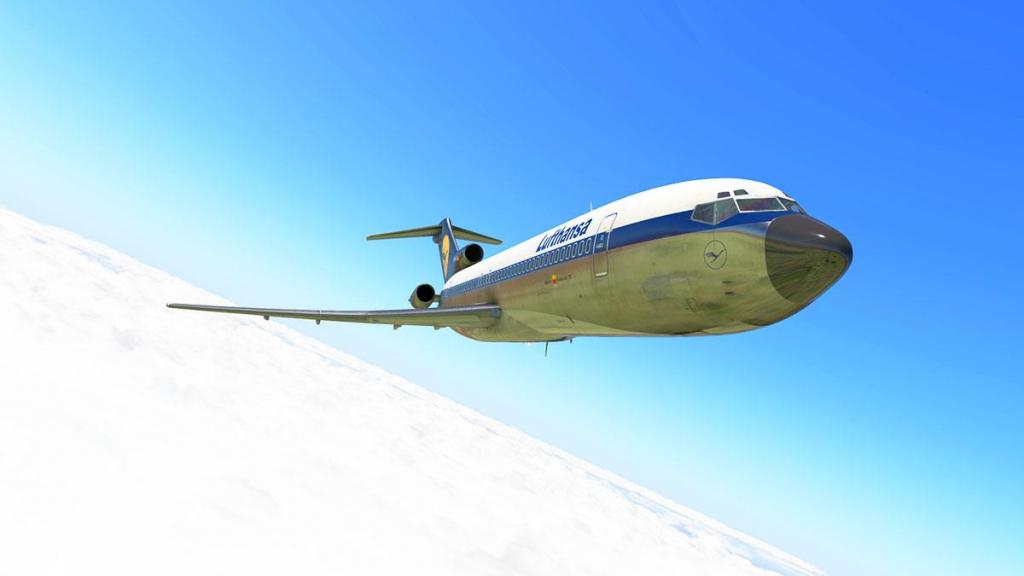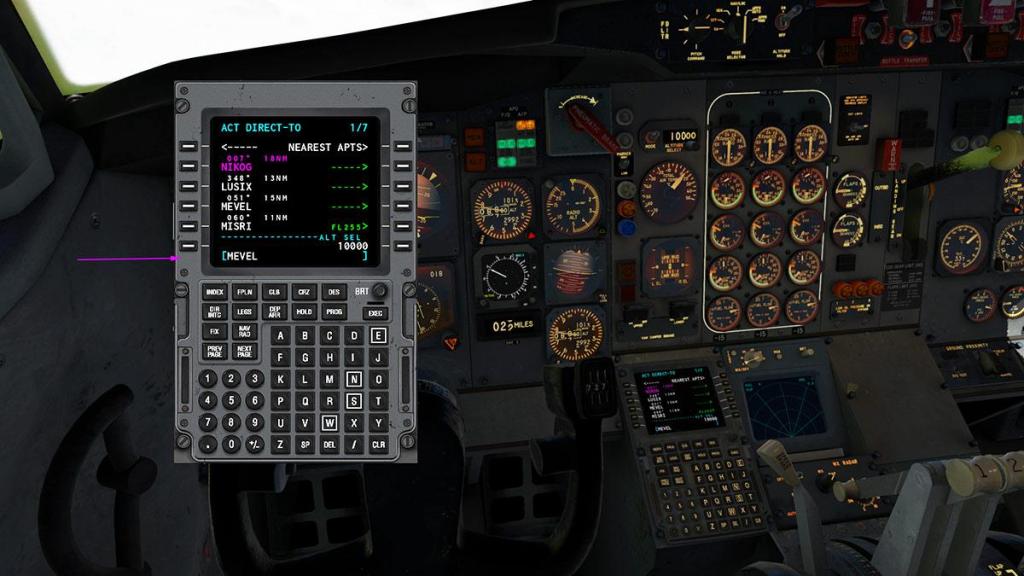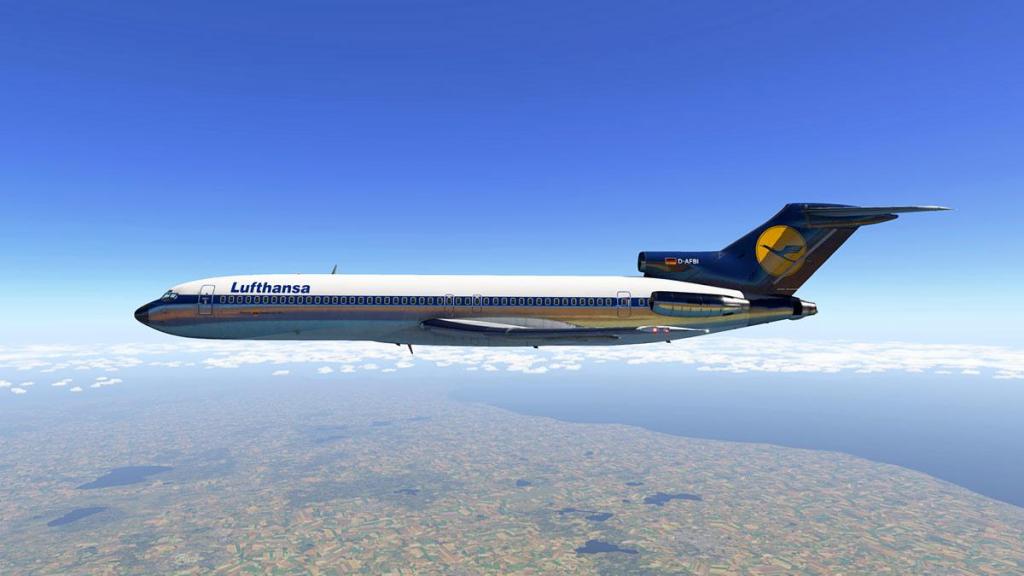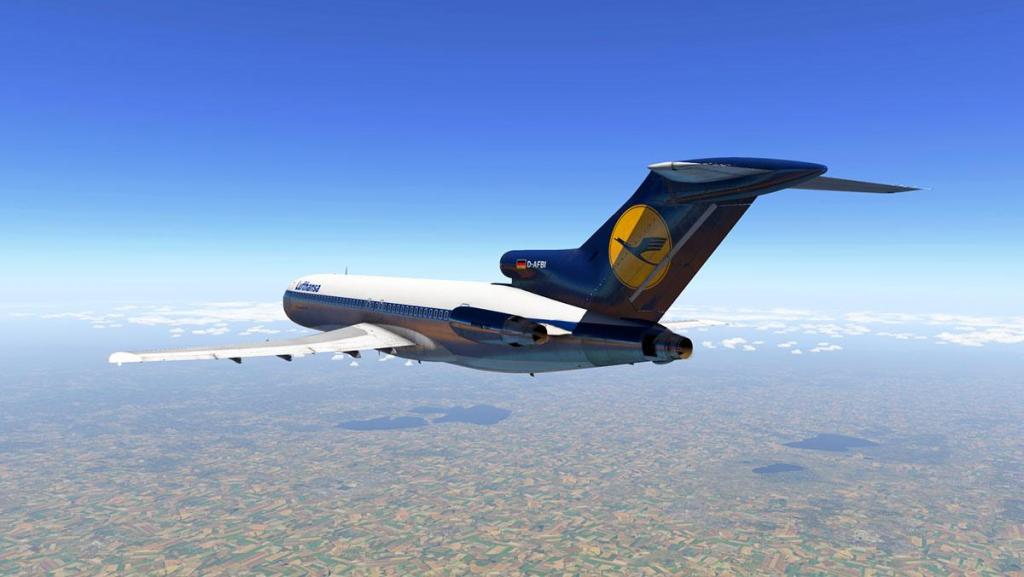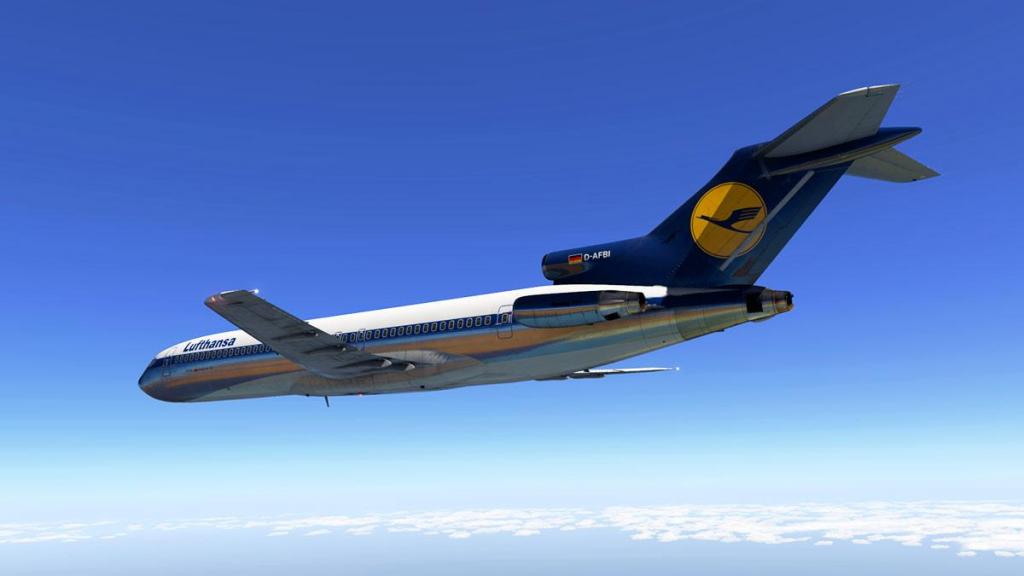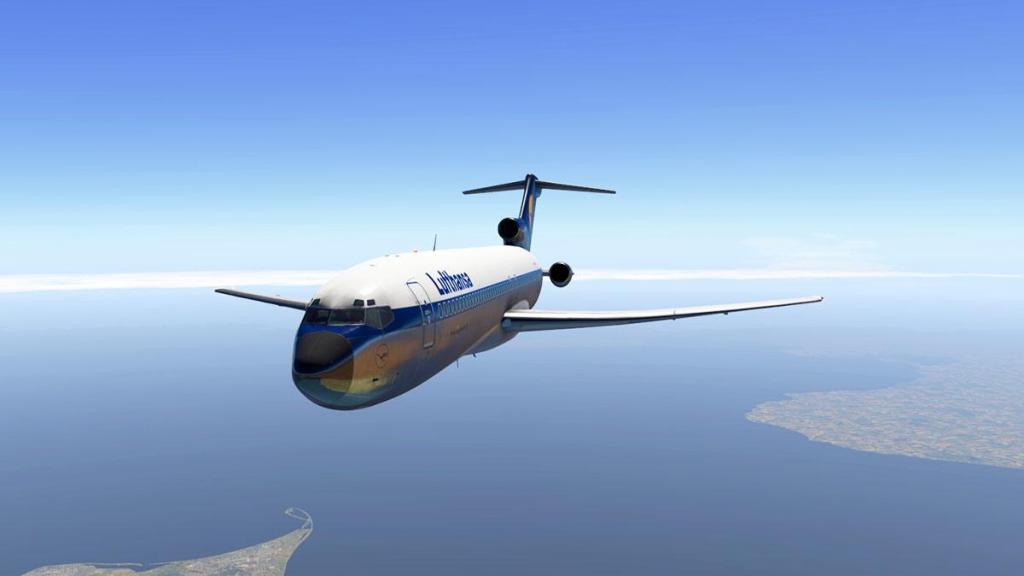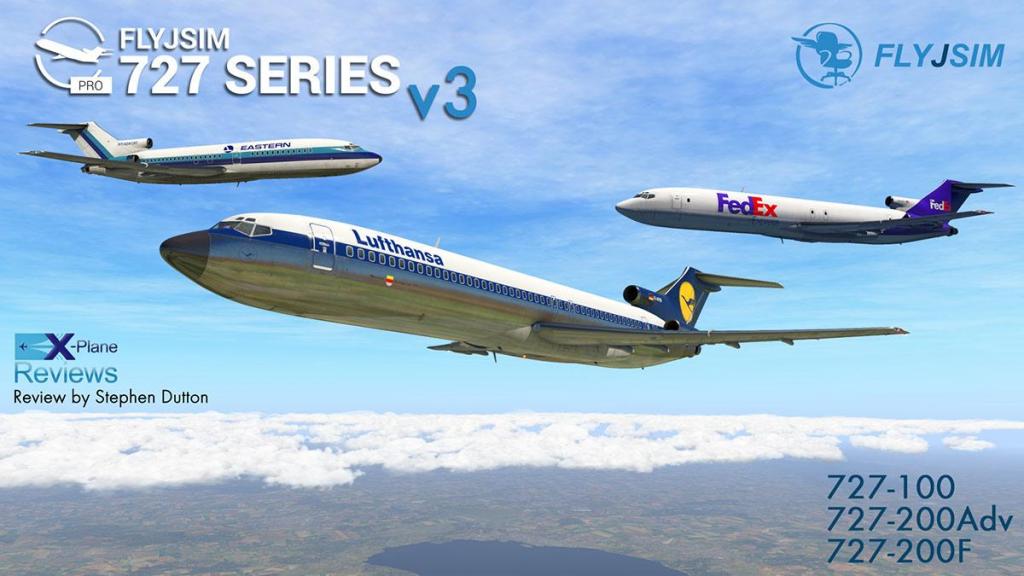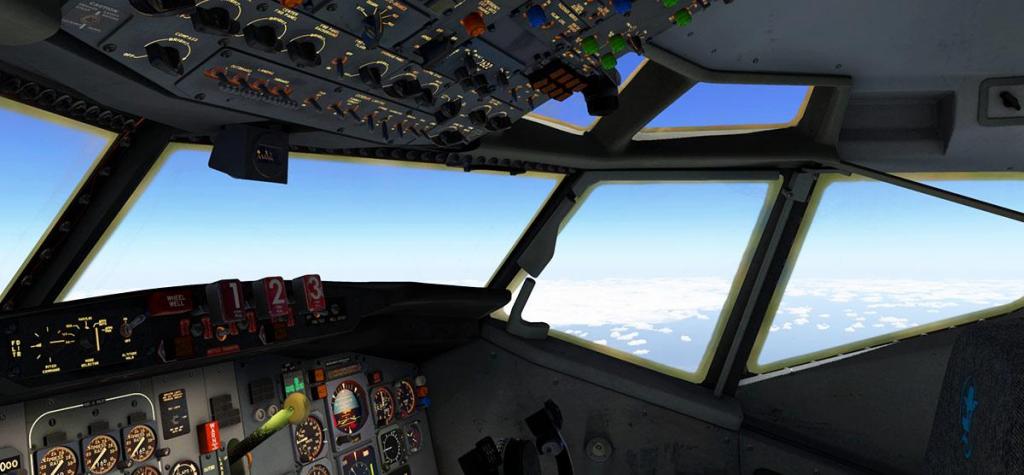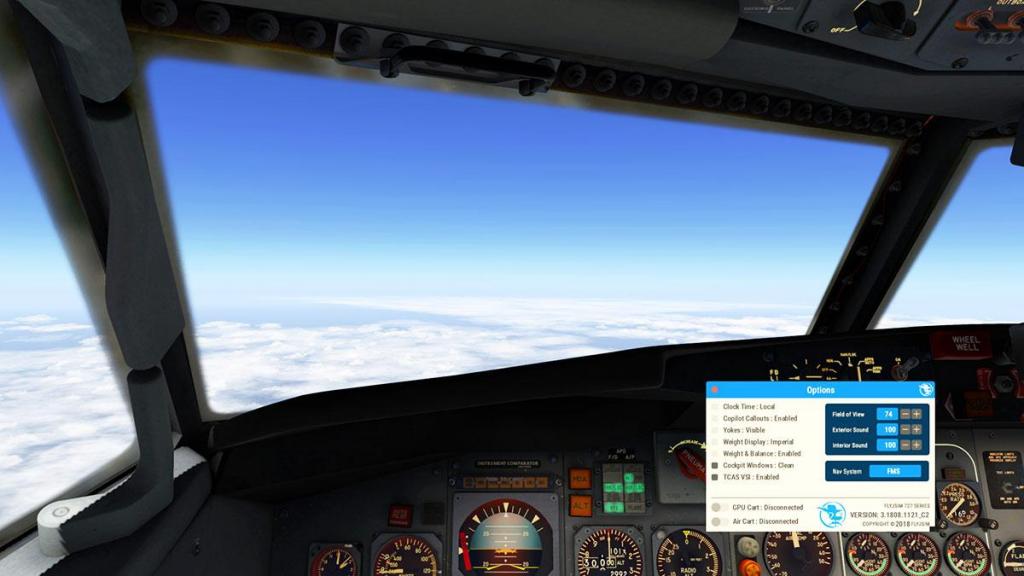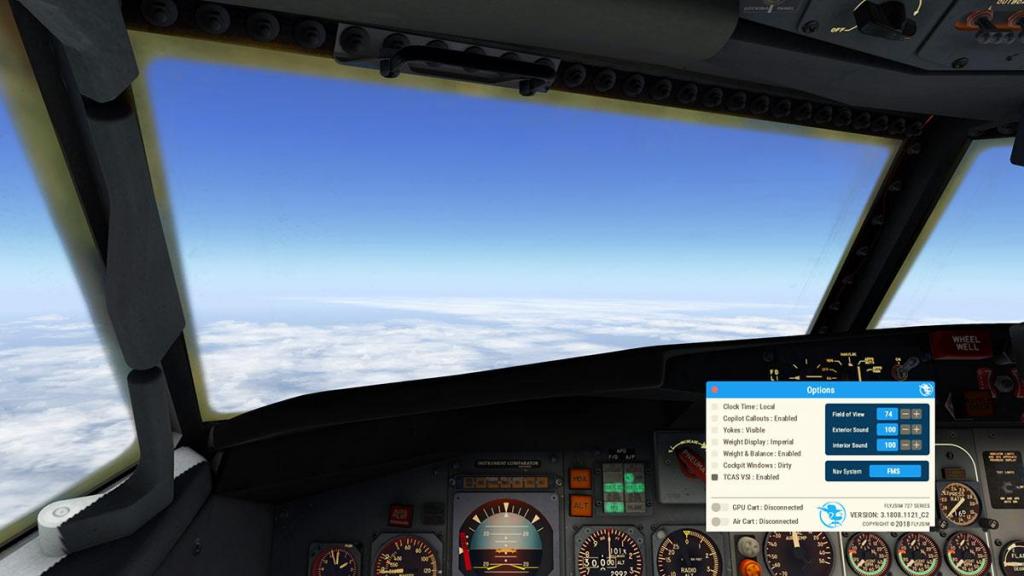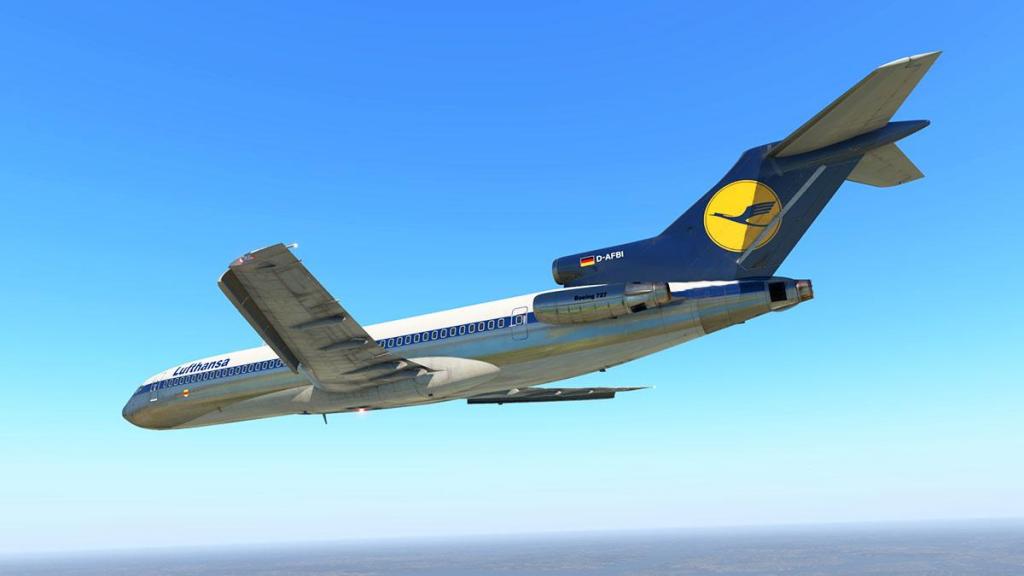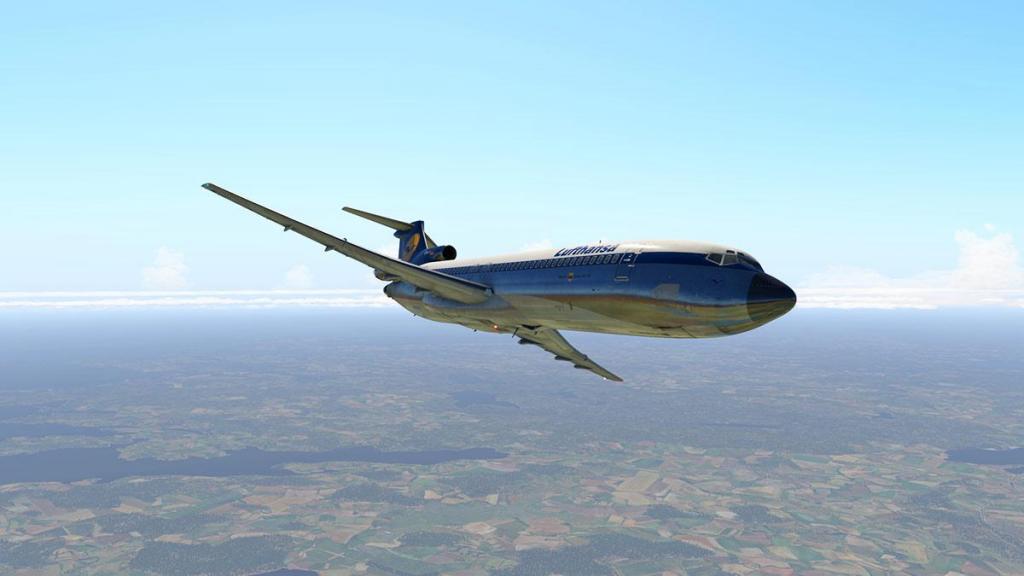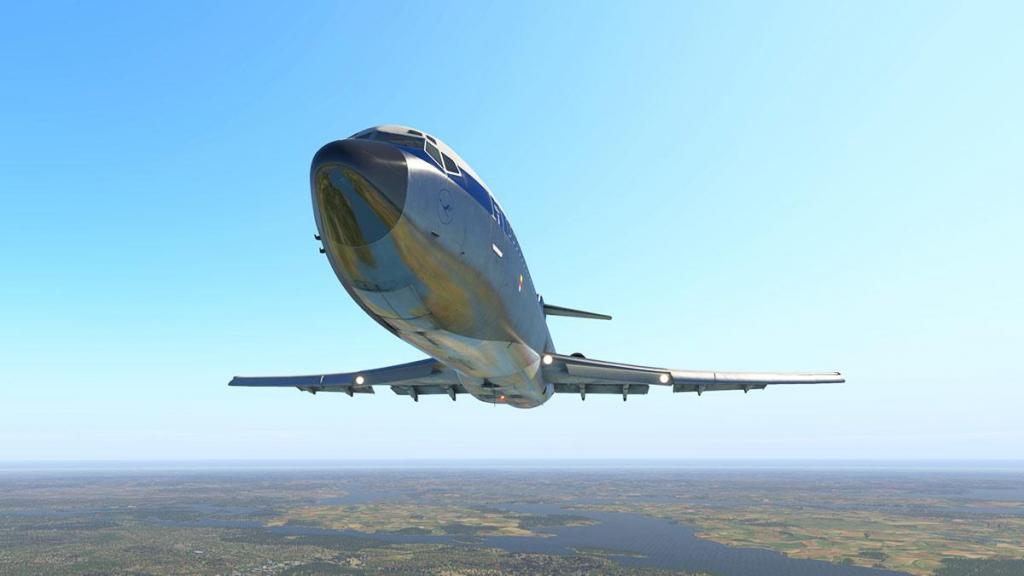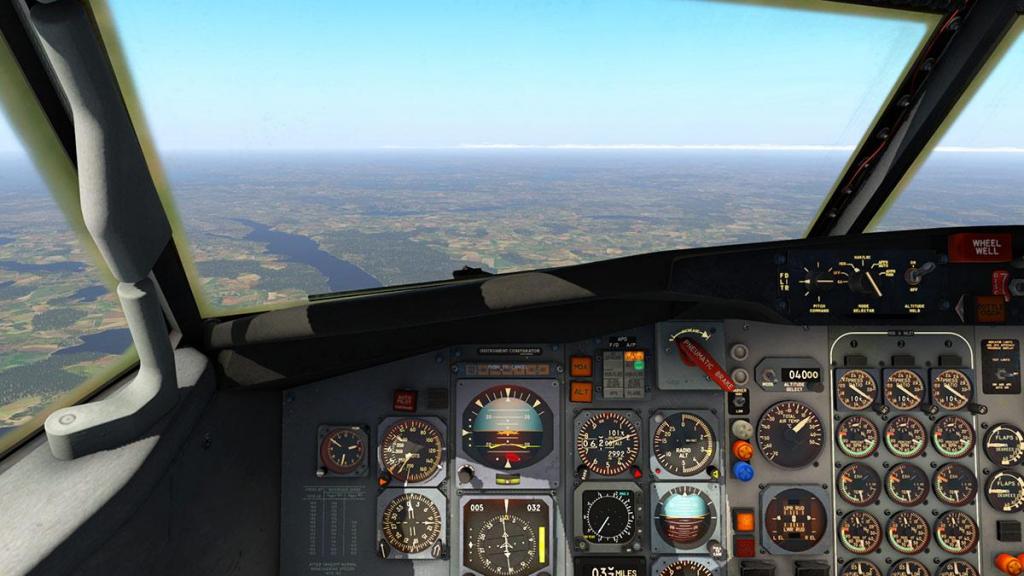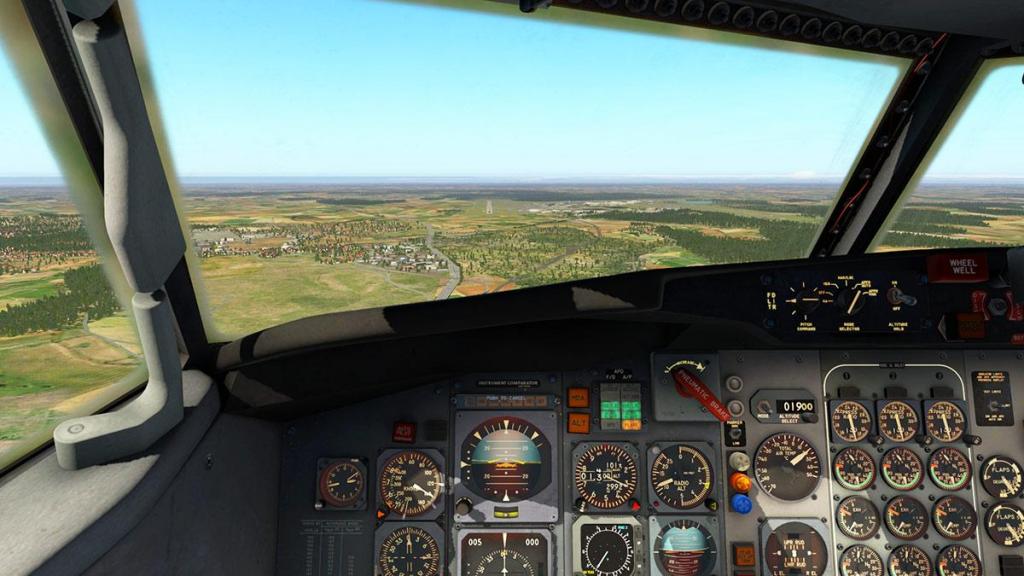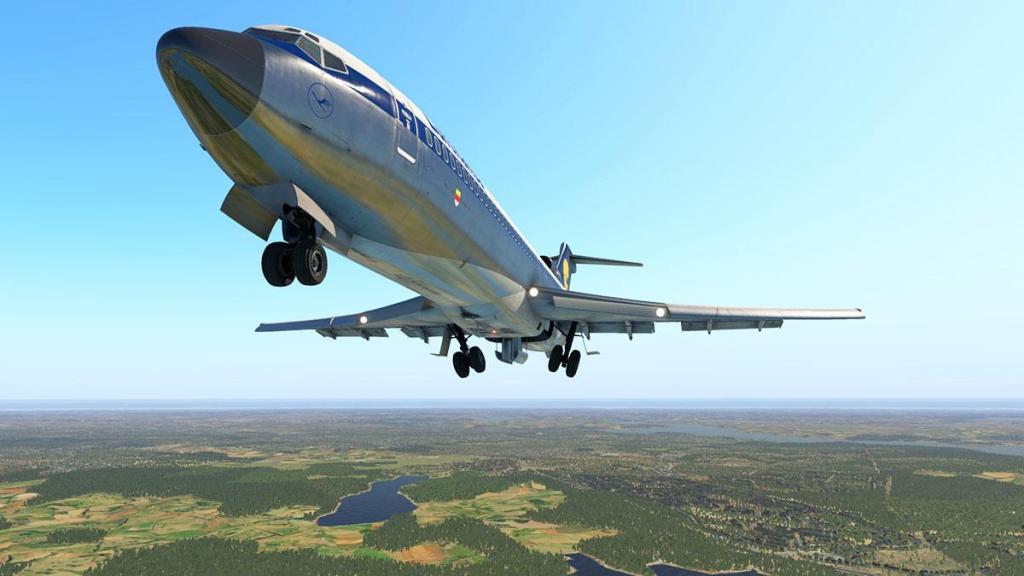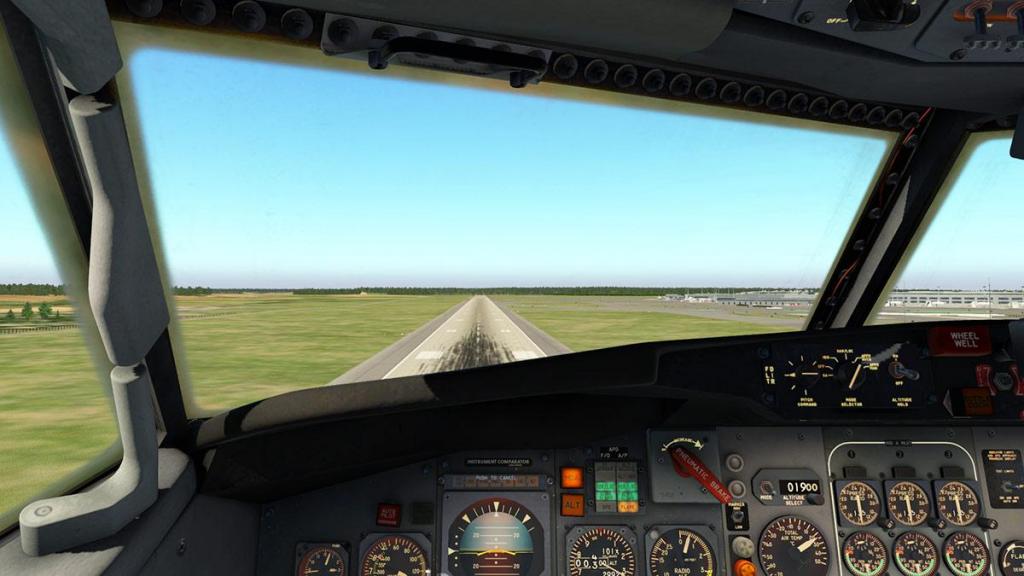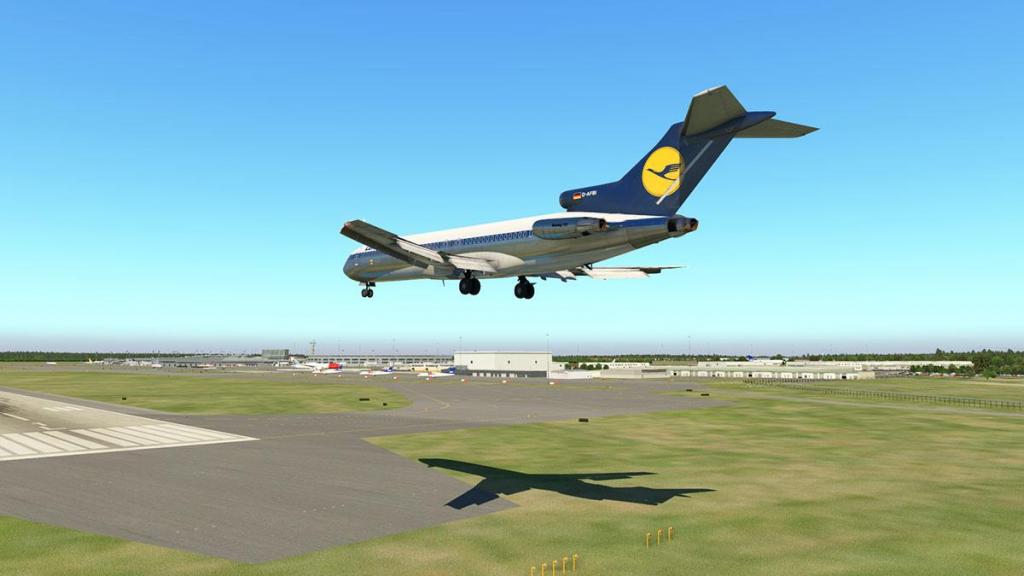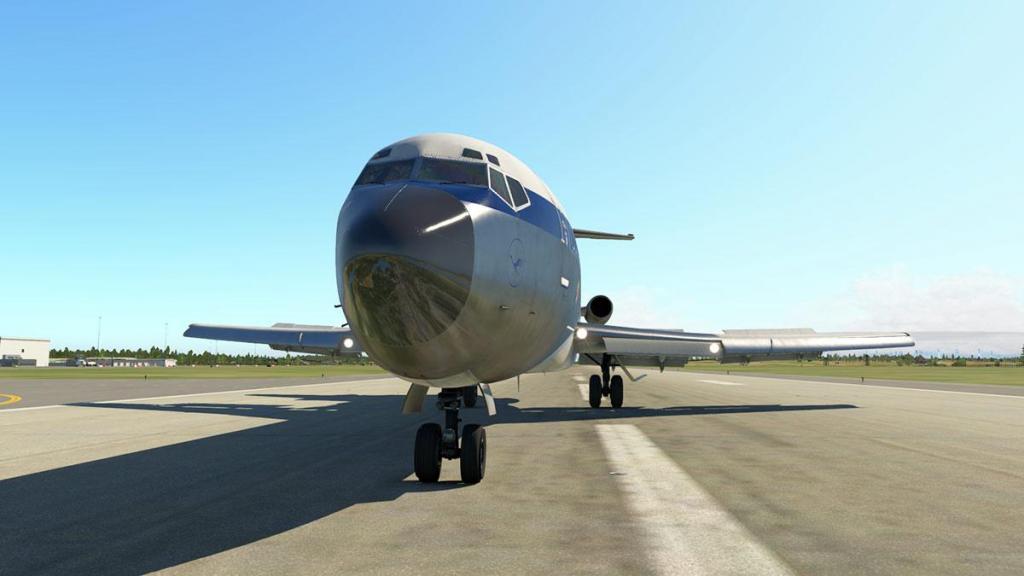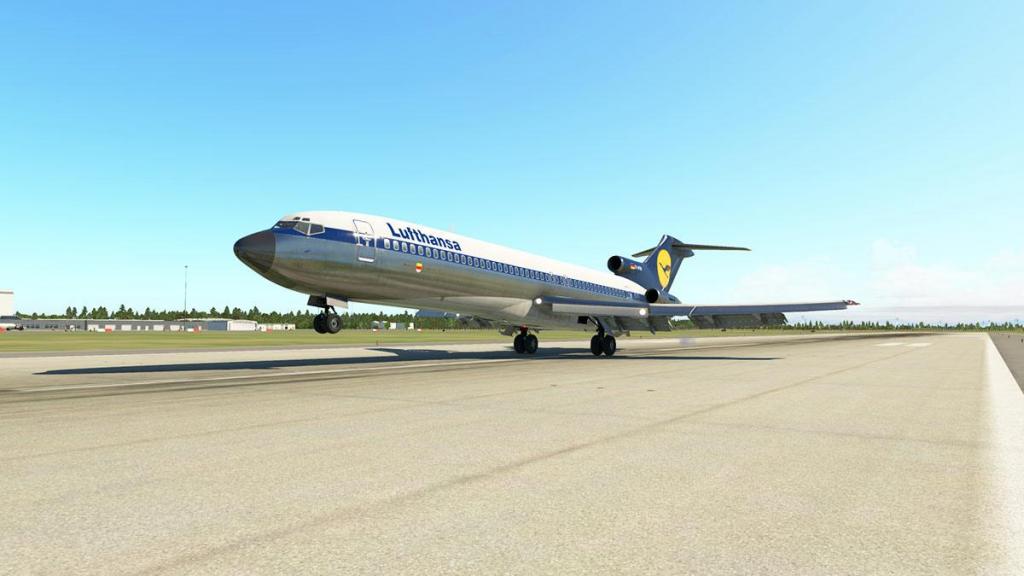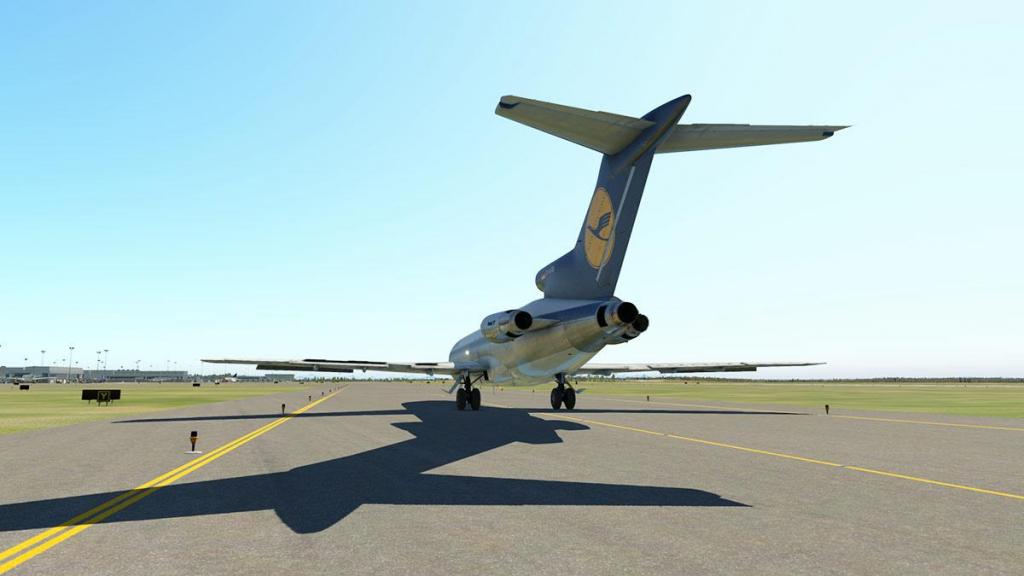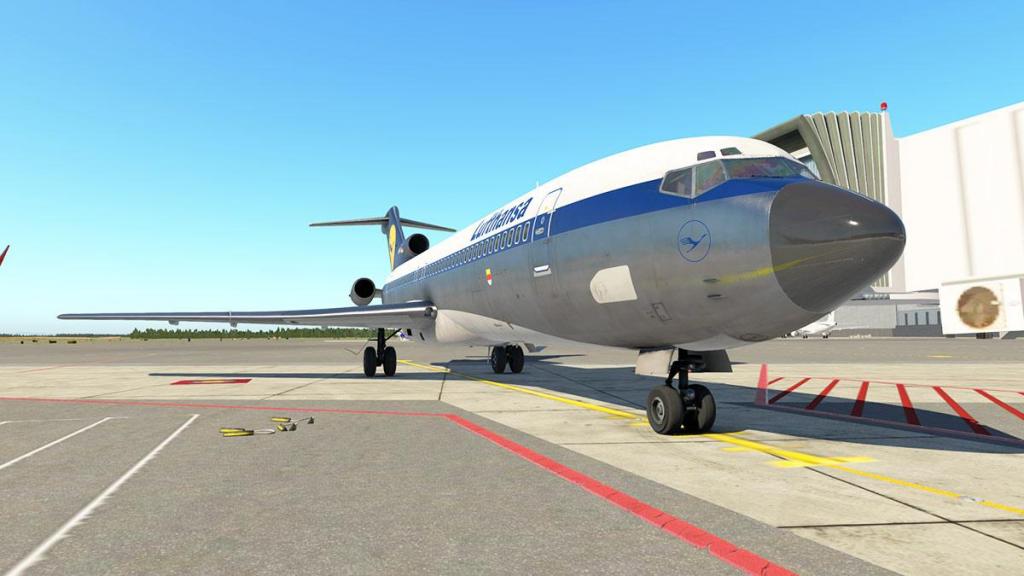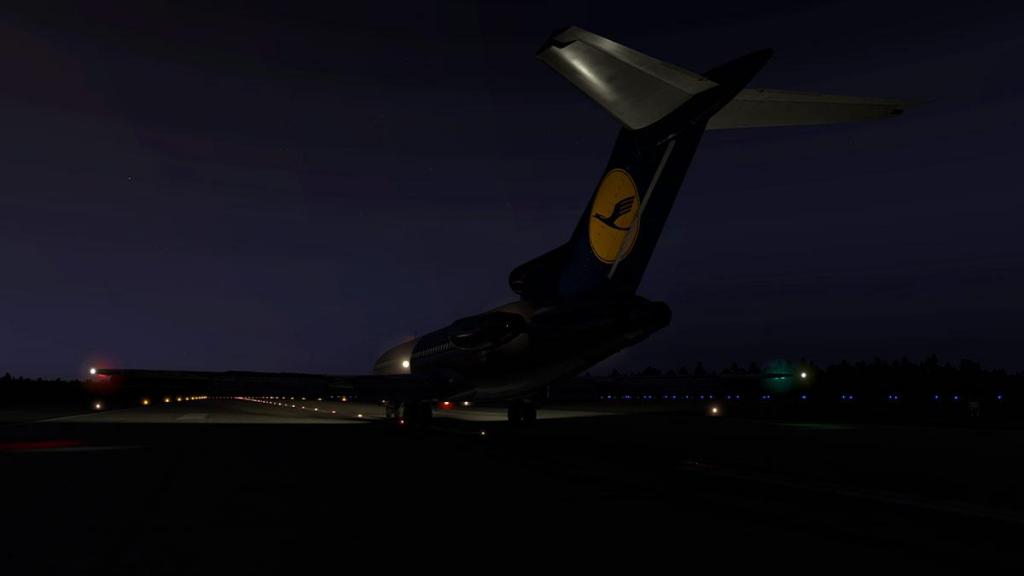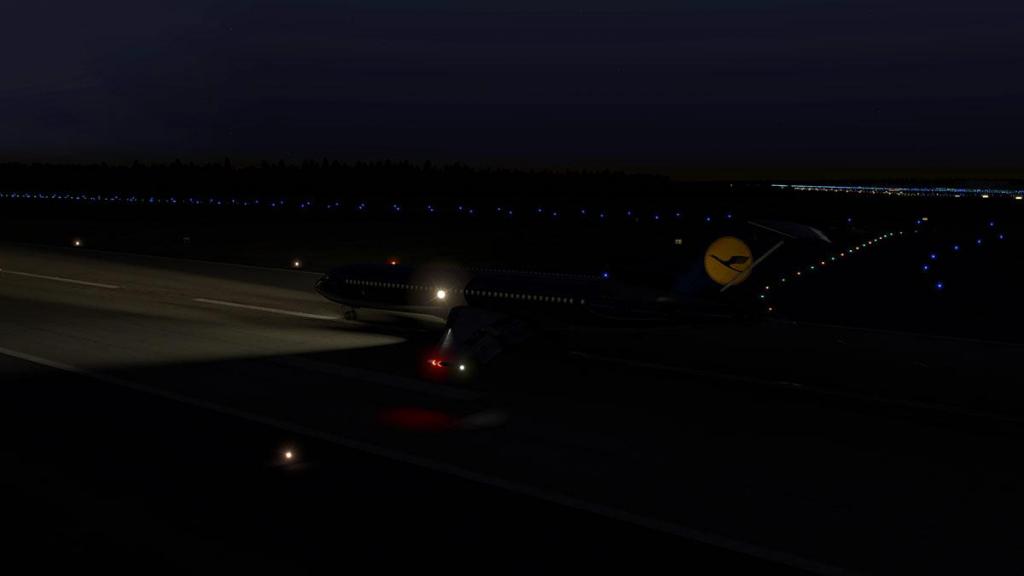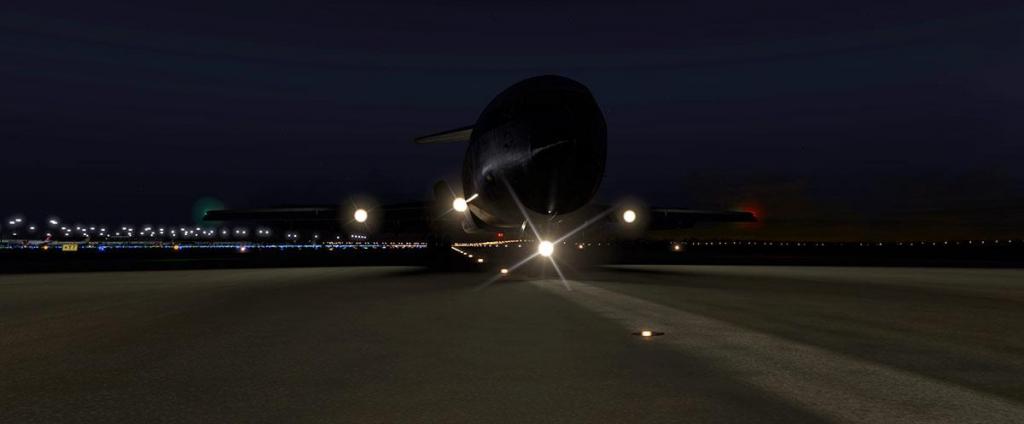-
Posts
2725 -
Joined
-
Last visited
-
Days Won
351
Content Type
Profiles
Forums
Articles
Everything posted by Stephen
-
News! - Released : Guimbal Cabri G2 Heli by vSkyLabs Is there nothing that vSkyLabs can't do? We have had from them... classic aircraft, experimental aircraft, lightweight aircraft and even pre-war aircraft, now here we have a helicopter in the Guimbal Cabri G2. The Guimbal is a two-seat light helicopter produced by Hélicoptères Guimbal, it is powered by a Lycoming O-360-J2A piston engine, 108 kW (145 hp). It was designed by Bruno Guimbal, a former Eurocopter engineer. Remember that all vSkyLabs aircraft are projects and not final release aircraft, you sorta participate in the development more than the final result... in saying that then this Cabri G2 is already very well formed and quite complete. Cockpit is very well appointed and detailed, and surprisingly the Cabri G2 very easy to fly, so it is a great nice little heli to learn on if you want to try to fly helicopters. Rotor head is very well constructed, and animated but only in the collective pitch and not direction. Doors can be opened but not removed. Currently provided are two liveries. The Guimbal is optimized for VR functionality. This means that the cockpit can be operated with maximum comfort and fluency using VR controllers... Features include: Project under constant development: Development plan and evolution are including EVERY aspect of the project (3D modeling and textures, flight dynamics modeling, fmod sounds, interactivity, systems etc...). Highly engineered, robust helicopter simulation which pushes X-Plane's out-of-the-box features and flight dynamics model to its extent. Highly detailed visualization of the Guimbal Cabri G2 helicopter. Designed for Virtual Reality experience, including a FULL-VR mode which enables to operate and fly the Cabri without using physical hardware for the pedals. Engineered as a 'Native X-Plane aircraft': Maximum X-Plane compatibility without the use of 3rd party plugins or external coding dependencies. Day/Night VFR instrumentation. Electronic Pilot Monitor (EPM) - Simplified yet authentic and effective EPM display. Built in compatibility with the AviTab plugin for 3D and VR AviTab visualization and interaction. Optional Experimental/LSA grade autopilot included. Perfect for new helicopter pilots and for helicopter conversion for fixed wings aircraft pilots - due to its docile flying characteristics and simple yet effective design features. Now available from the X-Plane.OrgStore or directly from vSkyLabs ______________________________________________________________________ Yes! the Guimbal Cabri G2 Heli by vSkyLabs is now available from the X-Plane.Org Store here : VSKYLABS Guimbal Cabri G2 Project Price is US$29.00 Requirements: X-Plane 11.25+ Windows, Mac or Linux 2Gb VRAM Minimum - 4Gb+ VRAM Recommended Current version: Version v1.0b5 (Sep 12th 2018) Note: In order to use and enjoy VR environment in X-Plane, user hardware and system specs should meet the required specifications for OS, CPU, GPU, MB and RAM which are specified both in the given VR hardware websites and at X-Plane.com. Designed by VSKYLABS Support forum for the Guimbal Cabri G2 ______________________________________________________________________ News by Stephen Dutton 13th September 2018 Copyright©2018: X-Plane Reviews (Disclaimer. All images and text in this review are the work and property of X-PlaneReviews, no sharing or copy of the content is allowed without consent from the author as per copyright conditions)
-
News! - Scenery Release : LEAL - Alicante Airport and Port by VirtualDesign3D VirtualDesign3D have released their third scenery for X-Plane11 after their twin Santiago packages with SCEL - Arturo Merino Benítez.International Airport and SCTB - Eulogio Sánchez Airport (Tobalaba Airport) including Santiago City. The new scenery is located in Spain and it is LEAL - Alicante Airport, City and Port. Scenery includes the representation of the new modern styled terminal, and full internal detail. Terminal detailing is excellent with service and landside animated vehicles. Scenery features include: Extremely detailed and realistic recreation the real Airport. Full interior modeling of main floor terminal (Very detailed). Ambient occlusion in main textures. (PBR) Specular maps for objects and ground poly. Over 200 buildings, Highly detailed Custom animated jetways.custom texture and numbered. Custom runways and Taxiways(Reflex normal map). Custom taxilines, borderlines and ground markings. HDR lighting with custom night textures Customized forest and vegetation 3D(Grass,Palms,plants). Custom surrounding areas. UHD Spanish compatible. Highly animated figures load baggage and board aircraft... Custom control tower is fully detailed inside and externally and the flags are animated. Alicante coastline and port is also represented... ... and the scenery comes with over 100 custom buildings including: Santa Barbara Castle Commercial Center Panoramis Club Regates Alicante. Casa Carboneli Alicante. Restaurant Darsena. Casino Mediterraneo Hotel Melía Porta Maris. Casa Del Mar La Lonja Del Pescado Restaurant Monastrell Antigua Edificio Sanidad Antigua Estación Estacion Autobuses Alicante airport and City lighting is very good and realistic. Overall a great scenery for this nice part of southern Spain... ______________________________________________________________________ Yes! the LEAL - Alicante Airport and Port by VirtualDesign3D is now available from the X-Plane.Org Store here : Alicante Airport and Port by VirtualDesign3D Price is US$19.99 Requirements X-Plane 11 Windows, Mac or Linux 2Gb VRAM Minimum - 4Gb+ VRAM Recommended Current version: 1.1 (Sep 12th 2018) ______________________________________________________________________ News by Stephen Dutton 13th September 2018 Copyright©2018: X-Plane Reviews (Disclaimer. All images and text in this review are the work and property of X-PlaneReviews, no sharing or copy of the content is allowed without consent from the author as per copyright conditions)
-
News! - Now Released! - Ikarus C42 by vFlyteAir As per their usual coda in creating aircraft that vFlyteAir use, own or fly personally comes the ultraweight Ikarus C42. This aircraft is a light, light weight trainer that is flown personally by Mario Donick. First impressions are that this is an extraordinary sweet aircraft to fly, and if you want to learn the very early basics of flying in X-Plane with a quality aircraft, then it is very hard to go past this C42. For the pro pilot, then they will love it as well if you are really into the "seat of the pant's" feeling the frame sort of flying. The aircraft comes in two versions with the basic (and it is VERY basic) trainer, and the more avionic equipped "Full" version. Full version has addition of a electronic attitude indicator, a transponder, an electronic engine monitoring device, a traffic warning device, and a simple GPS system with flightplan with coloured moving map. There are a lot of exclusive new features, and a highlight is the see-though and highly realistic canvas wings. Detailing is excellent, as is the pop-up instruments. The C42 is highly evolved for VR (Virtual Reality) flight with even a VR menu and clipboard in English and German. Static elements are basic and the doors work manually, but it is highly realistic. The list of features is long and huge, but overall it is in the way this little aircraft flies that really stays in your mind.... brilliant! ______________________________________________________________________ Yes! the Ikarus C42 by vFlyteAir is now available from the X-Plane.Org Store here : Ikarus C42 Price is US$27.95 Features Created from actual hands-on experience flying an Ikarus C42C (D-MYSF) VR compatible – fully optimized for VR use Two different panels included: The Basic Trainer has the essential gauges and instruments for VFR training flights (Altimeter, Airspeed, Vertical Speed (variometer), Slip Indicator, Magnetic Compass, COM radio (no NAV radio), and engine monitor gauges The Full Panel version adds a transponder and a “vfamap L” glass panel instrument loosely modeled from the flymap L® – includes a simple GPS Flight Planner, an Artifical Horizon with waypoint information, and a moving-map display with GPS flight plan overlay (used the X-Plane G1000 moving map). The Full Panel version also has a simulated FLARM traffic alert monitor that will track your AI aircraft Accurate flight characteristics based on input from our own in-house C42C student pilot Mario Semi-transparent fabric-covered wings and empennage FMOD sounds – more than 85 original, actual sound recordings used for FMOD sounds, including engine running (forward, aft, left and right), flaps, switches, doors, ground roll, propeller turn-by-hand, sun visors, engine starter, engine shut-down and many more Fully animated hi-res model with PBR effects inside and out, HDR lighting and very highly detailed modeling creates an immersive, realistic experience Interactive, animated virtual pre-flight inspection takes you on guided walk-around of the Ikarus (VR compatible using teleport hot-spots) using interactive check lists. If you conduct your pre-flight in early morning or late evening, spot lights are automatically provided at each of the six inspection stations. We even simulated the famous Rotax engine “burp”! User-customizable air charts feature allows you create a matrix of nine air charts that can be scrolled up/down and left/right and “stitched together” to form a large, virtual “paper” chart that can be popped up inside the cockpit Pop-out gauges make it easier to see and operate the gauges and instruments (VR friendly) COM radio allows you to save up to (30) radio frequencies in memory and recall them for use anytime you fly. Store your most-used frequencies! Choice of female or male animated copilot Engine choke operation is functional (simulated) Realistic engine effects unique to the Rotax 912, such as slow idle after first starting the engine Realistic BRS parachute, including safety pin that must be removed prior to operating the BRS, and a blow-off parachute hatch with actual BRS rocket sound Choice of metric or imperial units for gauges and instruments (your choice is saved each time you quit X-Plane or unload the airplane) Choice of English or German language for instruments and menus (your choice is saved each time you quit X-Plane or unload the airplane) Kneeboard allows the pilot to choose Options and settings, remove ground elements, select nose gear steering, select a copilot (or none), add or reduce fuel payload, adjust pilot and copilot weights, select your language choice (English or German), and select your units preference (metric or imperial) 14 different liveries provided, including the two actual liveries flown by Mario (D-MYSF and D-MNLN) Over 75 different save-states are recorded each time you quit X-Plane or unload the Ikarus. Save-states are reloaded the next time you fly. Save-states include options choices, settings, switches, doors, vents, etc. Pop-out check list for quick reference Realistic vibrations on control surfaces due to prop wash and engine vibration Realistic vibration effects inside the cockpit due to engine vibration Illustrated User Manual provided German and English-language POH provided (not for real flight!) Custom 3D propeller disc effect Paint kit available – create your own livery Supports the wonderful, free AviTab plugin – available at X-Plane.org (https://forums.x-plane.org/index.php?/forums/topic/145820-avitab-moving-maps-and-pdf-charts-in-vr/) ShadeTree Micro Aviation Autoupdate plugin included – stay up to date with new features and fixes, right to your desktop Requirements: X-Plane 11.20+ Windows, Mac or Linux 2Gb VRAM Minimum - 4Gb+ VRAM Rcommended ______________________________________________________________________ News by Stephen Dutton 11th September 2018 Copyright©2018: X-Plane Reviews (Disclaimer. All images and text in this review are the work and property of X-PlaneReviews, no sharing or copy of the content is allowed without consent from the author as per copyright conditions)
-
Scenery Review : Seattle Airports XP by Drzewiecki Design The Seattle Airports XP Package for X-Plane11 is part of two packs from Drzewiecki Design that cover the full Seattle, Puget Sound area of the American north west. X-PlaneReviews has covered the excellent city of Seattle scenery pack in a review here: Scenery Review : Seattle City XP by Drzewiecki Design The two packages are created to work seamlessly together, and the area covered is quite substantial from North Everett in the north, and right down to Federal Way in the south. As noted in the city scenery review, to cover such a wide area with so many objects is going to require a certain amount of power from your computer, and a few tricks on how to best run the packages are covered in depth in that city scenery review. In context these packages are created to a level of detail and are refined to their best ability to get the very best ratio of quality to quantity and still get the very best efficiency out of the packages, in this area Drzewiecki Design have done an outstanding job... certainly each package can be purchased separately as together they cost a substantial US$67.00 with this Airport pack being the most expensive at US$43.00. Personally were as the Seattle City XP scenery can be purchased and used with freeware airports, I don't think you could purchase the Airport pack without the Seattle City scenery, you would just lose too much of the iconic skyline to make it totally realistic (but there are a few Seattle skylines on the .Org if you want to take that approach). The airports covered in this package include: KSEA Seattle-Tacoma, KPAE Paine Field, KBFI Boeing Field, KRNT Renton and S50 Auburn and one major missing field is of course KTCM - McChord AFB of which was included in the Tom Curtis version of the Seattle area called "Gateway to Boeing Country". A few notes first before we deep dive into the airports. First is that if you do use both packages together then the custom scenery load order on the .INI is very critical in the scenery running correctly, Drzewiecki Design do or can set this load order correctly via the installer, but I prefer still to set my own .INI order as not to mess up a.. my already correct set ups and other scenery load orders, and b.. I'm a control freak! Second note is you have the options for both static aircraft visible or not and the quality of your texture mesh (personally the the difference between 2K mesh and 4K mesh in most cases is minimal), but it may make a difference in some cases. But with the static aircraft option is that it is all or nothing... this means that at every airport in this scenery you can have those lovely static aircraft or not. In most cases this is not an issue if you use WT3 or X-Life as static aircraft is switched off, but in this package it can make a huge difference? K-Man has created a set of perfection in WT3 ground routes and layouts for KSEA, so you will want to use these right? absolutely... but killing the static aircraft at KSEA to run WT3 also kills all those perfectly created static aircraft in various states of last stages of fitting out at the Boeing factories at Boeing Field, Everett (Paine) and Renton? The solution is to keep the static aircraft option on, but to use the overlay editor to clear away the static aircraft at KSEA. I really doubt you would need WT3 at the other airports and I found this option the best compromise in having KSEA active with traffic, but keeping the excellent visual aspects at the Boeing factory airports. This review is created in that setup of WT3 at KSEA and the rest of the airports with the custom static aircraft still in place. KSEA - Seattle–Tacoma International Airport or Sea-Tac (KSEA/SEA) Sea-Tac has had a long association with my flying and reviews in X-PlaneReviews, but not lately. Sea-Tac is also Laminar Research's own default airport for X-Plane and has been since X-Plane10, and the area is an excellent place to show off the simulator. Basically you have everything here from gorgeous backdrop volcanic mountains, great local VFR flying destinations with Canada and Vancouver on your doorstep. Most of my early flying was usually up (and down) the Puget Sound to Victoria or CYYJ airport and the learning curve of VOR navigation... it is simply a sensational area to fly around... but. I fell out of love with Sea-Tac for one reason, the runways. Every scenery from the provided X-Plane "Demo" to the payware versions of KSEA all have one major issue, as the runways at KSEA are all a roller-coaster of hills with the "Runways follow Terrain Contours" switched on, switch off the follow contours tickbox and then KSEA becomes then a plateau of "Lost World" proportions, with autogen housing clinging to the sides at very odd angles? so setting either choice does not work. Seattle–Tacoma International Airport Sea–Tac Airport IATA: SEA - ICAO: KSEA - FAA LID: SEA - WMO: 72793 6L/34R 11,900 (3,627m) Concrete 16C/34C 9,426 (2,873m) Concrete 16R/34L 8,500 (2,591m) Concrete ELEV 433 ft / 132 m AMSL Your first impressions of Drzewiecki Design's version of Sea-Tac is that it is superb, obviously the very best yet and believe me there has been a lot of different versions of KSEA in X-Plane. Currently Sea-Tac is under an expansion development, but the scenery here is noted with the newer expansion construction work as completed - with the new International Arrivals Facility, both Satellite Terminals modernised and with the additional structures added to the A terminal and with the amazing new Skybridge. But all that and even everything else is of now of no consequence if the basics don't actually work? but thankfully they do and are done here to best solution as well. So the first really big feature and to me this is the most important one, is that the KSEA runways have been built on a false base and are not allowed to follow the mesh contours, add in some really lovely and totally correct landscaping and walls, then you have perfection... .... and note the excellent approach RAIL lighting gantries on all the northern approaches, ditto the smooth and thankfully flat runways, this is finally a Sea-Tac we all deserve. Terminal Detail We have noted that these packages are created for their best efficiency, but that has not come with any real loss of quality and the trimming of detail. All the terminals and island terminals have been recreated in detail and with the correct reflective glass... ... as all of the internal terminal areas are fitted out and that can be seen from the ramps. Ramp detailing and clutter is also first rate with not only the service and ramp equipment, but 3d people as well external and internal. The airport's airbridges are all active but only a certain number have the guidance system, loads of animated vehicles move around the airport, but there is no an overwhelming amount of vehicle movement, however this is to the better and not to the detriment of the action with using the scenery. Maintenance and Cargo You could call that Sea-Tac is the supply depot for the north or further to Alaska. So all the cargo facilities here at KSEA are large and varied. These important areas are really well covered with this scenery... ... cargo zones (and there is a lot of zones to choose from) are all expertly recreated and with just the right amount of cargo clutter to make freight moving at KSEA a joy, there is also some great branding (mostly Alaska Airlines) and realistic ramp textures. South Sea-Tac are the prominent maintenance hangars for Alaska Airlines and Delta. Hangar detail is not just external which is very good anyway, but internal as well with aircraft under maintenance set out inside. Landside Detail, detail landside is not high high if you get what I mean, but the the amount of buildings and airport support infrastructure including the required hotels and carparks is immense. And in many ways the layout reminds me of Aerosoft's Frankfurt. Detail is not restricted to just the terminal side of the airport, but right around the the whole perimeter. Warehouses and a small GA ramp are notable to the southwest... ... working (or animated) radar tower is to the west and the concrete detail of the elevation of the field are all standouts. Control Tower The distinctive control tower is really well created and looks highly realistic. The tower has excellent internal detail as well, but with no set tower view? KBFI - Boeing Field or King County International Airport. (KBFI/BFI) Except for the World War II period, when it was taken over by the U.S. government, Boeing Field was Seattle's main passenger airport from its construction in 1928 until Seattle-Tacoma International Airport began operations in the late 1940s. The Boeing Company continues to use the field for testing and delivery of its airplanes, and it is still a major regional cargo hub. King County International Airport Boeing Field IATA: BFI - ICAO: KBFI - FAA LID: BFI 13R/31L 10,000 (3,048m) Asphalt 13L/31R 3,710 (1,131m) Asphalt ELEV 21ft /6 m AMSL KBFI is a large and complex scenery in that it has so many different elements. It a Boeing Company airport but also a working one for light GA and private jet aircraft and smaller regional services (Including helicopters). The northwest area is dominated by the Boeing Company as it is a last fit-out area for overflow aircraft from the Paine and Renton plants... The main Boeing hangar is well reproduced as is the fit-out ramps which are highly detailed, and note the excellent static aircraft that were left in the scenery and not removed. The southern part of the Boeing zone is related to Boeing's military business, and here it is a separate area for those top secret military aircraft fit-outs (above right). Seattle Museum of Flight Nestled between the factories is the famous Seattle Museum of Flight and right beside the museum is the "Red Barn" that is also known as Building No. 105. Built in 1909, the building was used during the early 1900s as Boeing's original aircraft manufacturing plant. A lot of attention has been given into recreating the museum, not only in with the high detailed museum buildings, but the with all the correct aircraft on show as well. The eastern side of the runways is the private and business areas of Boeing Field. There is the historic terminal building on the east side with the original terminal that is still operating, but now as a cafe. And there is a huge amount of ramp area parking not only in front of the old terminal, but also for the use of a designated private jet service terminal next door as well. There is a huge amount of choice for parking GA aircraft and medium sized jets on the eastern side, so you can just make your extensive choice from the long list of branded operators located here, and so it is as well for helicopter services with HeliJet dominating with services to Victoria and Vancouver. Note the 3d grass which is excellent and covers all the airports in the package, clutter is again excellent and there are also a few animated vehicles moving around the scenery. Control Tower is mid-field west... ... the tower is well done and authentic with built in Fire Station... Tower View is actually correct! KRNT - Renton or Renton Municipal Airport (KRNT/RNT) Renton is really two airports set around one single runway. On the west side is the Renton Municipal Airport, which is really a General Aviation/Seaplane base, and on the east side is the Boeing Renton Factory that churns out the hundreds and thousands of B737 series aircraft. The factory has had an illustrious career in producing Boeing aircraft from the start of WW2 to today. Famous aircraft built here includes the Boeing B-29 Superfortress (built 1,119), Boeing C-97 Stratofreighter (built 943), Boeing 707/KC-135, Boeing 727, Boeing 757 (built 1,050) and the B737 series that is currently in production today. Renton Municipal Airport IATA: RNT - ICAO: KRNT - FAA LID: RNT 16/34 5,382 (1,640m) Asphalt/Concrete EVEL 32ft / 10m AMSL Renton is an extremely hard place to reproduce and to make it look authentic. It is situated in a valley and the autogen does not take to kindly to the mesh and so and intergration to make it look even believable is a task by itself, but Drzewiecki Design pulled it off by using custom placed objects to cover over the weak areas, so it works and it works very well. The highlight at Renton are the huge aircraft factory buildings... ... not only is the external buildings done to be realistic, but the internal production line is also created, it is all very basic texture wise but I do like the different variants of the B737 series in production, and not just the same single-800 variant. East Renton The eastern side of the runway is in two sections, one section to the north are several fit-out areas and in the south is a GA and business receiving area. The engine test building is the standout building and is well detailed at the rear.... the Ace Aviation hangar and Aero-Dyne Aviation are both well represented, and this is a very nice GA and usable arrival area. The overall idea seems to be "if you have a space then put a B737 on it!" but there are still lots of parking bays left over for your own aircraft, note again the required static aircraft setting as it makes a big if not huge difference with the correct static aircraft in various states of completion. Work ramp detail is again exceptional, highly detailed and "Boeing" branded. The highly visual sports fields including the Renton Memorial Stadium and Liberty Park are also well represented for detail. RWY 34 approach has numerous buildings for eye detail including a Walmart, McLendon Hardware and Fred Meyer store and more sports fields. West Renton The western boundary is "Renton Municipal Airport" but Boeing seems to have helped itself to most of the significant parking areas, so the area is a mixture of GA facilities and more Boeing fit-out parking bays. Renton Municipal Airport itself is sort of boxed into the centre, but there is still a lot of parking spaces if you land here in a GA. Animated vehicles are represented around Renton, but not too many. North is the seaplane base or the official name as the "Will Rogers - Wiley Post Memorial Seaplane Base", as it was here Wiley Post left for his fatal last flight. The water ramp and jetty is not as good as the Tom Curtis version, but it is still usable. Apartment blocks and light industry buildings are all custom made to fill out the open areas and this is a significant point of making the overall scenery very effective, the detail and even the style is very, very basic, but it still does a very good job alongside the autogen in creating a very realistic Renton. KPAE - Paine Field or Snohomish County Airport KPAE/PAE Paine Field was originally constructed in 1936 as a Works Progress Administration project. At the time of development, it was envisioned that the Airport would create jobs and economic growth in the region by becoming one of the ten new "super airports" around the country. Paine Field was taken over by the U.S. Army prior to entry into World War II as a patrol and training base. In 1947 it was transferred to the U.S. Air Force which continued that operational plan until the early 1960s. On July 25, 1966, Boeing announced that it would build the Boeing 747, a jet airliner capable of carrying nearly twice as many passengers as previous models. To build the giant jet, Boeing had to construct a facility large enough to handle the world's largest commercial jetliner. Land just north of Paine Field was chosen to construct the new facilities, including some development on the airport itself. Both the local government and the FAA concurred with the development. Work on the massive building began in August 1966 and the first employees arrived in early 1967. The 747 made its first flight at Paine Field on February 9, 1969. There has been numerous ideas to restart scheduled air passenger services or air cargo service from the airport, mostly by Allegiant Air and Horizon Air, but to date it is still Boeing that totally dominates the Snohomish County Airport. KPAE does however have four flight schools — Chinook Flight Simulations, Regal Air, Northway Aviation and Everett Helicopters — making it a popular destination for flight training. There are also a number of flying clubs on the field. Today Paine Field is the primary assembly location for Boeing's wide-body 747, 777 and the 787 Dreamliner aircraft. Paine Field Snohomish County Airport IATA: PAE - ICAO: KPAE - FAA LID: PAE 16R/34L 9,010 (2,746m) Asphalt/Grooved 11/29 4,504 (1,373m) Asphalt (not active) 16L/34R 3,000 (914m) Asphalt ELEV 606 ft/184.7 m AMSL You can never get your head around the scale of the Boeing aircraft factories at Everett, they are one of the huge step forward 1960's projects that stunned your mind, the other was the VAB building and Saturn 5's rockets that took men to the Moon. The Boeing Everett factory is still the largest building in the world by volume at 13,385,378 m3 (472,370,319 cu ft) and covers 399,480 m2 (98.7 acres; 39.948 hectares; 0.399 square kilometres)... big enough to build a 747 in! It is to great credit to Drzewiecki Design in that they have created all the assembly lines for the versions B748, B777 and B787, there is great detailing in not just shoving aircraft in the buildings, but to also have them in their various states of assembly... radar domes up, missing engines, or cowlings open, gantrys and all the clutter required to build aircraft. The huge triple engine test buildings are also really well represented... .... and the numerous bays are stacked out and full of out-fitting aircraft, did I mention about the required static aircraft... yes I think I did. There is the Boeing delivery centre with working airbridges and docking guidance, just the perfect place to take delivery of your new Boeing X-Plane aircraft. There is the new "Dreamlifter" operations centre over on the western boundary... and it is highly detailed with a Dreamlifter and cargo. Snohomish County Airport Internally within Paine Field is a commercial airport called Snohomish County Airport. Over the years commercial passenger traffic has declined almost to nothing, so Snohomish County Council has created with a private company a new passenger terminal that was commenced on June 5, 2017. The 30,000 square foot building will have two gates and will be capable of handling about 16 flights per day. That terminal is represented here as complete and is due to open now or Sept 2018. Opposition to the new facility was fierce by local communities, but note the overwhelming heavy commercial operations by Boeing... I doubt a few Dash8's or B738's are going to make that much extra noise or traffic in or out of KPAE? Terminal detailing is excellent, with a full interior and reflective glass... Alaska Airlines, United and Southwest all have plans for services. Attached to the new terminal is a new control tower, again it is well created with internal control room, but no tower view? And note the lovely pre-war hangar on the new terminal ramp, it is a nice reminder of early Paine Field. Southeast is still the older remnants of Paine Field including the very small GA runway 16L/34R... and RWY 11/29 which is now only for aircraft parking. To the south there are more Boeing facilities, but also a few museums with the "Flying Heritage Collection" and the "Historic Flight" Museum. There is a huge amount of custom buildings to the south and to the west of Paine Field to give you a great approach and visual stimulation, like at Renton the buildings are still quite basic and light on detail, but they serve a purpose, however a lot of the buildings to west tend to float? S50 Aurburn Auburn Municipal Airport is known as "Dick Scobee Field", after Francis "Dick" Scobee, an Auburn and Washington native who was the commander astronaut for the Space Shuttle Challenger. Scobee was killed in the 1986 Challenger disaster. The small airfield is also part of the "Emerald Downs Horse Racing" complex. Auburn Municipal Airport Dick Scobee Field IATA: none - ICAO: none - FAA LID: S50 Overall there is not much here at Auburn Municipal Airport except for GA hangars and loads of excellent stand parking... .... but that is not to say it is not the best place to use to base your GA to fly and around the Seattle area, in fact it is the perfect location, and so expect this field to show up a lot in a few GA reviews in the future. All of the airports in this package have excellent runway textures and excellent realistic reflective surfaces. All runway and taxiway signage is top notch and correct for navigation via charts... oh and a lot of 3d Grass is thrown in on top of the deal. Seattle Airports Night Lighting The lighting throughout this extensive scenery is excellent and quite varied. KSEA - Sea-Tac Sea-Tac scenery is very good, but the most basic scenery with only a few tones, overall it looks and is very good to fly into and use on the ground... ... but on closer inspection sees okay look and feel with the see-through glass to just plain greys for some other terminals and outer buildings, internal areas inside maintenance hangars are excellent and highly realistic. Branding and hotel lighting is fine and well done. Ramps including the cargo stands are well lit and the highlight is the nice upward spot lighting on the control tower. King County Boeing Field is not a 24hr airport in operations, so the lighting reflects that aspect, it is well lit, but in areas the lighting is only sporadic... The fit-out flightline is the brightest area as are the other Boeing work zones, the control tower is well done and looks authentic on arrival. Highlight is the lovely private jet terminal that looks welcoming at night on arrival.. note the nice ramp reflections and textures Renton Overall the best lighting in the package goes to Renton... ... different lighting tones separate the manufacturing/carparking areas from the airfield, and it looks spectacular around the main assembly buildings. There are different tones also to note the football (soccer) field and the many other sports facilities, the Ace Aviation building is the highlight. Again the Boeing fit-out stands are very well lit as are all the surrounding apartment buildings. The approach into Renton at night from the south is excellent and certainly well worth doing. Everett Paine Field is a lot like Renton in lighting but more spread out in area. Different areas have different tones but not to the full extent of Renton... ... fit-out areas are again very bright, and the internal work areas of the factories are well lit for 24hr aircraft production. Highlight is the amazingly lit delivery centre! (below) Snohomish County Airport is lit well one side with the carpark... but dark on the airside? The control tower looks however lovely in great lower area/ground lighting. Southern areas are sporadic but well done and overall KPAE is a well lit scenery. Auburn Municipal Most lighting at S50 is indirect, but it looks nice at night from above, but it feels a little odd on the ground as the lighting can be bright in one direction and very dark in the other, but overall S50 is a daytime operation airfield... disappointing is the racetrack and the Emerald Downs Horse Racing complex is in the dark... ... note however the amazing surface textures with the indirect lighting. Summary Where do you start with a scenery this expansive and so highly detailed. Price of course and value. Yes it is US$43.00 for just this Airport package and another US$24.00 if you then add on the Seattle City package. Breaking that down and just take KSEA Sea-Tac as a scenery alone, and what would you expect to pay for that US$25 or US$28.50... it is certainly worth that in benefit, so in context then the full five airports are all good value. Object count and clutter numbers here are in the outrageous category, you are bewildered just on how much detail there actually is in here and the coverage is uniform across all the airports, ditto the amount of custom objects surrounding the actual airport boundaries as well to make up a significant visual viewpoint of almost visual perfection (in context) of what you have in the Seattle area... and this all comes with an amazing efficiency and not creating overbearing pressure on your computer's hardware, and even in the context of a lower texture quality setting, you still get a sensational high quality visual package... in other words it all more than usable and even if you only have a 4K graphic card. Negatives are few, with only a few floating buildings and some night textures that are a bit bland, and many custom objects are created for a high efficiency more than detail are noticeable, but the objects are not positioned of where it counts. Many tower views are not set correctly? Scenery like the Seattle City/Airport packages are not your usual purchase... they are a major future investment for your simulator. Yes all up the packages are expensive, but the return of what you actually get and also to get to future proof your Seattle area for years to come and with all the significant flying you can do here in Seattle... and that then all adds up to a worthwhile investment of including and using extremely good high quality scenery in X-Plane. The jury will always be out on what is the very best scenery currently in X-Plane, in absolute detail then no, but in expansive and with the absolute sheer volume of coverage and detail you get here, then certainly this Seattle Airports XP package is right at the top of the list. ____________________________________________________________________ Yes!... Seattle Airports XP by Drzewiecki Design is Available from the X-Plane.Org Store here : Seattle Airports XP Price is US$43.00 Scenery Features 5 high quality airports included: KSEA Seattle-Tacoma, KPAE Paine Field, KBFI Boeing Field, KRNT Renton and S50 Auburn in the most up-to-date versions possible, including the new International Arrivals Facility and Satellite terminals at KSEA and the new passenger terminal at KPAE. Extensive though performance-friendly internal modeling including Boeing Everett Factory (the whole assembly building with 747, 777 and 787 assembly lines), both delivery centers of Boeing (at KBFI and KPAE) and all terminals at KSEA. Autogates, VGDS, many custom animations, advanced lighting Highly advanced performance-friendly design World Traffic 3 compatible Recommended for use with: Seattle City XP Price is US$24.00 Review is here: Scenery Review : Seattle City XP by Drzewiecki Design Requirements : X-Plane 11 Windows, Mac or Linux 4Gb VRAM Minimum - 8Gb+ VRAM Recommended Download size: 1.2Gb Current version: 1.1 (September 6th 2018) Download and Installation Installation : Download file size is 786.41mb and is inserted into your X-Plane - Custom Scenery Folder. Installed file size is 2.70gb. Package comes with installers for both Win (.exe) and Mac-Linux, and be sure you download the correct version for your system. DD Seattle Airports ARoads (66kb) DD Seattle Airports XP (2.43gb) DD Seattle Airports XP Documents (6.9mb) ZZZ DD Seattle Airports XP Terrain (23mb) If both the Seattle City XP and Airport scenery XP files are installed then the correct .INI order is required, but the installer will arrange that for you. Recommended is K-Man's KSEA WorldTraffic3 in WT3 ground routes and layouts Editing is required if you want to keep the specialized static aircraft. For the full visual impact the "World Object" (autogen) setting is required at the "maximum" setting, and it is well worth the framerate drop. Extras and Documents: Manuals for installation are in English, Polish and Russian. Airport charts are provided for KRNT, KPAE, KBFI and S50 KBFI Diagram.pdf KPAE Diagram.pdf KRNT Diagram.pdf Mac and Linux manual install - English.pdf Mac and Linux manual install - Polish.pdf Mac and Linux manual install - Russian.pdf S50 Diagram.pdf SEATTLE_AIRPORTS_XP_MANUAL.pdf ______________________________________________________________________ Review by Stephen Dutton 12th September 2018 Copyright©2018 : X-Plane Reviews (Disclaimer. All images and text in this preview are the work and property of X-PlaneReviews, no sharing or copy of the content is allowed without consent from the author as per copyright conditions) Review System Specifications: Computer System: Windows - Intel Core i7 6700K CPU 4.00GHz / 64bit - 16 Gb single 1067 Mhz DDR4 2133 - ASUS GeForce GTX 1080 8Gb - Samsung Evo 512gb SSD Software: - Windows 10 - X-Plane 11.25r2 Addons: Saitek x56 Rhino Pro system Joystick and Throttle : Sound - Bose Soundlink Mini Plugins: Environment Engine by xEnviro v1.07 US$69.90 : WorldTraffic 3.0 Plugin - US$29.95 : BetterPushBack - Free Scenery or Aircraft - Boeing 737-800 - Default X-plane by Laminar Research
-
Scenery Release : KORD - Chicago O'Hare International v3 by Nimbus Studios Nimbus Simulation Studios have released an update to their KORD - Chicago O'Hare scenery to v3. Chicago's O'Hare International is already a huge favorite with X-Plane users and this welcome update will only add in more detail and the brilliant X-Plane11 dynamics and features. First visual impressions... it is mightily impressive! Choice of WT3 traffic and ground routes which are provided, or the static aircraft version are both included. Terminal and gate detail is excellent and now KORD is up there with the very best of American airport sceneries. Featured walking animated terminal passengers are not a gimmick... it works and looks highly realistic! Note the real time gate signage Information screens that show time, pressure, temperature, destination airport, departure time, delay and the amount of delay time.... impressive and realistic. KORD's runways and taxiway textures are now X-Plane11 dynamic, look excellent... 3d taxiways are still present and clutter in ramp and landside is far, far better than the earlier KORD v2. Empty boundary surroundings have also been addressed and the airport feels now fully formed and built in. Night lighting is updated and very good if a little heavy handed... Full review is to follow soon... and if you have already purchased the earlier v2 Nimbus KORD, you can upgrade to v3 for $10 less or only US$17.95, the coupon code is on your original KORD invoice at the X-Plane.OrgStore. ______________________________________________________________________ Yes! the KORD - Chicago O'Hare International v3 by Nimbus Simulation Studios is now available from the X-Plane.Org Store here : KORD - Chicago O'Hare International Airport v3 Price is US$27.95 Customers who own the previous KORD by Nimbus can get this new version for $10 less: Please find the coupon code in your original KORD invoice at the store Features New 4K orthophotos Terminals with 3D interior and people HDR lights New 4K textures with PBR materials for the main terminals Night lighting New ground textures with PBR materials New high quality vehicles with PBR material 3D trees Parking lots full of cars Ground markings on each gate and runway Numbered jetways 8 runways New NE cargo area Terminals 1, 2, 3 and 5 fully modeled with all concourses South and North Tower Every gate has a start position Files for empty airport or static planes WT3 ready (files included) Airport surroundings represented Animated Airport World Traffic 3 ready (files included) GroundTraffic (plugin by Marginal) AutoGate plugin with custom highly detailed jetways Animated people inside the terminals NEW!! - Information screens that shows time, pressure, temperature, destination airport, departure time, delay and the amount of delay ______________________________________________________________________ News by Stephen Dutton 7th September 2018 Copyright©2018: X-Plane Reviews (Disclaimer. All images and text in this review are the work and property of X-PlaneReviews, no sharing or copy of the content is allowed without consent from the author as per copyright conditions)
-
News! - Released! - C177 Cardinal ll XP11 by Alabeo Alabeo have followed up their C207 Skywagon XP11 with the C177 Cardinal ll for X-Plane11 and it is now available and in two models with the C177B (fixed gear) and C177RG (retractable gear) versions included. The Cessna comes with all the X-Plane11 dynamics and superb material shines and reflections (full PBR) and the high quality 3D model and textures we have come to expect from Alabeo. Features Version 1.0 Full Xplane 11 compatible 2 Cardinal II models: C177B (fixed gear) and C177RG (retractable gear) Custom sounds (FMOD) RealityXP GTN750 compatible. GoodWay Compatible Superb material shines and reflections (full PBR). High quality 3D model and textures. Blank texture for creating your own designs Accurately reproduced flight characteristics 64-bit End-user configurability (via Manifest.json file) FPS-optimized model Requirements Windows XP -7-8 (or higher) or MAC OS 10.8 (or higher) or Linux X-Plane 11 i5 (or equivalent) 2.5 GHz – 8GB RAM – 2GB Video card 450MB available hard disk space INTERNET CONNECTION is required for installing this product. Note: this is a completely new upgrade to X-Plane11, so a full price is required, but the aircraft is valid for free updates throughout the X-Plane11 version run. Available Now here at Alabeo: C177 Cardinal ll XP11 by Alabeo Price is US$29.95 Images and text are courtesy of Alabeo ________________________________________ News by Stephen Dutton 7th September 2018 Copyright©2018: X-Plane Reviews
-
Scenery Review : Seattle City XP by Drzewiecki Design This Seattle City XP scenery is one pack of the two packages that cover the full area that makes up Puget Sound in the far north of the American west. The second package covers the main five airports in the Seattle Airports XP Pack, X-PlaneReviews will cover those airports and their details in a follow on review. Obviously the two packages have been created to work flawlessly together to cover all aspects of this significant area and it's very rich aviation history, but if you wish you can still use this city scenery portion with some good freeware airports if your cash flow is not for say "forthcoming", as the whole set of the two packages can add up to the significant cost of US$67.00. The views taken in this review are of the full two packages installed together, so any freeware airport sceneries will look a little different (mostly in the distance) if you have those items installed rather than the Seattle Airports XP pack. Drzewiecki Design have undoubtably become the foremost scenery developers on delivering custom city scenery for X-Plane. Past impressive scenery packages includes their Washington DC XP, New York City XP, Warsaw City XP and their very impressive Moscow City XP scenery, and in that even makes you to actually want to visit such a far away destination as Russia. The major point to make that these sceneries are not just focused on airports or facilities, but whole complete areas including the city itself and the surrounding airports. The trick is that the whole in the full expansive area is to not make your computer burn a hole in the ground beneath itself, but to actually cope with all that extensive processing in that all the sceneries are refined together as that one whole. So there is always going to a trade off between full absolute detail and the best performance you can get with the full package installed, overall I think Drzewiecki Design have delivered an outstanding job in this area, but to note that also still depends on the power of your computer and graphic card. Again the option of the Seattle City scenery and freeware lite airports can help in areas were as your computer is not that powerful and you can still get a welcome use out of the package. If you do run the complete set of packages, then another option is to lower your texture quality to the "high" setting, you lose a little visual quality and get a slight blur but with the size of these city scenerie packages then that setting is usually the normal one... hopefully the coming Vulkan/Metal API changes may allow you to go back up the slider. But the graphic numbers still do count in that 8351mb at Maximum, and 2855mb at the High setting for the complete installed twin packages, it is only one step on the graphic slider, but it is still a very high jump in numbers and small loss in quality. Seattle City XP From the very outset, you have to be aware of what the scenery consists of all the notable buildings and the city infrastructure of Seattle of which they are all very well represented here, but the buildings are quite basic in design with only a few highly customised objects like the iconic Seattle "Space Needle", but there are still 2000 custom-made objects positioned in the city and other areas of the scenery package and the mesh even covers and creates a detailed Mount Rainier. You have to really accept this compromise to get any sort of efficiency out of the scenery, and overall the effects of this approach is very minimal with the best in not only efficiency range and and still get those excellent visual aspects. The actual Seattle custom photographic scenery covers an extremely large area. From North Everett in the north, right down to Federal Way in the south and out east to Redmond. The size and scope of this scenery however catches up with X-Plane's limited basic autogen layouts.... If you say sit/park your aircraft out at KSEA - Seattle Intl. and move your viewpoint over to the city, then the autogen stops quite abruptly just by the Space Needle? (seen here below right), ditto at night as this causes a black hole in the roads lighting networks to the north. Certainly flying over the city has no effect with the full and very effective autogen at your disposal, but landing at KSEA from south at night it is noticeable? Autogen working (below left) and the overall city effect is astounding. The Space Needle itself is excellent with animated lifts running up the external structure and a detailed two level interior. The most detailed area is south Seattle and the Harbor Island docks. Standouts are the two stadiums in "Century Link Field" and "Safeco Field" For VFR flying the stadiums are very best visual reference with their distinct roofs... ... the "Port of Seattle" Harbor Island docks is also very impressive, most scenery developers just add in a few cranes and do not do a lot of the required dockside clutter, but you get everything here and it looks very and highly realistic. Seattle's famous wharf's are all covered with the Pier 55, Miners Landing and the Seattle Aquarium all represented... ... the Minors Landing "Great" wheel is animated, if moving very slowly. The "Coleman Dock" ferry terminal is well done and complete with the boarding gantries... ... and also represented is the Coast Guard wharf. There are available H helipads for Elliott park, Broadcast House Helistop, Komo TV, 1001 Fourth Avenue Plaza and Harborview Medical Center. Lake Union with "West Lake" and "South Union Lake" are covered with the Museum of History & Industry (MOHAI) building set at the south of the lake. Redmond 17 kilometers or 11 miles east of Seattle is Redmond. The city is the home of Microsoft, Amazon and Nintendo of America and other various high profile tech companies. Mostly in Redmond except for the branded Microsoft Building it is just Hi-Rise buildings, nothing custom, but the city skyline does give you a great visual reference when flying into KSEA from the north or east, I did find a few floating buildings to viewable to the west of the CBD. Federal Way 25 miles to the south (and way past KSEA) in Tacoma is "Emerald Downs" a horse racing center... ... because of it's very visual VFR reference and for any approach into Sea-Tac from the south the racetrack has been created, it is certainly very visual item and well done with the light industry surroundings. Night lighting Drzewiecki Design has decided to light the city areas from the ground and not to use the usual reflective X-Plane lighting, although the street lighting is in place to add in to that aspect. This is a very brave thing to do as to get it wrong and it can seriously ruin a great scenery... but here they get away with that idea and the city looks spectacular. As noted if the autogen is not active, then in certain city areas it can be very dark and ground blank? The Seattle city lighting textures are very good and the city night view is highly realistic... ... The Space Needle looks brilliant, but the Carnival cruise liner is gaudy beyond belief, but the ship is animated and very slowly disappears into the sound. Overall the night lighting gives you a real sense of arrival with a big city feel, simply great views on the northern approaches into Sea-Tac and this is currently one of the best American city sceneries now available for X-Plane11. Summary Part of a two part package from Drzewiecki Design, this pack covers the City of Seattle in the American far northwest. The full Seattle City XP and the combined Seattle Airports XP Pack is quite an impressive coverage of this very exciting from an aviation point of view VFR area. You can if you don't want to purchase the whole package still use this city scenery with other relative local airport sceneries and most probably with the freeware or global versions, and even in that context this scenery will give you a good to very good representation of Seattle. The scenery itself is excellent, if still created with high efficiency in mind, so don't go looking for extreme detailing, but as an overall skyline and for excellent VFR visuals then it is an excellent addition to your X-Plane11 city scenery collection. Laminar Research's autogen is also now showing its boundaries with area sceneries of this larger scale. The autogen's lines and boundaries are now being shown, and lower texture settings are required to get the best overall performance from the scenery and the area. In content the scenery covers all the major attractions and buildings in Seattle, custom buildings and stadiums are included as well as a highly detailed and animated Space Needle, other areas covered include Redmond and the far south down to Federal Way with a detailed Mount Rainier which is also included. Seattle is home to Boeing, one of the biggest aircraft companies in the world with a long and rich history, and so the city is important to represent the area to X-Plane users... this Seattle City XP is certainly an investment, but a very highly regarded one in to which to build the best X-Plane scenery you can assemble into recreating the best flying world around you, either in the smaller general aviation aircraft or the bigger more powerful jet aircraft, flying around Puget Sound from now on with this scenery installed, will never be the same again... only now better, far better. Highly Recommended. ____________________________________________________________________ Yes!... Seattle City XP by Drzewiecki Design is Available from the X-Plane.Org Store here : Seattle City XP Price is US$24.00 Features: Seattle, Washington scenery with over 2000 custom-made buildings incl. whole downtown in 3D plus other landmarks, bridges, stadiums, harbors/marinas, trains, containers and other objects, all with night textures. Mount Rainier is also included. Large scenery area (Federal Way – Everett – Redmond) with night textures and a detailed autogen as well as seaplane bases (W55 and S60) and heliports Highly advanced performance-friendly design Added H helipads for Elliott park, Broadcast House Helistop, Komo TV, 1001 Fourth Avenue Plaza and Harborview Medical Center. Recommended for use with: Seattle Airports XP Price is US$43.00 Requirements : X-Plane 11 Windows, Mac or Linux 4Gb VRAM Minimum - 8Gb+ VRAM Recommended Download size: 1.2Gb Current version: 1.1 (September 6th 2018) Download and Installation Installation : Download file size is 1.12gb and is inserted into your X-Plane - Custom Scenery Folder. Installed file size is 4.34gb. Package comes with installers for both Win (.exe) and Mac-Linux, and be sure you download the correct version for your system. If both the Seattle City XP and Airport scenery XP files are installed then the correct .INI order is required, but the installer will arrange that for you. Extras and Documents: SEATTLE_CITY_XP_MANUAL.pdf Mac and Linux manual install - Russian.pdf Mac and Linux manual install - Polish.pdf Mac and Linux manual install - English.pdf ______________________________________________________________________ Review by Stephen Dutton 7th September 2018 Copyright©2018 : X-Plane Reviews (Disclaimer. All images and text in this preview are the work and property of X-PlaneReviews, no sharing or copy of the content is allowed without consent from the author as per copyright conditions) Review System Specifications: Computer System: Windows - Intel Core i7 6700K CPU 4.00GHz / 64bit - 16 Gb single 1067 Mhz DDR4 2133 - ASUS GeForce GTX 1080 8Gb - Samsung Evo 512gb SSD Software: - Windows 10 - X-Plane 11.25r2 Addons: Saitek x56 Rhino Pro system Joystick and Throttle : Sound - Bose Soundlink Mini Plugins: Environment Engine by xEnviro v1.09 US$69.90 : WorldTraffic 3.0 Plugin - US$29.95 : BetterPushBack - Free Scenery or Aircraft - Boeing 737-800 - Default X-plane by Laminar Research
-
Scenery Update : EGKK - Gatwick v2.2 by Pilot+Plus Gatwick Airport is the second major port into the United Kingdom after Heathrow. Situated near Crawley in West Sussex, southeast England, the airport is 29.5 miles (47.5 km) south of Central London. EGKK is the second-busiest airport by total passenger traffic in the United Kingdom, after London Heathrow, and Gatwick is the eighth-busiest airport in Europe. Until 2017, it was the busiest single-use runway airport in the world. As sceneries go then Pilot+Plus's EGKK - Gatwick is not really an old release as it was only released January 7th 2017, to join the other already quality series of sceneries by Pilot+Plus as with LSGG – Geneva, EGGD – Bristol International and EGHI - Southampton, of which have all appeared frequently in reviews on X-Plane Reviews in one form or the other. To a point is that any Gatwick scenery is up against a quality freeware EGKK from tdg, and that is a hard hurdle to overcome. But no matter how good any global airport can be created and don't get me wrong in the quality of tdg's work, it is still restricted to the boundaries of the facade style and placement system. Overall you just can't beat custom 3d created objects and detailing, after all that is what you pay for in reproduction and detail. Gatwick Airport IATA: LGW - ICAO: EGKK - WMO: 03776 08L/26R - 2,565m (8,415ft) Asphalt 08R/26L - 3,316m (10,879) Asphalt Elevation AMSL 203 ft / 62 m South Terminal The original South Terminal and Piers 1 & 2 are well defined. The over built South Terminal complex is really well reproduced and and detailing is very good, but the rail station is not well represented. The original long Pier 1 has now been dismantled, and only the base remains and that terminal area has been remodeled and refurbished with five airbridges (below lower left). The iconic (for the UK) Pier 3 "The Beehive" which was built in 1935 is also well represented, and is now connected with the refurbished arm with animated train at the rear. North Terminal The ever growing North Terminal and it's tentacles is also very evident. This terminal was built in the 1970's but with all the refurbishments and new additions, it makes it look far more modern than it actually is. Modern hotels including the Sofitel and Premier Inn add to the newer aspect even more. Snaky Pier 4 winds back from the North Terminal eastwards towards Pier 3... the rear of the pier is covered or separated by a well created and realistic wavy wall. The huge covered connecting walkway is a signature image for Gatwick, and this focal point has been really well done in this scenery. Almost every developer makes the walkway with see through glass, which is actually a mistake, because it never ever looks really realistic (mostly always a hideous green)? Pilot+Plus has however used a graphic and it looks far more realistic and authentic. The long and high walkway connects the North Terminal to Pier 6, which is an island terminal. The feel of Pier 6 is to the more modern Heathrow than Gatwick... it was in 2005 in that the new Pier 6 was opened at a cost of £110 million, adding 11 pier-served aircraft stands including one in Stand 110 that can cater for a Category F A380. There is a huge amount of remote stand parking at EGKK... Opposite North Terminal, Opposite Pier 2, far west and the largest in "West Park" opposite Pier 6. Clutter overall is not bad, a bit basic and a few branded items would have been nice? There is a lot of animations in vehicle traffic and all the airbridges are animated, but come with no guidance (docking). Cargo, Control Tower and West The cargo centre here at Gatwick is quite basic, it is just a long warehouse with aircraft parking in front. It is well done here but the burnt in aircraft ground silhouette on G154 is a big no, no in my books... .... Fire Station and Control Tower is front of the cargo area, and are both are well represented, but there are a few flat areas of small buildings between them that are burnt into the ground textures that could have also been covered, as they are highly noticeable from the tower view.... tower view itself is perfect! in set just slightly above the tower it gives a full 180º clear view of Gatwick. Far west is the Virgin Atlantic's maintenance hangar, and all over the scenery there are a lot of 3d cars covering the flat photo versions in the set carparks. Surprisingly there is no 3d grass here at EGKK, as it has been done very well at all of other Pilot+Plus sceneries? and you do miss it. The line between the custom scenery and the X-Plane11 autogen is excellent, as the autogen (in MAX setting) that fills in and hugs the custom scenery perfectly (a few houses however do encroach on an eastern placed carpark) LIghting The EGKK lighting overall is excellent, but there are a few foibles. The strong points is the overall ramp and area lighting, it is really good with different tones that separate the older and newer terminal areas, and the surrounding carparks and roadways. Approach and runway. Taxiway navigation signs are however not all provided, Links FR, GR and taxiway J are not signed, as are not the links A3/M3? Terminal and building lighting is a mixed bag. Some are really good like the old main original South Terminal, but a lot is very FS (FlightSim) lit panels for windows. Hotel signage is the same mixed bag, with the Hilton (and McDonalds) lit, but the Sofitel and Premier Inn not done so? There is a big dark area behind the South Terminal that is the rail station that could have been better represented... .... but where it counts the lighting is pretty good. EGKK - Gatwick v2.2 This is an updated version of the scenery to v2.2. In v2.1 you had a bad framerate issue that burned up your processing power and had that nasty pushback error, but these items have been fixed (quickly) in this version (also the reason this overview is a bit late). v2.0 originally covered the new Pier 1 changes as noted above and added the PBR ground overhaul with specular (Concrete tiles, asphalt) effects, in other words they now reflect or shine in certain conditions. Overall v2.2 is focused on WT3 (WorldTraffic3) and the correctly built-in airport ground routes. The routing has been checked out by K-Man and a generation of the ground routes via the WT3 generator creates now a very good routing layout and it is recommended to do a clean reset than and use these routings than try and use the known tdg set of of WT3 ground routes. I don't understand though why the new set by K-Man has not been made available for download? WT3 runs now exceptionally well, with a lot of variation of airlines, but Gatwick is serviced mostly with the off cuts from Heathrow in the more marginal carriers and LCC's (Low Cost Carriers) like Easyjet and Norwegian Air. British Airways dominates and it all works like clockwork day and night. The clutter has been adjusted for the use of WT3 and is fully customised for the plugin's use and those ghastly static aircraft have been removed... overall now is that EGKK is one of the best airport's for WT3 use! Other areas in v2.2 covers the creation of a ‘Lite’ version for XP10 and for increased performance in that X-Plane version. Summary Free is still free, but in reality if you want a far more realistic experience and a far more better reflection of the real life working Gatwick Airport then this far and above your better choice in X-Plane, and in cost this scenery investment is really is not going to break the bank either. There was originally a few foibles and bugs with the first version of this P+P EGKK, but now those areas have mostly been covered and update changes like the new Pier 1 and better X-Plane11 materials and effects brings it all up to date. WT3 and ground routing has had a huge amount of attention in this update, and any traffic action is now excellent, well worth the admission price. Yes there are a few areas that could still be refined.. the very visual rail station (or rail traffic) is not very well represented and it a bit blank between the tower and fire station, a bad aircraft silhouette in the cargo zone, and some of the building/terminal lighting and signage needs more attention, ditto the missing taxiway signage. Admittedly I haven't used EGKK - Gatwick that much in the past, but I think there is the odd review or two out there using the scenery. I think that aspect will change considerably now as this scenery gives me/you a far more realistic airport to use and fly in or out of, and that is my motto, a great investment is "a product or in this case a scenery that you will use a lot", that is always the main returning value and the reward for the purchase... Highly recommended. ____________________________________________________________________ Yes!... EGKK - Gatwick v2.2 by Pilot+Plus is Available from the X-Plane.Org Store here : EGKK - London Gatwick Airport v2 Price is US$21.00 Features: Faithful replica of London Gatwick High Resolution ground imagery Custom Night lighting Many Animations in and around airport Custom Tram track with animated tram Custom Made Static Aircraft, Bundled Pack Animated Jetway's Very detailed 3D Models covering the whole airport Ambient Occlusion Updated and excellent WT3 traffic Custom Runways, Aprons & Taxiways 3D Grass and vegetation within airport and local area Optimized for maximum performance Over 70,00 hand placed objects! Requirements : X-Plane 11+ Windows, Mac or Linux. 2GB Minimum VRAM - 4Gb+ VRAM recommended Current Version: 2.2 (August 28th 2018) Download and Installation Installation : Download file size is 870.80mb and is inserted into your X-Plane - Custom Scenery Folder. Installed file size is 1.5gb Extras and Documents: None ______________________________________________________________________ Review by Stephen Dutton 5th September 2018 Copyright©2018 : X-Plane Reviews (Disclaimer. All images and text in this preview are the work and property of X-PlaneReviews, no sharing or copy of the content is allowed without consent from the author as per copyright conditions) Review System Specifications: Computer System: Windows - Intel Core i7 6700K CPU 4.00GHz / 64bit - 16 Gb single 1067 Mhz DDR4 2133 - ASUS GeForce GTX 1080 8Gb - Samsung Evo 512gb SSD Software: - Windows 10 - X-Plane 11.25r2 Addons: Saitek x56 Rhino Pro system Joystick and Throttle : Sound - Bose Soundlink Mini Plugins: Environment Engine by xEnviro v1.09 US$69.90 : WorldTraffic 3.0 Plugin - US$29.95 : BetterPushBack - Free Scenery or Aircraft - Boeing 737-800 - Default X-plane by Laminar Research Update Log: Version 2.2 (August 28th 2018) BetterPushback/ Hard Surface error LOD Issue on load fixed Missing Texture fixed Lighting fixes Fully Customised World Traffic 3 solution (credits to Kman) – please watch the included video for installation instructions Creation of a ‘Lite’ version for XP10 and increased performance Fully customized for World Traffic 3: Moved spawn points to align with the autogates across entire airport. Moved parking lines and dirt markings to the new alignment of parking spawns. Added additional gates and relabelled gates to the real world counter parts where needed. Added GA parking spots according to satellite imagery. WT3 can now spawn GA props and jets. Edited taxi routing to create a good flow around the airport. Edited taxi routing to accommodate the A380 that lands at Gatwick. Fixed a bug with the airport thinking the other runway was still active which was generating errors. Added the correct airlines to all gates according to 2017 available data. Made an airport operations file for EGKK that mimics the real world operations of Gatwick Moved clutter objects around so WT3 won't run them over
-
Behind the Screen : August 2018 In many ways 2018 up to date has been a slightly frustrating one. It is X-PlaneReviews coda to checkout any new releases before publication in either "News!" or "Reviews". Other X-Plane news outlets proclaim new products, but they don't actually see them, so in reality they don't know really what sort of product it really actually is being released, but as in reality the detail is not very good. We (as in you) and I (as in X-PlaneReviews) expect and accept a certain leeway in new releases or new developers coming into X-Plane. That fact is a given because at it's heart X-Plane is quite complex. Even the very best developers have issues, bugs and items that need attention after the main release, you even expect that and understand that complexity, and usually the areas and items are corrected quickly and professionally. But in 2018 we have had a bounteous of new product and new developers coming into X-Plane, and certainly the more on board the merrier. They come in two segments with crossover products from the FlightSim world, or someone starting out as a apprentice developer. Nothing wrong with either of those approaches, but they do all have one major thing in common, in badly incompleted projects. In many cases the really "totally obvious" areas that are not covered before releasing their work for sale and to the expectation of users buying it. Downloading a lot of scenery this year I have been appalled at the so called "finished state" of the projects, some of my correction lists are quite long and detailed on why in reality this scenery shouldn't be on sale in this state... other projects are in similar positions, but are ruined more by poor installation details, and manuals (mostly plugins). The major point here is that, why not have the work checked and corrected before publication? the i's dotted and the t's crossed... and don't get me wrong here in that I want all the time the absolutely perfect product on my download, but if a user is faced with a poor scenery with a half completed layout or a plugin they can't install or use then the developer is in trouble, and if they are new to the X-Plane system then that reputation is going to get hammered from day one. So the point is you can't save someone that isn't going to listen in fixing up even the basic requirements. Once the product is up on the store and a review is done then the excuse that the "review was hard on the product, and affected the sales" is to blame the messenger and not the developer that didn't get it checked out correctly in the first place. We are very mindful here at X-PlaneReviews on how our reviews are presented, but we still look at the released product in the context of it's release sale presentation. In many cases we have delayed a review till the v1.2 release to clear up some items, but the reality is once the review is pinned and is then now out there warts and all once we post it, and then Google will stamp it up there on their servers as well. The problem is the situation is getting worse and worse and not better as the year goes on. Three items downloaded together this week for potential reviews were all rejected in one form or the other because they were quite bad in the same one form or the other aspect... so instead of doing reviews I am actually doing my monthly notes instead... all were worthy reviews, but all were not worthy of attention because of the various areas that are not completed or the installation was not achieved, and X-Plane users deserve far better and more so if you are paying for it. Worse is the point that there is a little war going on at the moment in trying to get "freewarers" to open their tight financial fists and to support developers and X-Plane in creating a more quality simulator than just being a "Global Airport" simulator that seems to be doing a far better job than the so called professionals lately. And deep down the crux of the issue is poor release product, that is simply incomplete or not up to the standard that payware requires, but overall the points that get me really annoyed is the fact that most areas only needed to be looked over and corrected before release, and in most cases there was only minor fixes and changes required, and maybe only a few weeks more work required. A small note on the FS crossovers as their issues are slightly different from the apprentices in the fact that their products don't take advantage of X-Plane's features to promote their product. I have already mentioned about the dumping of mostly FS product in X-Plane to make a quick dollar, but this is mostly quality product that misses out on some excellent tools (i.e. animated airbridges) to make their product (even if old) far more attractive for X-Plane users, again this track record has not been very good to downright awful. But the attitude of "we will fix it up later is after release" is not going to make you like Apple a trillion dollar company even if that system works for them, they do still beta testing and try to make sure their products are in a certain quality frame before putting them up for sale. This is in the school report of "must try harder" or at least to get your work checked out by a third party (and with someone actually familiar with X-Plane), and correct the glaring mistakes or issues before publication. Environmental Products September or the Q3 period of 2018 is going to an an interesting and even a very exciting time for X-Plane in first the release of v11.30 (see below) and the battle for your skies with environmental products from Xenviro and Active Sky. Environmental plugin products for X-Plane have had an interesting history. The first was SkyMaxx, the plugin was a breakthrough weather engine but suffered early framerate issues, but with development and great features it is was certainly a big step above the native X-Plane weather, with crepuscular rays and lens flare for realism. xEnviro was in my mind though the real breakthrough environmental engine, expensive at US$70, however I still think it delivered that promise of realism and the excellent framerate that it promised. The product itself is very good, but the activities behind the product are going straight into the situation of on how to really stuff up your customers and your own credibility in one go with manual 101. On release there was a foray of updates till Dec 2016, that initially made the plugin really good, great performance and quality weather was a bonus that was v1.06, and it had only one itsy-bitsy issue in that if you lost the internet connection to xEnviro's servers it would simply crash, it was a small one, but a big issue in the day to day running of the simulator... a fix, not on your life. The fix finally came in v1.7 in September last year (nine months late) and xEnviro plowed on with the more coming "great features" that finally came with v1.08 in January 2018. Only it didn't as that version had a huge amount of bugs, then came v1.09 that had even more. To put things into perspective a member of the xEnviro team was involved in a life threatening incident that required some time away to recover and hence the mess and quick release of v1.09, fair enough... but a bug fix, again not on your life, and we are still waiting six months later. So the full bug fix list since Dec 2016 or 20 months ago is just for that Internet connection bug, as I am still running on v1.07. The really annoying thing is that the v1.09 had so much promise, it is SO very good, but you can't actually use it, and the framerate use now stinks? I will note that xEnviro are also tied in with the Laminar Research X-Plane changes, so a lot is not actually their fault, but even a few bug fixes, just to keep the customer happy after paying over US$70 dollars while you develop forward, not on your nellie. And so most users have already pulled their expensive plugin and gone back to the now more better refined but still heavy framerate Austin Meyer puffs of cloud. To be balanced is that in the last few months the xEnviro team have been more supportive with better support and forthcoming information, but like I said, I am still running v1.07 (really v1.06 with one bug fix) and so this version is still actually 20 months old. If your a Mac user you didn't have all this palaver because you never got the plugin option in the first place, like I said... customer relationship manual 101 (look under failures). So why all the above customer report... Well in September and now in beta is HiFi's Simulations Technologies ActiveSky, a Flightsim product coming over to X-Plane11. The points are that ActiveSky has a pretty good if with an excellent track record in Flightsim, its been around for ages in fact since 2002. On one side is the fact that FlightSim product ported over to X-Plane can have a pretty fickle record, but HiFi do have the numbers on the board and the product is to be priced moderately at around the USA$50 mark Are you starting to get the full picture between xEnviro and ActiveSky... If ActiveSky delivers then do you expect users to still be faithful to xEnviro? as you can only push your punters so far, and this is noted in the aspect that xEnviro is a brilliant product, and has coming some even more brilliant ideas and features... like snow on the ground or mountainous areas, so if the METAR report says snow then you will get that without then changing to a seasonal texture, that feature alone is worth the entry cost, and deep down xEnviro has delivered some exceptional and realistic weather. My gut wants xEnviro to be the premier environmental tool for X-Plane, but the story so far means it has it's very difficult (and wholly avoidable) past to overcome before creating or pressing on with any new forthcoming features... their past luxury development time and user patience is now very quickly running out. v11.30 I covered a full analysis of X-Plane's immediate future in both the Expo 2018 roadmap report and the last Laminar Research Q & A session over the last few months. Overall you got a pretty excellent picture between these two sessions on where X-Plane is currently going. Certainly v11.30 is going to be an absolute blockbuster, in the fact I have nicknamed it X-Plane11 v2.0. But like I noted in my Q & A notes is the fact that these ongoing progressing features are now taking a significant toll on my system. Anyone one will tell you that simulation is always going to be an unending battle with hardware vs software and the hardware usually loses, as you think you have won that battle and then a new one starts, but when your framerate count is starting to run in the lower 20's you start to worry, and I have my settings set at only in moderate positions and not at full max, then the worry is more fraught than ever. My position is always that if can run this then you should be able to as well. My hardware is not the full blast power house, but not quite also the "so old" as it still uses Windows 7, and in that it is positioned very much in the middle to reflect the balance of X-Plane's current requirements. The odd thing is that I am in the frame of mind that I am not yet in the next upgrade cycle. My graphic card is 8gb and should be powerful enough for most (yes I know that higher is better) but my board and processors are now starting to feel their three year old age, and so are due to be replaced next year. But overall I should still be in that middle ground of being able to negotiate a balance... but I have this terrible gut feeling that v11.30 might just do me in? My savior is hopefully going to be the new APIs of Vulkan (in my case and Linux users) and Metal (for the 36.9% of you that are Apple users), but they are not due until the end of the year, if the API doesn't fulfill its promises then the board and chip upgrade is going to have to happen even sooner, but my reasoning is that Vulkan will deliver and does in the areas I require it to really deliver in and that is in processing the smaller stuff even quicker. The one major aspect of the Q & A was that Laminar are going forward in one major area and that is in efficiency. So the biggest new features coming are not now the visual showy ones but the hidden engine parts of the simulator and the fact you may not be able to twiddle with the X-Plane internals as much as you could in the past, see the Dev Blog post on shaders. And in fact I think there will be a lot of ongoing internal engine changes right up to until the end of the X-Plane11 run, and not much of the original X-Plane engine will be in there by then as you move into X-Plane12, a bit like when Apple moved over to Mac OS X from Classic MacOS. Killer Simulator users There was the New York Post article about the guy Richard Russell that stole a Dash Q400 and flew it around and finally crashed it in the middle of Seattle's Nisqually Reach on Ketron Island. The article notes is that yes in "you and me" as simulator users are now the biggest danger to the public since ISIS or Al-Qaeda (and yes they also used aircraft as well for terror). More to the point we are a fast rising source of danger because we have already done this threat already before as from the evidence created by that "rogue" pilot that flew with training on "a simulator" into stealing and crashing the Malaysia Airlines Flight 370 that flew to "god knows where" and crashed and killed so many innocent people.... you are now walking around with a "Killer" or "Terrorist" written on your back because of your association with flight simulation. So be careful folks as they are on to us! The article is poorly written, X-Plane was noted originally but that section has been deleted (maybe at the deference of Laminar Research) who were also noted in the original article for comment. But some points are quite ridiculous, notably the Aircraft Owners and Pilots Association’s Air Safety Institute spokesman that quoted "A pilot would also need endorsements from flight instructors for certain skills to fly a Q400"... hello Mr AOPA, Russell stole the aircraft and didn't ask for permission? But the article did say (originally to the quality of X-Plane's simulation dynamics) that are home based simulators now getting too realistic and now almost too lifelike for their own good. Obviously this is the main goal of simulators in trying to be as realistic and as close to real world flying aircraft as possible, to note that real world pilots do brush up on their skills on home based computers before doing so in training in real world simulators, and we them call "Study" aircraft for a reason, in to replicate the real world aircraft and ground based simulators for cross training. Let us be realistic in the fact that all home simulators were all mostly created originally to help in and for real world training, not for home user histrionics. The inevitable point or discussion on if a simulator user could jump in (in this case a Dash Q400), start it up, taxi, takeoff and then do aerial aerobatics is highly debatable and certainly every simulator users ultimate dream. One thing for sure was that it wasn't the X-Plane simulator that Russell flew and learnt from (if he did anyway). X-Plane only has one graded Q400 from FlyJSIm, and very good as it is, but it is certainly not certainly deep enough of systems and avionics to be a base for starting up a real Q400. The only simulation of depth is the MJC8 Q400 from Majestic and it comes with and wait for it... a training edition! Maybe that is why Laminar Research ask the NYP to delete their references to X-Plane. But anyway you look at it, then the guy could startup, taxi and fly the aircraft, and so could he have also landed it... I think so (Dashs are notoriously hard to land) as he didn't want to or need to as he selected (the point is he selected) a barren empty island to finish off not only the aircraft but also his own life. The debate that experienced flight simulator users could transition to the real aircraft will forever rage on, but my experience is that I transitioned to a real B737 simulator and that was from a being a behind a monitor and using a keyboard flier and flew it from YBBN to YSSY and all with the nodding approval of my right seat flying instructor. In the account of my own abilities and with that experience in mind I am quite sure I could fly the real B737. So that must make me now public enemy No.1! Stephen Dutton 1st September 2018 Copyright©2018: X-Plane Reviews
-
Aircraft Update : Boeing 787-900 v1.05 by Magknight Only back in June 2018 I finally caught up and reviewed the Boeing 787-900 by Magknight. I had flew the aircraft earlier and basically kept an eye on the progress, but as the aircraft went from a development stage and into a sale payware aircraft it then came up on to my radar. Overall the review was very good for an aircraft that is basically built up in PlaneMaker and not as a custom plugin design. This is a tribute to the developer Magknight to get such a quality aircraft out of which is the only the default system of X-Plane. There was some inadequacies, but the aircraft is a project in progress and you sign up for that from the start, overall it is at this stage getting really good and here is the next version v1.05 step with more areas now adjusted and more points that have been developed forward. Externally the aircraft has been revised with a new normal map and the new quality shows, the distinctive nose has also been remodeled to form a better shape. It certainly looks better, but the older map outline on the radar dome is still the same so it looks still like it is penciled in and not defined. A new livery is provided for Qantas with VH-ZNA, and a very nice livery it is, but it also shows up a new issue... ... the tail texture quality is not as bright or as clean as the fuselage and is more contrasty, it is not as noticeable on white tails, but certainly on the coloured tails, that was not there on the previous version (I checked), I think it is to be aware of a work in progress, but it should have been an item that should have been covered before release. There has been a lot of work done on the marching ants issue, that was particularly bad on the moving parts of the engines. This area is now far better, but not perfect... as the ants are still there but now central fuselage and not the same issue as before? The ants are now only noticeable from certain angles (arrowed) and you have to really go looking for them, but they are still there. It doesn't takeaway the detail and quality design of these new-gen engines of which are the best currently reproduced here. Most of the focus here in v1.05 is on the OverHead Panel (OHP) switchgear. Areas are now 3D button operational including Battery, Lights and you now have overhead failure annunciators covering APU Bleed FAULT, Engine Driven Primary Pump L FAULT, Engine Driven Primary Pump R FAULT, Hydraulic Electric Pumps L, C1, C2 & R and all now show electric pump FAULT (Failure). Switchgear can be still slightly clunky, but I had issues starting the engines, as the No.2 engine switch flickers and the engine wouldn't start? (annoying) and you have the strange feel of the mouse scroll being on the half moon manipulators and than set on the full moon manipulators, as it is still slightly clunky to use... but you do get used to it. My current irritation is that a lot of developers go ahead and keep putting in newer and newer features but over look the basics. Here it is the engine start, bleed and fuel introduction... Most functions here on the OHP are also still blocked off like with the EXT (External) power, but overall it a nice step forward in functionality. Clock (below) now works as well with cycles between START, STOP, RESET and the glareshield has more functionality... ... new items include; Caution/Master Warning button, WXR button, TFC Button and a working A/P Disengage Bar. Flap positions and detents have been updated to the -9 Series variant and look great... but in performance you have a slight engine surging at top mach or in this case m.84, but X-Plane11 is mostly the cause of that and it is up to the developer to fine-tune it out... ditto the performance model in fuel usage to thrust power required, which feels a little better, but with the surging throttle it then also cancels out any clear readings. For a long haul airliner of this caliber then this area of performance is crucial. More new pedestal detail includes; Fuel control levers (Engine fire lights corrected), Extinguisher levers (Now show engine fire annunciator) and bottle discharge annunciators. I wasn't very happy with the v1.04 dull panel (display) brightness... ... cockpit lighting adjustment is now more adjustable and the main displays feel and look far more brighter, a bit more brightness would still be nice, but it is far better flying the aircraft now at night. There is however still too much cockpit overhead lighting for dark instrument approaches and the "Storm" lighting button is blanked off, in it being also switched "on"? Those impossibly beautiful wings are really well done here, and they have had some attention a well with better wingflex and dynamics, and they certainly look and react far better. The aircraft's external lighting has had a lot of attention... the lighting actually was not that bad, but has now been refined more. Taxi light is now in the correct position, All three landing lights work individually in left, right and center, you can if you have set the X-Plane key landing light in that all three will switch on or off with one switch. Both runway turnoff lights work, as does the wing and those double tail strobe lights. Navigation lights are still the same, but they were fine originally. I only found the light throw was not very long for the landing lights and you can't see anything the runway turnoff lights do from the cockpit (they are supposed to light the taxiway exits?), however the wing lights are very good. Summary So let us get to the short and chase of this upgrade. Yes I really love this aircraft, and it is coming along very nicely and it looks really great in X-Plane. Yes it is an ongoing project, and yes the updates will continue to come in creating an excellent Boeing 787-9 Dreamliner. The v1.05 update covers a lot of areas including more functionality, in switchgear and actions and noted failures, new mapping and a higher quality external aircraft. Lighting and wingflex has also had attention and so has the ant marching distractions. But, here there is a few backward movements as well with the tail now not matching the fuselage in colour and contrast? And there is still some ant marching from the internal area of the aircraft (this reflects on to the engines?).... But, and this is the main point in that for all the wonderful changes a few of the very X-Plane basics still don't work? There is first with battery off (or cold) still full power to all the displays and avionics? "External" power connection (is on all the time) and this is just a simple switch. Engines don't start correctly (flickering Eng No.2 switch with the wrong manipulator?) and they don't switch back to the stop position once used, engine fuel switching on start up doesn't work, bleed on engine startup doesn't work (yes it is automatic, but you should still be able to switch the bleed and start the fuel flow, ... I found the aircraft to be buggy if you reload while in X-Plane (from the menu) as the ILS Align and APP does not then work correctly... and so for the next version the fundamental basics required for flying the aircraft should really be the priority before anymore new features... and yes I love it and otherwise it is a really great aircraft with a load of protential. ______________________________________________________________________ Yes! the Boeing 787-900 Dreamliner v1.05 by Magknight is available from the X-Plane.Org Store here : B787-9 Price is US$24.95 Features: New engine fanblades. New wing with updated wingflex and various control surfaces details and wingtip improvement. Corrected "marching ants" and mapping issues. Lower L1 door position for active jetways, autogate, etc. New paintkit Interior model Improved MFD with Fuel, Hydraulics, Control surfaces and Electric synoptic indications. Hydraulic switch now available. HPA indication in PFD (not switchable for the moment) Systems Corrections in fuel efficiency and engine power to allow longer flights. Groundspeed, TAS and wind vector corrected in the ND. Transponder Ident now available. Transponder digits can now be changed up and down. Airspeed in PFD now hides at mach speeds instead of showing '0'. Flaps maneuverability issue solved. The aircraft now follows easily the glideslope and acts quickly at lower speeds. Artificial stability now corrected at lower speeds. (Better handling) Tail light now available. Tail will light up with the logo button in the cockpit. There is no need for special night texture for each livery. The external night texture is the same for all. Yoke hides now pressing 'Y' on the keyboard. (Only XP11) Vertical speed display now hides in VNAV. A checklist is available. Additional livery packs American Airlines, British Airways, Japan Airlines, LAN Airlines, United Airlines, Air China livery and now a Qantas livery. Requirements: X-Plane 11 or X-Plane 10 Windows, Mac or Linux 2Gb VRAM Minimum - 4Gb + VRAM recommended Current version : 1.04 (XP11) 1.03 (XP10) Installation : Download is 107mb which is unzipped and is inserted in your Heavy Aircraft folder as a 168mb folder Liveries are downloaded and inserted into your B787 root folder separately as a 34.4mb Folder. Documentation : None ______________________________________________________________________ Update Review by Stephen Dutton 30th August 2018 Copyright©2018: X-Plane Reviews (Disclaimer. All images and text in this review are the work and property of X-PlaneReviews, no sharing or copy of the content is allowed without consent from the author as per copyright conditions) Review System Specifications: Computer System: Windows - Intel Core i7 6700K CPU 4.00GHz / 64bit - 16 Gb single 1067 Mhz DDR4 2133 - ASUS GeForce GTX 1080 8Gb - Samsung Evo 512gb SSD Software: - Windows 10 - X-Plane 11.25 Addons: Saitek x56 Rhino Pro system Joystick and Throttle : Sound - Bose Soundlink Mini Plugins: Environment Engine by xEnviro v1.09 US$69.90 : XPRealistic Pro v1.0.9 effects US$19.95 : WorldTraffic 3.0 Plugin - US$29.95 : BetterPushBack - Free Scenery or Aircraft -KSEA - Seattle Airports XP by Drzewiecki Design (X-Plane.OrgStore) - US$43.00 -KLAX - Los Angeles International HD by ShortFinal Design (X-Plane.OrgStore) - US$26.95
-
Aircraft Review : P-51D Mustang XP11 by Skunkcrafts Khamsin Studio's released their version of the P-51D Mustang fighter only over just two years ago. Strangely though it seems this iconic aircraft has to have been around in X-Plane for far longer than that, but no it was only released in April 2016. Now here comes the X-Plane11 version of the aircraft. If you are expecting a straight conversion to X-Plane11 of the S'tang from the original then you will be surprised to hear that, that this is not what has actually happened in this case... It looks exactly the same, it flies almost the same, but this is also a very different aircraft from the one you flew before. So what happened to it... well X-Plane11 is what happened. So is this THE Khamsin Studio P-51D Mustang... no, but with a little bit of a yes. "ohhh... " so how can this aircraft not be and still have Khamsin's signature design in the same aircraft... ... well this aircraft is totally built from the ground up by Skunkcrafts to X-Plane11's level of quality and standards, but Khamsin is now part of this larger specialised team and then rather the developer being solo. Point is in today's X-Plane development environment you now have to be, and to bring in your strongest strengths and merge with others that have other development strengths, hence Skunkcrafts. So a lot of Khamsin's work is very much still on show here and this can slightly confuse you because his signature work is very unmistakable, but when you get close to it, it does also not totally feel like a Khamsin aircraft either. The best way to look at this S'tang is in it's X-Plane11 environment as the metal gleams in it's pure PBR reflections and the detail is now into 4K 4096x4096 territory with highlighted rivets and the lovely paneling, the expanded texture format allows far more detail, and even down to the smallest text wording on the aircraft is now highly readable and even in a lower texture resolution setting and it is surprising how much of the smaller details are now present, chrome and steel are certainly far more highly realistic... so in other words it looks and feels brilliant. Glass detail is exceptional, but I will note that xEnviro in v1.07 form doesn't do the transparency as good as it should do, but that is not X-plane's or the developers issue, take my word for it the glass is perfect in reflections and the highly detailed realistic perspex cracks and scratches. Again the metal design is excellent, as these WW2 era aircraft were made of more robust metals and glass than the more modern composites of late. Cockpit At first glance the Mustang cockpit looks the same as the original Khamsin version, it is to a point, but still heavily redesigned for X-Plane11 quality and features. Authentic is probably an overused statement in X-PlaneReviews, but that is still the end result of what you are looking for the replication of of a real time aircraft in simulation. The original P-51D cockpit was excellent, but add in the X-Plane11 dynamics and the quality goes into overload. The differences are more noticeable on the panel. Metal again is beautiful, and the dials have real glass and reflections as per XP11 dynamics, and you can almost touch and feel the realism of it all. One thing stands out though and that is the missing yellow border line that separated the six flying instruments lower left from the rest of the panel, and I miss that though... ... so this is because the instrument layout is now a little different, as the Standard Six instruments are now set out in different places. Instrument Panel Centre panel is dominated by a horizontal compass and a large Artificial Horizon. The other main flight instruments are then set anti-clockwise starting at the 9 o'clock position with the Airspeed Indicator (MPH), Altimeter, Bank-and-Turn Indicator, Rate-of·Climb Indicator and top left is a Directional Gyro (compass pointer), and next to that is a clock. Clockwise from the top middle are the engine and systems dials and gauges. Staring with the Suction Gauge, Manifold Pressure Gauge, Coolant Temperature Gauge, Tachometer (RPM), Carburetor Air Temperature Indicator, Oil Temperature and Fuel and Oil Pressure Gauge and G-meter. There isn't any instrument back lighting but two positioned (red) lights that illuminates the panel. Lower knee panel has Blinker (Oxygen Flow) and the Oxygen Pressure Gauge lower right. Lower left is the Supercharger Control Switch, Fuel Booster Pump Switch, Oil Dilution Switch, Starter Switch and Engine Primer switch. The centre panel that is mostly hidden by the control stick is still the same with the large Ignition Switch, Gun and Camera Safety Switch, Weapons selector, Cockpit Light Switch with the lower panel Fuel Shut-off Control lever, Fuel Selector Control and Hydraulic Pressure Gauge The stick still gets in the way of the view of the panel and a lot of the switches are tricky to see and use, you do work around it, but in a eyes up and eyes down, and trying to fly the aircraft and flickering around the dials and switches you don't want to get caught here by a bearing down hunter killer aircraft from the 2 o'clock afternoon sun position. Fuel gauges are both positioned in the floor (arrowed) and are 92 US Gal per tank, and an auxiliary 85 US Gal tank, self-sealing tank is installed in the fuselage, aft of the cockpit (gauge in in the rear). Two 75 Gal, pressurized drop tanks may be installed on the wing rack, and the stick is beautifully modeled with a working stick lock. Left Side Panels On your left is the Rudder Trim Tab, Aileron Trim Tab and Elevator Trim Tab Controls. Other controls include Landing Gear, Throttle, Propeller and lower Mixture in LEAN and RICH auto settings. Rear is the Coolant Radiator Air Control Switch (opens the lower fuselage air vent) and the Oil Radiator Air Control Switch. Far rear is the Flap position lever for: UP then 10º increments to 50º. The lever form the Carburetor Air Control is used to adjust the RAM air amount and in most cases is left open unless you are in icing or desert conditions. I like the Signal Pistol in case of being shot down. The throttle, prop and mixture lever assembly is very authentic and well recreated, and I set my Saitek X52 Rhino throttle as one lever for the throttle and one lever for the prop and that worked very well. Right Side Panels On the right panel is your electrical... Recognition Light Switches, Right-hand Fluorescent Light Switch, Ammeter, Generator-disconnect Switch, Battery-disconnect Switch, Gun Heater Switch, Pitot Heater Switch, Position Light Switches and Recognition Light Keying Switch and on the forward panel is the Oxygen Regulator. The canopy open/close winder is top If you are coming over from the Khamsin Mustang then the biggest change is that the menus (tabs) are all gone. They have been replaced by a pop-up panel on the right called the "xVRbox". It is very well done and covers top panel is the the Radio panel with two MIC 1&2, two COM 1&2 two VOR (NAV) 1&2 Frequencies. Middle panel covers an Autopilot! and Transponder with "IDENT". This is the first panel created for VR (Virtual Reality) interaction, and using it to replace a 2D menu style, so it is an interesting feature. Lower panel is really a menu panel that covers the lovely WW2 style GPU (Ground Power Unit) and drop tanks... ... droptanks come in two sizes of 75 US Gal and 108 US Gal quantities. And you have the choice between a WW2 style pilot and a modern enthusiast pilot. The aircraft also comes with Reflections ON/OFF, "Failures" which are literally quite lethal, so use with caution. Lower panel is your sound adjustments for: Master, EXT (External), INT (Internal), COPILOT, RADIOS, ENV (environment) and GUI (Interface). The point of the change from standard 2D menus to this pop-up box style is for VR (Virtual Reality) use, It will be interesting in action, but the idea is very solid. Flying the S'tang Starting the P-51D is depends on if the aircraft is cold "damn hard" or hot "damn easy", If cold there is a sequence to follow to start the Packard-built Rolls Royce V-1650-7 (Merlin) to warm up the Carburetors and prime the fuel, the starting information is to be followed by the letter in the manual, but you will soon get the handle of it. The supercharger control switch has three positions: LOW, AUTOMATIC and HIGH. This switch should be in AUTOMATIC mode for all normal operations. When it is in this position, supercharger speed change is controlled by an aneroid-type pressure switch, vented to the carburetor intake pressure. Once running you adjust the mixture to the required position, you can tell the difference via the K-14A or K-14B sight directly in front of you that vibrates realistically to the different engine vibrations of the aircraft. Dittto the excellent engine sounds that are now FMOD and an 180º experience, yes they are really good, as and as good as you would expect them to be. Another major change is that this Mustang moves away from the PlaneMaker based version of the earlier Khamsin aircraft. All areas in the throttle, mixture, supercharger and the starter of the P-51 are now completely managed by custom code, so it is a more variable but an even more realistic feel. Taxiing the P-51D is a bit of a handful, but there is a trick, in that if you pull the stick right back and then yaw, then the tailwheel will turn then correctly, this action does make it far easier to turn the aircraft, but the rear elevators do look odd at the full up position. Taxiing is also hampered by the severe nose up position, nothing is viewable straight forward and looking to the side is the only clear view out, when taxiing on tight taxiways then a lift up and to the side is the only way to see or view forward. Only the most experienced taildragger could takeoff realistically, for the rest of us it is again a bit of trick... hold your stick back for tailwheel control and advance the throttle... ... once you feel the tail lift then put your stick back to neutral, once around 90 mph then lift the aircraft off the ground. But this is easier to say than actually do. Skunkcrafts notes a tail-lock is coming, but with a fair bit of practise and even a few crashes and you will then work it all out... ... and when airborne you are then quite thankful to actually be in the air as you then get control back via your normal moveable flying surfaces. The Mustang is a powerful machine for it's age. The numbers are significant with the maximum speed as 440 mph (383 kn, 708 km/h) at 25,000 ft (7,600 m), even the cruise speed is fast at 362 mph (315 kn, 583 km/h), the range comes in at 1,650 mi (1,434 nautical miles (2,656 kilometres)) with external tanks and the service ceiling is 41,900 ft (12,800 m). the Rate of climb is also phenomenal at 3,200 ft/min (16.3 m/s), try that in your Cessna. Trimmed correctly and the S'tang is a baby in your arms, a really easy and lovely aircraft to move around, and twist and dip to your heart's content, and no doubt these aspects are all very valid when doing the serious flying. The absolute diehards would shake in horror and disgust in using the autopilot... but the thing is it works exceptionally well. You have to know your heading to insert it onto the console, so it is best to do that initially before you leave the ground. Once set then clicking on the A/P button and then selecting HDG and the aircraft will go to that heading without a fuss. You can select the altitude manually and when selecting + or - it will climb or descend to that height and hold it there and the ALT light will come on... ... note the VOR 2 pointer (arrowed), VOR 1 is there as well. Handy but not very WW2. Oddly there is also no switch for ADF pointers, which would be more useful than the VOR 1 setting. The Mustang XP11 does not come with the armament sets of the Khamsin version, in fact only the .50 caliber cannons work. The bombs and zero rail-rockets have been not added. This is noted as a Laminar Research cause and rather than the developers as the zero rail-rockets were not added to the XP11 armaments list and the changes around the XP11 weapon layout... maybe a fix could be added in the future. The selections are however shown on the armaments selection panel. The K-14A or K-14B Gun-Sight apparatus can be set to either the "Fixed" or "Gyro" or both settings (the main power switch however is on the lower panel). You can use both either the vertical or horizontal adjustments to adjust the sight, and turn it either green (Bright) or dim it black... I didn't see any flame on gun action, but just smoke coming out of the rear... I do however expect this to be quite different once the v11.30 particle effects are released, so I am not really at this point taking any notice of this feature. You can also set the fire position to take images for "Aerial reconnaissance" that shows up the image in the cockpit, and it is a shame it doesn't save the same image to the X-Plane "Output" folder? Now we get to the really, really hard tricky part... landing. The Mustang is quite stable at 150 mph and 30º flap for you to choose your approach path. I chose to go into Shoreham's EGKA RWY 02 on a slight bank to the right so I could see the runway's aspect, flap down to 50º and your speed can then be lowered down to 110 mph... ... again the aircraft is a stable platform and you can use the throttle to control your height, but the stall point is 100 mph and you are so close to it. Over the fence and you are "on the stick" as can't see forward and flying right on the stall point, and it all seems still far too fast... .... you are gauging your landing by looking right or left and downwards and hoping you are over the hard stuff or between the markers on a grass field. Letting the throttle come off just slightly more and more and until your wheels touch, but it is "oh soooo fast" but you have to hold it.... hold it! Another trick is the point you feel the tail-wheel touch, is to get that stick back for control of the rear, it works quite well if you get it right, and horrible if you get it it wrong... then the aircraft just keeps on going on and on, on the hard surface, and you absolutely not dare to touch those brakes unless you want to go nose over tail. Finally you can let out your held in long time breath as the P-51D starts to slow.... ... open the canopy for fresh air and note that a grass landing would be "slightly" easier, boy this aircraft is challenging in both for taking off or landing. If you are highly used to tail-draggers or the original Khamsin P-52D you will be more at home, but even then the more heavy dynamics of X-Plane11 will certainly test your skill levels, I adapted to the original P-51D rather quickly, but it took a lot more practise and far more skill to finally feel comfortable with this XP11 version, but then again you like aircraft that confront you and challenge you to be better and give even more respect to the brave souls that fought with these aircraft in combat. Lighting As expected the lighting is pretty basic... the instrument back-lighting in minimal but fine, and you can adjust the two side lights to light up the panel. External is just the wing navigation lights and single bright white tail light. One landing light is all you get under the left wing, but it's reflection on the engine cowling looks wonderful. The canopy reflections are quite strong at night, either they will give you a more authentic feel or annoy you... they can be turned off either way. Liveries There is one metal or blank, and four painted liveries with: Big Beautiful Doll, Geraldine, Blondie and a new livery in Glamorous Glen lll Summary Is this P-51D aircraft an upgrade to X-Plane11 or even a replacement for the Khamsin version, and it is yes to both questions, so this is the P-51D that Khamsin developed... well sort of... confused, well no not really. There is certainly a lot of feel and common areas that the aircraft is the upgrade machine you think it is, but this Mustang is basically new from the ground up... or wheels up. Almost every area has been completely recreated and with the dynamics and features of X-Plane11 in mind. Khamsin is part of the Skunkcrafts team, and his feel and look is very evident, but when you get closer to the aircraft you do also realise it is also a little different. Yes those who loved the original will also be very much at home in this XP11 version as well, but will note the more highly developed dynamics, and as if the original P-51D wasn't hard enough to fly. Detailing is simply superb, top rate in every area, with beautiful metals, excellent authentic scratched glass and a perfectly replicated cockpit for the enthusiast. Sounds are all FMOD and are again all top rate and right through their range from cold engine start to the full power of that powerful Packard V-1650-7 liquid-cooled V-12. Internal small sounds like canopy catches and switchgear is all audible for realism. Those switching over from the original Khamsin aircraft will note a few differences... no menus, of which there was a very good Weight, Balance and Fuel sheet and armament loading sheet... and all replaced by a pop-up panel for VR use. Armament are currently limited as well to just the K-14A cannons, but pretty well everything else is still in there. The original Khamsin P-51D Mustang was a big favorite for lovers of WW2 and post-war aircraft, probably if one of the best in X-Plane. So this new XP11 version is the same but modified and the same on steroids and with all the X-Plane11 features and dynamics thrown in as well. So if you see it as an X-Plane11 upgrade of the original then you are right, but remember it has also been completely totally rebuilt to new better and higher standards as well.... highly recommended. _______________________________ The North American P-51D Mustang XP11 by Skunkcrafts is NOW available! from the X-Plane.Org Store here : P-51D Mustang XP11 Priced at US$34.95 Superb Modeling and texturing New and fully optimized 3D model by Khamsin New and improved UV layout with additional textures New set of 4K PBR textures optimized for XP11 New Normal and specular maps (for reflections) Fully detailed and animated 3D cockpit with 3D gauges Full VR-ready manipulators technology Bare Metal 4K livery for painters Extra 4K liveries: Blondie, Big Beautiful Doll, Geraldine, Glamorous Glenn III Professionally tuned Flight and Engine models Flight model by X-Aerodynamics (Cameron Garner) Code-driven engine model Dual speed supercharger simulated Accurate flight behavior and performance Superior sound system FMOD sound pack by Daniela Rodriguez Careri Roars and whistles like the real thing All buttons, switches, gyros, levers, etc, have their own sounds Extra features Functional guns Functional K14 gunsight with HUD Gun camera can take pictures Functional AN/APS13 'Monica' rear threat radar Optional 75 and 108 gallons external tanks Choice between WW2 and modern pilot Vintage trolley accumulator (GPU) xVRbox VR-friendly interface for options Change aircraft configuration Manage modern radios Controls a basic Autopilot Requirements: X-Plane 11 (latest stable version) Windows, Mac or Linux 4Gb VRAM Minimum - 8Gb+ VRAM Recommended Installation and documents: Download for the P51D Mustang is 183.80meg and the unzipped file deposited in the "Fighters" X-Plane folder at 189.10mb. Documentation: North American P-51D Mustang MANUAL ______________________________________________________________________ Aircraft review by Stephen Dutton 29th August 2018 Copyright©2018 : X-Plane Reviews (Disclaimer. All images and text in this preview are the work and property of X-PlaneReviews, no sharing or copy of the content is allowed without consent from the author as per copyright conditions) Review System Specifications: Computer System: Windows - Intel Core i7 6700K CPU 4.00GHz / 64bit - 16 Gb single 1067 Mhz DDR4 2133 - ASUS GeForce GTX 1080 8Gb - Samsung Evo 512gb SSD Software: - Windows 10 - X-Plane 11.25r2 Addons: Saitek x56 Rhino Pro system Joystick and Throttle : Sound - Bose Soundlink Mini Plugins: Environment Engine by xEnviro US$69.90 : WorldTraffic 3.0 Plugin - US$29.95 Scenery or Aircraft - EGKA - Shoreham - Brighton City Airport by NKdesign (X-Plane.orgStore) US$15.00
-
News! - Preview! - Everest Park 3D By Frank Dainese and Fabio Bellini Slowly but surely Frank Dainese and Fabio Bellini are recreating the highest aspects of the X-Plane simulator with an excellent mountain focused series of sceneries. They started off with the Dolomiti 3D, then the excellent Matterhorn Park 3D and now the next installment is for the Himalaya's with the now announced... Everest Park 3D. The most famous or infamous runway in the world at VNLK Lukla in Khumbu is reproduced in all it's colourful glory, neighbouring towns like Namche-Bazaar and the airport serving the village Syangboche Airport is also represented. The Tengboche Buddhist Monastery is also well represented Of course the highlight is the actual mountain of Mt Everest and the surrounding peaks themselves. This is a highly detailed and skilled creation of the sacred mountain of known in Nepali as Sagarmatha and in Tibetan as Chomolungma. 8,848 metres (29,029 ft) high the mountain is of course the tallest peak in the world. No date or price of the release, but a very worthwhile package to look at when released. Images are courtesy of Frank Dainese and Fabio Bellini ________________________________________ News by Stephen Dutton 28th August 2018 Copyright©2018: X-Plane Reviews
-
Aircraft Review : C340 ll HD Series XP11 by Carenado We have all enjoyed that moment, it signifies freedom, and the chains have been cast aside for awhile. It is the end of another long day, and in my case a challenging aircraft to fly and review and there was still a few ends to tie up before the work is finished. Waiting patiently is the next review of Carenado's C340 ll, and so I load it up and pre-pep the aircraft for a flight from Shoreham EGKA on the Southern English coast to Dublin EIDW on Ireland's east coast. It is a simple route via VOR to VOR that is noted up and the whole exercise to just simply just to see what the aircraft is all about and how it flies... First VOR is SAM (113.35) and so after taking off from EGKA's RWY 20, I direct the aircraft to a heading of 290º and trim the aircraft up. My altitude is going to be 15,000ft, so the official rate of climb is 1,650 ft/min (8.38 m/s), but the C340 will easily sit on 1,500 fpm for the first 10,000ft until I reset it for 900 fpm for the last 5,000 ft or so, I get to altitude around SAM and then direct the aircraft towards BND (Boscome Down 108.20) and with the aircraft settled I head back to finish off the other waiting review. As I work the C340 ll purrs it's way over the western England and is heading towards Wales, a quick check of the VOR heading and fuel consumption and I head back and finish off the review... Soon I am done in the reviewing and all the work for the day. The odd thing in reviewing is that you don't actual have time to fly, yes you fly everything but always in the context of the review, so everything is focused on that aspect, and you are messing everything around or heavily changing X-Plane's settings to get the maximum out of the simulator and best performance out of the aircraft or scenery you are reviewing (worse if it is plugin). But now I am finally done for the day, and the C340 ll is still purring along at 180 knts and the indicated TAS ground speed of 220 quite nicely... It is all very nice indeed in here as well. Panel layout is very similar to the 208 Caravan, as that is a Cessna as well. In the rear it is a luxury four seat club layout, all soft pile white leather, and all very comfortable. It is an aircraft cabin that is not too over adorned with fittings, so it all feels clean, plush and modern. The work table is animated with two actions, one to open the top panel and two to pull out the table on the right side of the aircraft... .... but I am not in here to work, so I slide it all away again. Beacon VOR is next (BCN 117.45). Instrument Panel The cockpit is like the sportscar version to the Caravan's utility highset feel, but they are both still very familiar with the creamish backgournd and center pedestal arrangement, and the engine dials are set out here along to top slightly to the right compared to the Caravan's vertical twin dial arrangement. The pilot's instrument package is quite complex and heavily detailed. Standard Six instruments are Airspeed Indicator, Artificial Horizon and the Attitude Indicator positioned top, and the Turn Coordinator, Heading Dial with built-in Course Deviation Bar (CDI) centre and the Vertical Speed Indicator complete the lower set. Left of the SS is the OAT (Outside Temp) top and Astrotech Chronometer below. Right of the SS is the VOR 2 OBS and EDM JPI 760 digital readout and lean find display. Very top of the panel is the Prop anti-ice amp meter, Autopilot display and Bendix/King VOR 2 distance/speed/time display. Lower panel has a very nice and again a very similar set to the Caravan of annunciators that can be tested (arrowed left), lower panel is the oxygen dials and adjustable settings (arrowed right) to keep the cabin at the right pressure as you have a 29,800 ft (9,085 m) ceiling in the C340 ll, on returning back to the ground the system can be also be depressurised via a switch. Digital Fuel Flow readout for each engine and fuel remaining display is left and adjustable radar altitude dial is right. Copilot's side is quite sparse of flying instruments, and most positioned here are in the back up capacity. Airspeed Indicator, Artificial Horizon and the Attitude Indicator are central, with a heading (aircraft silhouette style) and Vertical Speed Indicator... a ADF pointer is left. Top right panel is a Alcor EGT (Exhaust Gas Temperature) readout and Suction dial. The aircraft has a very interesting if complex fuel system. Main wing tanks are 50 Gal each and those tanks are the "(Wing) Tip Tanks" and not the in the wing tanks. The inner wing tanks here are the backup "Aux" tanks 31 Gal each, so you have to remember which tanks you are feeding from. On selecting the "Aux" via the floor positioned fuel selector, then if the inner wing aux tanks are selected there are two lights shown (arrowed) for each of the tanks above the fuel gauge, and the gauge is now showing the "Aux" quantity of fuel and not the main fuel quantity. All fuel on each of the wingtip tanks will crossfeed with the opposite tank, but the "Aux" tanks don't crossfeed, and the full fuel capacity is 162 US gallons. The "Aux" fuel pumps can be set to "High" or "Low" but when in flight it is best to switch over in the "low" boost setting to stop any fluctuations of fuel supply. Lower flap selection is noted as UP - 15º (168 kias) - 30º (124 kias) - 45º, and the flap selector can be hard to see from the pilot's position. The engine dials are all twin needle (L & R) with left to right Manifold Pressure, RPM, Fuel Flow... then there is a set of gauges for each engine covering Oil Pressure, CYL (Cylinder) and Oil Temperatures. Equipment stack is just the basics, with a standard issue Garmin 347 audio panel top and two X-Plane Garmin GN350 GPS system's (COM 1/ NAV 1 - COM 2 / NAV 2) below. Then there is a Bendix/King units KR87 TSO ADF and a Garmin GTX 320 transponder below. The crappy basic Bendix/King weather radar rounds out the avionics. The RealityXP's GTN750 can also be used if you have that option. The pilot's left side panel is for electrical. Internal instrument and avionics lighting sliders are lovely and easy to use, external switches are below. The landing light switch acts rather odd? It wants to be a three way but it is actually only a two way operation. This in case it is caused by me having a switch on my Saitek throttle for switching the lights on and off, but the lights also retract into the wing? so my throttle switch will turn them off, but I still have to throw the panel switch to retract the lights themselves, a three way switch would have worked better. There is a very nice Cessna branded AMPS/Volts meter that is switchable. Right panel is the Air-Conditioner switches, Oxygen cylinder quantity and Hobbs hour meter. Note the very nice Bose branded headset interface. Twin yokes are both beefy and in the "I just want to hold them" category, beautiful is to be almost perfect... sadly or oddly for Carenado the usual electric trim thumb switches don't work? Center pedestal is almost the exact same as on the Caravan. Top twin sets of levers to cover: Throttles, RPM and Mixtures, side large vertical trim wheel and rudder trim is set in lower and by a roll trim knob. Autopilot is very basic but thankfully pops-up and is also scalable. Two push/pull levers bottom opens or closes the engine vents, but use with caution and watch the engine temperatures. Lighting Lighting is very good, if beautiful as well.... importantly you have very clear instruments. Like the Caravan the instruments are lit indirectly, which gives it all a nice glow to the panel... ... and there is a nice blue glow created by an overhead blue light, and two overhead lights that can only be adjusted directly. There is switch called "Courtesy Light" but I couldn't see or find what it did? Cabin lighting is excellent with four fully adjustable spot lights and one for each seat. The rear entrance door had the odd reflections of the instrument panel? But otherwise the window reflections are excellent. External lighting is also very good with the now standard neon strobes, two offset beacons and navigation lights. When the wingtip landing lights are extended they reflect nicely on the underwing and tip-tanks... taxi light is built into the front wheel strut and switches off on gear retraction. But I am not at 15,000ft to do a review, the work today is now done.... ... nope, and this is my time. This is where we came in, I'm flying now as if I am driving home, that carefree moment that you are tired but happy the day is done, you are taking it all in, and now just flying in X-Plane as it should be. Below the English countryside passes by slowly, and the sweet afternoon light fills the cockpit... The C340 ll is doing all the work. It is time for reflection and the pure joy of flying without the stress, and the C340 ll is very much like that, it is calming and very easy to live with, "this is a damn nice aeroplane". X-Plane is behaving as well, no jutters, no pops... the weather is calm and comforting, it is just you and the sky and you feel it will all go on forever. Time for another heading change and this time at STU or Strumble (113.10) and the final hard turn towards Dublin and out over the Irish Sea... Quality is a known with Carenado, it is usually excellent and the C340 ll does also not disappoint here either. The industry-standard software used by the film and gaming industries is evident in the shine and depth of the Physically Based Rendering materials and textures throughout the aircraft, detailing is again first rate as is the lovely chrome spinners and pitot probes. Glass is reflective and perfectly formed, it is hard to believe now in that in the early days on how bad real reflective glass was, now we take this quality as normal. I really do like the look and feel of the C340 ll, as it is clean and sleek, it feels more like a twin-engined version of a private small jet in say a Lear than a GA. The C340 is nearly as quick as well with a maximum speed of 244 kn (279 mph, 452 km/h) and with those twin large bulbous wing-tanks you get a range of 1,406 nmi (1,606 mi, 2,603 km) at an economy cruising speed. But guilded moments can't last forever, as moments don't last either or they never do... Time to take control as Dublin is coming near. I set my descent at minus 1,400 fpm, but pull the throttles back over half way and the alarm goes off!, I need less speed than that? I Go into the circuit to land from the North on EIDW's RWY 16 and level off about 3,000 ft to roll back the speed. Dublin passes to my left... Turn to approach and heading 16º for the Rwy I drop the gear to get access to the flaps and to be able to lower my approach speed. Undercarriage detail is excellent, as is the extraction (and retraction) of the gear. The flaps are unusual in that they are under of the rear of the engine cowls, but a bonus is that one setting to 15º and the flaps act like airbrakes and control or slow the speed until you can get a more 30º setting and the slower 110 knts in speed, the transition of the flaps to speed is very good with no lift or stall. Internal construction detail in the flap box is very good and highly realistic, as is the nice rear cowl on the front landing gear strut... ... final transition to full 45º flap and a nice 100 knt final approach speed is again effortless, the aircraft is very stable on approach. Like all X-Plane11 aircraft, then throttle control is crucial, as even slight adjustments can gain or lose you height, but don't get me wrong the C340 ll is very easy to fly at this point, and you can put it down anywhere easily. 82 knots is stall but I was 80 knts and still in control to go straight into the flare. There is no reverse prop thrust, so it is a little hard on the brakes... or a long run off is needed to flatten out the speed. Dublin is very busy today... the Ryanair pilots strike must be finally over? Menus The C340 ll comes with the standard three tab Carenado menu. The menu tabs are on the left lower screen. A ) is for the pop-up Autopilot panel. This is a 2 Axis Autopilot panel which can be scaled for size. C ) Is the standard Carenado ten preselected Views, Field of View and Volume panel. And O ) is the Options panel. Options include Window and Instrument reflections. The Static elements provided here are still quite basic with only two cones, wheel chocks (front only) engine inlet covers and having no front flag pitot covers is being a bit mean? The twin highly realistic (and new) animated pilots do disappear when you activate the static elements. Doors opening include the main rear passenger door and four... yes four separate Baggage doors with two front nose lockers and those interesting lockers in the rear of each of the engine cowlings. Liveries One blank and four liveries is quite basic, they are all very good and very high quality, but all a bit samey. They include beige, Bluegold, gray and red. Summary Nice medium twin engined aircraft are numerous now in X-Plane and even Carenado's range is also now quite a large one. Do we really need another twin? of course we do... as this excellent Cessna is a real beaut of an aircraft. All the usual Carenado highlights are here in, great quality, amazing detail and loads of great features and aircraft interaction. Lighting is excellent as are the quality reflections and overall the C340 ll flies very, very well with the X-Plane11 dynamics. Overall it is a "damn" nice aircraft and in reality the review summed up the aircraft. I was tired, over the work for the day and just flopped into the aircraft. I flew it and actually rested as I enjoyed the aircraft immensely as it purred along over the south coast of England in sunny summer skies and took me away from the long day, it was shame that I had to actually land in Dublin... _____________________________________________________________________________________ The C340 ll HD Series XP11 by Carenado is a new release for X-Plane11 and is available here at the X-Plane.OrgStore C340 ll HD Series XP11 Price is US$32.95 This aircraft is noted as a new aircraft for X-Plane11, and not an upgrade from the X-Plane10 C340 ll version, so a full cost for ownership is required. The aircraft is directly available from Carenado as well. Special Features Version 1.1 : Only for X-Plane 11 Support for RealityXP's GTN750* (integrated into 3D cockpit, when available) State-of-the-art configurable FPS-friendly logic system Fully VR compatible Full PBR (Superb material shines and reflections) Features Specially designed engine dynamics for X-Plane 11 Flight physics optimized for X-Plane 11 standards Ground handling adapted for X-Plane 11 ground physics Physically Based Rendering materials and textures throughout PBR materials authored with industry-standard software used by the film and gaming industries X-Plane GNS430 (FPS friendly) Goodway Compatible Realistic behavior compared to the real airplane. Realistic weight and balance. Tested by several pilots for maximum accuracy Requirements: X-Plane 11 Windows, Mac or Linux 2Gb VRAM Minimum - 4Gb+ VRAM Recommended Version 1.1 (last updated August 23rd 2018) Download Size: 500Mb _____________________________________________________________________________________ Installation: Download for the C340 ll HD Series XP11 Series is 475.85mb and the unzipped file is deposited in the "General Aviation" X-Plane folder at 550.70mb. Key authorisation and a restart is required. Documents: There is Normal and Emergency procedures (checklists), excellent sets of reference and performance tables. But no full manual. There is a full manual of the C340 ll fuel system. C340 Fuel System.pdf C340 Normal _ Emergency Procedures - Performance Tables.pdf C340 Reference.pdf Carenado Copyright.pdf Credits.pdf Recommended settings XP11.pdf _____________________________________________________________________________________ Review by Stephen Dutton 25th August 2018 Copyright©2018: X-PlaneReviews (Disclaimer. All images and text in this review are the work and property of X-PlaneReviews, no sharing or copy of the content is allowed without consent from the author as per copyright conditions) Review System Specifications: Computer System: Windows - Intel Core i7 6700K CPU 4.00GHz / 64bit - 16 Gb single 1067 Mhz DDR4 2133 - ASUS GeForce GTX 1080 8Gb - Samsung Evo 512gb SSD Software: - Windows 10 - X-Plane 11.25 Addons: Saitek x56 Rhino Pro system Joystick and Throttle : Sound - Bose Soundlink Mini Environment Engine by xEnviro v1.07 US$69.90 : XPRealistic Pro v1.0.9 effects US$19.95 : WorldTraffic 3.0 Plugin - US$29.95 Scenery or Aircraft - EGKA - Shoreham - Brighton City Airport by NKdesign (X-Plane.orgStore) US$15.00 - EIDW - Airport Dublin V2 by Aerosoft (X-Plane.OrgStore) - US$24.95
-
News! - Coming Soon! : KORD Chicago O'Hare v2 by Nimbus Simulation Studios Lately there has been a lot of noise coming from Nimbus Simulation Studios, which can only mean is that a release is imminent. The scenery in question is Nimbus's KORD - Chicago O'Hare in it's v2 form... First release of KORD Chicago O'Hare under the Butnaru banner was back in 2013. But I wasn't really fussed with it as the ground textures were quite average and it was highly under developed on and around the outer perimeter.. the scenery was okay for it's time but not really up the quality that payware requires. Version 1.0.2 (Now called Nimbus Simulation Studios) was a huge advance on the original scenery, a Preview is here: Scenery Update Preview : KORD Chicago O'Hara Intl (version 1.0.2) by Nimbus Simulation Studios And the updated v 1.0.2 scenery included some excellent winter textures (if these winter textures are still included in v2, I don't yet know), but again the centre terminal area was excellent, but the outer perimeter was still quite sparse. So here are some preview images of the coming KORD v2. One of the interesting developments lately surrounding payware is the better quality clutter, obviously MIsterX or ShortFinal Design has made developers seriously lift their game in this area, but that is of course not a bad thing. So Nimbus have now showed off their far more quality ground service vehicles ... So thank you very much we will take that one... they do look great though. Images of the better quality is now clearly evident in the more updated terminal detailing. Again there is to be seen a huge step forward in quality and clutter for this X-Plane11 version. Nimbus have noted there will be both a static aircraft and WT3 (WorldTraffic3) version of KORD. Butnaru/Nimbus also pioneered the see through terminal glass and walking ground staff. See through terminal glass is a bit of a strange effect in X-Plane... in theory it should be brilliant, but in most cases it never comes across that way and high quality textures can usually do a more realistic job, more so at night. But here Nimbus has their animated walking people "Inside" the terminal and not just externally around the ramps... it does look excellent, but they all seem to be walking along and then all quickly turn around as to note that their gate is the completely other way in the terminal... my be that is realistic! There is a video to show them in action.... Note the excellent bay information screen, now we are getting down to business. Release of KORD Chicago O'Hare v2 by Nimbus Simulation Studios is coming very soon to the X-Plane.OrgStore Images and video are courtesy of Nimbus Simulation Studios ________________________________________ News by Stephen Dutton 22nd August 2018 Copyright©2018: X-Plane Reviews
-
News! - Released! - Double Seattle packages by Drzewiecki Design Drzewiecki Design have released two packages covering the Seattle area. The first package is the city of Seattle itself called "Seattle City XP" and the second package is for the Seattle airports "Seattle Airports XP" surrounding the city. Included is five airports covering KSEA Seattle-Tacoma, KPAE Paine Field, KBFI Boeing Field, KRNT Renton and S50 Auburn. There care over 2000 custom objects covering everything from buildings, bridges, boats to the complete Seattle docks zone. The scenery spans 50 miles from Everett in the North down to Federal Way in the South. Seattle City XP Features Seattle, Washington scenery with over 2000 custom-made buildings incl. whole downtown in 3D plus other landmarks, bridges, stadiums, harbors/marinas, trains, containers and other objects, all with night textures. Mount Rainier is also included. Large scenery area (Federal Way – Everett – Redmond) with night textures and a detailed autogen as well as seaplane bases (W55 and S60) and heliports Highly advanced performance-friendly design Seattle Airports Scenery Features 5 high quality airports included: KSEA Seattle-Tacoma, KPAE Paine Field, KBFI Boeing Field, KRNT Renton and S50 Auburn in the most up-to-date versions possible, including the new International Arrivals Facility and Satellite terminals at KSEA and the new passenger terminal at KPAE. Extensive though performance-friendly internal modeling including Boeing Everett Factory (the whole assembly building with 747, 777 and 787 assembly lines), both delivery centers of Boeing (at KBFI and KPAE) and all terminals at KSEA. Autogates, VGDS, many custom animations, advanced lighting Highly advanced performance-friendly design KSEA Seattle-Tacoma KPAE Paine Field KBFI Boeing Field KRNT Renton S50 Auburn Obviously both of these Drzewiecki Design packages are to be used together, but you get a lot of acreage and modeling for your money... Seattle City XP - US$24.00 - Download 1.2Gb Seattle City XP Seattle Airports XP - US$43.00 - Download 890Mb Seattle Airports XP Total Seattle package cost is US$67.00! and personally I have never seen any area in X-Plane that has been covered so widespread and so detailed as both of these packages provide and overall I think you get a lot of value and investment for your money... Both Seattle Packages are now Available from the X-Plane.Org Store (links above) Images are courtesy of Drzewiecki Design ________________________________________ News by Stephen Dutton 22nd August 2018 Copyright©2018: X-Plane Reviews
-
News! - Development - X-Crafts and SSG For a long time this decade then X-Crafts and SSG - Supercritical Simulation Group have been going head to head with their own E-Jet series. Both are worthy and both are very good aircraft for X-Plane, but if you follow a niche and then there are two of them then one developer is always going to come off worse, not only in development, but also in the division of the sales and cash. In the case of X-Crafts and SSG I think it was actually X-Plane that benefited because they seemed to spur each other on over higher and higher in quality and features, so would they go head to head again with their next projects? The field of regional jets is of course quite small, with the main clash between Embraer (E-Jets) and bombardier (CRJ - Canadair Regional Jet). But that field has exploded with the introduction of the CSeries or now the Airbus A220, Russian Superjet 100 and the Japanese MRJ90 and Embraer has also redone the original E-Jet to the E2 series. So that gives both X-Crafts and SSG a lot of choice? and certainly the CSeries/A220 would have been the obvious choice, but would both developers again clash with the same type of aircraft? SSG announced their aircraft in the CRJ 700, which I think is a brilliant choice... The aircraft has been in development now for a fair while now and since 2017 (even earlier), but the XP11 E-Jet updates and also the B748i/F has broken up that development time. But the development has also to be starting to getting into the endgame.. I really love the JRollon CRJ-200, but it is now really showing it's age, the odd thing is that the really numerous CRJ versions out there are missing, the -200 is more niche than mainstream, but then again JRollon did the Jetstream 32 and not the more popular 41 so there is a pattern there. Not to forget the Dan Klaue CRJ-140 that has had more coming revivals than any aircraft, but Dan Klaue is just too busy to revisit it. So this CRJ-700 couldn't come at a better time for X-Plane and a few hints that the -900 or -1000 versions may come as well (my pick is the -900), and if it comes with the current SSG quality and systems then they are on to a real winner... Will we see the CRJ-700 this year? my gut says yes, but not till Q4 in 2018. X-Crafts So would X-Crafts do the same again and do a CRJ in say the -900 or -1000? The answer we found out lately was no. As X-Crafts is staying with the ERJ Series, but with the earlier E135, E140 and the E145 versions and maybe even later the E145XR aircraft could be available as well. In many ways both developers are still going head to head in the same aircraft genre, but thankfully with different manufacturers this time. The problem with X-Plane is that sometimes you get two (or even three) versions of the same aircraft but then the rest of the series is ignored, or you get the JRollon effect of the niche aircraft and not the mainstream. So only one or the odd one. Thankfully both aircraft here of choice are the mainstream aircraft as well, so everyone wins and X-Plane users now have a lot to look forward to.... regional time! Development Threads SSG - CRJ-700: SSG CRJ-700 Progress Report X-Crafts - ERJ Family : Embraer ERJ Family by X-CRAFTS Images are courtesy of Supercritical Simulation Group and X-Crafts ________________________________________ News by Stephen Dutton 17th August 2018 Copyright©2018: X-Plane Reviews
-
News! - Now Released! - XP11 Aircraft Upgrade for Carenado C340 ll Carenado have released the XP11 (X-Plane11) version of their C340 ll. Could the C340 ll be the forgotten aircraft of the Carenado range, could be as it was initially released way back in the mid-2013 and that is over five years ago. The C335/C340 Series was the Cessna reaction to Beechcraft's successful KingAir series and specifically the C90 or Model 90. The C335 was not quite so successful as it was unpressurized, but the later C340 was more spacious and had that pressurized cabin. The tail and landing gear were based on the Cessna 310's units, while its wings were from the Cessna 414. The internal kit out is quite modern (for the period) and the aircraft was powered by twin Continental TSIO-520-NB engines of 310hp (233 kW) each. Features Specially designed engine dynamics for XP11 Flight physics optimized for XP11 standards. Ground handling adapted for XP11 ground physics. Physically Based Rendering materials and textures throughout. PBR materials authored with industry-standard software used by the film and gaming industries. X-Plane GNS430 (FPS friendly) Goodway Compatible. Realistic behavior compared to the real airplane. Realistic weight and balance. Tested by several pilots for maximum accuracy. Included in the package 4 HD liveries 1 HD blank texture C340 Normal and Emergency Procedures PDF C340 Quick reference table PDF C340 Fuel System Description PDF Recommended Settings XPLANE 11 PDF. Recommended System Requirements Windows XP - Vista - 7 -10 or MAC OS 10.10 (or higher) or Linux X-Plane 11 CPU: Intel Core i5 6600K at 3.5 ghz or faster. Memory: 16-24 GB RAM or more. Video Card: a DirectX 12-capable video card from NVIDIA, AMD or Intel with at least 4 GB VRAM (GeForce GTX 1070 or better or similar from AMD) 615MB available hard disk space Note: this is a completely new upgrade to X-Plane11, so a full price is required, but the aircraft is valid for free updates throughout the X-Plane11 version run. Available here NOW at Carenado C340 ll Price is US$32.95 Images and text are courtesy of Carenado ________________________________________ News by Stephen Dutton 17th August 2018 Copyright©2018: X-Plane Reviews
-
Laminar Research : Q & A and X-Plane's current development There are not a lot of business that allows a huge amount of interaction between their product and the people that buy's the product. Most companies want their so called feedback, but in most cases this is to be used for advertising purposes, or just to make the CEO's paypackets go even larger and that makes them look like they are actually doing more work, when doing even less for more... in other words it is all about branding and ego. But although X-Plane is not in the brand league of say Apple, or Nike, and you know the main actors very well in both companies, you won't get today any real interaction with them in the way you did in the Steve Job's or Bill Gate's era. But Laminar Research is different. You can interact with them, tell them what you do like and what you don't like about their product. More so is that a few times every year they do Q & A's at Expo's or Events or just a face to face chit-chat via YouTube. And their latest Q & A chit-chat was yesterday and now available on YouTube here. X-Plane LIVE (European Edition) and note it is in two parts because of a technical issue. Overall it is a brave concept to be fully open with your customers, and many times it has put a few eggs on their faces, but the overwhelming outcome of this interaction is that, you can have a say in what you like or not like with the simulator, and in this day and age of firestorm social media that can attract the wrong form of publicity, but this openness also form a unique bond of not only with the product, but in that you actually care in the way it is created and perceived and even down to a personal level, again like in the early days of Apple fandom. The Flight Simulation Expo in Vegas back in early June gave us a big roadmap going forward, so most of this Q & A was a follow up to that agenda, but it also showed clearer the layout of where the future X-Plane development timeline is going. Sadly we never got good coverage of the Q & A at Vegas, it was missing on the main video, and the only version was pathetic from the rear of the room (inaudible) and over talked. X-Plane11.30 But here is what the current releases coming to X-Plane11 is start to gel into. Number one on the scale is that the coming v10.30 release (beta) is already gobsmackingly huge, even to the point you could call it X-Plane11 2.0. Enjoy it while you can, because it will be the biggest release until X-Plane12. Overall it will be a huge and long beta, but I will say in the last few years the betas have very tight and solid even from day one, and the X-Plane11.30 Alpha is already done and ready for testing internally inside of Laminar Research. That point means it will be coming soon, or close to the end of August or the early weeks of September (fingers crossed). v11.30's main announced features include particle effects, better ground effects, physics for better aerodynamics (for runway control and taildraggers), authentic brand autopilot systems for both GA and more AP functionality for heavy aircraft, oxygen, ice-anti-ice enhanced systems and propeller governor changes, but that is only scratching the surface of v11.30. Over the last few months a lot of rumours have appeared that the current (but very old) shader system is being overhauled in v10.30, and officially in the Q & A they announced that it was in fact being (or has been) totally redone. The official line from Laminar is that it needed to be changed to work with the new coming API's of Vulkan and Metal as the current shaders won't work with the .glsl format, which is a fair comment, but underlying that fact is that the shader system has been also very outdated for years and has created a lot of comments in it's poor performance, and the noticeable visual fact that dawn or dusk is more of a slow slide sideshow than a nice calming change into either light or darkness, so in effect both the two areas have been fixed at the same time. Laminar Research also noted that they were not too keen on third parties messing around with the default shaders... as there has been created a full side industry in shader changer plugins and tools. Personally I don't like them either and that is why so few are reviewed on this site, overall they are messy and confusing but some are also very clever like the recently released xVision that was created as a payware package until vetoed by Laminar's Vulkan shader change and now is available as a freeware (for now) experience until v11.30. These packs are for the twiddlers only, but I am now very excited to see what Laminar will do with the new shader system, obviously it will be far better. Two other items for v11.30 is that the cloud transparency bug has been fixed (looking down through cloud) and jet engine wind milling is coming, if only for the native Boeing 737-800, but I don't think it will take long for that to be a full feature on all jet aircraft. Hands poised over keys to report an annoyance (bug report) and the Q & A also notes that the Brown tiles bug (A bit like the old XPLM bug) that pops up under certain circumstances is also being looked at, but the one that I was going to report was the missing water tiles that are not rendering correctly, as were once there was only the odd one, now they are simply too numerous to count and are very ugly, the issue is having attention and hopefully there will come a fix in v11.30. As for the water system itself it is still being noted as a "Work in Progress", but I would not be surprised if it didn't have a few changes in v11.30 just to make it look at least more somewhat realistic. Austin Meyer noted he was going for his seaplane rating for getting better data on in the way aircraft relate and interacts with water, so there is the point that both areas in friction and the new water system could be developed in tandem, so for a complete water system overhaul my guess is you will be waiting for X-Plane12 or very late X-Plane11. The coming particle system is mostly focused on external areas like contrails, Ice, smoke, fire, mist and not so much on windshield effects, this was noted in the Q & A as more an area for third parties to exploit and is unlikely to be modeled in v11.30. In reality this will create more confusion than a fix as a lot of developer versions of rain effects are mostly currently not working or simply a working hack. My personal take is that I think that Laminar will go halfway there to make rain effects work or at least create a baseline that developers can work to, more difficult in this area is for the environmental engine developers like xEnviro and the coming Active Sky weather engine from HiFi, but the developers of xEnviro have noted that some information (finally) has been produced by Laminar on how to move forward in this area (It will mean in rewriting a lot of code). Vulkan/Metal Over the years I have become more interested in the smaller intimate details than the bigger splashy features of the X-Plane simulator, and don't get me wrong I am wanting and waiting for the new particle effect feature in v11.30 as much as anyone. But it is in the smaller and more efficient aspects of the running of the simulator that are becoming more and more important to me, hence that annoying water rendering bug, and landing ground effects, and getting these items crossed off the bug list have become far more higher in my satisfaction rating than all the wonderful highlights that are coming in the new version. Laminar Research is also working hard in this area as well, but wholesale major system changes are on going as well. The last major change was when X-Plane moved over from 32bit to 64bit, but from this point in time looking back then that evolution in the simulator was certainly a milestone in why X-Plane is one of the very best simulators on the market today. Part of the problem as Austin Meyer noted in he Q & A is that X-Plane now has to be developed inside out, and as it is far to big and too complex to redevelop entirely or in sections. To a point is the coming change of replacing the older API of OpenGL with newer more efficient and more modern API's of Vulkan (Windows/Linux) and Metal (Apple) - (API - Application Programming Interface) This is effectively pulling out the four cylinder engine and shoehorning in a V8 to get the absolute maximum performance from your computer, and this will not come before time as we shall see below bottom. Nothing really was added in the Q & A that wasn't featured at the Expo performance. Yes it is still coming at the end of the year in beta form, yes it will still be totally brilliant, addons that draw in 3D (not objects) will need to be adjusted for Vulkan, and this is not for major items like with aircraft, scenery and 2D addons and even then the required change to the older 3D addons will still actually work as OpenGL as the format is still installed and will be operating until the end of the X-Plane11 run. SLI/Crossfire is unlikely to ever be supported, in the fact that X-Plane processing is better done with one processor running efficiently and that fact is highlighted by the Laminar team than it is far better than two processors doing the same actions. The Vulkan/Metal change goes to the heart of X-Plane itself, and promises a major change in the way the simulator is processed, in speed and efficiency and hopefully eliminating all those nasty stutters and give you a far better GPU performance. Overall there didn't seem any worries on or reactions in Q & A that noted any issues or anything that would hold up the current future timeline. ATC We noted in the Expo review that the ATC (Air Traffic Control) had not been mentioned, in fact the groans could be heard even over here in Australia, and that this one area was still in development hell. Chris Serio is in charge of the development of the ATC at Laminar, and he in the Q & A outlined the current point of development. Overall the development is going well and it is all very interesting to boot for that. The focus currently is on the speech aspect and the way the ATC system builds up commands and sentences. In the older current version the ATC was built up around .wav files to say something, but the problem with this system it is inflexible and limited in speech capacity. So the new way is to use a text to speech (TTS) engine that is used in Amazon Alexia and Google Voice and are both a development of the Dragon NaturallySpeaking speech recognition software. TTS can learn and be adjusted on the fly and you will be even able to contribute to the engine. So instead of the older communications of just the repetitive "X-Ray, Beta two five.. Runway five left" you can or will have "Speedbird 231, taxi cleared to runway five left"... The ATC system will learn and grow and get better as does all current TTS software working now. The system will be also able to work with a multitude of different voices and not just the current male and female choice or no choice at all. Accents in regional or national voices will be available as well, and anyone who loves that aspect in BetterPushBack as my favorite is the Spaniard that notes for me to have a "Happie Day!" can see the immense possibilities of the idea and the naturalness of the speech and all for absolute realism. Serio noted that the instructions on flying into mountainous areas will be addressed and all instructions will work with SID and STAR RNAV charts. In reality the third party contributions to online flying has changed a lot since X-Plane's original ATC was conceived, the data is there now that simply wasn't before, and Laminar will take advantage of that factor, but there is still a long way to go for the ATC to be introduced into X-Plane but at least we now know of the sort of shape and what for it will take, but it does already feel quite realistic, overall it will be worth the very long wait. Mobile and Desktop A lot of discussion was around the mobile app of X-Plane and desktop versions. One aspect that was killed off was the possibility of a console version (X-Box, Nintendo and Playstation) of X-Plane. Mostly for licencing reasons than the pure technological point of view, which would have been interesting and another income source for Laminar. Mobile is to become just X-Plane X mobile and no version attached in say "Mobile X-Plane11" as it is recognised internally as a continuous development and not a version/upgrade release as is the desktop version of X-Plane. Still they will both flip-flop in features, in that what is on the desktop will appear in the mobile and vice-versa, and currently aircraft will be improved are to be updated next this (North American) autumn and future development is for to the global scenery use compared to the current set regional boundaries. Nightlighting and Scenery Laminar introduced a sort of fix for the limited distance lighting v11.20, that sorta added in texture lighting to the mesh... the conversation throughout the Q & A noted the developmental issues surrounding these areas and was mostly around performance, the general consensus is that it is in the hard to fix basket, but I remember that the older v9 night lit orbital textures, that were not perfect but were still quite realistic. Between the lines of the conversation is that it looks like Laminar are going to completely redo the whole system, again, so for X-Plane12? Scenery is to have FMOD and the use of the particle system eventually and to be compatible with things such as IVAP. Both these items were noted in Vegas so expect them in a version update next year. That means global environmental sounds around you at an airport and realistic fire on the ground. Laminar noted that landmark scenery will not be put out for users to create their own landmarks like airports can be in Gateway. The point is that the gateway is made up of refined objects (lego) that fit together, but landmarks are single (usually) large objects that are far more complex for detail. So to keep that efficiency and performance consistency they will be only made in house to their strict art director guidelines, I heard that more artists have been taken on board to speed up that process A new World Editor (WED) version is coming that is to include OpenStreetMap and other visual data to help in laying out scenery more effectively, and expect that around the v11.30 release or as late as October as per usual in the Laminar release programs. Seasonal textures (i.e. winter, spring, autumn & summer) is dead as a project inside Laminar. Obviously that is a big disappointment. Laminar is expecting third parties like "TerraMaxx" to cover that angle of the simulator. But that may be related to the same issue as the mesh night lighting. I still use the JSGME - Generic Mod Enabler (with wine for Macs) for my winter switching which works very well. Notably the issue of the missing custom scenery mesh zones that I convert via photoshop is messy and time consuming, but overall it works. The Citation X aircraft that was promised as part of the X-Plane11 default aircraft package. But it is noted here in the Q & A as not making the cut in quality and detail (have they looked at the B748 lately?) so it has been quietly dropped or is it being totally redone? ... Moving forwards When you put back to back the Vegas comments and this Q & A you are seeing a bit of where in the future X-Plane is going. One thing that is foremost to remember is that after the completion of the v11.30 update by the end of this year, then X-Plane11 will be half way through it's version run (yes two years already). So from early next year Laminar will be starting to be looking forward and setting the agenda down for X-Plane12, and that is getting harder than it looks... remember Laminar need some banner features to sell X-Plane12 to you, and strangely enough that box of features required is starting to get empty as X-Plane11 is getting to be all round lately a very polished product. Next time around there are no PBR effects, no VR, no new sound engine, no new weather engine, better mesh, no new lighting effects and final part of X-Plane11's run will provide the updated ATC, Better performance with Vulkan/Metal, better shaders and a new particle system... add all. So what rabbits do Laminar have to find and pull out of a hat to make you want to switch from X-Plane11 to X-Plane12 in two years time? If you follow the latest comments then looking ahead then it does look like a complete overhaul for the current tile/mesh system. That will in one sweep of the hand fix a lot of current issues including efficiency, full range night lighting, better high and orbit views, those damn water/sea issues and even seasons, yes seasons as it can be built in from the ground up and and not be the framerate killer addon that it would be right now. Austin Meyer made the point clear that it is simply to big a job to rebuild X-Plane from scratch, but the whiff of X-Plane12 is maybe not the visual features that will stand out this time but the internal structures that finally clears away the older code for the more modern code to revolutionise X-Plane from within. Before all that though, we have v11.30 coming very soon. ______________________________________ 11.25 autogen I was going to do a completely different review to cover the released new autogen that came at the Vegas Expo in the X-Plane11.25 release. But in reality the new autogen is quite significant and also very highly related to the above commentary, so it is worth putting the two items together. Released in the v11.25 update was new art assets that were divided into two areas. First was the new Landmark assets for Las Vegas and Chicago. Las Vegas: The desert city of Las Vegas is quite average in the day, almost bland. But a lot of new casinos and Vegas detailing (mostly to tie in with the 2018 Expo) are present. The Stratosphere Casino, Hotel & Tower always stands out as does the garish Circus, Circus. The Mandalay Bay and the Wynn are both striking in gold... ... as expected Vegas is far better at night. Detailing is very good and even better than the few payware versions. Vegas has never looked right in X-Plane, mainly because the autogen doesn't work well in the inner Vegas spaces leaving open blank areas and the coming FlyTampa Vegas will of course be very interesting in that aspect. There is even animated signage and all promoting "Laminar Research" or "X-Plane". The “High Roller” Ferris wheel was an last minute addition as it was close to the Flamingo Casino were the Expo was held. The high detail is astounding, as the artist that Laminar uses is very good and I haven't seen night window textures any better anywhere else. Chicago: The second city covered with the new autogen was Chicago. Chicago tends to work a little better than Vegas because the autogen is more available in the inner city here, in fact the city's high-rise buildings are quite well represented and unusually there is also a lot of them... obviously the main landmark buildings stand out. The Wills/Sears Tower and the 360 Chicago stands out as does the excellent Chase building, but the imposing new Trump International and famous Wrigley Building are both missing... ... highlight of course is the beautifully (and highly reflective) "Cloud Gate" sculpture but it does feel a bit isolated (try moving the time and watching the light changes on the sculpture, clever). Again detailing is really, really good with a lot of sky helipads and check out the high quality roof detail. The Chase building and it's Chase Plaza is again the highlight at night, but overall again the night texture lighting is some of the very best. So overall the new landmark objects are excellent, if not nearly enough... you just want more, but this a good start in what X-Plane is now providing in quality scenery as part of the simulator. Sydney and London Landmarks was part of the v11.10 release. Urban Industrial Autogen A lot of new autogen has been covered over the years going out from the early SoCal houses, to units, shops, taller buildings and large factories and the later Germanic housing (European). But all over the areas as you flew VFR was still a lot of grey blank areas. There was always that incomplete look... and you felt you were missing something? Well there was and now that hole has been filled in. What was missing was the smaller industrial element, like small factories, holding yards and general commercial buildings. In the v11.25 Laminar released a set of art assets to cover these missing areas. You can notice them by their tongue-in-cheek names like "Luminai Res" or "Meyerkopf" and even "SerioUS VR", but brilliant scenery they are. And they are well detailed with trucks, palleted freight and even rubbish bins and also general yard miscellaneous clutter. Yard clutter is phenomenal, you have to pinch yourself this is autogen and not payware scenery. Note all the same clutter items are also available for use in the global library. More items include larger and medium size office buildings and a new petrol station, but still no churches? Night lighting of the autogen is also as excellent as the above Landmark art. Window textures and downlighting is totally realistic and high quality work. All in all this gives you the quality assets that you always dreamed of, and all are now part of the current X-Plane11 simulator. .... But You may be thinking, then what has these new art assets got to do with the Q & A? There is no doubt these new assets are above and beyond in filling out and creating a VFR landscape that fills out your visual references, but they still come with a cost... framerate. You need the autogen count to be high, or your "World Objects" settings to be set at "Maximum" to get the full maximum benefit of these autogen objects, and quality wise the texture quality also needs to be set in the "Maximum" setting as well... then throw in a quality airport and a big payware aircraft file and your framerate numbers are starting to feel the workload. I really felt the framerate loss... going from a safe 26fr-32fr with the above settings (but the texture quality set to "high") I was after v11.25 looking at 26fr - 22fr for the same, and so in many conditions even going down into the dreaded 20fr -18fr range. I have no total doubt that the autogen here in X-Plane is presented in about the very best in the balance between quality textures and efficiency, nothing out there is simply as well created (and crafted) as these assets. Austin Meyer notes in the Q & A that for a long time it has been the Graphic cards that have been doing all the heavy lifting in X-Plane, I run a 8gb Graphic card and now I am starting to now really feel the pressure, the point is getting a better and even bigger graphic card is really not the answer as well this time, you really need a new approach. So the introduction of Vulkan/Metal really can't come soon enough, anything to give me more numbers to fly with is certainly going to be a bonus, and especially here in the area of autogen creation is in that I really need the help... but until then I will just simply have to bear it out until the newer API can work it's magic... in other words "I hope I can have my cake and eat it as well"... I hope. ________________________________________ Analysis by Stephen Dutton 16th August 2018 Copyright©2018: X-Plane Reviews (Disclaimer. All images and text in this preview are the work and property of X-PlaneReviews, no sharing or copy of the content is allowed without consent from the author as per copyright conditions)
-
Scenery Preview : PAKT - Ketchikan International Alaska by NorthernSkyStudio If your brief was to create an International airport with limited space and on the side of a steep hill, then certainly PAKT - Ketchikan International Airport, Alaska would be the result. Unique as well with this position is as the airport is located on Gravina Island, just west of Ketchikan itself on the other side of the Tongass Narrows, and passengers must take a seven-minute ferry ride across the water to get to the airport from the town. Around the World War II era until the early 1970s, longer range land plane air service to Ketchikan including flights to Seattle were operated via an old military airfield located approximately 20 air miles to the south on Annette Island. Aircraft operated into the Annette Island Airport (ANN) for flights in the local southeast Alaska area included the Grumman Goose and Catalina PBY with these amphibian aircraft being utilized to link the airport with the Ketchikan Harbor Seaplane Base. The current airport PAKT was opened on August 4, 1973 and was dedicated on the following day. The airport opening was the culmination of an effort by local residents, a 1965 study by the Alaska State Division of Aviation, another study in 1967 choosing the current site on Gravina Island, and land clearing in 1969. One of the first airlines to serve the new airport was Alaska Airlines which inaugurated the first jet service from Seattle to Ketchikan International Airport on August 4, 1973 with a Boeing 720 jetliner. Alaska Air primarily operated Boeing 727-100, 727-200 and 737-200 jetliners (including 737 passenger/cargo Combi aircraft) into the airport before switching to later model Boeing 737 jets. (edited wikipedia). NorthernSkyStudio The first release in scenery for X-Plane by NorthernSkyStudio, was in Hawaii with their Molokai and Kalaupapa airport package. This was a well done package, but quite a small release that would be a great addition to anyone that need's a very good Hawaiian scenery. So here is their next release with the very complex PAKT - Ketchikan International in southern Alaska. My main connection with PAKT - Ketchikan is that is a superb supply airport for CZST Stewart, and the excellent Beti-x scenery that is positioned close by there. So I have over the years toodled back and too to Stewart in mostly Bush, 208 Caravan and the odd GA aircraft from Ketchikan. But that is not using this scenery to anything but it's full potential. The airport is of course positioned central on the famous "Inside Passage" that consists of thousands of islands that are stretched right up the upper west North American continent from Seattle to Glacier Bay, and it is noted as one as THE very best flying areas in the world, for bush pilot and regional flying services. Ketchiken is also on the famous "Milk Run”. The Milk Run are routes that are run daily by Alaska Airlines and Flight 65, starts in Seattle and stops in Ketchikan, Wrangell, Petersburg and Juneau before flying on and landing in Anchorage. The opposite route flight, Flight 66, starts in Anchorage and stops in Cordova, Yakutat and Juneau before flying on to Seattle. There used to be B737 Combi aircraft flying on the route, but the last run was completed last year, and the combi's have now all been replaced by three dedicated 737-700 freighters. Ketchikan International Airport IATA: KTN - ICAO: PAKT - FAA LID: KTN 11/29 - 7,500ft (2,286m) Asphalt Elevation AMSL 92 ft / 28 m The airport does have a very unique layout with the main runway of which is located about 30 feet (9.1 m) higher than the apron further on up the hillside, and is connected between the two areas by two sloping taxiways in Taxiway A - RWY 29 and Taxiway B - Rwy 11 for departures. From an X-Plane modeling point of view this multi-elevation layout is extremely hard to get right as you can't rely on the initial mesh layouts, so everything has to be modeled to fit. Get it right, like here at this PAKT and it makes for one of the best arrival experiences in X-Plane. To fit aircraft parking areas on a hillside, it requires different parking zones and there are two (another zone looks like a parking area on TWY A but it is large turning or holding area.). The lower, lower zone (above) accessed by TWY C is for all General Aviation parking and it is quite a large area. The upper apron in front of the terminal is the main commercial zone. If International in the broad sense is the general idea, then PAKT is not in the same capability as say like KDEN - Denver or KLAX - Los Angeles. To put that into context it is to say international here is going from the USA into Canada, not to Japan or Europe. So in that context you have one (yes only one) airbridge and only one large stand or two large (B737/A320) parking slots. The (small) international terminal and it's very striking offset control tower is excellent, really well done with even the local carving set out around the building for authenticity, all the areas around the terminal are also very authentic and highly realistic... .... including the ferry connection ramp system landside, which is highly detailed. The Ferry itself "Ken Eichner -2" is also animated and docks on both sides of the Tongass Narrows waterway. On the airport side it perfectly fits into the wharf. Only comment is that the single airbridge is static and not animated, which is a shame as that would have been a big feature for the scenery. Next to the main apron is a commercial apron for local services, in i.e. charter, sightseeing flights, and island hopping. On the apron are four large hangars of which the first "Aero Services" of who is the cargo handler for the airport. All four hangars have been faithfully reconstructed and are simply excellent. Note the excellent grass and foliage, that is done all around here very well. Ground clutter is again excellent, with correctly branded and shaped custom cargo pallets (called cargo Igloos!), ramp aircraft boarding stands and branded baggage trolleys. Static aircraft are also provided with 208 Caravans and Lear Jets and are all also correctly locally branded. Detail is also really well done. With all the correct fencing and airport aids (including the ILS System). Seaplane base is also highly detailed, beautifully done. There is also a tunnel under the runway, a small thing but again great detail. Textures and surfaces are good, but feel a little light in colour and especially with the runway and taxiway A, which both needed to be both slightly darker, and note the excellent steel drainage grids. The odd looking light green colour surrounding the runway and taxiway areas is actually correct, and not a faded poor texture as it must be a coloured concrete mix (I checked). Port of Ketchikan Where as the airport island scenery is excellent, the port area on the other side of the narrows is a mixed bag. The area looks fine from the airport view point, but I feel the issue here is the underlay ortho textures in being far too light (washed out) in colour. The textures are flat around the wharf edges and level with the water and that creates a non-realistic feel? Worse there are a few important buildings missing that in their distinctive style and roof colour looked poor in being flat, and are as well front and centre visually... overall there is that "okay we will stop there, why bother doing any more" sort of feeling. And missing is all the shipping at both here at the port zone and in downtown Ketchikan (cruise shipping) as well and because they would be noticed from the airport on arrival or departure it makes it all look again rather more empty than it needs to be ... ... there is a huge slipway building, but I can't find the same on any maps? but it looks visually very good. The sailboats don't work either? They are all a bit bright and samey... I'm not expecting every one to be different, but a few changed styles would have made it that all the more realistic. Lighting The lighting overall at PAKT is excellent... Approach lighting is fine. The signage though looks totally out of scale... ... the sign looks as big as a Cessna 152? The colour brightness reflection is far to strong as well and not realistic. A shame because the terminal building and ramp lighting is absolutely first rate. So many developers get night lighting textures so wrong? but here they are perfect and highly realistic. Detail lighting including the excellent down lights are very well done... Ketchikan Port side is more simplistic, but fine and still includes nice lighting window textures, so the lighting is very good all over the scenery. WT3: WorldTraffic GroundRoutes are provided with the scenery, and over all they work very well including the hard situation of a taxi and turnaround on the end of RWY 29. But don't expect a lot of traffic here at PAKT as it is pretty quiet operations wise. Preview Notes I was actually pretty surprised by this PAKT - Ketchikan International Alaska by NorthernSkyStudio as it is really very good, even excellent. Quality and detail is very through and there is a lot in this scenery to consider it's worth. And plus Ketchikan as in it's position is a pretty important airport for not only recreating the "Milk Run", but for a base to cover and explore this excellent "Inside Passage" area, as it is a bush pilot, and regional service supreme flying area. There is a lot of excellent work in here, and to say that NorthernSkyStudio is a developer to watch in delivering quality scenery, but there is the odd fumble in here that needs to be watched, but overall from them this is an excellent release. Positives: Great modeling with a very difficult X-Plane terrain (mesh) to recreate. All airport scenery is absolutely top notch, and night lighting is first rate, detail is excellent with the terminal and ferry ramp and ground clutter is branded and well recreated in detail. Negatives: Ketchikan Port feels like a bit of a left over from the main airport scenery, and feels a little half finished, no shipping is a big visual emptiness that shouldn't be? Signage is out of scale to the airport, looks odd at night and the single airbridge is only static. ____________________________________________________________________ Yes!... PAKT - Ketchikan International Alaska by NorthernSkyStudio is Available from the X-Plane.Org Store here : PAKT - Ketchikan International Alaska Price is US$25.00 Requirements : X-Plane 11 Windows, Mac or Linux 2Gb VRAM Minimum - 4Gb+ VRAM Recommended Current Review version : 1.0 (August 6th 2018) Download Size: 1gb : Install Size 2.29gb Installation is the airport folder must be set above the "terrain" mesh in the .INI order PAKT_Northern_Sky_Studio (2.25gb) PAKT_Terrain_Northern_Sky_Studio (35.80mb) There is optional 2K textures if you run a lower powered computer, but to be honest they are not really needed as there is really nothing around PAKT to overuse your processors, running 4K textures my framerate was well within the 40's to 50's Extras and Documents: Manual in txt PAKT Installation manual ______________________________________________________________________ Preview by Stephen Dutton 13th August 2018 Copyright©2018 : X-Plane Reviews (Disclaimer. All images and text in this preview are the work and property of X-PlaneReviews, no sharing or copy of the content is allowed without consent from the author as per copyright conditions) Review System Specifications: Computer System: Windows - Intel Core i7 6700K CPU 4.00GHz / 64bit - 16 Gb single 1067 Mhz DDR4 2133 - ASUS GeForce GTX 1080 8Gb - Samsung Evo 512gb SSD Software: - Windows 10 - X-Plane 11.25r2 Addons: Saitek x56 Rhino Pro system Joystick and Throttle : Sound - Bose Soundlink Mini Plugins: Environment Engine by xEnviro US$69.90 : WorldTraffic 3.0 Plugin - US$29.95 : BetterPushBack - Free Scenery or Aircraft - Boeing 737-800 - Default X-plane by Laminar Research
-

Aircraft Review : 727 Series Pro V3 by FlyJSim
Stephen replied to Stephen's topic in Airliners Reviews
Yes I'm with you all the way on this, I am really, really disappointed there is no internal cargo option... 😢 -
Aircraft Review : 727 Series Pro V3 by FlyJSim The release of FlyJSim's Boeing 737 TwinJet v3 Pro earlier this year was a landmark moment for X-Plane11. This outstanding aircraft was really the very first large scale aircraft to really use all the full features and elements of the X-Plane11 simulator. You would note that there was already aircraft in X-Plane to take note and use the XP11 features, but the FlyJSim B732 TwinJet was really the first to do so from the ground up and not be converted across to or from one simulator version to another, and that difference was very apparent. The original aircraft here for X-Plane is not actually new, as FlyJSim released their initial Boeing 727 Series just days before Christmas back in 2012, that is now nearly eight years ago. So it was for it's time a very advanced and certainly in it's modeling it was a very high quality aircraft. In the mean time to date the aircraft has had numerous upgrades, including collecting the status of being a "Study" style aircraft and in that the B727 was then designated as a "Professional" or "Pro" Series in the v2 upgrade. The last upgrade was just to allow you to fly the B727 Series in X-Plane11 was just last in March 2017, it was fine, sort of... but in reality it was just a few performance tweaks to make the aircraft behave correctly with the very different X-Plane11 dynamics. I flew the aircraft a lot, but you felt it was not quite, quite there, then the B732 TwinJet X-Plane11 comparison then made the point that the Tri-Jet was now feeling it's age a little. So to here is now the full (and it flies only in the) X-plane11 upgrade that is designated as v3 (Version 3). First of all let us get one major point across early. This Boeing 727 Pro v3 Series does not have a cabin installed like the B737 TwinJet did... that item was noted very early on by FlyJSim and they have re-enforced the position that no cabin is forthcoming, well not in the anytime near or distant future. I personally found that item a bit of a head scratcher, because the Boeing 727 has the same barrel size (Fuselage) as the already completed B737? So a conversion, in details like the internal barrel, panels, doors, galley and seating are all in all exactly the same and just needed to be a little bit longer to fit the longer fuselage of the B727 compared to the B737? But I do acknowledge that it would have taken time to do all three versions to cover the full series here which includes the original B727-100 (short fuselage), B727-200 (most popular) and the B727-200 F (Freighter). As all are different and all would require three different internal layouts... and that is a lot of work. Boeing 727 Series v3 Pro From the very start there was these three versions of the Tri-Jet in the B727-100, B727-200 and the B727-200 F, and in the v3 Pro Series all those same three aircraft variants are still part of this v3 package, but are now not sold as separate aircraft. B727-100 Airliner short version The 727 followed the 707 quad-jet airliner of with the same upper fuselage cross-section. The 727's fuselage has an outer diameter of 148 inches (3.8 m). This allows six-abreast seating (three per side) and a single aisle when 18 inches (46 cm) wide coach-class seats are installed. And could carry 149 passengers in one-class or 131 passengers in two-classes. B727-200 Adv Airliner Long version The stretched version of the 727-100 became the 727-200, which is 20 feet (6.1m) longer than the −100. A ten-foot (3-meter) fuselage section ("plug") was added in front of the wings and another ten-foot fuselage section was added behind them. The wing span and height remain the same on both the −100 and −200 (108 feet (33 m) and 34 feet (10m), respectively). The original 727-200 had the same max gross weight as the 727-100. The MTW became 184,800 lb (83,800 kg) but the range was decreased to 1,700 nmi (3,100 km). At that short range the aircraft then evolved quickly as a series of higher gross weights and more powerful engines was introduced along with other improvements, and then from line number 881 727-200s where then dubbed −200 Advanced (Adv). The aircraft gross weight eventually increased from 169,000 to 209,500 pounds (76,700 to 95,000 kg) for the latest versions. The range increased slightly to 1,900 nmi (3,500 km) (Standard) but if you loaded the aircraft carefully you could get 2,600 nmi (4,800 km) (Optional) range with 189 passengers (one-class) and 145 passengers (two-class) with a higher Cargo capacity which was the same for the standard -200 version. Ceiling was increased to 42,000 ft (13,000 m). The first 727-200 flew on July 27, 1967 and received FAA certification on November 30, 1967. The first delivery was made on December 14, 1967 to Northeast Airlines. A total of 310 727-200s were delivered before giving way to the 727-200Adv in 1972. B727-200F Freighter A freighter version of the 727-200 Advanced became available in 1981 was designated the Series -200F Advanced and was powered by the Pratt & Whitney JT8D-17A engines. The F (Freighter) version featured a strengthened fuselage structure, with an 11 ft 2 inch by 7 ft 2 inch forward main deck freight door and a windowless cabin. This was the last production variant of the 727 to be developed by Boeing and 15 aircraft were built, and all for Federal Express. The last 727 aircraft to be completed by Boeing was the Series 200F Advanced for Federal Express in 1984. In all the total Boeing 727's built was 1,832. Although only fifteen Freighters were actually built. Many Series -200Adv passenger versions were converted to -200F's. The 727 is one of the noisiest commercial jetliners in service and was categorized as Stage 2 by the U.S. Noise Control Act of 1972, which mandated the gradual introduction of quieter Stage 3 aircraft. Current regulations require that a 727 in commercial service must be retrofitted with a hush kit to reduce engine noise to Stage 3 levels. All current flying -200F's are stage 3 except for some flying in parts of Africa. Other versions of the B727 were C's for convertible - passenger/cargo version. The C had an additional freight door and strengthened floor and floor beams, with three alternate fits: 94 mixed-class passengers 52 mixed-class passengers and four cargo pallets (22,700 lb, 10,297 kg) Eight cargo pallets (38,000 lb, 17,237 kg) Detail Even the earlier converted X-Plane10/11 727 version looked great in X-Plane11, but that version still used the original textures and older lighting dynamics. The new 727 v3 textures and developed X-Plane11 dynamics are a world away from the older versions, for one the scale is far bigger at 4096x4096, and printed out together in their real size they would cover the wall like with a large Beastie Boy poster. So certainly with that large a scale you are going to get really excellent detail and quality, but they also going to tax out your graphic power as well. I found I had to drop my texture resolution a notch to "High" to accommodate them, but the scale is so large that you lose nothing in the quality of the detail (you might lose slight detail with your airport scenery or A.I. traffic), but these big scale textures are the normal now. As with the earlier FJS B732 TwinJet the quality is now just astounding, jaw dropping... as metal (in aluminium) is perfect with highly realistic reflections and are bringing in a realism that you could have only dreamed of when this aircraft was originally released, don't get me wrong the FJS B727 was always good in this area, but now it is levels again higher. Certainly the X-Plane11 dynamics do a lot of the work, but the right grading of metalness also now brings out the shear realism. Boeing standard rivets are perfect and would pass the inspection. Engine inlets and external details of the T8D-15A engines are excellent. Exhaust outlets are highly realistic and detailed, and inner Cam-Shell thrust reversers work as required, and it is superb detailing. The series comes with different engines for different variants as with the JT8D-9 for the 727-100, JT8D-15 for the 727-200 and the JT8D-17 for the 727-200F. Cockpit glass is excellent with that rainbow effect that shows off the depth and strength of the glass. Side cabin glass is fake, and it is noticeable compared to the excellent B732 TwinJet cabin windows, as you lose all those reflections, the depth and the inner cabin detail. Wing detail is better with the higher grade textures, but overall all the detail here is all carried over from the original version. The animations of the complex systems are still one of the best in X-Plane, as the Boeing 727 flap system it is very complicated to allow the aircraft to land at very low speeds (130knts!). There are leading-edge devices (Krueger, or hinged, flaps on the inner wing and the extendable leading edge slats out to the wingtip) and trailing-edge lift enhancement equipment (triple-slotted, aft-moving flaps) are in a 0º, 2º, 5º, 15º, 20º, 25º, 30º and 40º selections, but the 40º is rarely used. They also create a lot of if a huge amount of drag. Landing gear is also carried over, but it was excellent in the first place, again the higher graded textures bring out more of the detailing, and in flight the animations of retraction and extraction are again first rate. It is surprising on how low actually the Boeing 727 sits close to the ground. 8 FlyJSim was always one of the best modelers in X-Plane, and the aircraft has lost none of that experience and quality in the upgrade, in fact everything is and feels more highly evolved, and in most areas have been touched upon and the quality has been enhanced. Menus The menu arrangement is upgraded to the same layout and system as on the Boeing 737 v3 TwinJet... the only difference is the missing "Doors" panel. FlyJSim pioneered originally some of the best menu ideas in X-Plane like with their Vcard, Weights & Balance menus. This layout is now the new standard throughout all of FJS aircraft and replaces the older layout. There are five panels accessed by the pop-up tabs on the left side of your screen. The five panels consist of : Vcard, Weights & Balance, Options, Maintenance System and Pilot notes (Checklist) Vcard and Weights & Balance The Vcard works in association with the Weights & Balance manager and so we will look at them together. The Vcard is your Vspeeds for takeoff and landing. These selections are reflected in the way you load the aircraft via the Weights & Balance panel. The Weights & Balance is powerful but a very easy way to set up the aircraft with fuel, passengers and cargo and it notes the aircraft CoG (centre of Gravity) of MAC (Mean Aerodynamic Chord). Most functions given are to load the aircraft in three options with F - Full. E - Empty and R - Random, of course you can add or subtract passengers and cargo via the blue containers or set the exact fuel required. The Red items denotes aircraft over weight or warnings. The aim is of course to create the best balance on the aircraft to make it fly easier, the wrong settings on this aircraft can make it a very big handful of trouble. Options The options panel allows you to select certain general options for the aircraft. On the panel you can : Select the aircraft's time to be local or zulu... the note system (arrowed) on the bottom of your screen will also tell you the various operations and tips for using the aircraft Have the Co-Pilot call out vSpeed's for you or not. Yokes (below) can be visible or not. Weights can be in Pounds or Kilograms Weights & Balance, Enabled or Disabled - This will disconnect the Weights & Balance system for the use of FSE compatibility Cockpit Windows can be Dirty or Clean (can be seen later in the review) TCAS VSI A new feature in the v3 is the TCAS VSI (Vertical Speed Instrument). This instrument is a dual digital instrument that combines the TCAS (Traffic Collision Avoidance System) display and the Vertical Speed Instrument. This option allows you to have the new instrument or switch back to the older original VSI. The TCAS has full integration into the VSI including full TA/RA. There is the option to turn on the Ground Power Cart and Engine Start cart. The power can be selected on the upper Engineer's Panel and is registered power on, on the DC Dials... ... but there are no physical carts sitting outside the aircraft, which is disappointing considering the overall detail and quality of the aircraft? To get around the missing items I use the JARDesign Ground Handling Deluxe (GHD) plugin (US$14.95) that will provide the power cart and other aircraft service vehicles as shown above. Field of View, Exterior and Interior Sounds can all be adjusted. You can have three settings of options for the FMC (Flight Management Computer) and first is the clear empty blank panel... Second option is the for the Delco Carousel IV-A Inertial Navigation System. Nicknamed "CIVA", CIVA Navigation System which is purchased as an add-on for $US10.00 and it is a basic navigation system that can give automatic navigation of up to 9 waypoints. (you can load X-Plane .fms plans) and it can also be used in the FlyJSim B737 as well as any other other aircraft of that 60's/70's era. It is well worth the additional cost. (note the CIVA plugin is loaded into the "Aircraft's" Plugin folder and not the X-Plane/Resources/Plugin folder... and you need to load it separately into each aircraft variant). NOTE. To use the CIVA in X-Plane11.20 or higher you will need to use the recently updated version v1.31, any earlier X-Plane version or X-Plane10 will still require the v1.20. Third option is the native X-Plane FMC. The X-FMC option has been dropped, which I think is disappointing as the X-FMC is far more powerful than the native basic version as was in the earlier v2 Boeing 727 which I find a little bland and not as versatile. At least you get the pop-out feature. Maintenance System The aircraft comes with a built in Maintenance System that covers the Airframe, both engines and the APU. If you have used the FJS Maintenance System before you will know it is quite unforgiving and all repairs can only be done on the ground, but it is highly realistic. But if you can't handle the surprises then turn the system off. Pilot Notes This is in reference a checklist... or setup helper in both ways to get through the myriad of switches and systems. Easy to use and scalable... You can also create your own notes and then add them into the book... it comes with a max of 32 pages, which is very helpful and professional. Cockpit Overview It is hard to imagine that this cockpit design is now six years or more old. So brilliant it was in the first place. But that is only really half the story, as yet over the years the cockpit has also changed quite significantly with more and more active systems being added in and more design items have also been included, as the original OverHead Panel (OHP) if you remember was actually quite blanked out and very empty compared to the comprehensive OHP version in this Boeing 727. One of the very best cockpits in X-Plane? as that point is always debatable, but certainly in a clockwork environment then the answer here is yes. As noted the aircraft went to a "Study" level in v2, but I felt compared to other study level aircraft this B727 just finely and slightly missed the mark, but here and now in this v3 then does this B727 now come up certainly to that required level of Pro skill. And so the question is to be put forth in the point "is the FJS B727 now a full Professional aircraft" The title notes that "Pro" moniker of course, but sometimes that title can be shall we say exaggerated a little bit to create sales. But not here, the one thing that really strikes you with this v3 B727 like the with the companion FJS B732 TwinJet is the true completeness of the aircraft, a single whole in feel, as systems wise this B727 was always a complicated aircraft, as it should be to reflect the 60's era design. But "Study" is now the point in question, remember you are doing the flying in this aircraft for three people?, The Pilot, First Officer and the Flight Engineer on the rear right panel, and that is a lot of workload, and a lot of systems to understand, so yes now the "Study" aspect is heightened certainly more to the fore than ever. The cockpit could be called "simple - complicated" in that the era required a simple design but it looks complicated to the untrained eye. All these flight panels are completely active, every switch, knob and dial all work and are connected to the realistic systems to fly the aircraft. Only a few panels on the rear bulkhead are active, like the APU (Auxiliary Power Unit) panel and the fuel transfer panel, the rest are just perfectly matched images. Setting the texture quality to the lower setting of "high" does make the images a little if slightly blurry, but not enough to make them a visible annoyance. Detail is beyond glorious, and now with the X-Plane11 dynamic PBR effects to highlight more the pure 60's feel and environment. You pay for quality and that uber detail.... well certainly you get your money's worth here, and more. Just the best of the best. Cockpit Lighting Cockpit lighting was improved in v2. And it was extremely good before, but is even more outstandingly brilliant now. You have that great collection of eleven dials and switches (four more dials and a dome switch are on the engineers station). Left and right flying instrument and centre engine instrument panels are all fully adjustable as is the OHP and the central throttle quadrant. There is the choice of red or white cockpit illumination. This feature was on the v2, but just as a hidden colour, now in v3 you have the actual lighting domes on the ceiling for both the red and white illumination, the difference they make is excellent in lighting and also as a visual representation. Add in two fully animated reading spotlights and your life in the dark does not get any better than this. Another v3 new lighting feature is the amazing fluorescent lighting, there is one light over the main instrument panel (below right)... ... and the other fluorescent light is over the Engineers Station, turn either on and they flicker realistically and noisily as they illuminate, just brilliant and perfection. You can change (or play?) around with the huge range of various lighting conditions that can satisfy even the most dissenting pilot for low lighting judgement conditions, but remember to fly the aircraft as you can become seriously distracted with all this extensive lighting knob tuning. Main Panel & Instruments The 727 cockpit is very different in that it is all gauges and dials (known as a "Clockwork Cockpit). There are no glass screens or menu driven tabs in here. There is also a third person to help you handle out with the aircraft systems as well with the Flight Engineer (FE) who is situated sitting rotated 90º behind the First Officer. His panel is bigger than the main panel and in today's modern aircraft as then most of his systems have been transferred over to the Overhead Panel (OHP). The instruments are all the basics that are required for flying. The Standard Six - Artificial Horizon (sometimes known as the attitude indicator) with built in turn indicator, Heading, Compass, Vertical Speed (both versions), Altimeter and Speed (in knots and Mach speed, added to the SS is the back up instruments of Artificial Horizon, Altitude, Radio Altitude, Clock and (outside) air-temperature, the DME 2 - NAV 2 (distance - in Miles) are also situated lower down. The First Officer's set of instruments is very similar except they have a TAS (True AirSpeed) dial and DME 1 - NAV 1 (distance - in Miles). The landing gear lever is also on the right side of the panel. The Flap indicators are here as well for Outbound and Inbound flaps (0º, 2º, 5º, 15º, 20º, 25º, 30º and 40º settings) dials. Lower down are the dials for Pneumatic Brake Pressure and hydraulic Brake Pressure. The center of the panel is dominated by the sets of three engine dials covering "Pressure Ratio (RPM), N1, EXH (Exhaust) Temp, N2 (RPM) and Fuel flow to each engine. To the left is the there items of the Altitude select panel, Total Air Pressure and upper and lower rudder trim pointers. The detailing of these dials is breathtaking and simply eye-widening in operation and in fact the whole panel is exquisite in detail and great design from FlyJSim. I doubt you will never get a better 60's cockpit like this. Step out of a General Aviation aircraft and into this B727 and you would feel more at home than a current line pilot would in the way you interact with the instruments. The three red fire handles are on the top of the glare shield that twist and fire for each engine and the fire system can be tested. Left is the Flight Director (FD). The full flight director system is worked together with the authentic Sperry SP-150 Block V autopilot that is situated in the middle of the throttle pedestal. The autopilot system is quite basic, and it does not pop-up either, so you have to set a point of view that where you can see the autopilot and the vertical speed Instrument at the same time, it is slightly awkward but you do get used to it. For a large airliner it is quite rudimentary. In fact your GA has probably a far more powerful AP than the Boeing 727. The AP may be rudimentary, but it is still highly effective in its simplicity. Radio Panel is also very authentic to the period. The frequency is set and then you just flip a switch over to activate the frequency that you require in all settings from COMM, VOR 1 and 2 and NDB (ADF or Automatic Direction Finder here). Below the radio are the large Rudder and Aileron "Trim" knobs. New to v3 is a fully operating WRX weather radar. which has accurate cloud reflectivity, full simulation of energy dissipation and signal attenuation and simulation or radar returns and terrain interference. You can also tune the gain and tilt to scan through the cloud layers appropriately for your position in fight. The differences with the Overhead Panel are highlighted here with the original (left) and the v3 (right). One thing to note is that the aircraft's manipulators are new and clever. They come in two forms in half-moon for each side movement and a circle to drag (and turn) in the centre, and the ease that you can adjust knobs and switchgear is excellent and fast. There is a full Anti-Ice panel and Window heat, engine start and full external and internal lighting switchgear that are all now active on the OHP. One feature has however been deleted from the last version and now the same as the FJS B732 TwinJet is the is the pushback truck. FJS recommends now to use the BetterPushBack Truck as the alternative. The aircraft has been tuned so the BetterPushback works perfectly with the B727, and the same feature is also available in that if you press on the OHP the "Ground Call Button" on the OHP the BetterPushBack truck will answer your call.... great. Flight Engineer's station is quite simply perfection... ... and it is quite complicated to use as all the major systems in : Electrical, Pressurization, Air-Conditioning, Oxygen, Air-Bleed, Heating, Fuel system, Hydraulics are all active in use and operation, yes you need to study the systems in depth to understand them all and the provided manual is a good place to start in explaining the systems, but in not confounding you in too much jargon... it is called a "study" aircraft for a reason. Flying the Tri-Jet v3 The flight today is from EDDL (Düsseldorf) to ESSA (Stockholm - Arlanda). I set my passenger and cargo loads to a ZFW of 126030lbs and a fuel load of 25710lbs for a total of 151740lbs GW, and I selected the native X-Plane FMC and I used the standard .fms file but adjusted the Departure (RWY 05R-Meve3T) and Arrival (RWY 01L - NiLU1J) routes to match the SimBrief routing. The rear stairs do work (sort of) but the view inside is quite weird with no internals? use the (shift) F1 key to raise or lower the stairs. You can start the aircraft with the provided GPU and Engine Start cart, but I started up the APU on board to make my departure quicker. It takes about a minute to power up and settle. The checklist is quite comprehensive and there is a lot of items to check off and test. The passengers are boarded and we are ready to start the engines. So first it is... Window Heat "on" (OHP) and Beacons "on" (OHP). On the FE Panel right down low you turn on the hydraulics and then the eight boost fuel pump switches on the fuel panel. High right is the Air-Conditioning panel, but right now we are only concerned with the "APU Bleed" switches (magenta arrows) to start the engines. So the Air-Con (A/C) packs (green arrows) must be off and with the bleed switches open and then the PSI will show on the dial. As noted you know the APU is pushing power to the aircraft by the AC (centre) dials (It will show the same power output on the APU panel as well). The three engine start switches are on the very top position on the OHP and are covered by black covers, flip each one open and the inner switch can go into two settings "Flight" and "Ground". Here we are starting on the ground so you would use "Ground" selection as the other setting is for restarting the engine in the air (Flight). Clicking the switch down on number 3 engine (Start sequence is 3, 2 (center) and 1) and the dial will start to move in the n2 gauge, when it reaches 17-20% you introduce the fuel by flipping up the "flow/cutoff valve" up. From here on the engine will power up to full idle and you can now start the other engines in sequence. The start up sequence still has that "oh wow" factor even after all this time, watching the dials turn and work, then settle down is highly realistic. When done you can switch on the electrical power from all the three engines and close down the APU (before flight). In it is now not requiring the "Bleed" function, then you can set your Air-Con A/C packs to provide bleed to the aircraft's pressure and cooling systems. Easy to do? yes after a few run throughs it does actually get easier. In knowing what dial or switch does what easily helps you find your way around. The trick is understanding the bleed and A/C packs and that the required pressure is correct in starting the engines. The sound of a Boeing 727 in idle is that loud whining squealing noise that was so familiar only a few years ago. The FlyJSim sounds are extremely good... Noisy, but good. And they get better. But I have a AC generator failure on Engine no.3... damn? It shows if I turn the switch to Gen 3 and the low power is shown on the no 3 Bus Tie. So I now have two choices, fly with the fault (yes you can) or fix it now by shutting down almost every thing including the GPU and doing the required maintenance. I choose the latter, fix it now and so you don't have to worry about a broken generator all the way to Sweden. All restarted and we are finally ready to go.... As I am sitting on a remote stand, and so I don't need the BetterPushBack option. The B727 needs a bit of thrust to get moving but once it does, then you can pull the thrust back a bit... At the RWY 05R hold point there a few items to checklist... Flaps at 5º, Getting the right flap setting is crucial between lift and drag... There is a hidden active area (arrowed) in the green area to set your current takeoff trim, this is one action you must not miss... unless you want to end up a crash statistic. Use the Vcard to your Vspeeds (bugs) for takeoff, i also usually note them down and add 10+ to the v2 rotate. Power up and keep the power around 90% rpm, no need to go to absolute full throttle, and if you do you will regret it. Takeoff roll start is slow, but you build speed very quickly and you need some forward yoke to keep the nosewheel on the ground until the rotate point. Rotate at v2 is here around 150knts. The B727 may look dramatic, but in reality you have to fly it with skill. On rotate you keep the pitch at around only 5º-8º until the aircraft actually drags itself into the air and then has some space under the wheels before then gaining pitch to a more 15º or 2000fpm. You have a rear skid under the rear in case you mess it up, but that would be a sign of a poor pilot if you scratched it?... The aircraft handles very smoothly under the climb and you can hold the pitch perfectly. The aircraft does have pitch hold system if you require it. The aircraft is very hands on, you are working very hard in there and you have to be very disciplined in your actions, and procedures. Aircraft handling is very, very good. FlyJSim were always the masters of getting a lot of feel into their aircraft... but now there is the added dimension of the X-Plane11 dynamics and performance. Compared to the v2 the B727 it does feel different, depending on your overall weight. So your focus is on really flying the aircraft via throttle control and with the balance of the controls, and to be honest your whole focus at this stage of the flight is just on doing all that, and even a simple thing like turning off the wing lighting and the passenger signs are usually left far later than you would usually do... Flap retraction for 5º is 189 knts, 2º 190 knts and all in just below 200 knts. You have to maintain your vigilance and focus on your "Press (pressure) Ratio". Go above the marker at 19 and nasty things can start to happen. The B727 does not have any engine management systems, so you (the pilots) are responsible in keeping the engines within their operating limits. push those JT8D engines too far and they will burn out... or you will be pulling fire handles. You work with "aims". I set up to aim for a certain speed and altitude and more importantly aim for a certain position... or waypoint. Once there you can activate the Sperry Autopilot to take over a lot of the workload, but have to know or set every thing up in advance to make sure you know in what direction you have to go (with the course needle), where you need to be when you get there. So following a set of headings to the flight-plan markers will help... ... as you simply you don't have any helpers in here, as there is no Navigation/Map display? the WRX says map, but it is only for the weather aspect, so you have absolutely no idea of where you are unless you plan it out before hand... a bigger trick is locking into your FMS flightplan, because you can't see it or even know where it actually is? the earlier X-FMC option had a built in route map pop-up, but you now don't have that feature available in here. Most departure SID's usually have a VOR point as their exit from the controlled airspace zone. Here in my case it is MEVEL, on track to the OSNABRUCK (114.30 OSN) VOR dial, so I set my VOR pointer to lock into and fly that radial that will take me to OSN via MEVEL, once close to MEVEL I do a "Direct-To" to lock in the flightplan and activate the waypoint as my next position on the flightplan... as you can guess you have to work all this out before departure, so the procedure goes as smoothly as you can execute it, so you will need your charts, heading numbers and distances to make it all work, or you can cheat and use the built in X-Plane local map, but you don't do that... do you? These 60's jets are fast, really fast... the B727 will cruise easily at m8.5 or if you want to even at m8.6, so you have to keep a sharp eye on the speed and adjust the throttles to keep the aircraft from going over it's limiter (warning), as at the same time to adjust the throttles for the lighter fuel load as you cover the ground speed rather quickly. There is not of a lot of automation in the B727 cockpit, so you have to take the notes and do the adjustments. range in the -200 adv is quite limited at 1,900 nmi (3,500 km), both the -100 and the Freighter have far more range at 2,250 nmi (4,170 km). Of course there is also the differences again with the different versions of the JT8D engines installed in each variant with each individual performance tuned to that type of engine. Now and again you can look out of the windows at that incredible view. There is the option to clean the aircraft's windows, but the "clean" option is that the window surrounds are darker than with the "dirty" option? The exceptional original wide range of sounds are still here, but the DreamEngine that has been on the aircraft since 2012 has been removed for the now standard native FMOD engine... like I noted, nothing really has been lost and in fact I found a more sonic change in moving around the cockpit (more realism) and the full 180º range around the external aircraft as well, and even down to the detail of the buzz of the fluorescent lights, and the APU is quite loud. Arlanda The trickiest part is getting the B727 down into the lower speed zones, the different markings on the Speed dial do show you where you can use which flap setting and when. But getting the aircraft down under the initial 200knt zone without putting your nose high is a bit of a skill, worse is that the initial 2º are just the forward edge flaps and not the nose leveling rear, so you need to get your speed down to the 15º flap to have that flap speed control, and it is not as easy as it looks. I have got to know the aircraft very well over the years, but the X-Plane11 dynamics have created a whole new ball game in the way the aircraft flies and you are having to relearn a lot of the differences between the new and the old, like I have already mentioned in that the FJS aircraft are very finely tuned, and this newer XP11 version now lift's your game again into that higher skill range. The Sperry Autopilot is very accurately modeled including the manual glideslope with intercept mode and altitude capture, which is available here with mode interlocks. Again even in auto mode or with your manual flying the pure thrust throttle control is highlighted on your approach slope... you can see why older pilot's enjoy the purity of this era's aircraft, as your flying skills are highlighted. One bonus is that your approach speed can be quite low, almost GA speeds. This was to help with landing at remote airstrips that isn't done with aircraft this size anymore. So 140knts and 25º flap can be used on arrival, and this gives you a great steady platform to get your landing correct. But the thrust is high compared to the speed to overcome the huge flap drag. Final approach and 130 knts with 30º flap is about perfect, and it is a total feel thing... speed, thrust and handling, as it should be. The aircraft does have both Autobraking and Flare, but you don't really need either, as for one your approach speed is quite low and you sorta automatically use your throttle and lower the speed once you are over the threshold and create your own perfect flair as the speed rubs off. Like all rear-engined aircraft (MD-88) you need to watch the nosewheel doesn't get too high, it needs a firm hand to keep it under control and also keep tracking the aircraft directly. If you watch any videos of aircraft flying and landing like this you usually see some pretty violent yoke movements at these points to keep the aircraft steady. Even though the engines are a fair way back from the cockpit... the huge roar of the reverse-thrust is still highly noticeable, and it is brilliant if seen and heard externally... a note is that these era aircraft Autopilot and Flight Director don't disengage on landing, you have to switch them both off manually. Cleaning up the aircraft and taxiing to bay 38 is a doodle after all that, you certainly get a serious workout with these older aircraft. The B727 is fully VR (Virtual Reality) compatible for the very best immersive experience. External Lighting All external lighting is excellent. There are four landing lights, but the outer lights are covered by the forward leading-edge flaps if the flaps are retracted, front wheel strut taxi (moves), runway turnoff, wing/ice, navigation, strobe and beacons are all covered as is the logo light on the tail. All lighting reflects on the ground including the strobes. Liveries All the original liveries are available, but that huge B727 collection that you built up over the years is now useless, as the paintkit has been changed to accommodate the larger scale files and quality. The painkit is already available for use, and so it won't be long before they will start reappearing again... FlyJSim have also created a site for these liveries to be hosted and can be downloaded here... FlyJSim Liveries the Painkit (1.04GB) is on the same page. Provided liveries are: 727-100 American (N1996), United (N7001U), Eastern Airlines (N8102N) 727-200 Alaska Airlines (N294AS), FlyJSim v3 House Colours (N727FJ), Lufthansa (D-AFBI), Pan Am (N4737), PSA (N533PS) 727-200F DHL (N741DH), FedEx (N466FE),Kelowna Flightcraft (C-GWKF) Summary To a point this review is preaching to the converted as this Boeing 727 Series from FlyJSim has been around since late 2012. Some of the basics are still here of that initial aircraft, but in reality this is a very different aircraft from that earlier aircraft in almost every way. Earlier updates mostly focused on systems including Electrical, Pressurization, Air-Conditioning, Oxygen, Air-Bleed, Heating, Fuel system, Hydraulics, Anti-Ice, and then the layout for both the FD-108 flight director that is fully independent from the Sperry SP-150 autopilot to bring it into the full "Study" paradigm. Even taken into account of the era of the aircraft it is at it's heart still very highly technical, if old school flying machine. This v3 upgrade is more than simply making the B727 X-Plane11 compatible, as it has been totally revised in many areas, the details covered here are huge if only intimate in changes, it may not look so from the surface, but you know the difference when you fly it. Dynamically in texture quality and performance it is levels above the previous version and this is certainly in every way THE X-Plane11 version and delivers the overwhelming features that X-Plane11 has to offer, but that is also noticeable on your computer in the effect it has on your graphic power, a step up in all the sheer detail available here, this also means another step down in the way you have to absorb it. New v3 features include the custom weather radar modeling that simulates realistic cloud reflectivity, radar scanning, energy attenuation, and interference. and the full TCAS integration into a VSI instrument, including full TA/RA. A few changes from the v2 with the removed X-FMC, which was better than the native FMC, and the older livery collection does not now work and the menu system is improved. The release of FlyJSim's Boeing 737 TwinJet set the bar very, very high, to the point it could be even be one of the very best aircraft ever created for X-Plane. The Boeing 727 is overall a far more dramatic aircraft than the B737, and so the B727 Series should be even better again, but as the B737 was a totally complete airliner, then the B727 doesn't have it's cabin and rear internal features, including opening doors. But to compensate for that you do get in almost every area better and bigger systems and the best cockpit in X-Plane, but also the three different variants of the same aircraft. FlyJSim is an exceptional developer, now not one but two of their aircraft with the release of the Boeing 727's v3 after the earlier Boeing 737 v3 TwinJet as they both sit at the top of the list or pile in their sheer dynamics and quality, both give you an extraordinary experience, but also come with the requirement that you have to study and fly them like a Pro or with the professional approach they both require, but at least you know you are getting your money's worth back with all that work you have to put in, and know in the knowledge that you have mastered and is flying the very best of the best old school airliners... Highly Recommended _____________________________________________________________________________________ The 727 Series Pro V3 by FlyJSim is NOW available! from the X-Plane.Org Store here : 727 Series Professional V3 Your Price: $59.95 Currently the package is now for all three variants, the aircraft are now not sold separately. The v3 upgrade is however not free but it is an pay upgrade and the deal is for those who bought the complete earlier 727 Series package can get this new aircraft package at 50% off the purchase price - Find your coupon code in your original 727 order. Optional : The plugin for the CIVA Navigation System addon that costs US$10 is here: CIVA Navigation System Features Study Level Systems and Dynamics Designed with input and testing by former 727-200 pilots and mechanics. FD-108 flight director that is fully independent from the autopilot. All modes accurately modeled and with accurate mode interlocks and animation. SP-150 autopilot accurately modeled including MAN G/S intercept mode and altitude capture. Accurate mode interlocks and animation. Altitude alert system acquisition and deviation modes and flaps 30/40 cutout modeled. Autobrake system modeled to match real world data Fully custom weather radar modeling. We now simulate realistic cloud reflectivity, radar scanning, energy attenuation, and interference. Full TCAS integration into a VSI instrument, including full TA/RA. Compatible with the Pilotedge network. Accurate simulation of an APU, ground power, generator paralleling and sync lights system. Every annunciator light is push to test. Bulbs burn out, so be sure to spot the burnt out bulbs during preflight! Independent and functional navigation and communication systems, including separate nav radios, adf radios, VHF radios and more. Bleed systems and performance physically modeled, and respond to temperature, altitude, wear, and humidity. Pressurization and environmental cabin control systems faithfully modeled. Get the packs on before loading passengers on a hot day, and watch the cabin temp cool as the sun sets. Auto, Standby, AC and DC manual modes all faithfully modeled. Aft cabin zone heating system is modeled. Duct overheats and pack trips and resets are modeled. FMC and CIVA units realistically coupled to pilot HSI for improved situational awareness Fully custom hydraulic systems and electrical busses Instrument Comparator GPWS including test functionality Warning systems Fire protection systems Weather radar Extraordinary Exterior Incredible textures. Revamped textures show every rivet, crease, dent and oil stain on the exterior of our aircraft. Watch as light realistically reflects and reacts with every corner of this aircraft Detailed animations. All exterior control surfaces animated accurately to real world behavior and smoothly driven even in replay using our enhanced custom replay system. Accurately animated control surfaces, landing gear, flap deflections, and wing flex all help immerse you when piloting the aircraft. Detailed lighting. Lighting is based off real 727 data. Landing, taxi, taxi turnoff, strobe, beacon, navigation lights, wing and even logo lights have been faithfully modeled using the real angles and dimensions from real 727 documentation. Sound They called it the whisperjet… but the sounds are anything but quiet. Continuing from the success of the 732 Twinjet, FlyJSim has developed an accurate and immersive FMOD sound pack, which provides a fully 3D positional experience. Experience the realistic screech of a 727 JT8D engine at full power. You will hear every engine, switch, and greased trim wheel. Definitely an experience you will want to keep the headphones on for! Comprehensive Menu System Redesigned and unobtrusive menu that dynamically appears only when moused over Weight and Balance Manager provides detailed loading of passengers, cargo and fuel to accurately and dynamically shift the aircraft’s center of gravity (CG) V-card popup provides dynamic V-speeds for landing and takeoff including improved flap schedule calculations for user selected takeoff and landing flap config Additional customizable options menu to configure the plane and navigation systems Checklist and notes provided in sime with a 32-page fully customizable window that includes checklists and an overview of the aircraft. Have something you need to reference in the flight? Add it into the notes page! Our menu system is now 4K ready and can be easily scaled and moved to best suit your screen resolution X-Plane VR compatible For anyone who is as excited as we are for the technology, the FlyJSim 727 Series Professional is now fully compatible with X-Plane’s VR system. Now with custom and interactive manipulators, teleport hotspots and magnetic surfaces. Requirements: X-Plane 11.20+ Windows, Mac or Linux 4Gb+ VRAM Video card Current review version: 3.0 (August 10th 2018) Installation : Download file size is 1.4gb and is inserted into your X-Plane - Aircraft Folder. All Installed file sizes are 2.31gb 727_Series_Pro_V3_-200Adv_C2 (847.40mb) 727_Series_Pro_V3_-100_C2 (931mb) 727_Series_Pro_V3_-200F_C2 (708.20mb) Documents : Four documents that cover almost everything you will need to fly the Boeing 727 Pro. The procedures manual is really well done. 1. FJS 727 Series Manual.pdf 2. FJS 727 Series Procedures.pdf 3. FJS 727 Series Manoeuvres.pdf 4. FJS 727 Series Systems.pdf FJS - 727 Series - Support forum FJS - 727 Series - Developer Site _____________________________________________________________________________________ Review by Stephen Dutton 10th August 2018 Copyright©2018: X-PlaneReviews (Disclaimer. All images and text in this review are the work and property of X-PlaneReviews, no sharing or copy of the content is allowed without consent from the author as per copyright conditions) Review System Specifications: Computer System: Windows - Intel Core i7 6700K CPU 4.00GHz / 64bit - 16 Gb single 1067 Mhz DDR4 2133 - ASUS GeForce GTX 1080 8Gb - Samsung Evo 512gb SSD Software: - Windows 10 - X-Plane 11.25 Addons: Saitek x56 Rhino Pro system Joystick and Throttle : Sound - Bose Soundlink Mini Plugins: Environment Engine by xEnviro v1.07 US$69.90 : XPRealistic Pro v1.0.9 effects US$19.95 : WorldTraffic 3.0 Plugin - US$29.95 : BetterPushBack - Free Scenery or Aircraft -EDDL- Airport Dusseldorf by Aerosoft (X-Plane.OrgStore) - US$27.53 -ESSA- Stockholm Arlanda by tdg (X-Plane.org) - free




